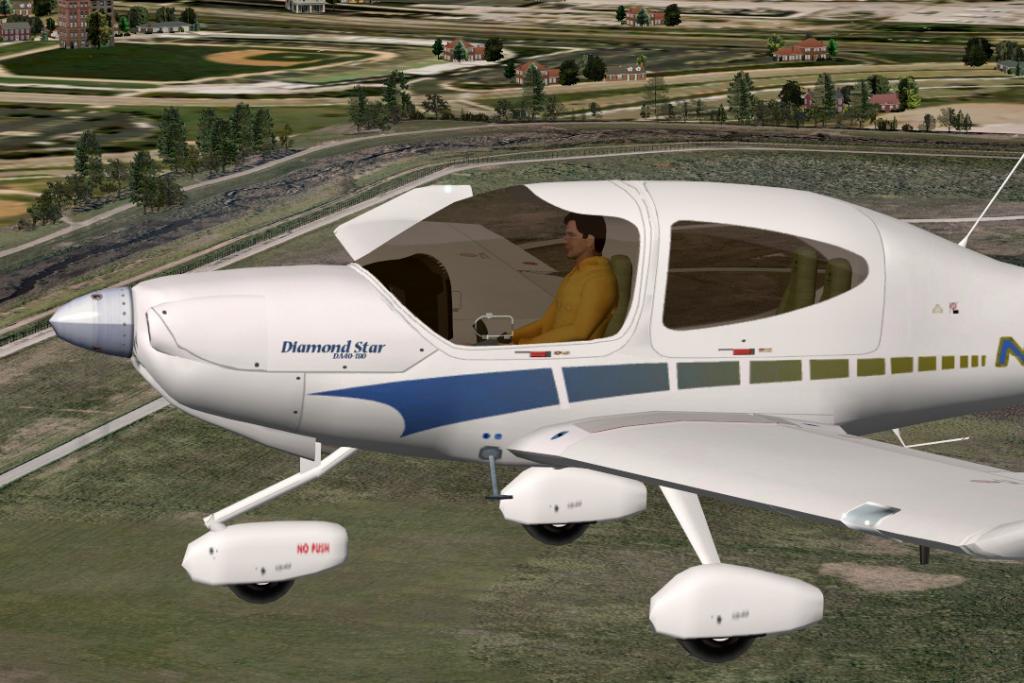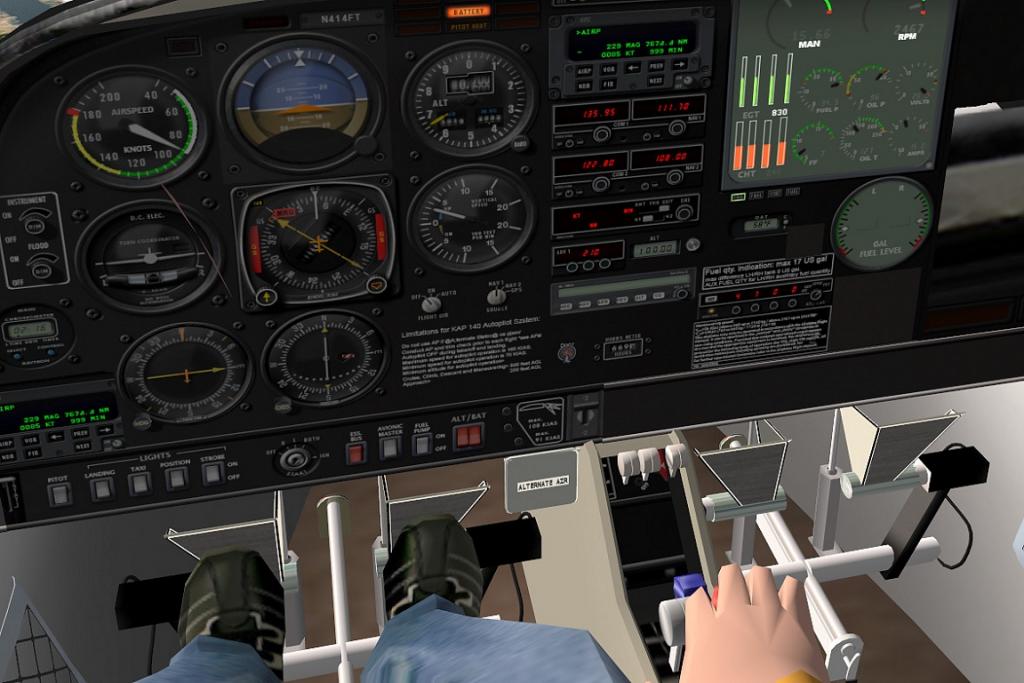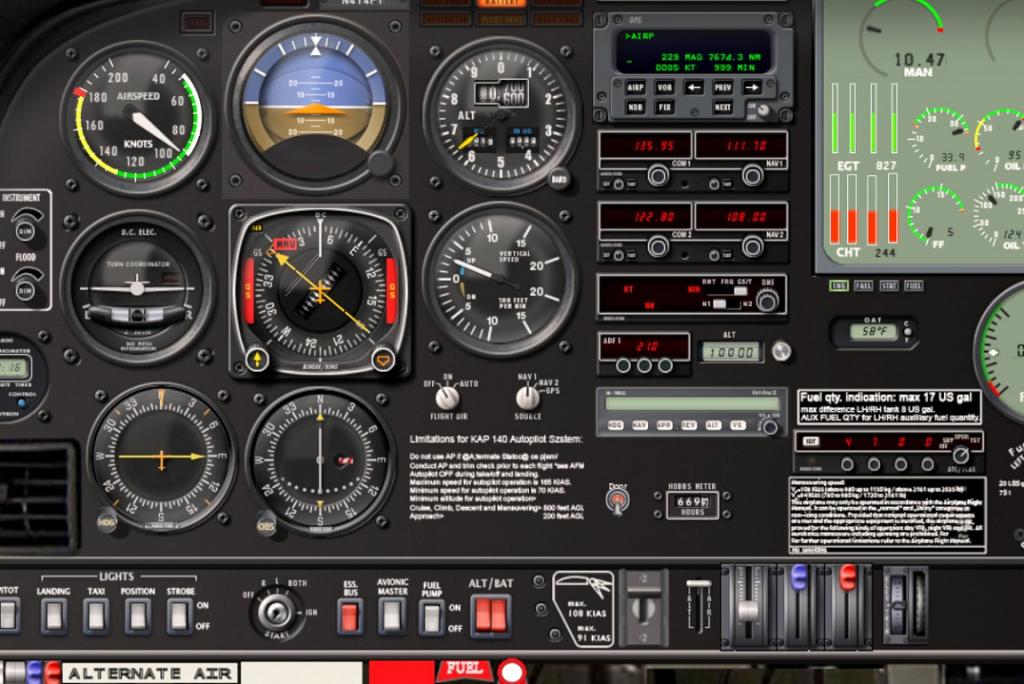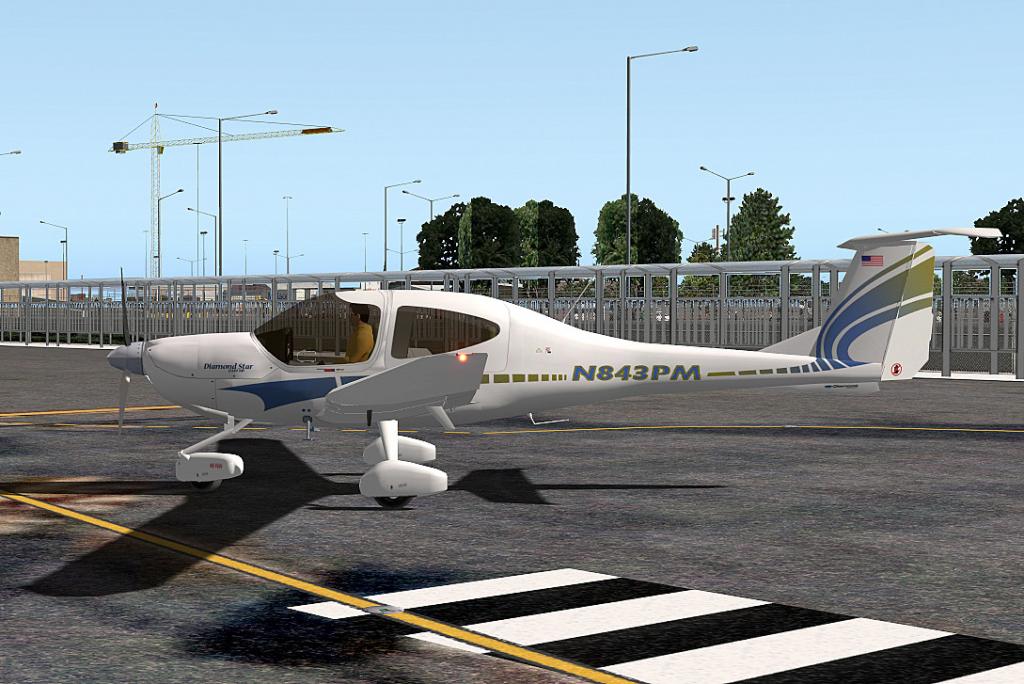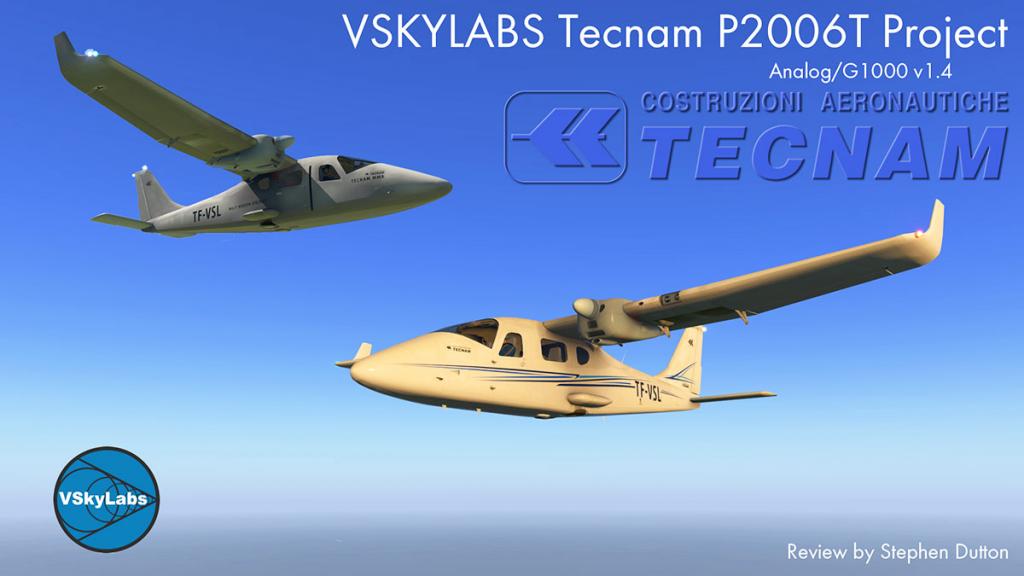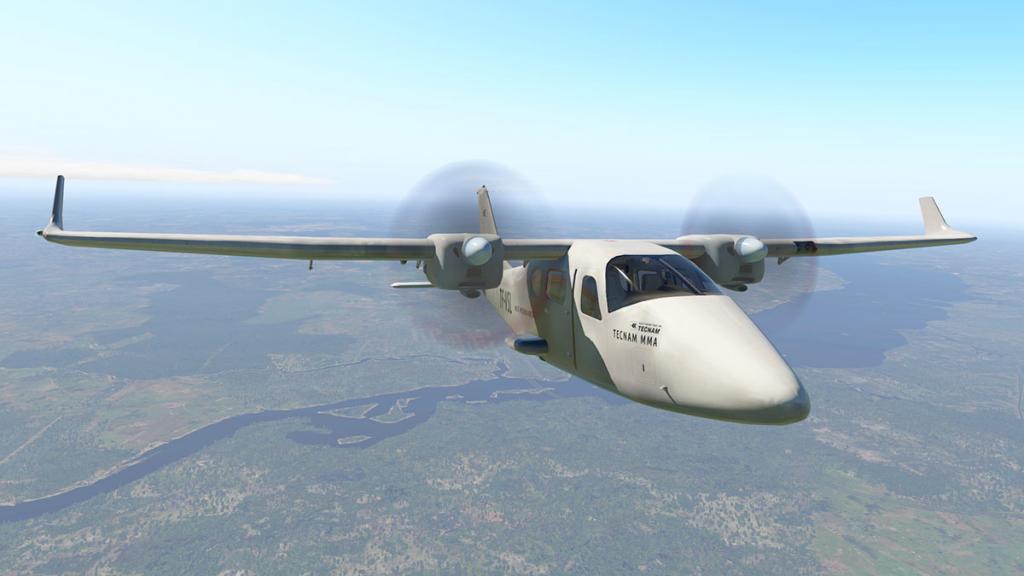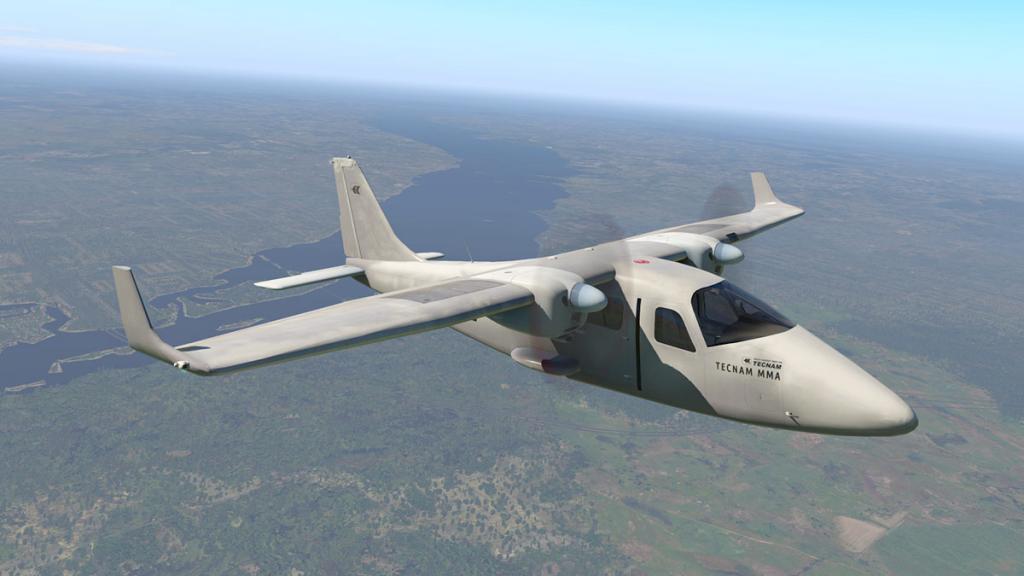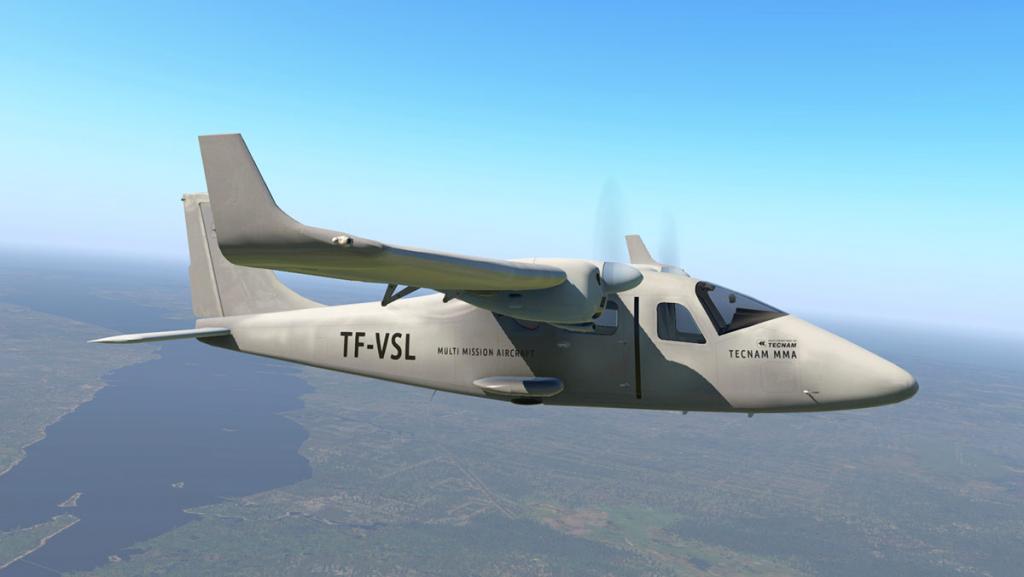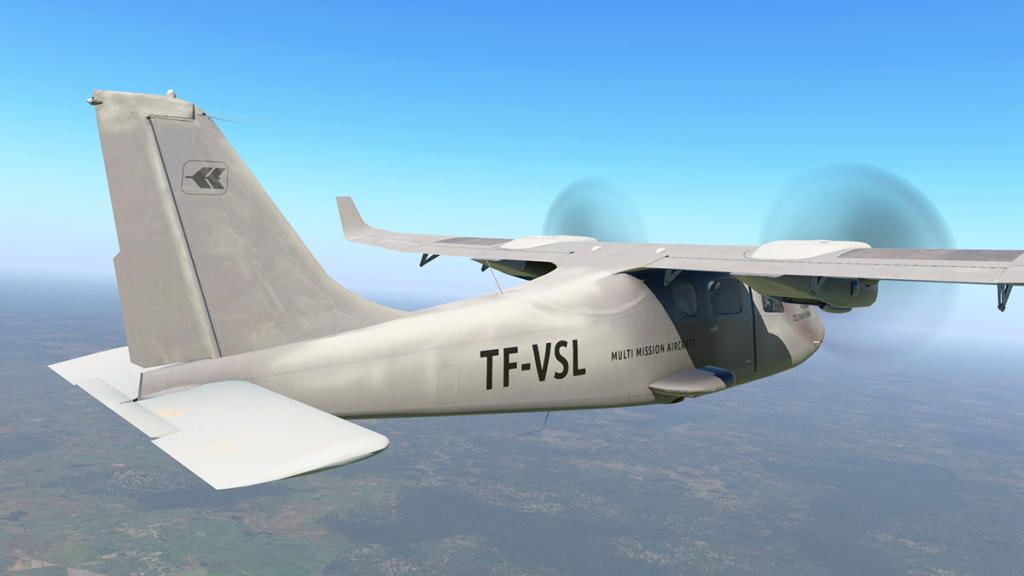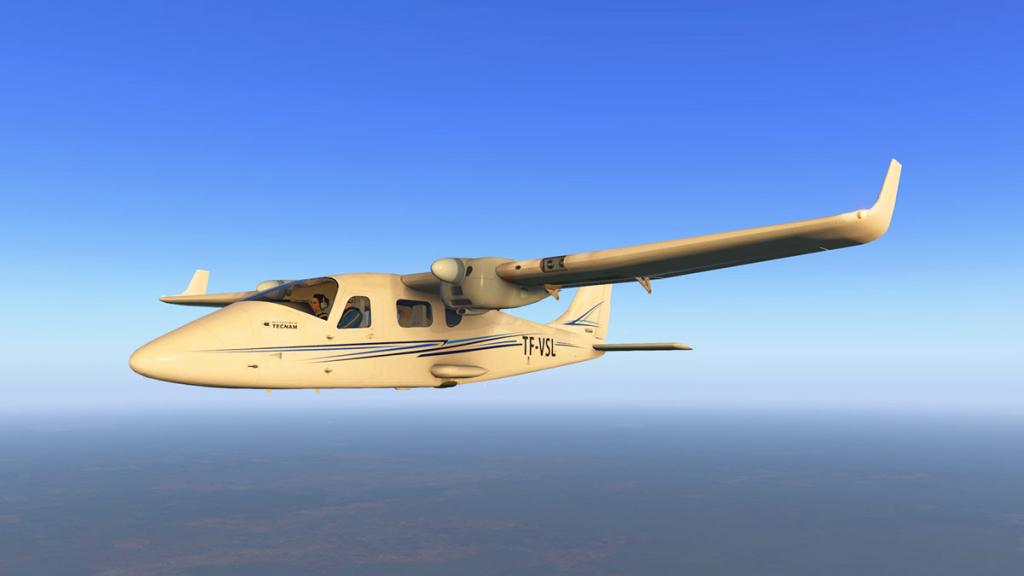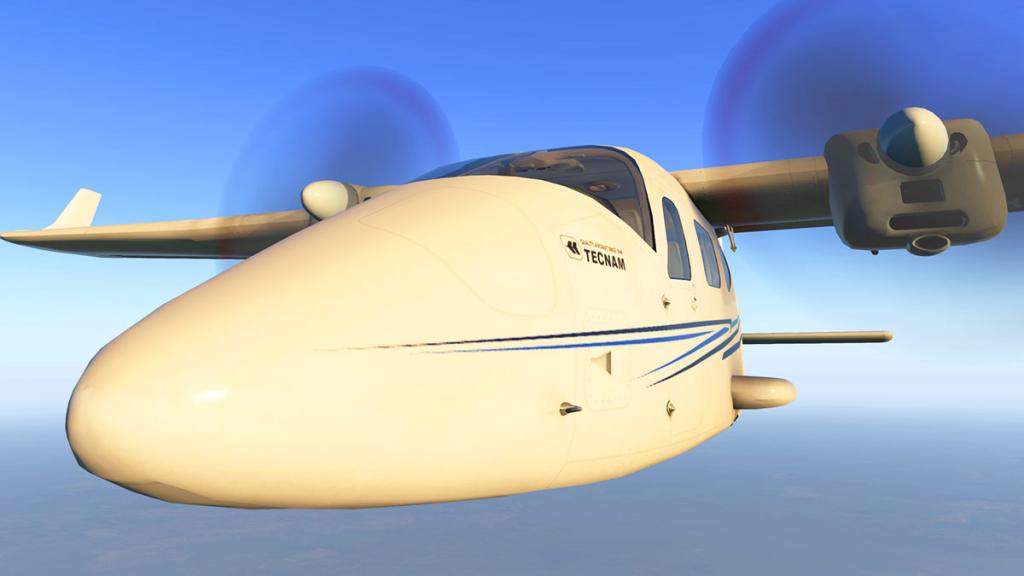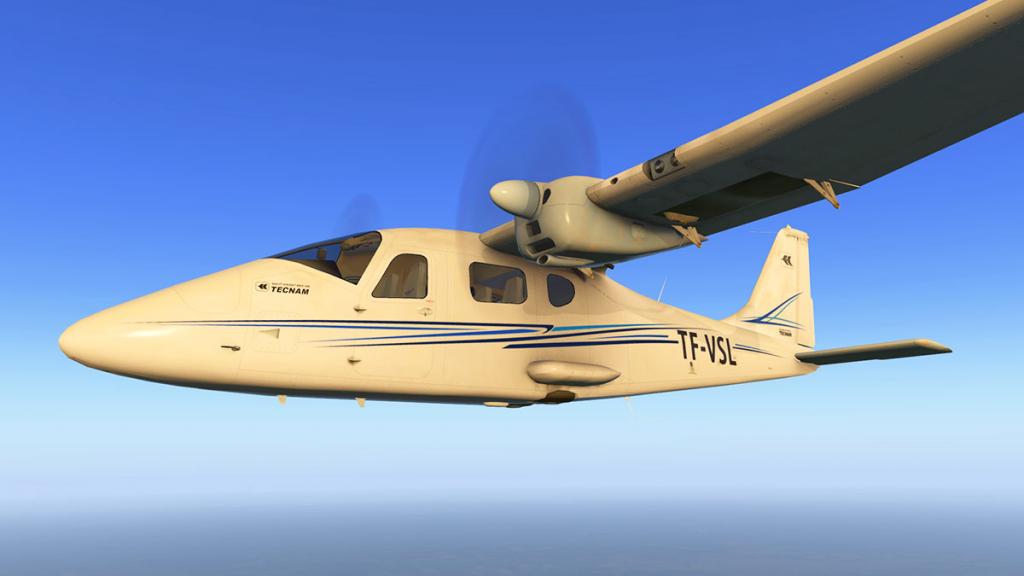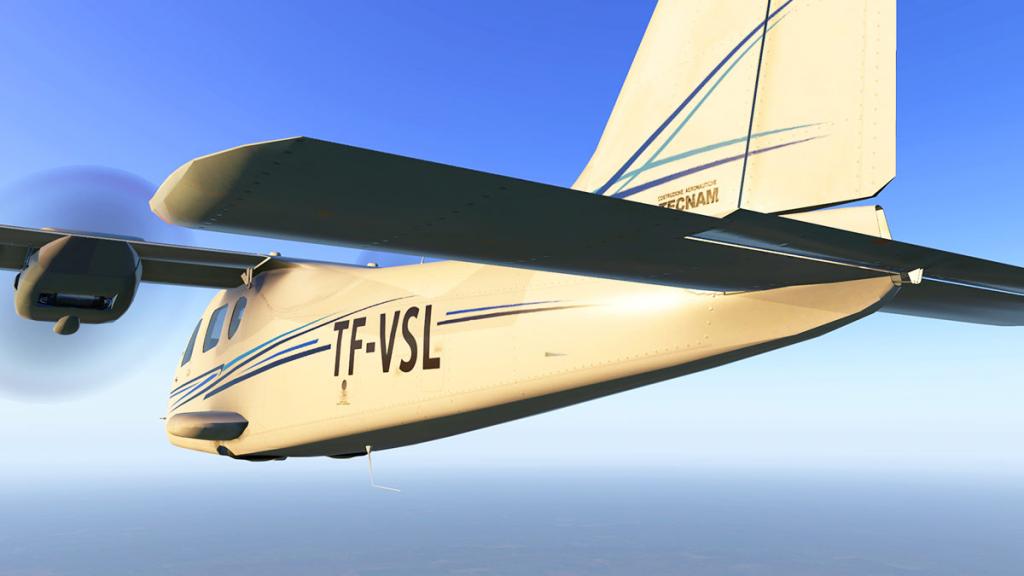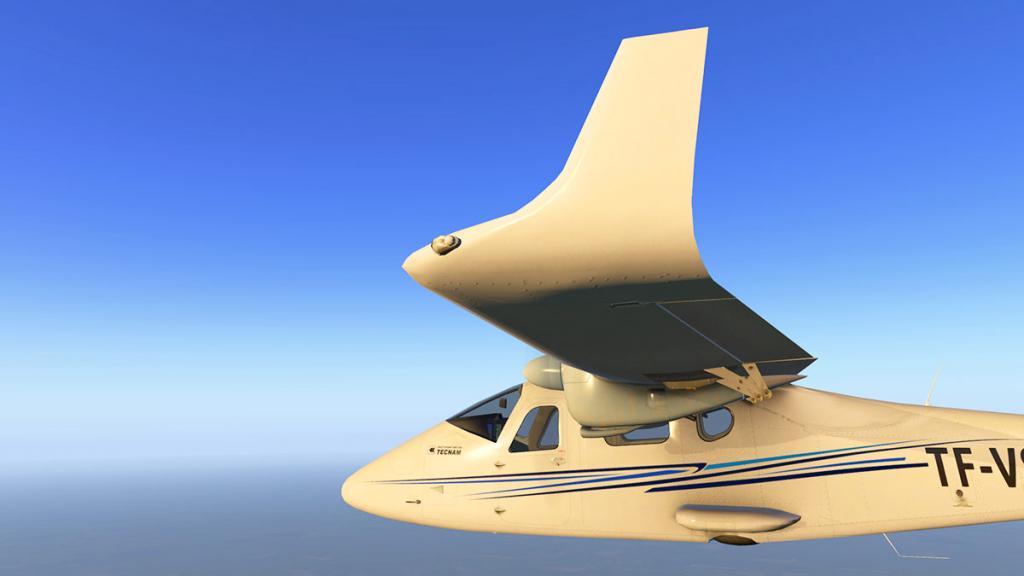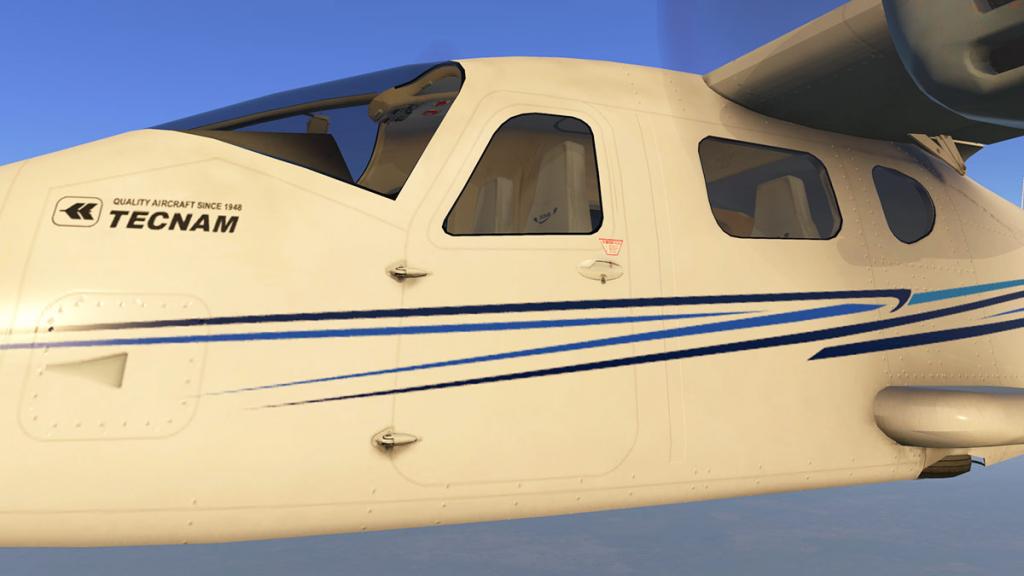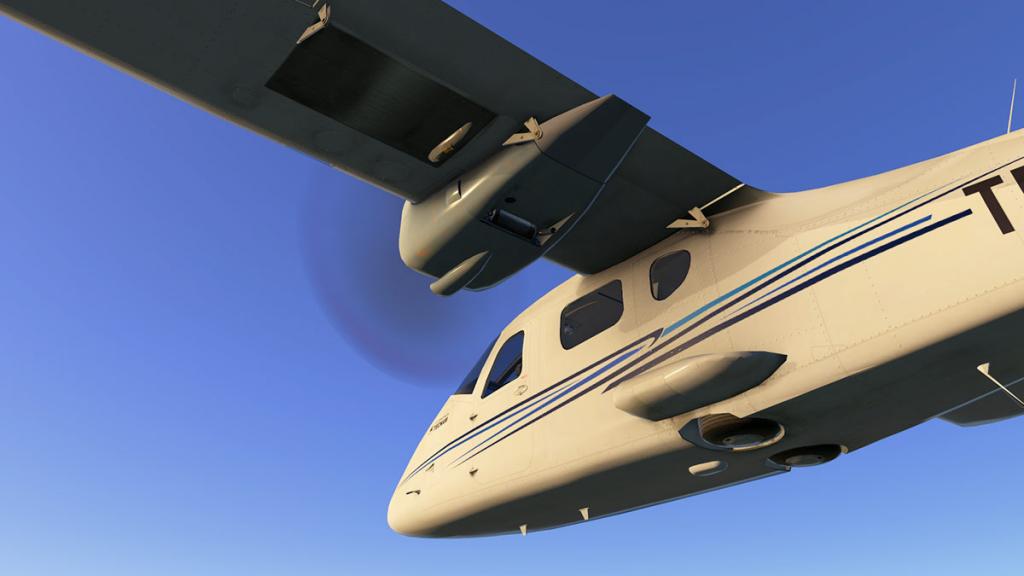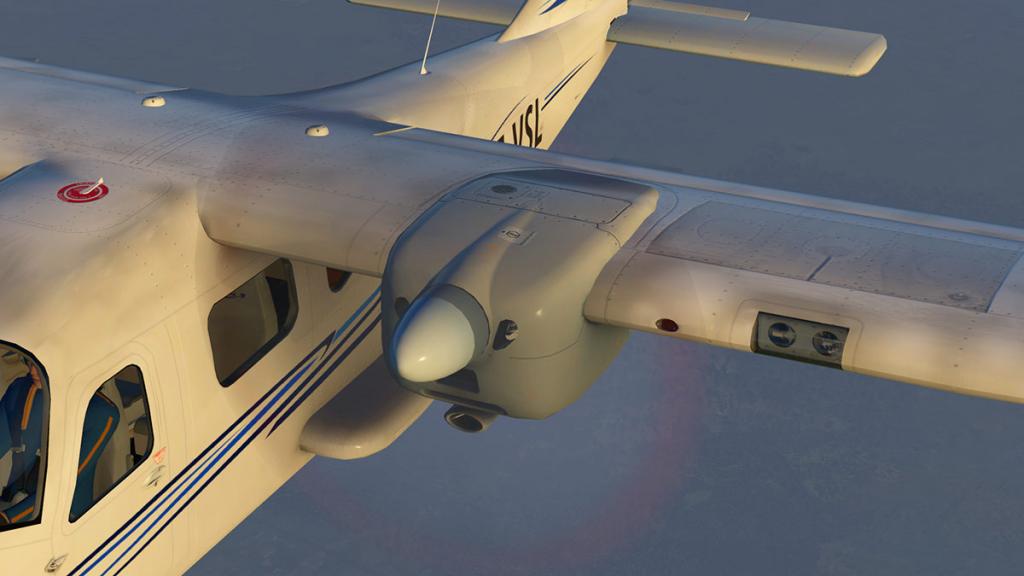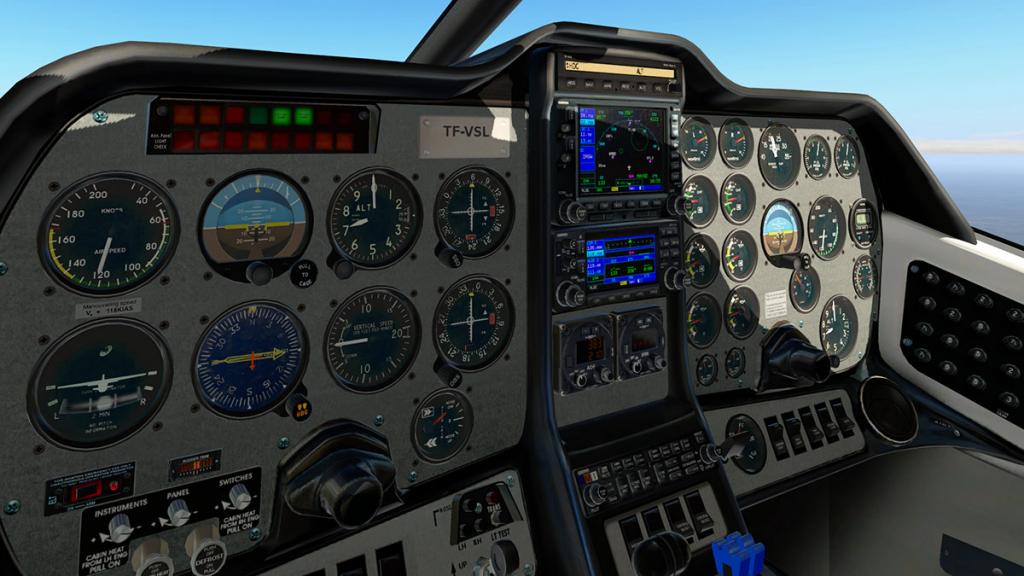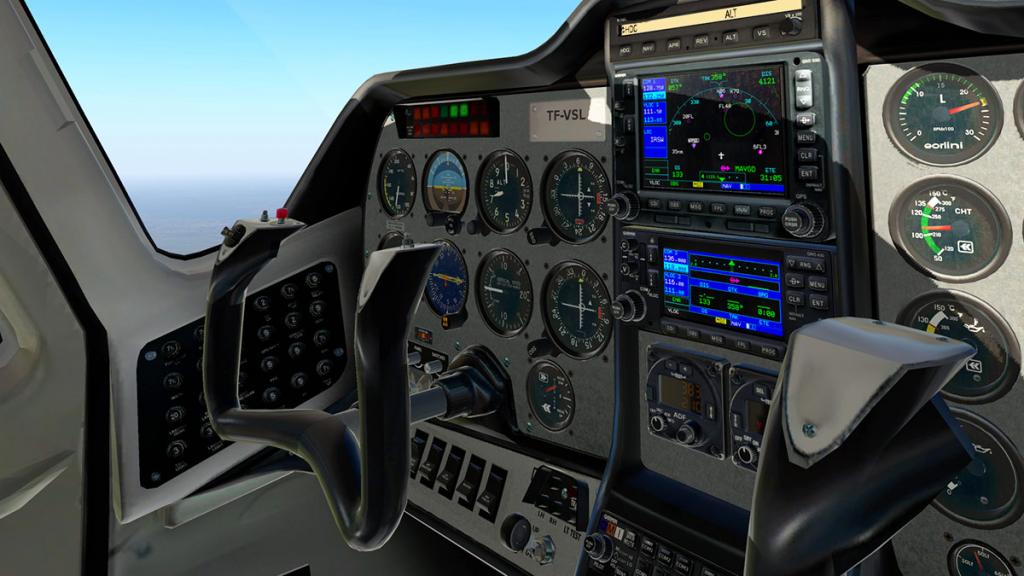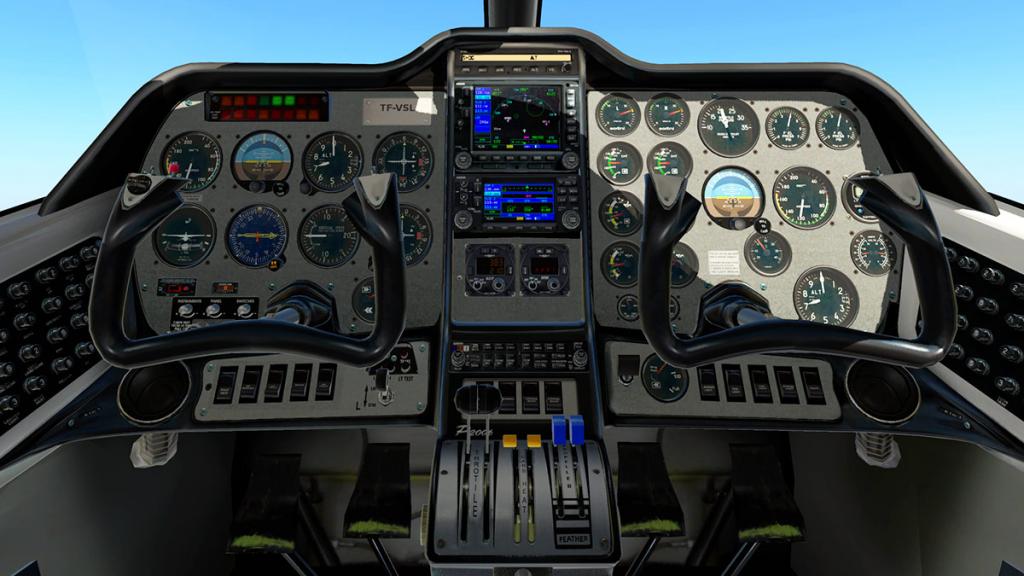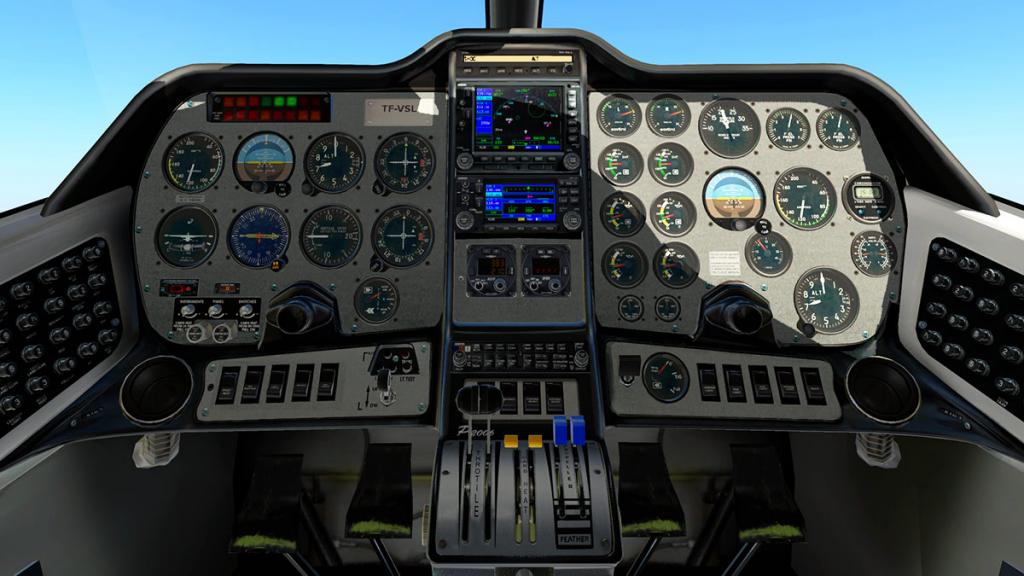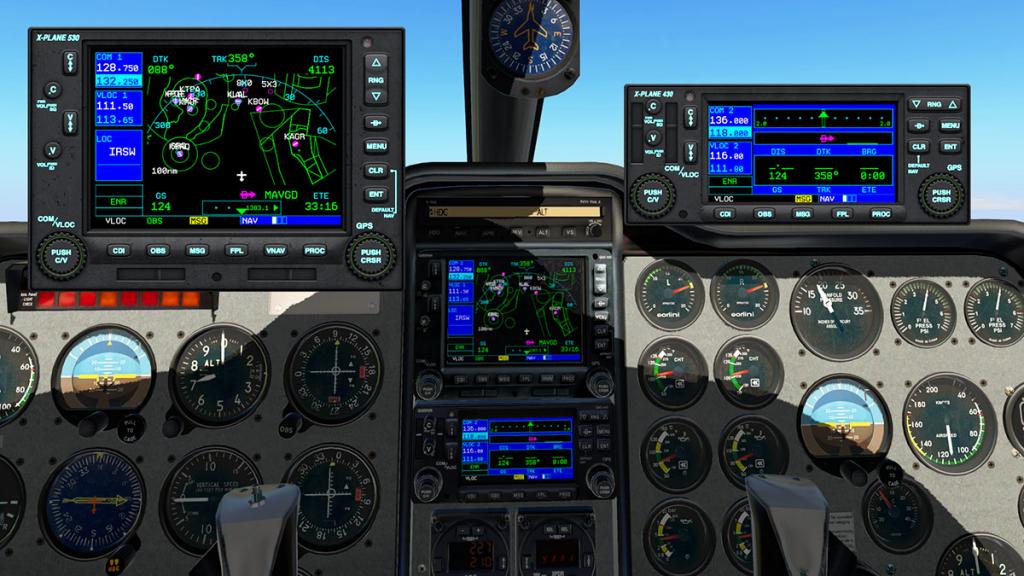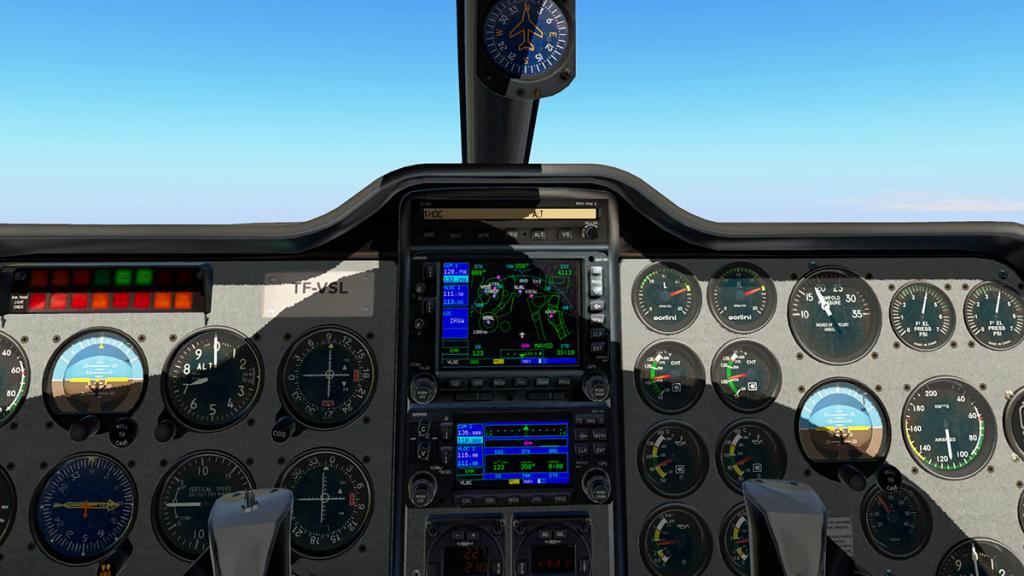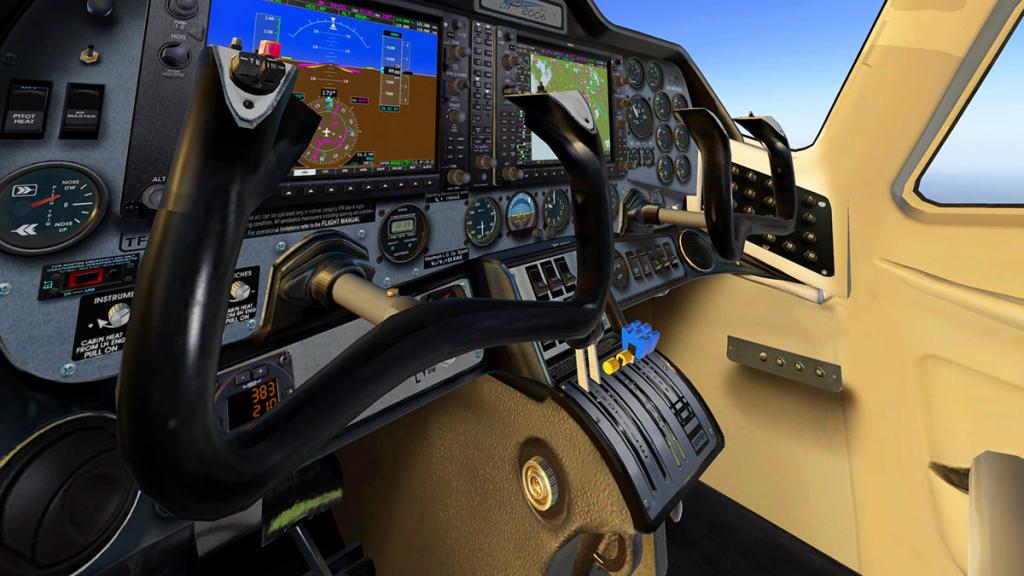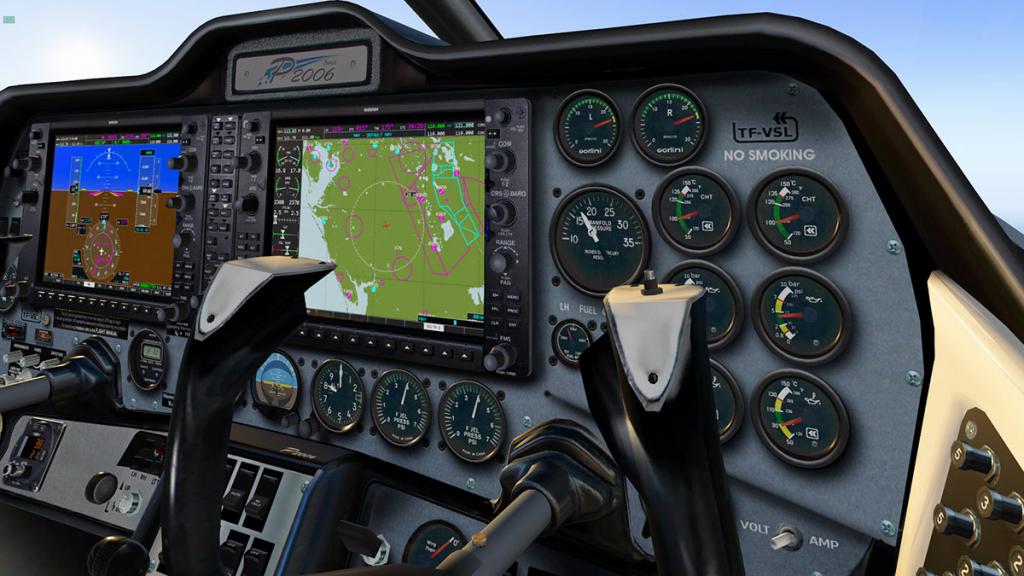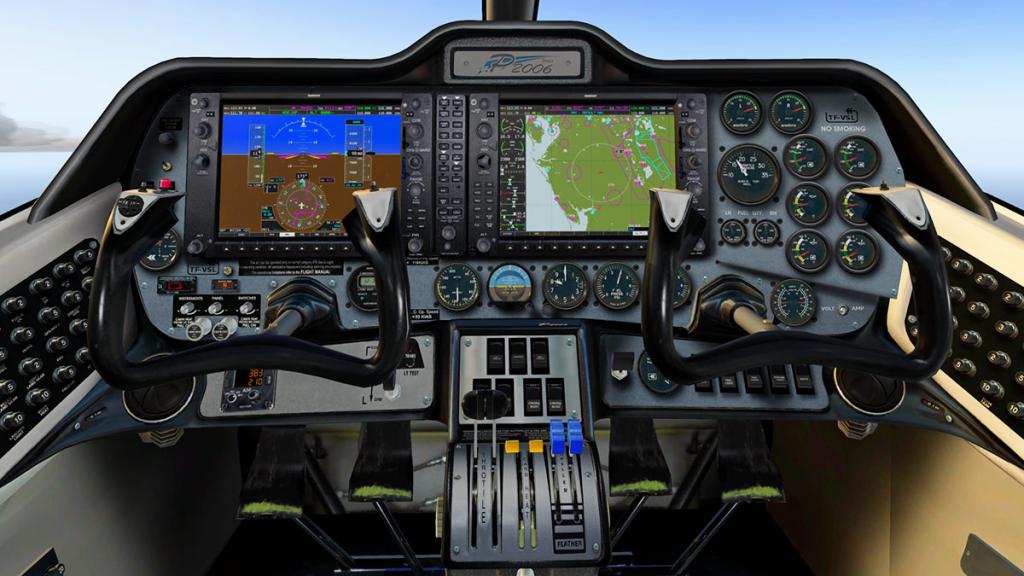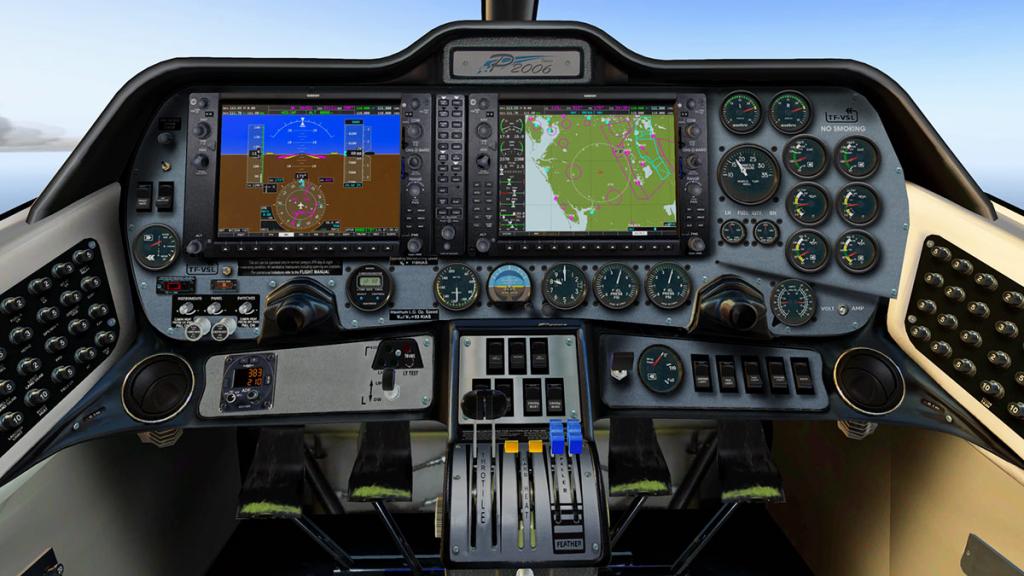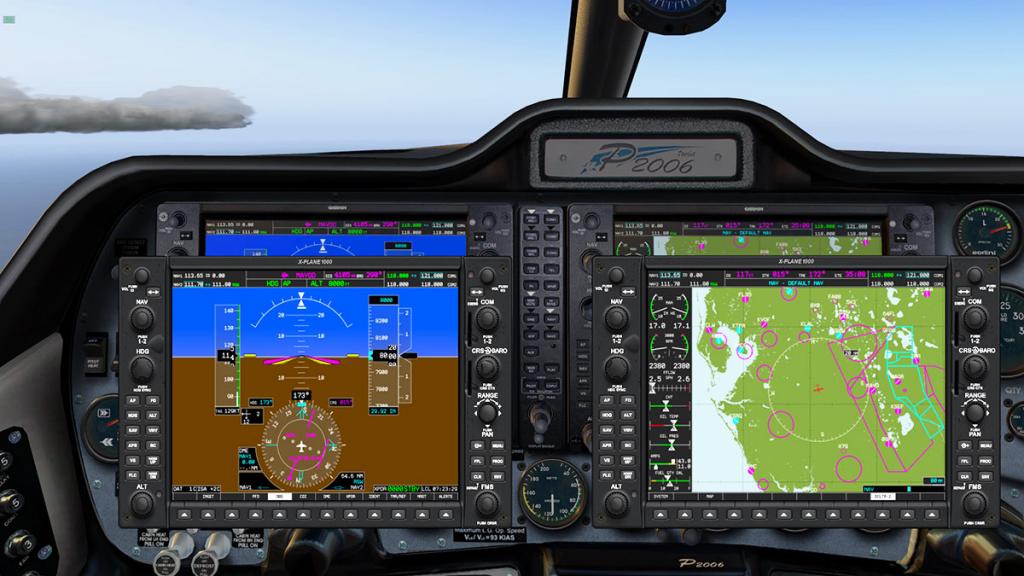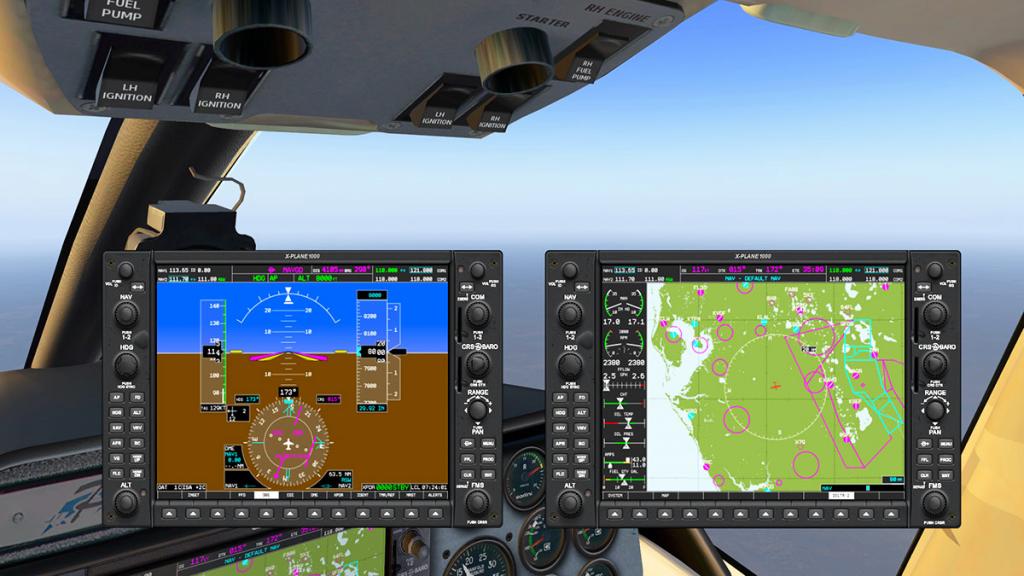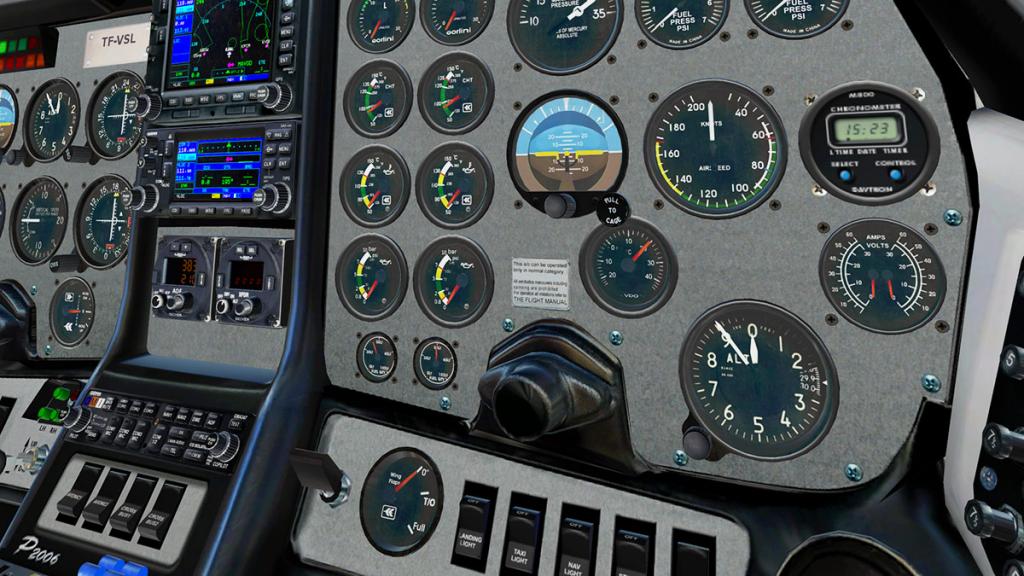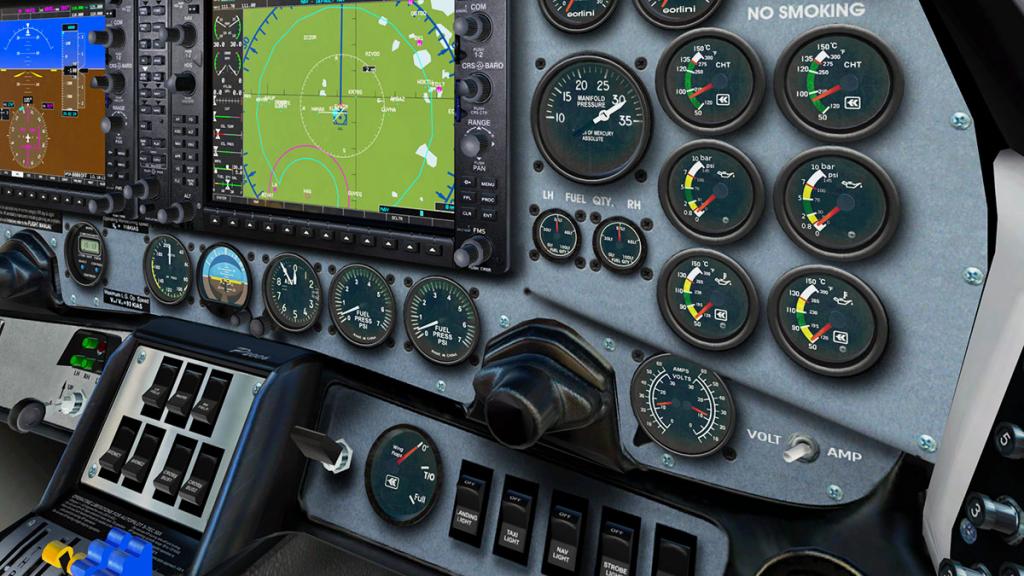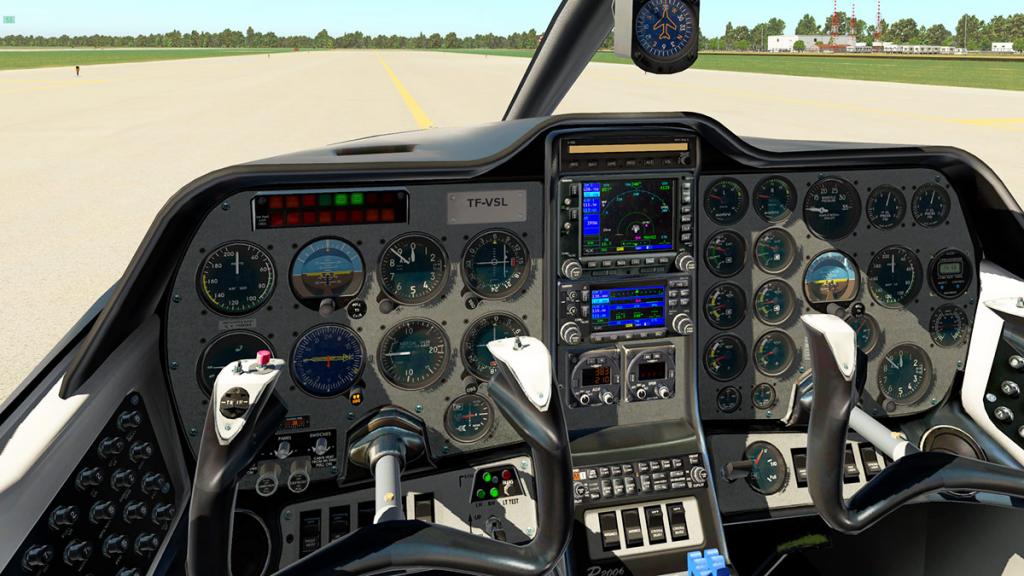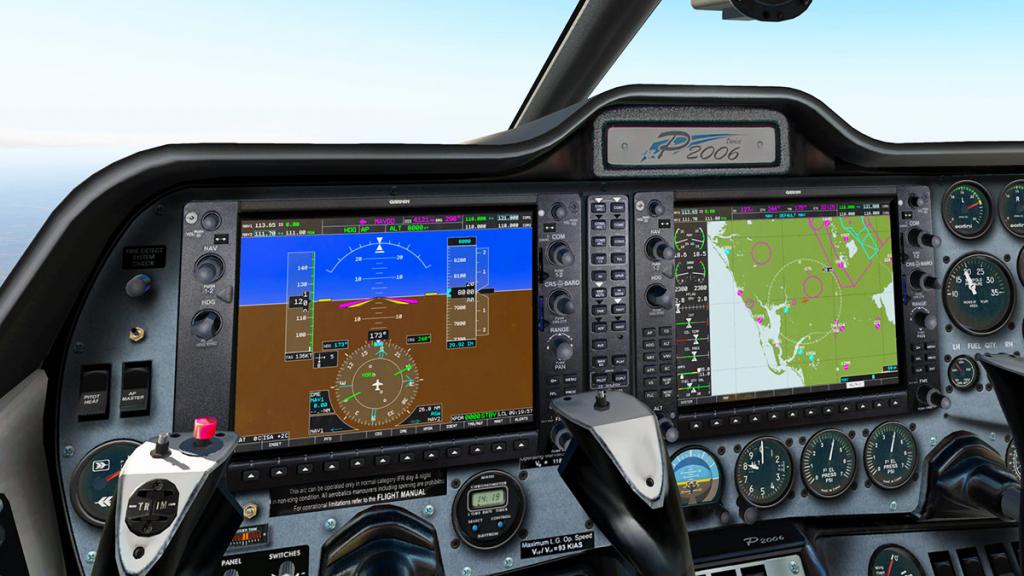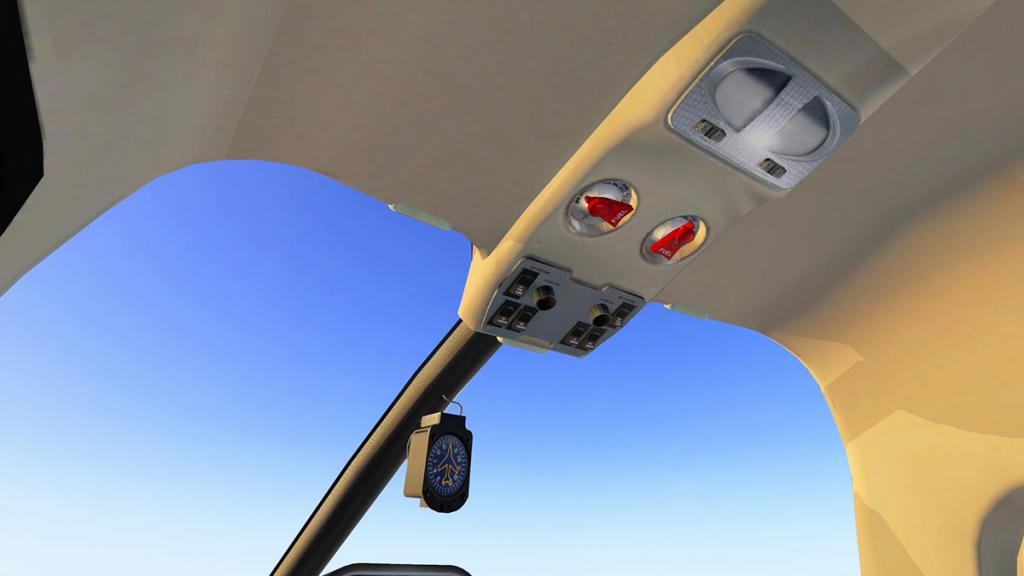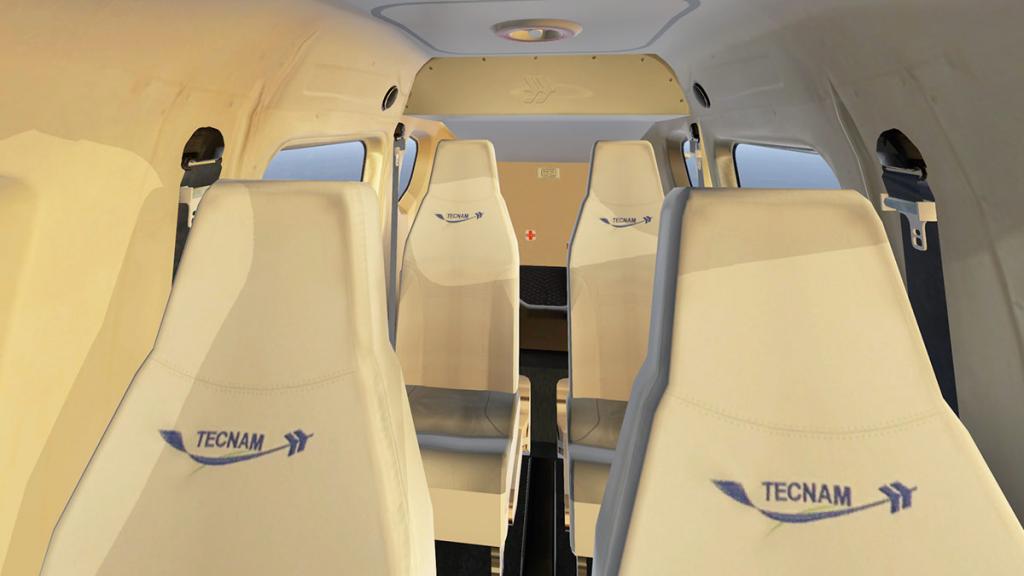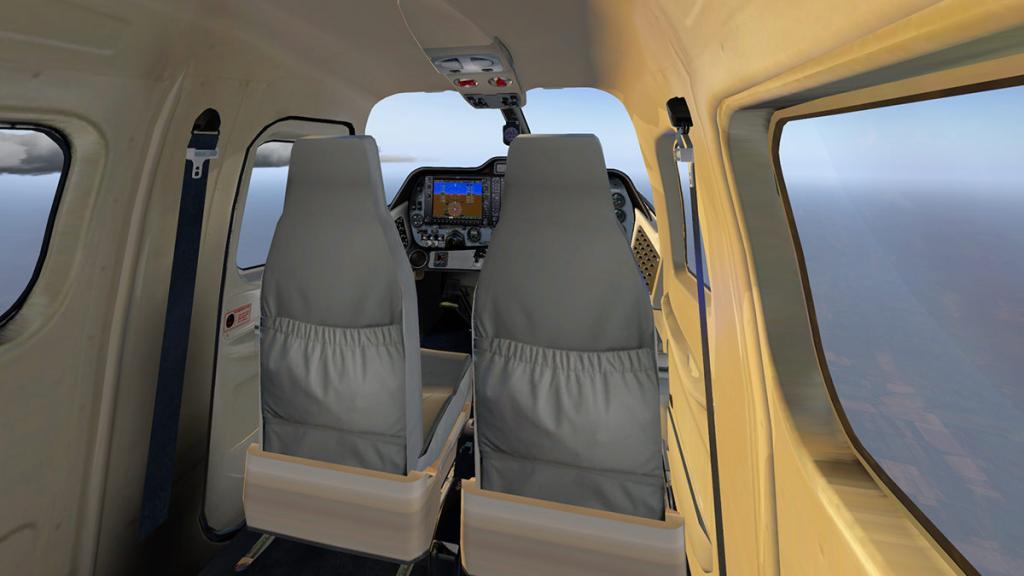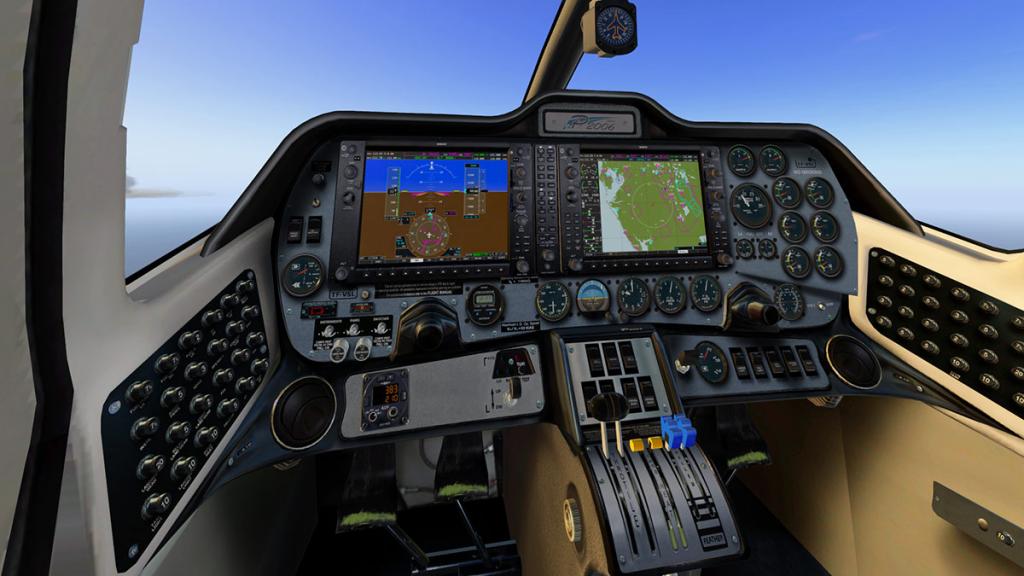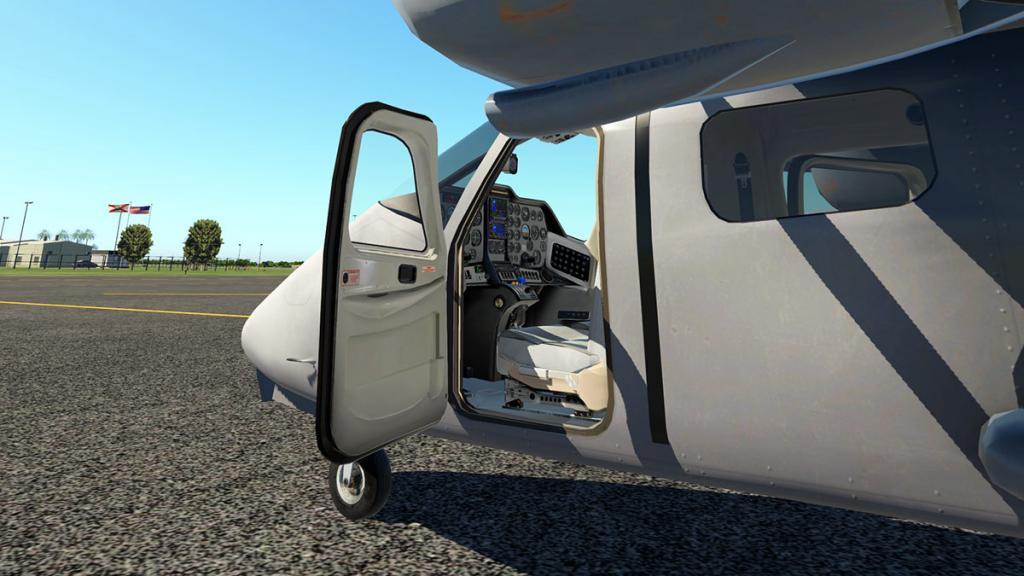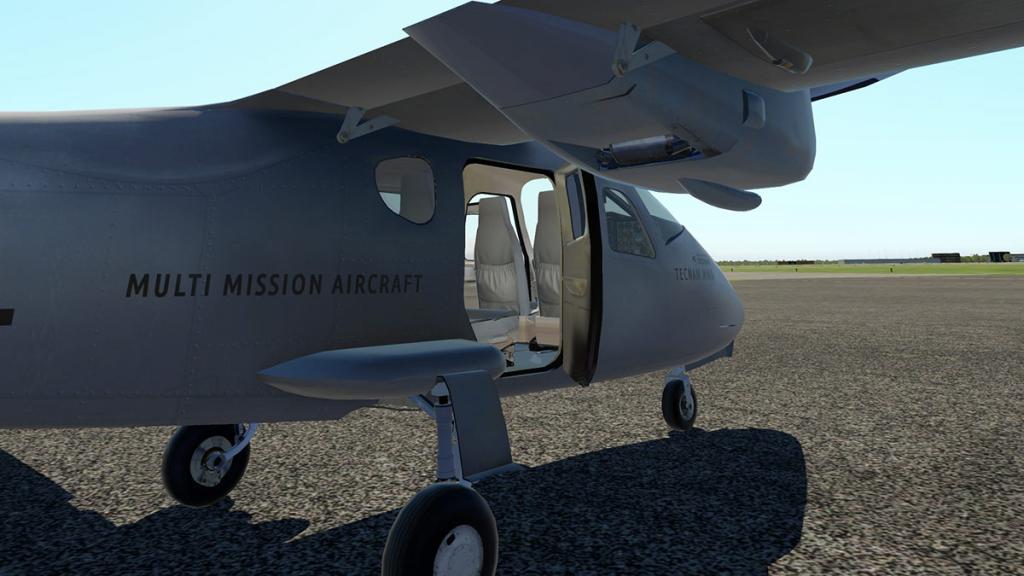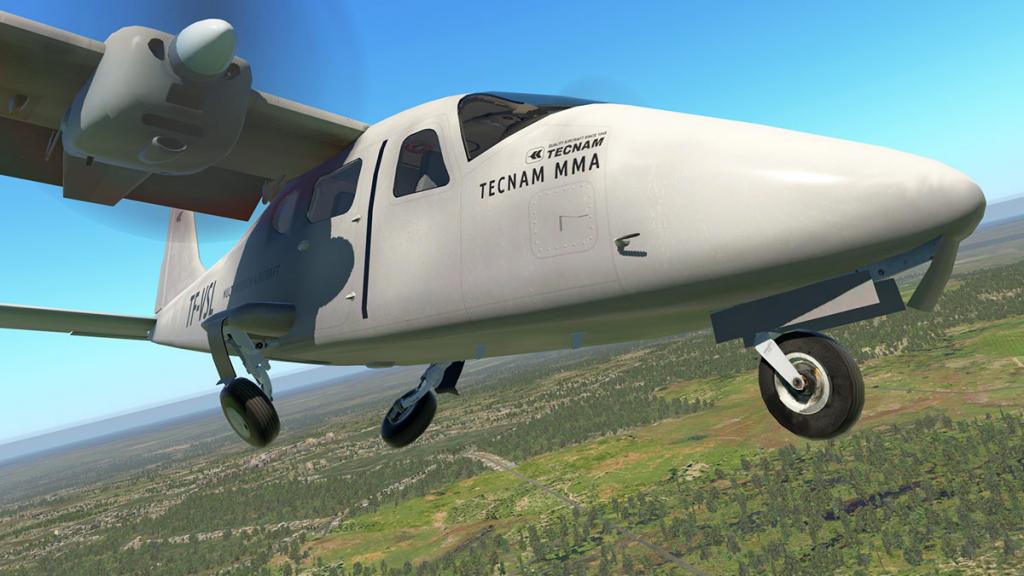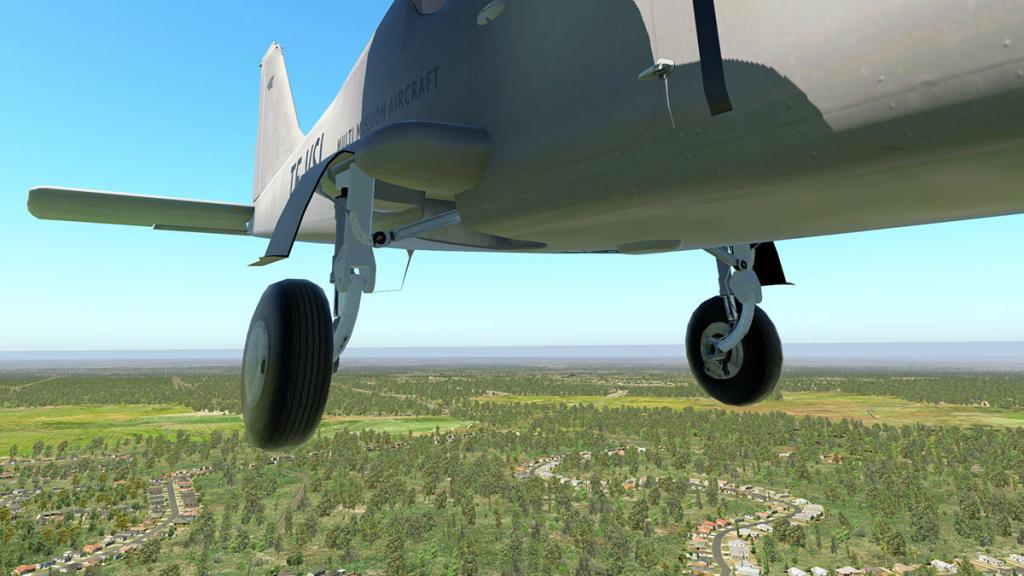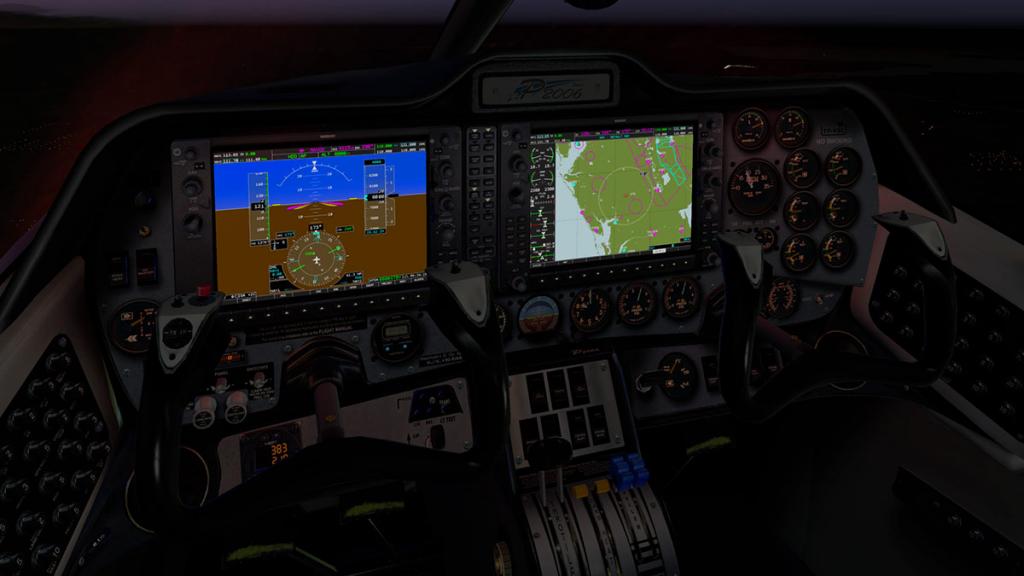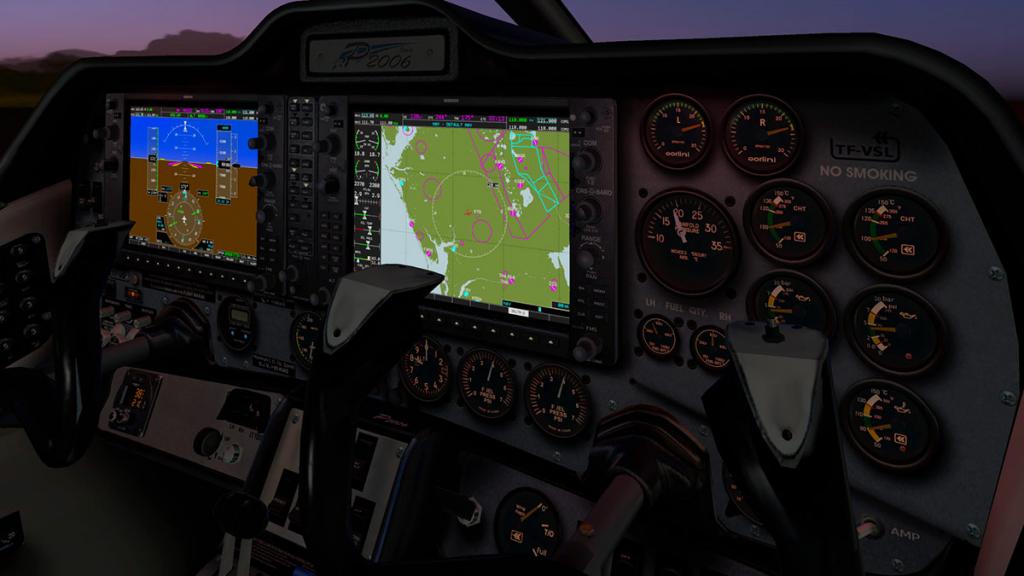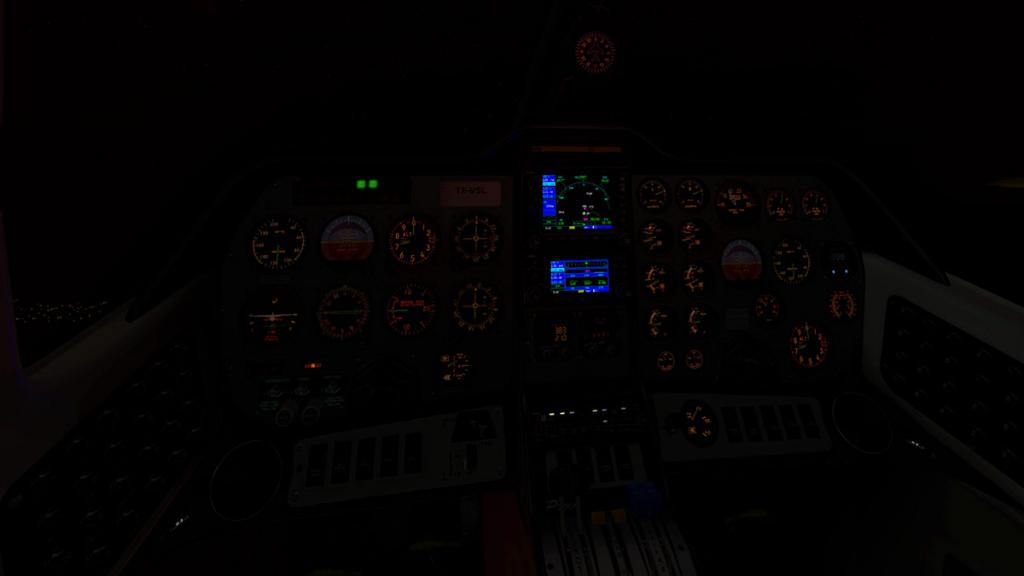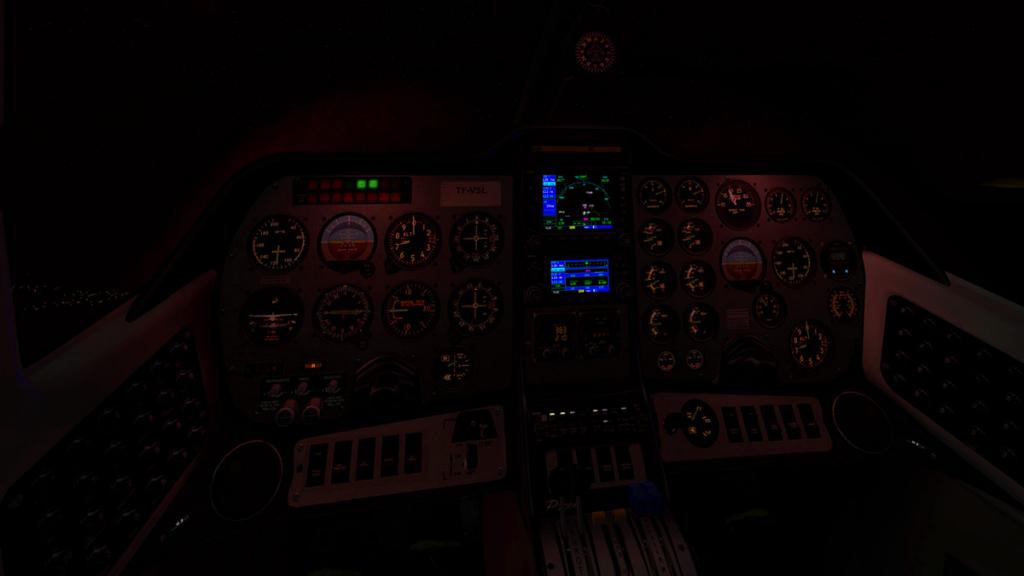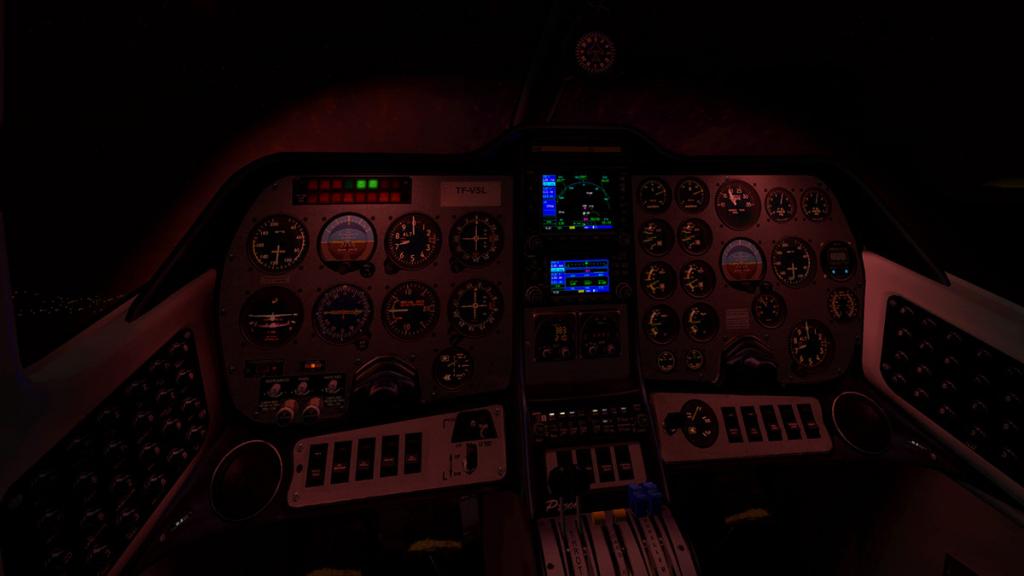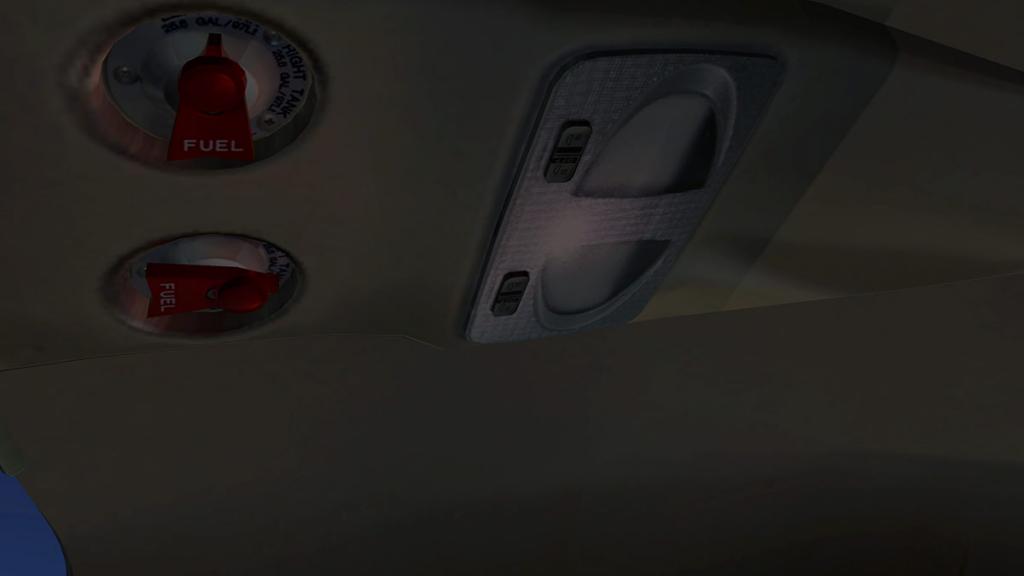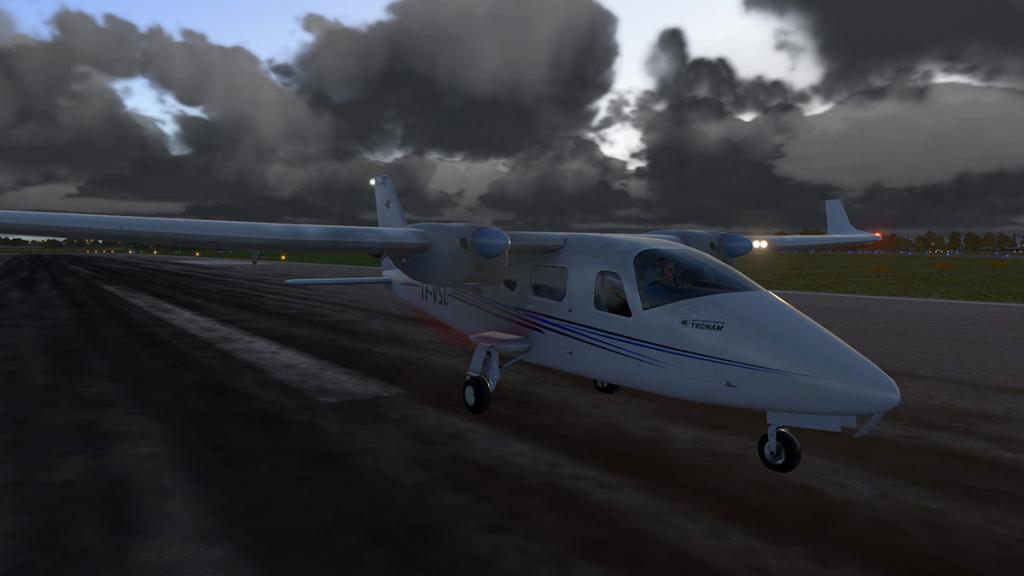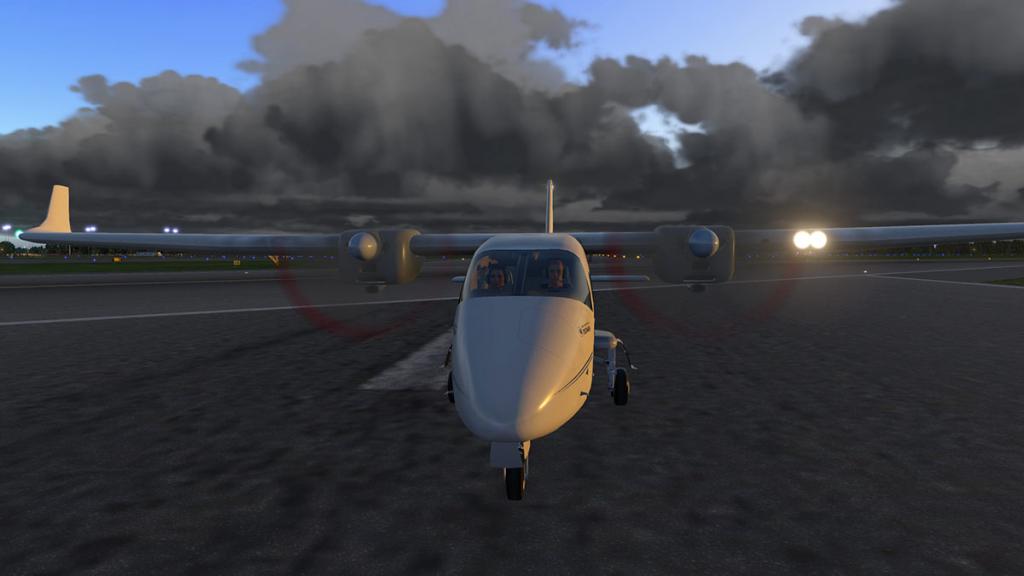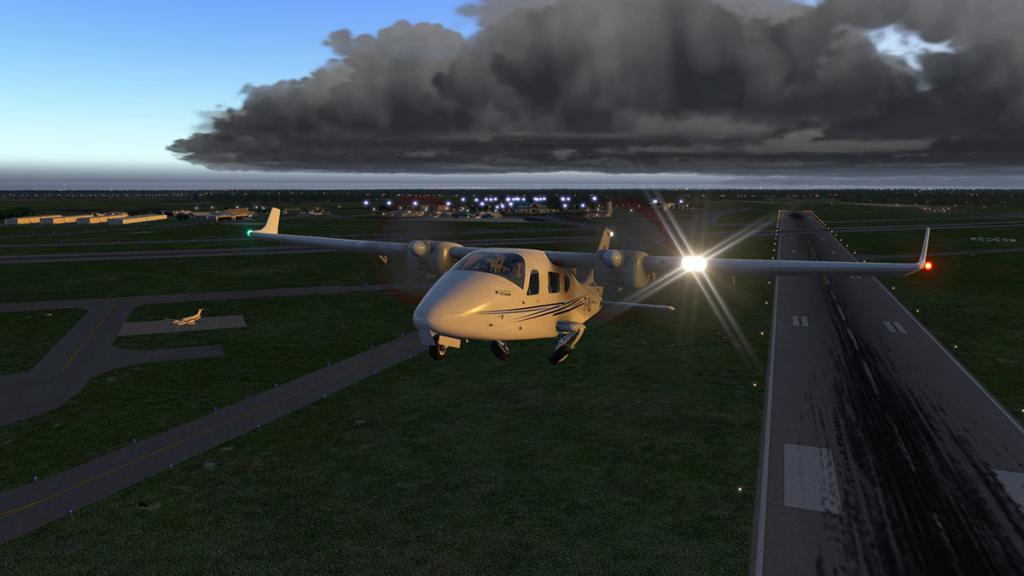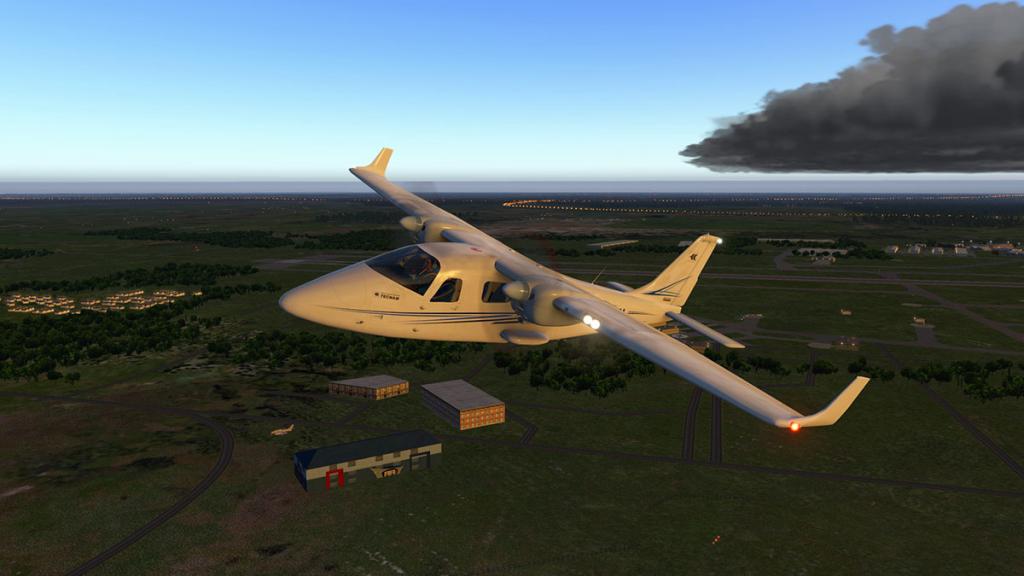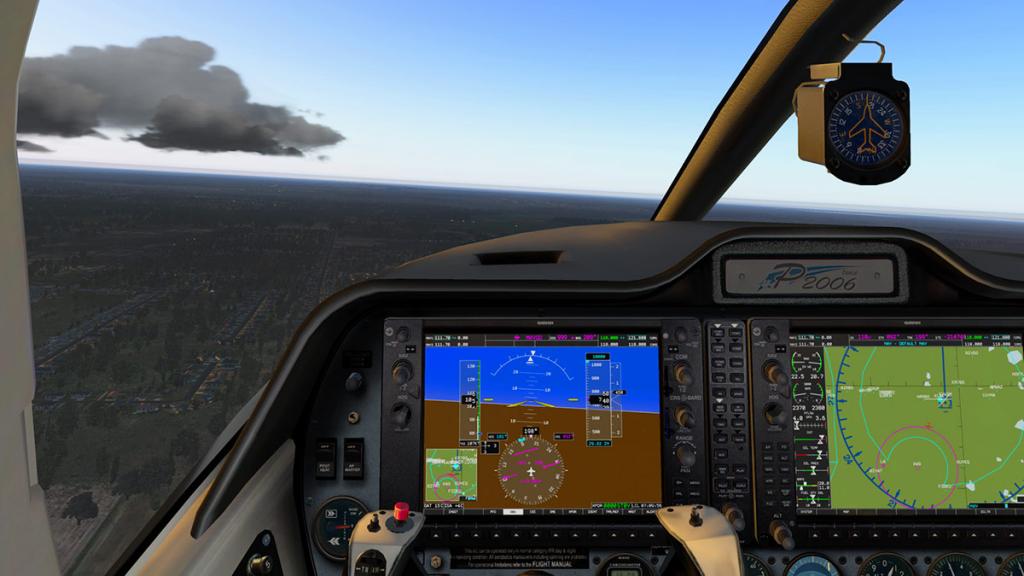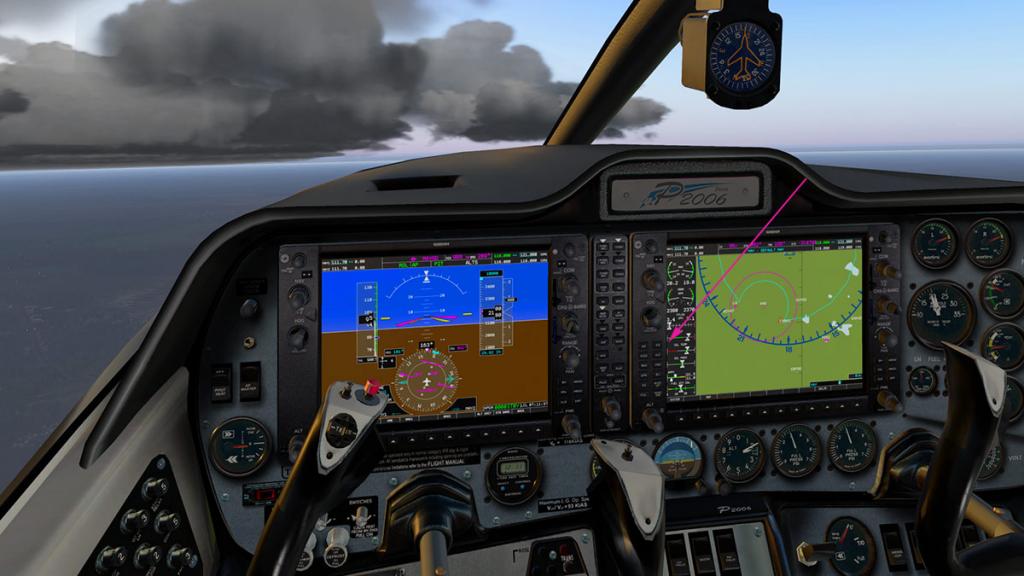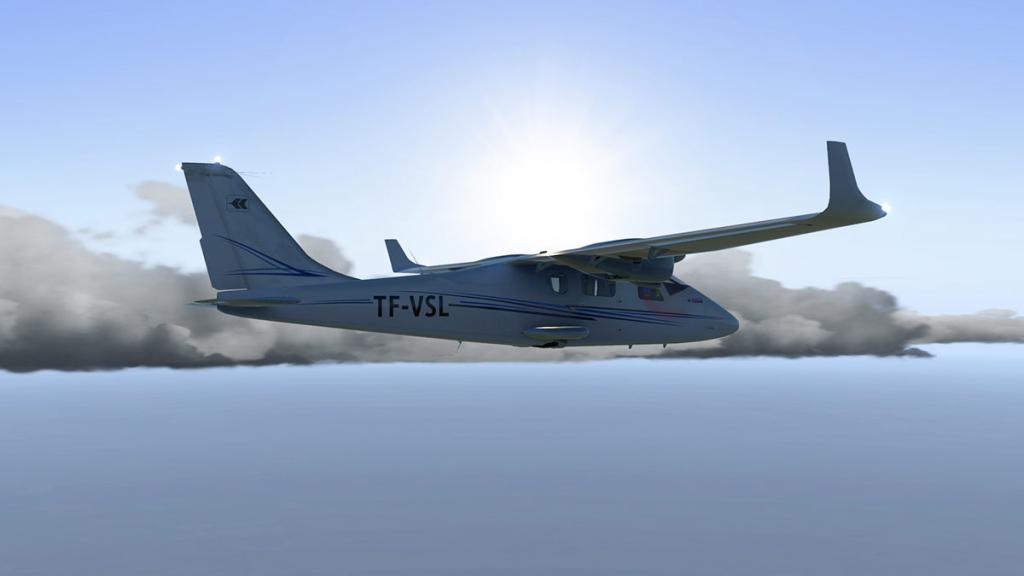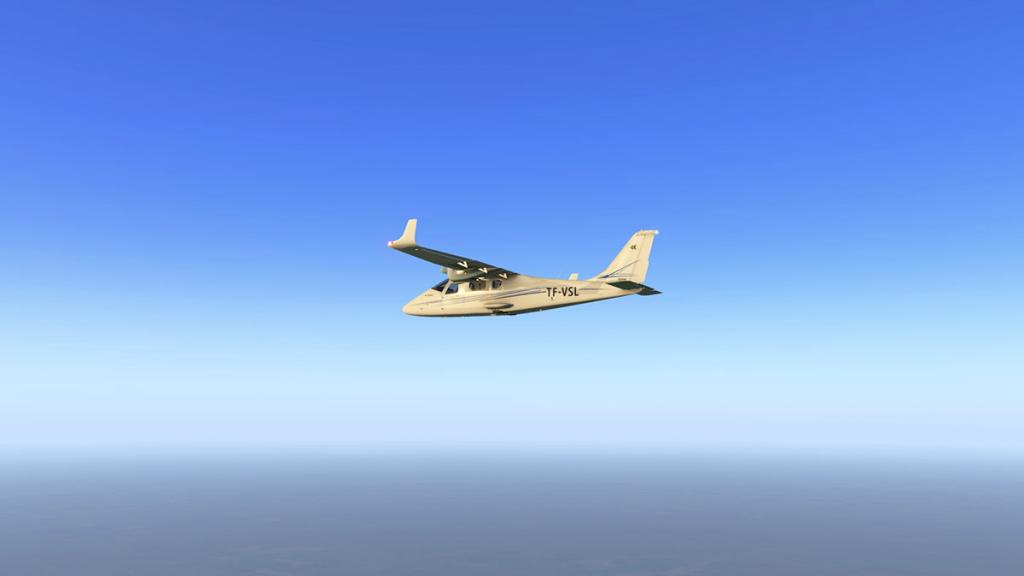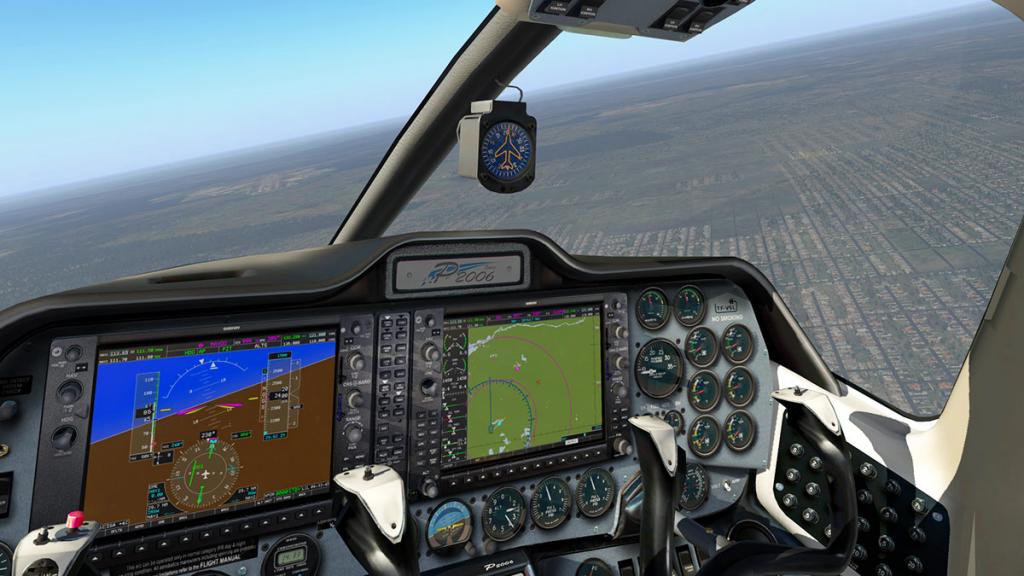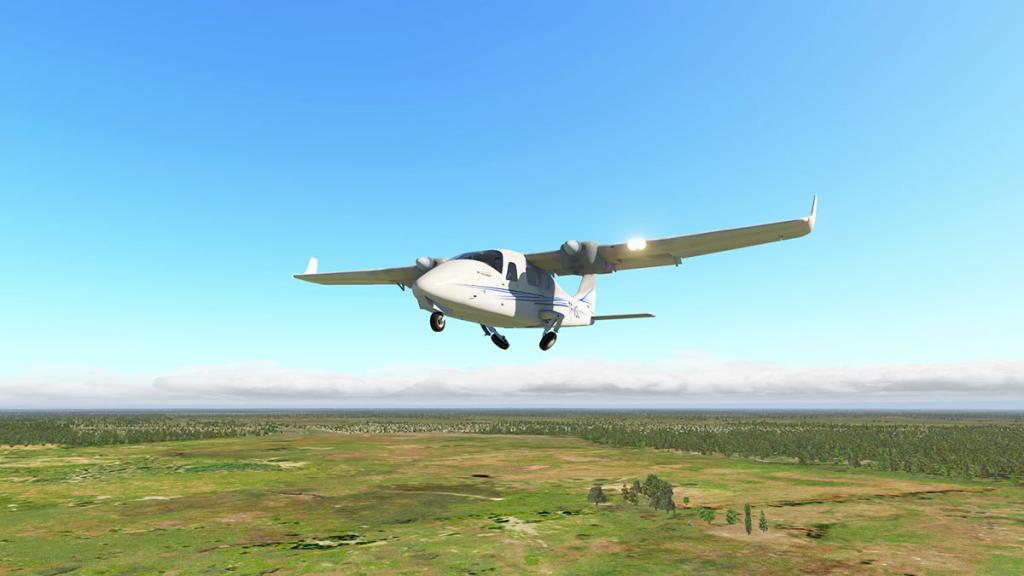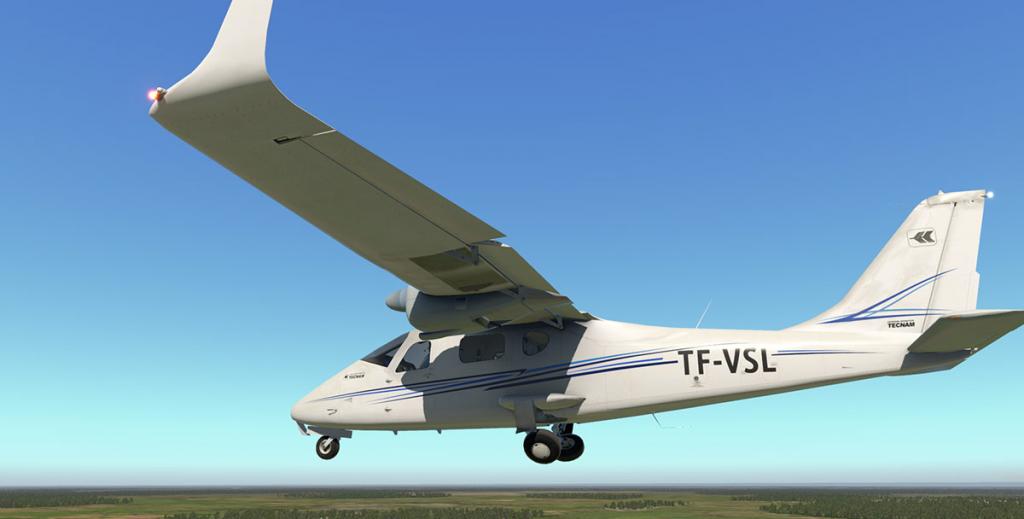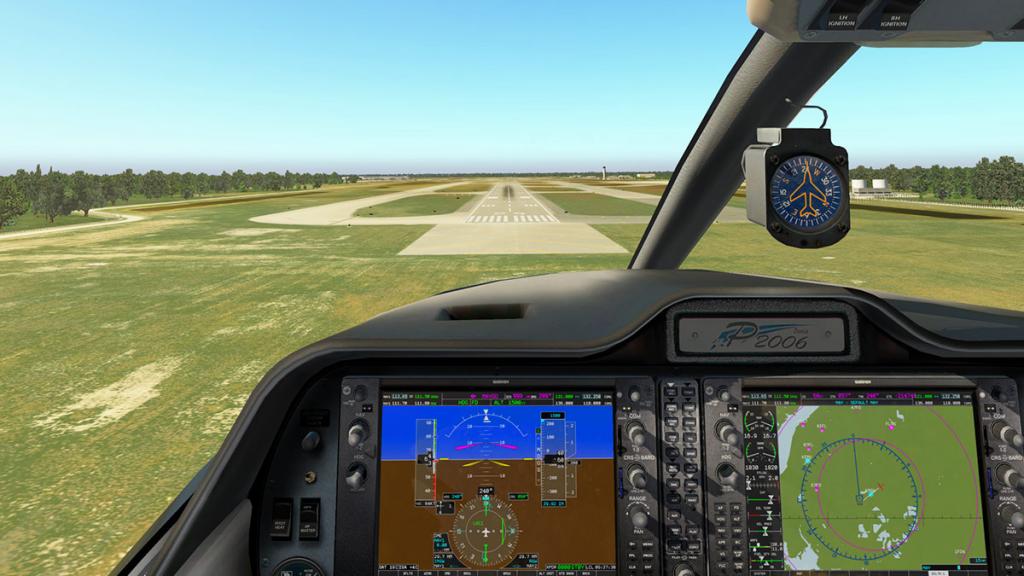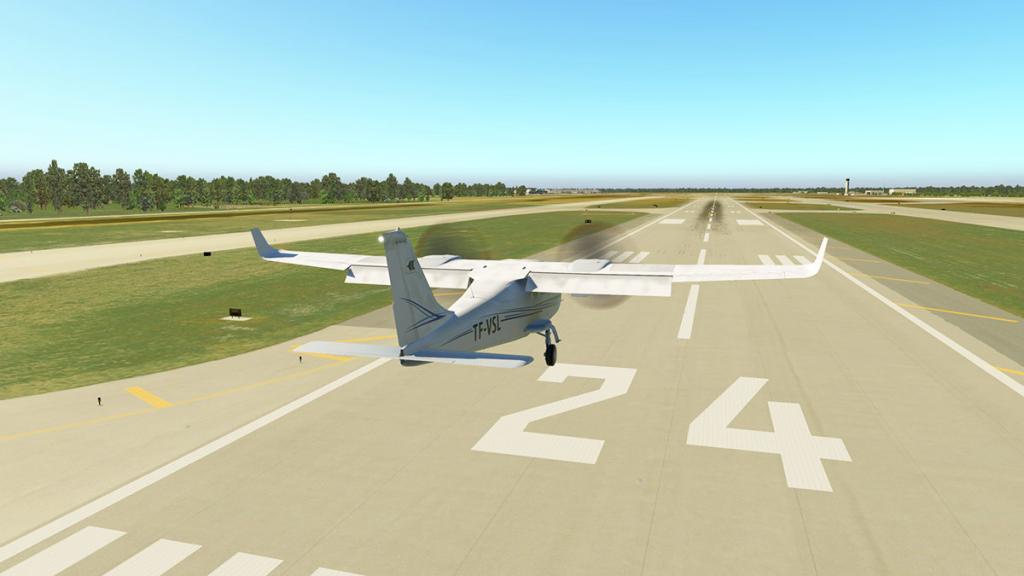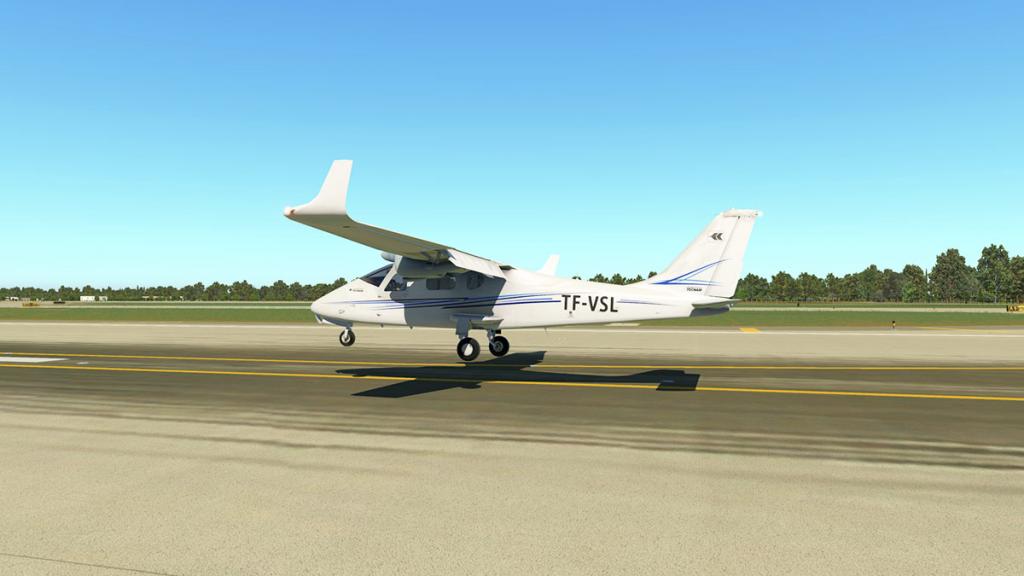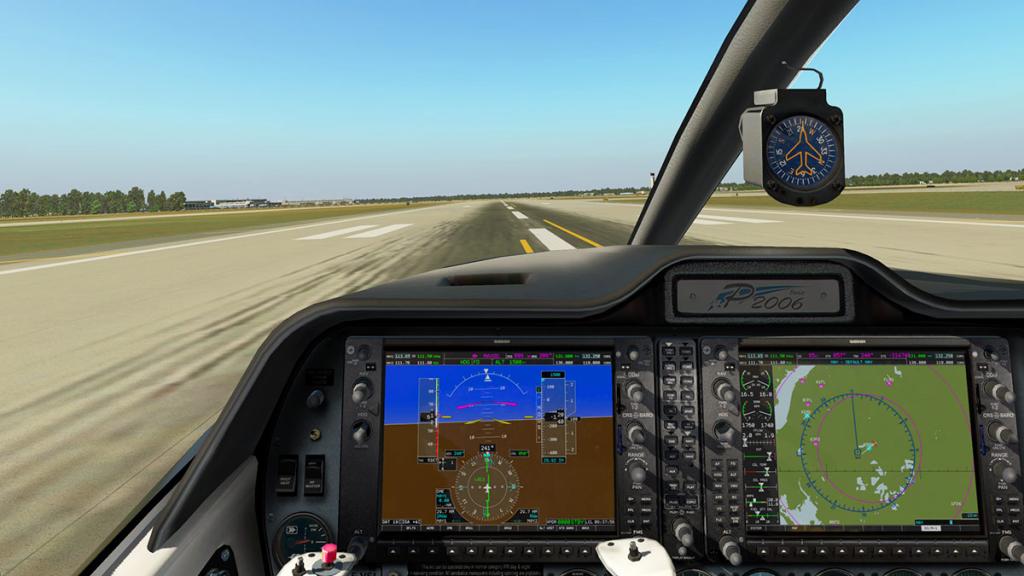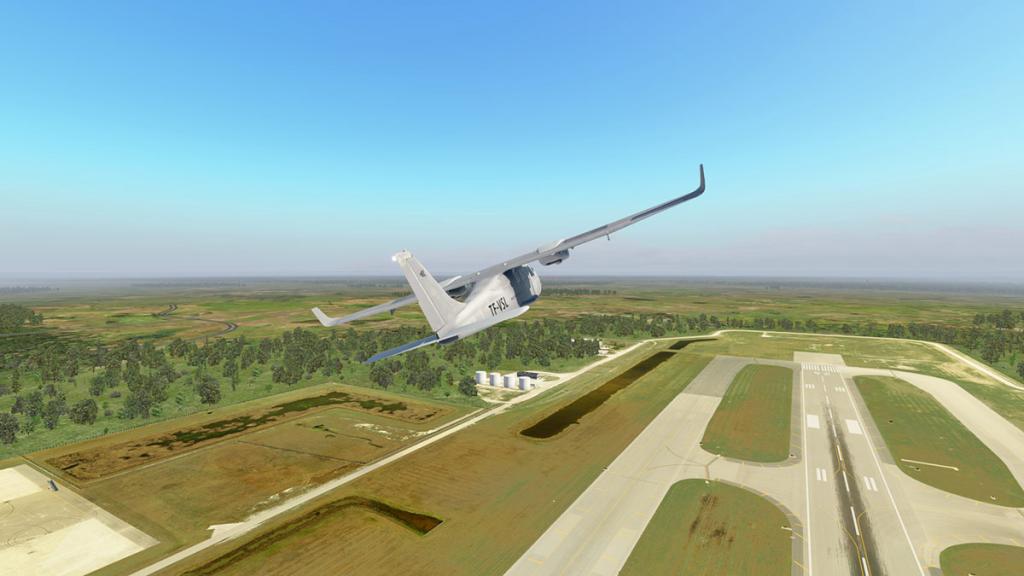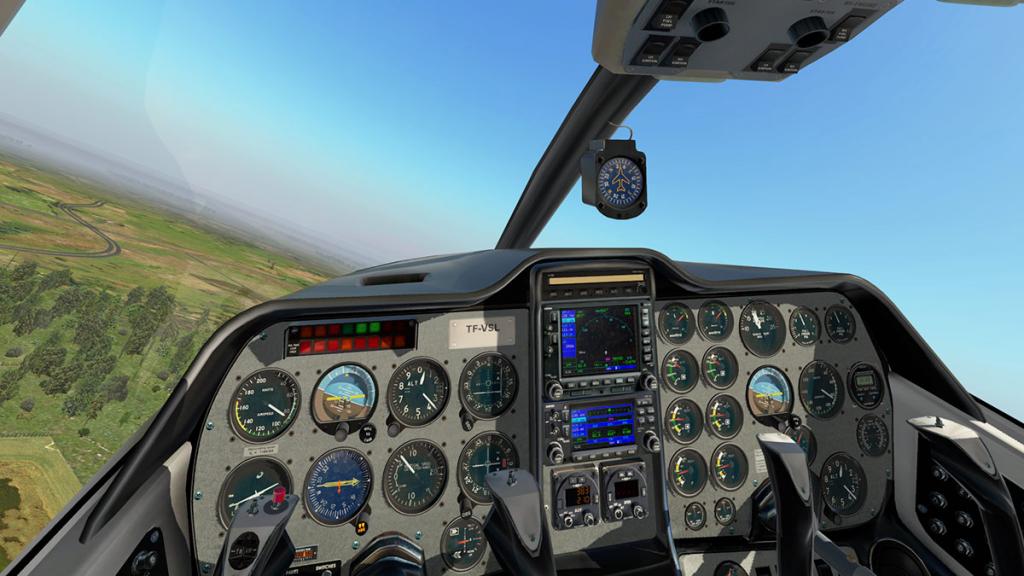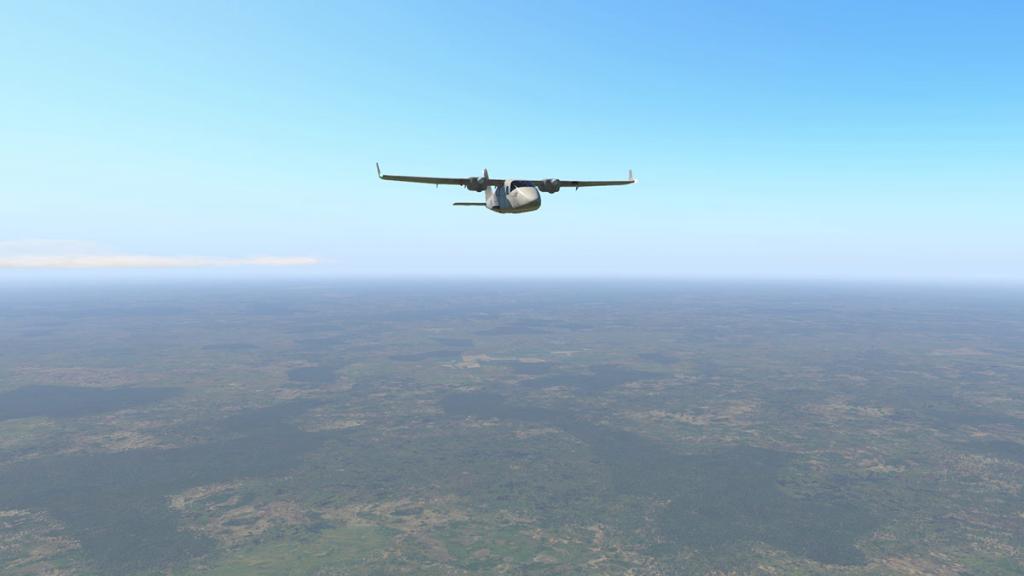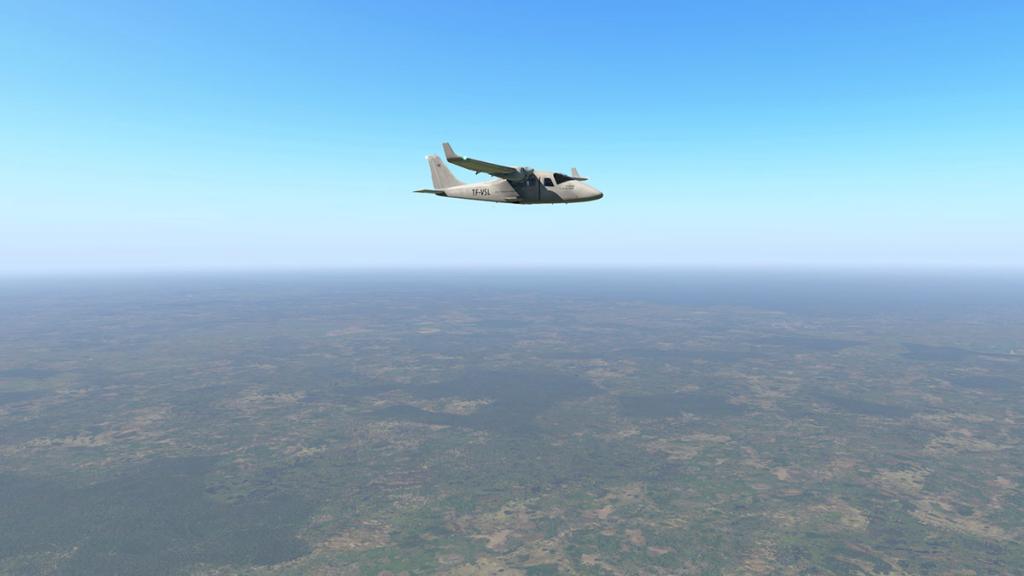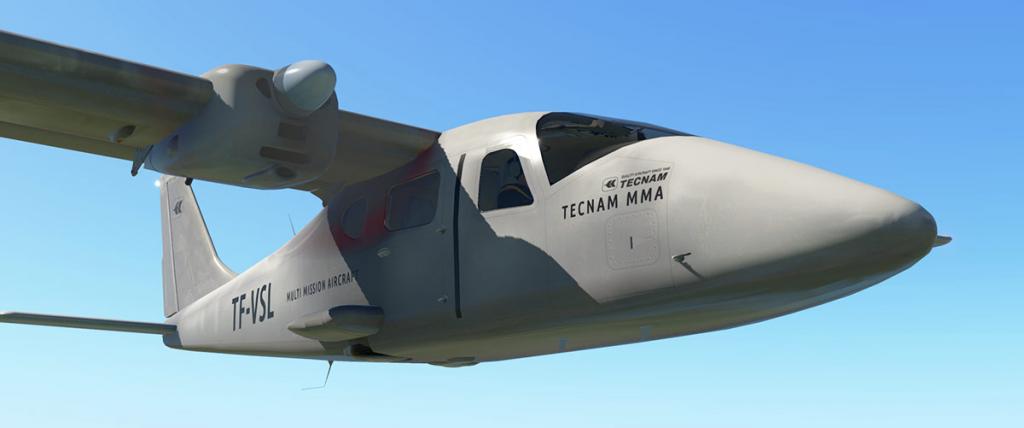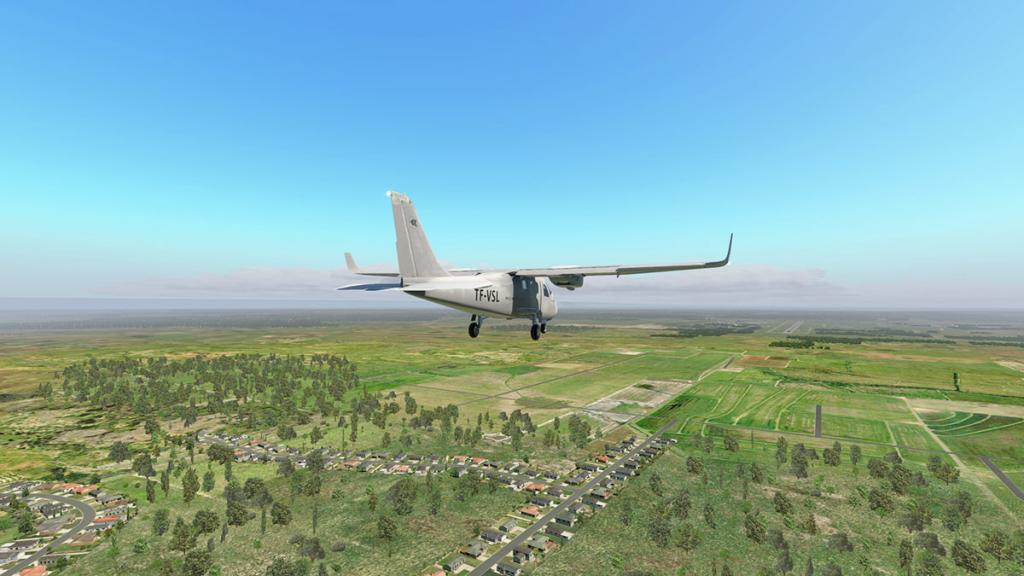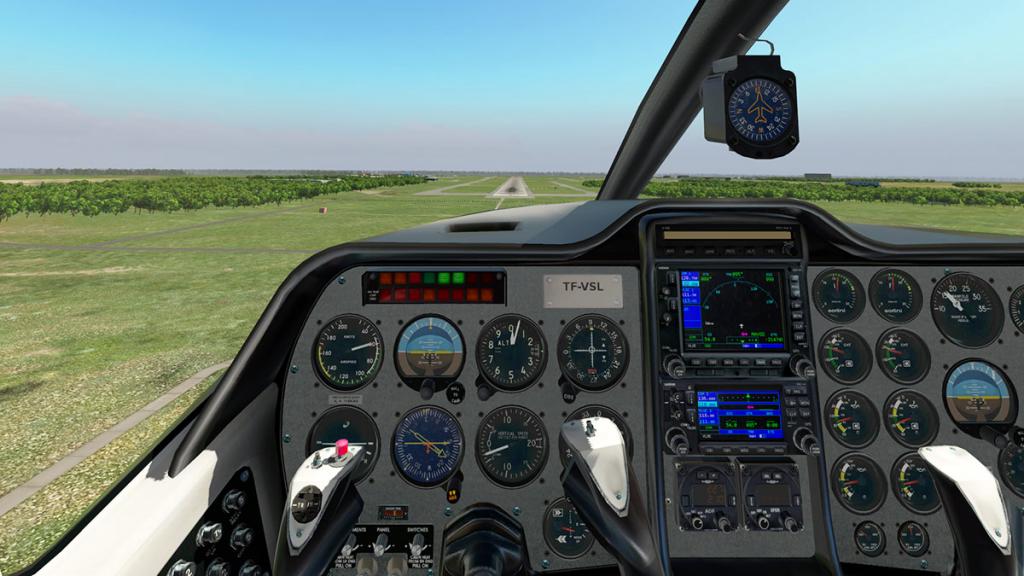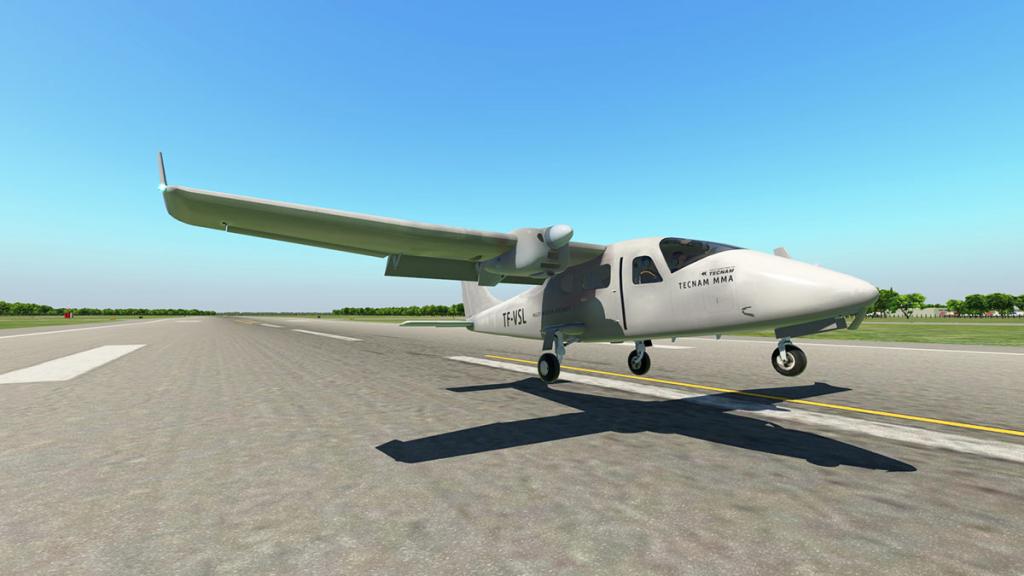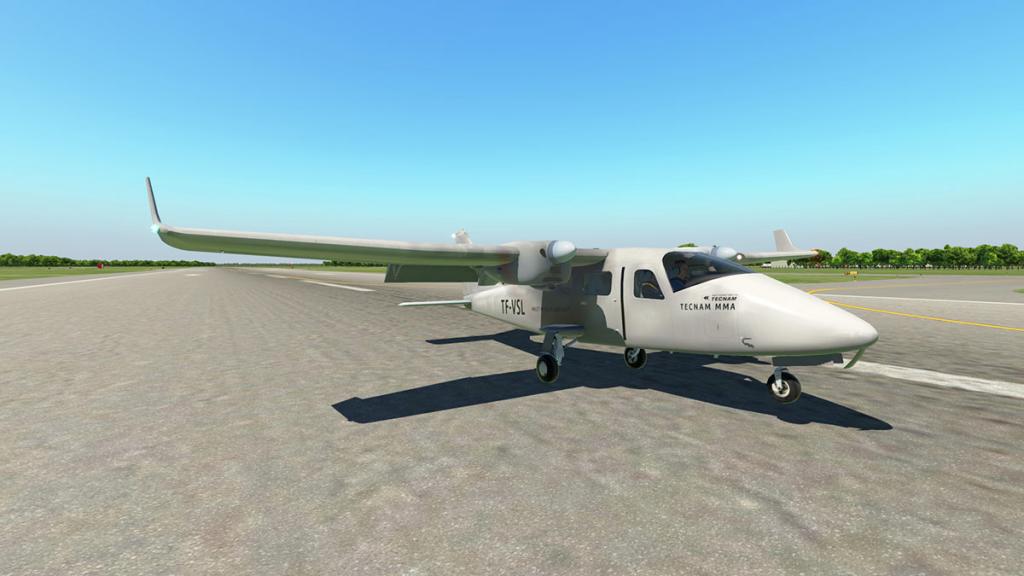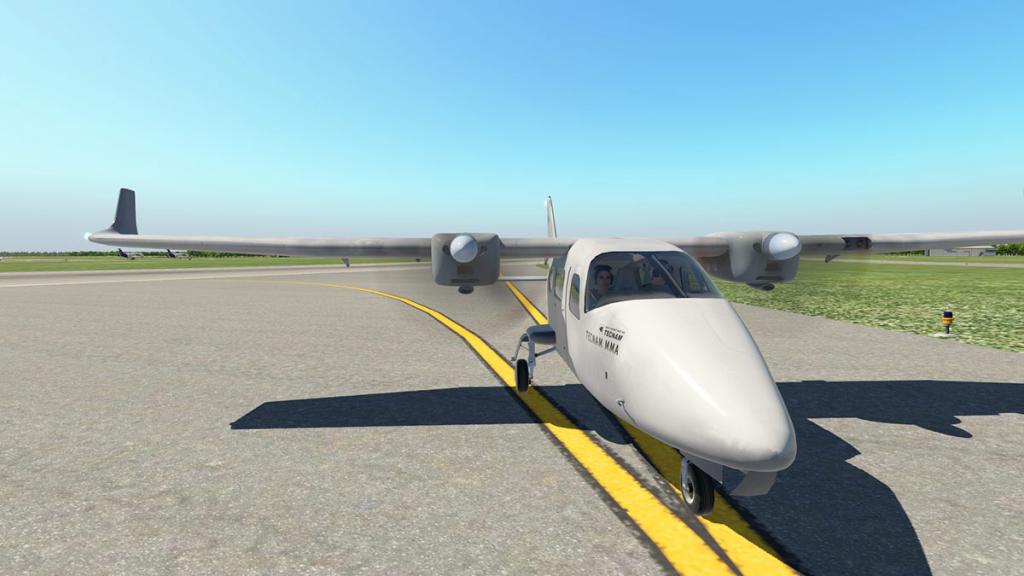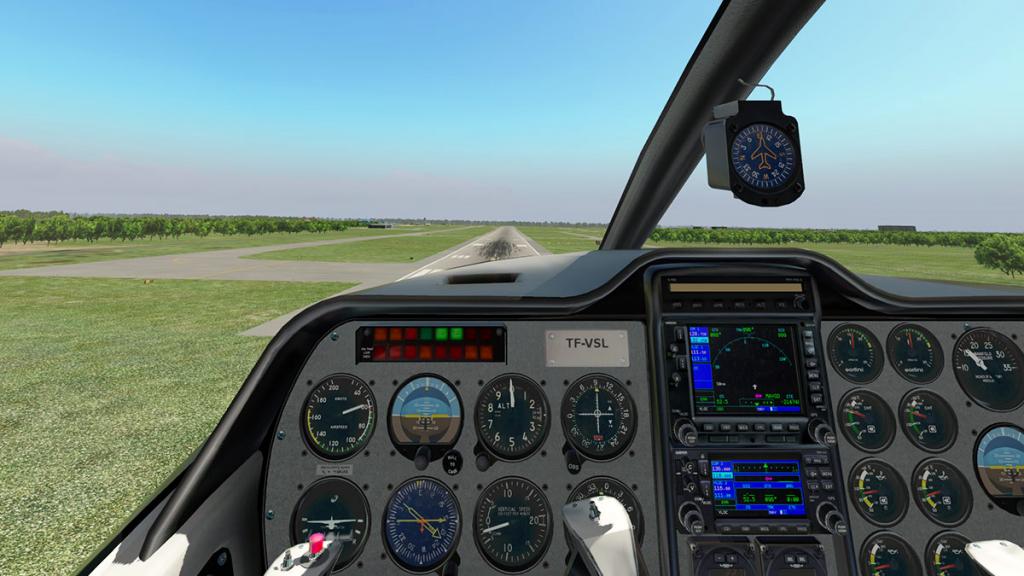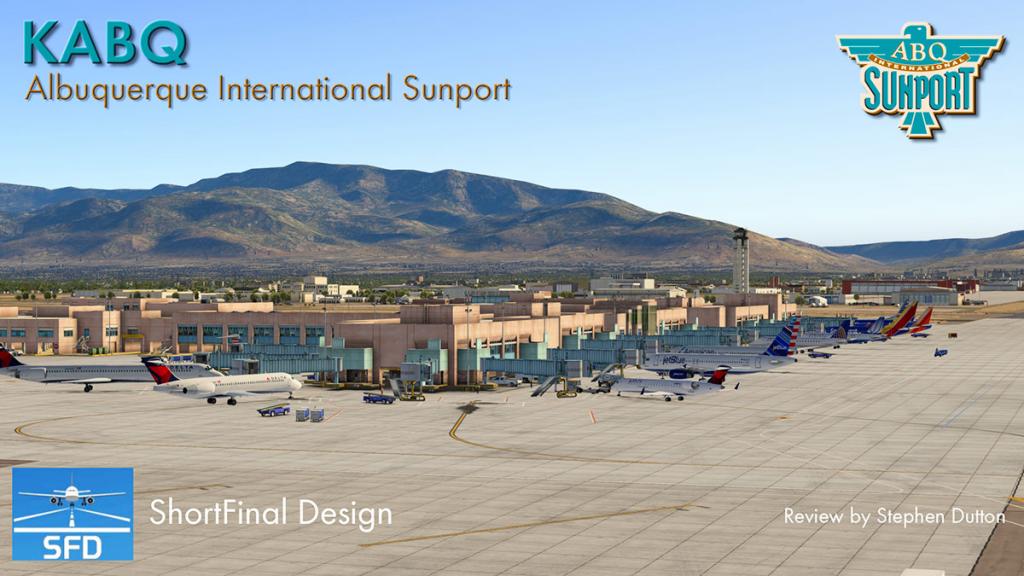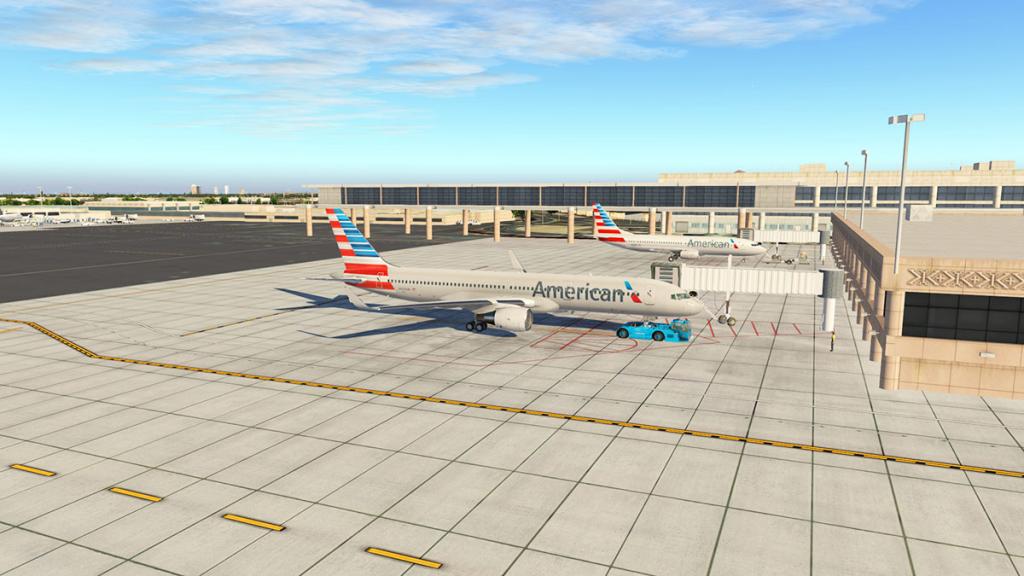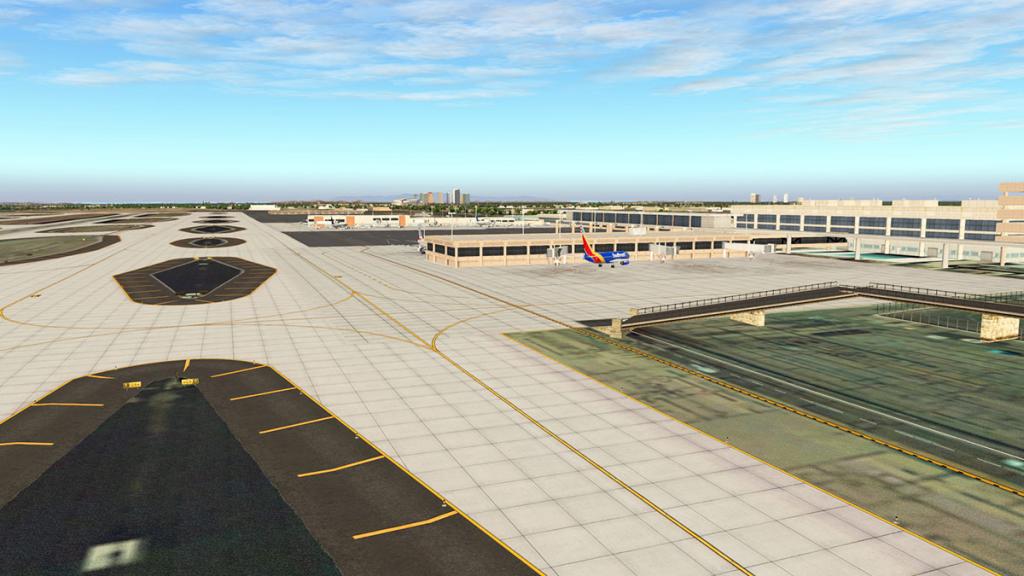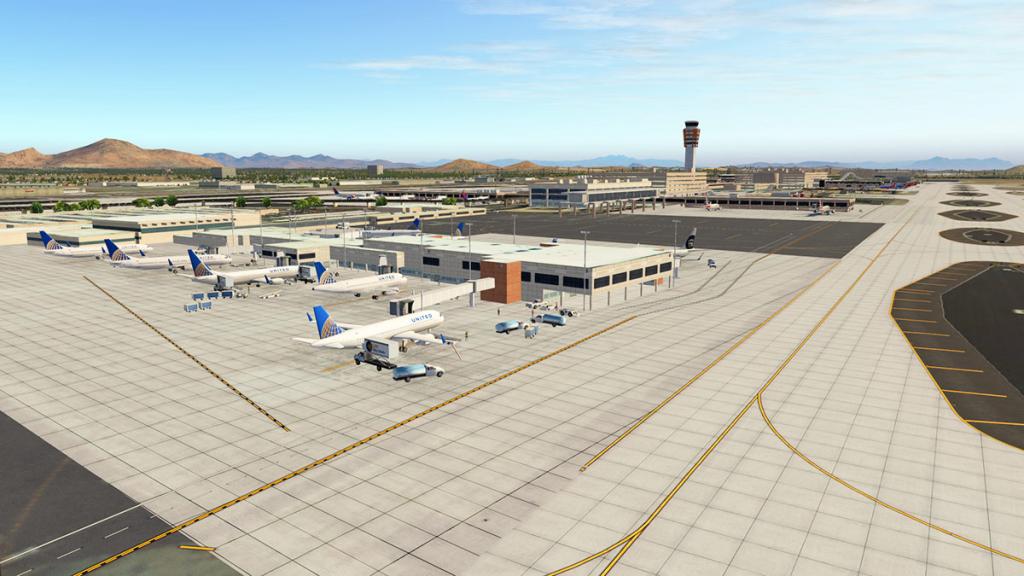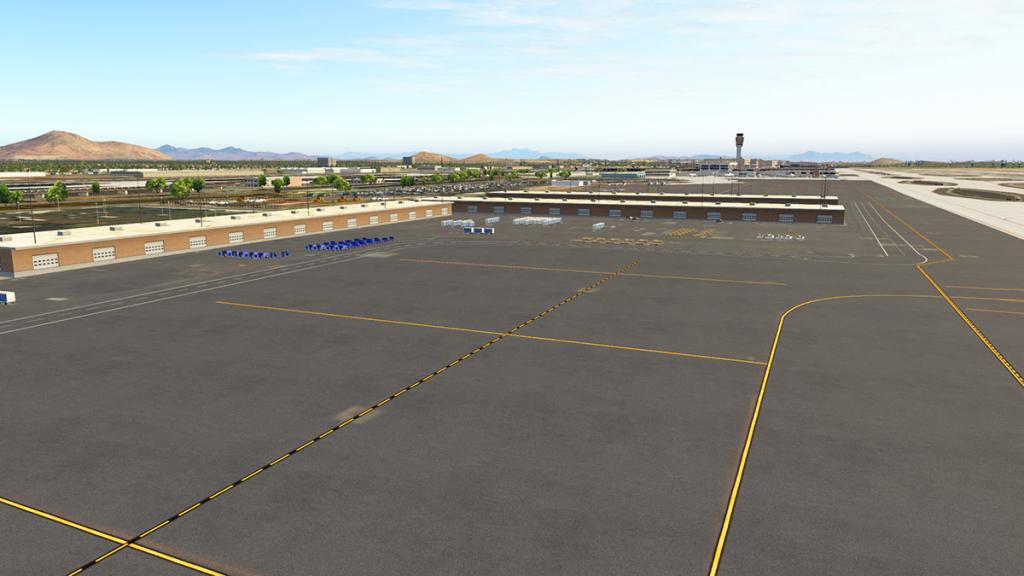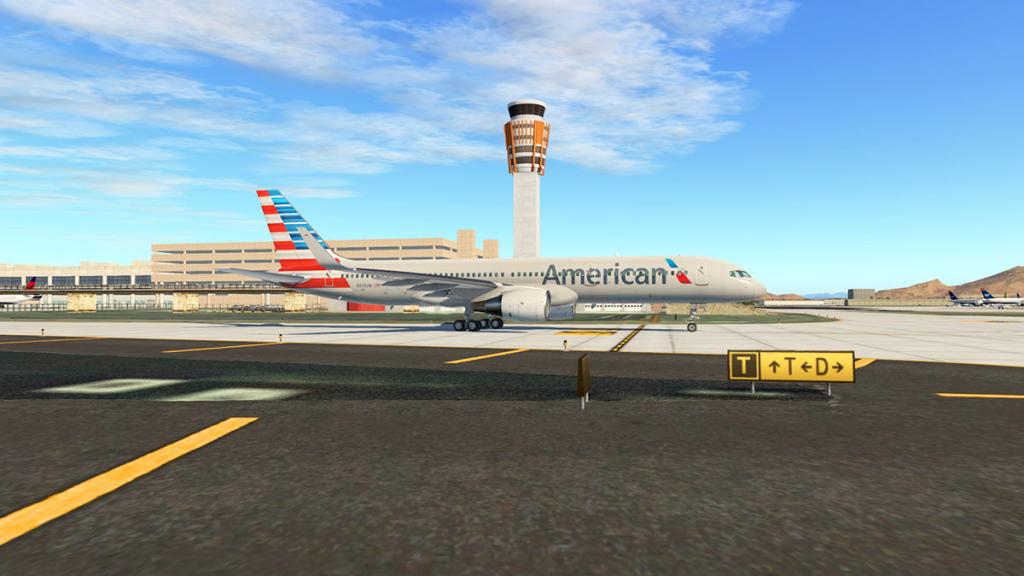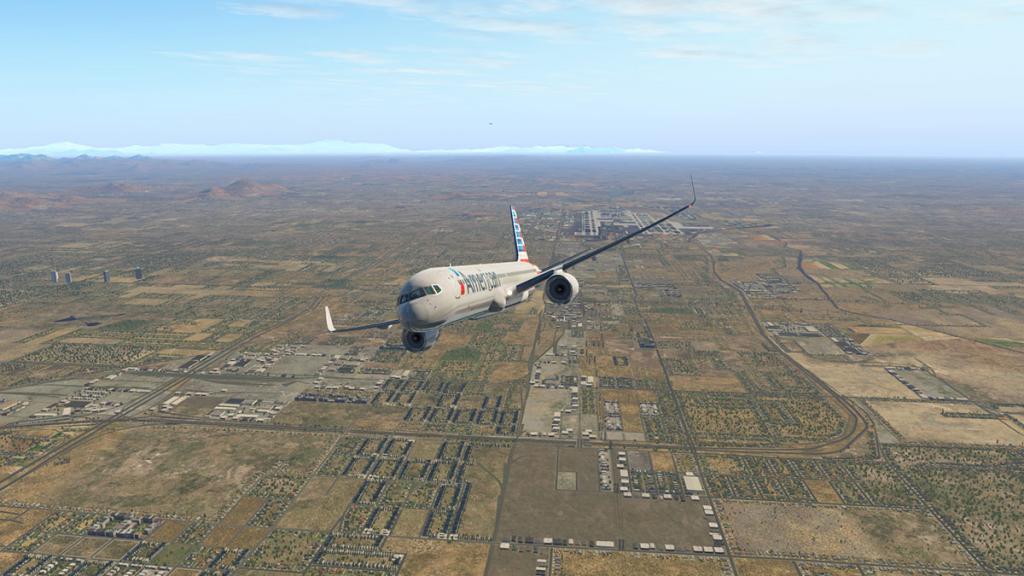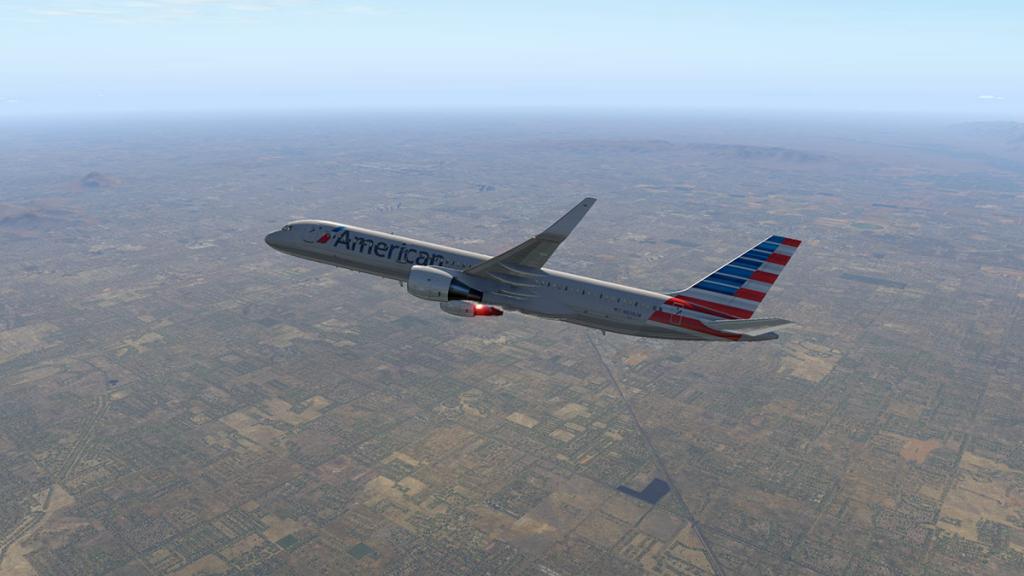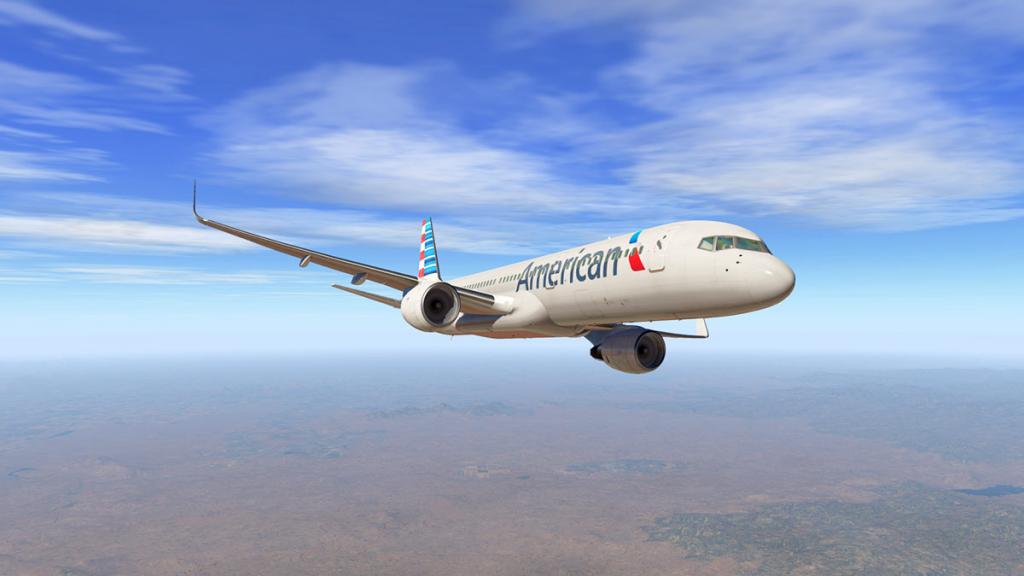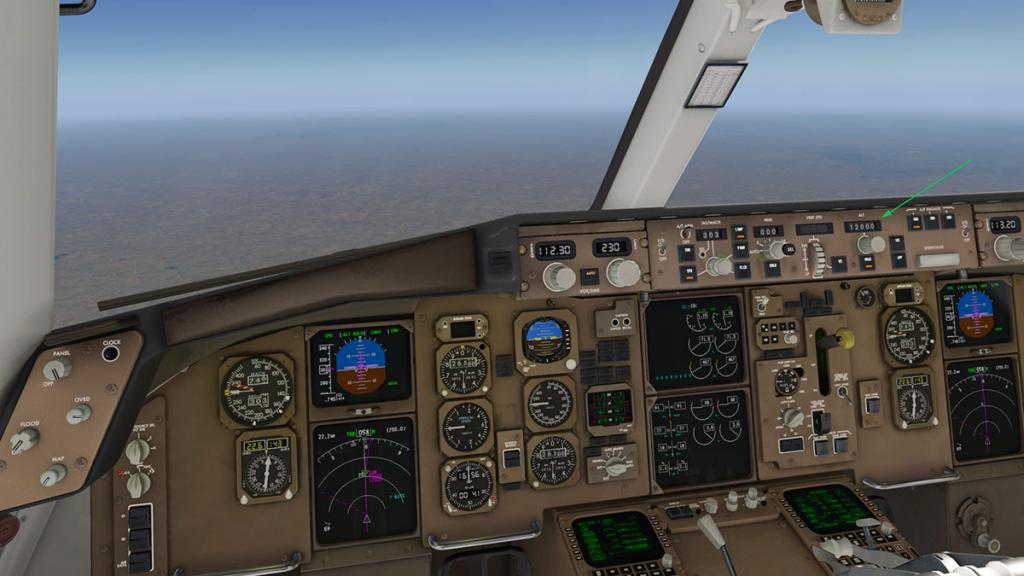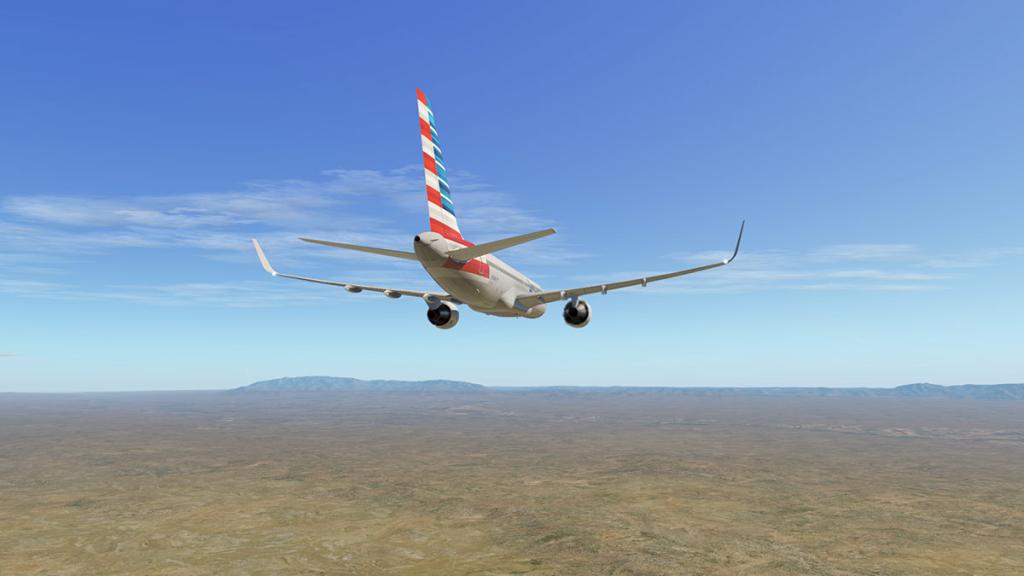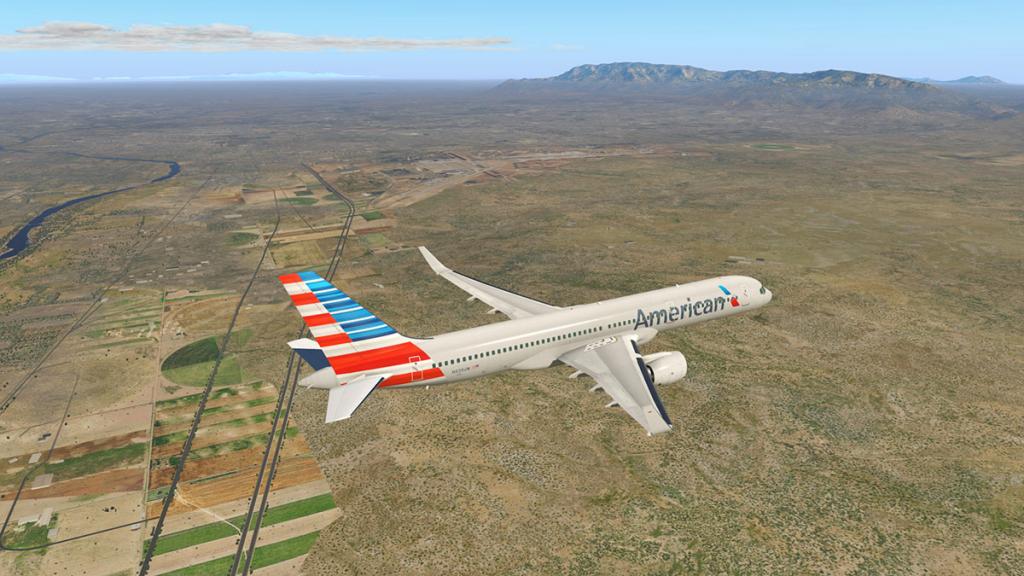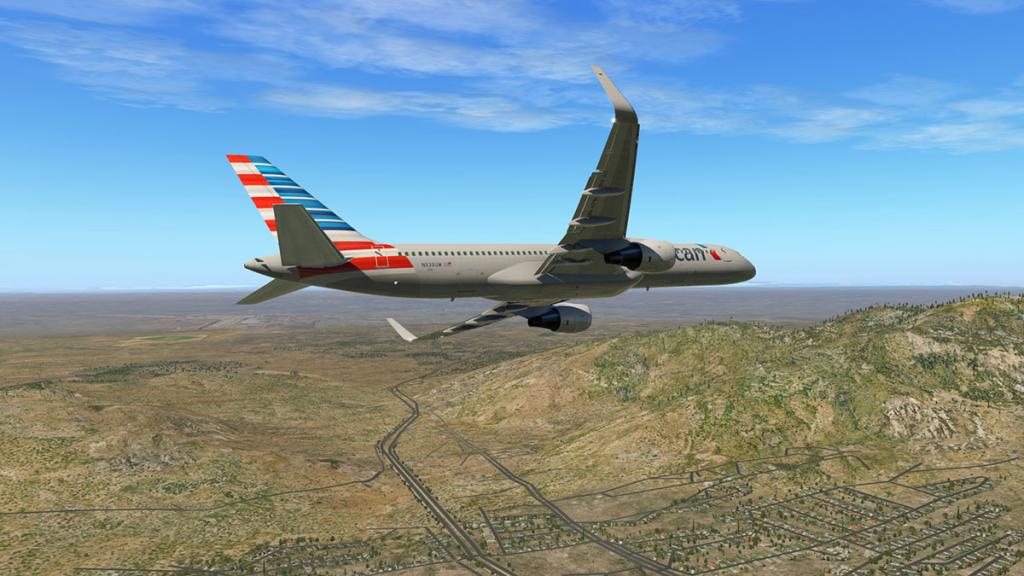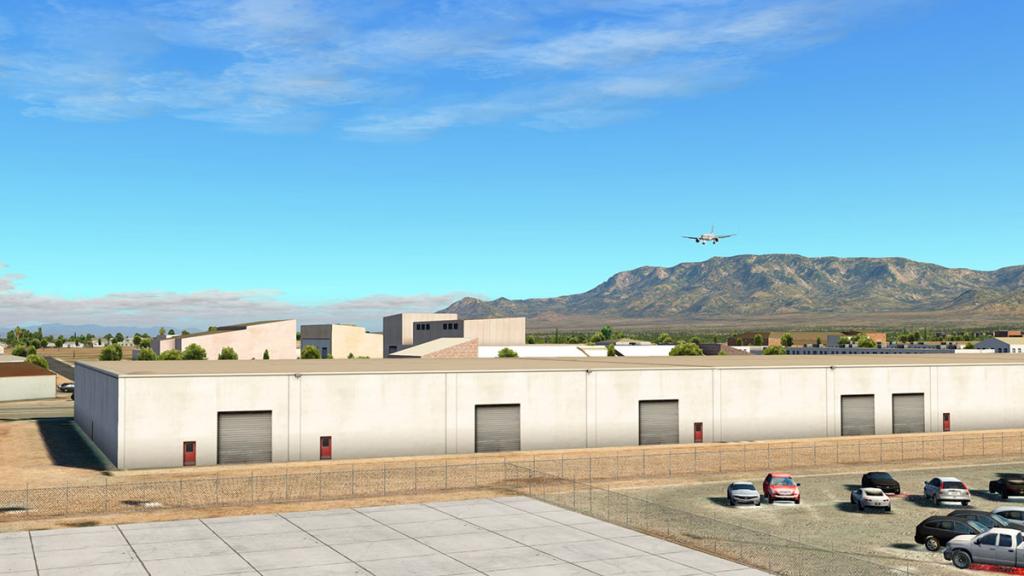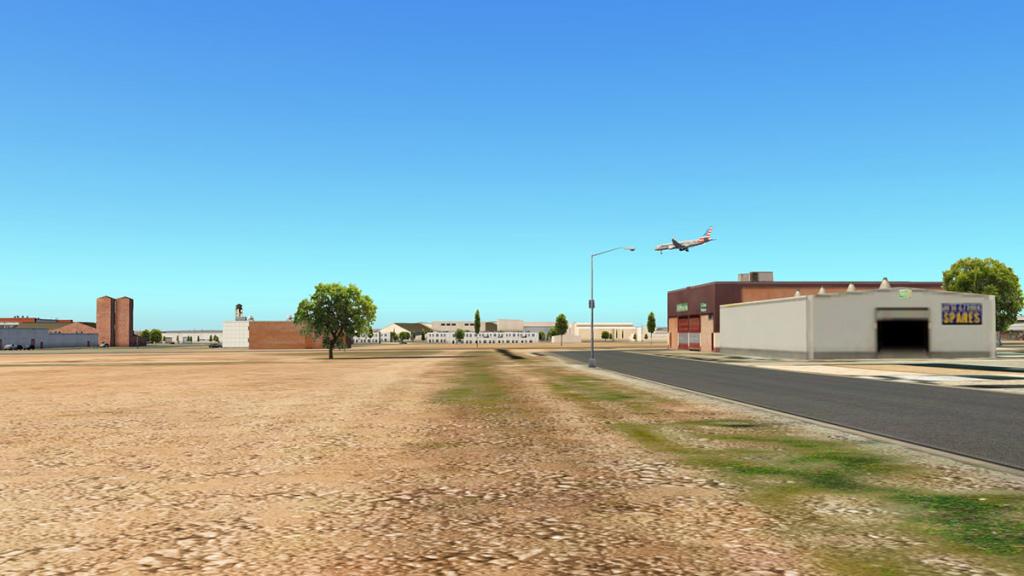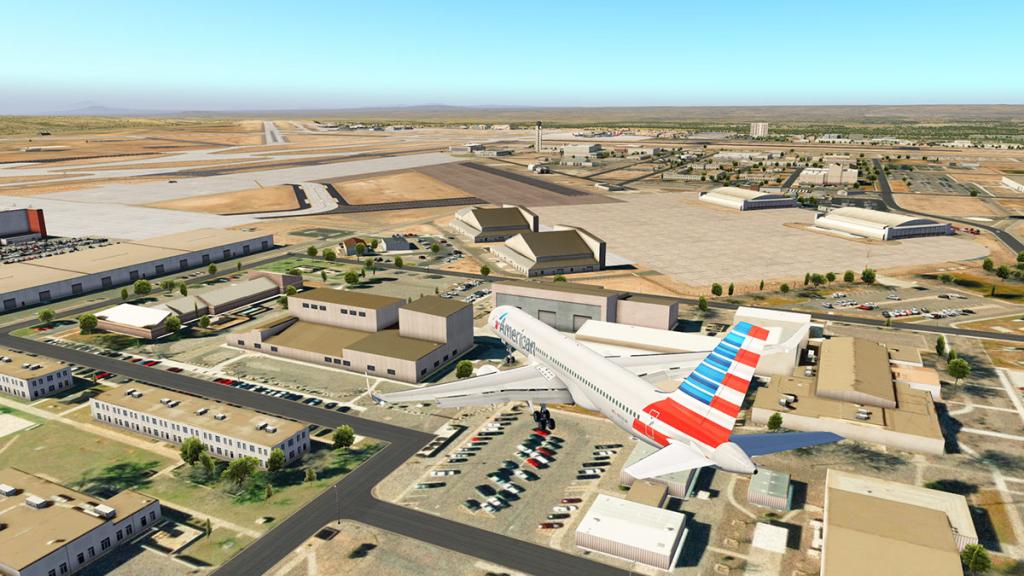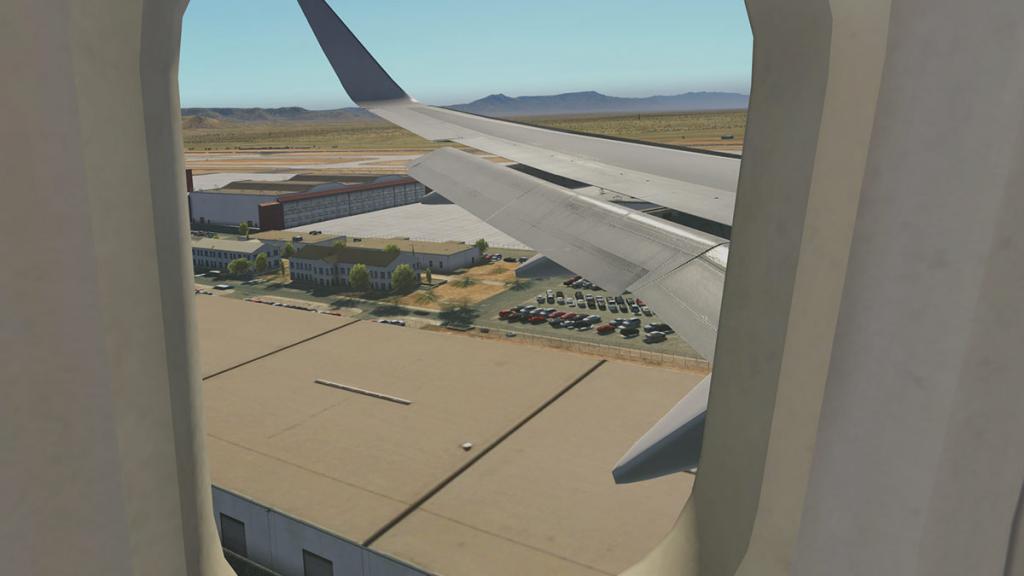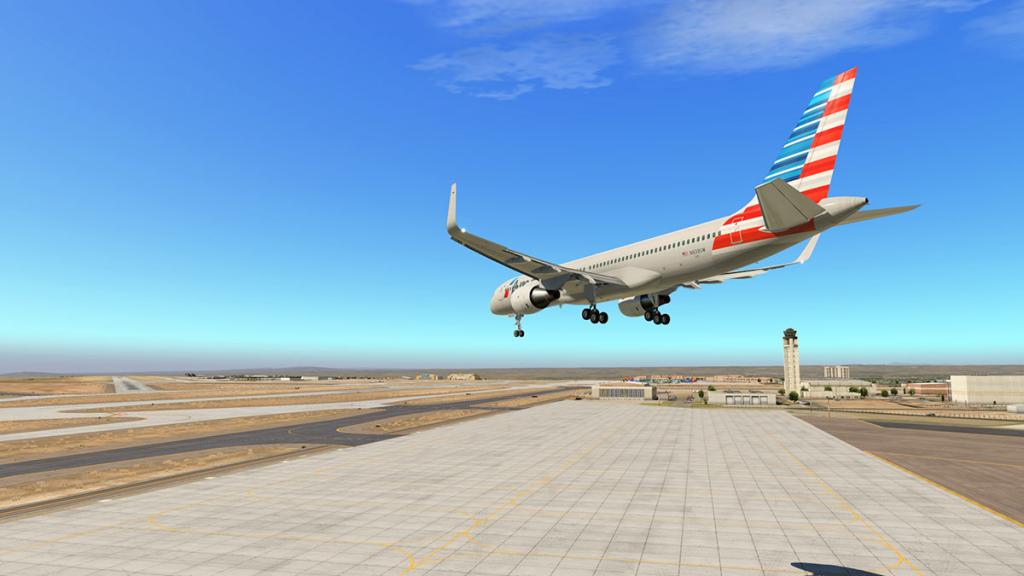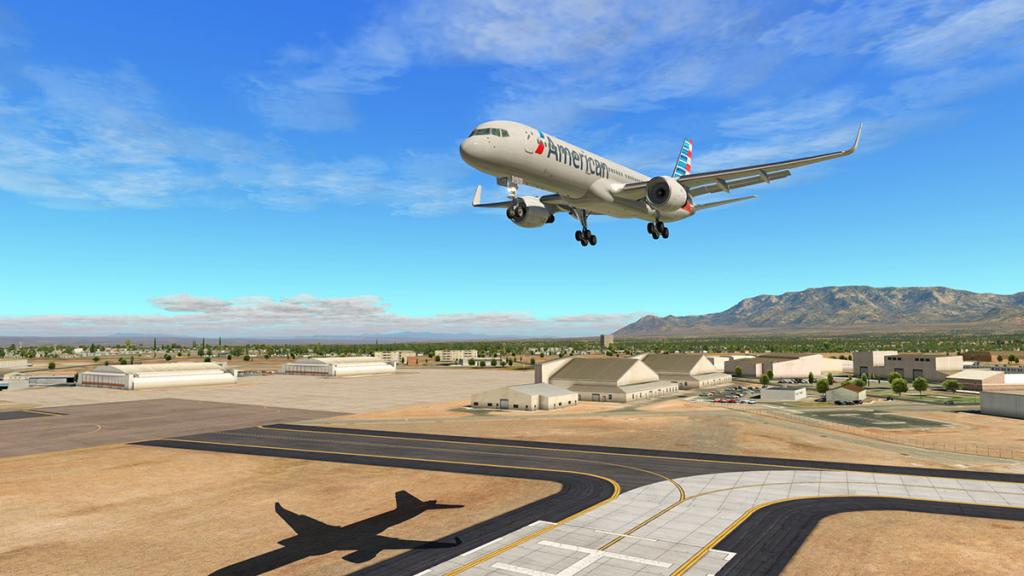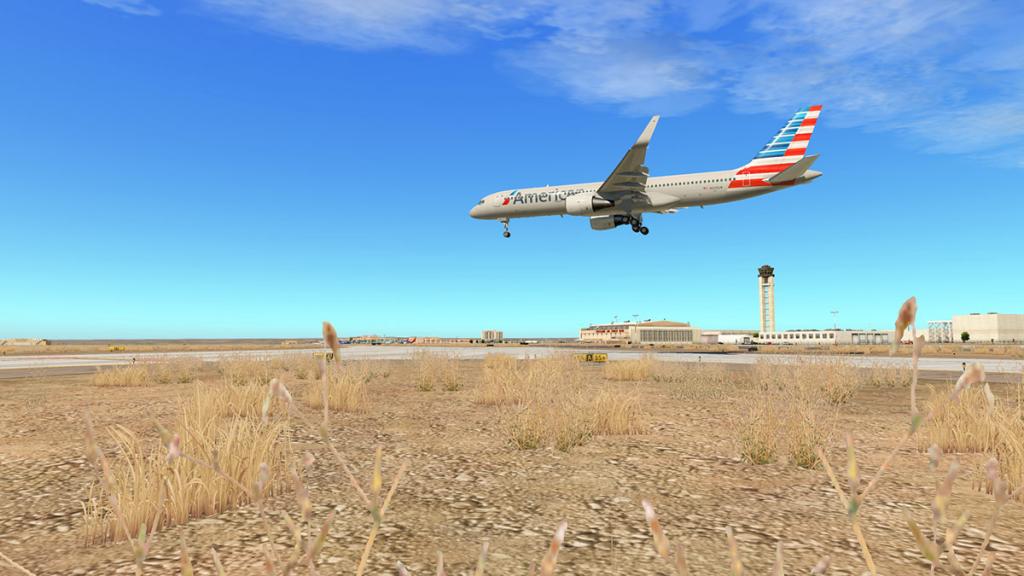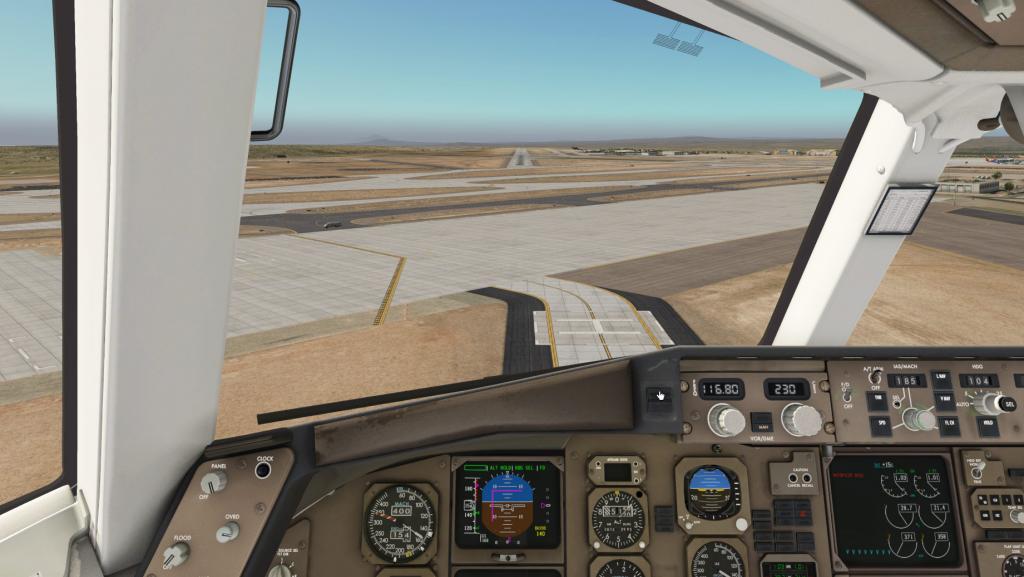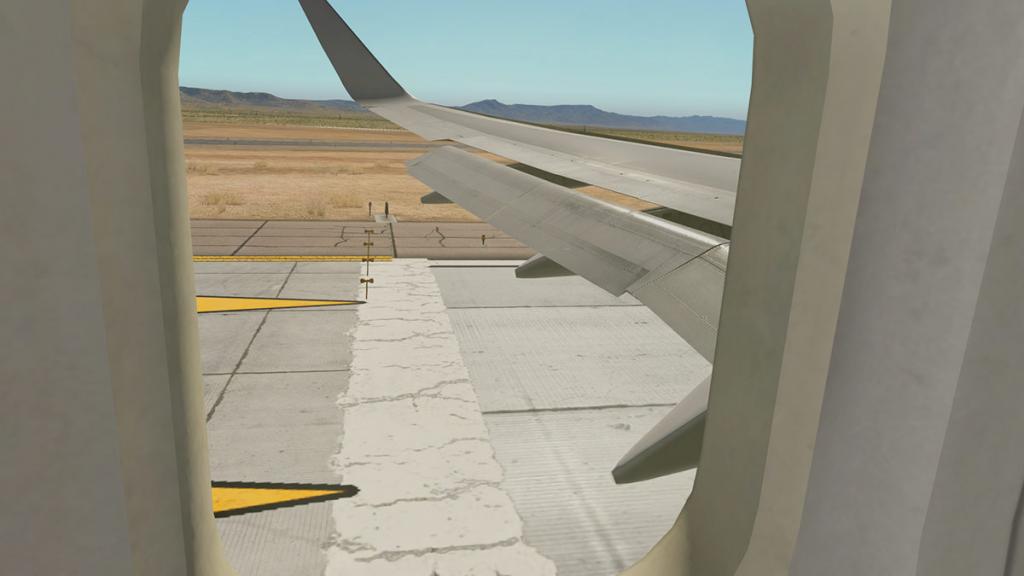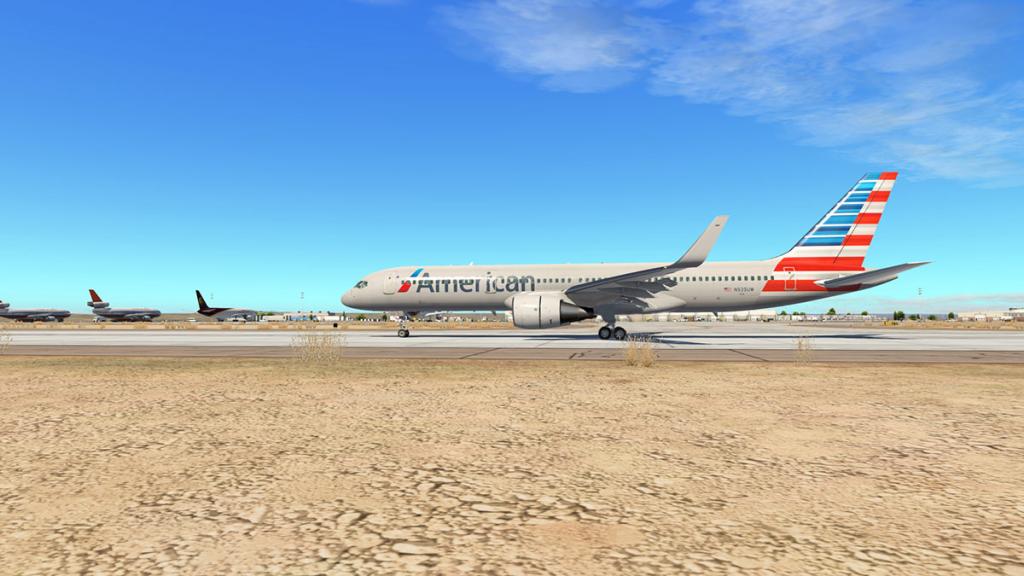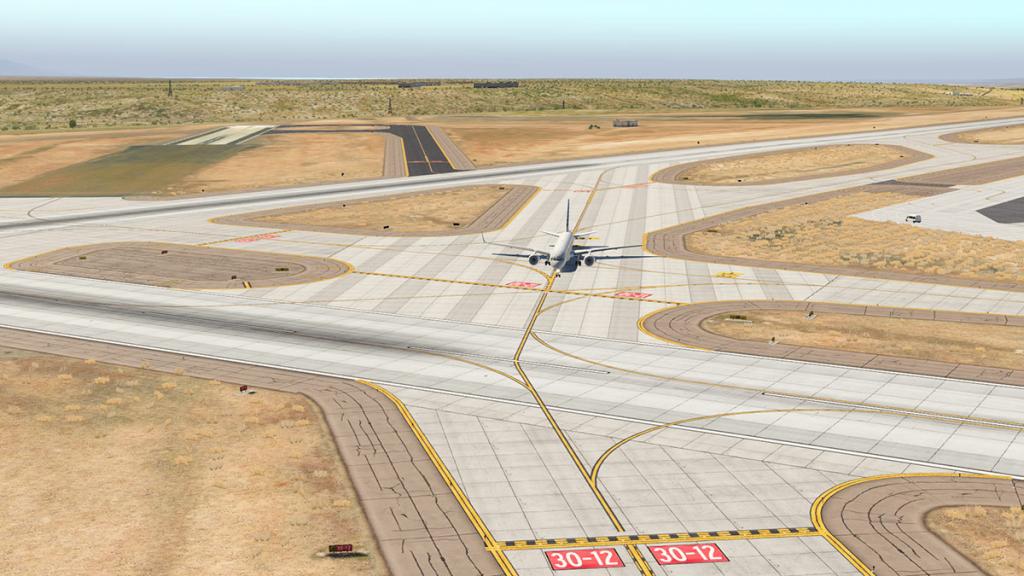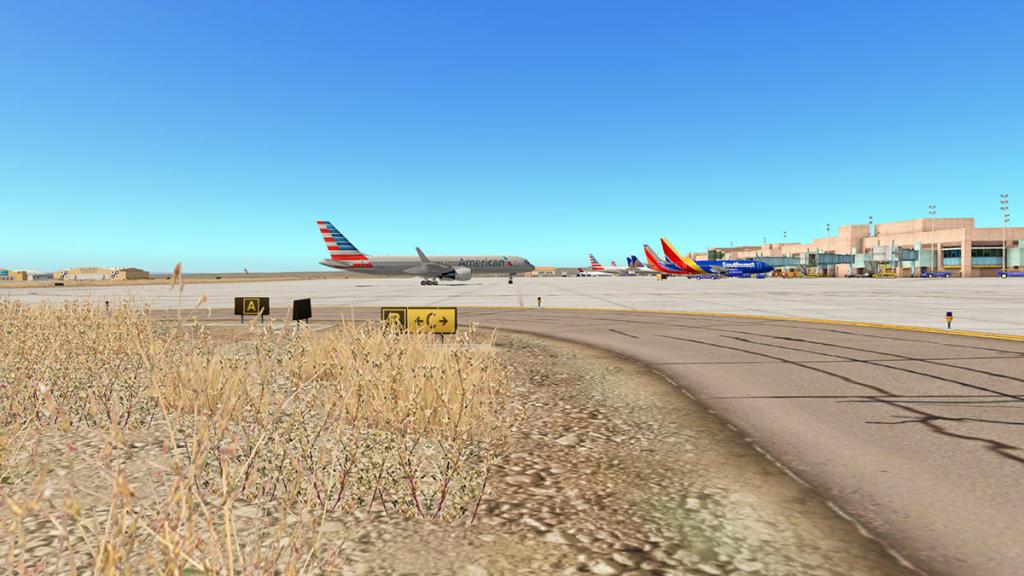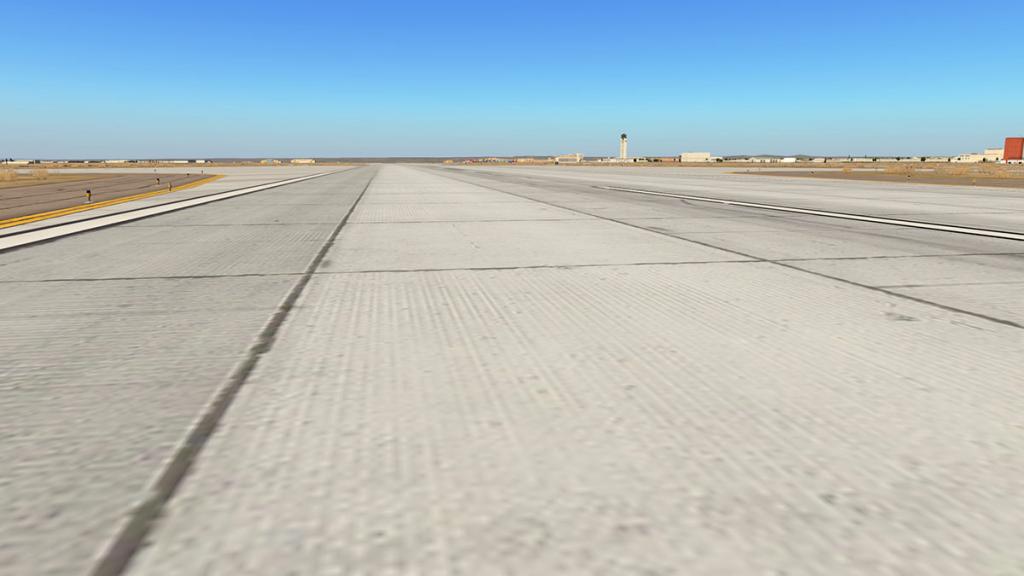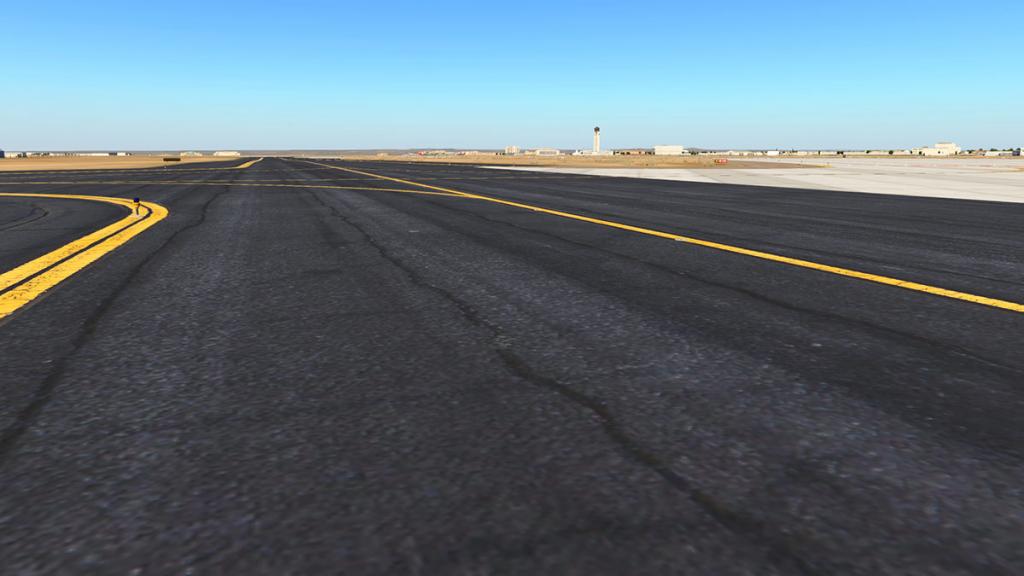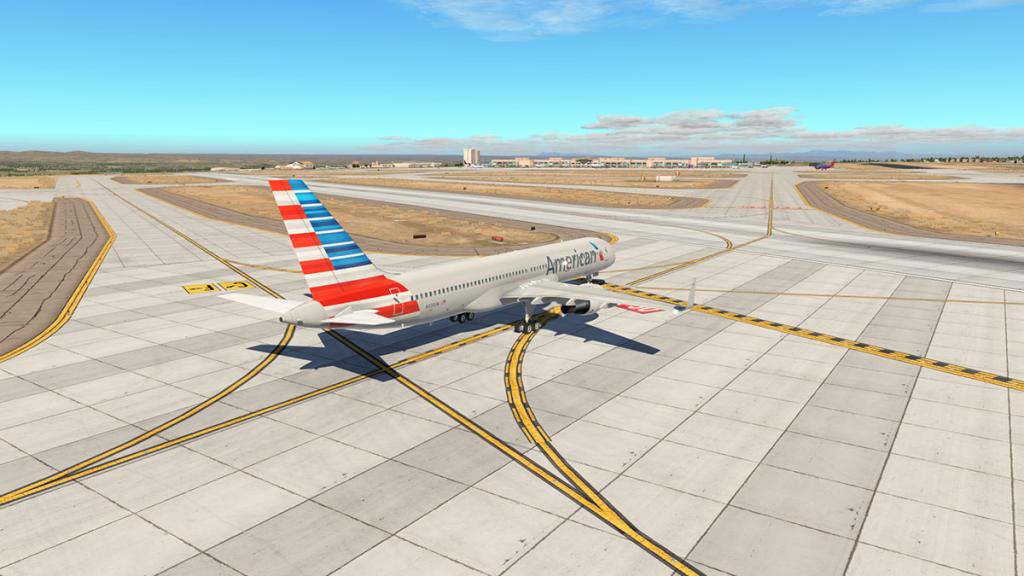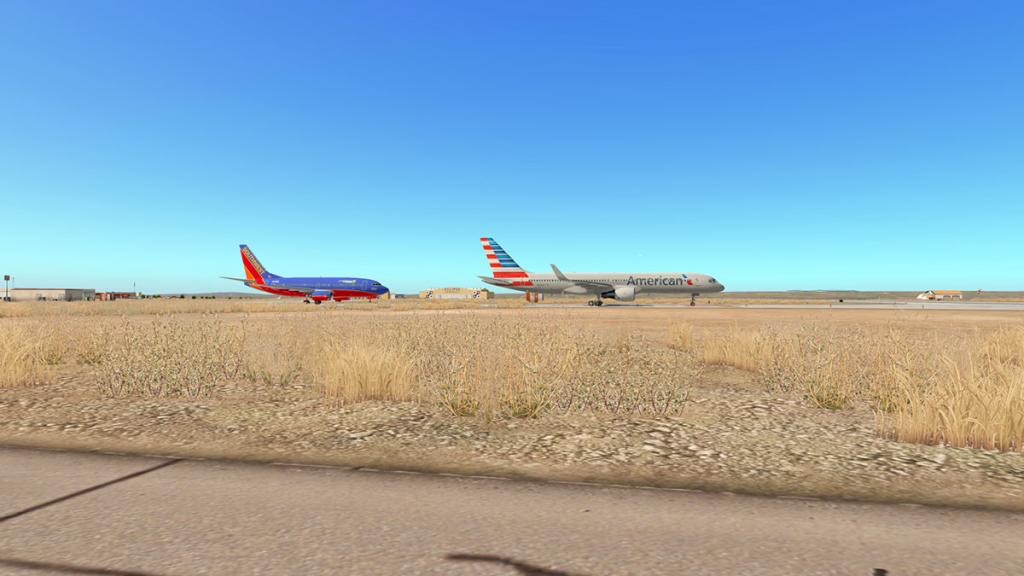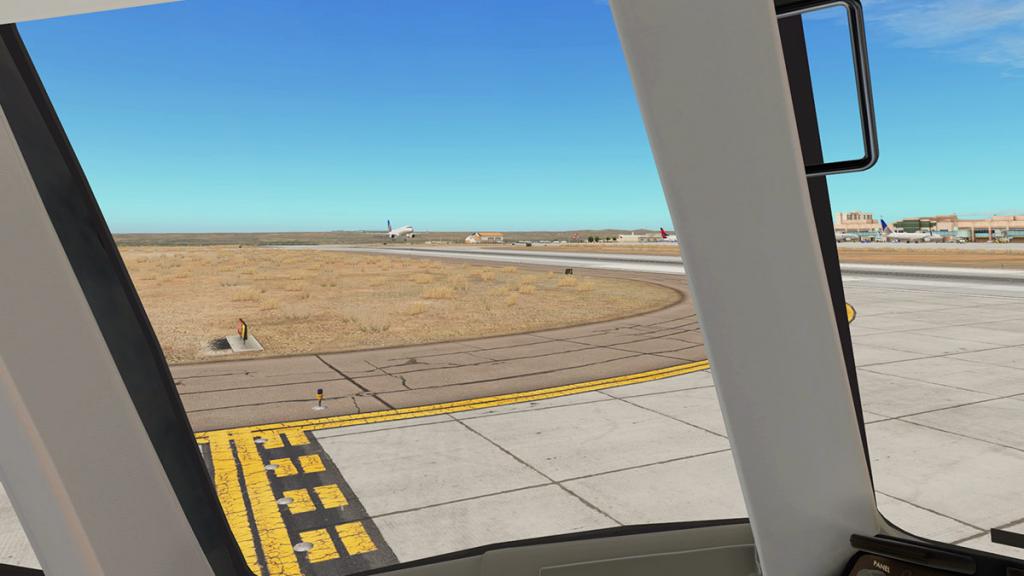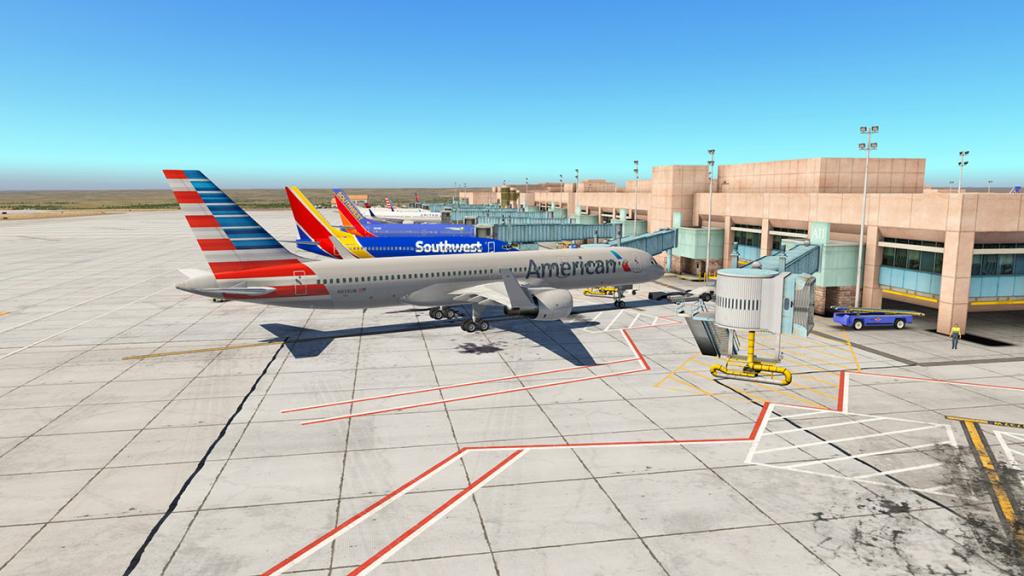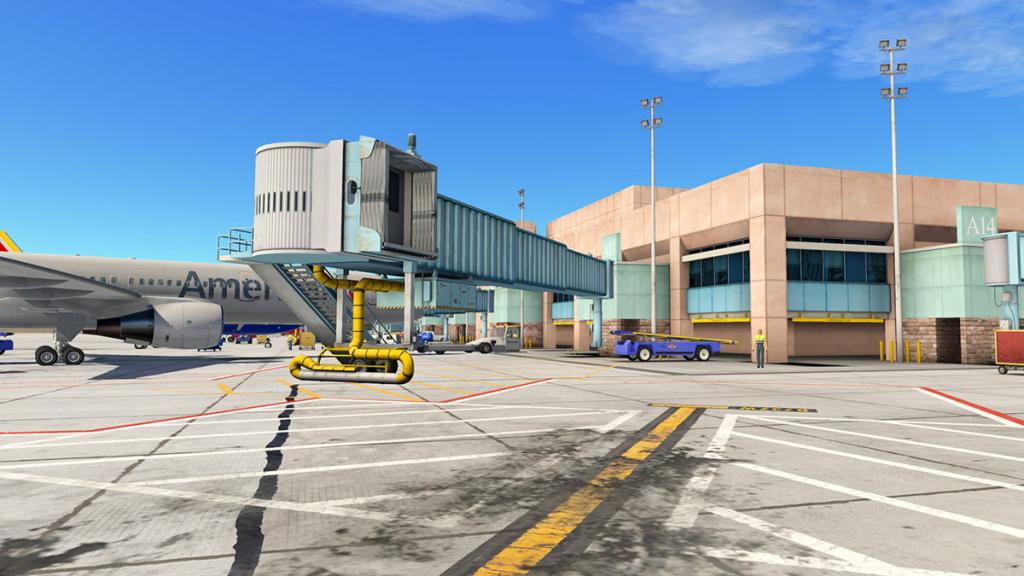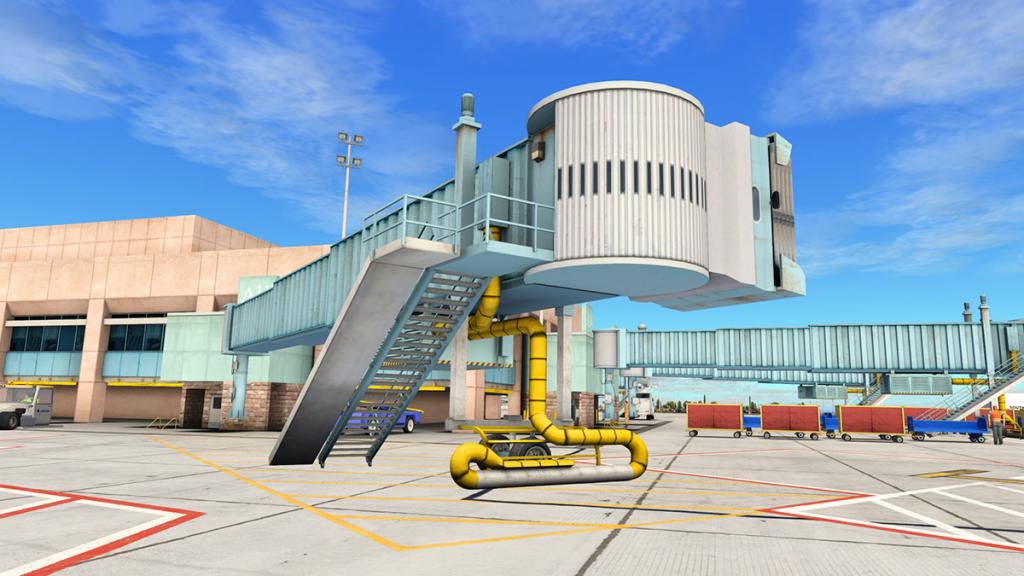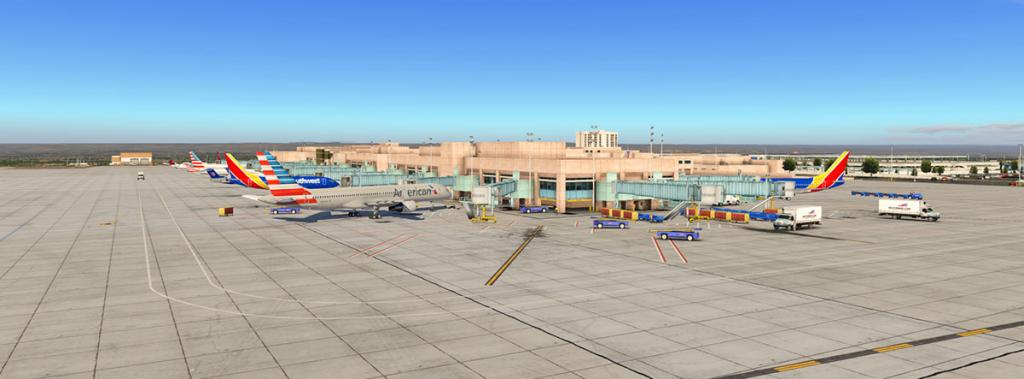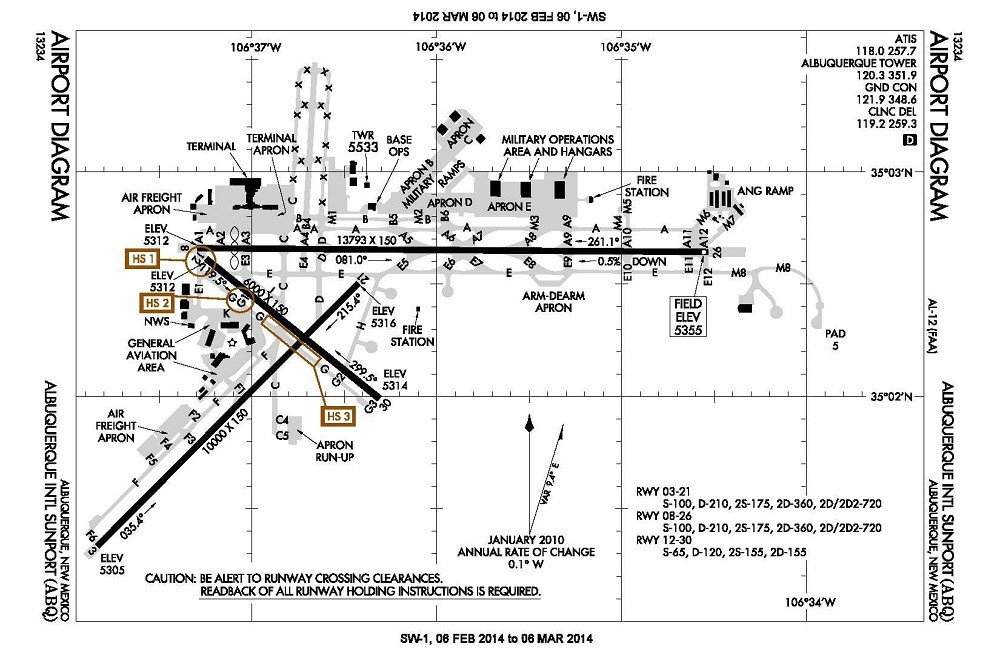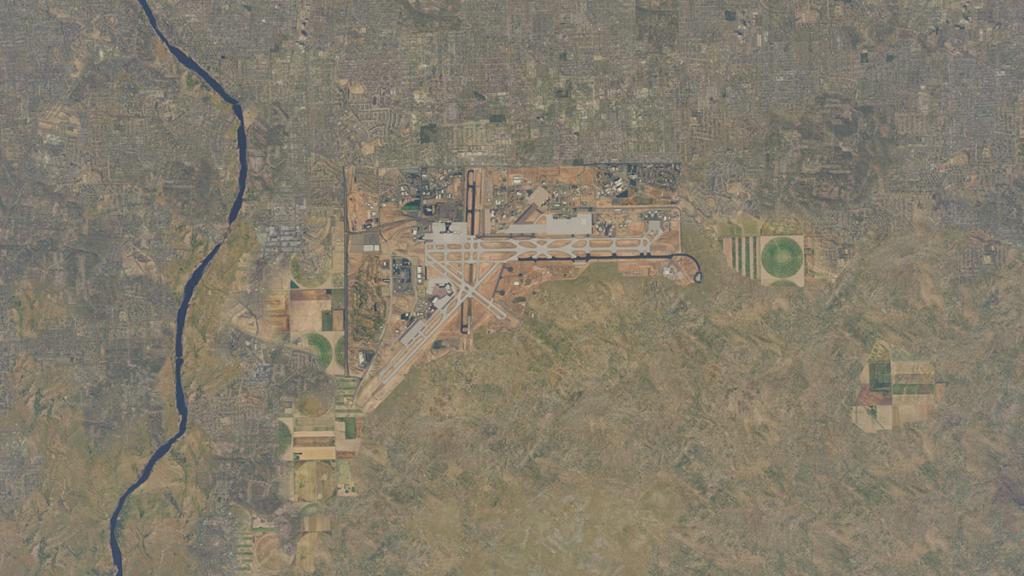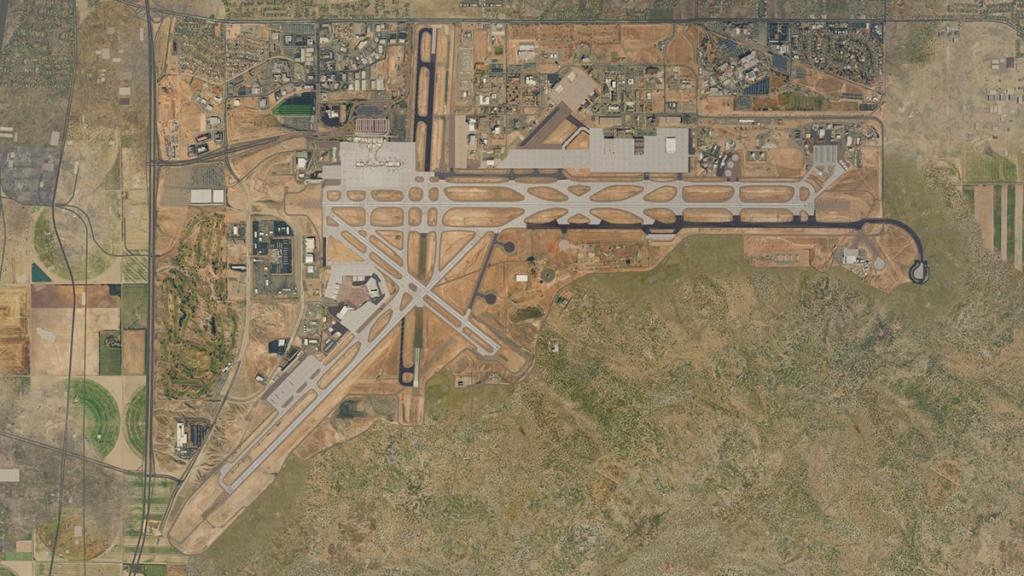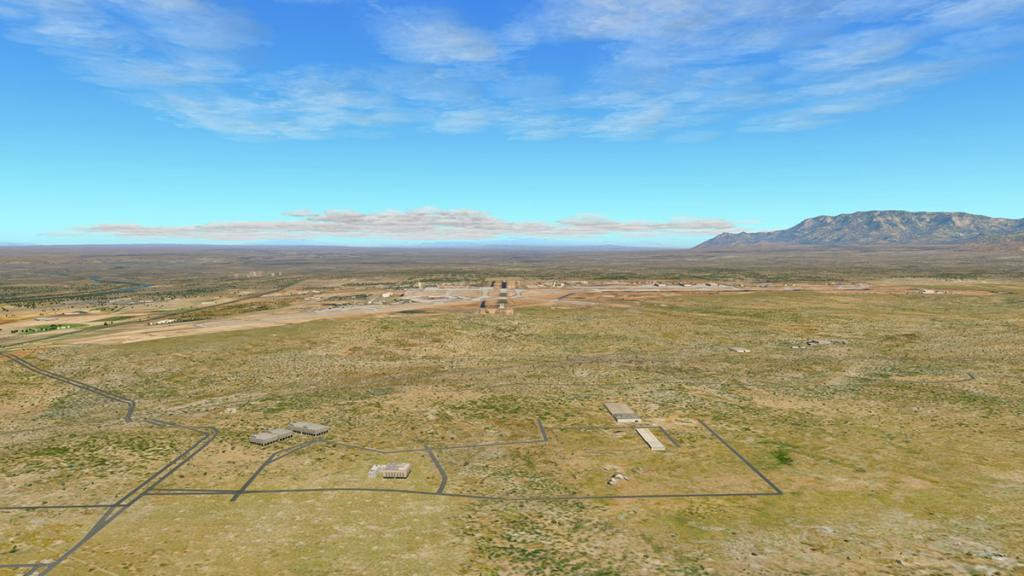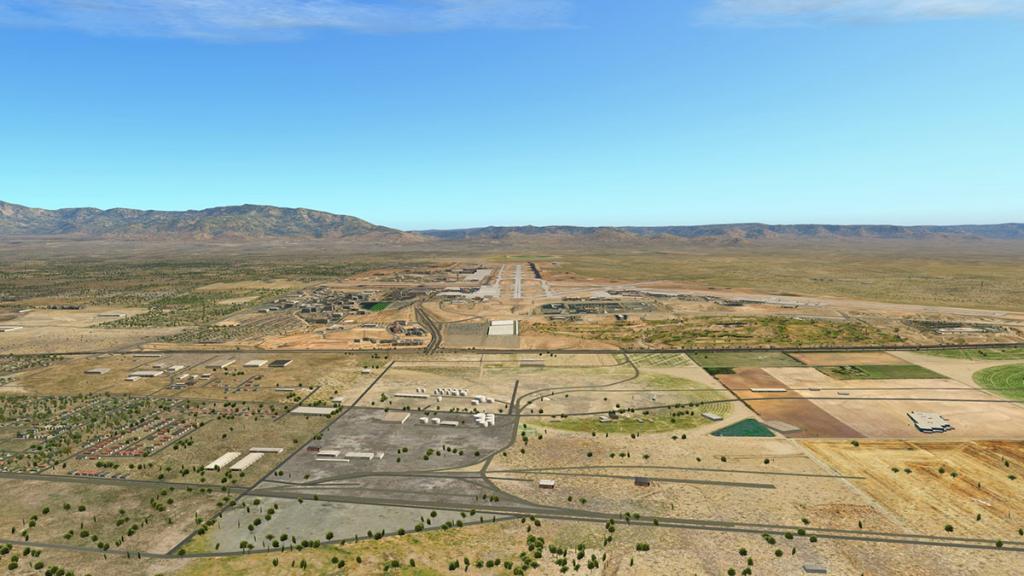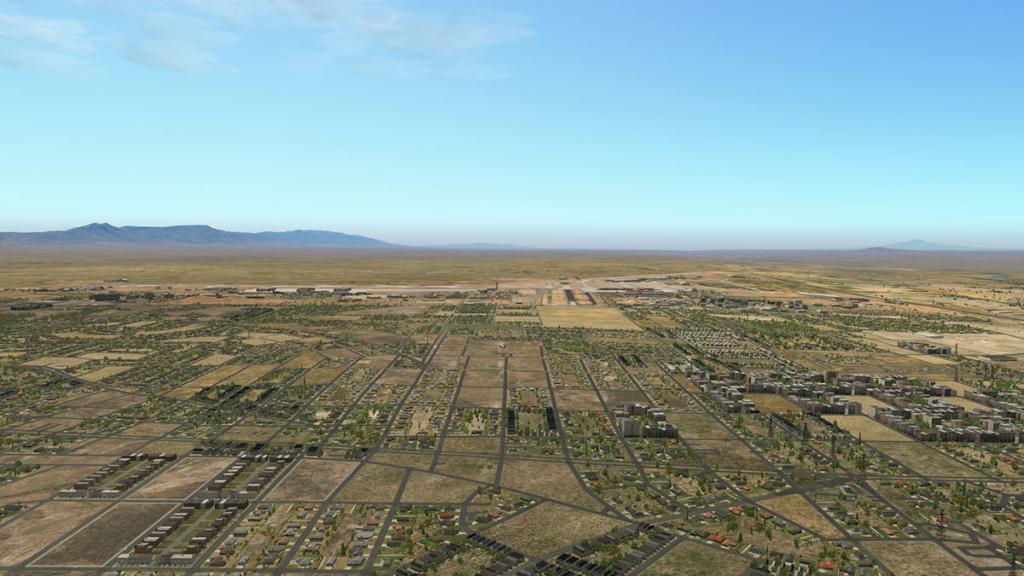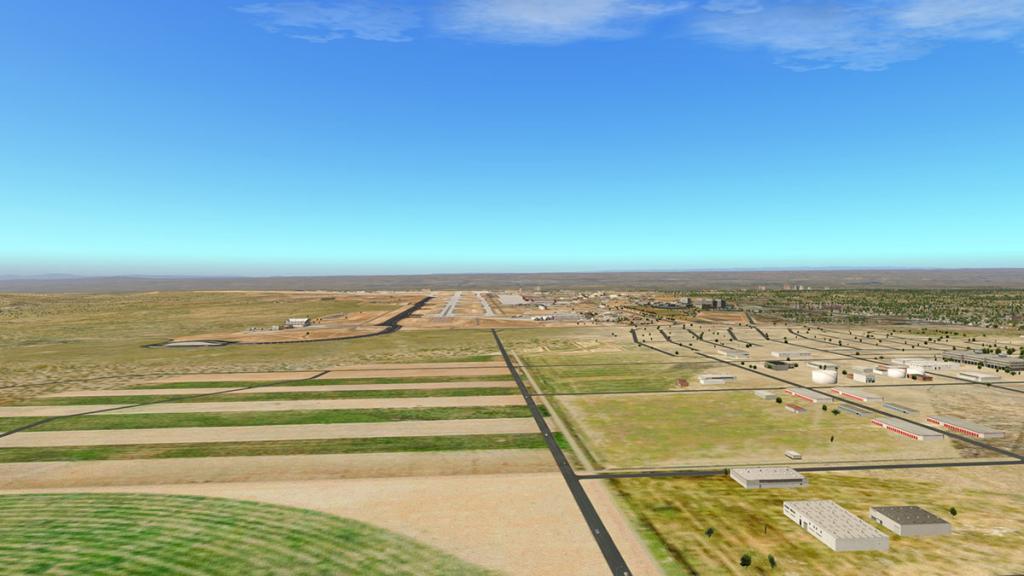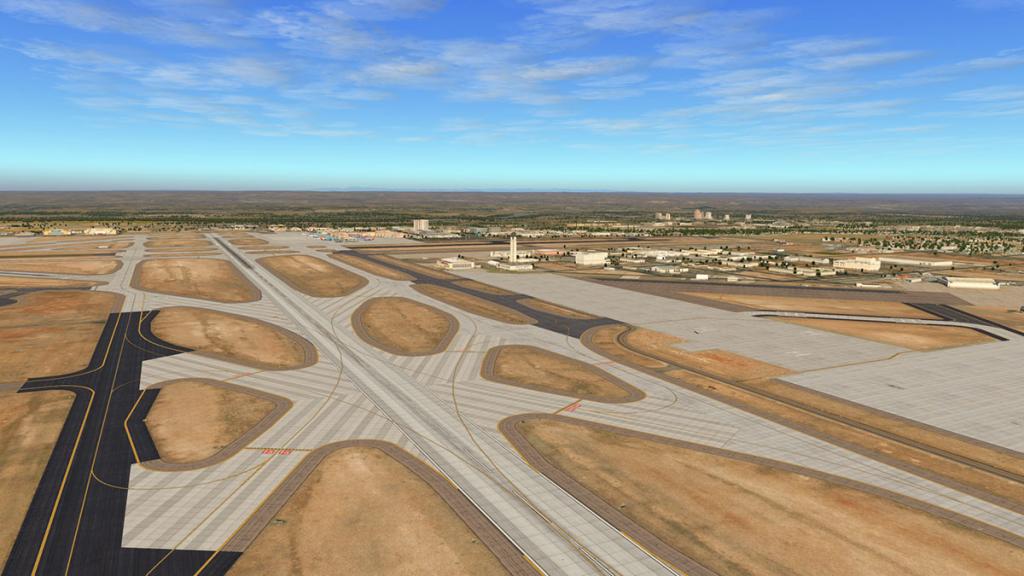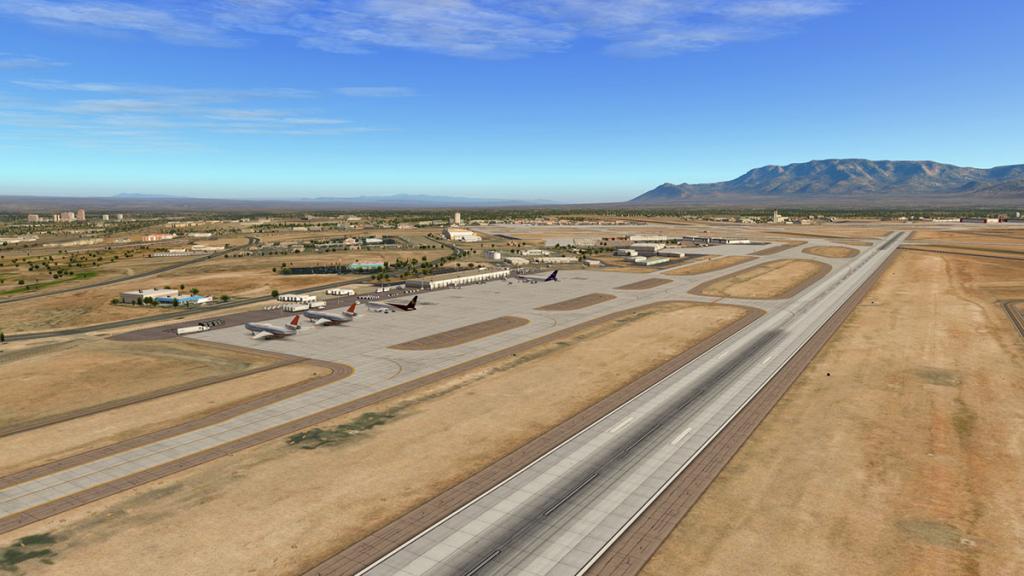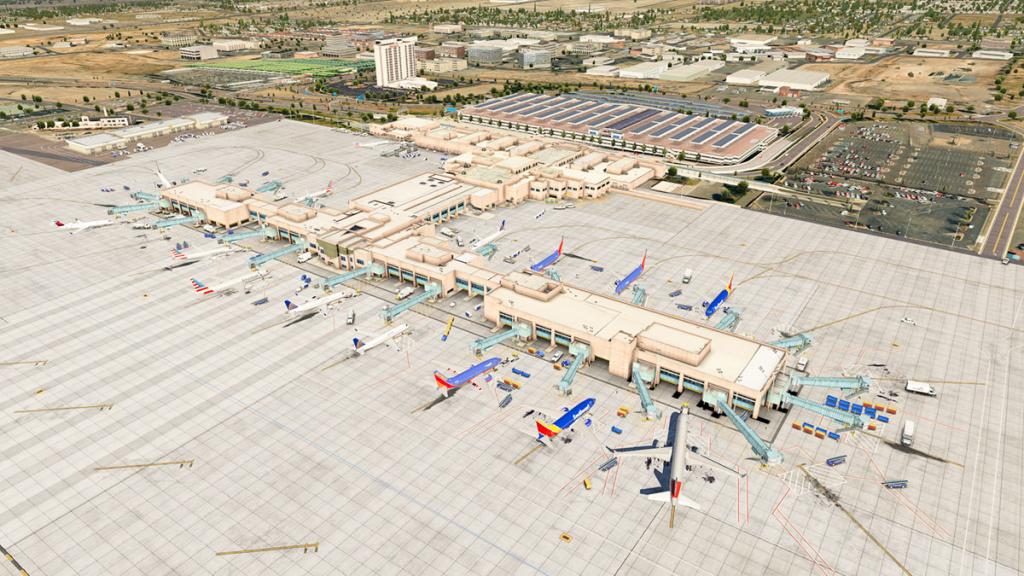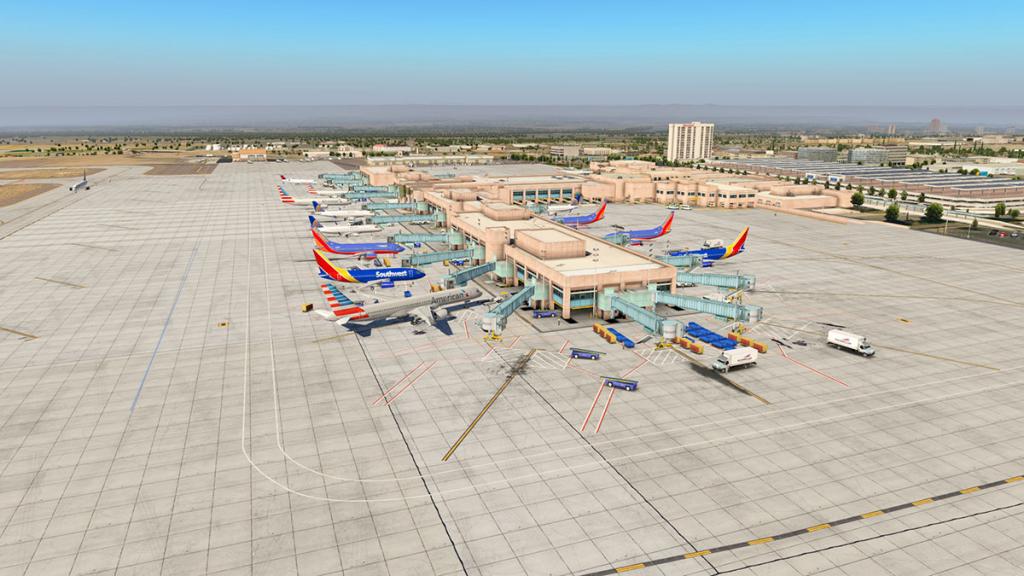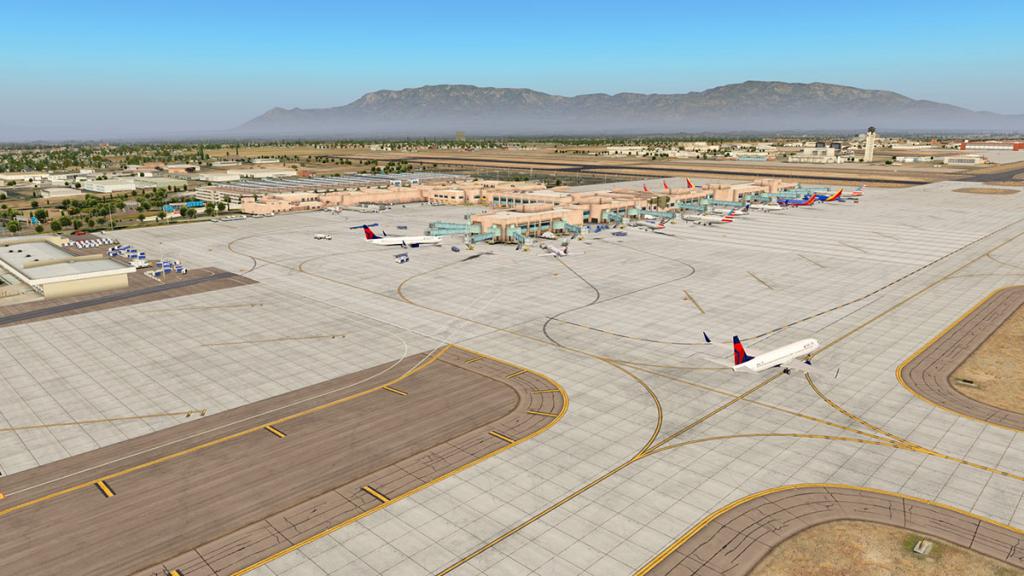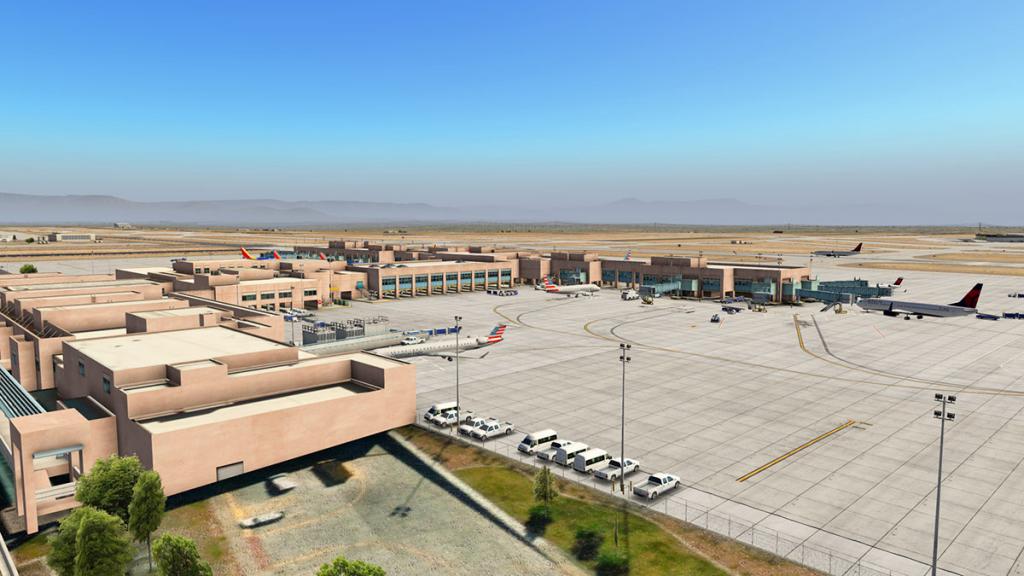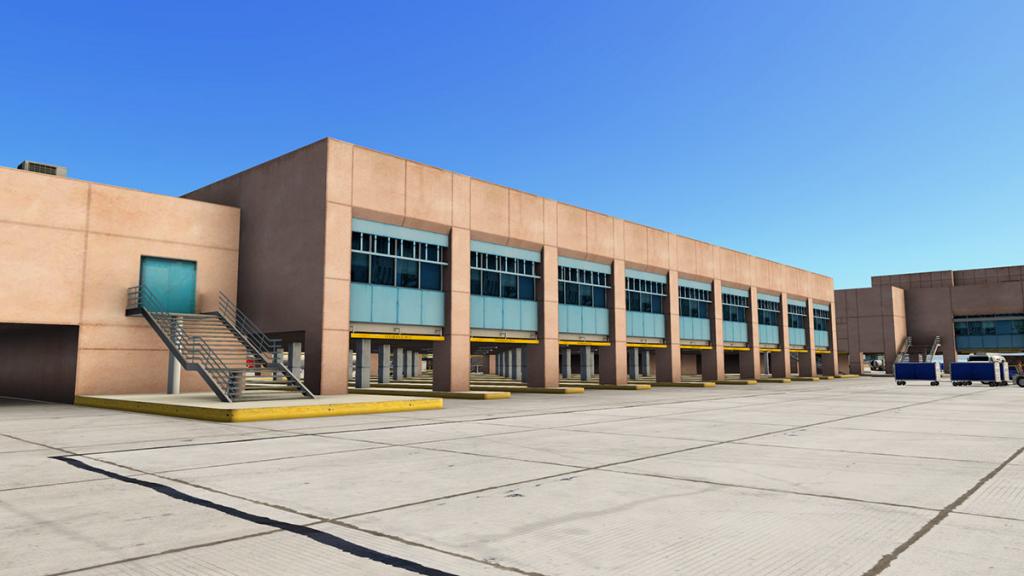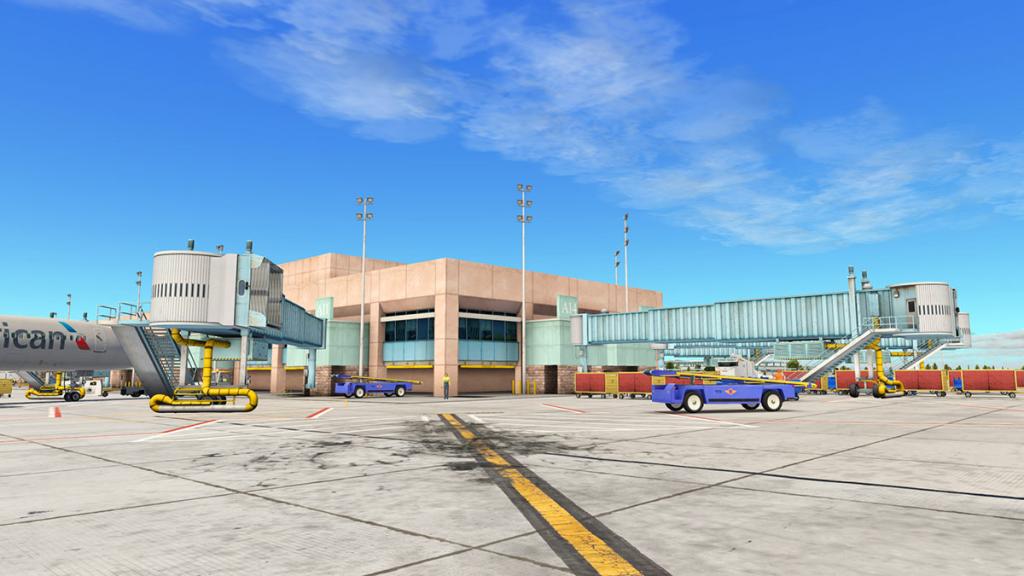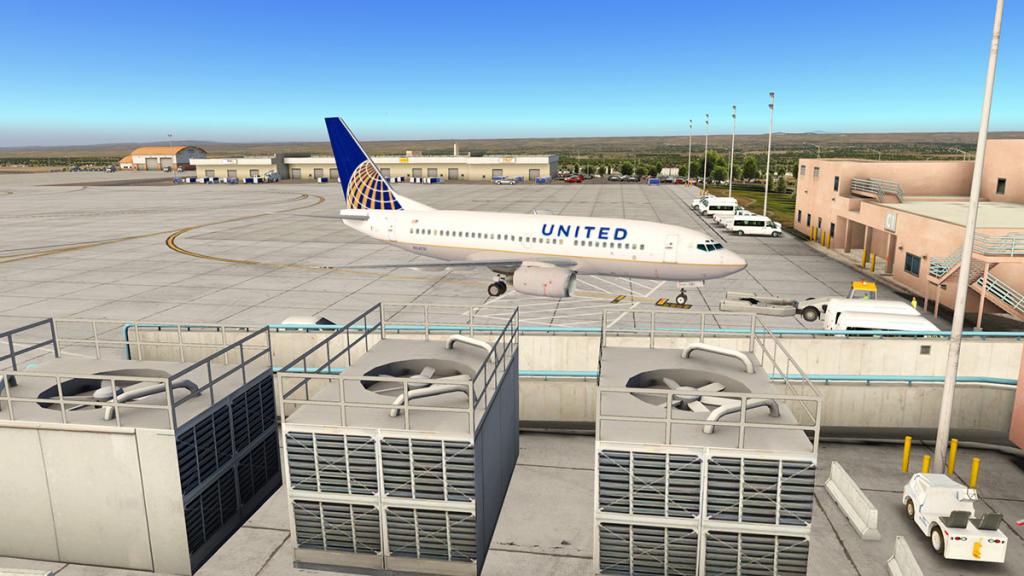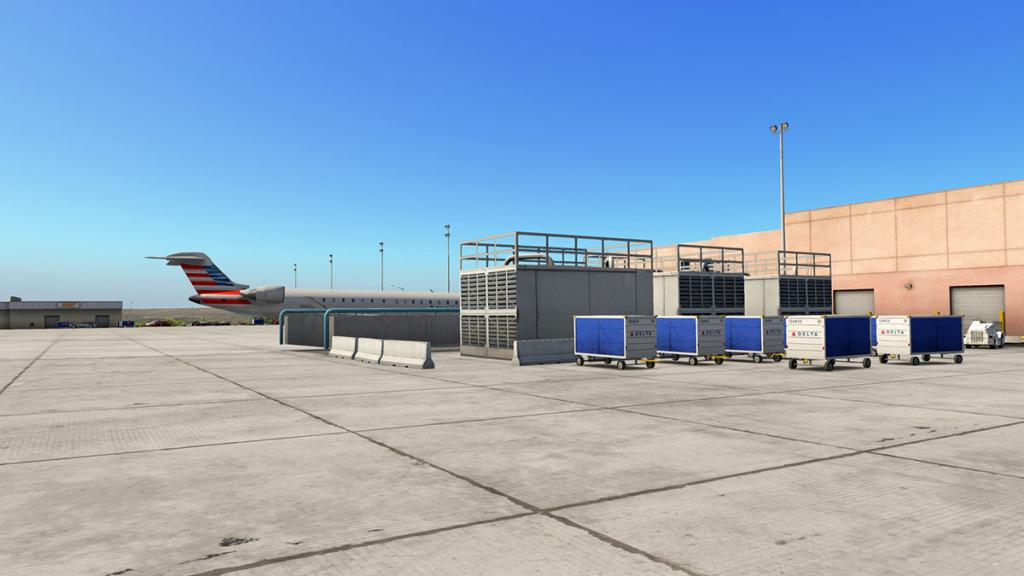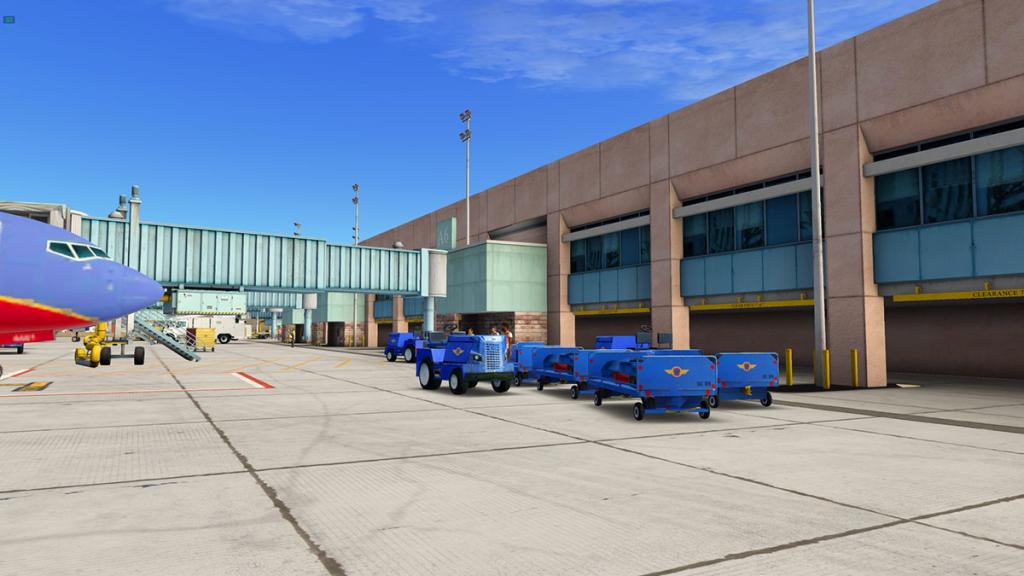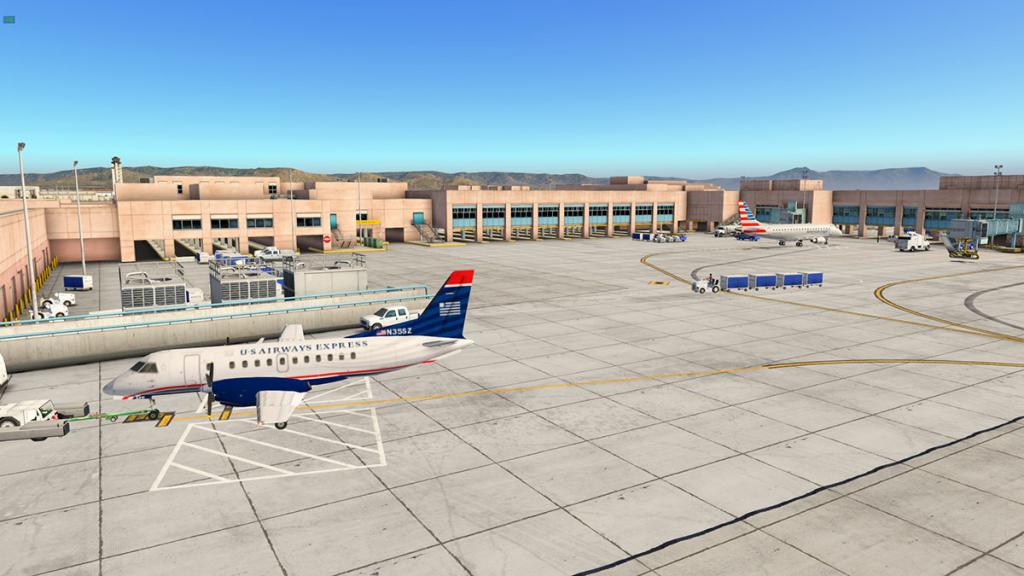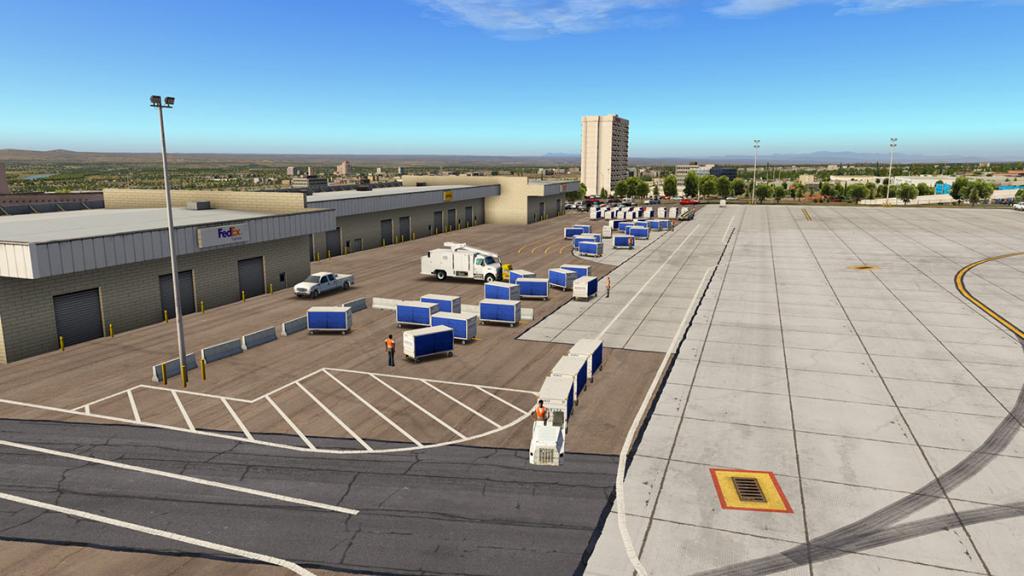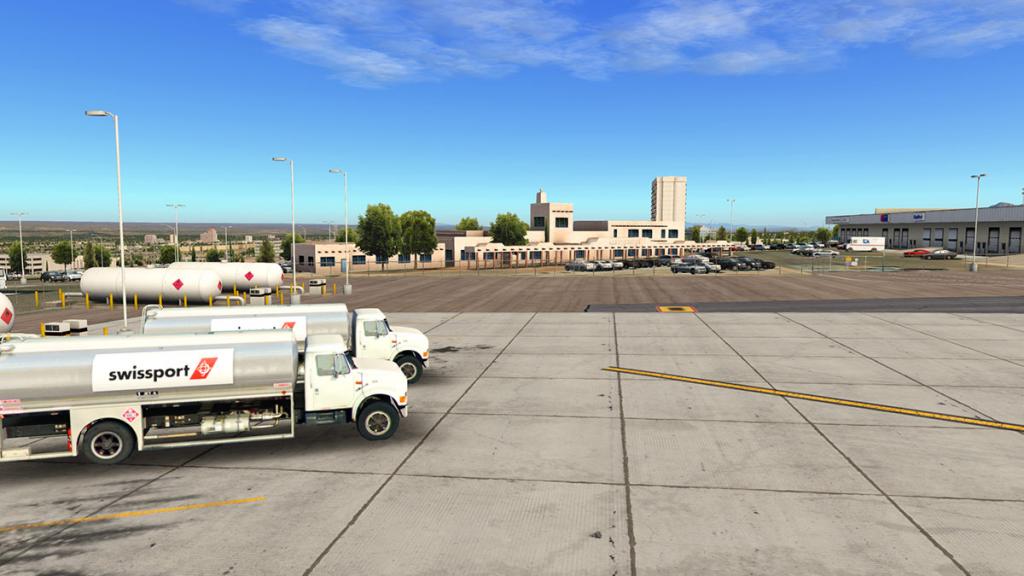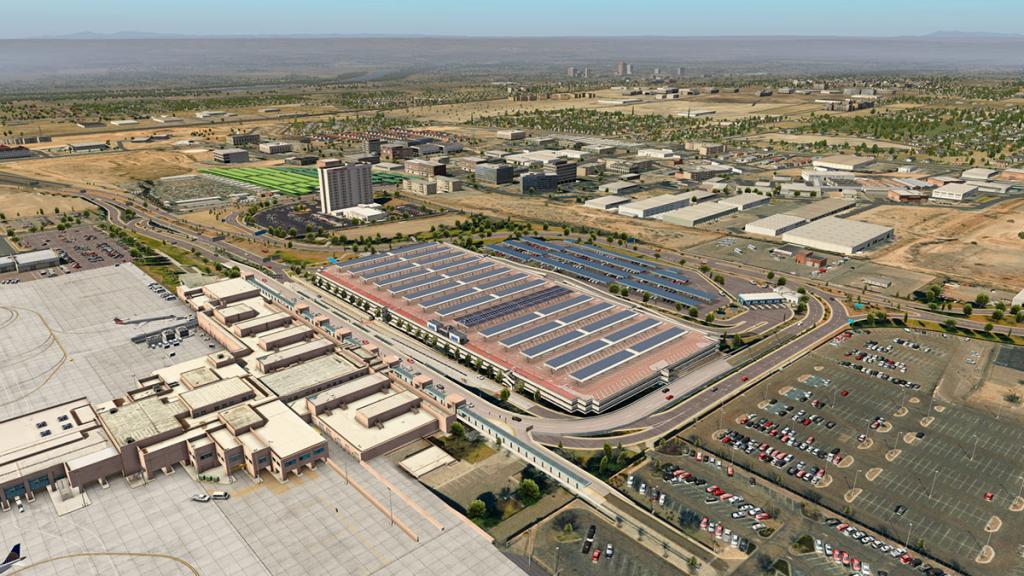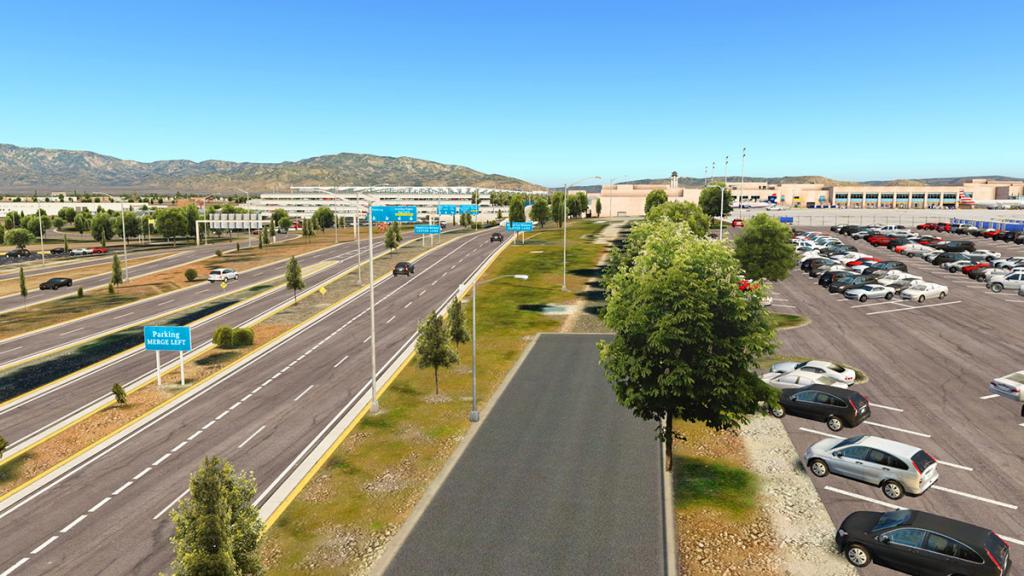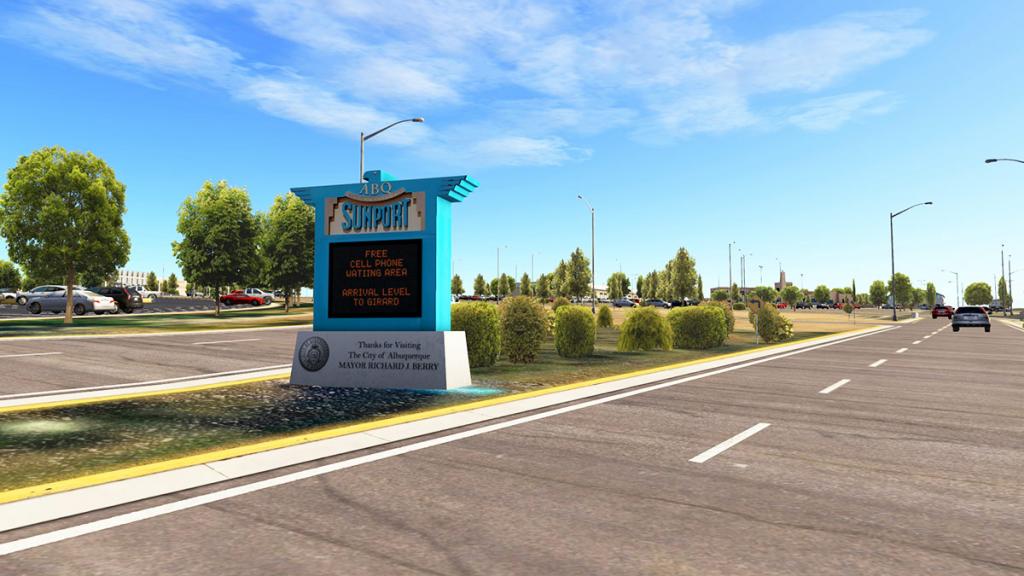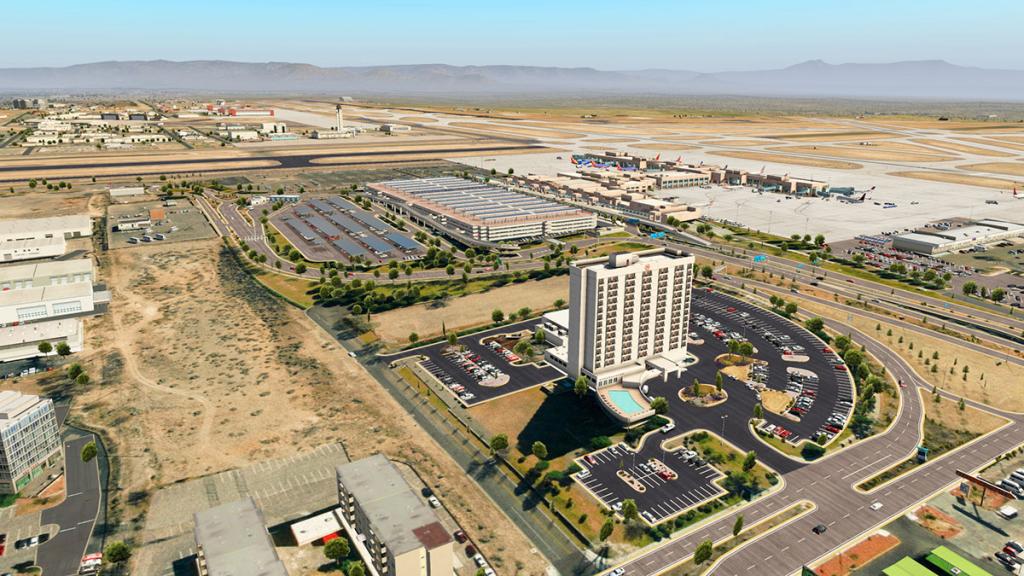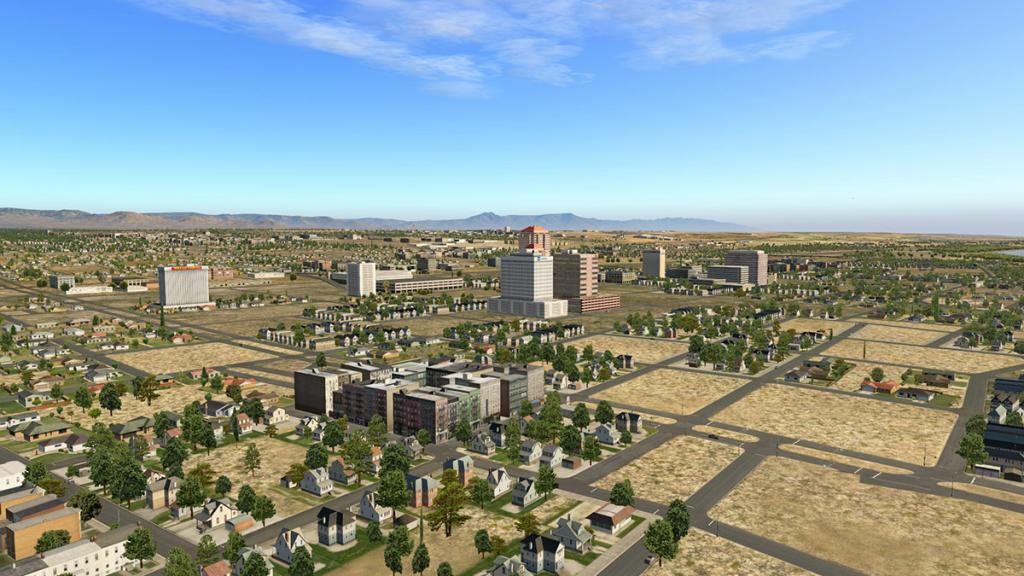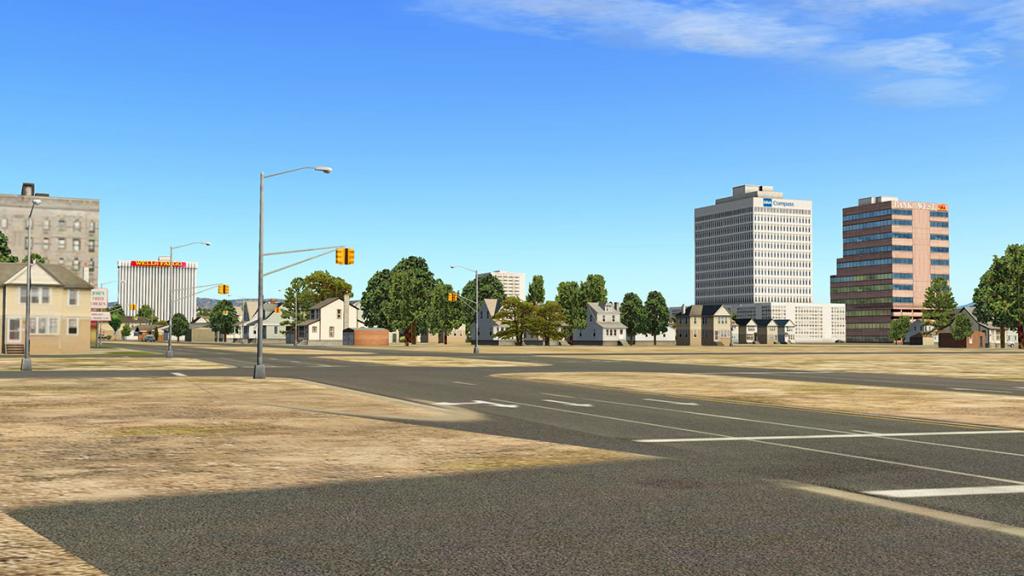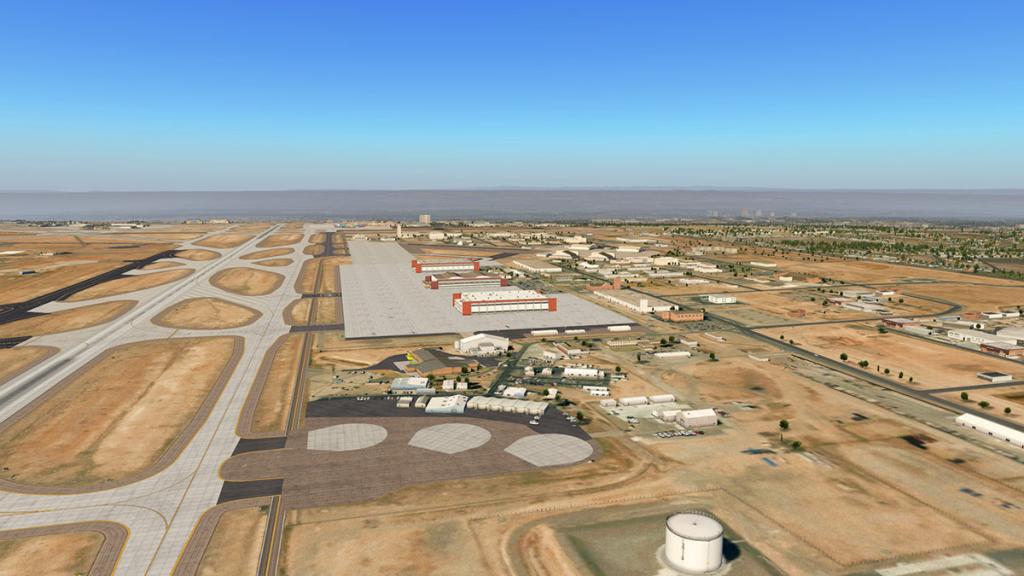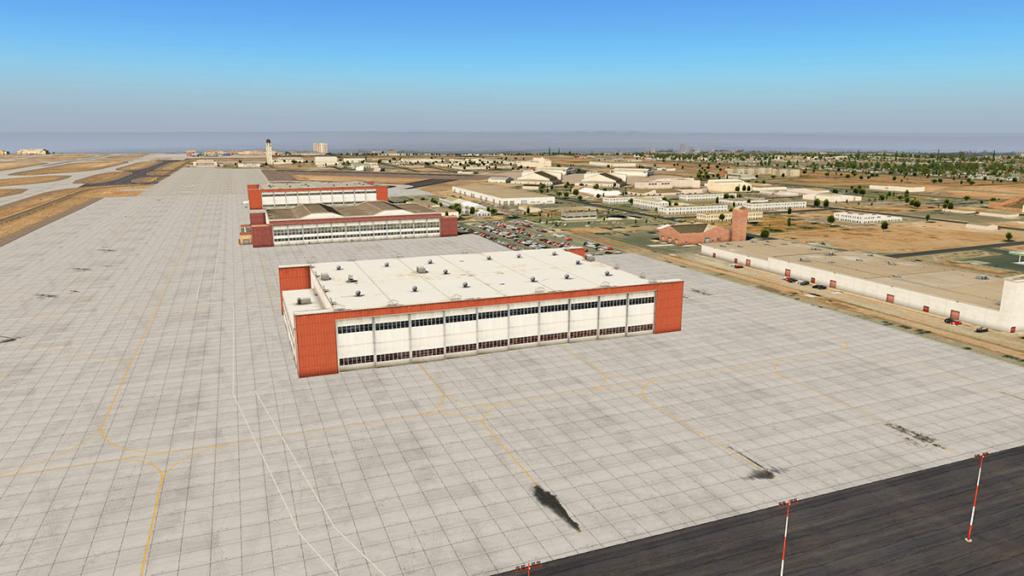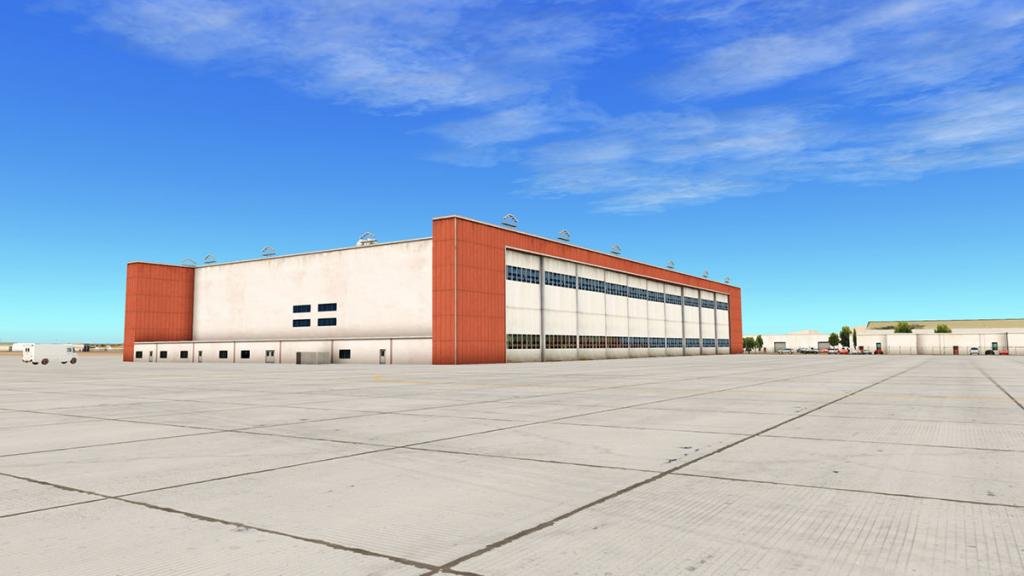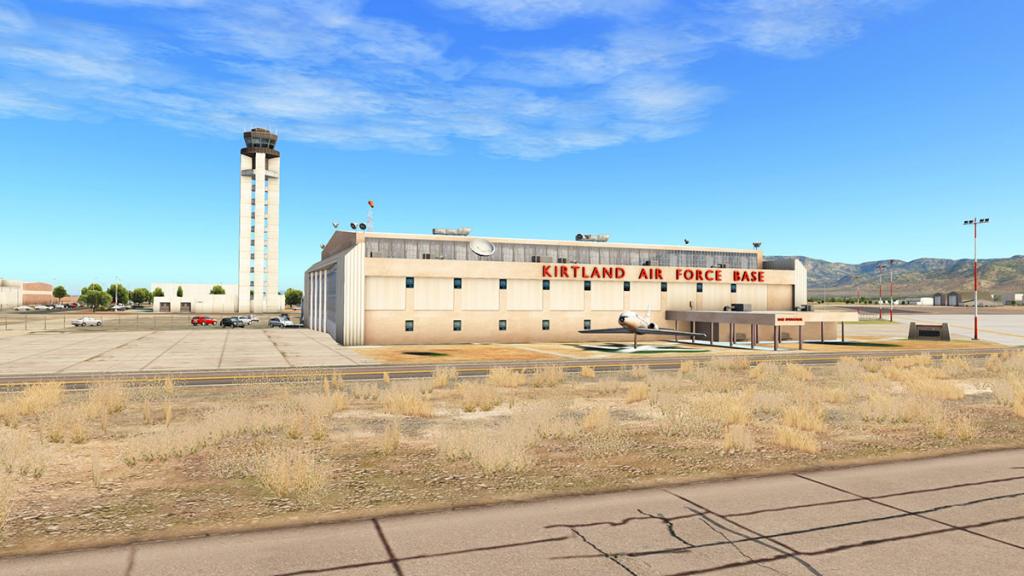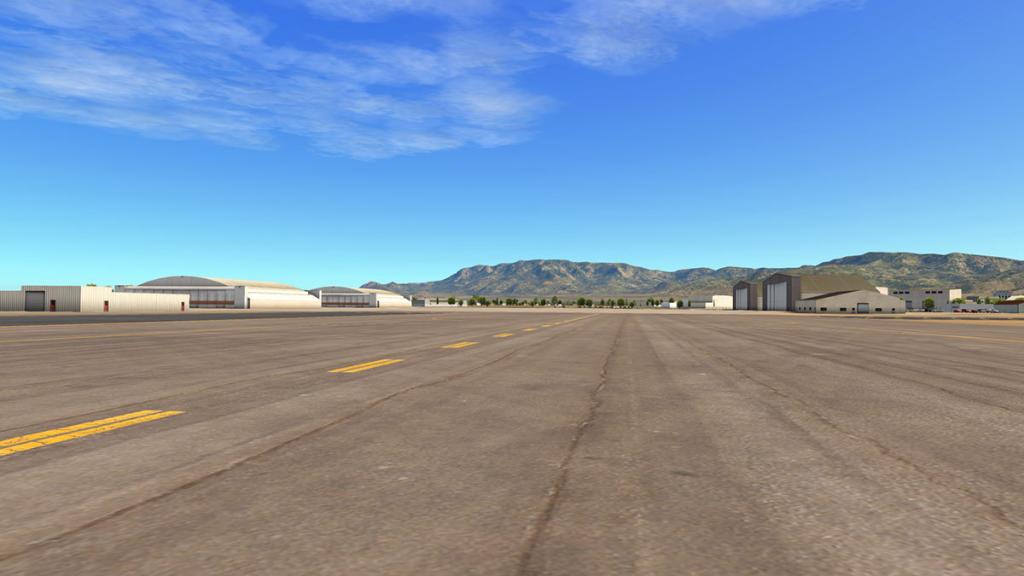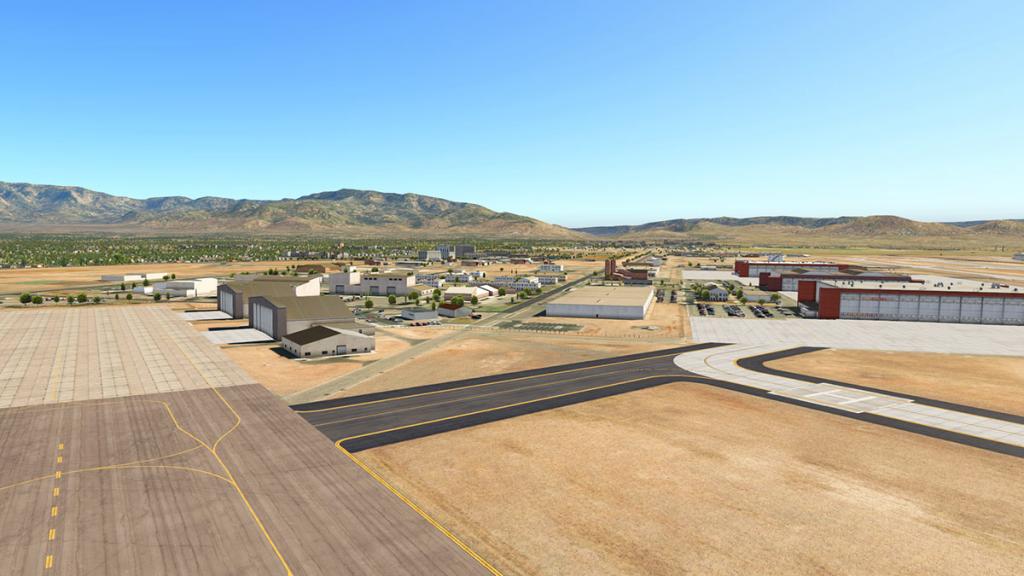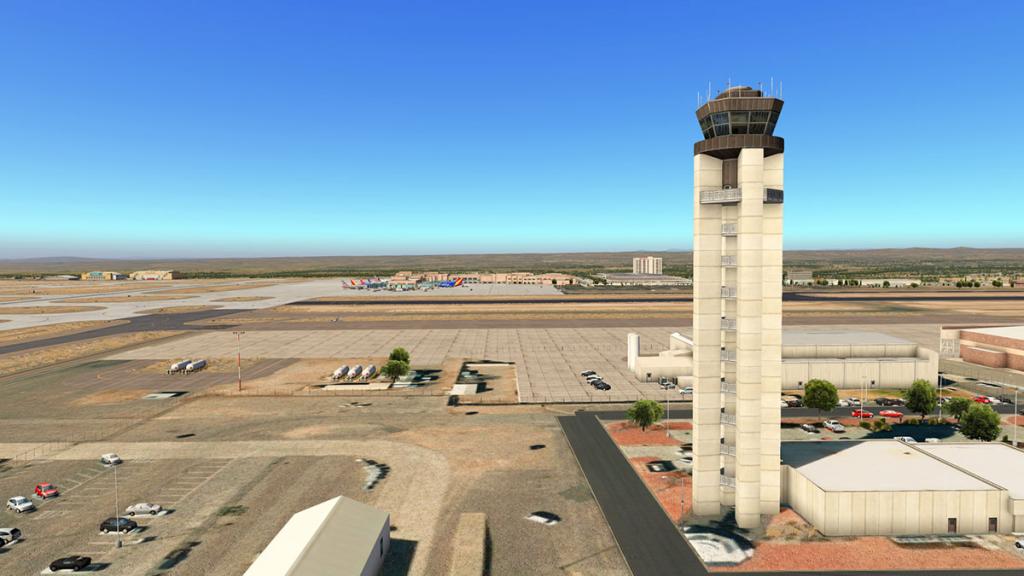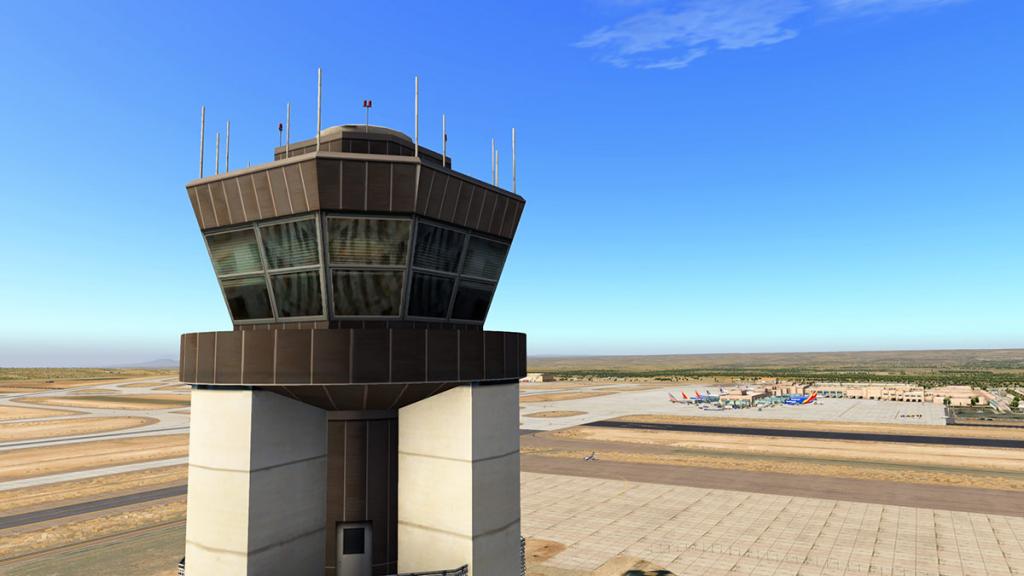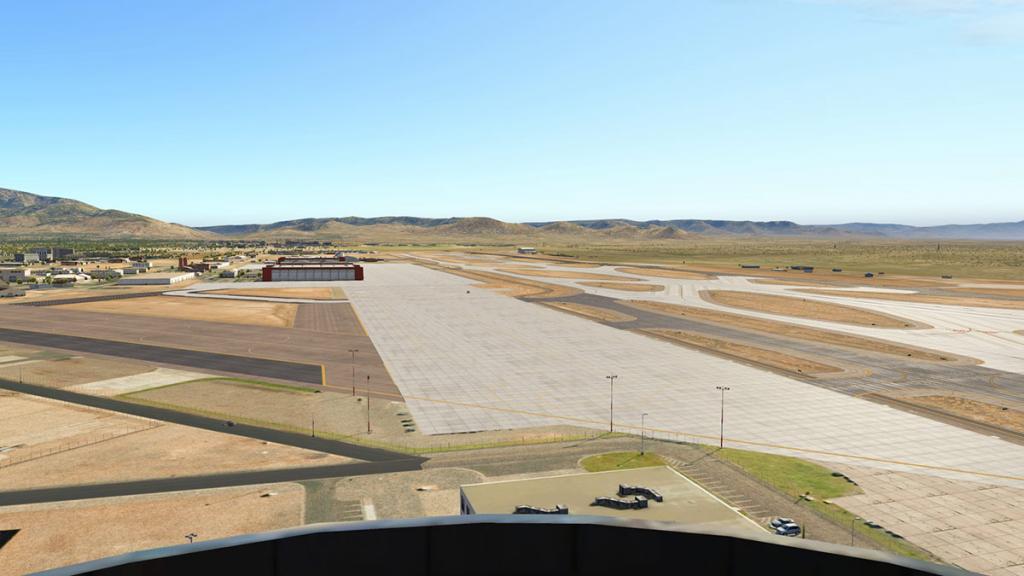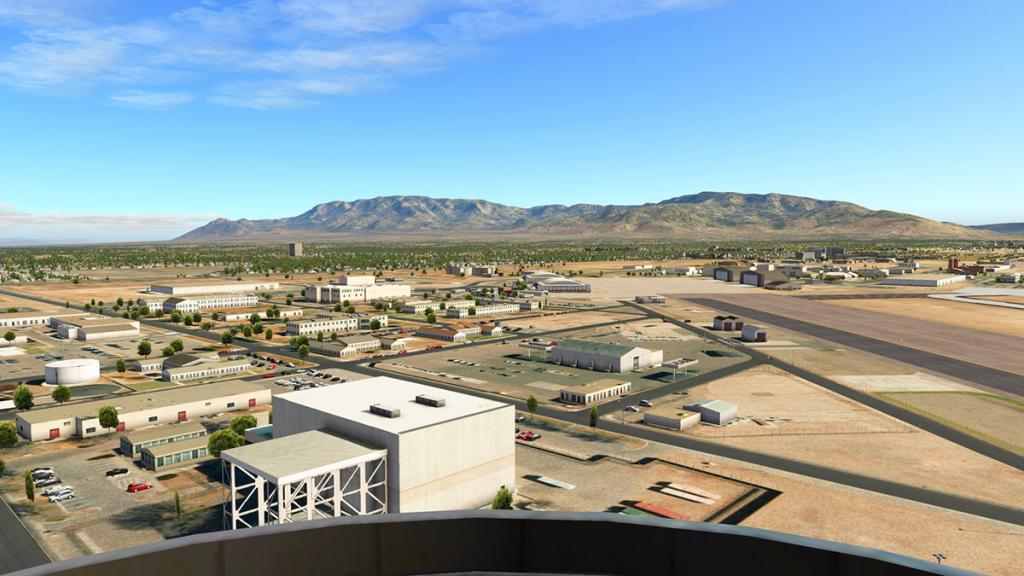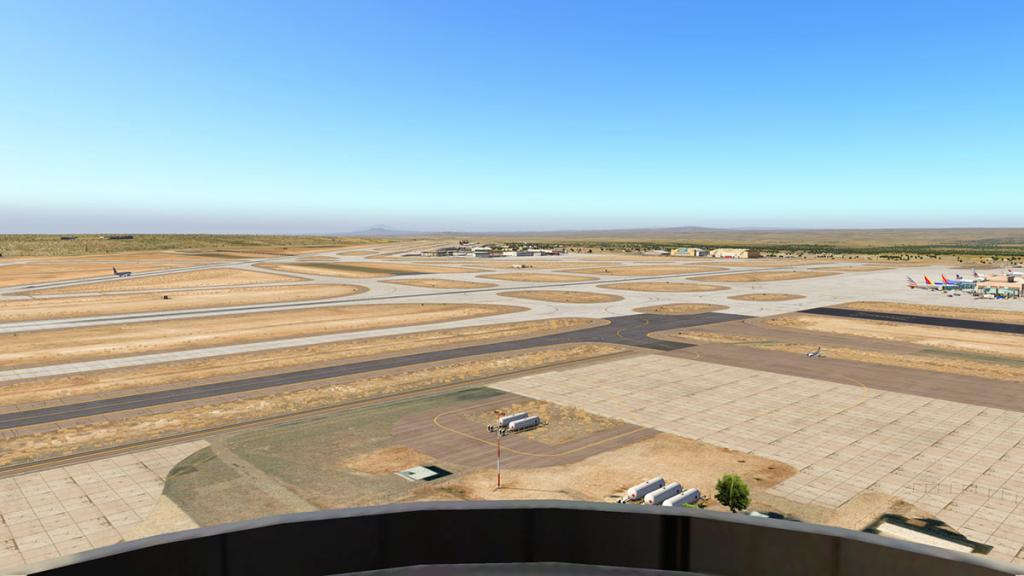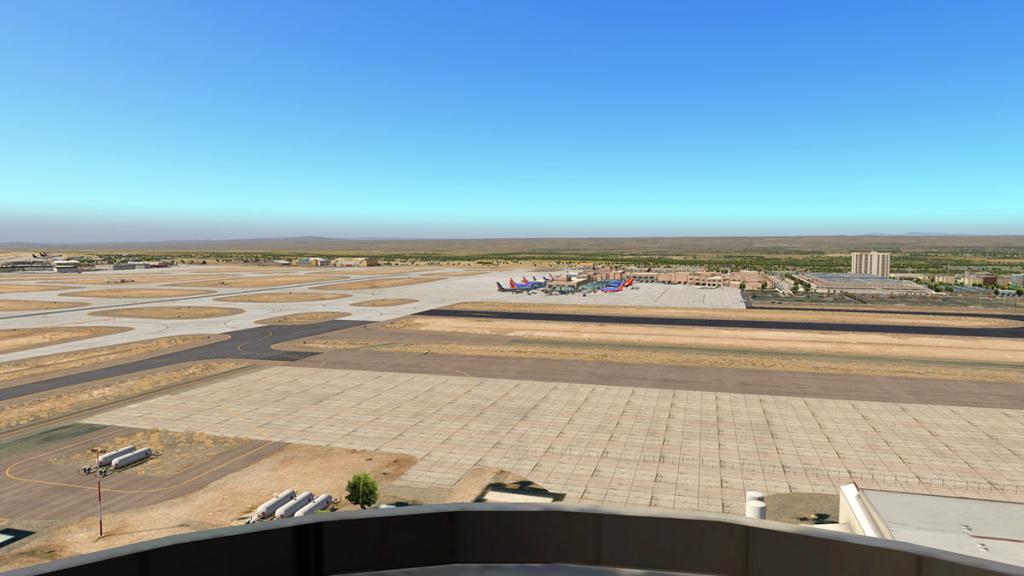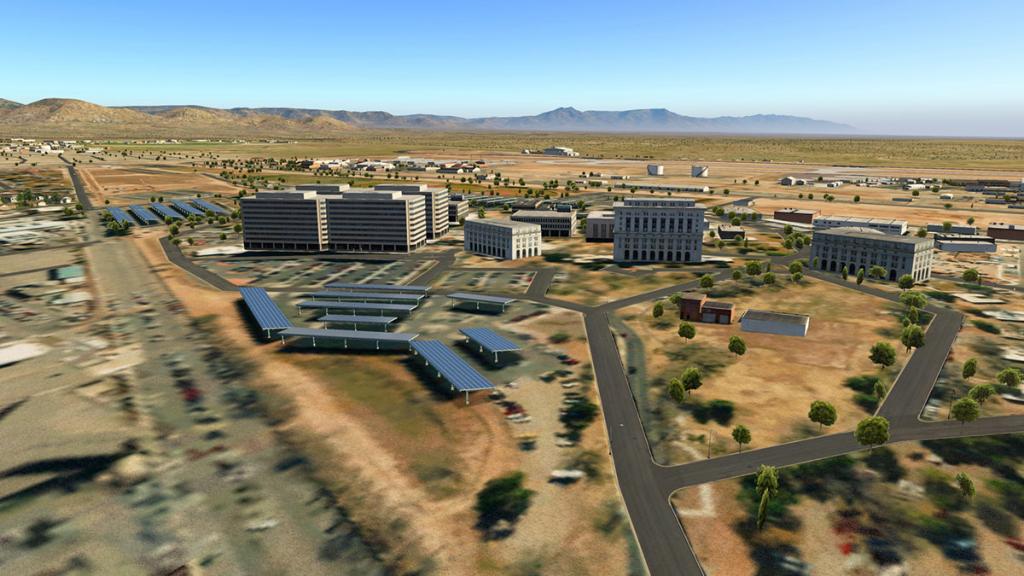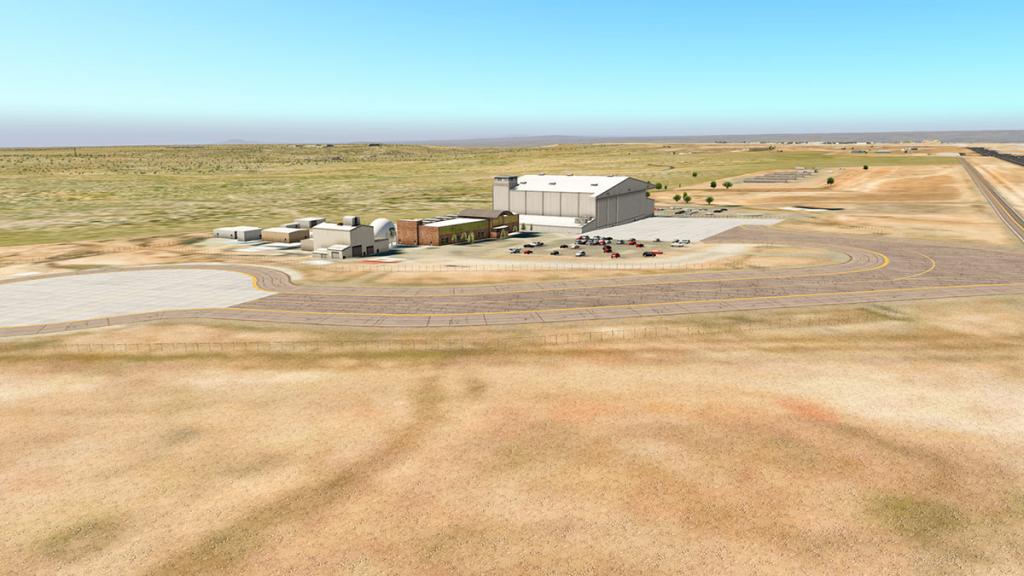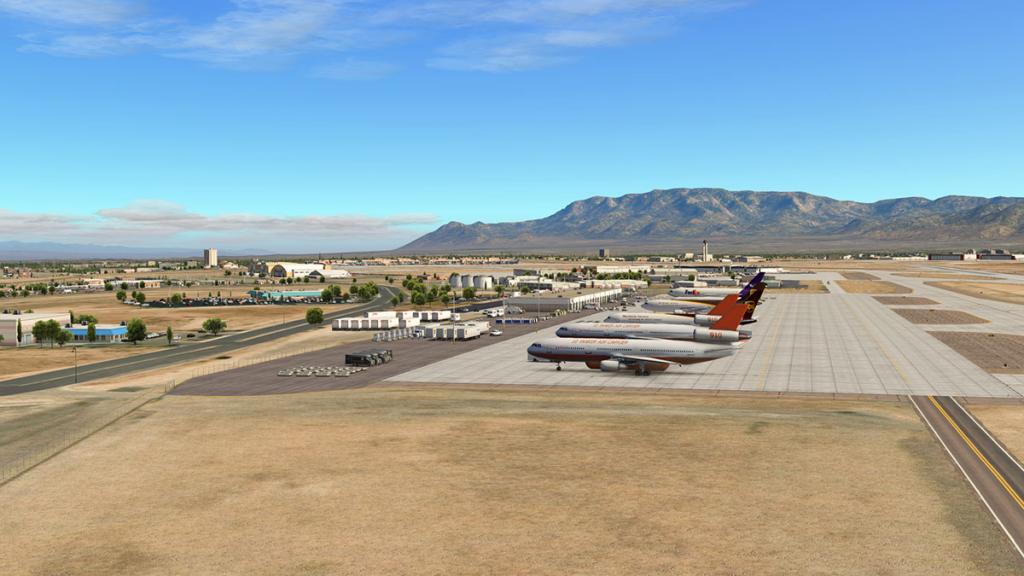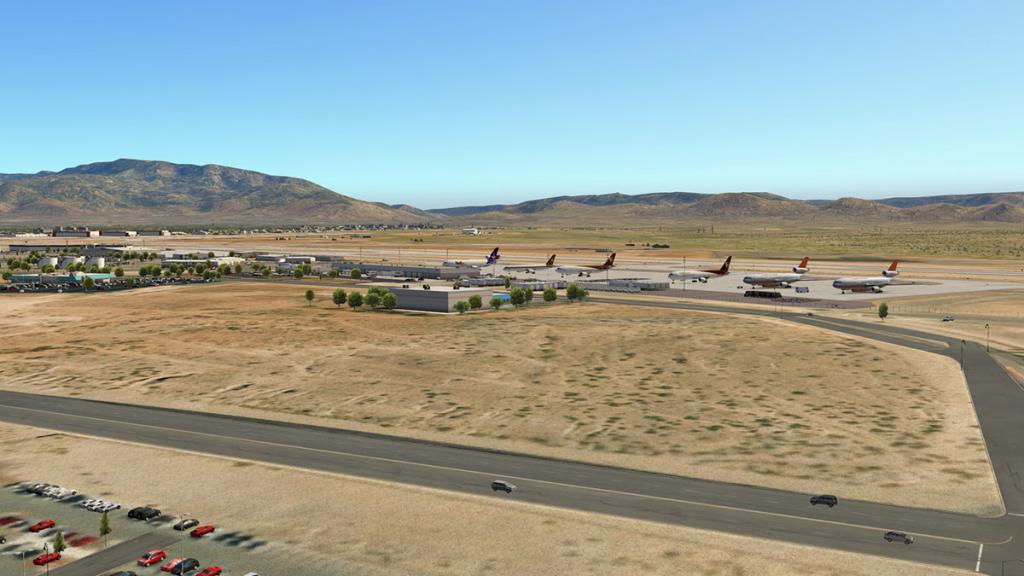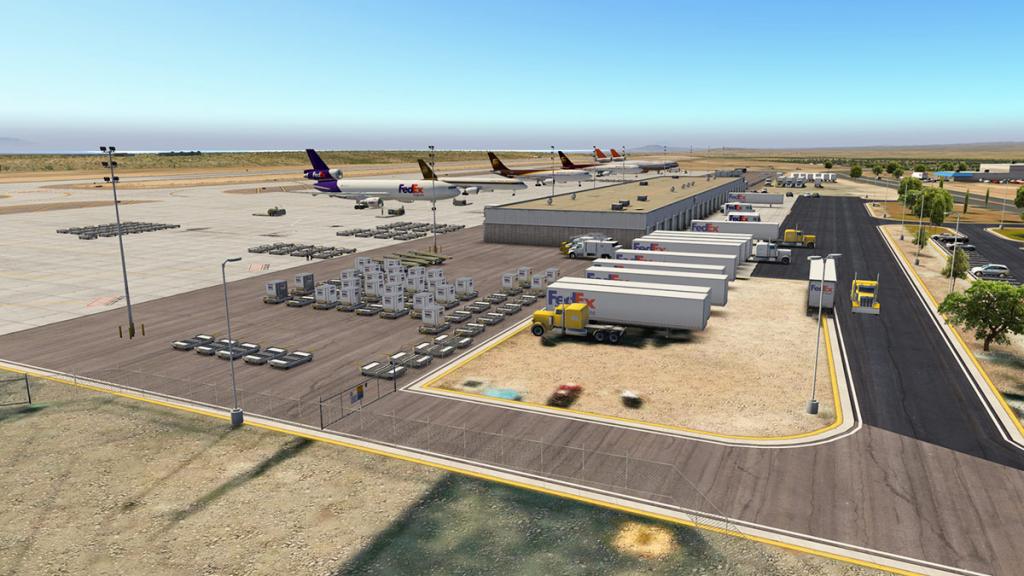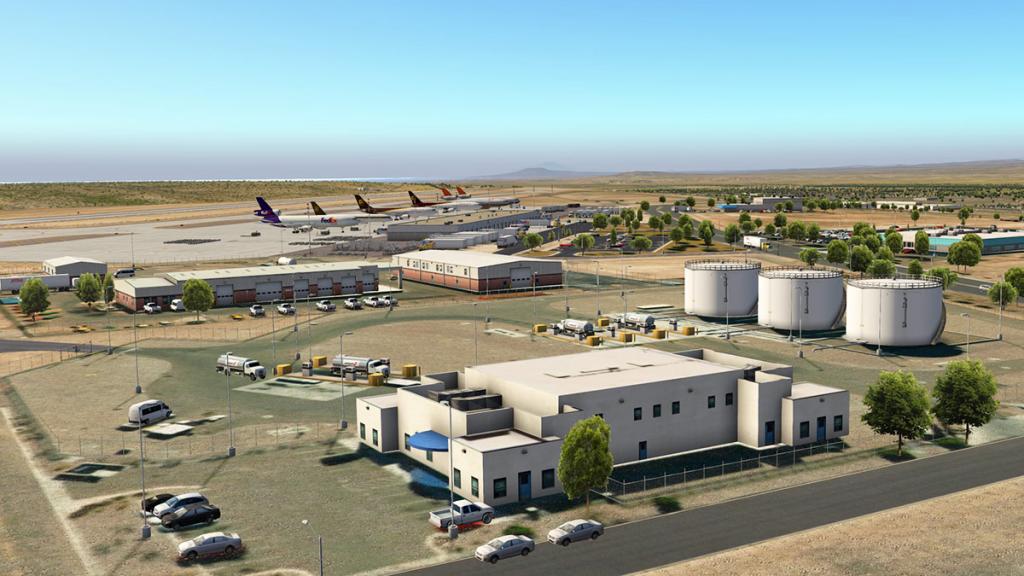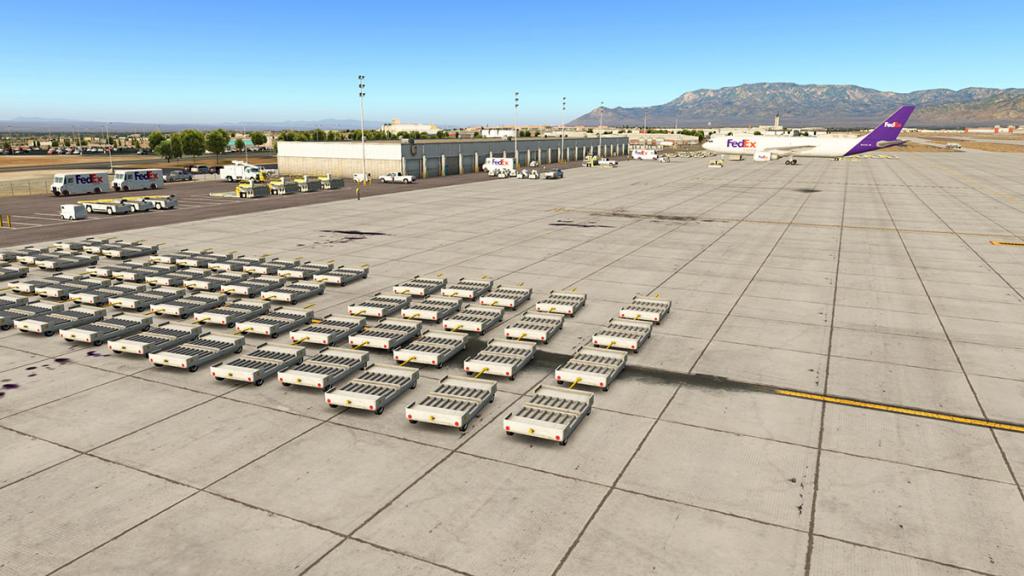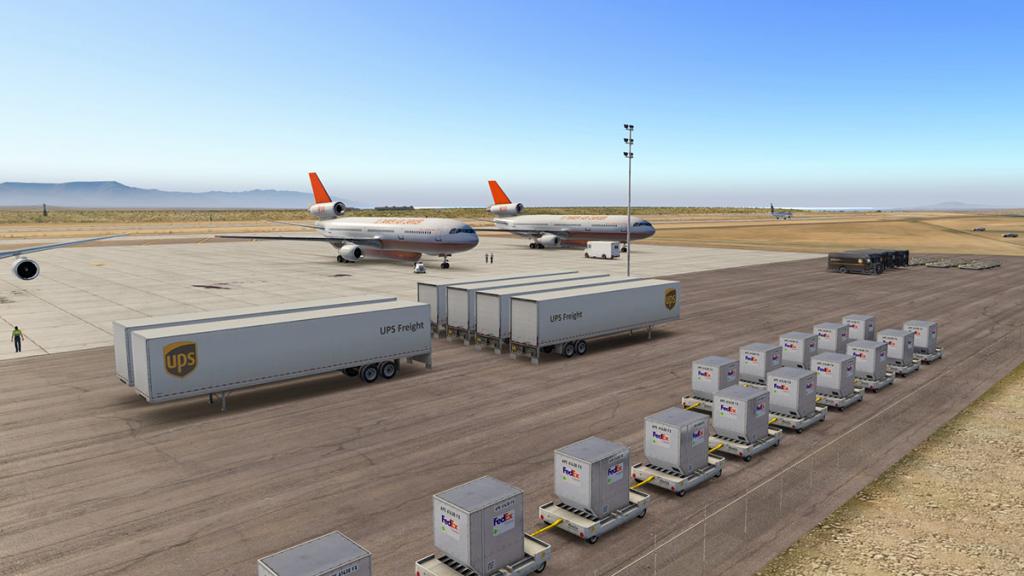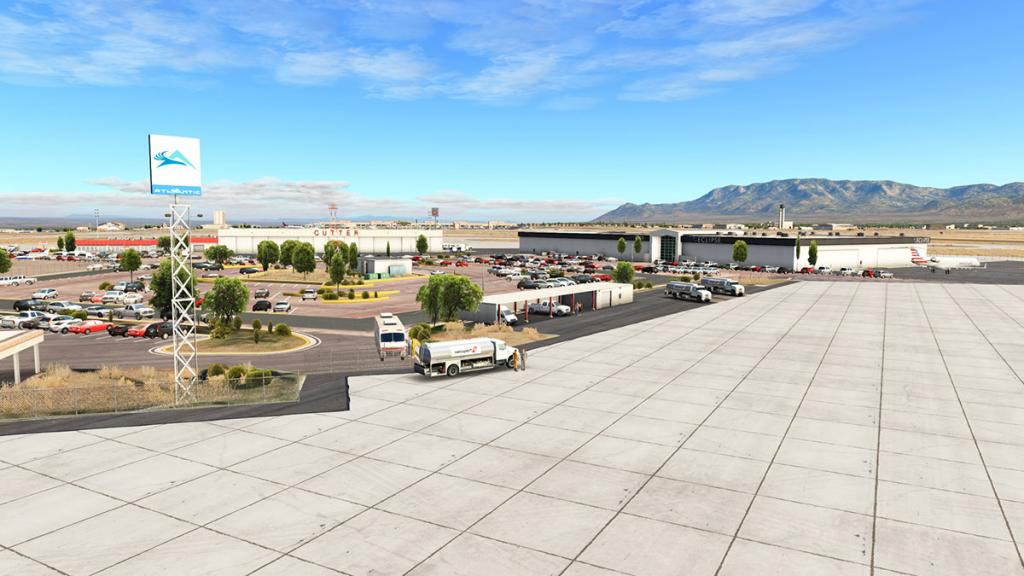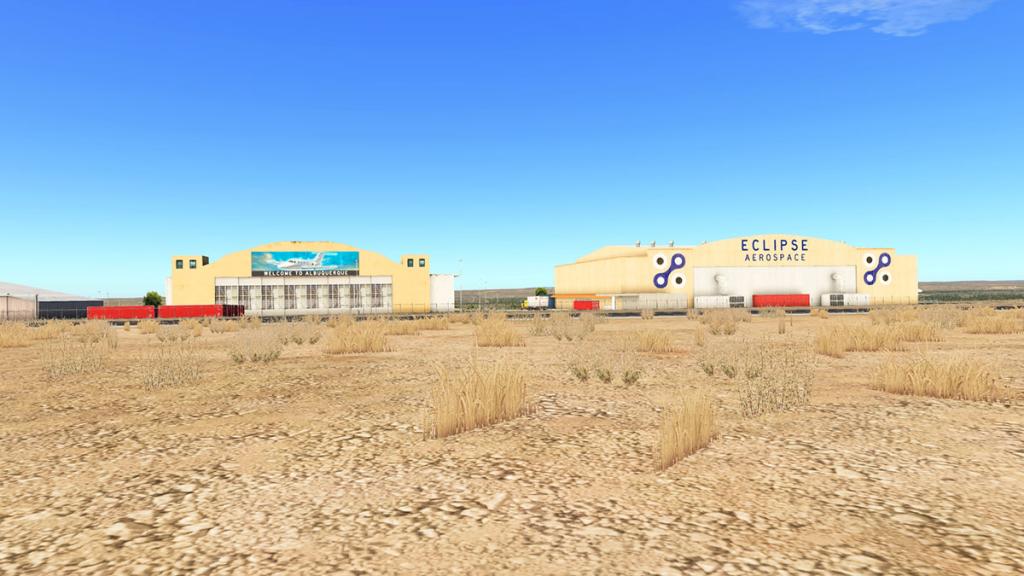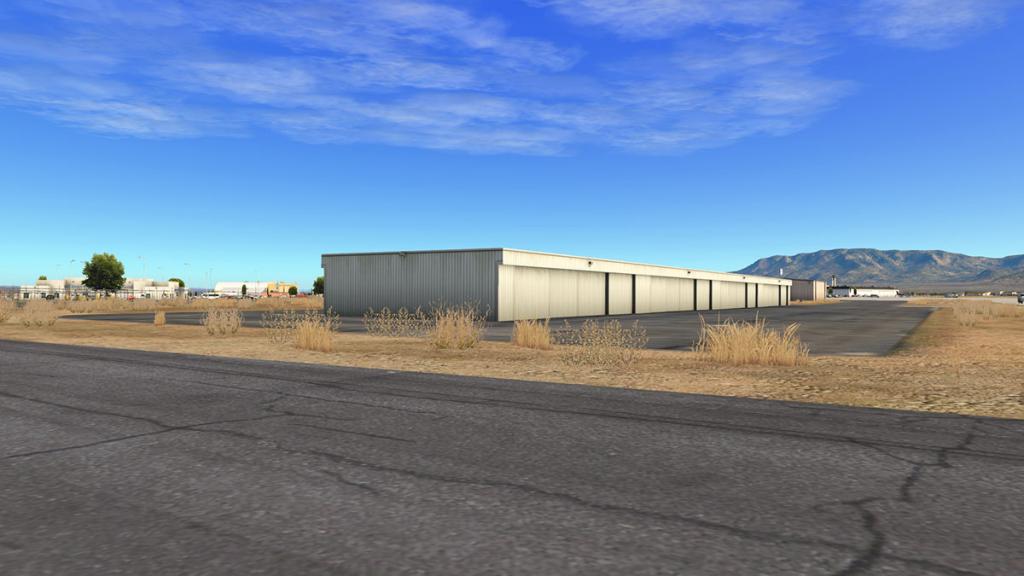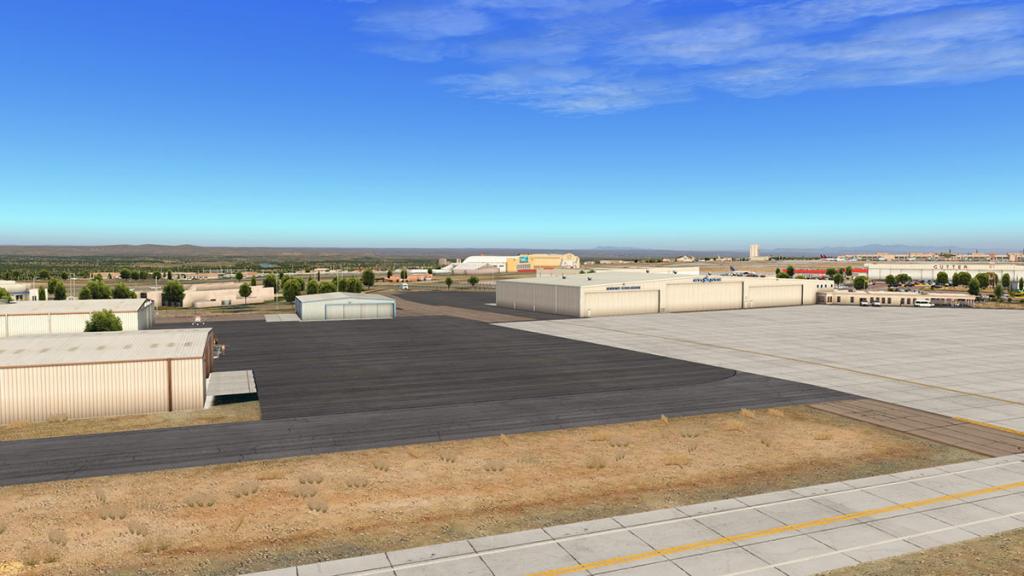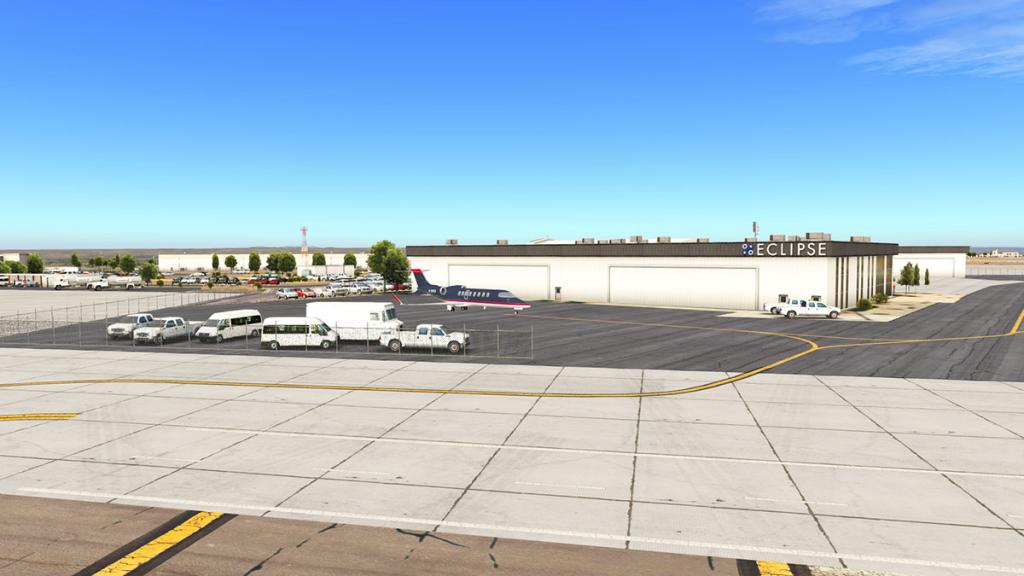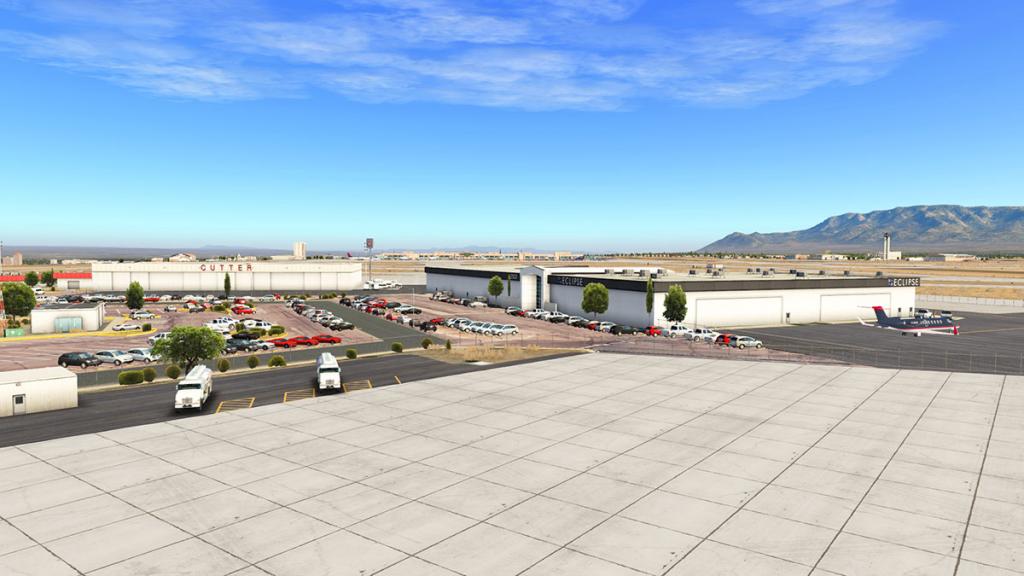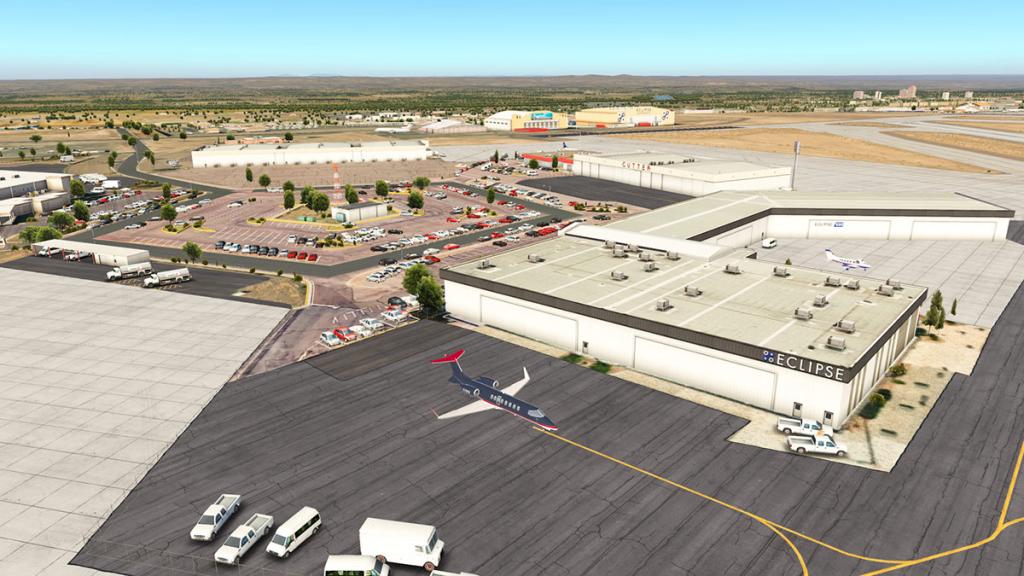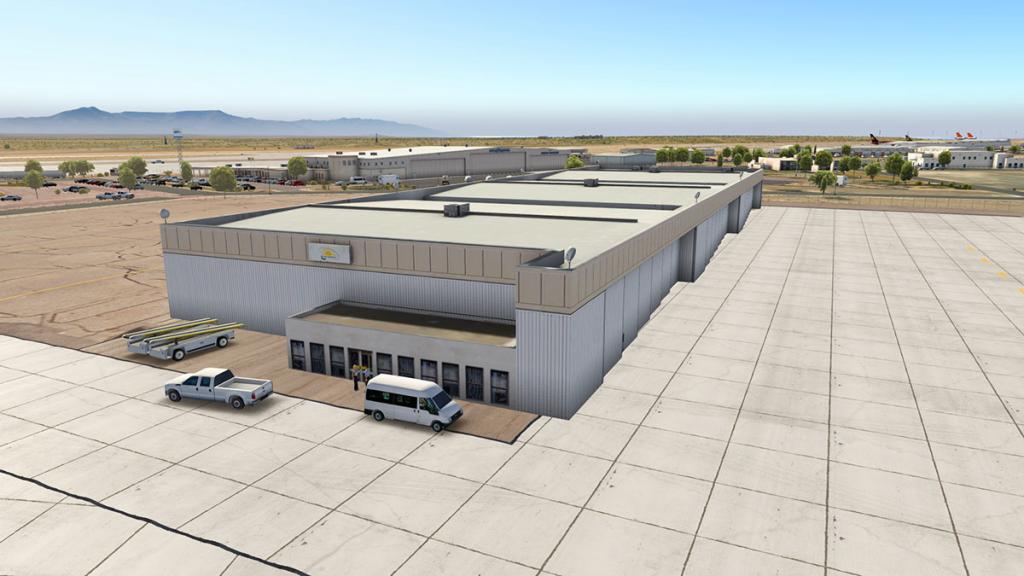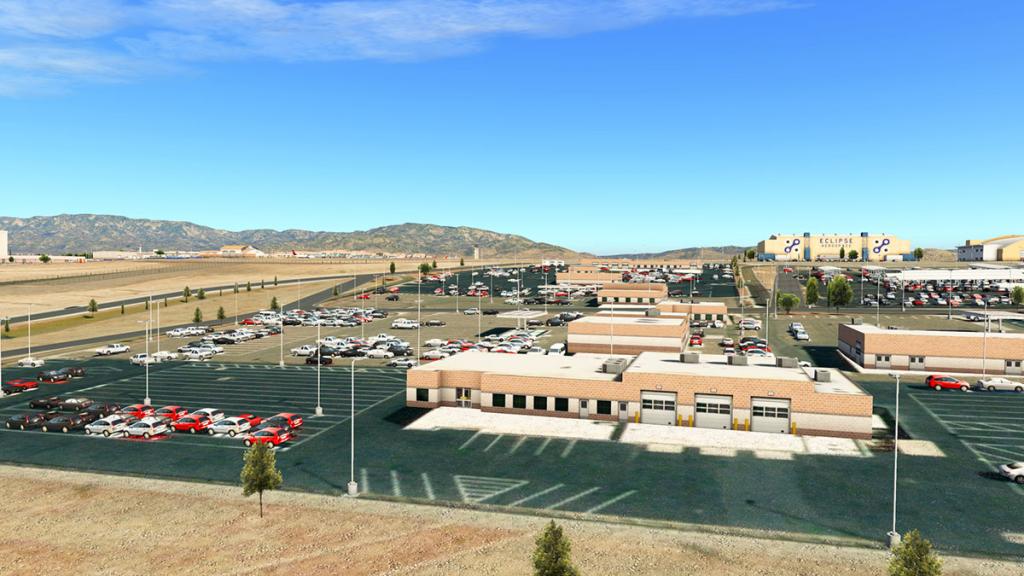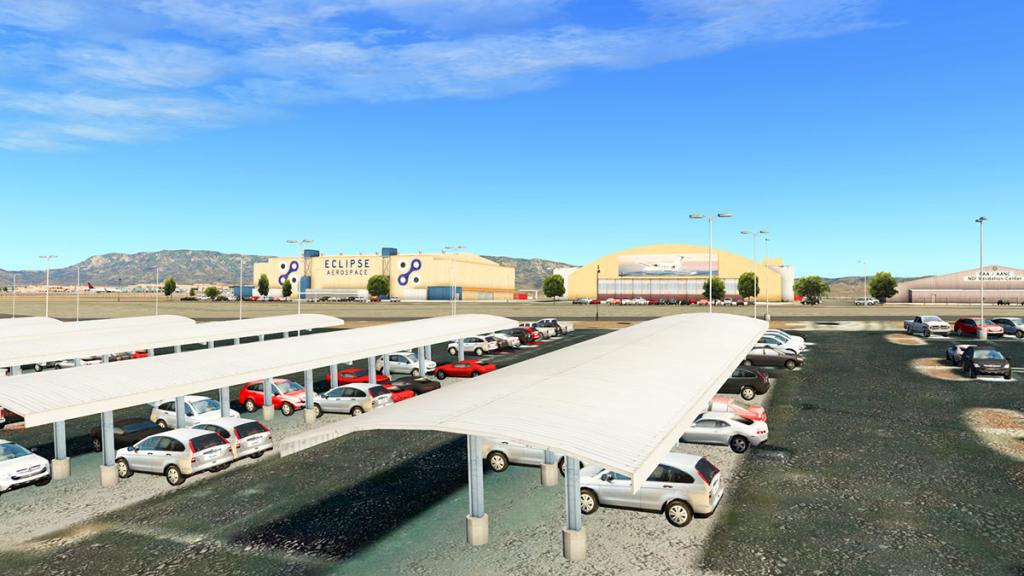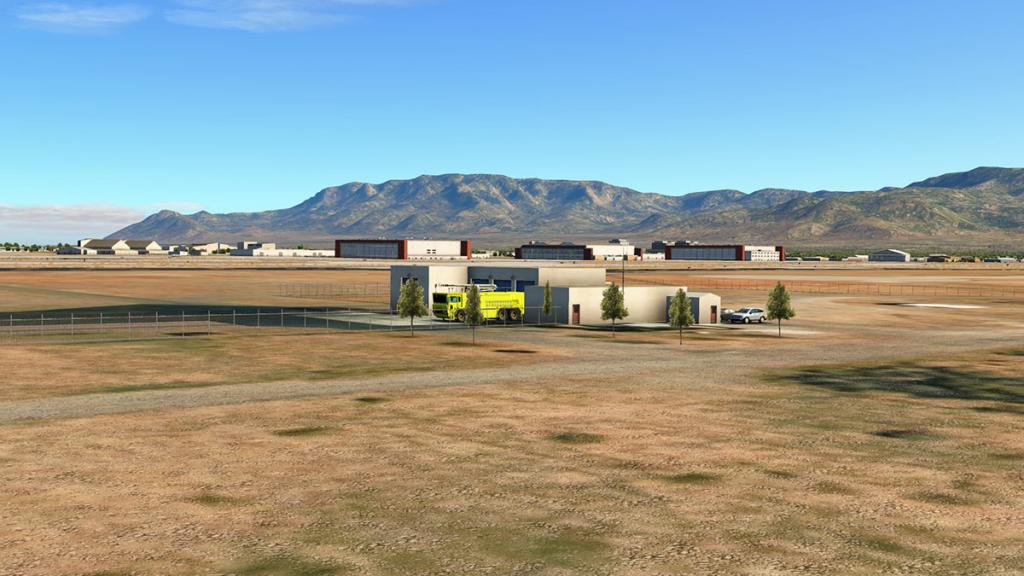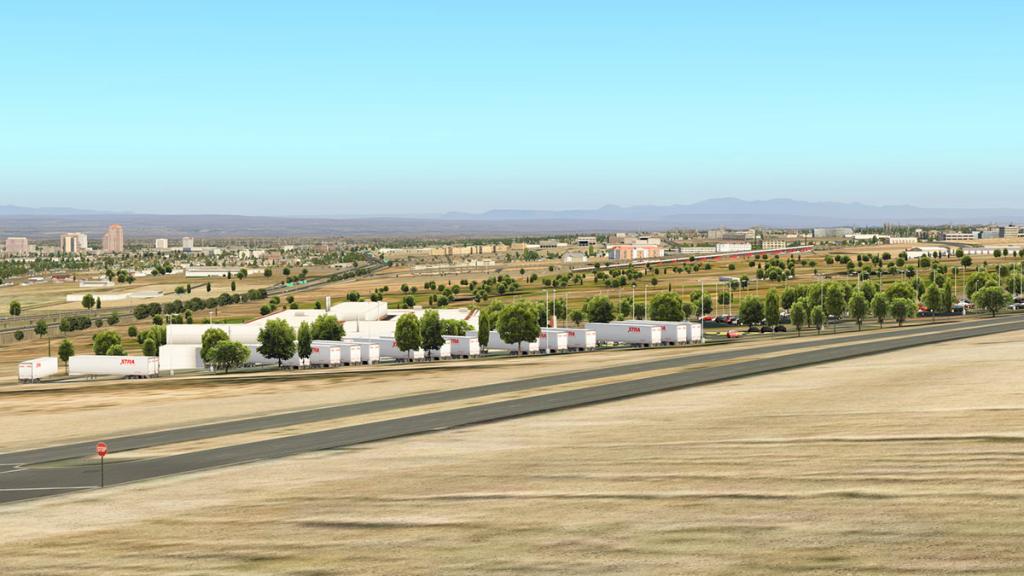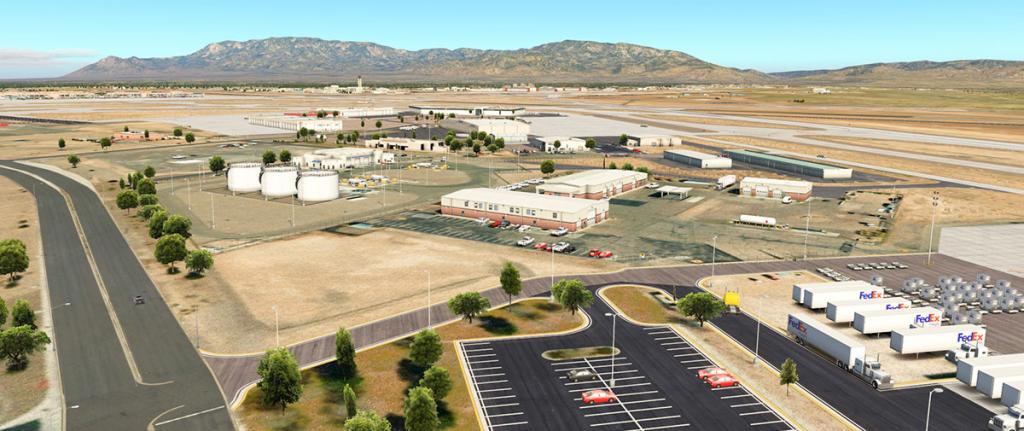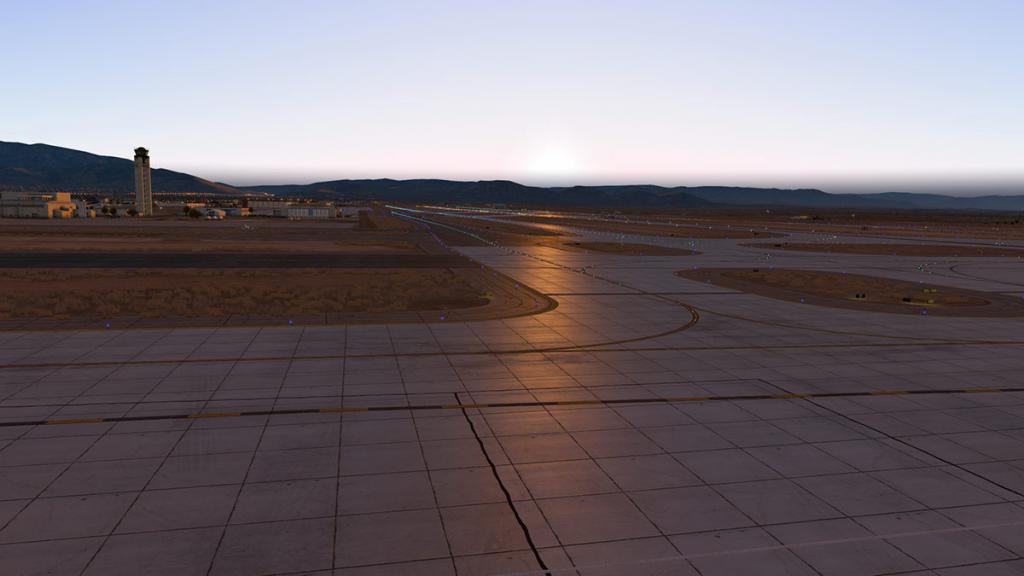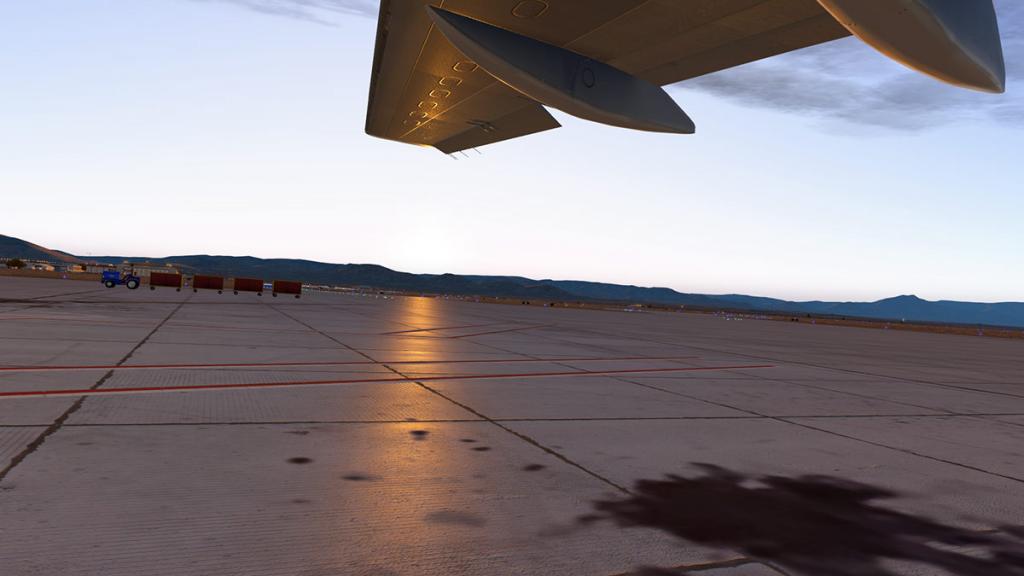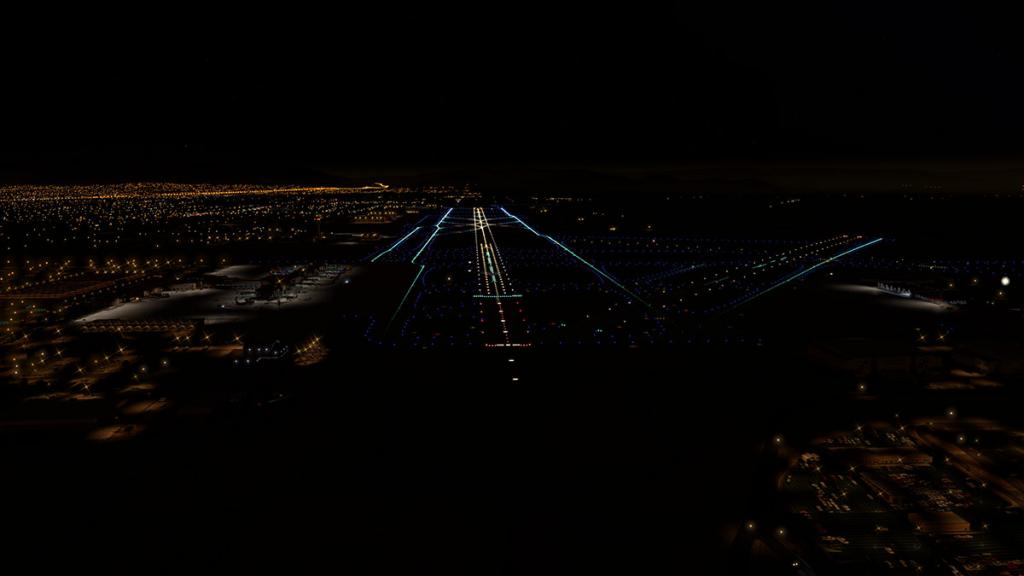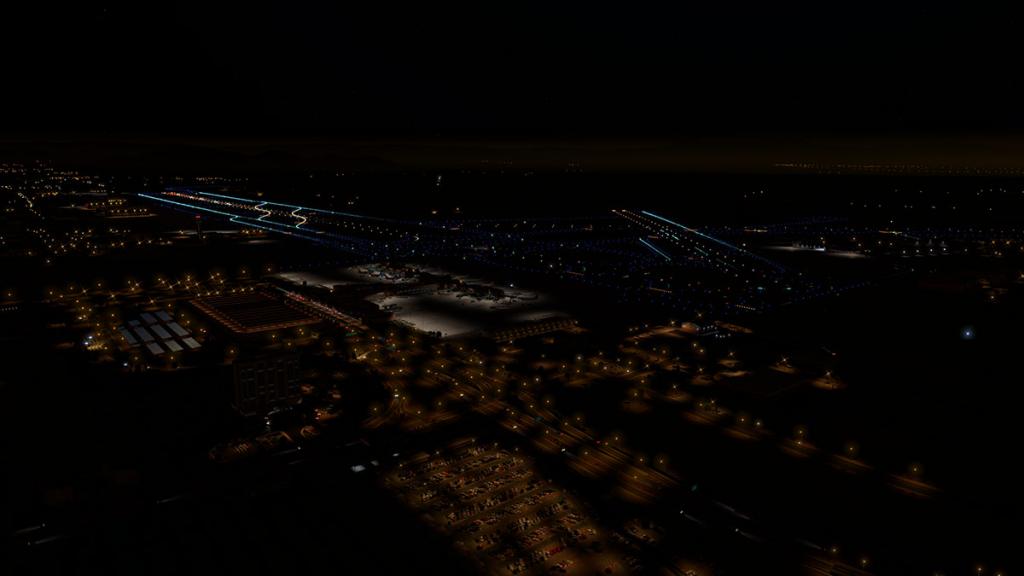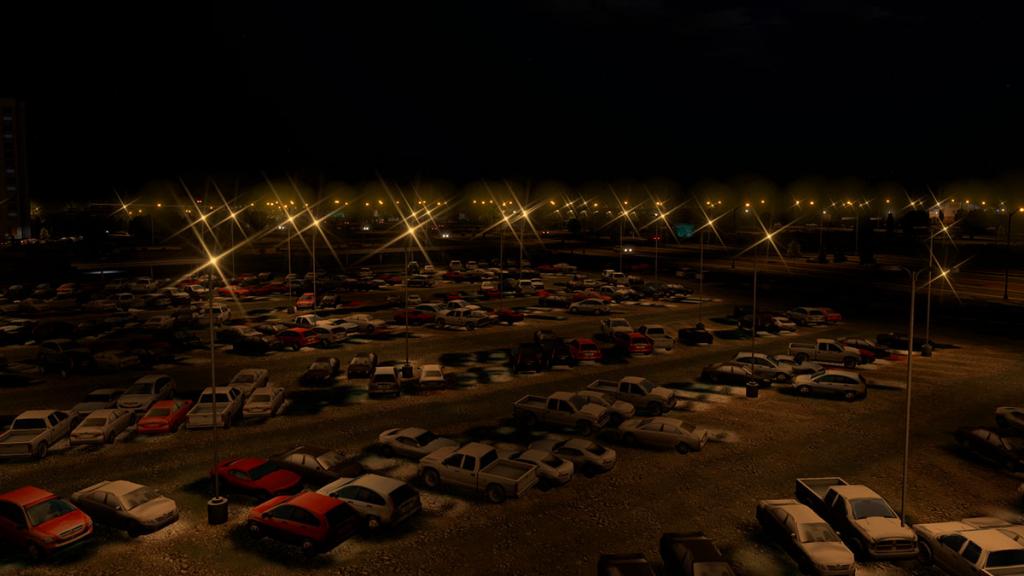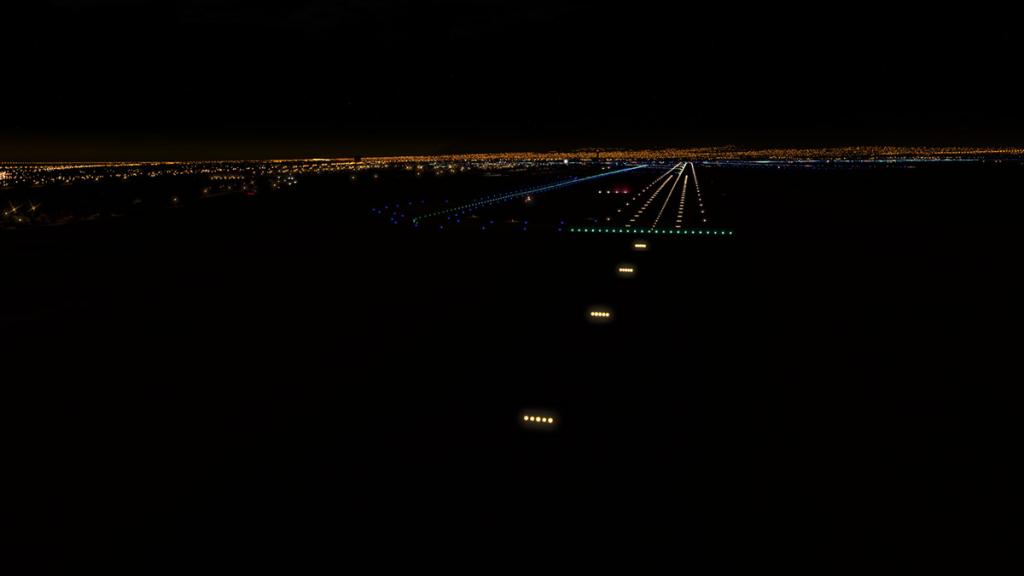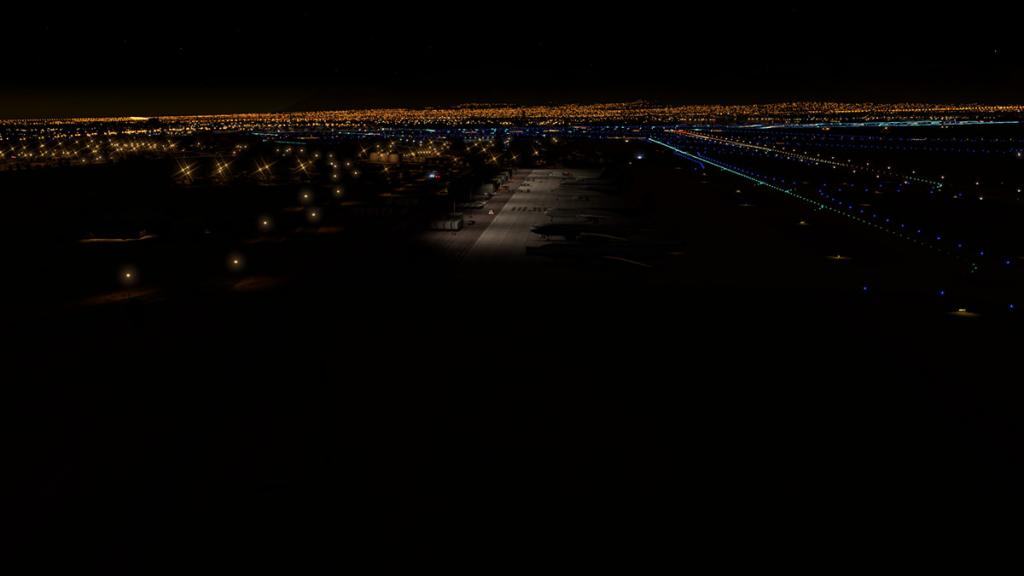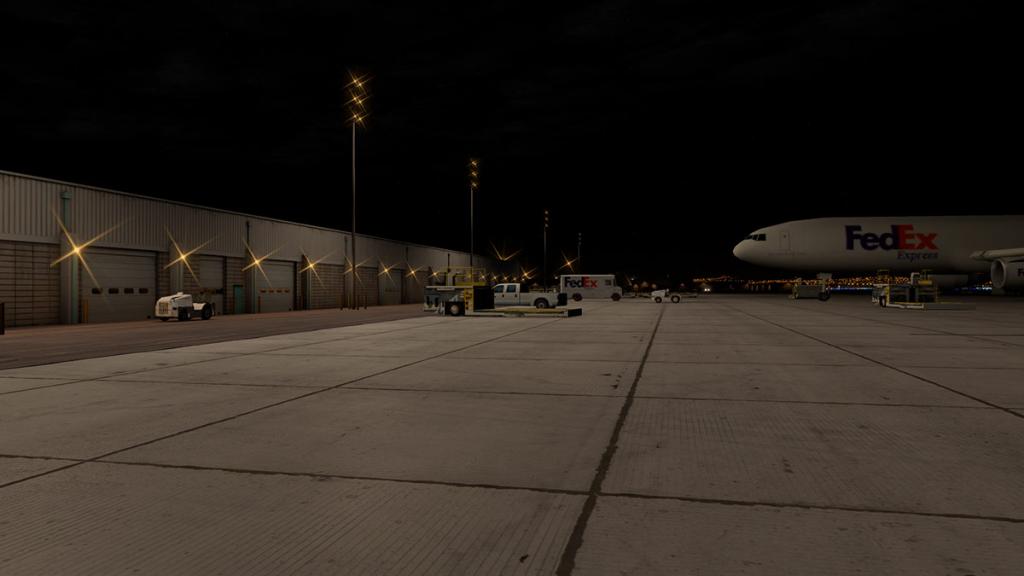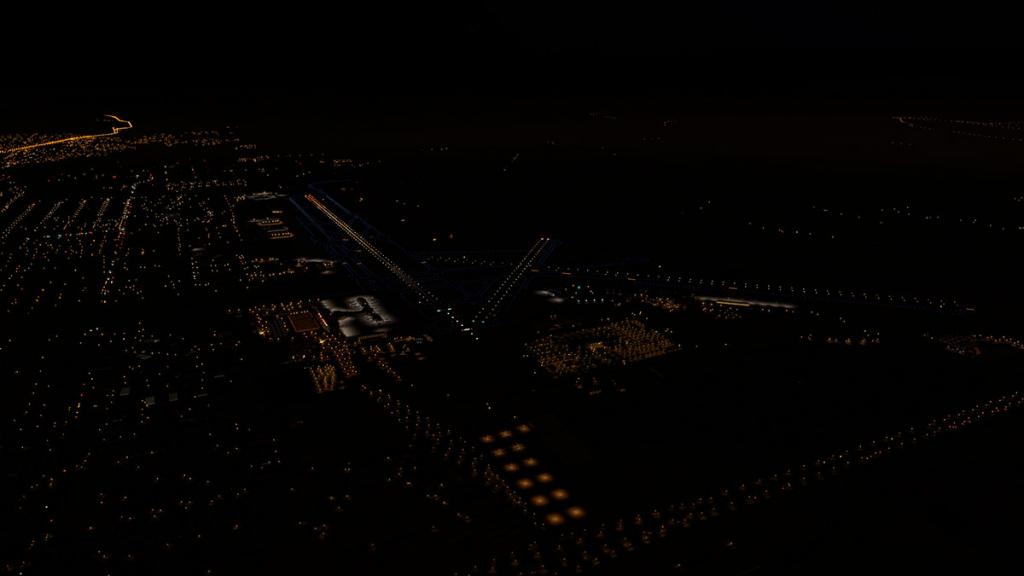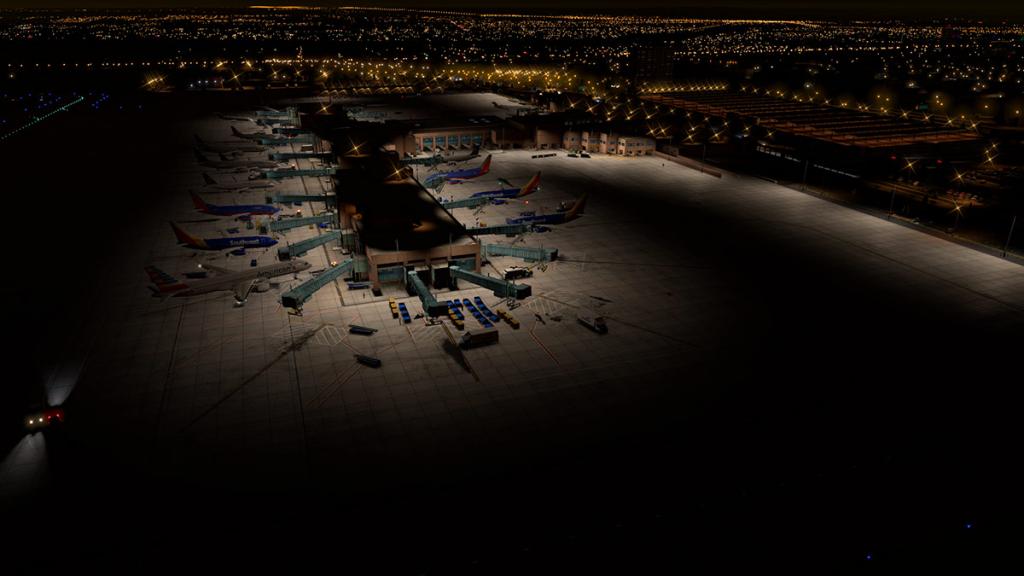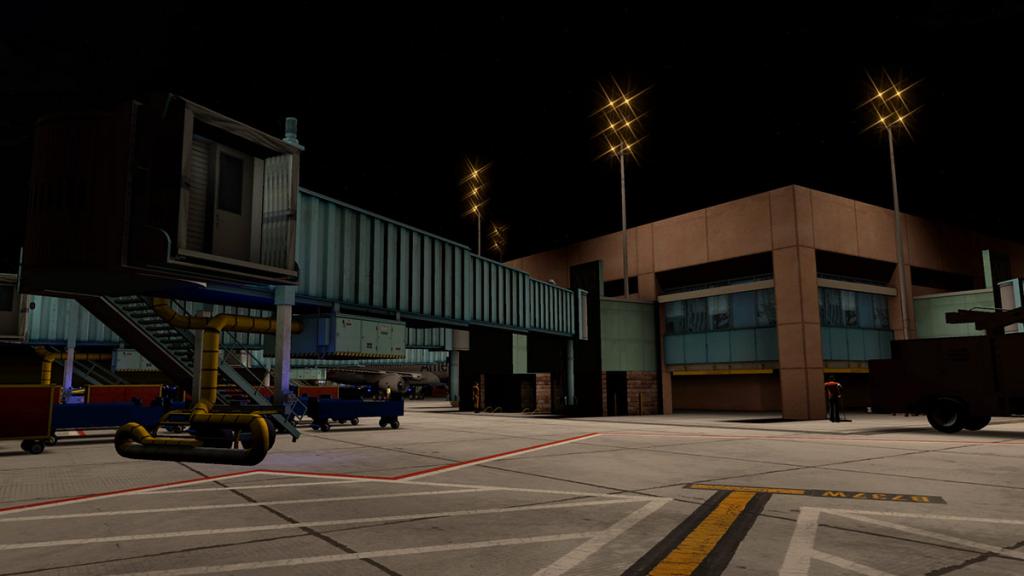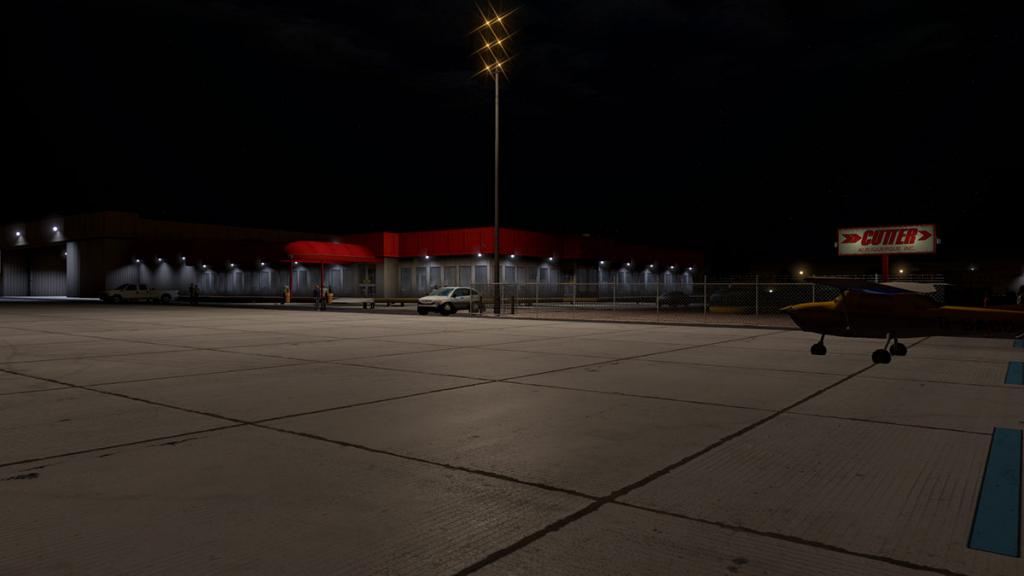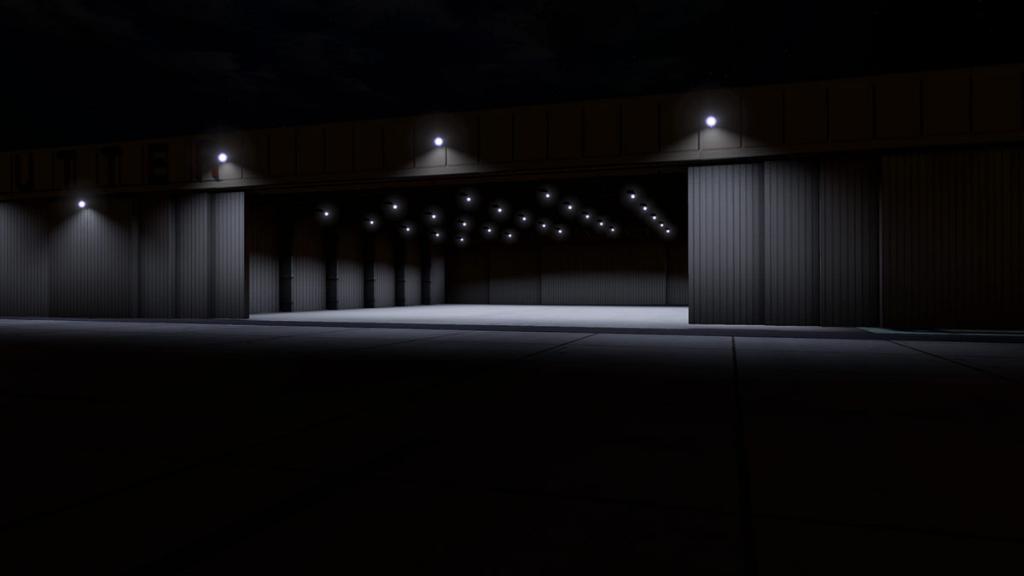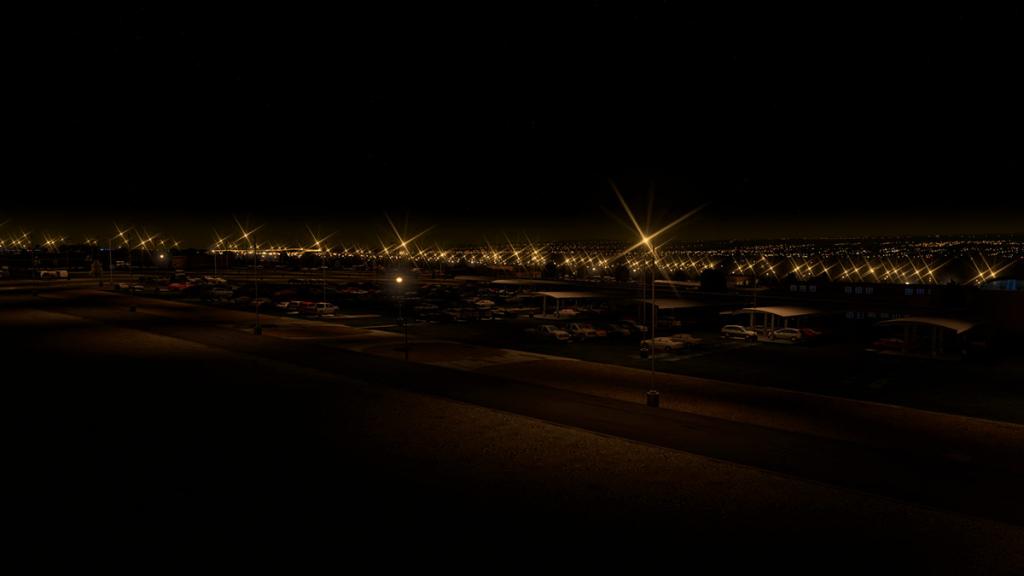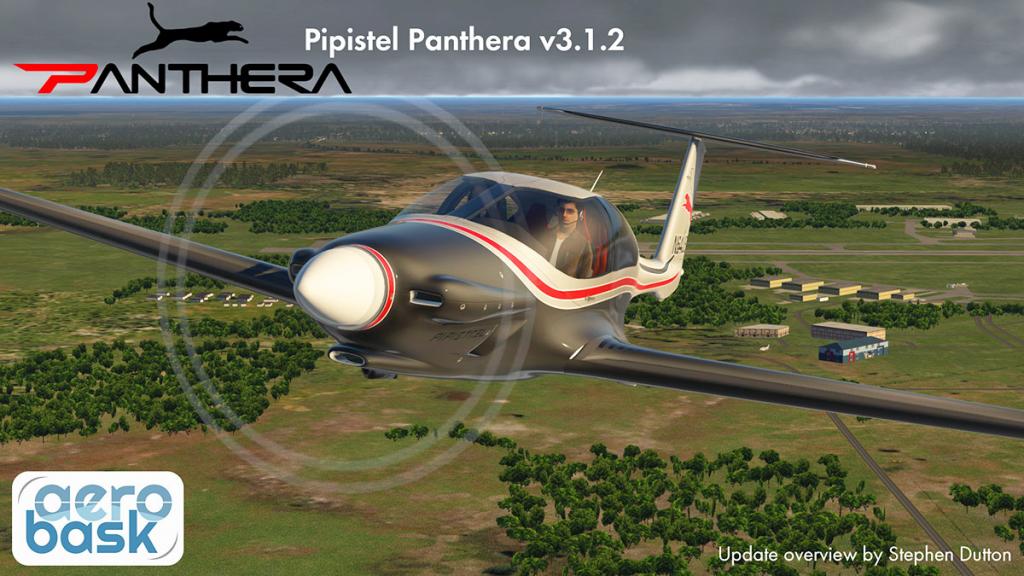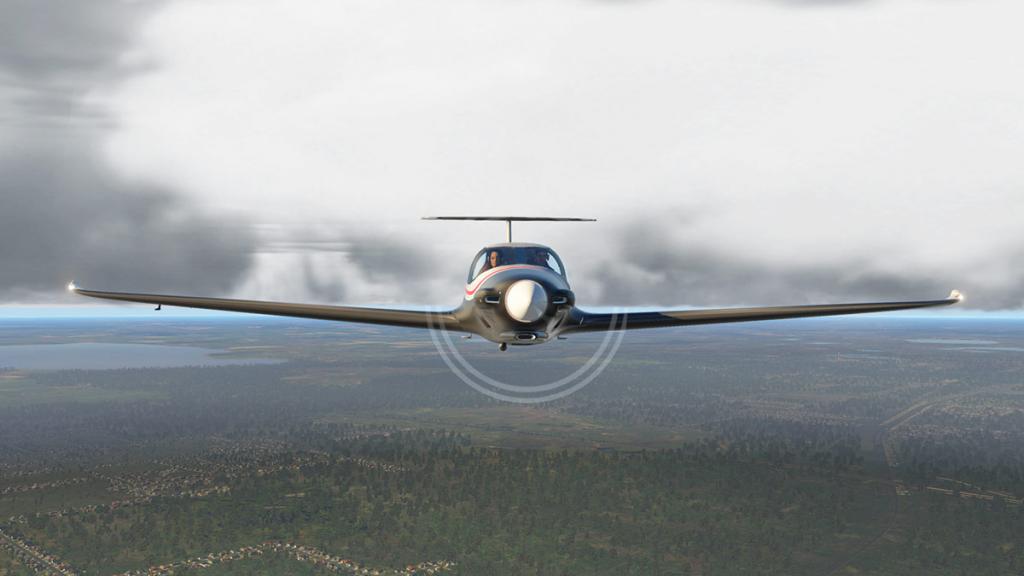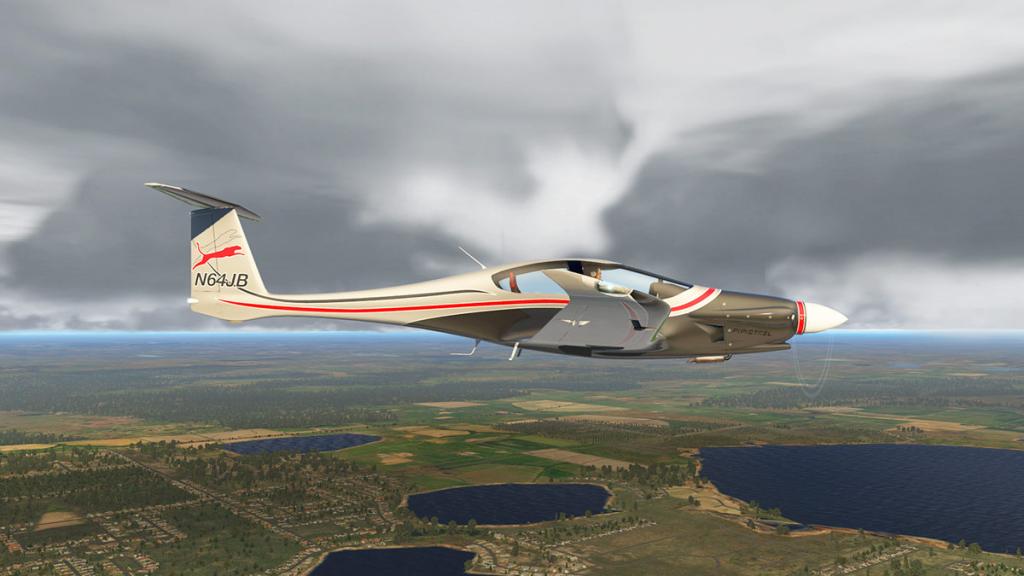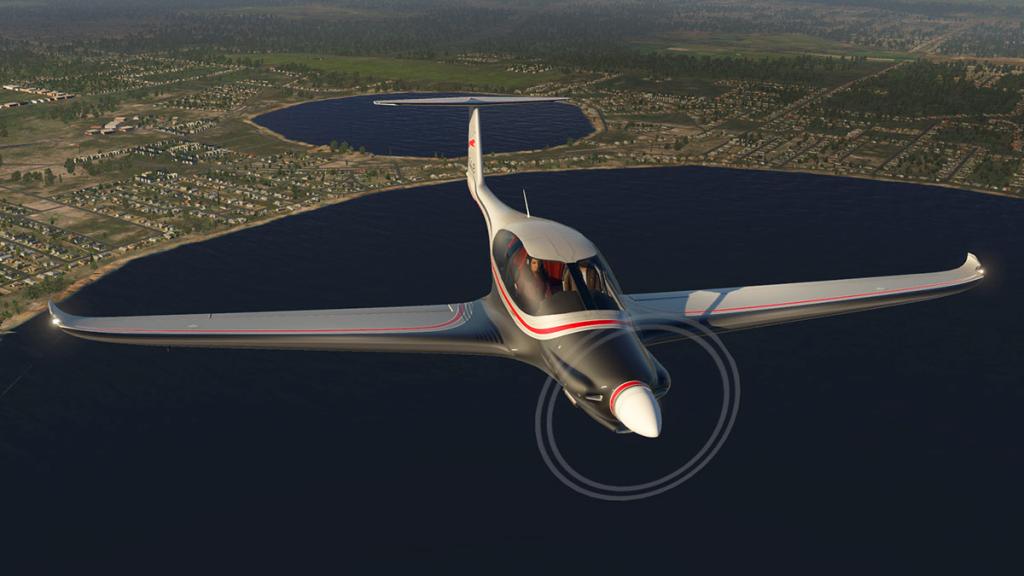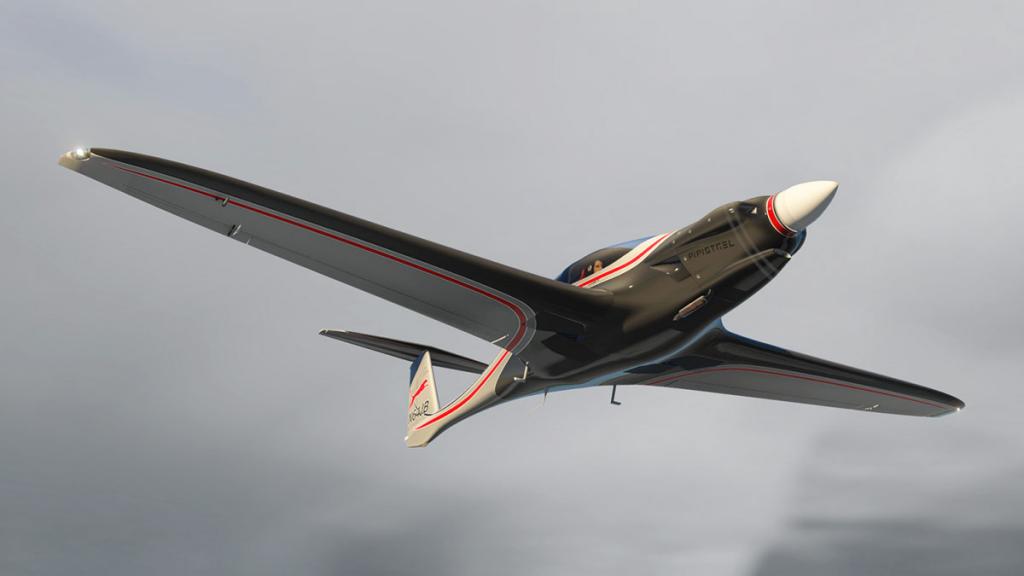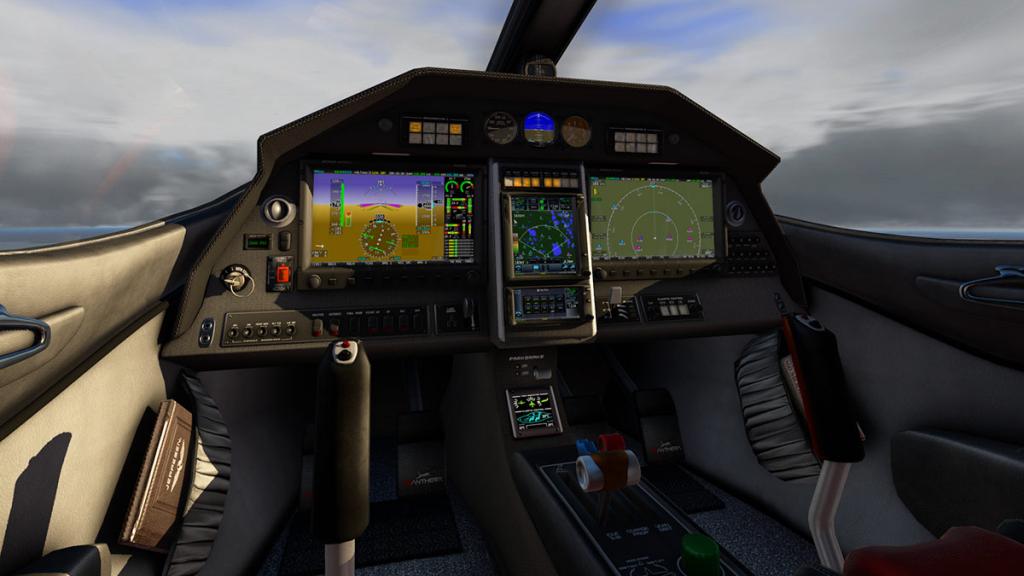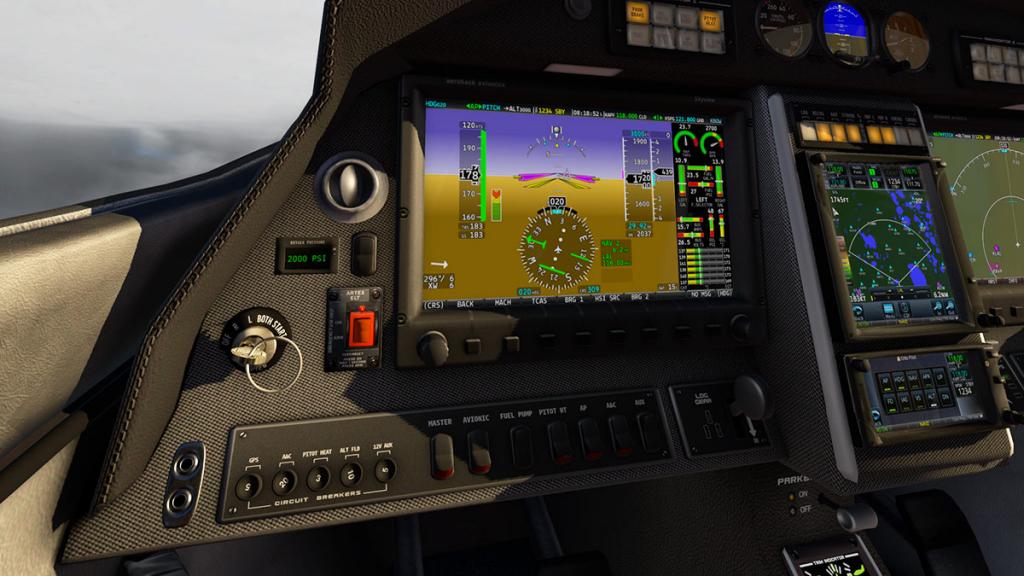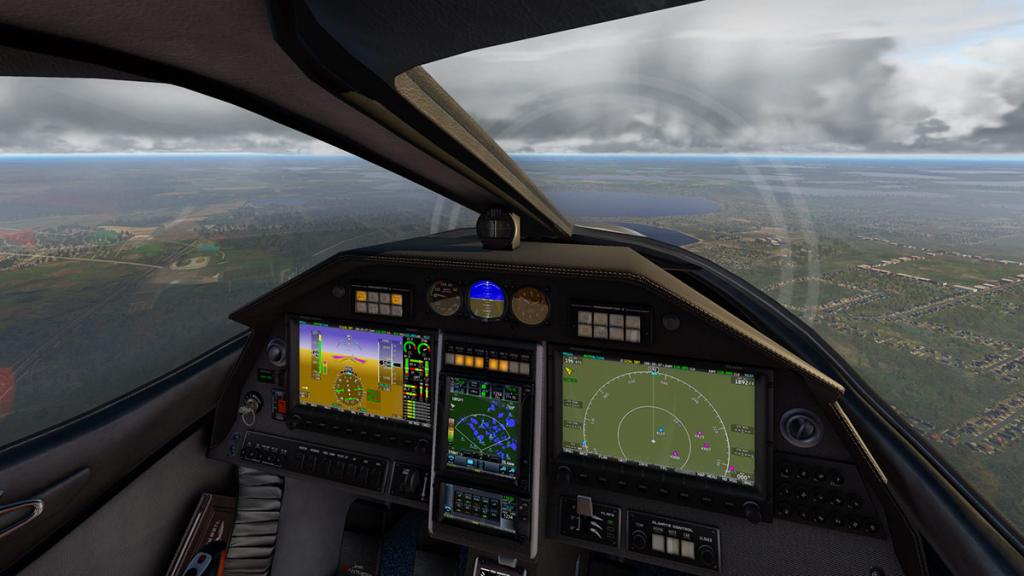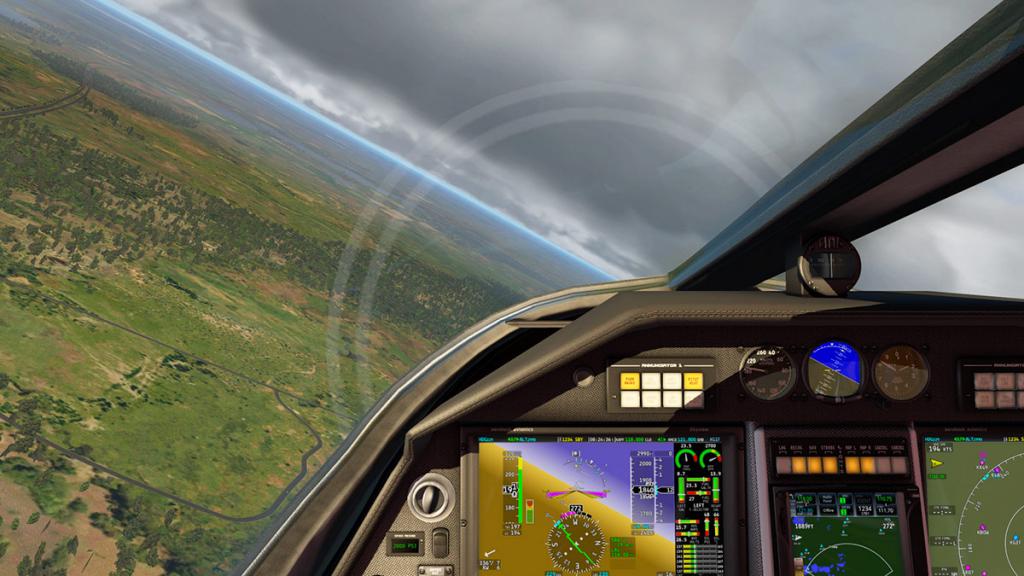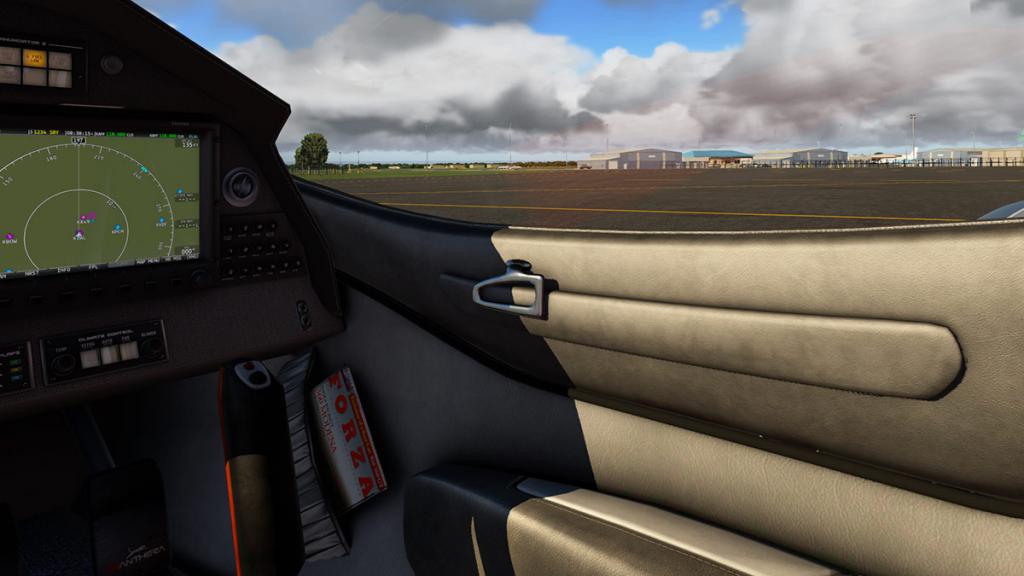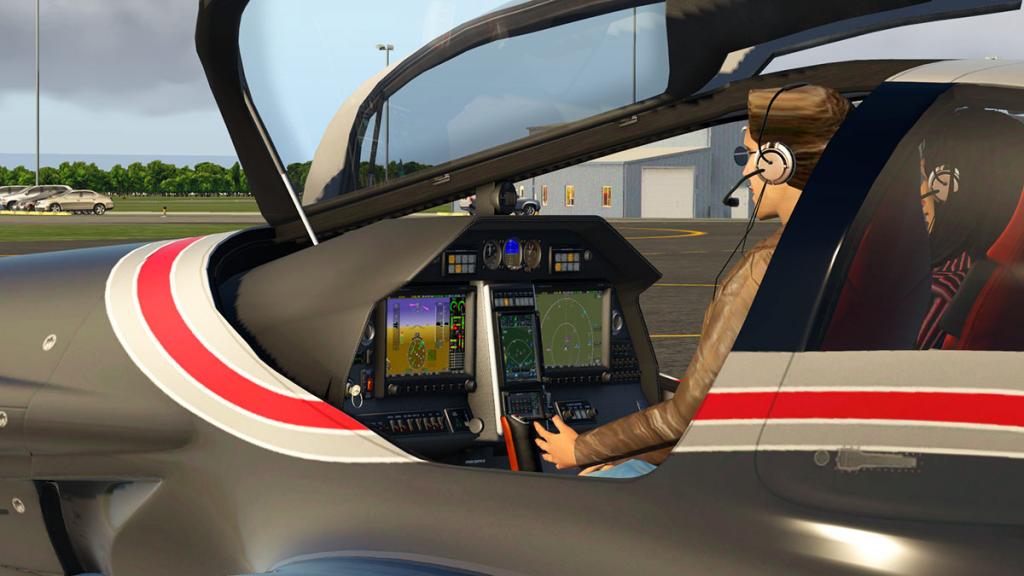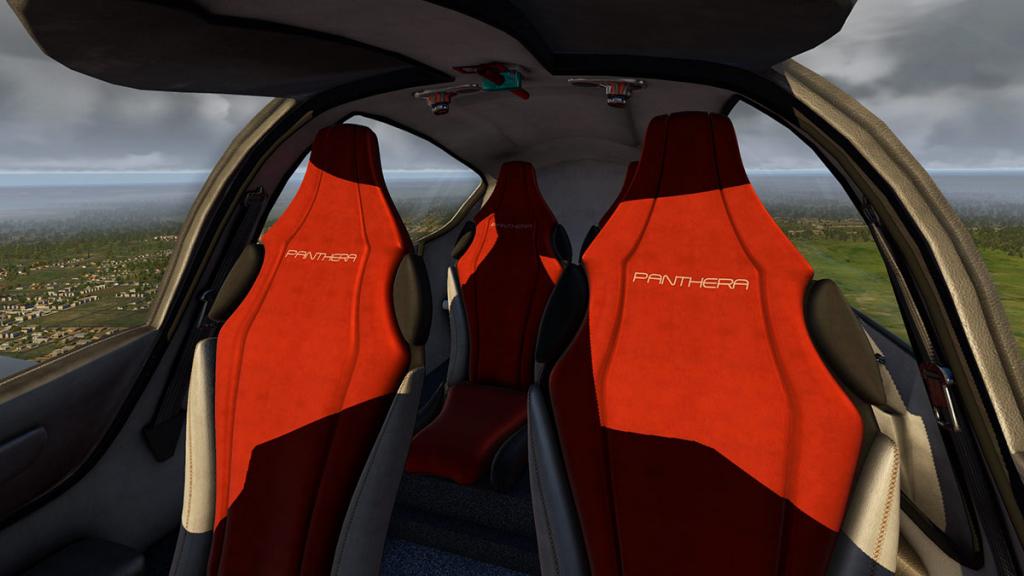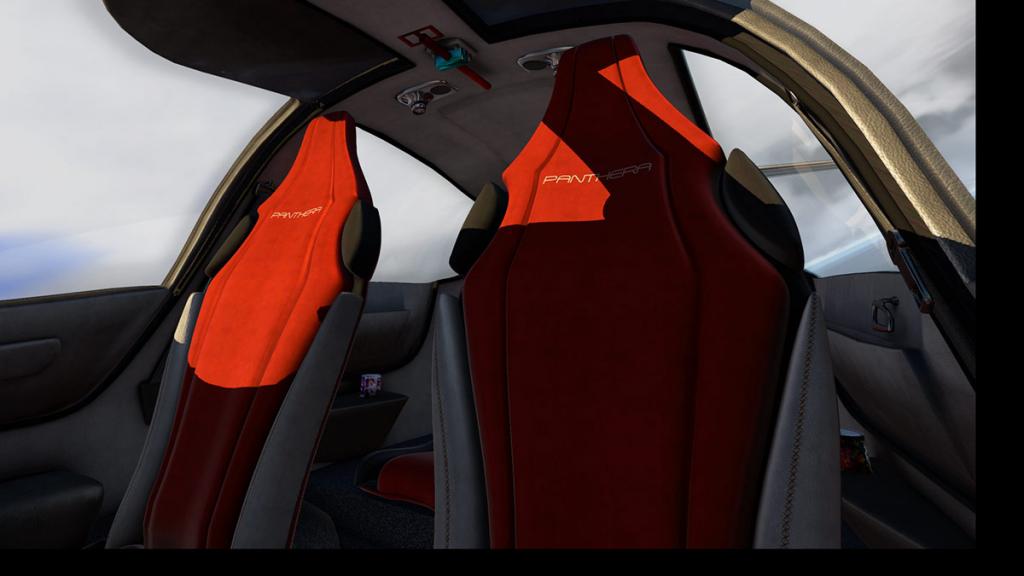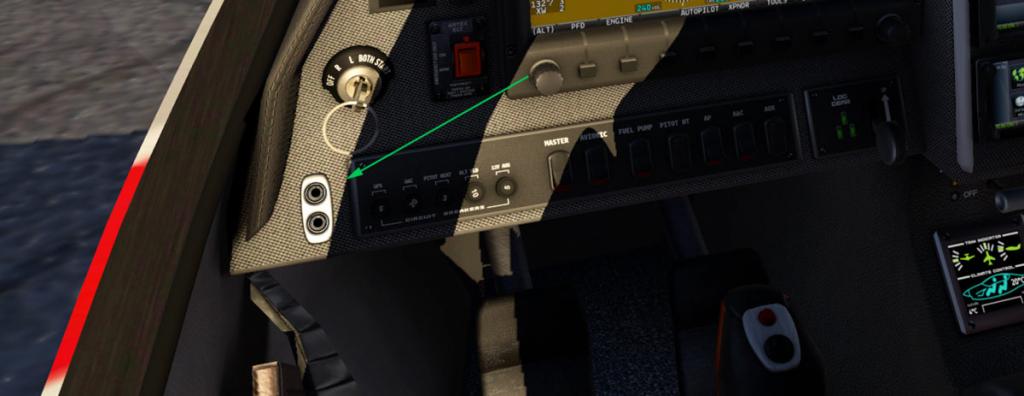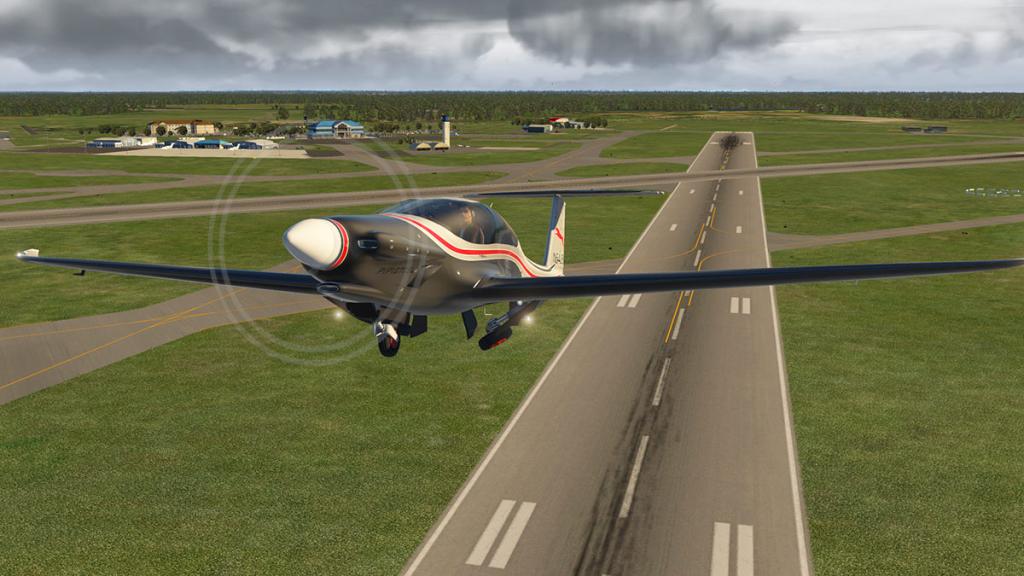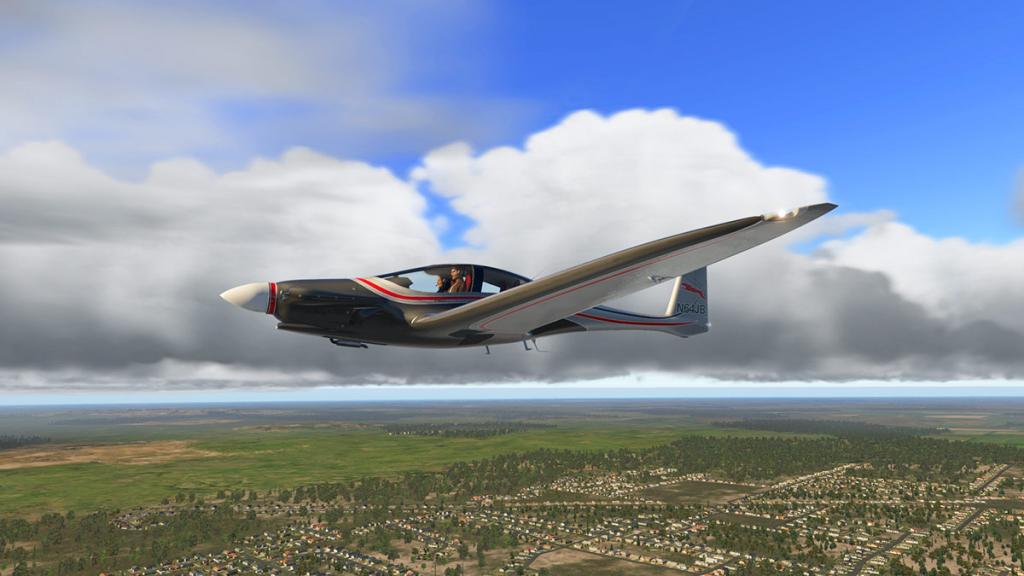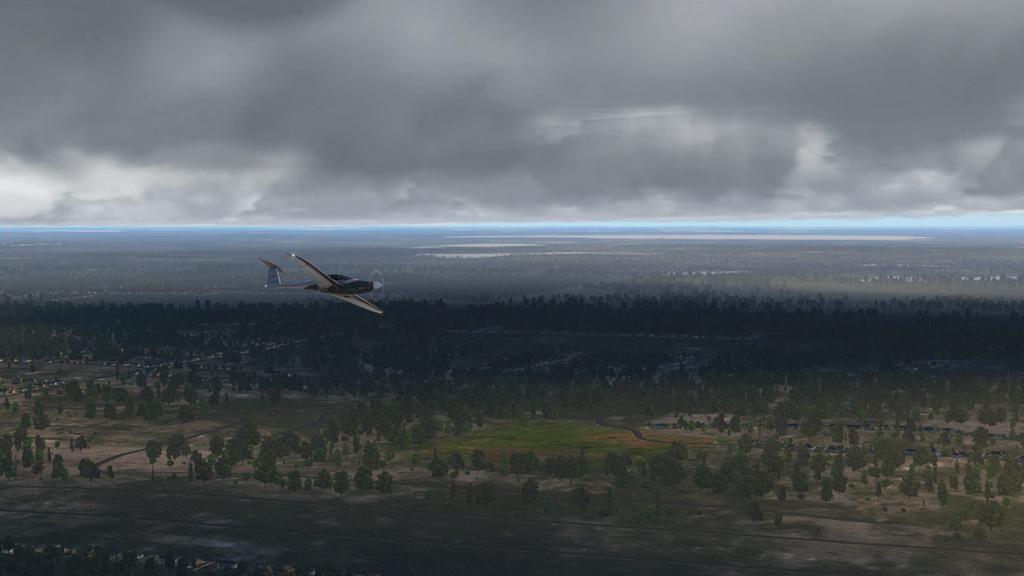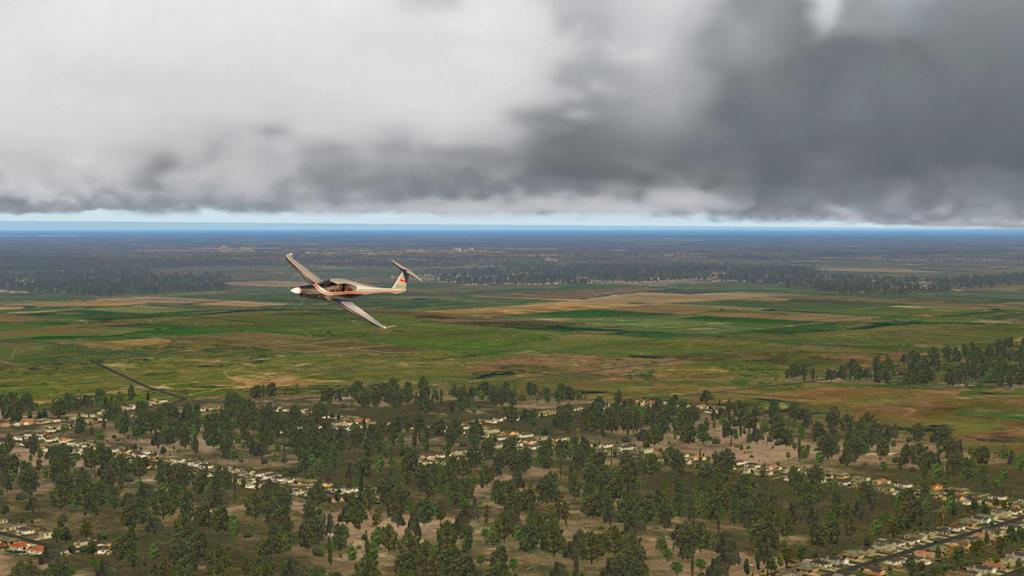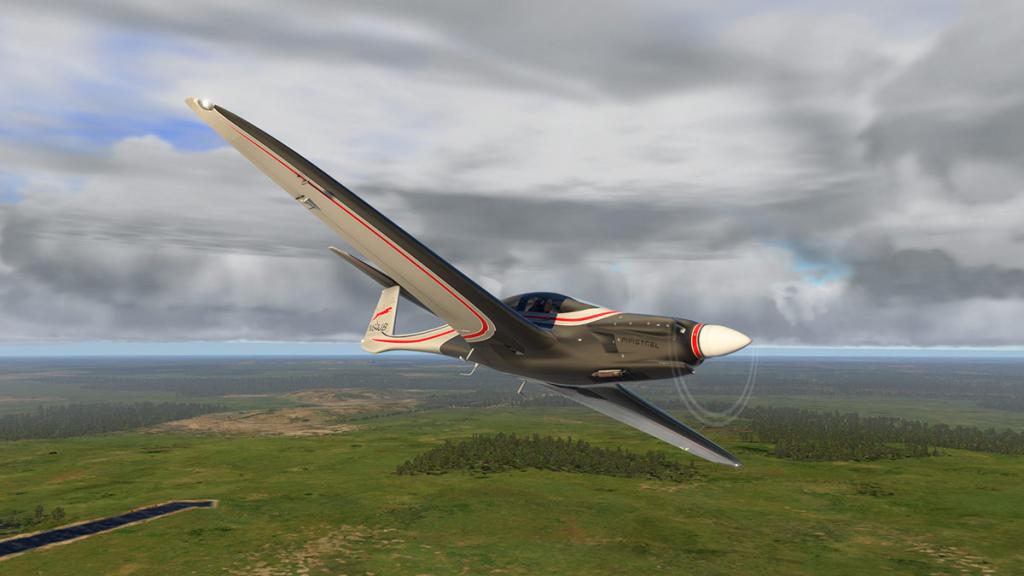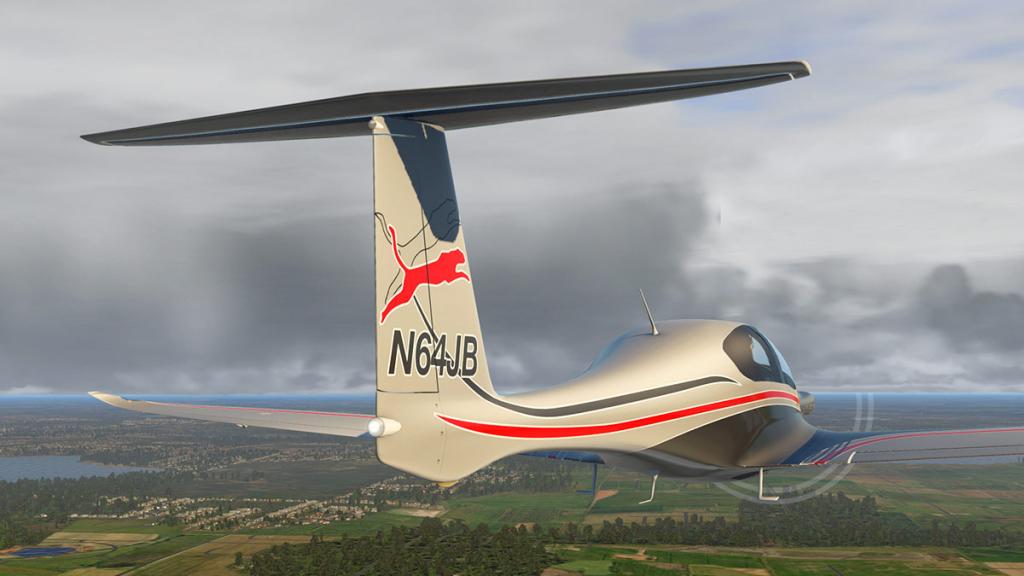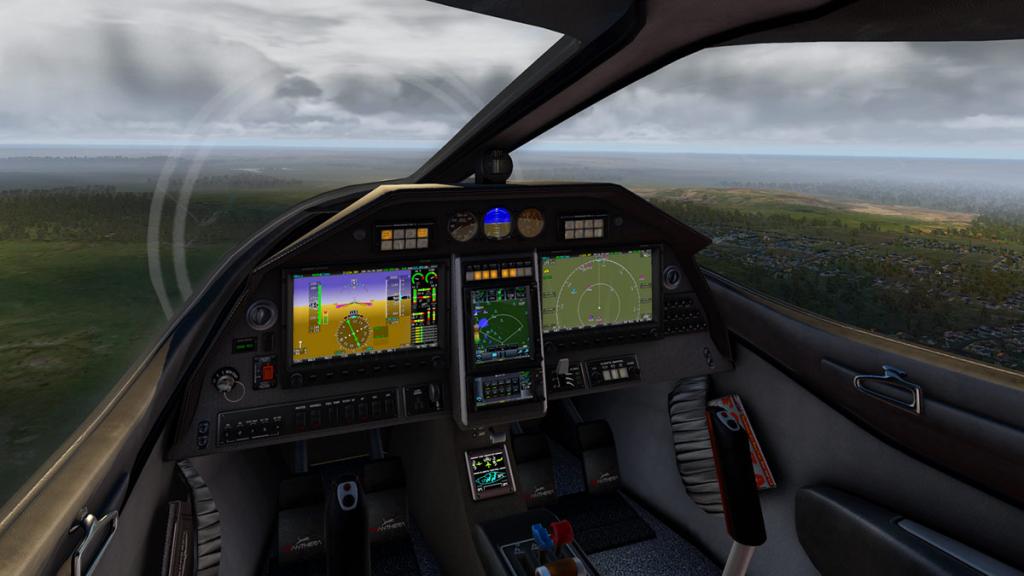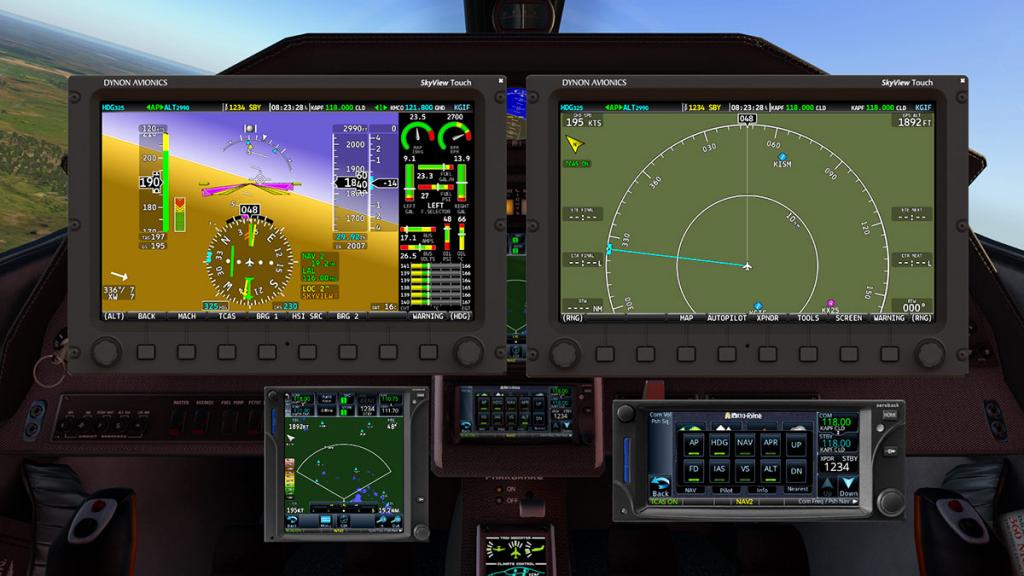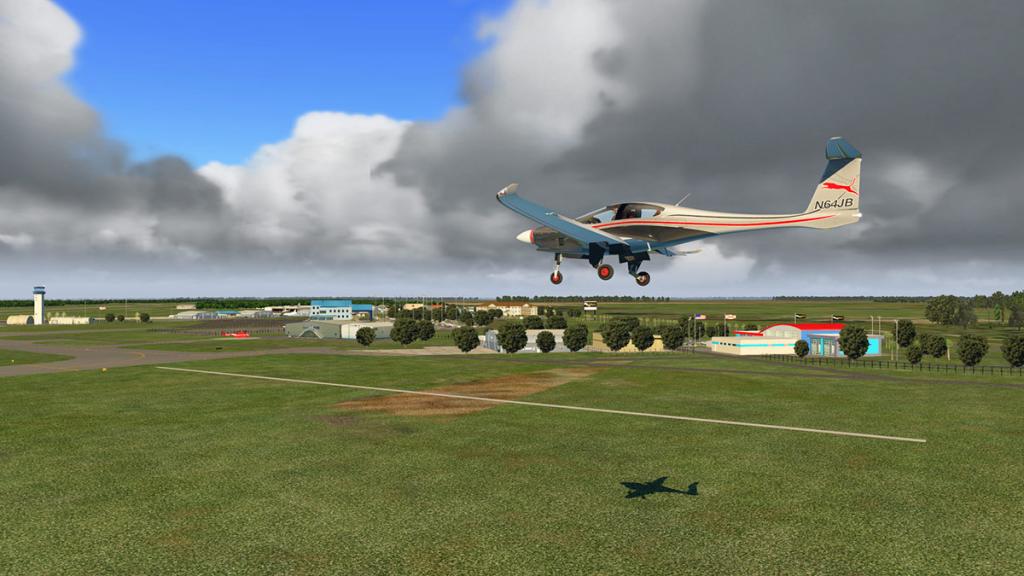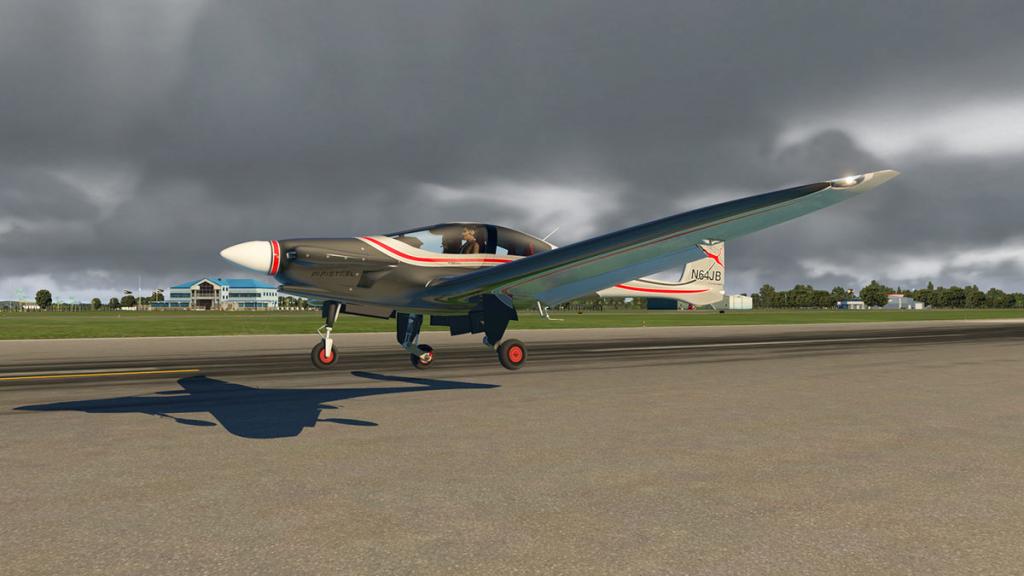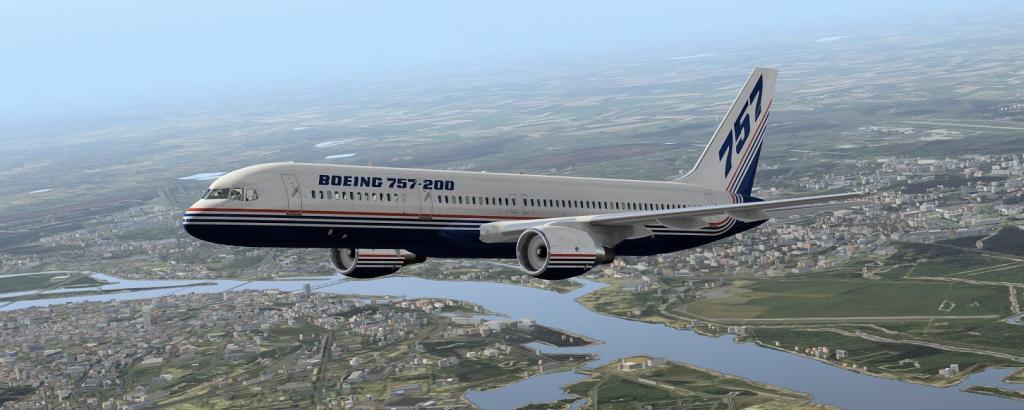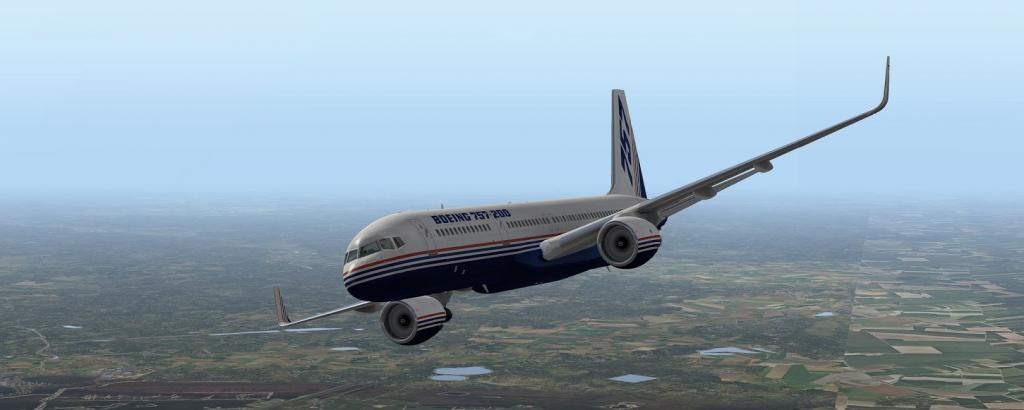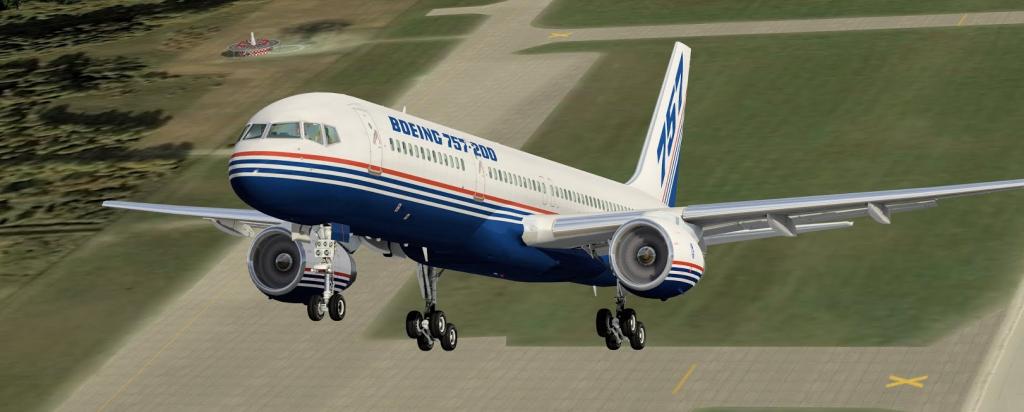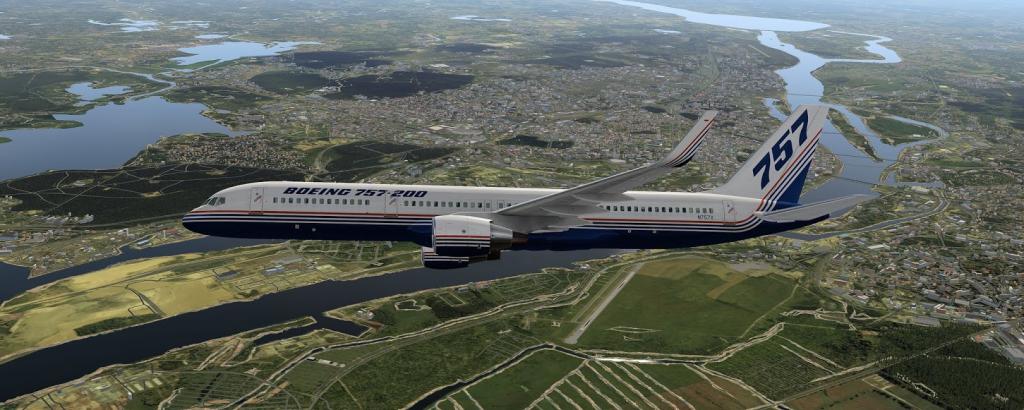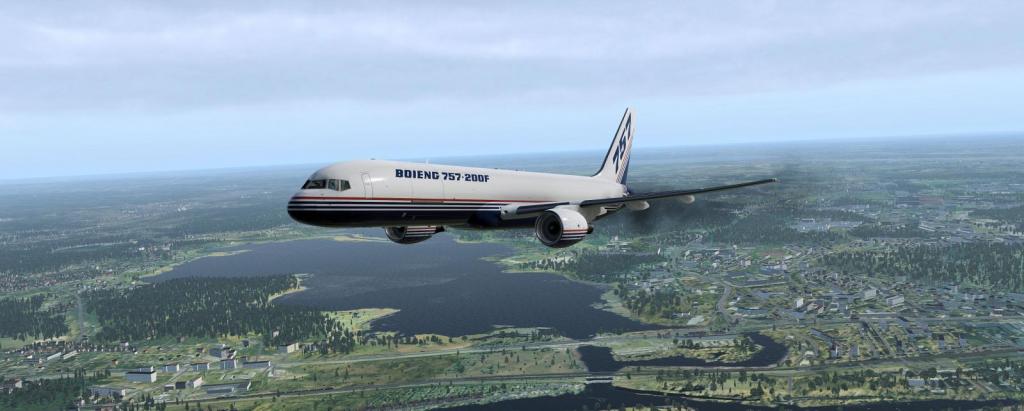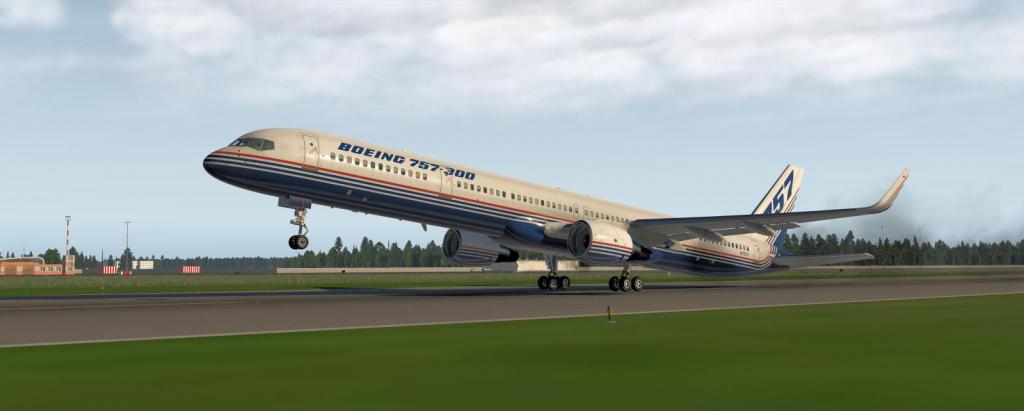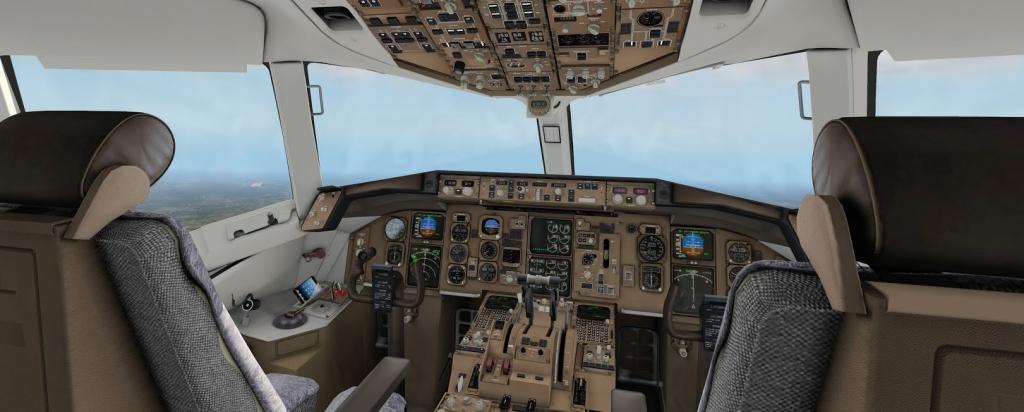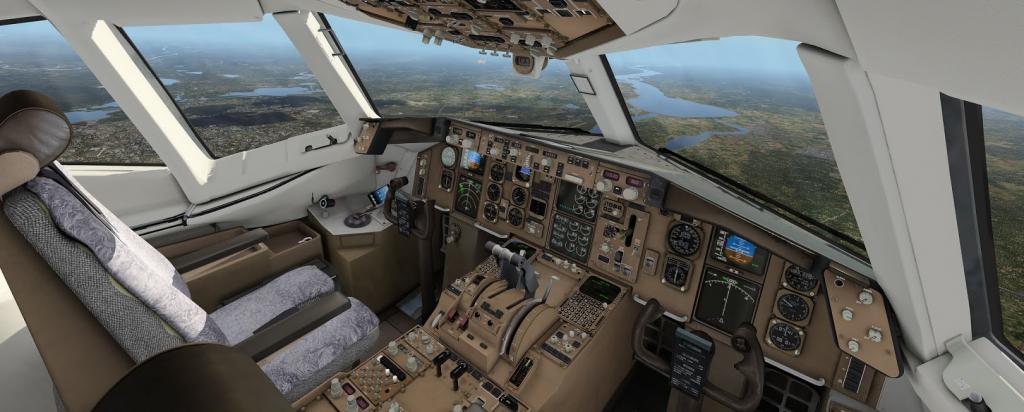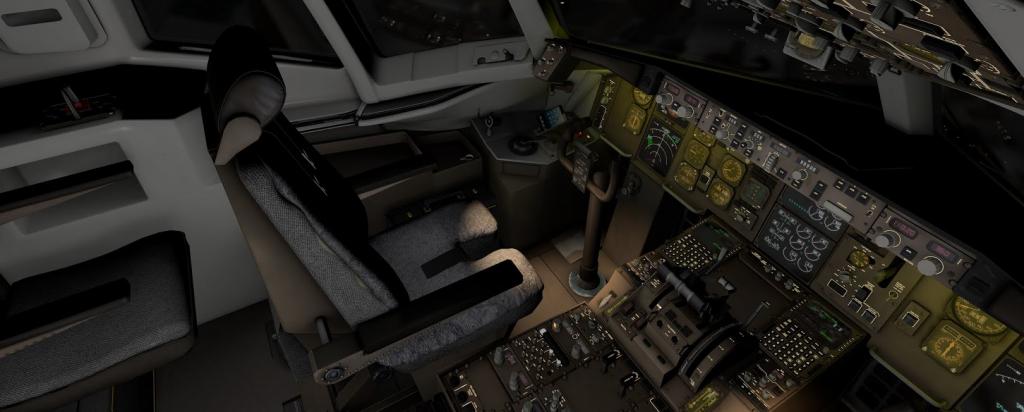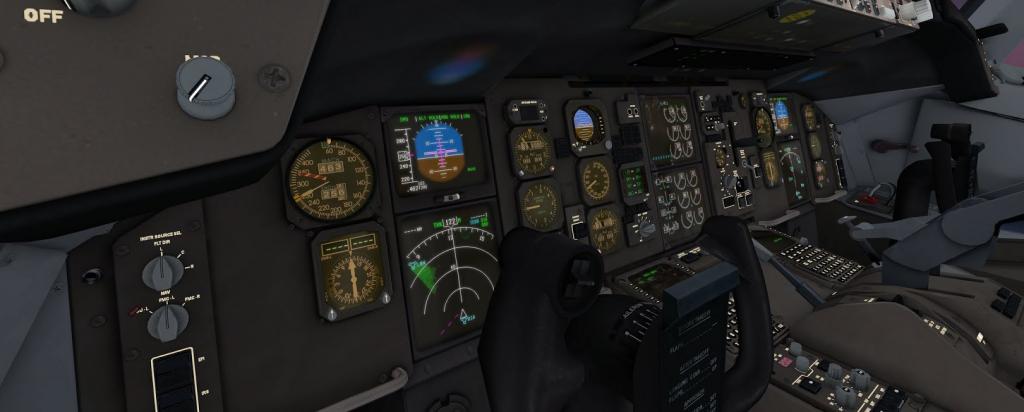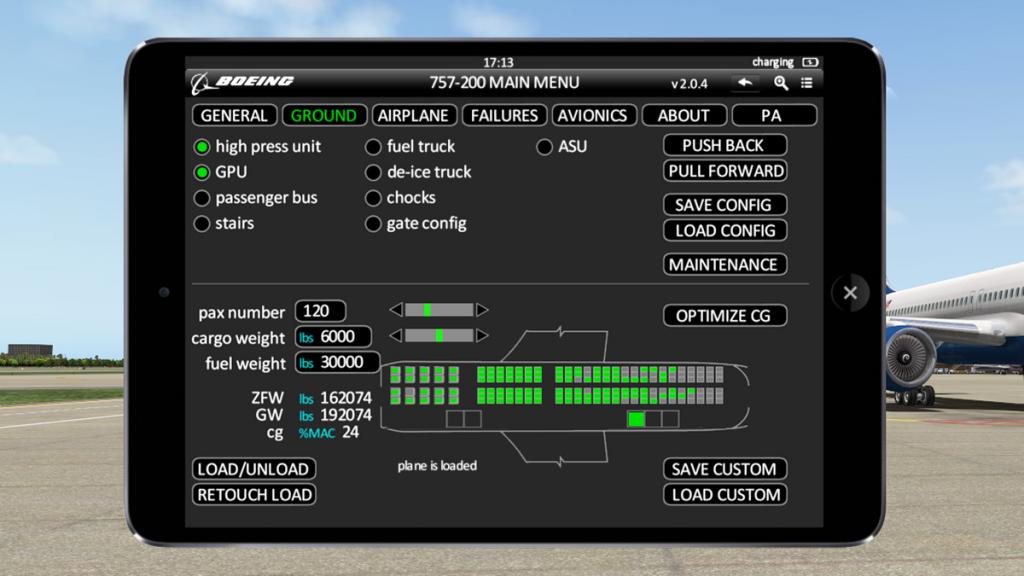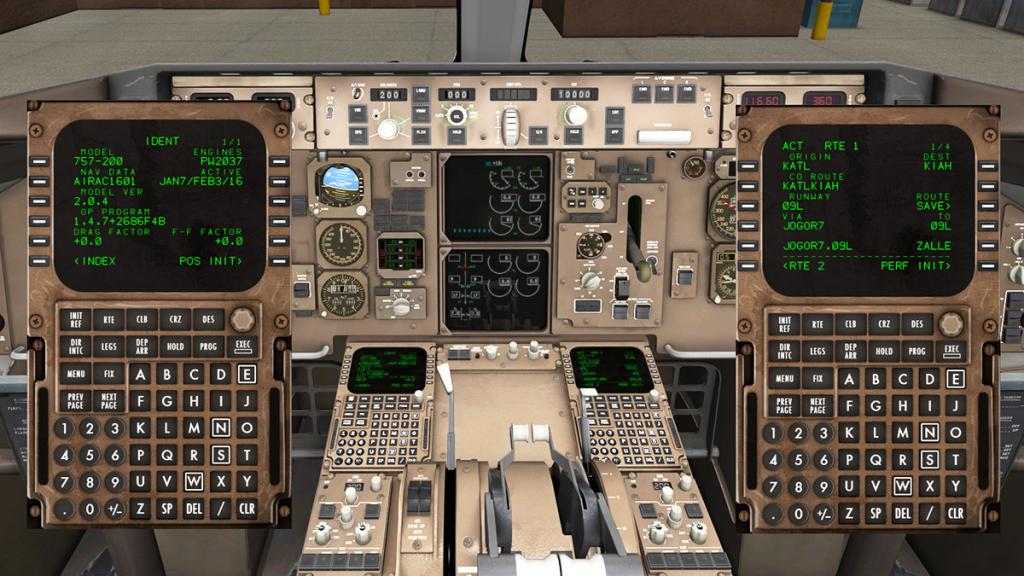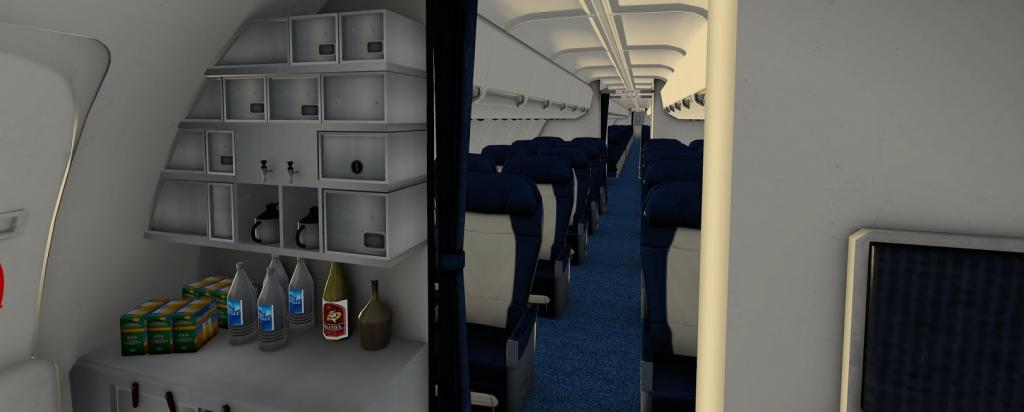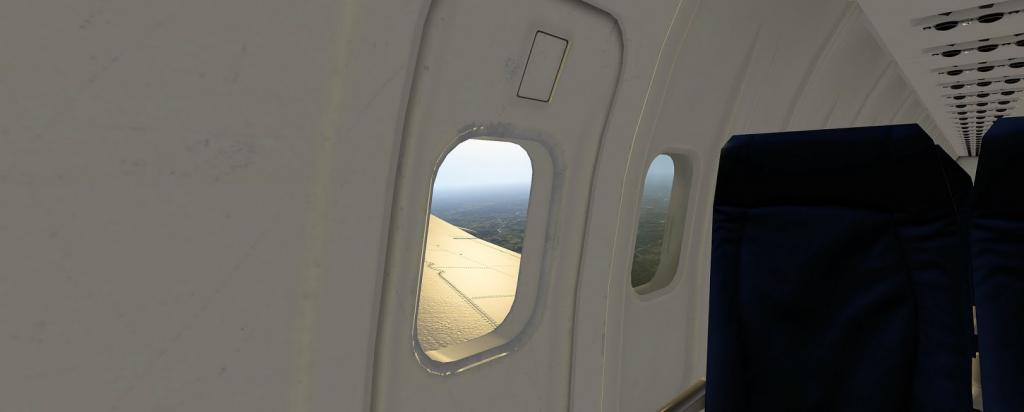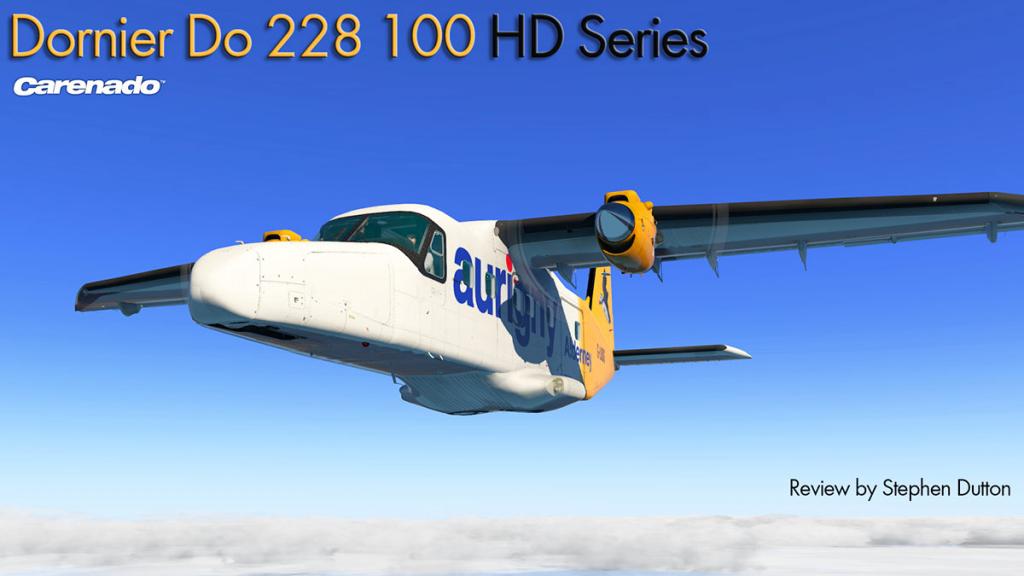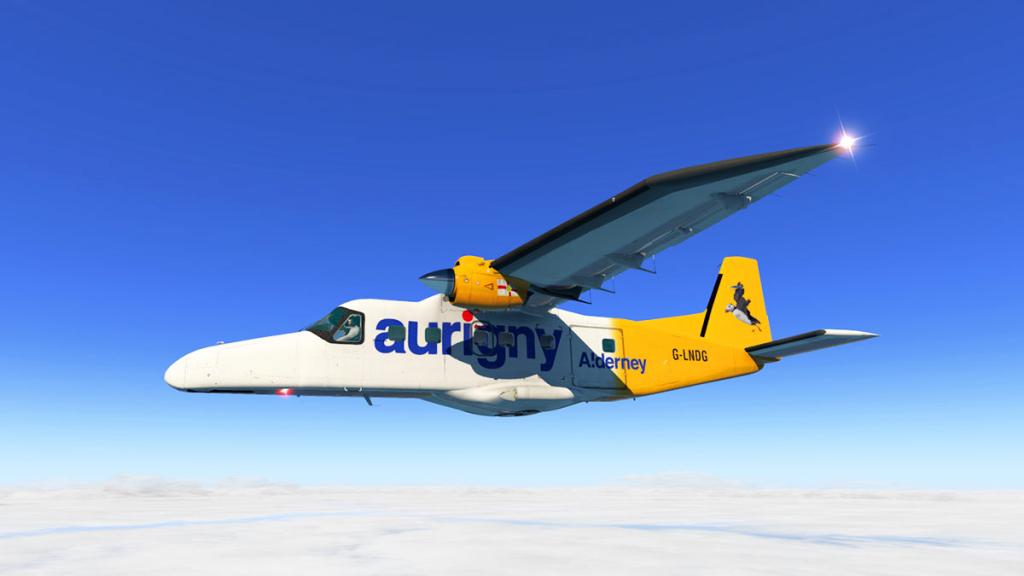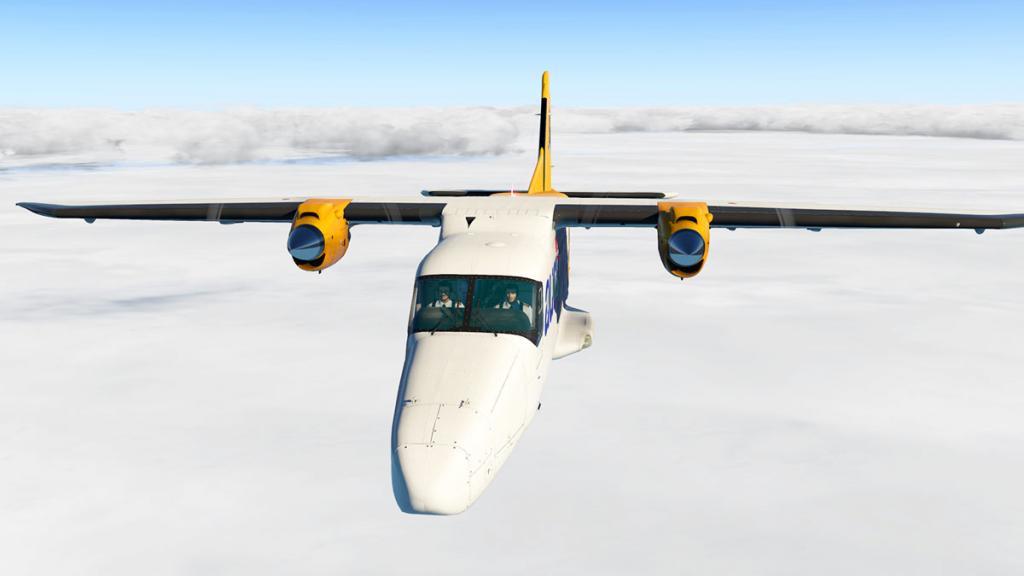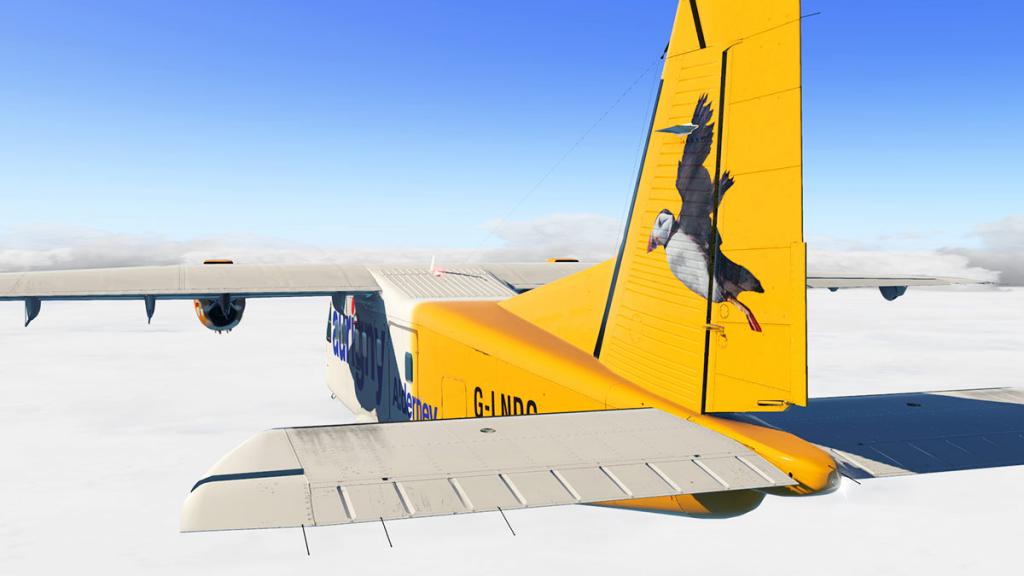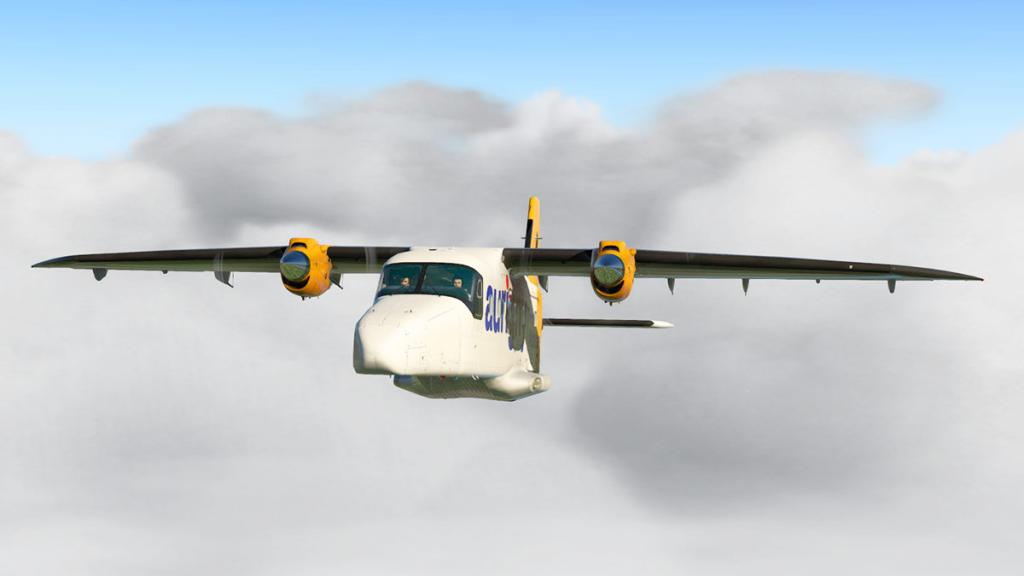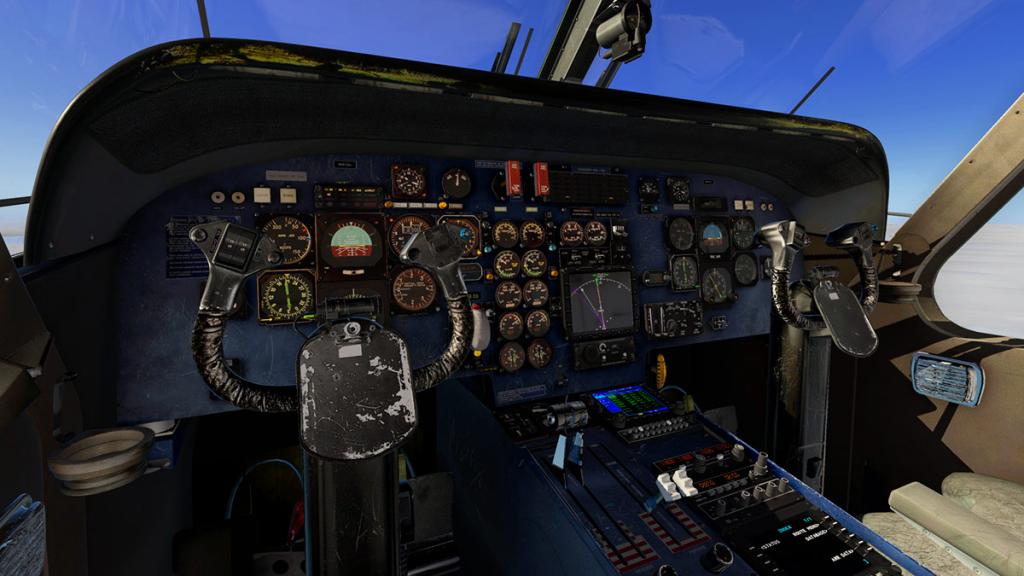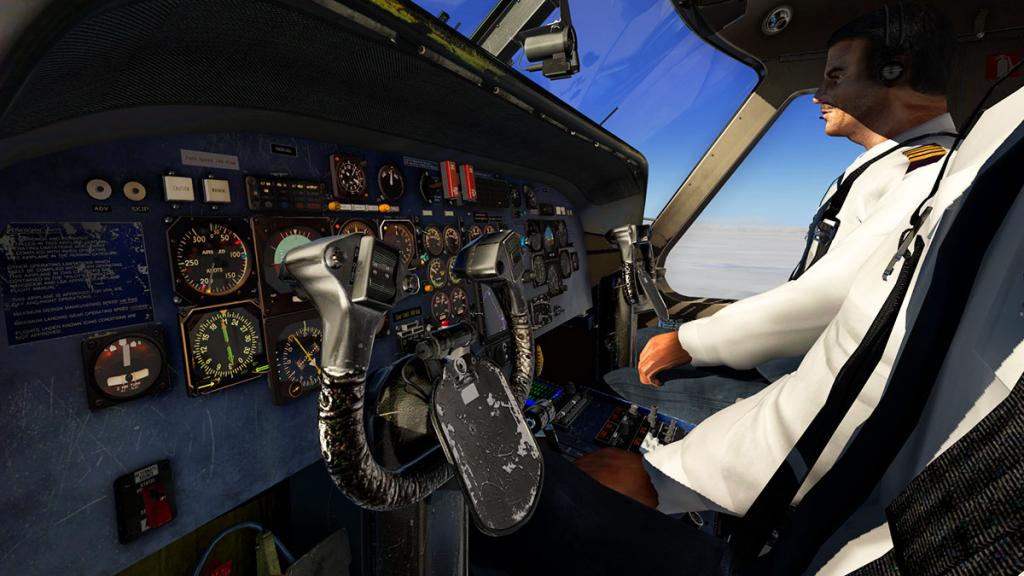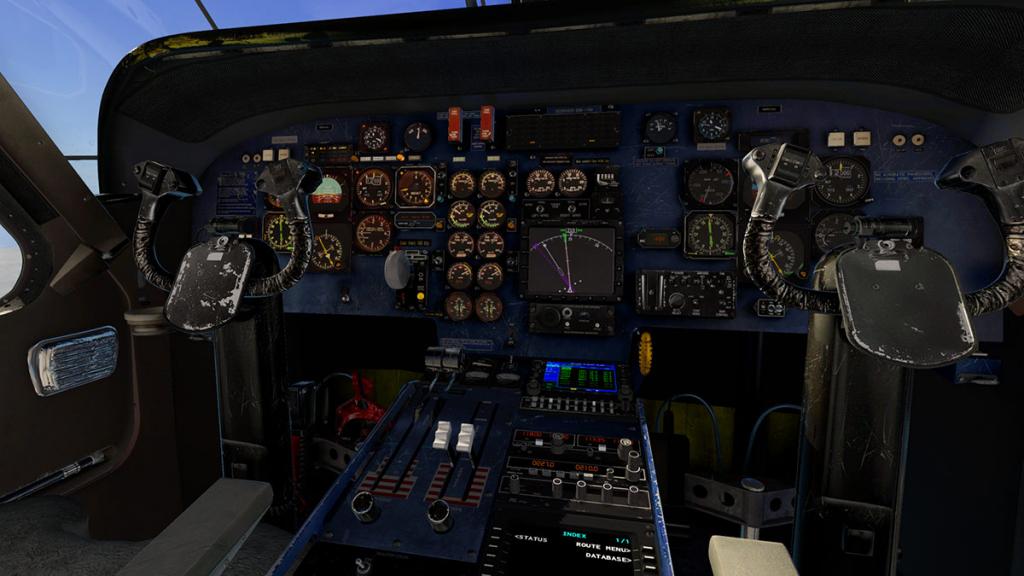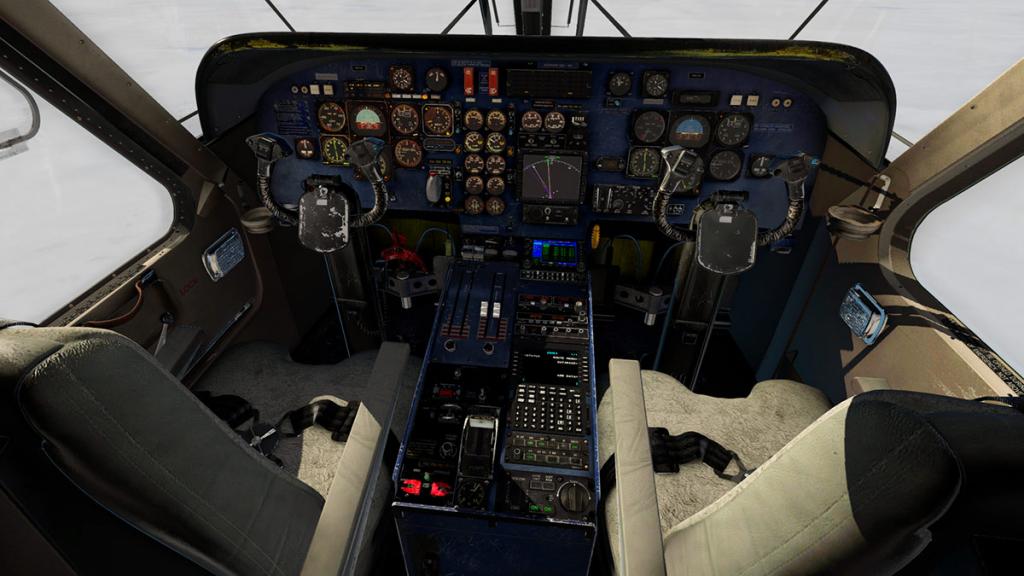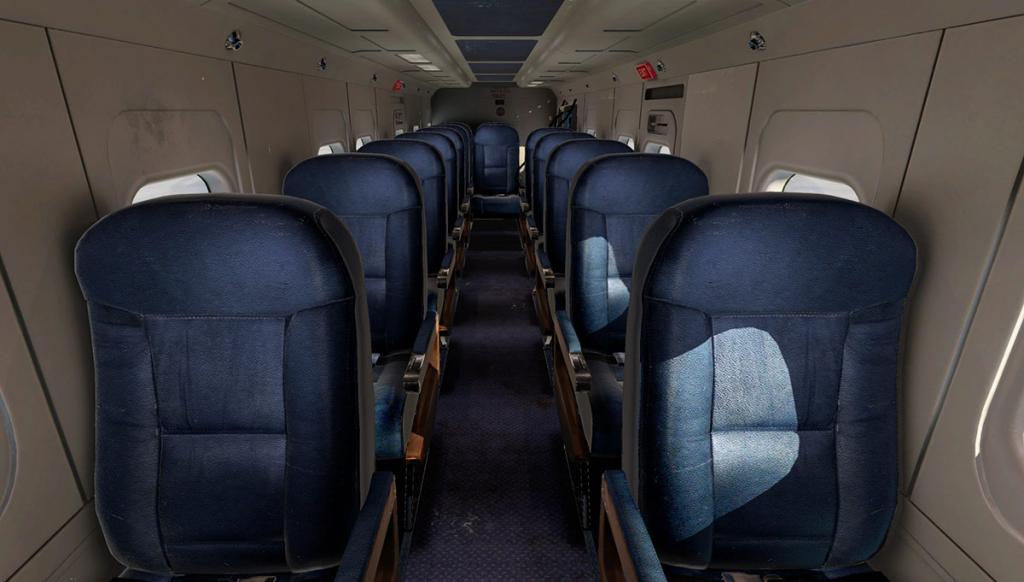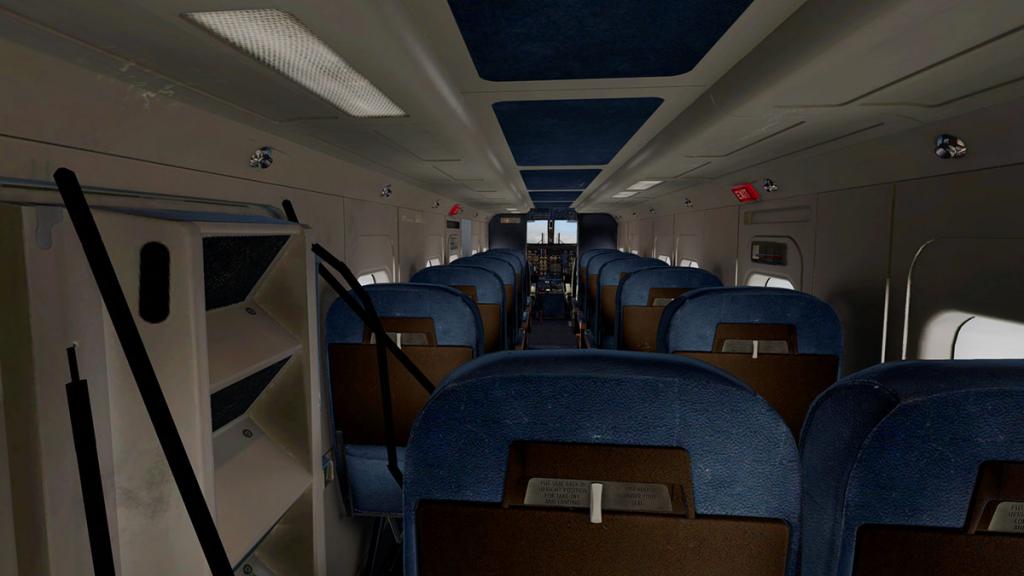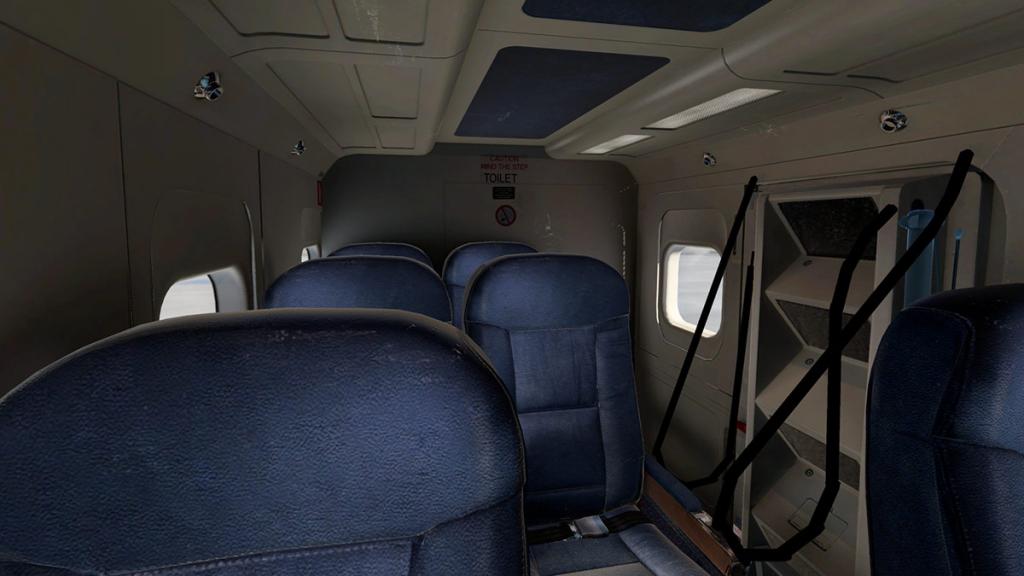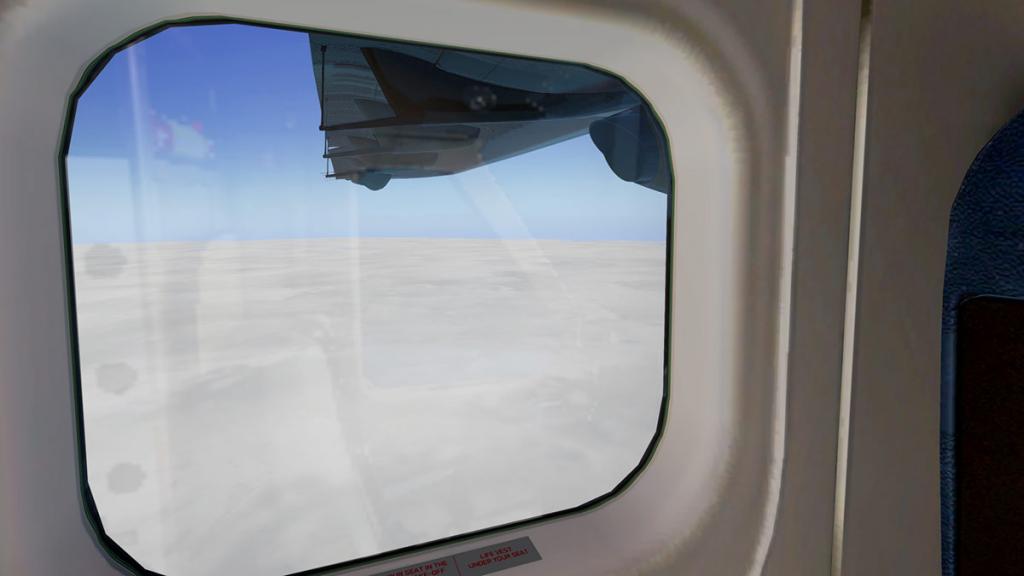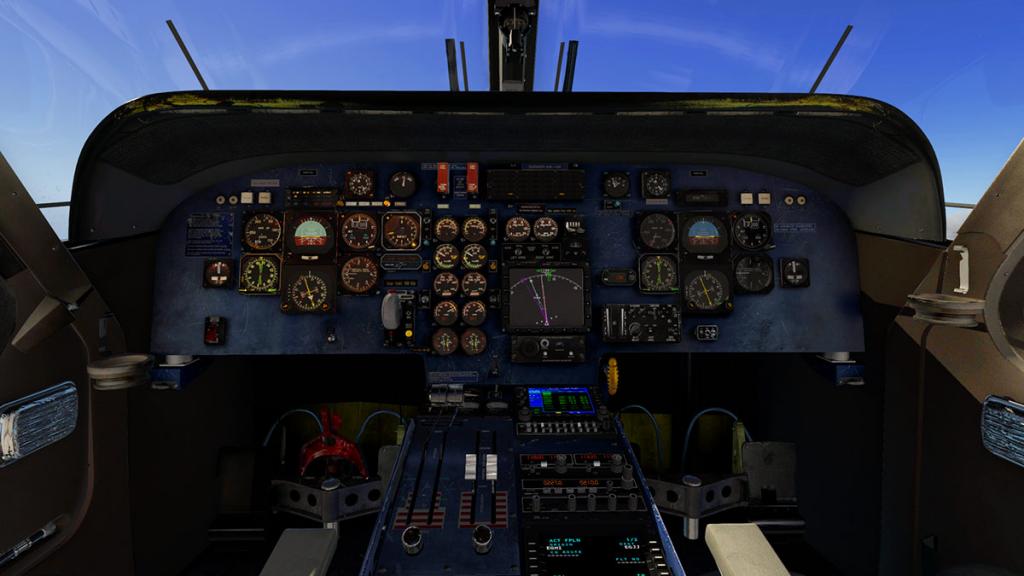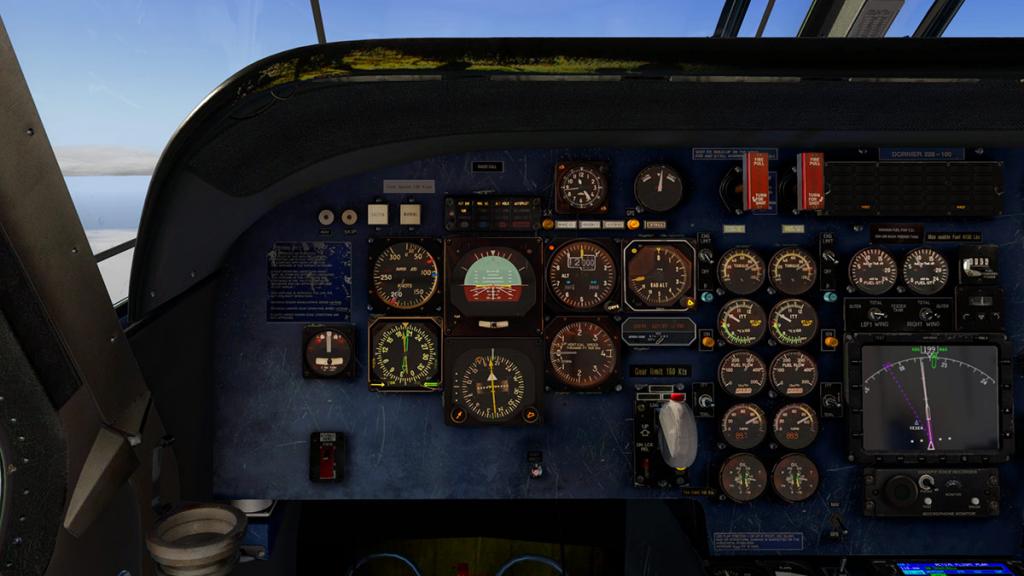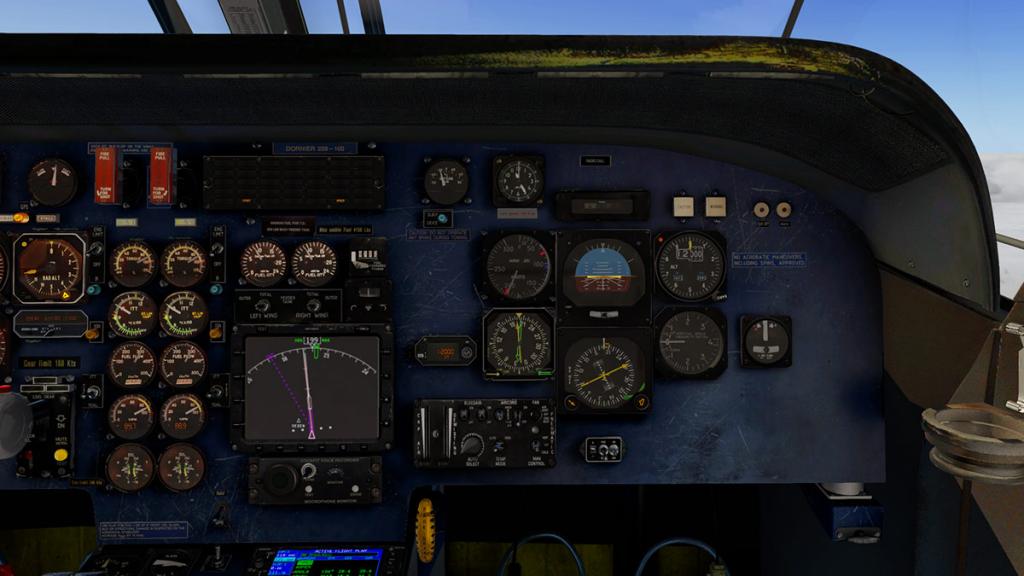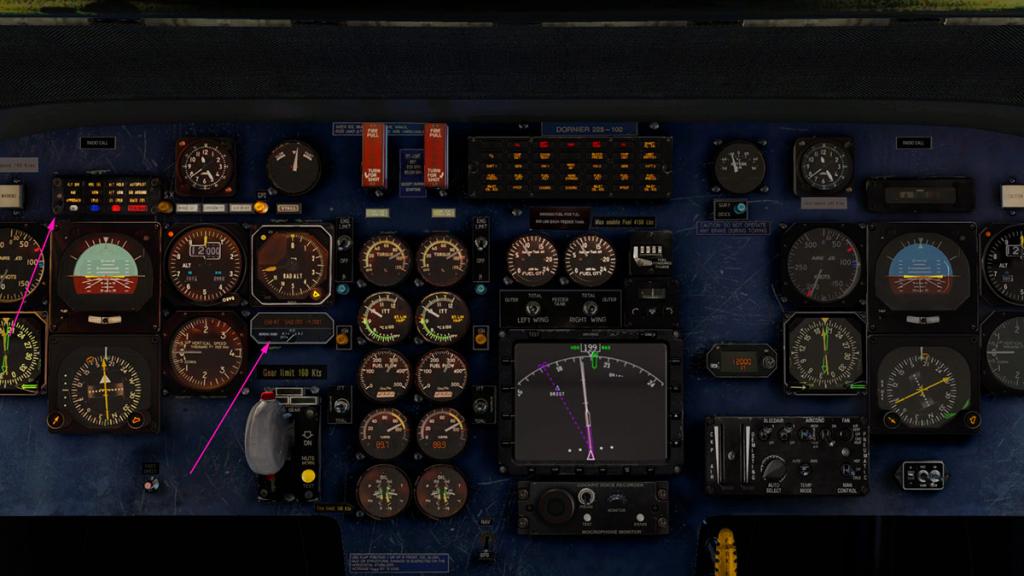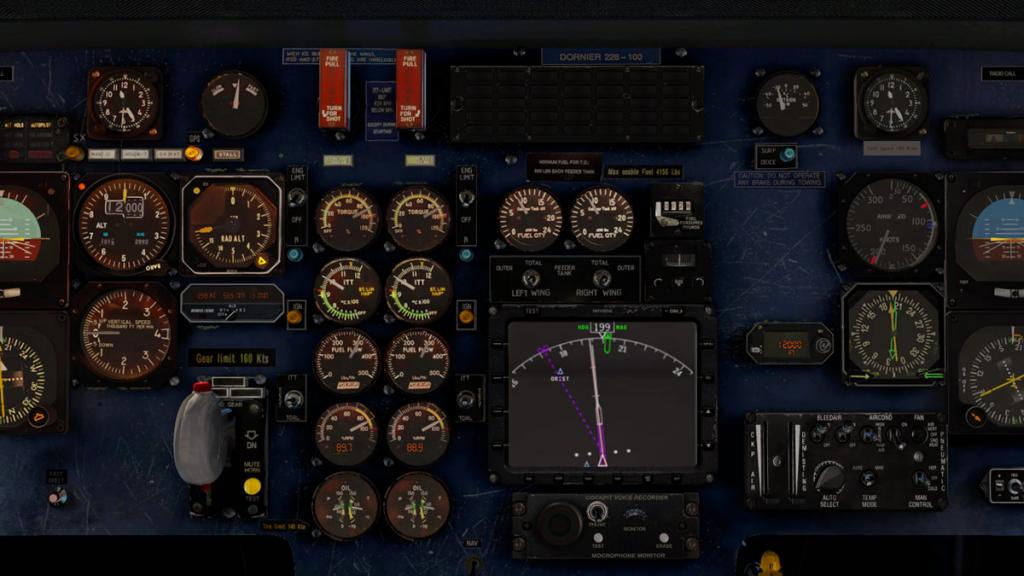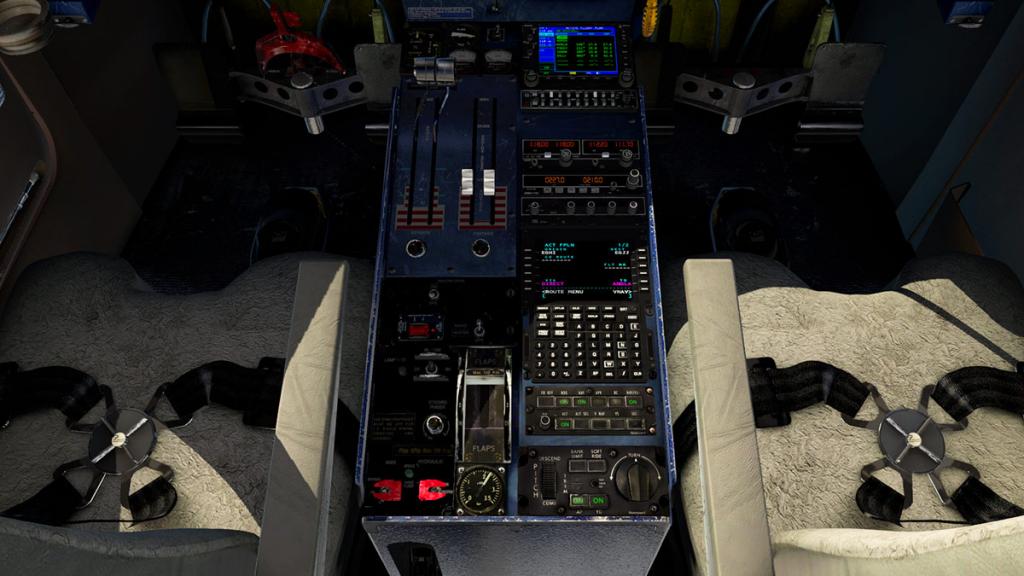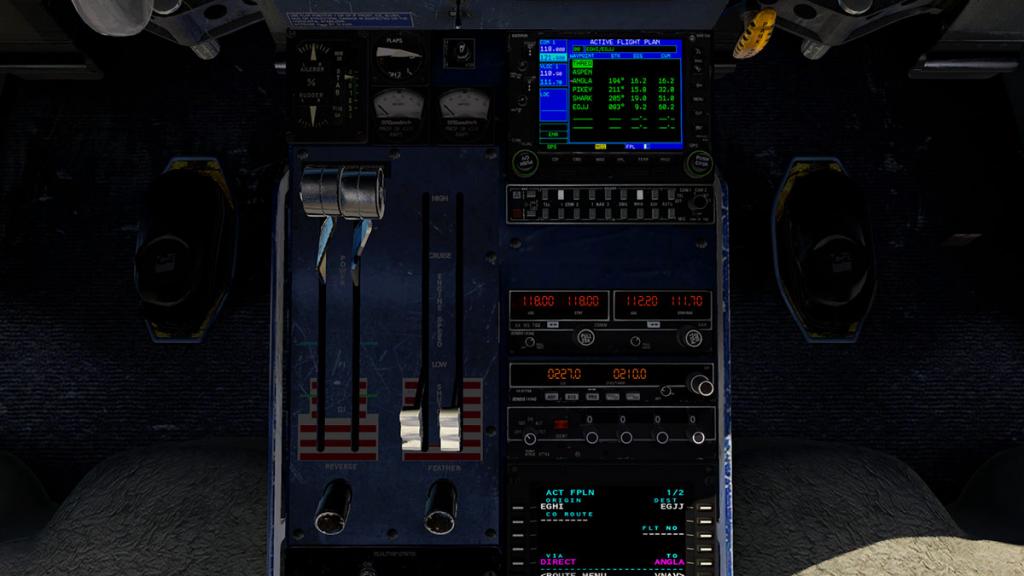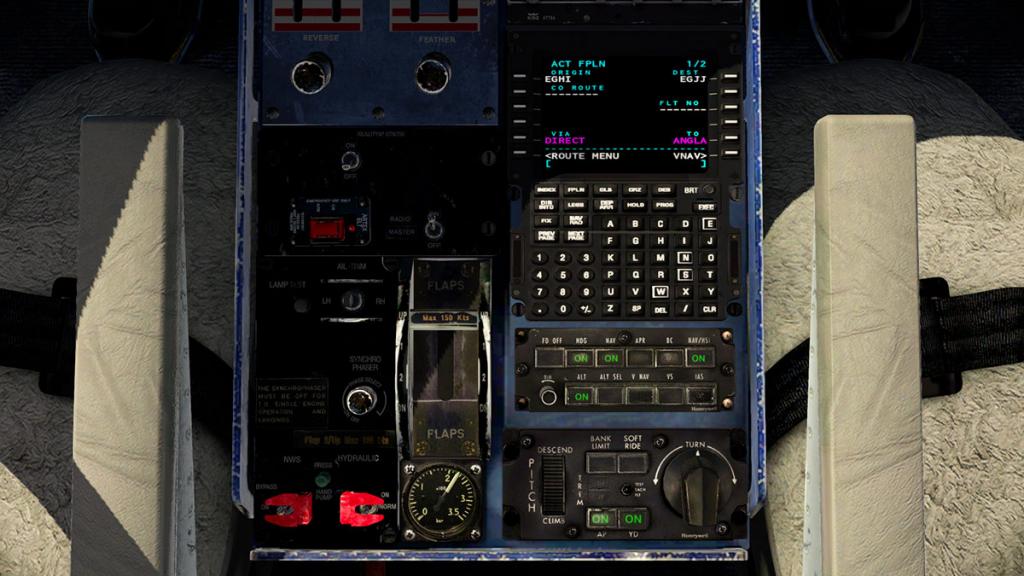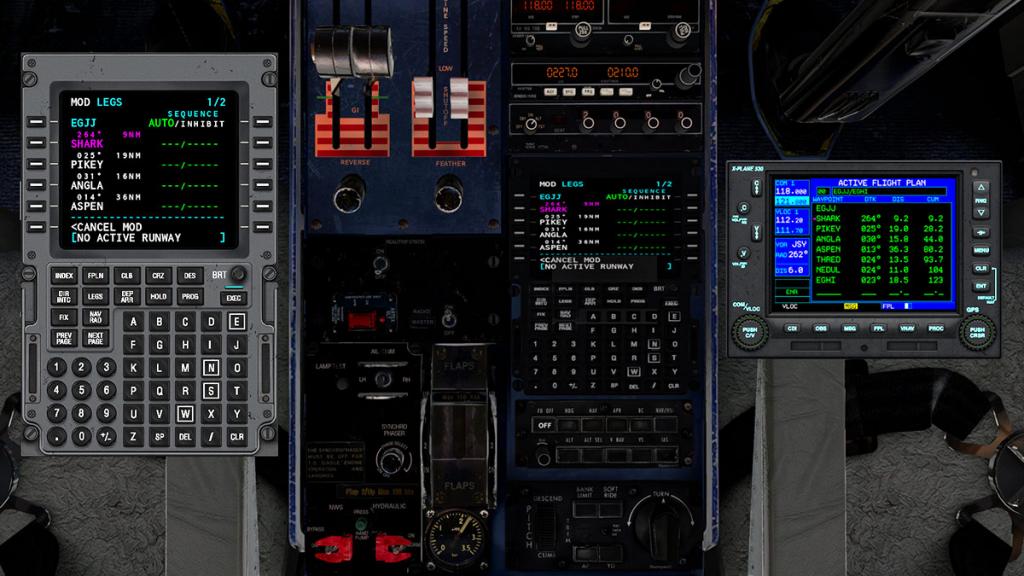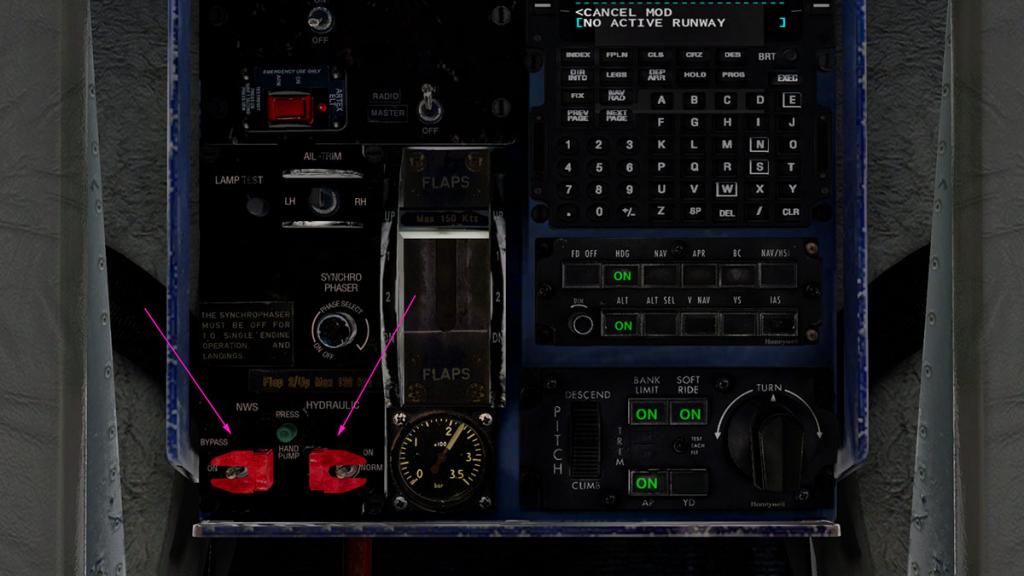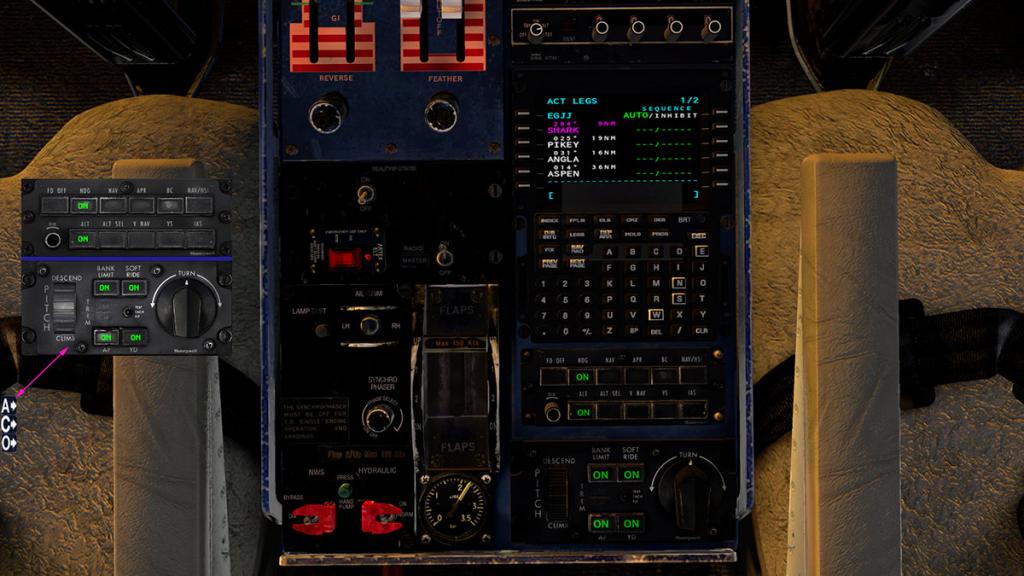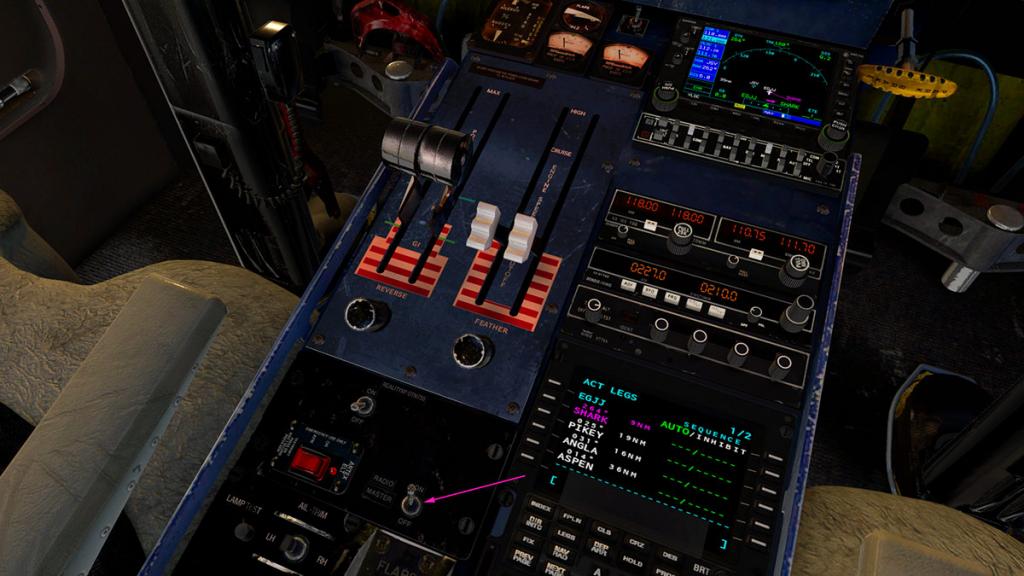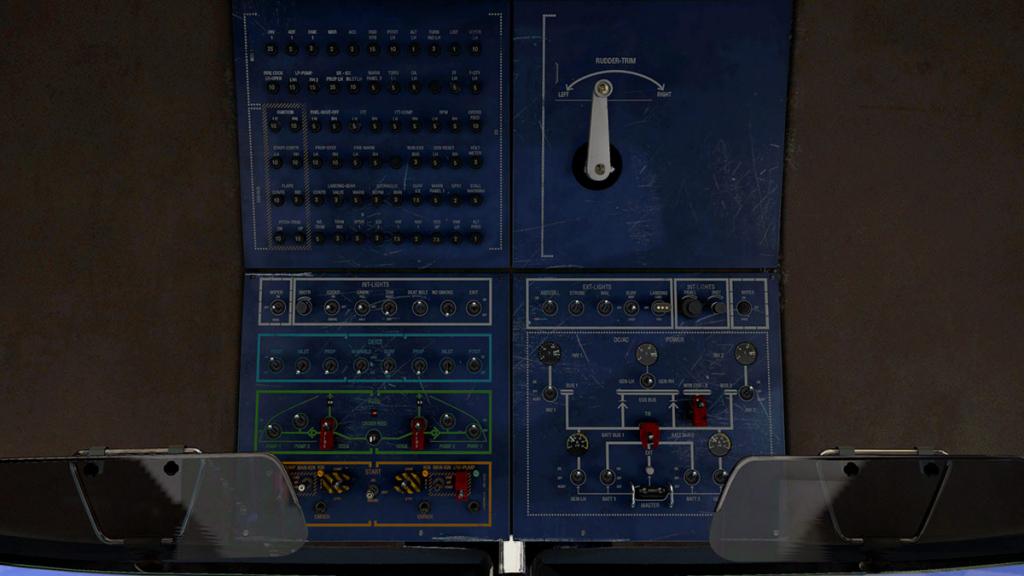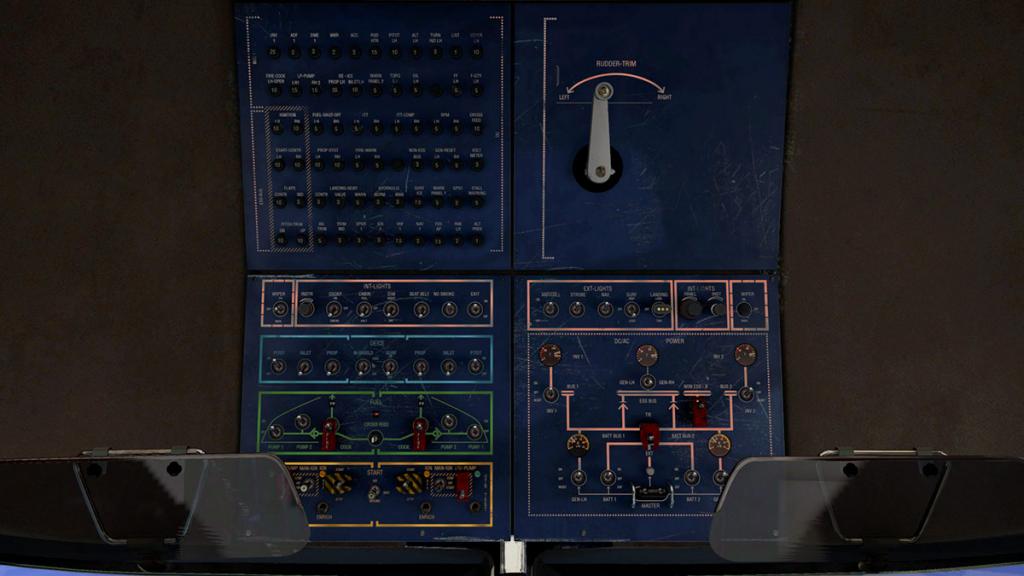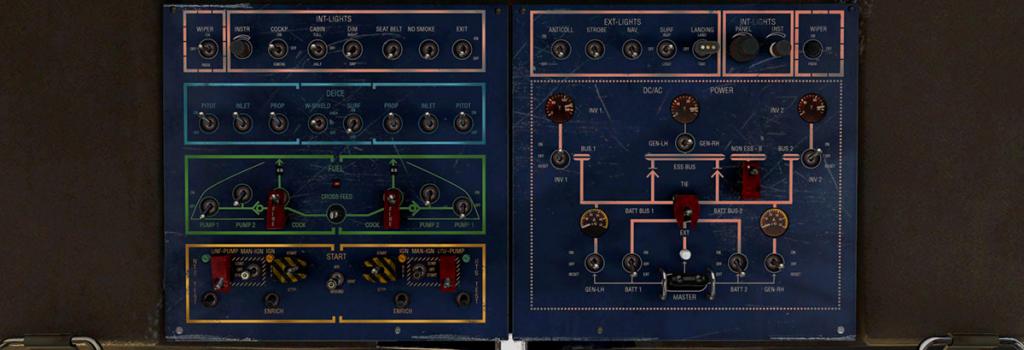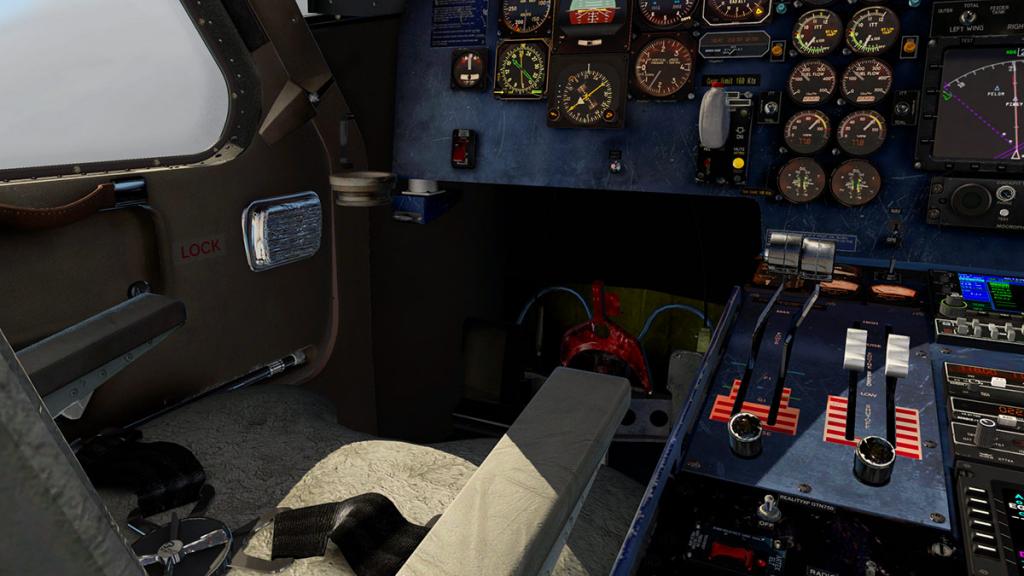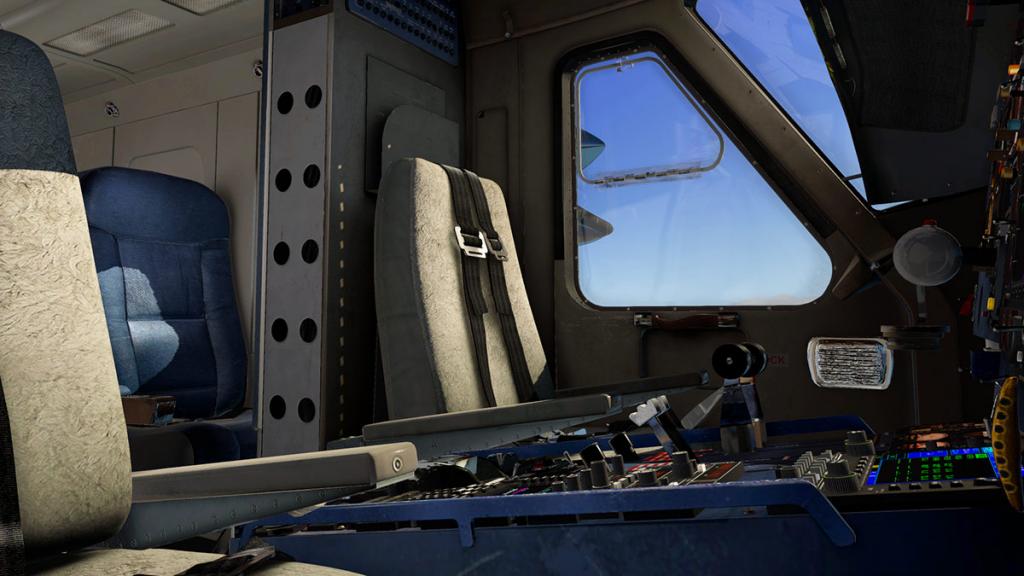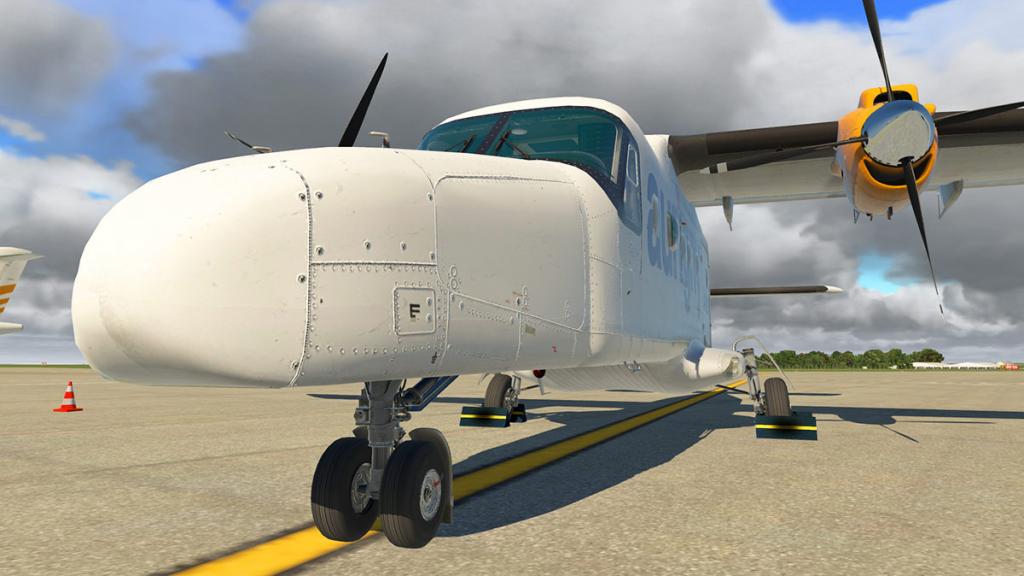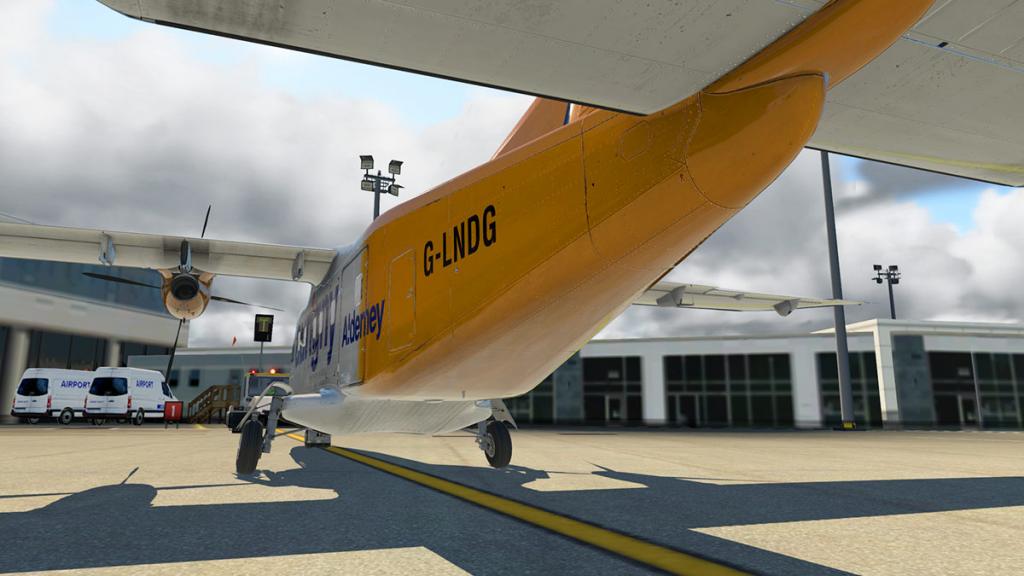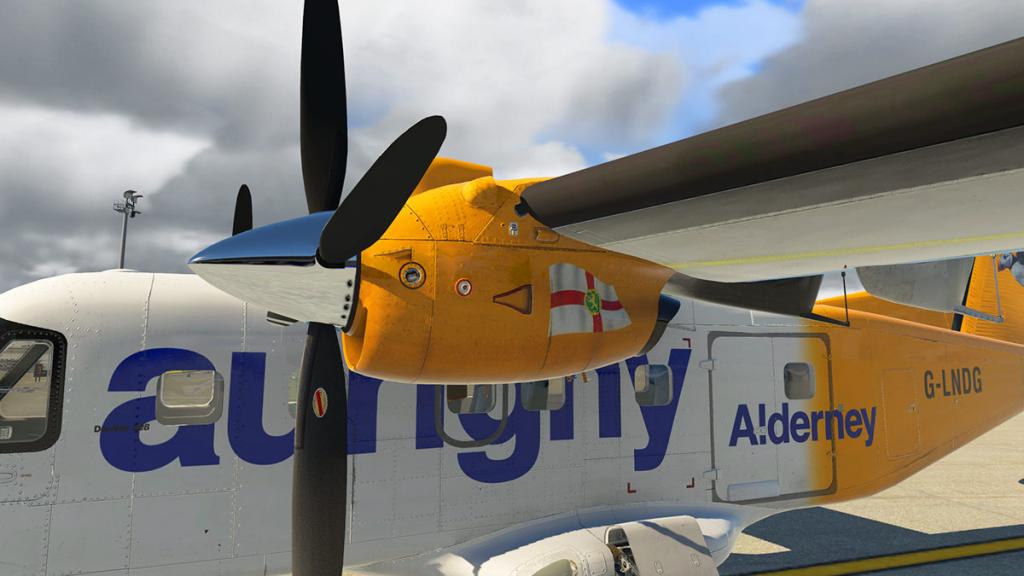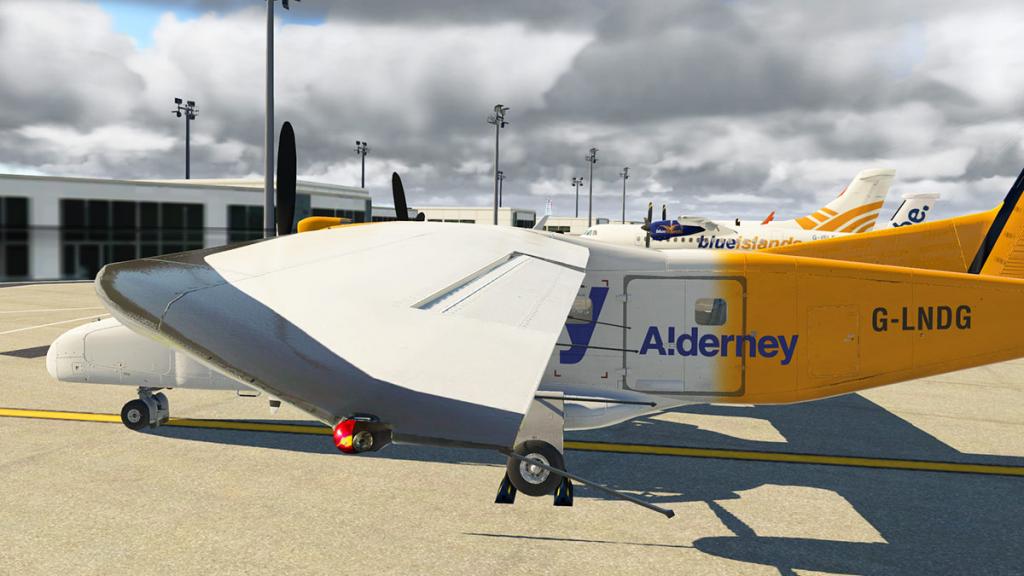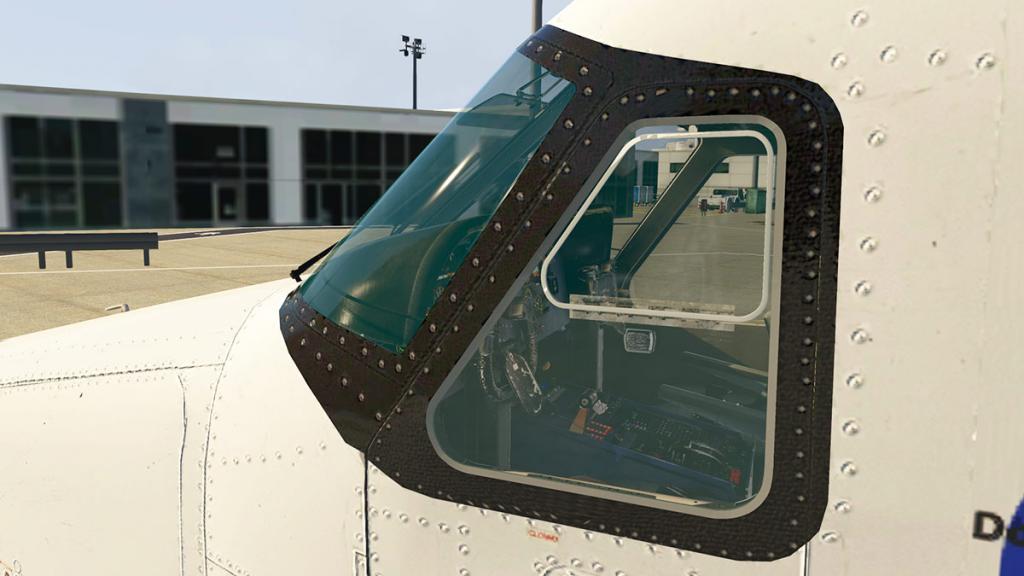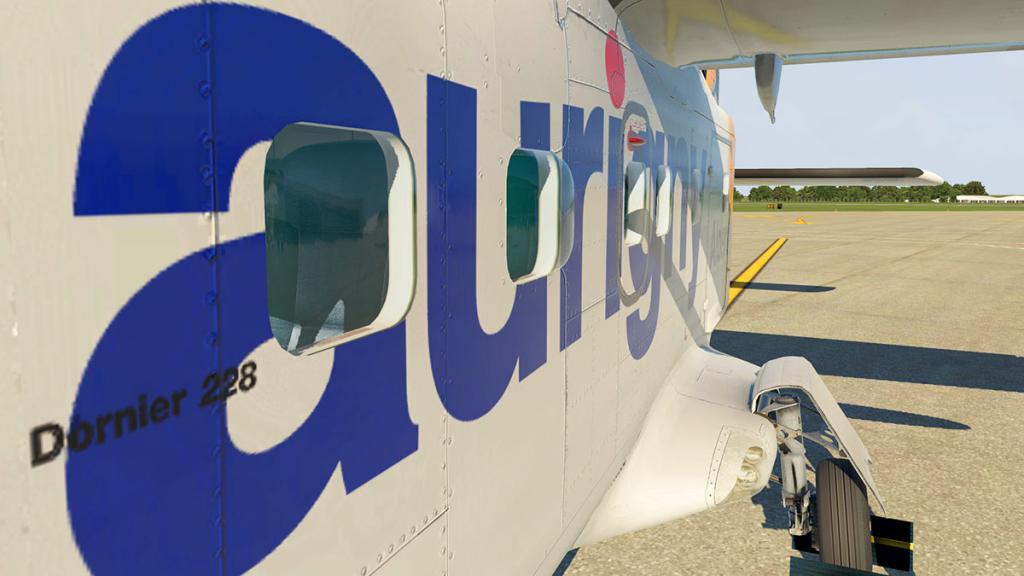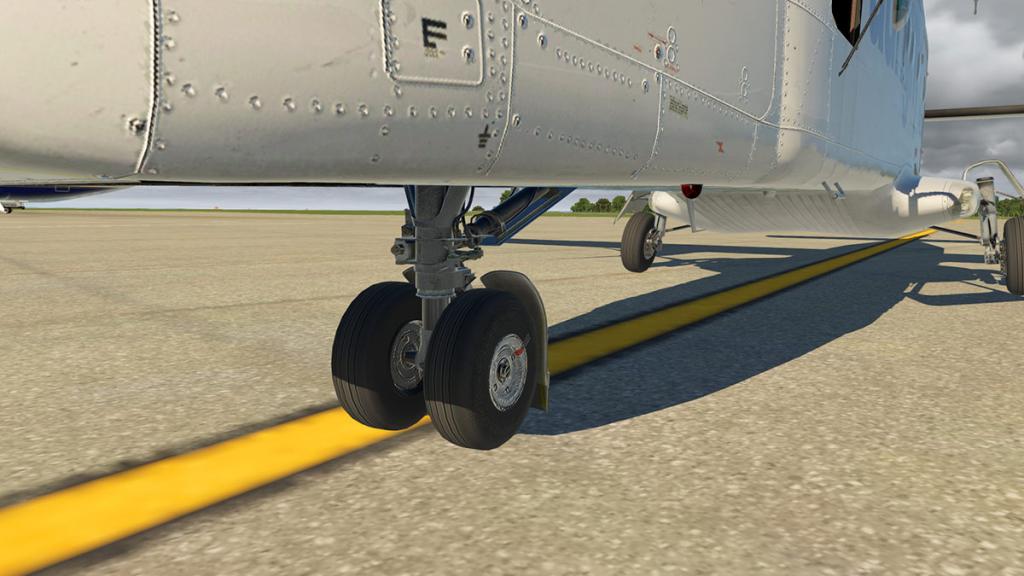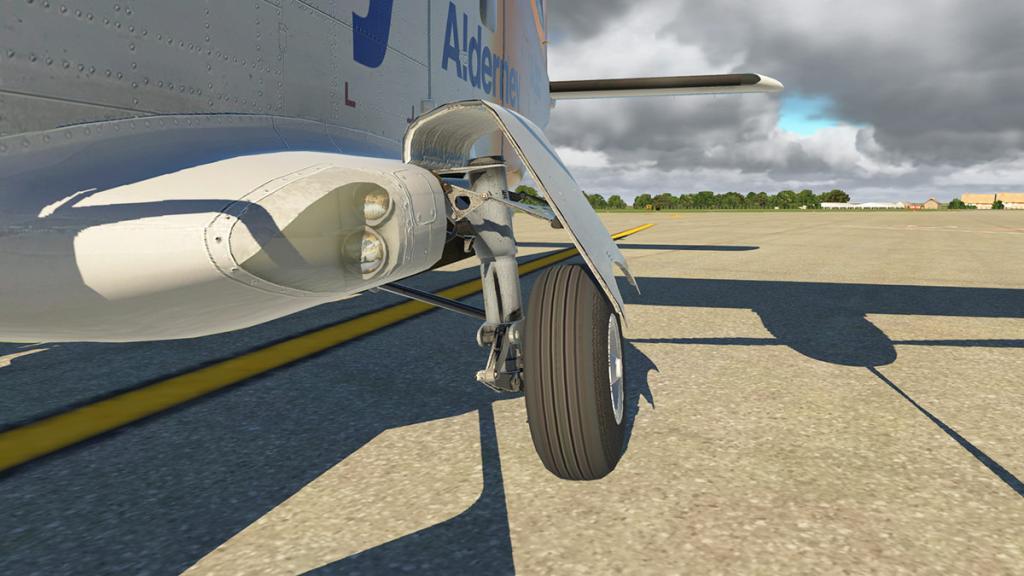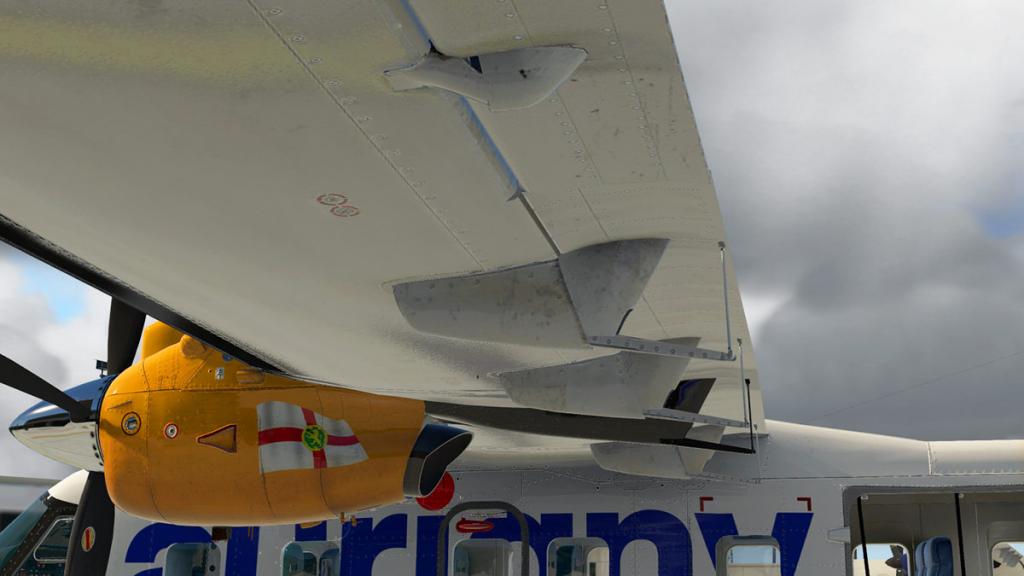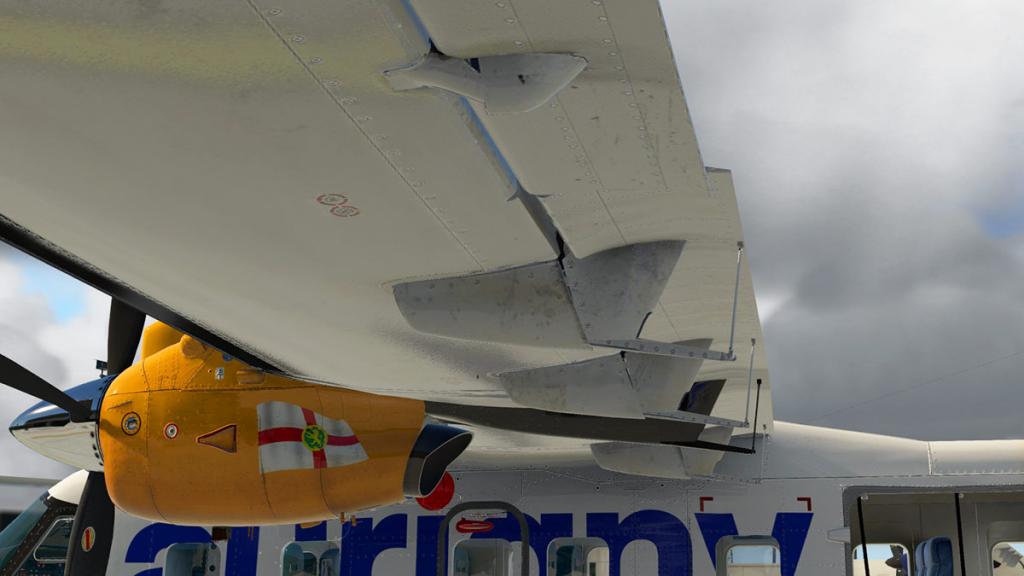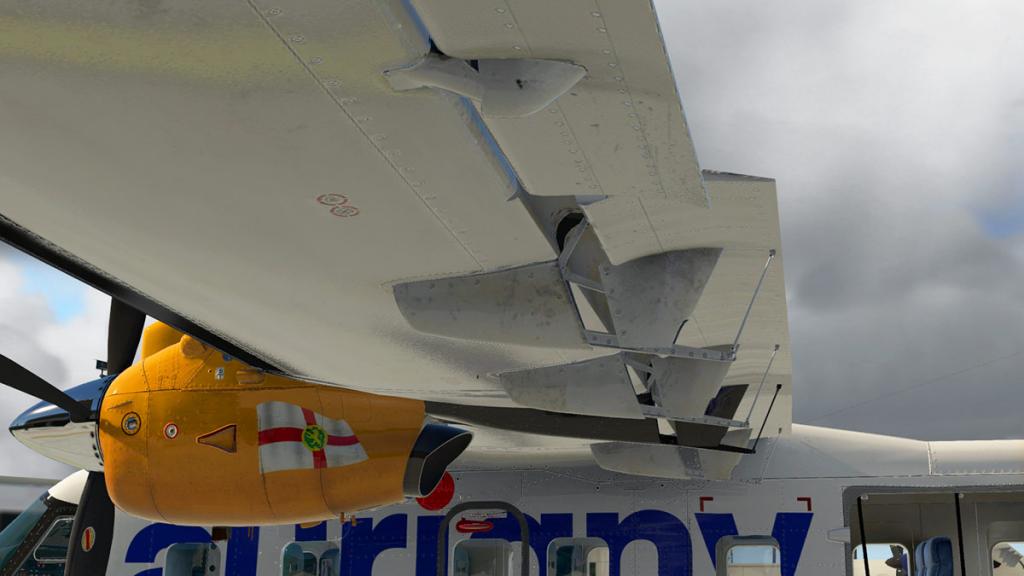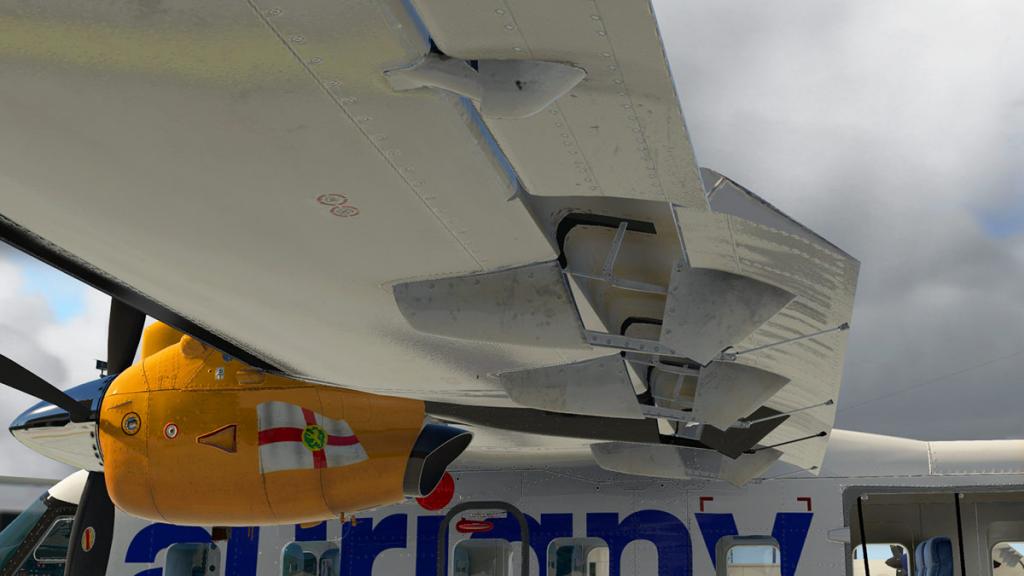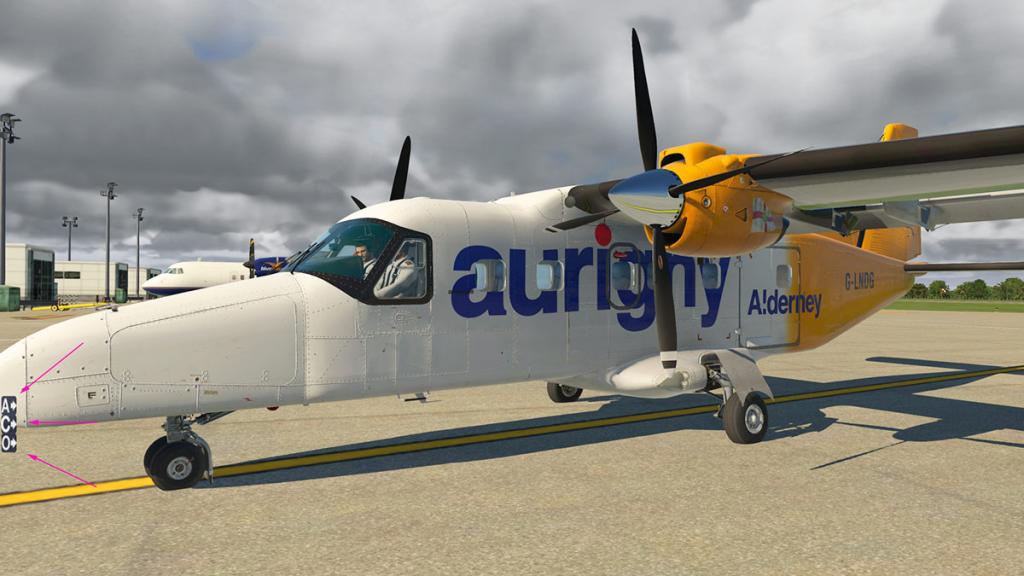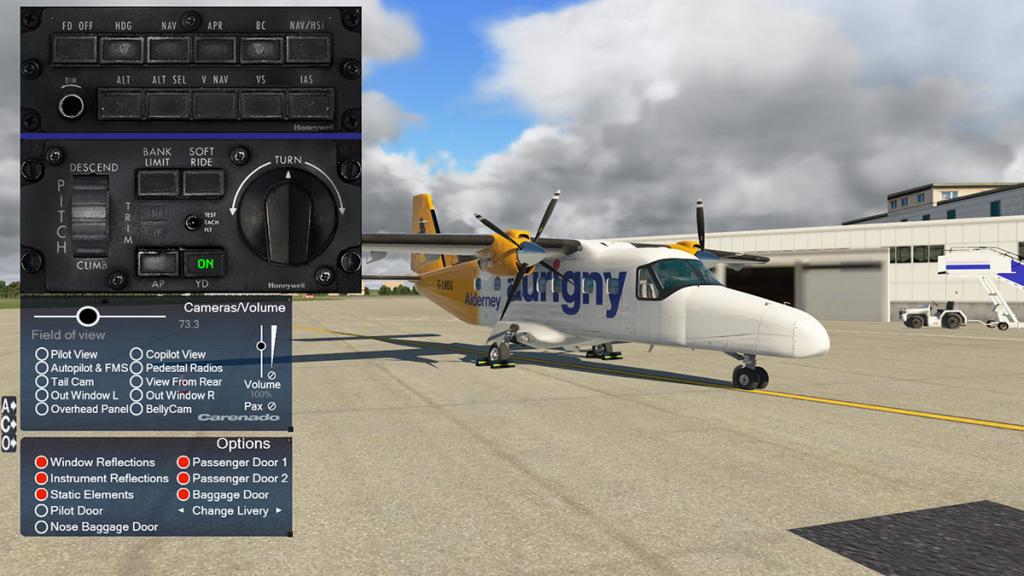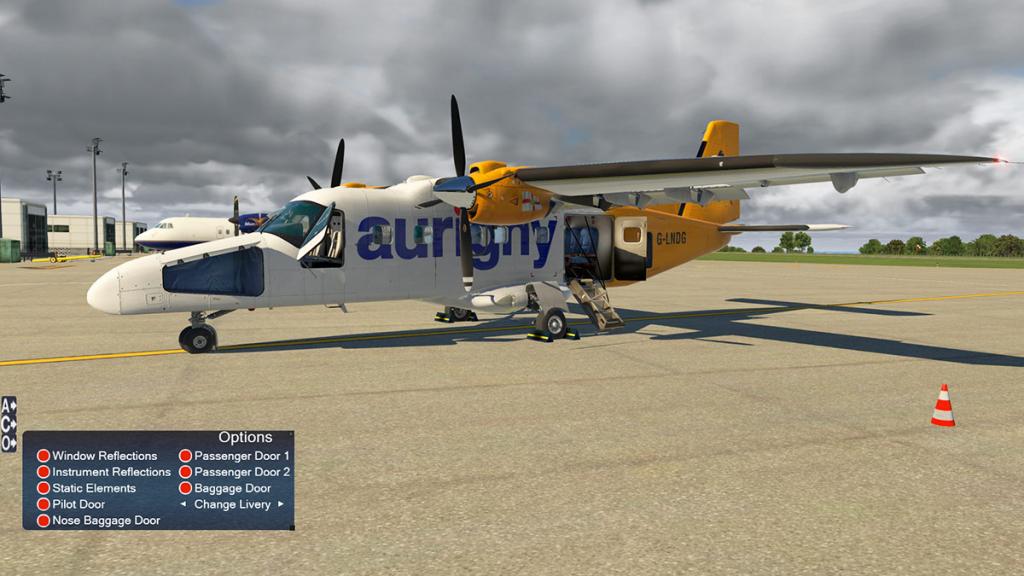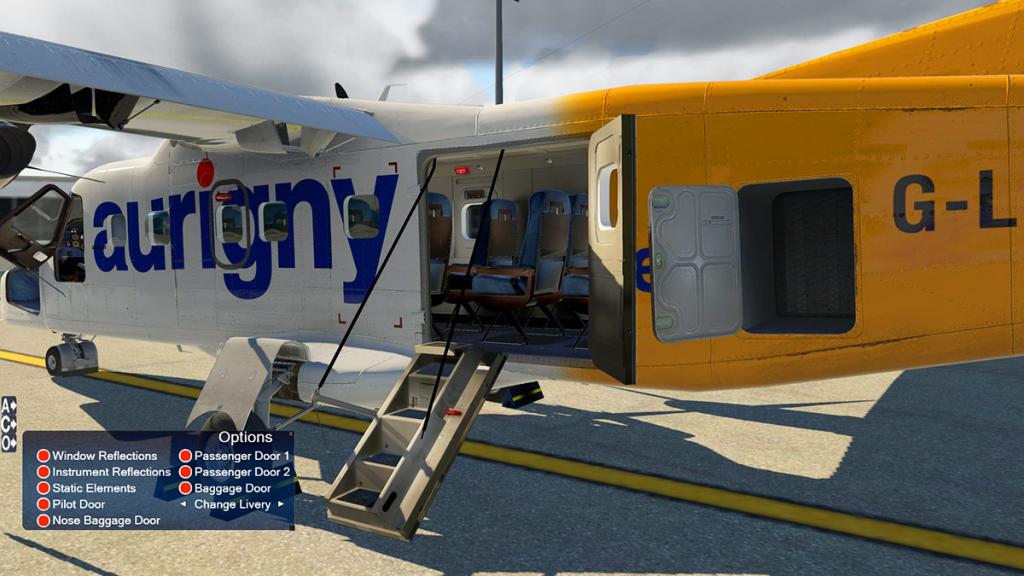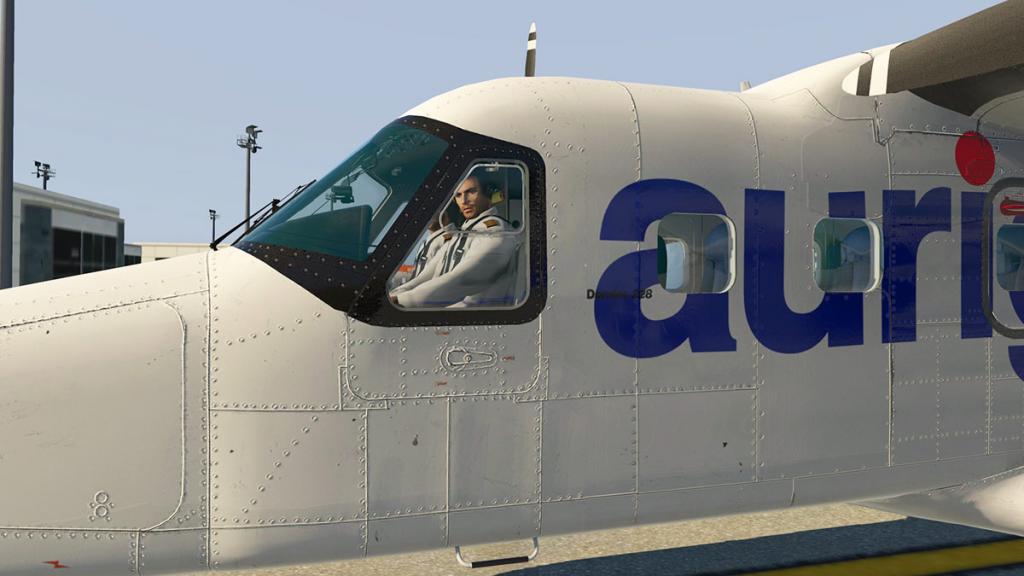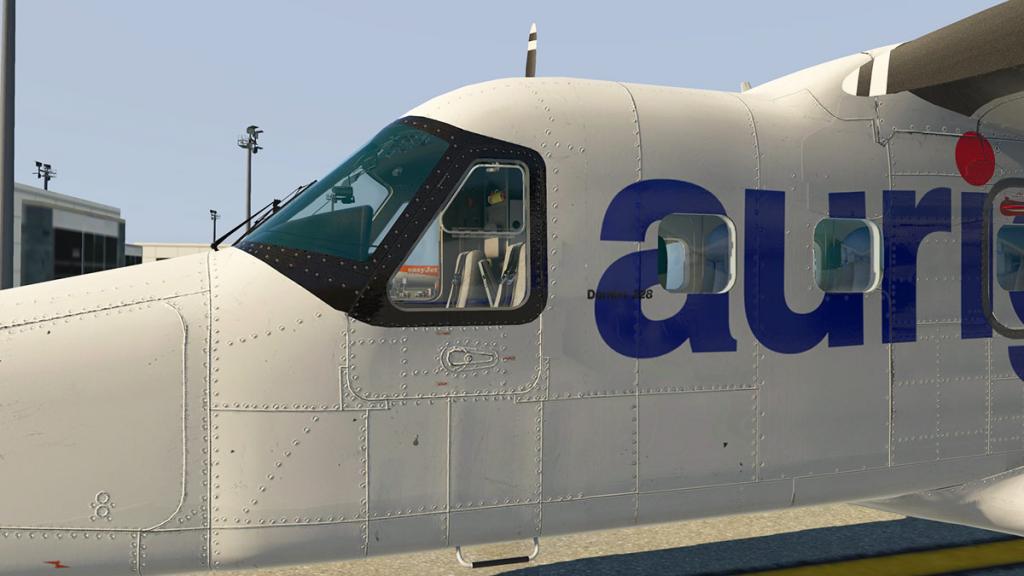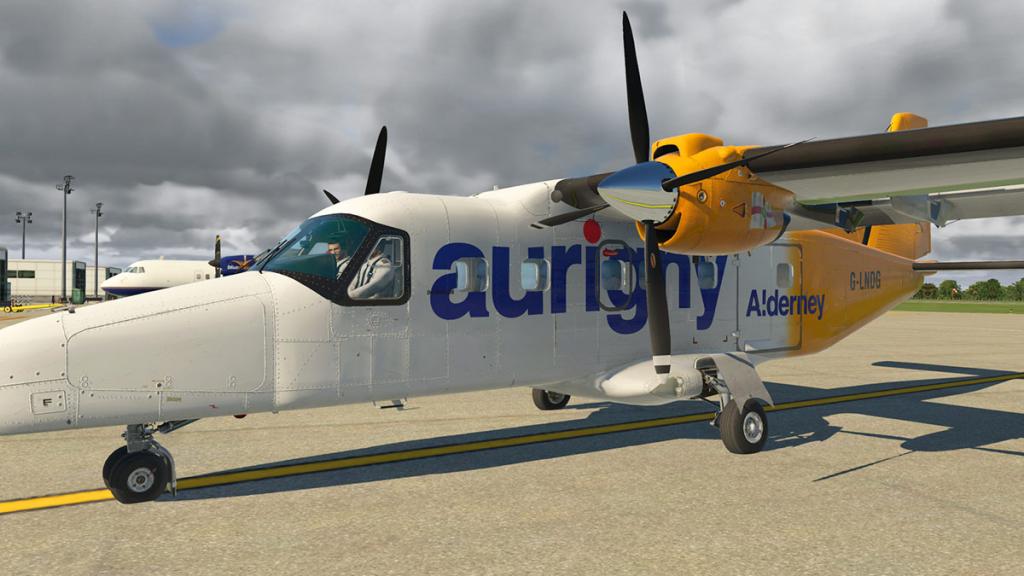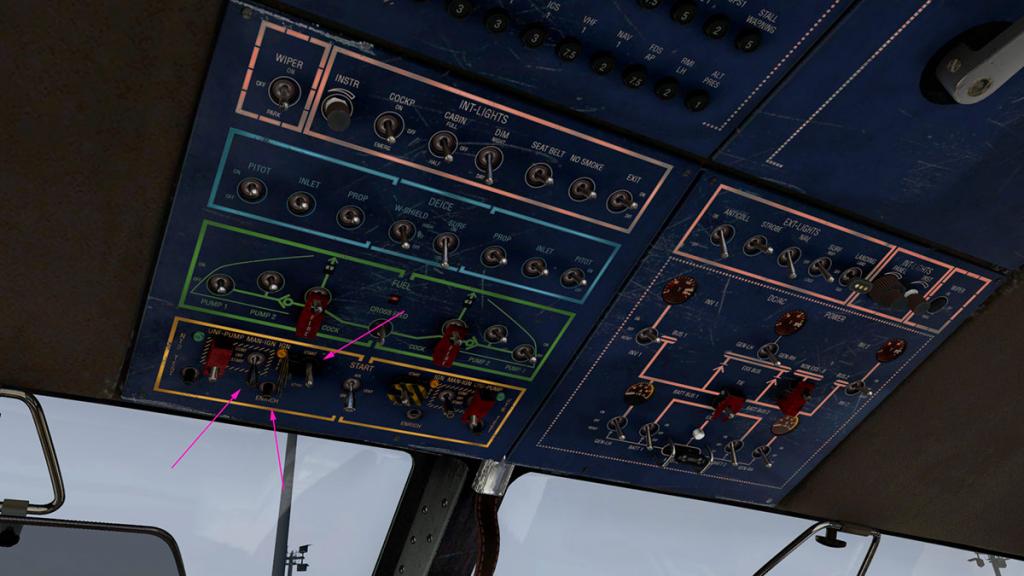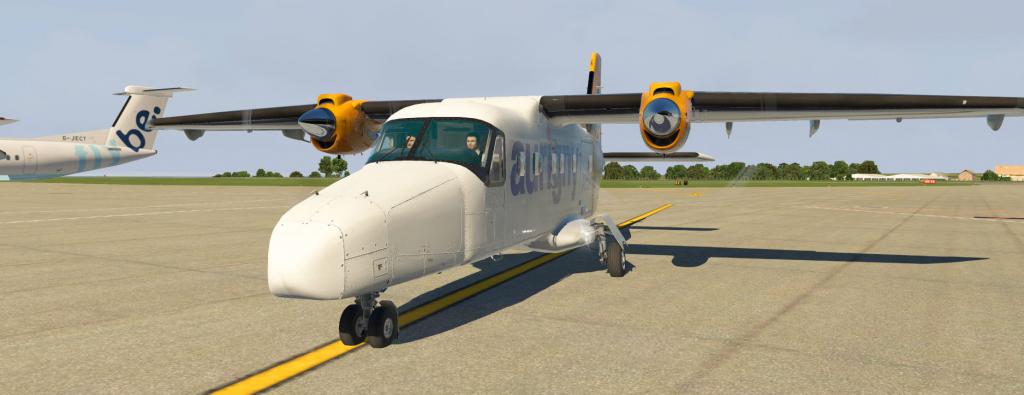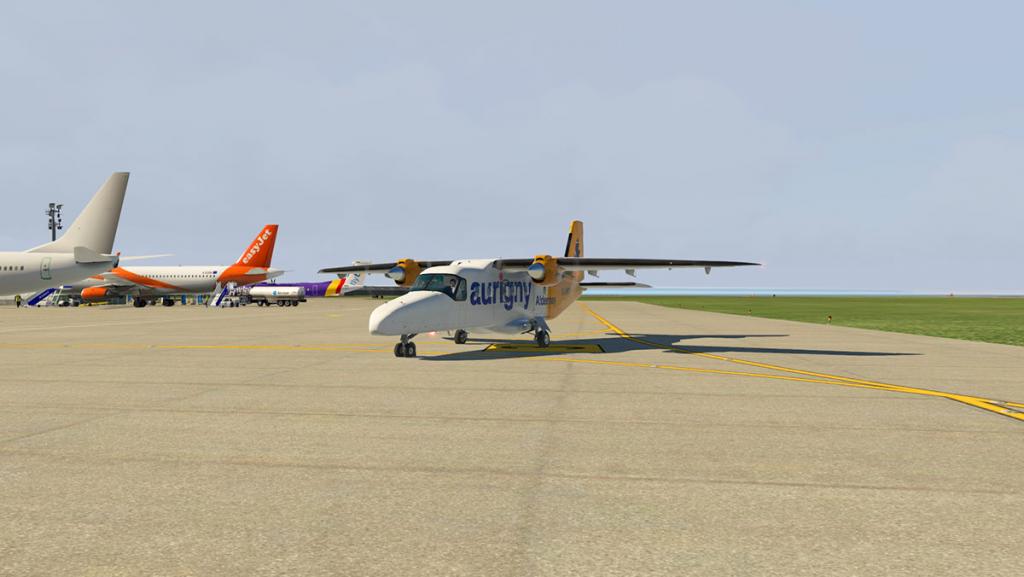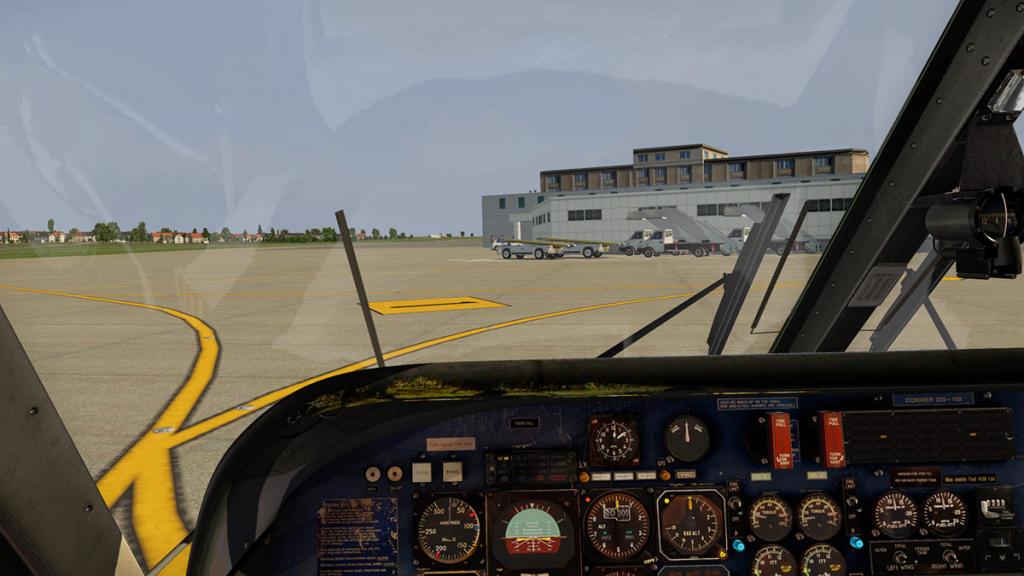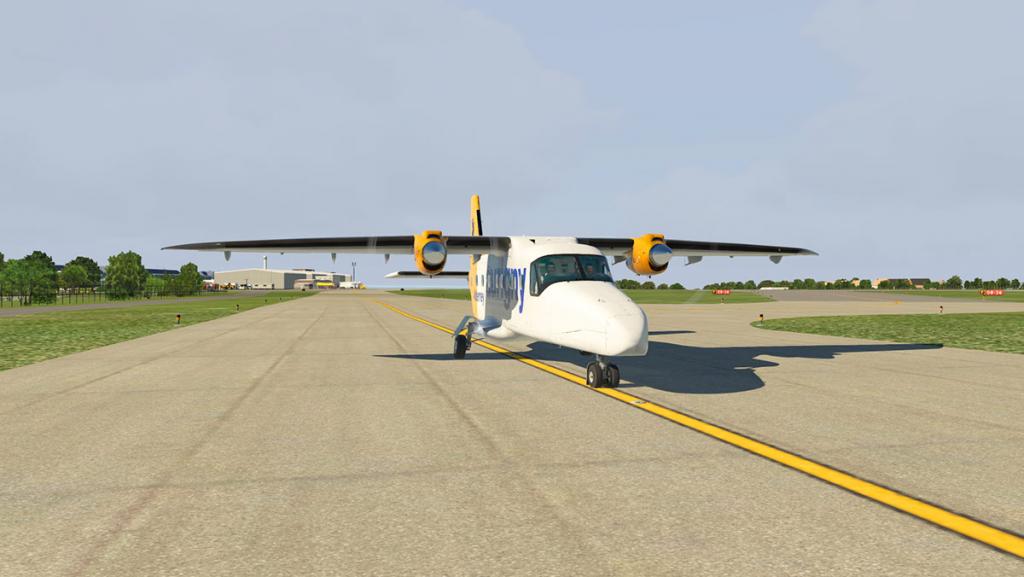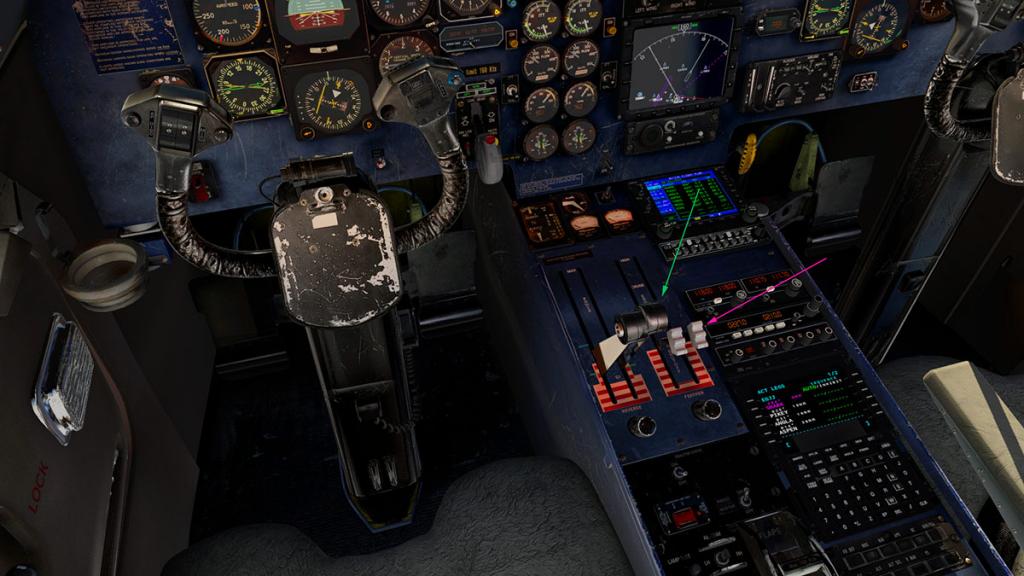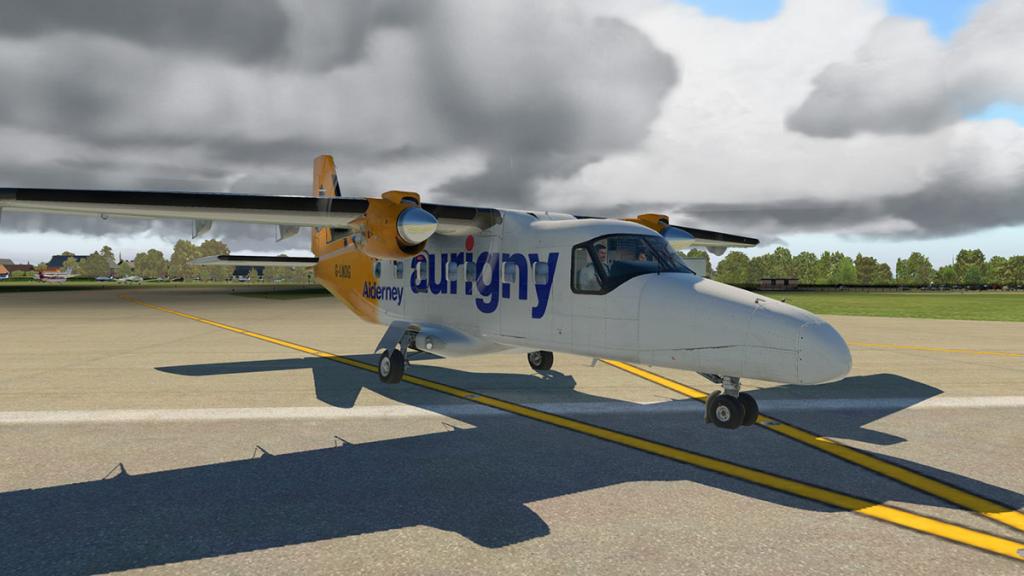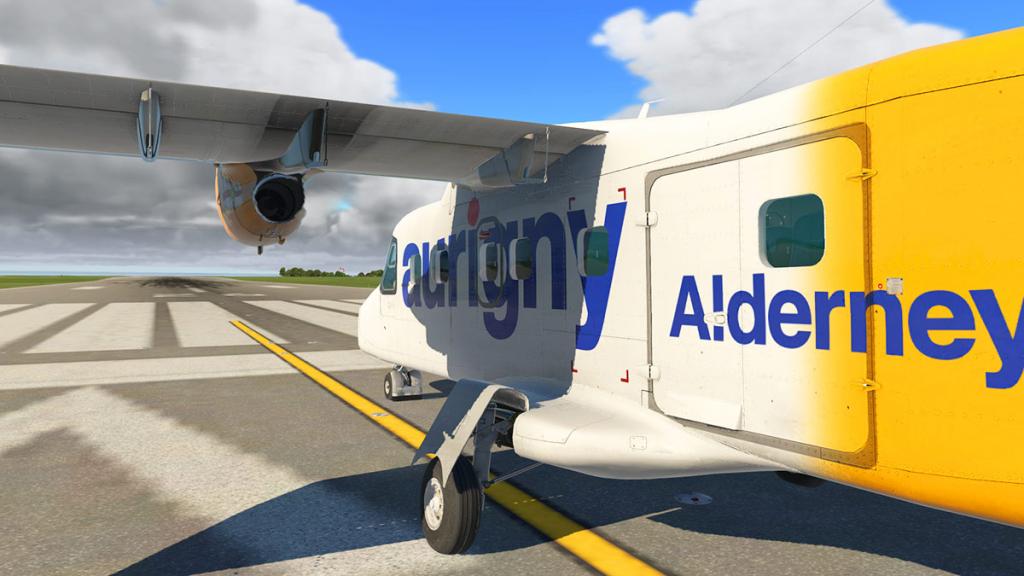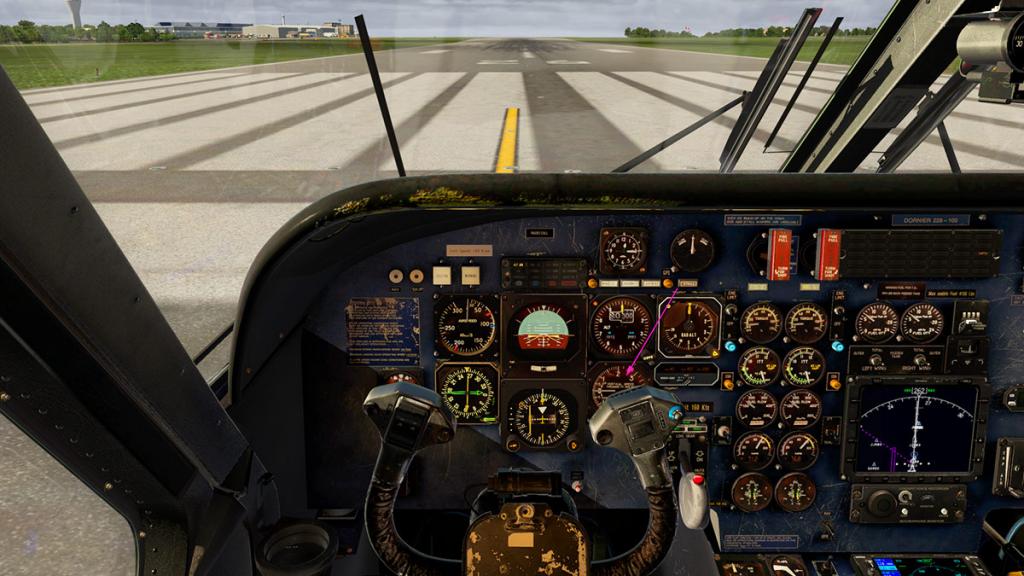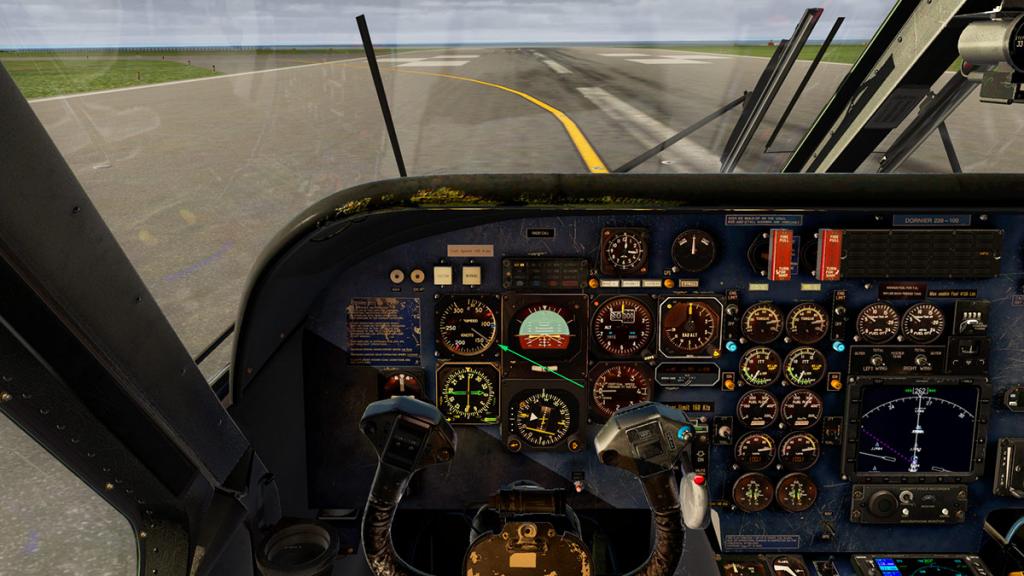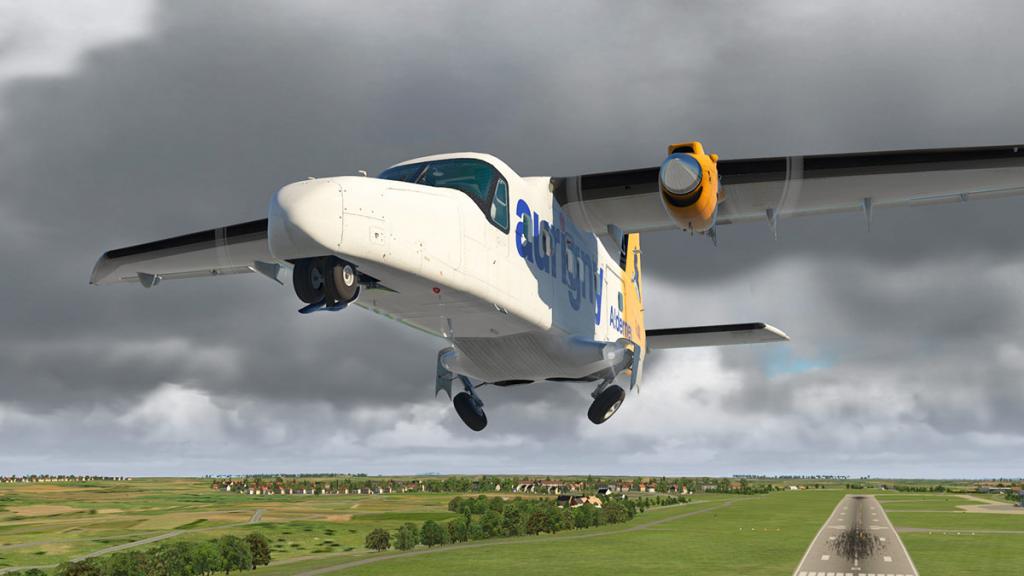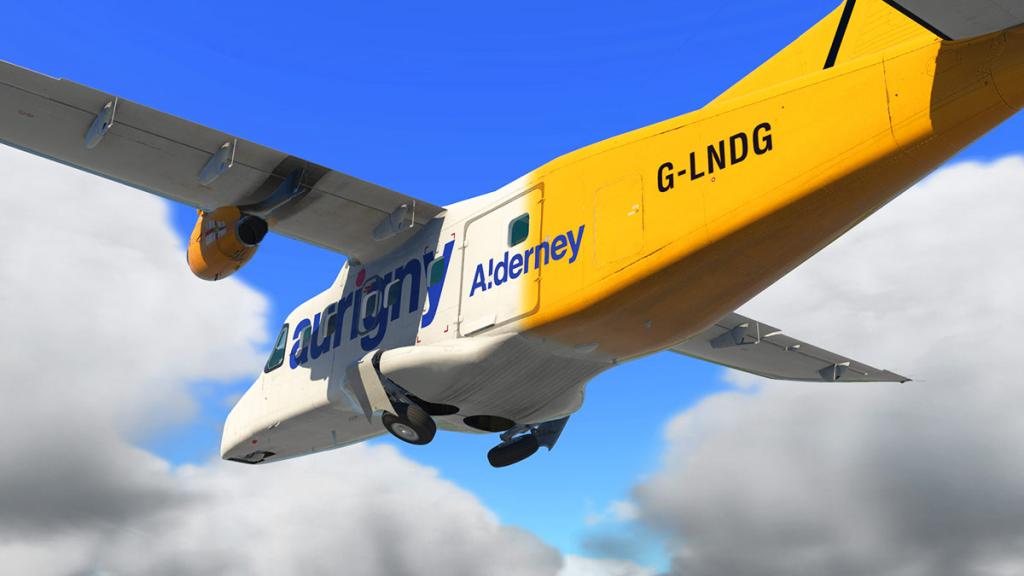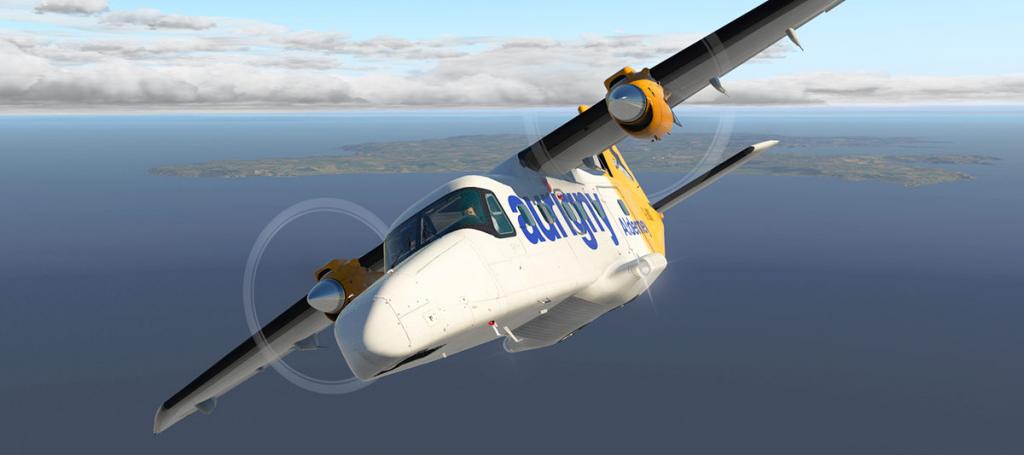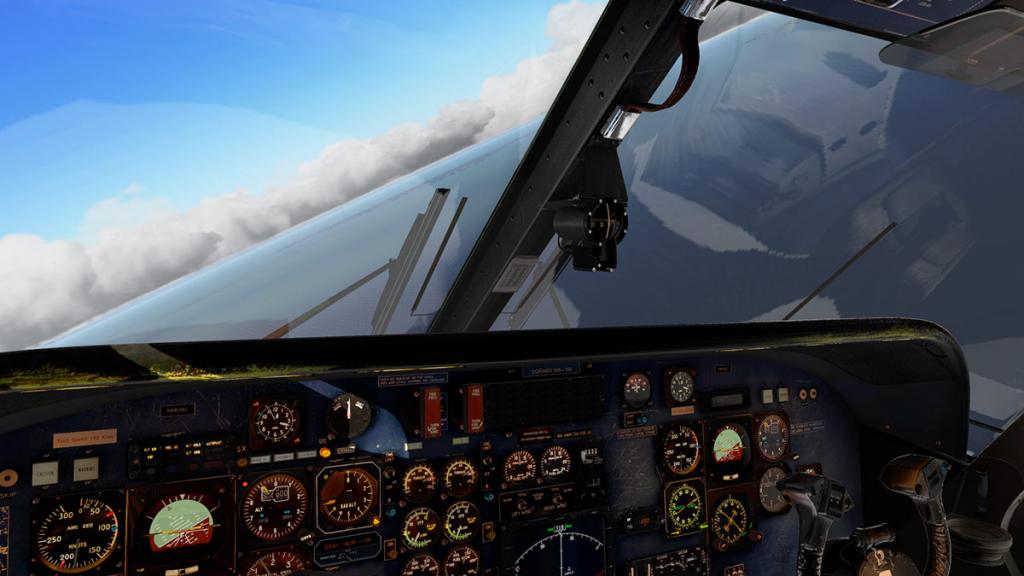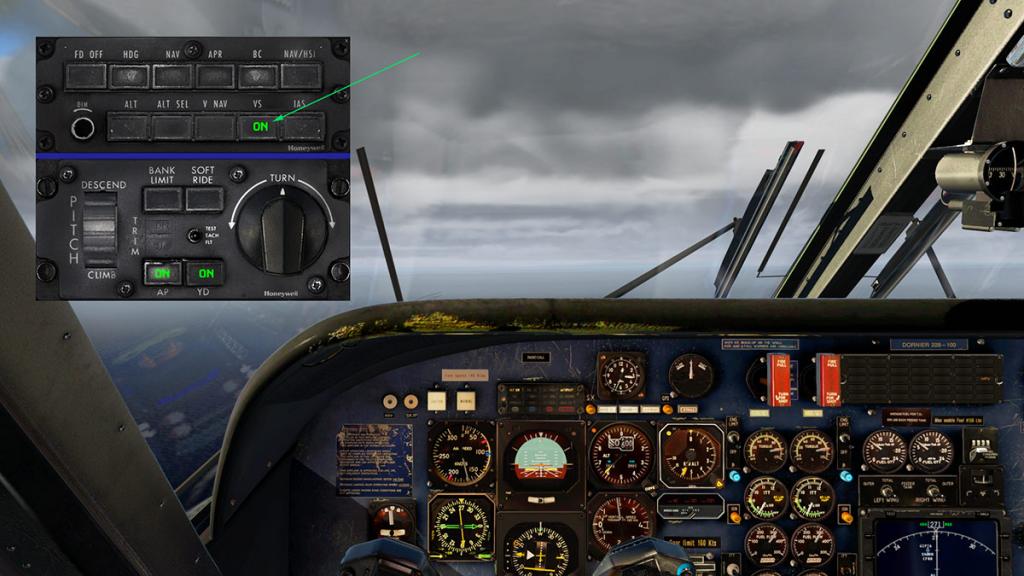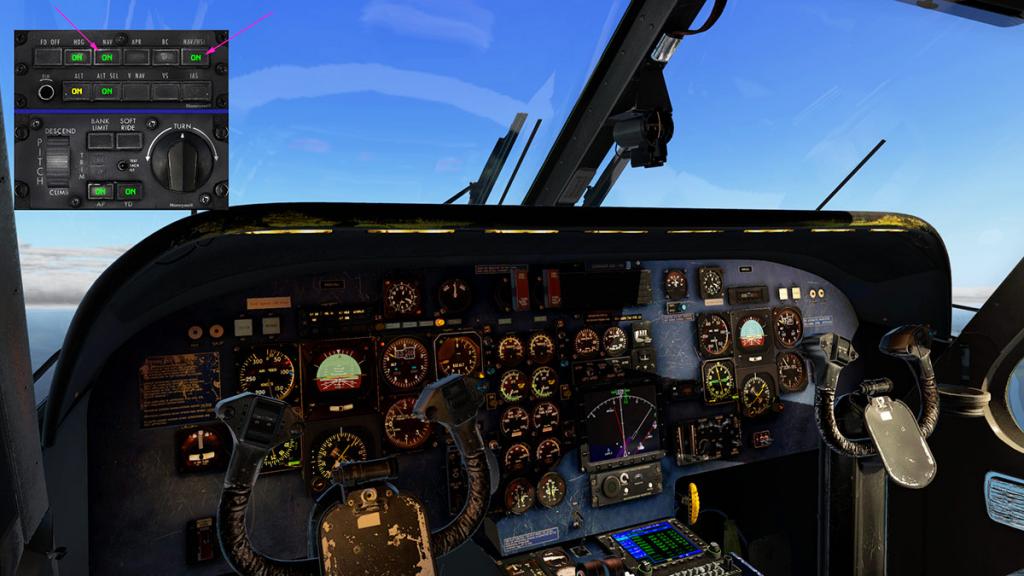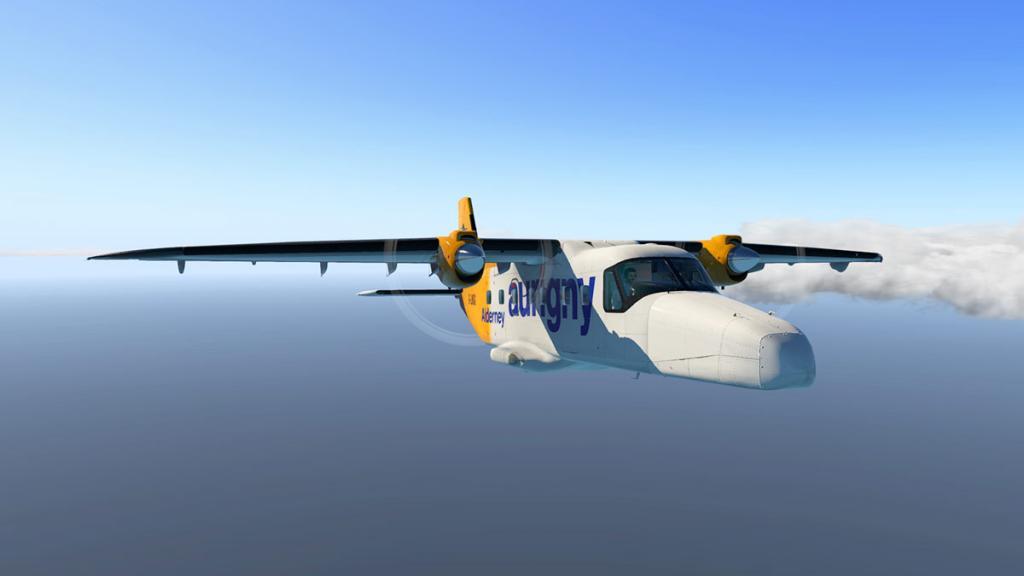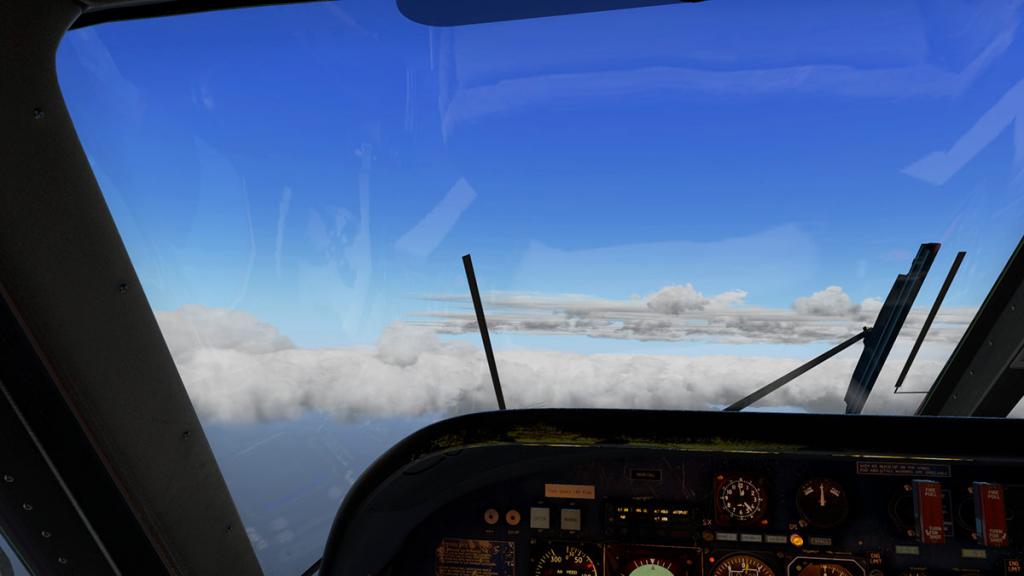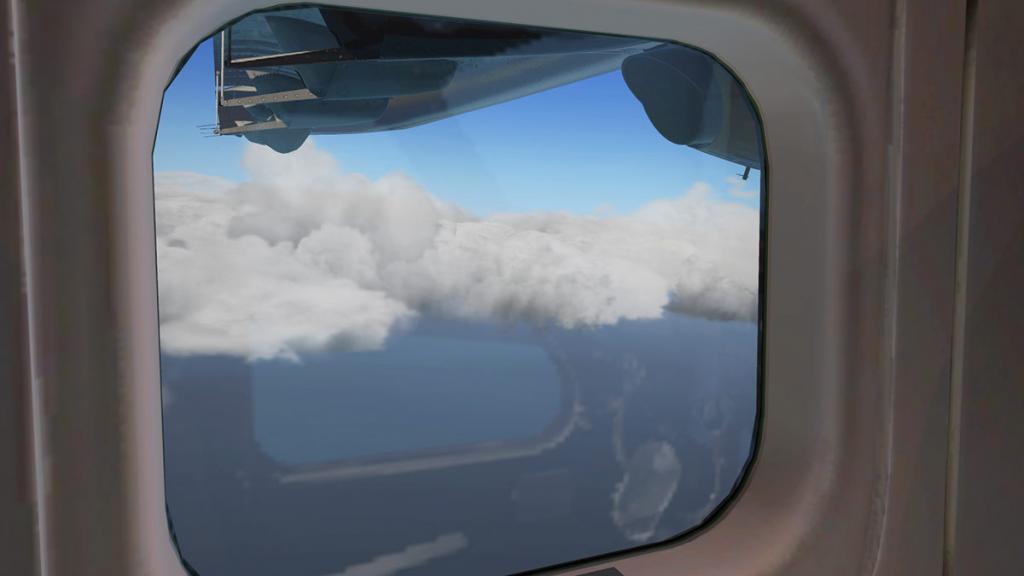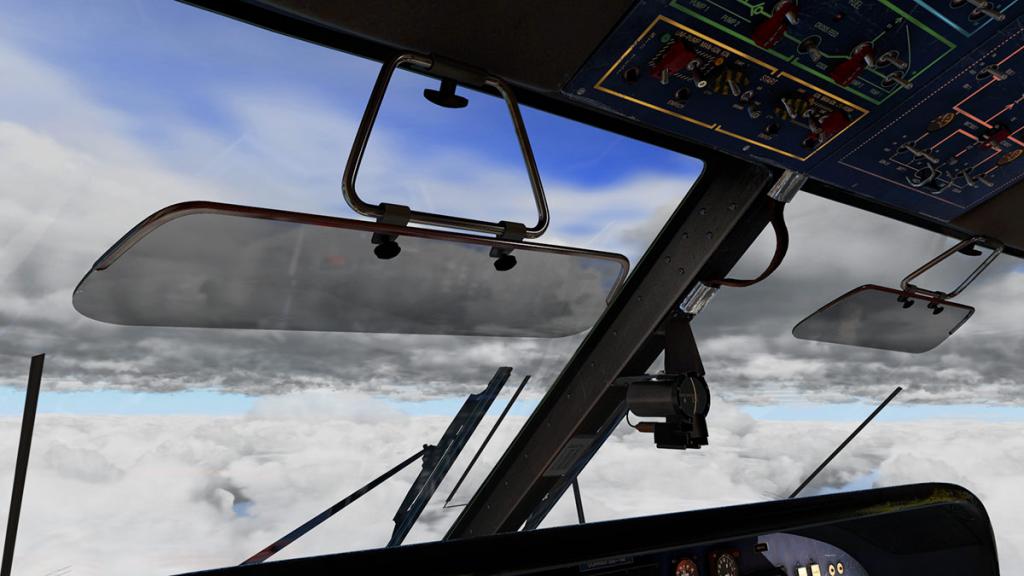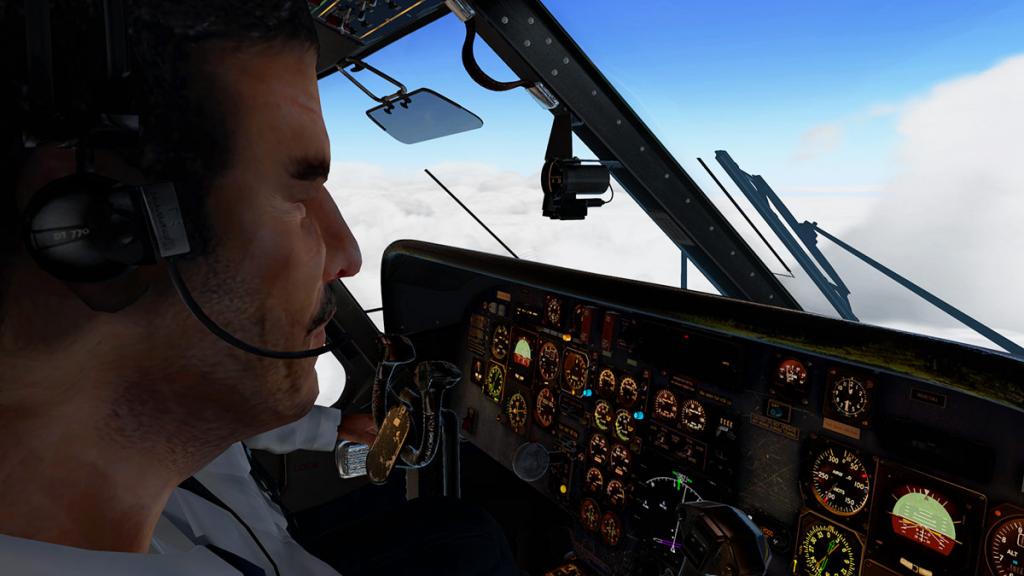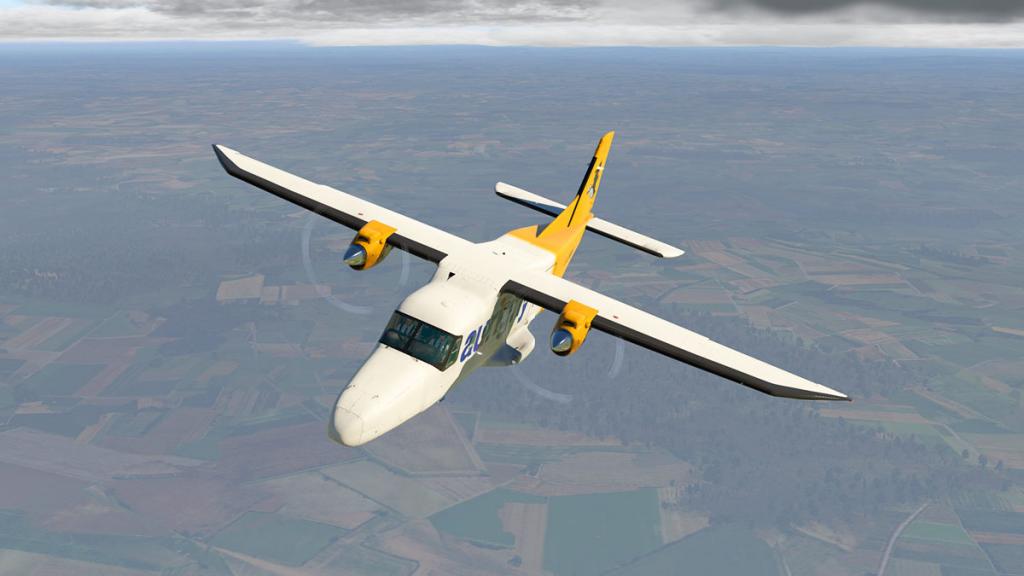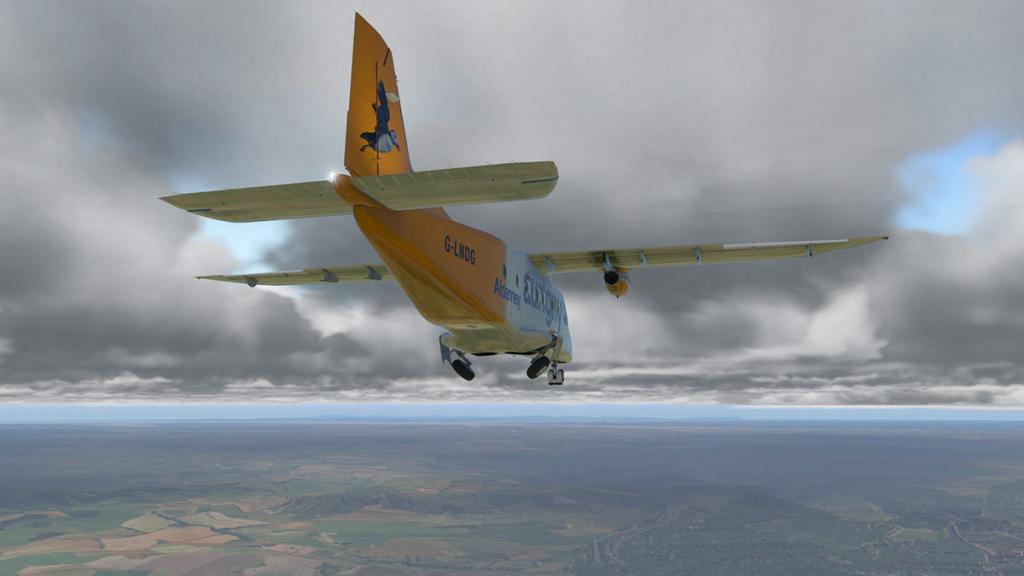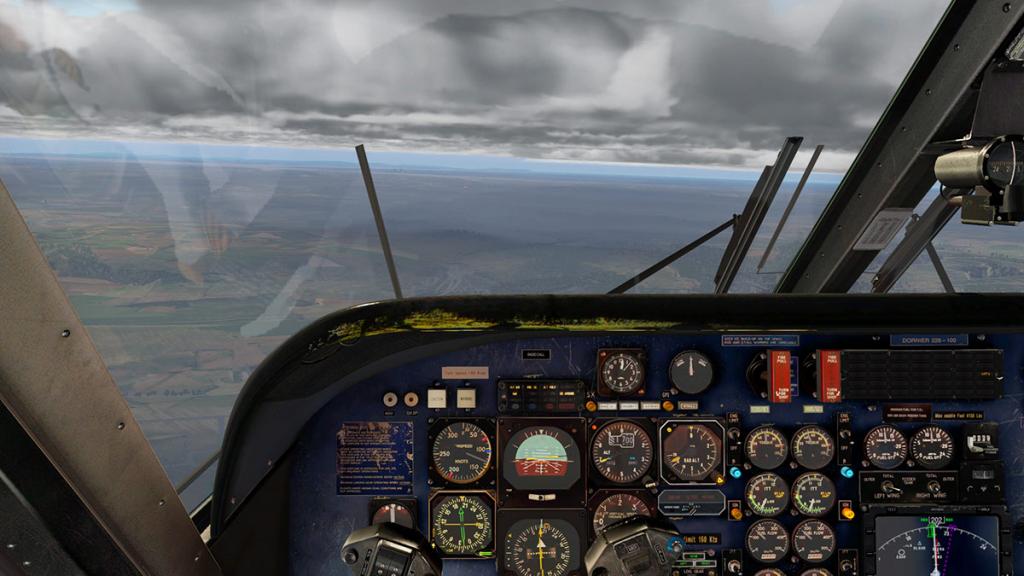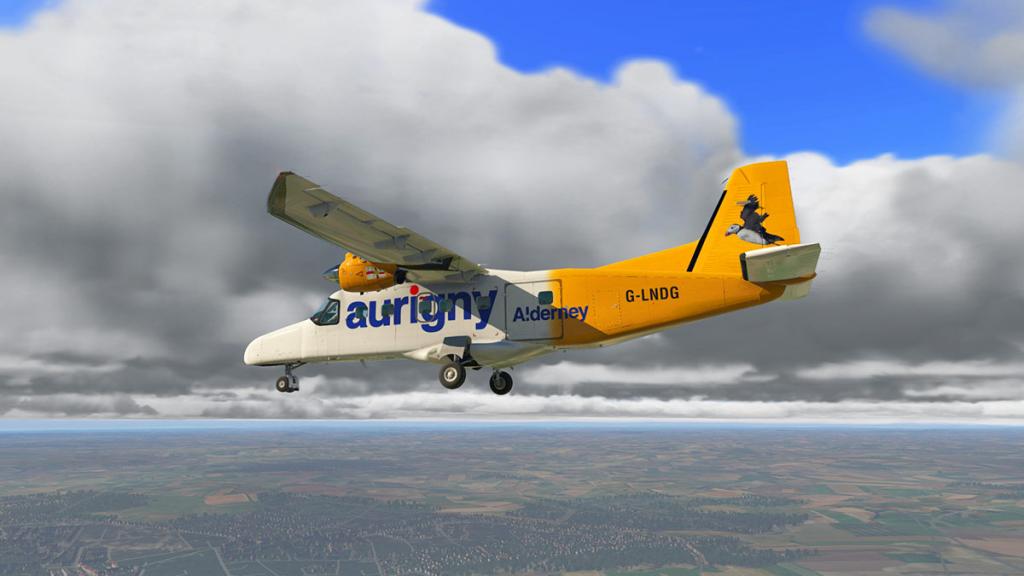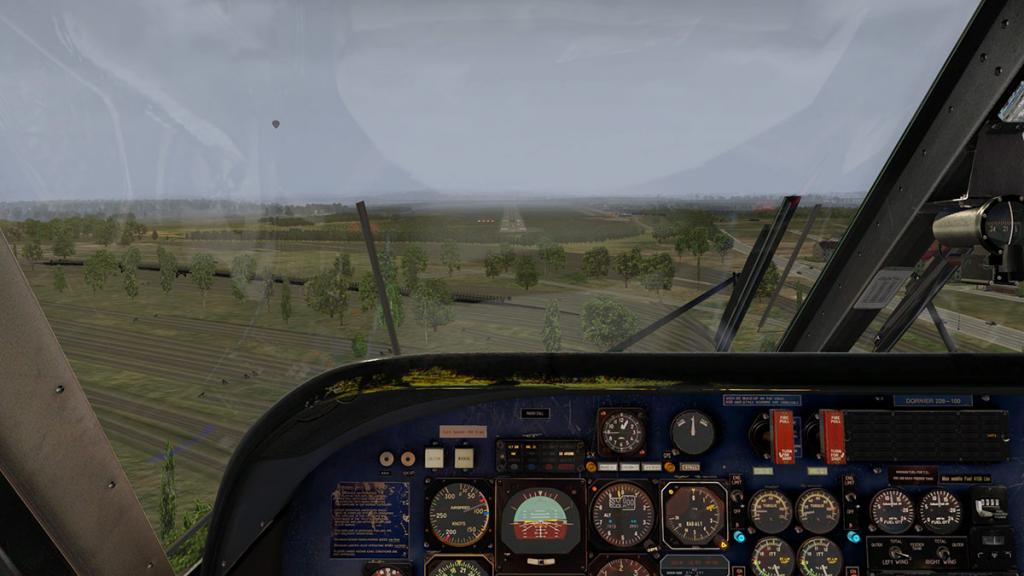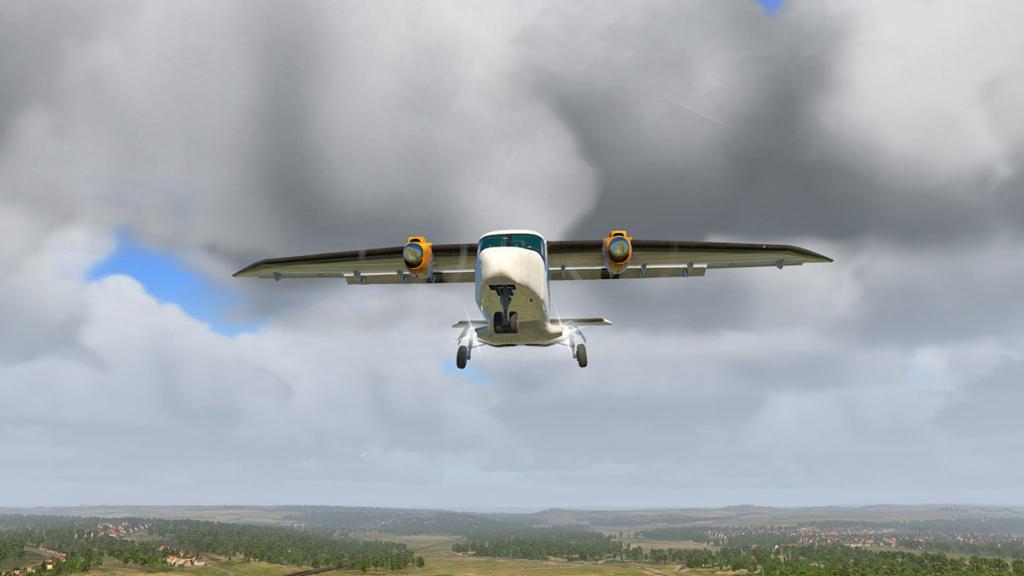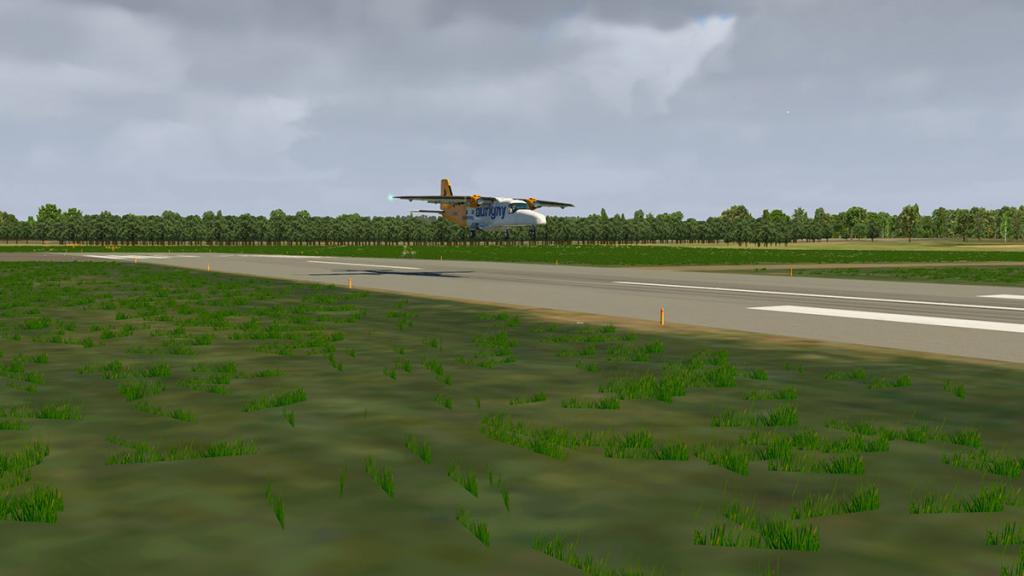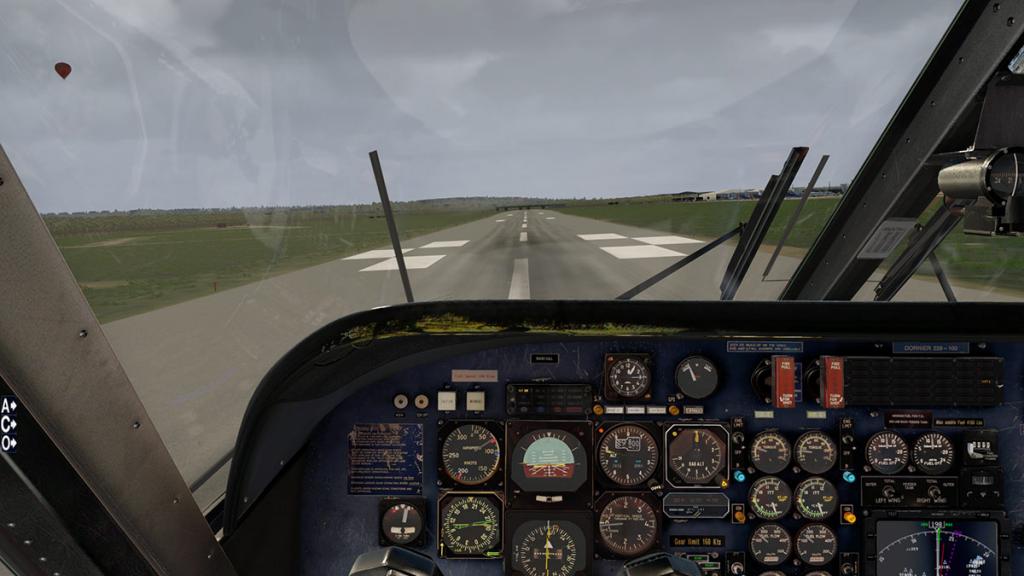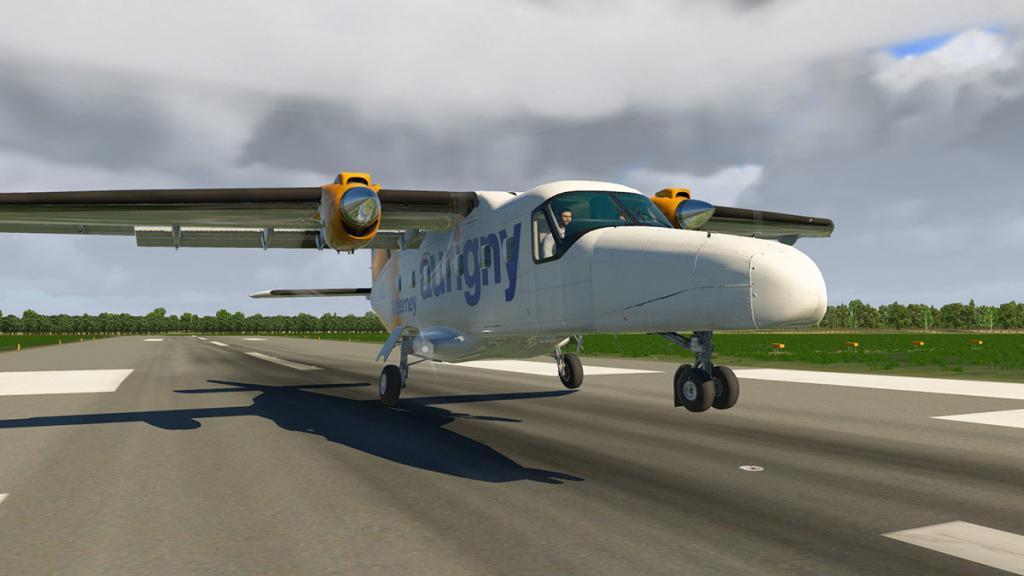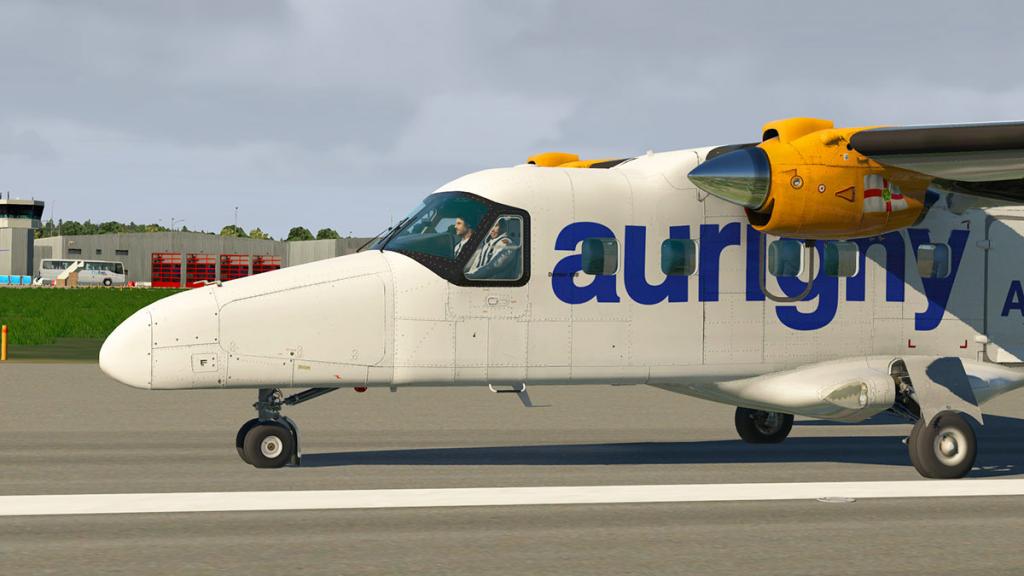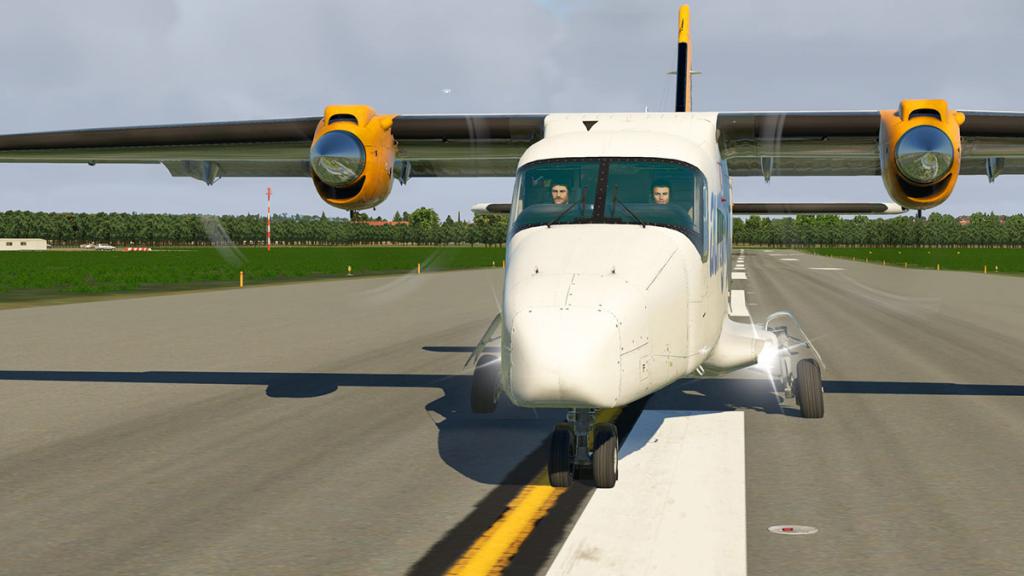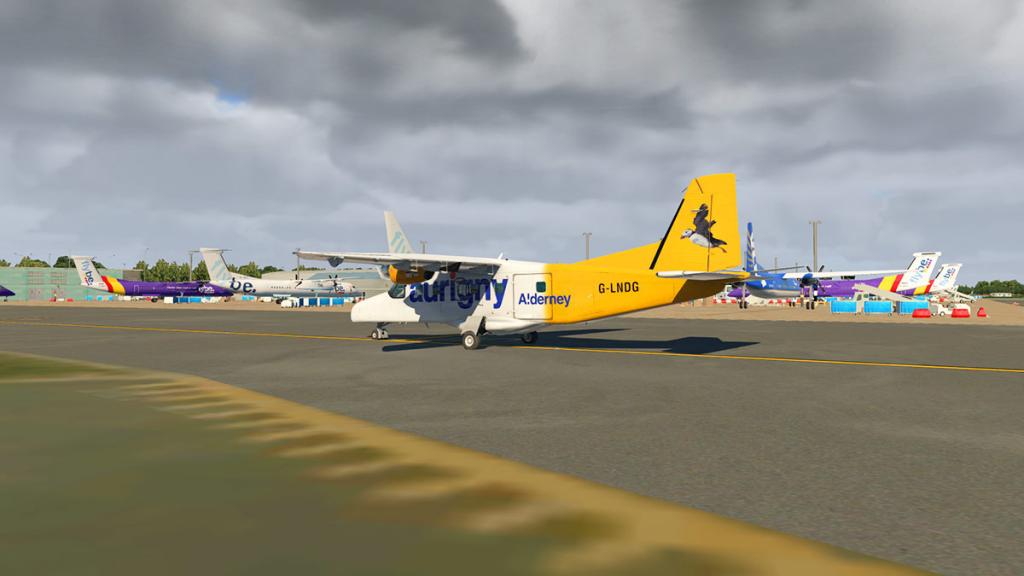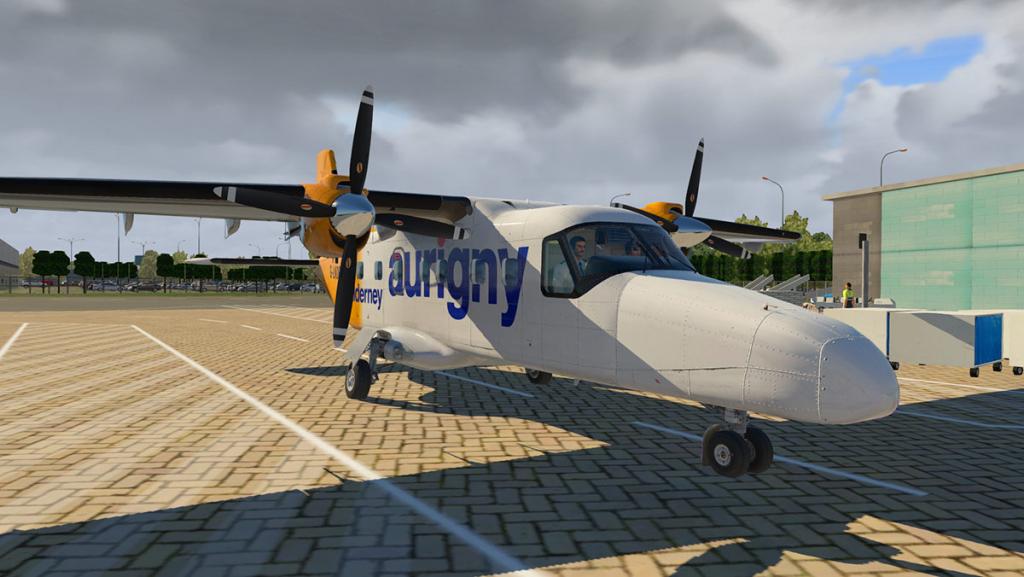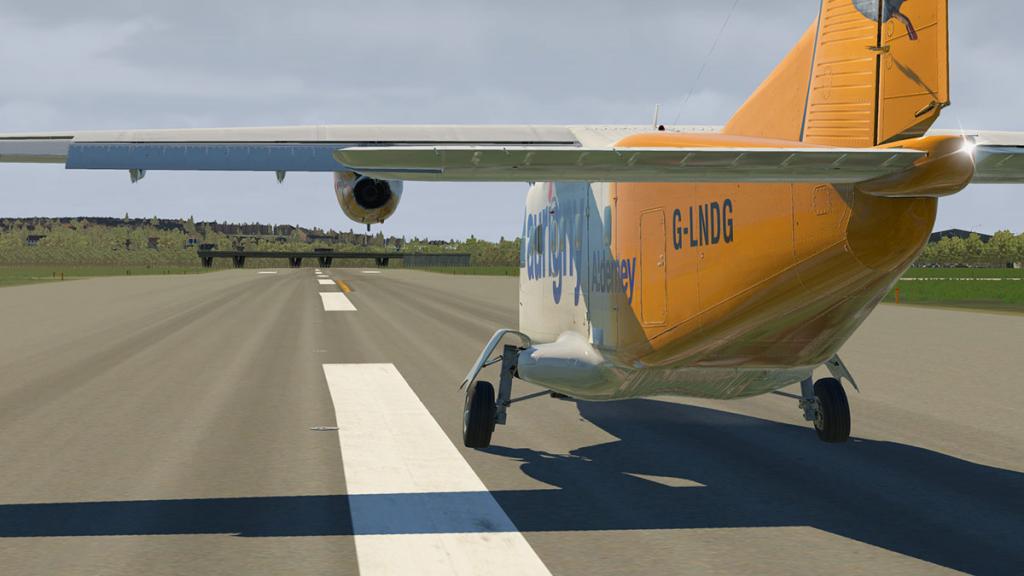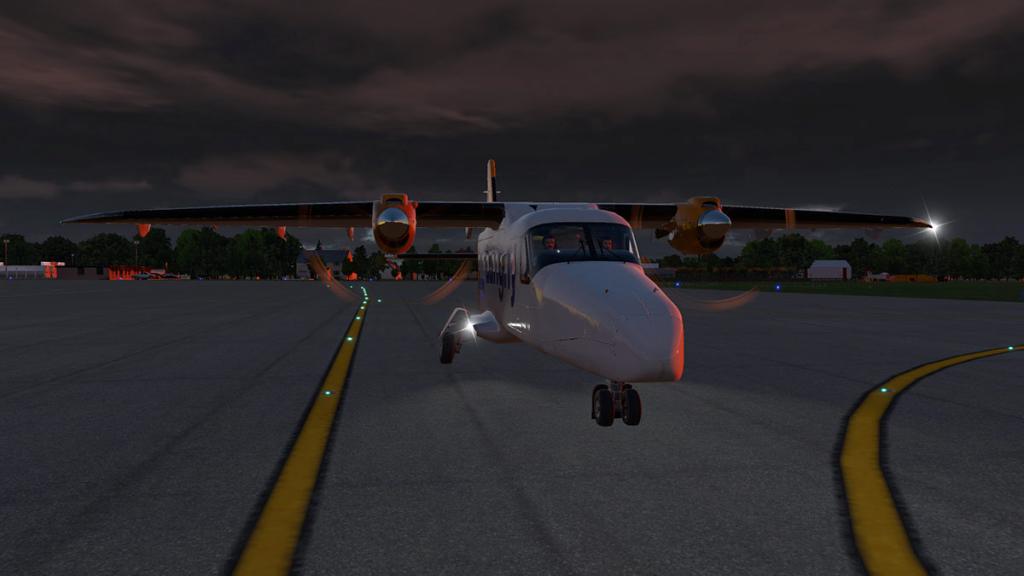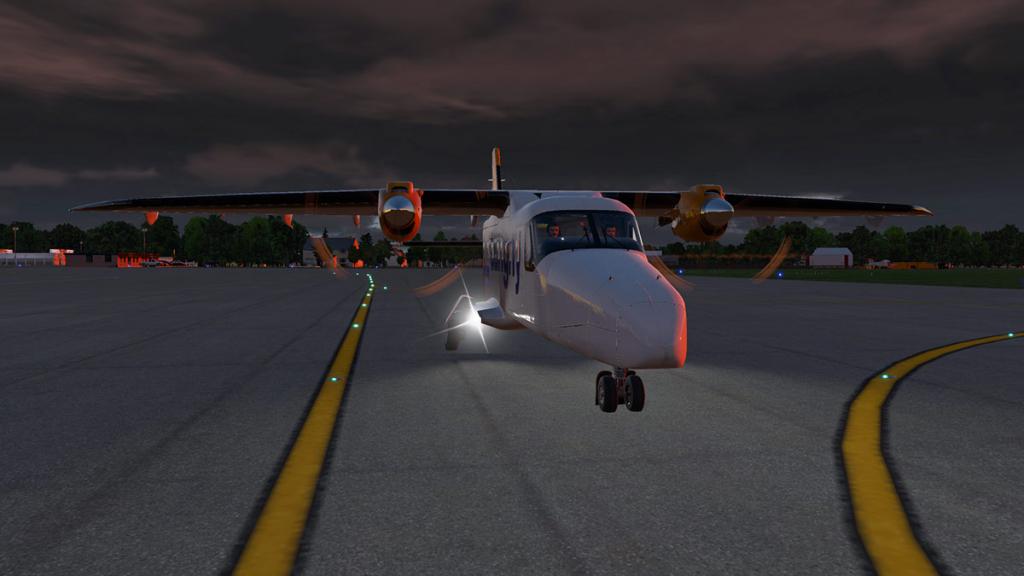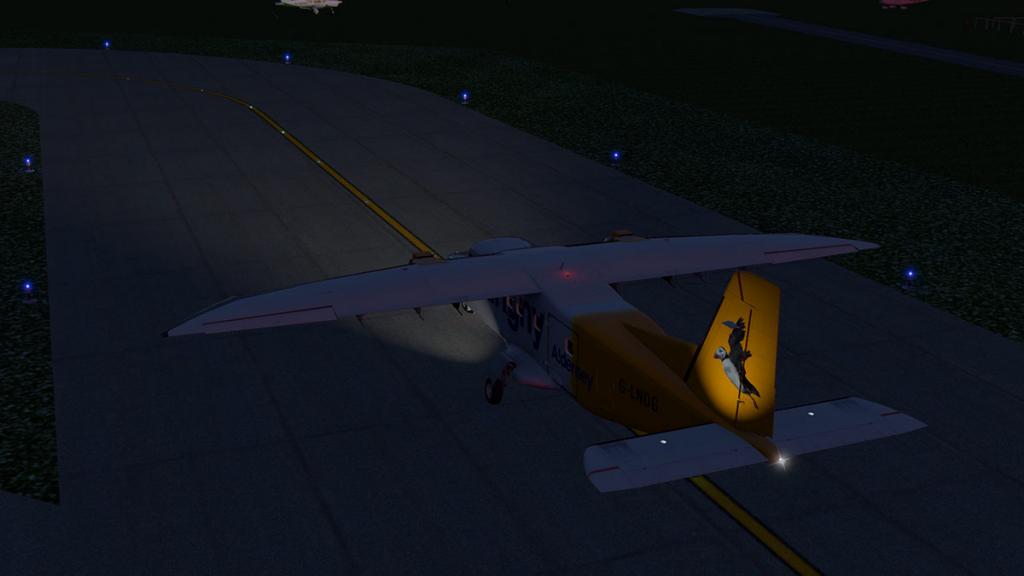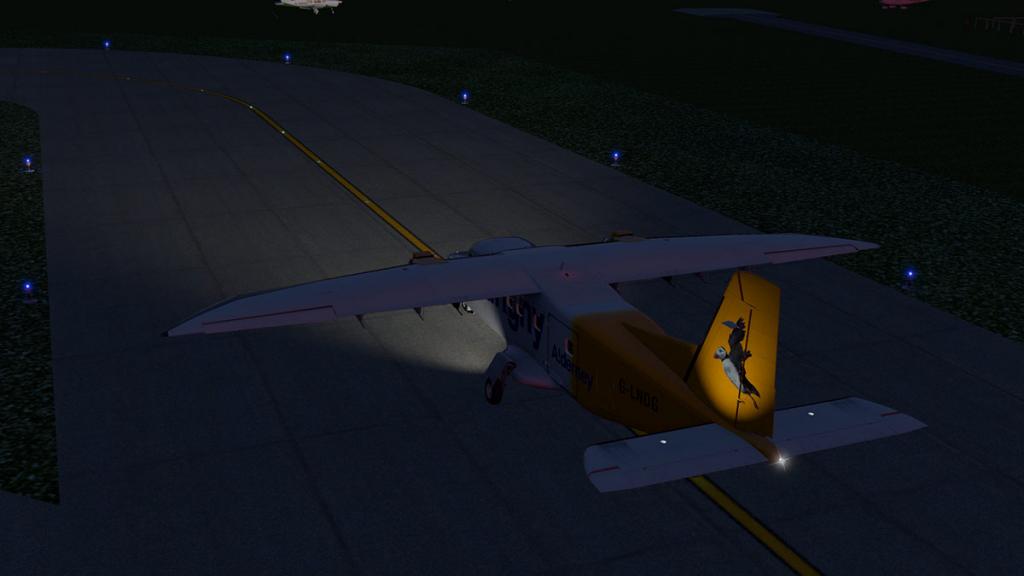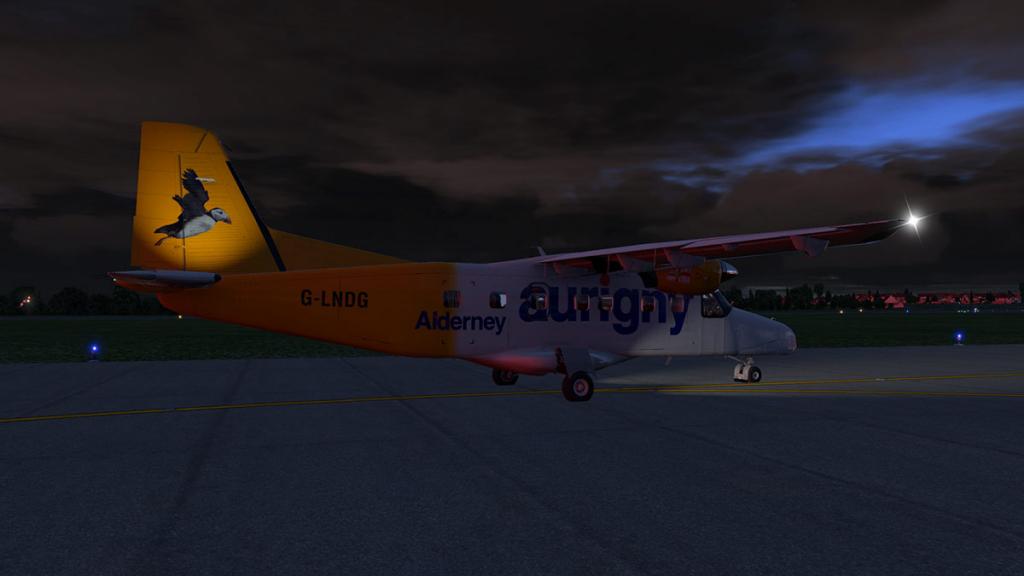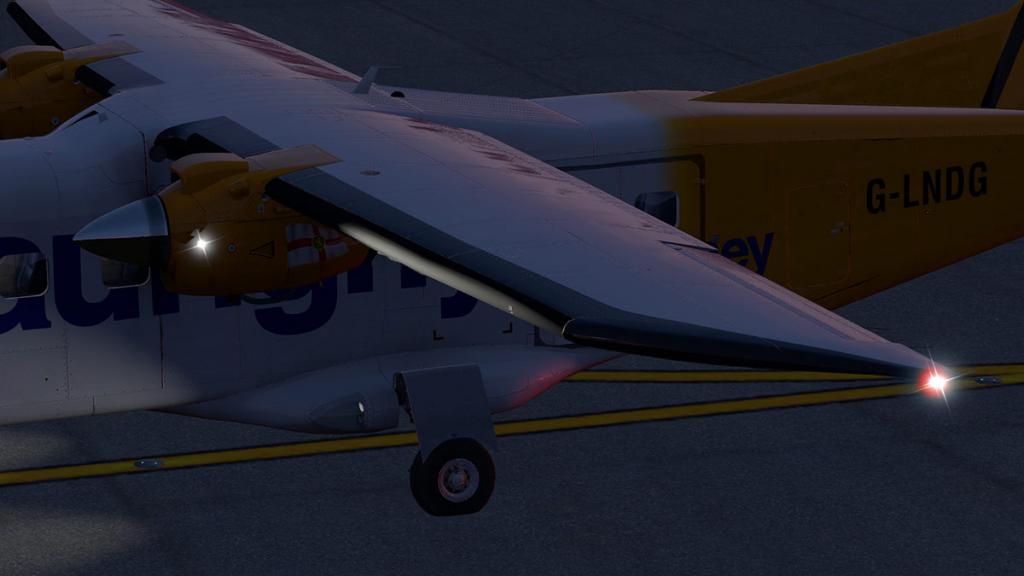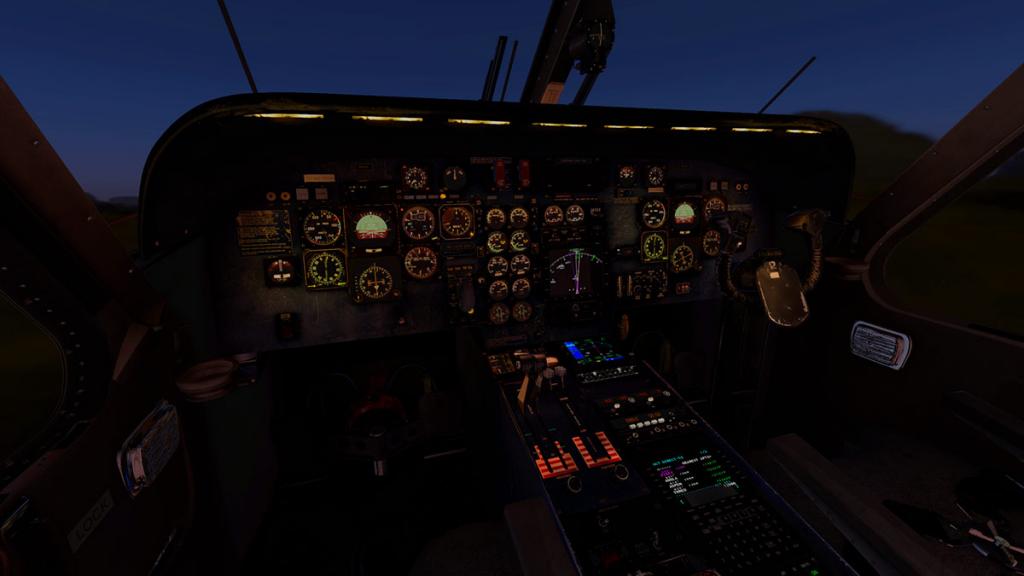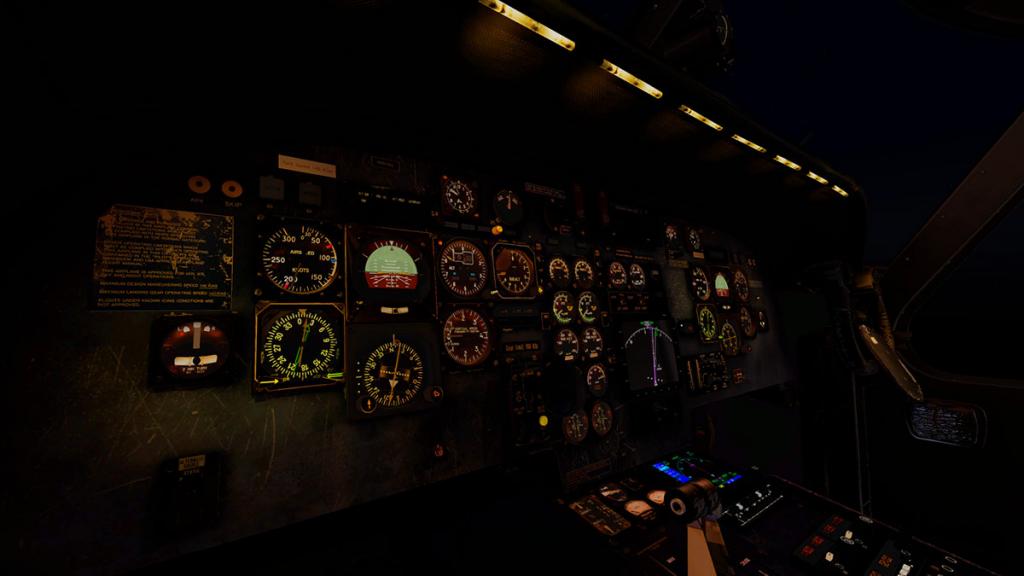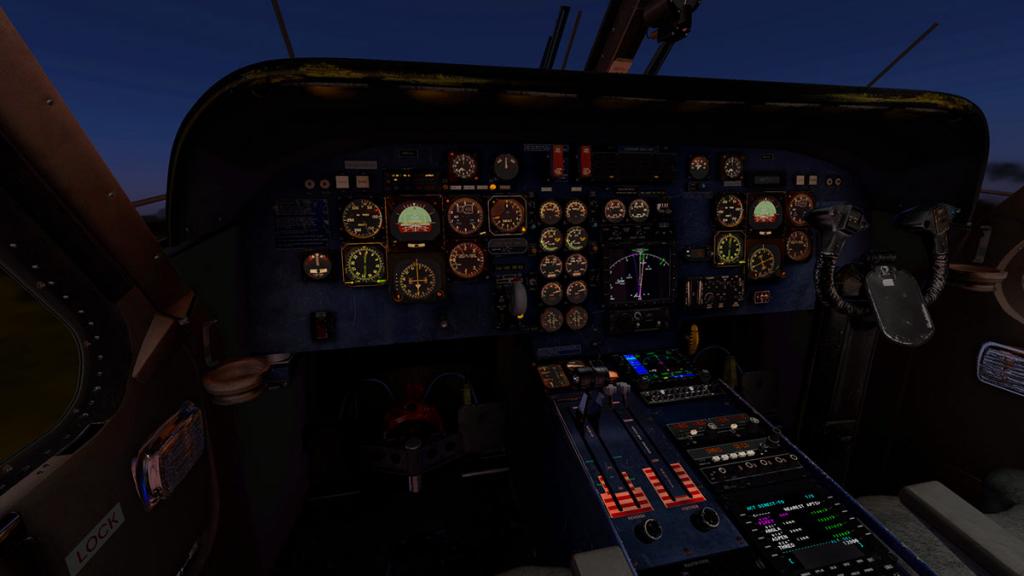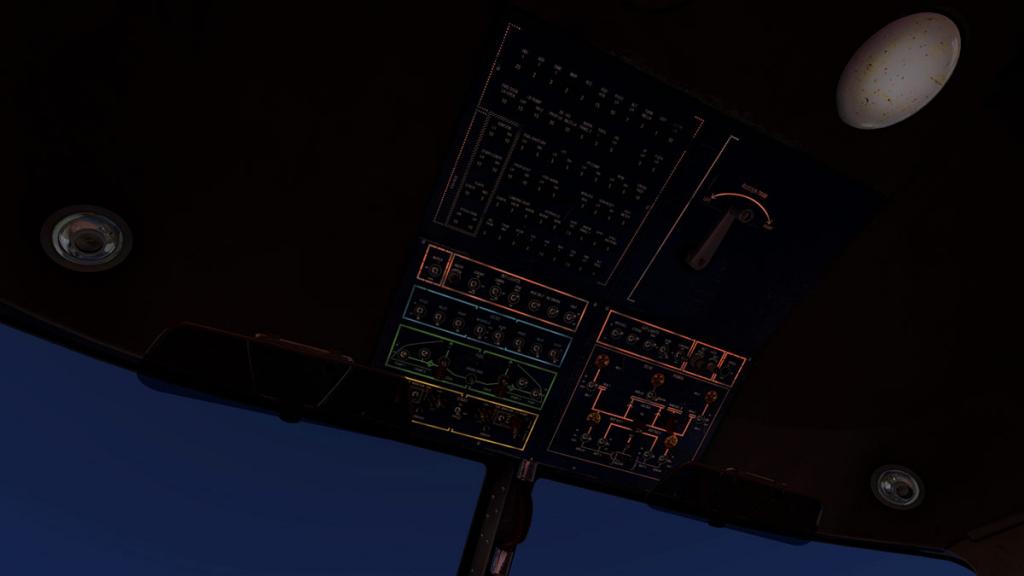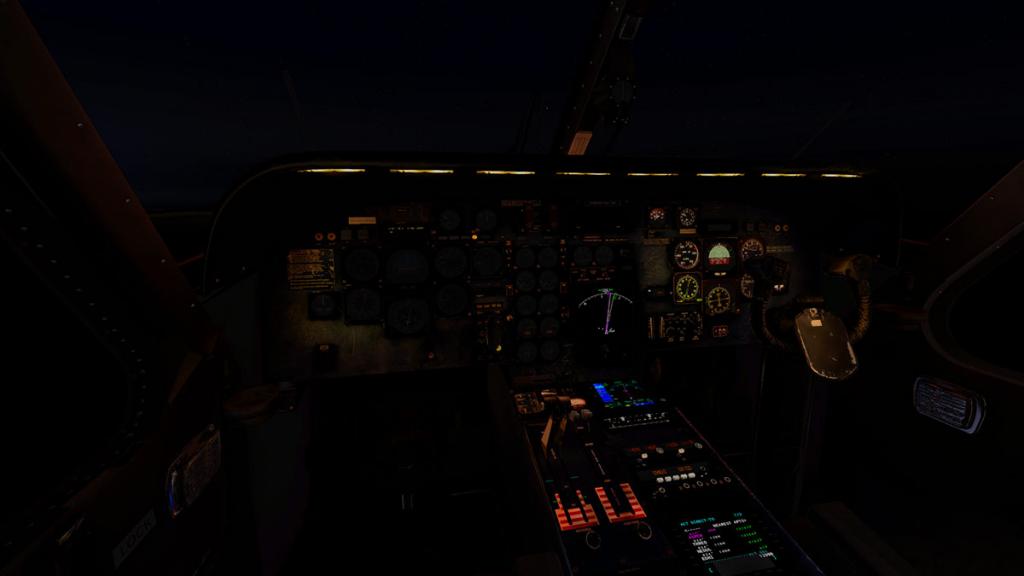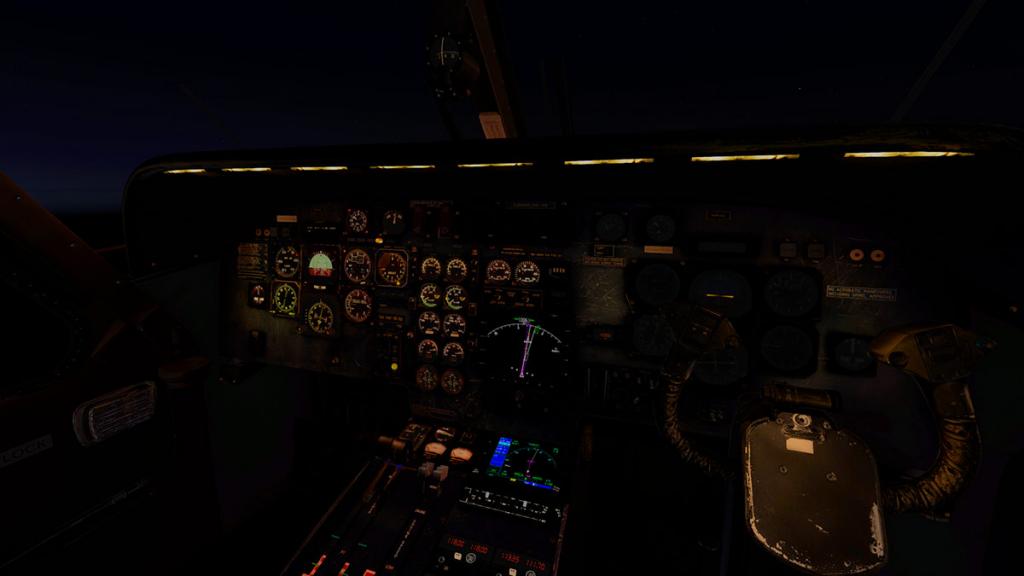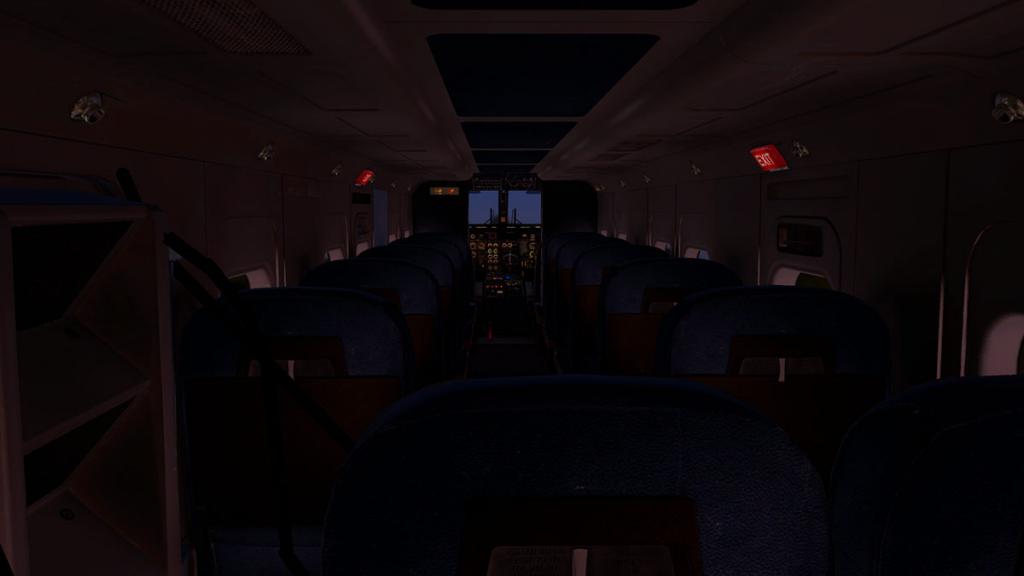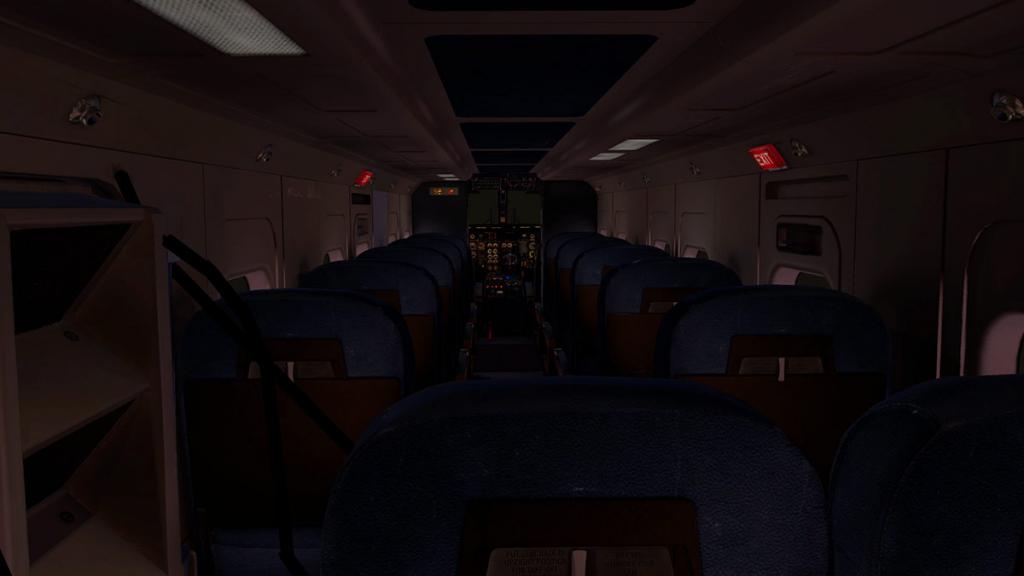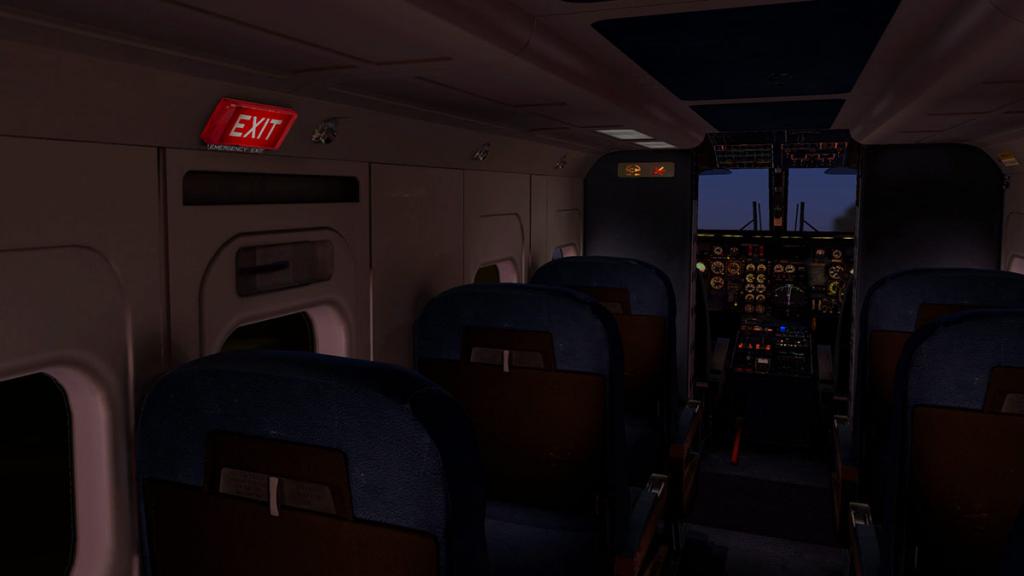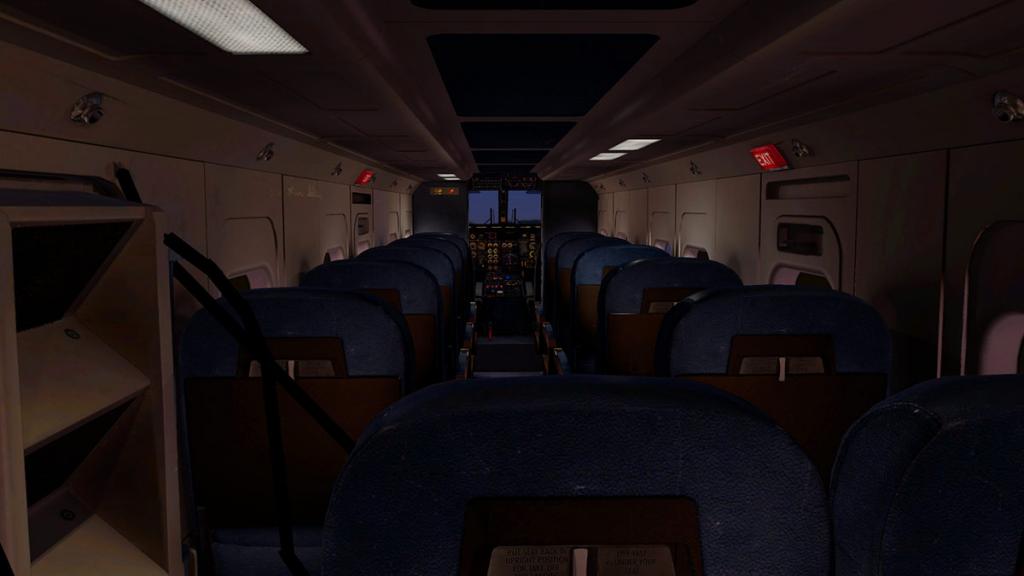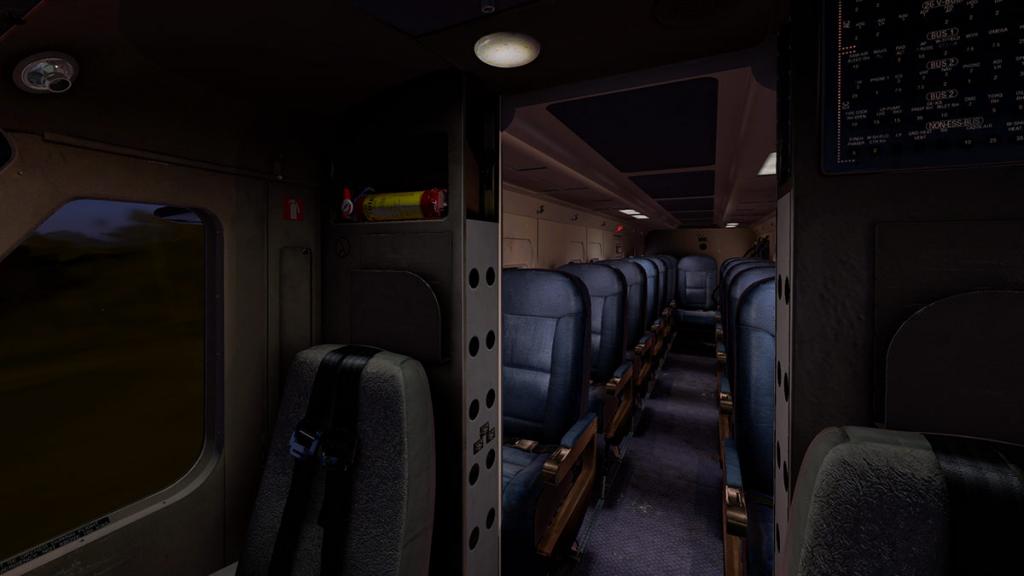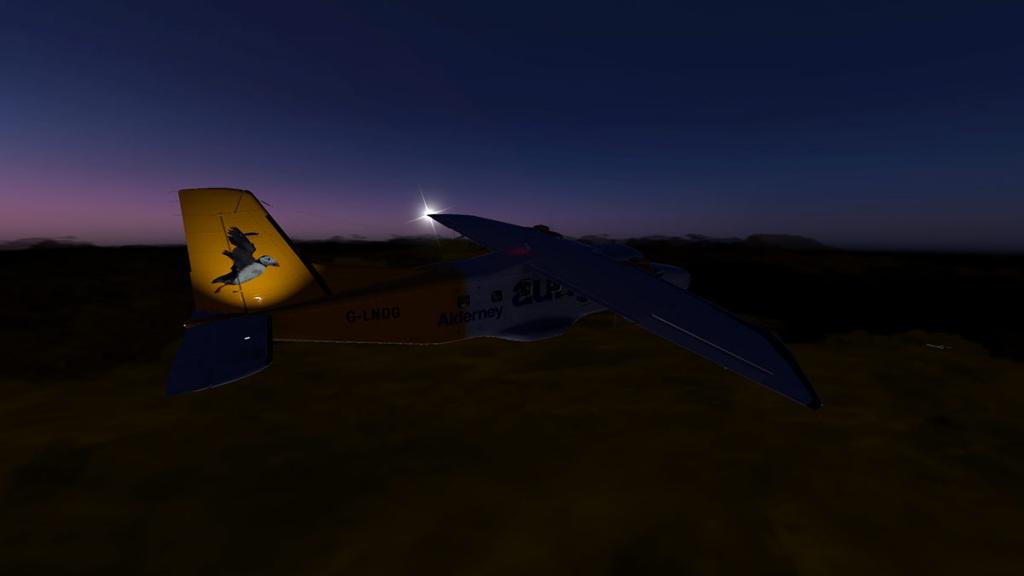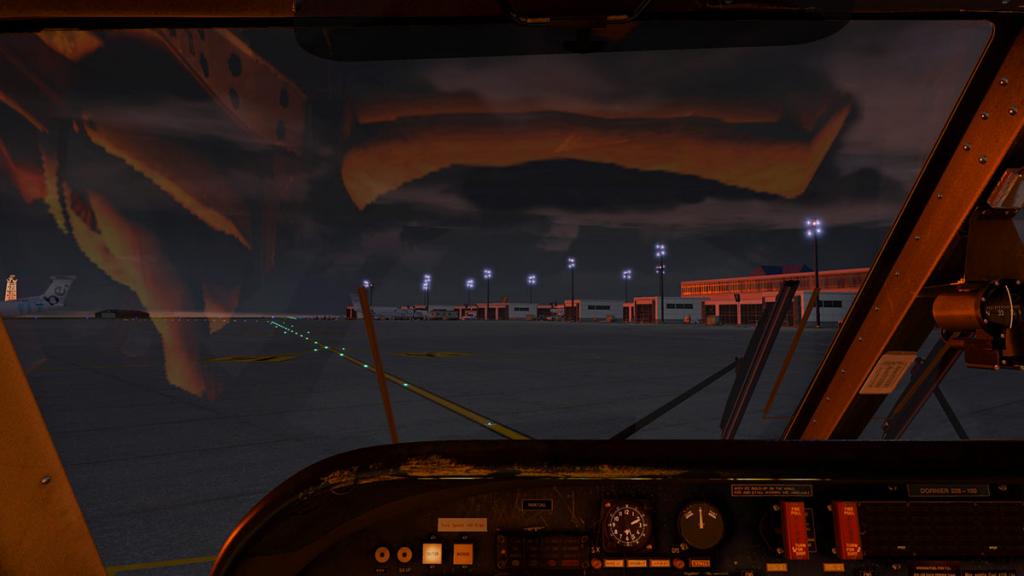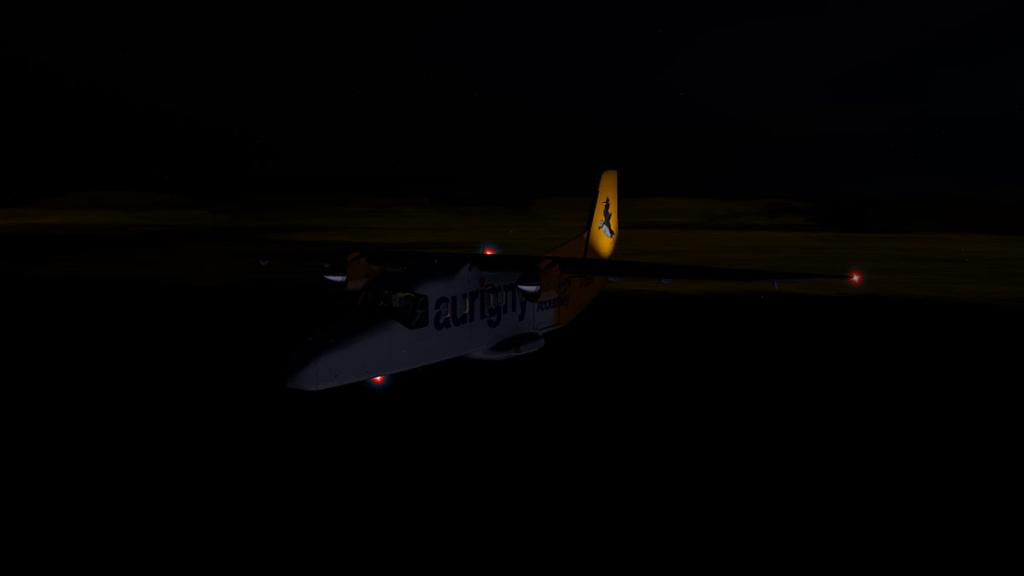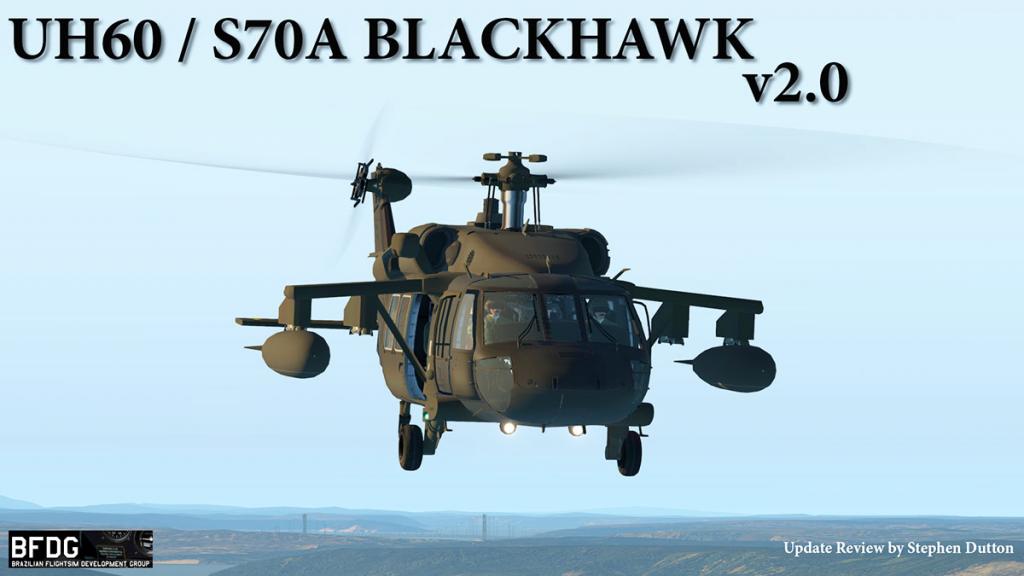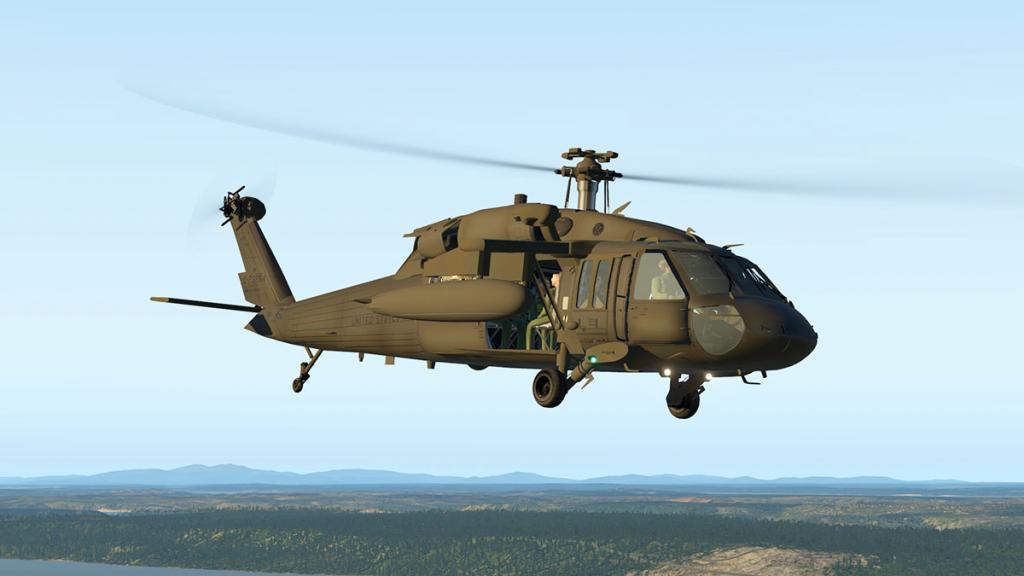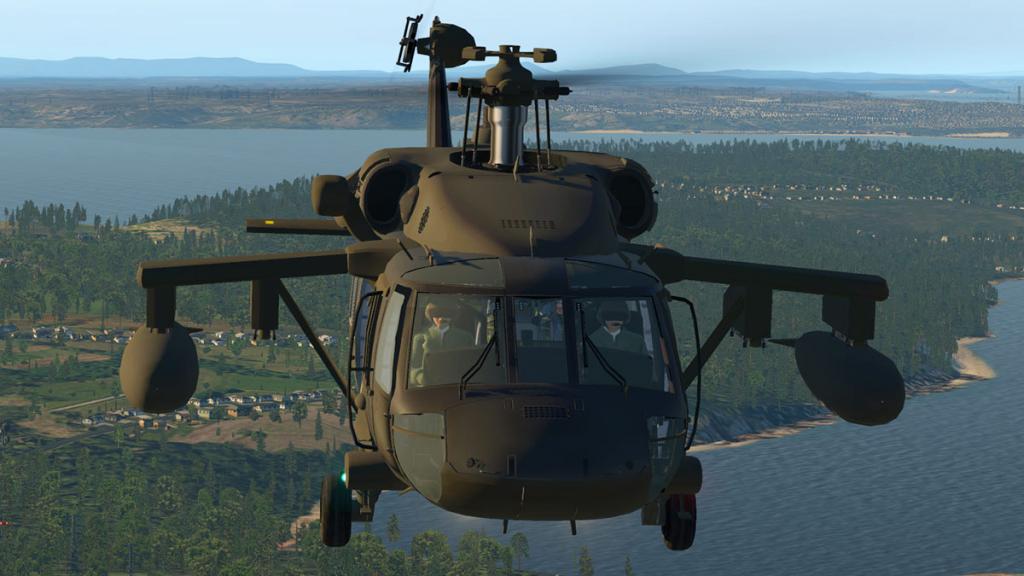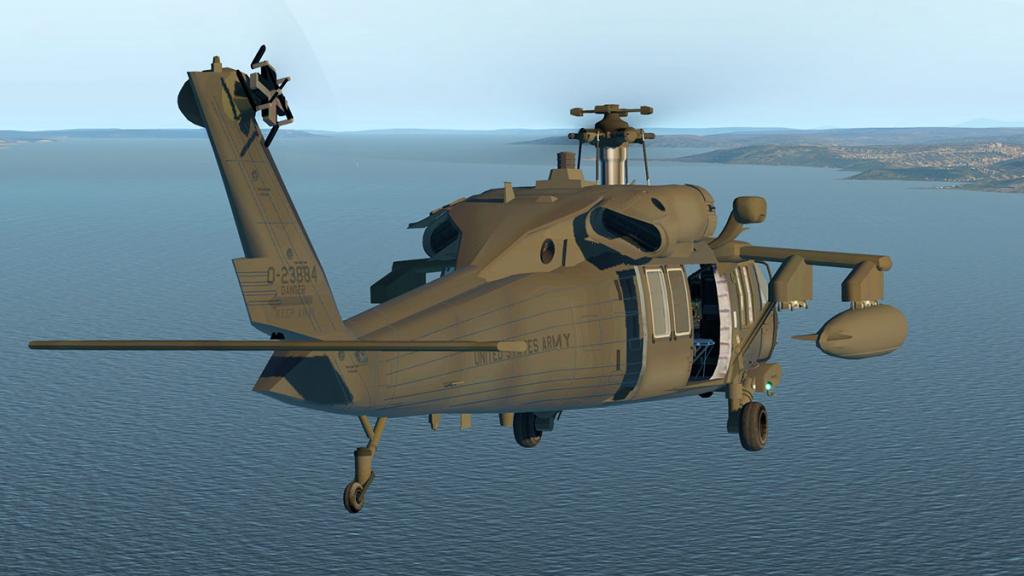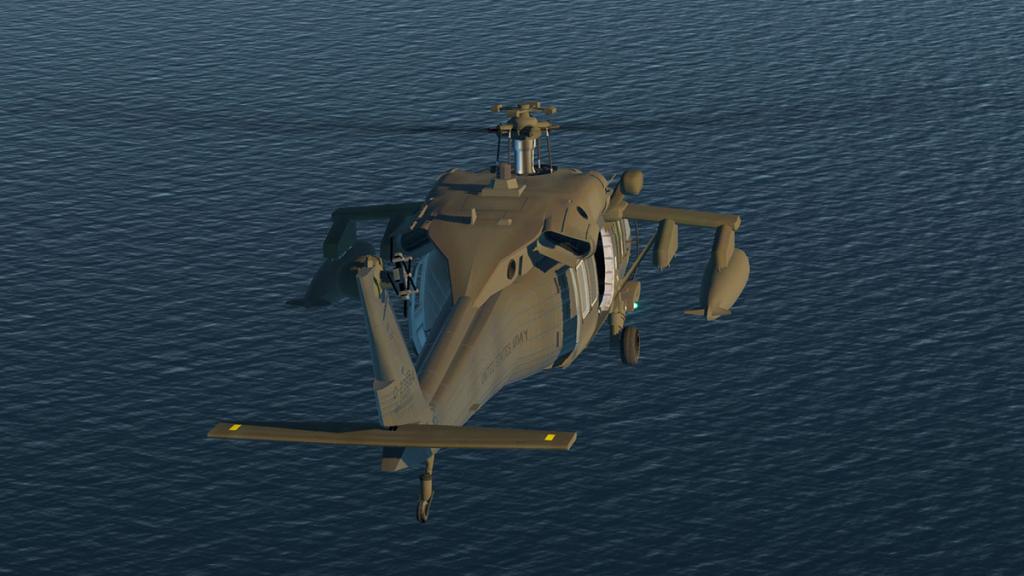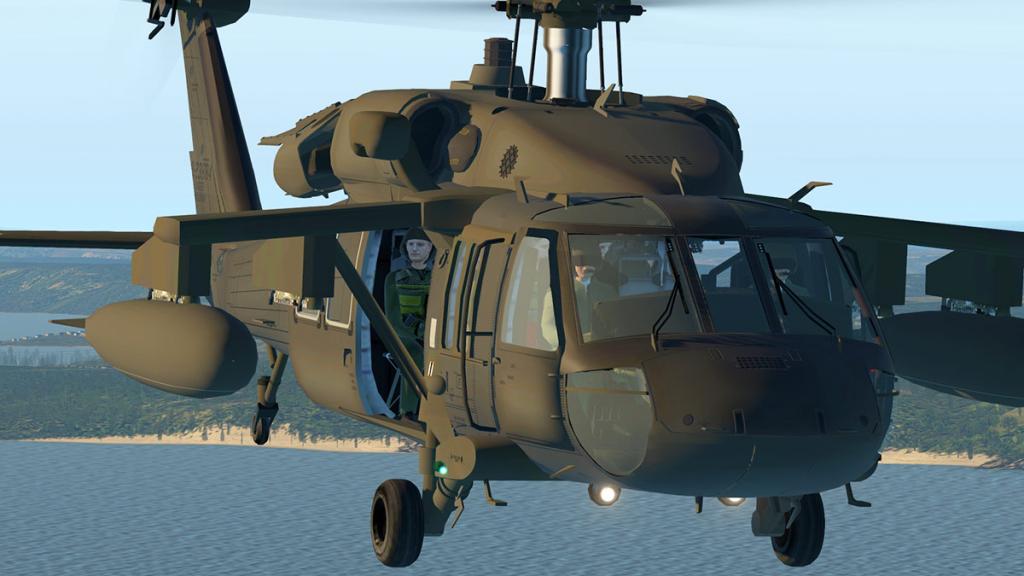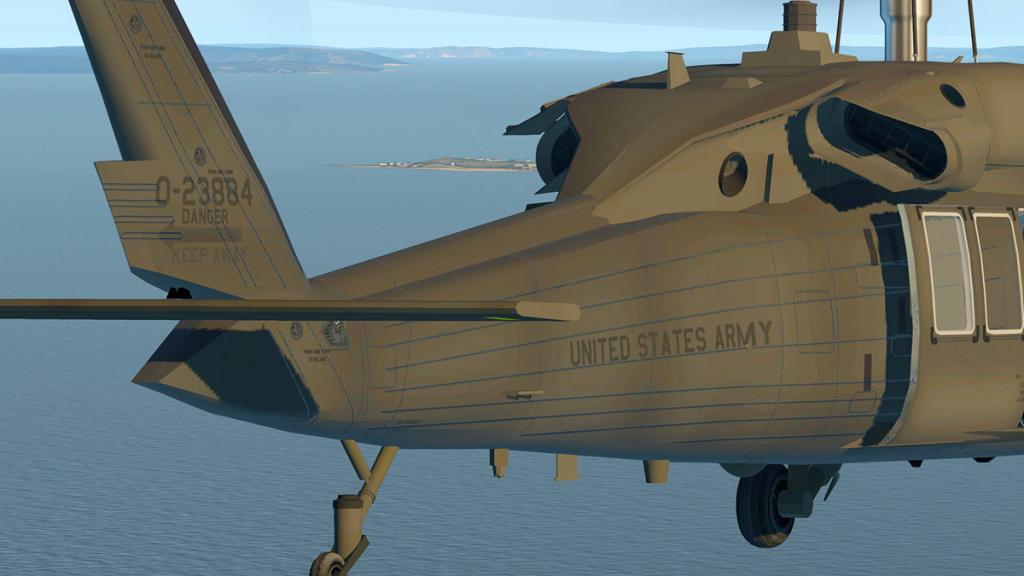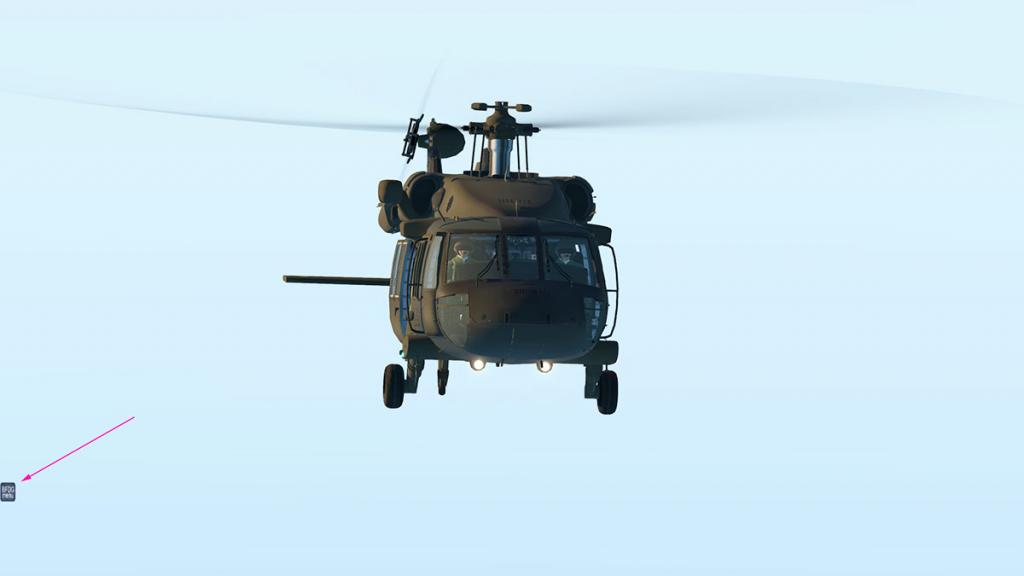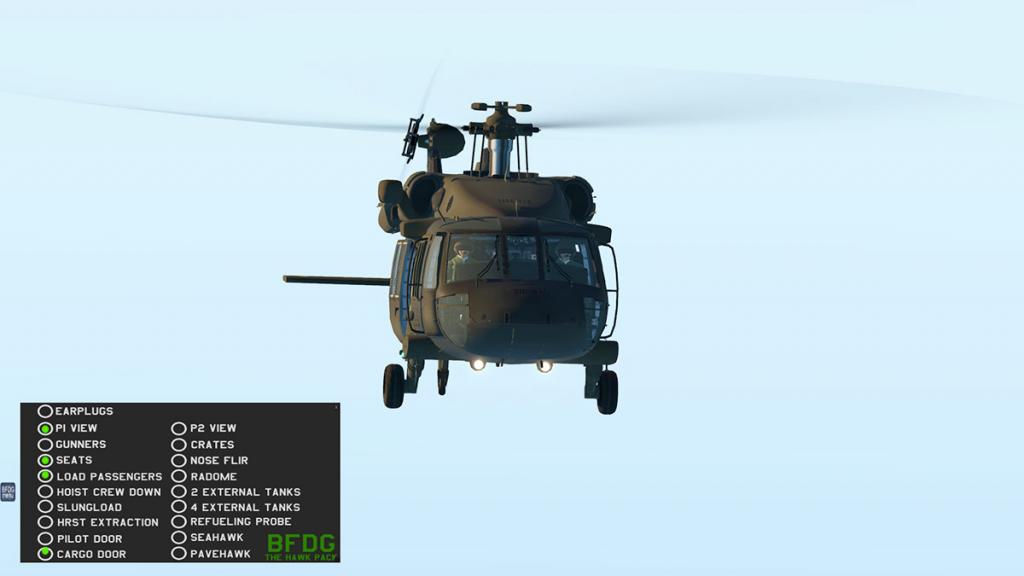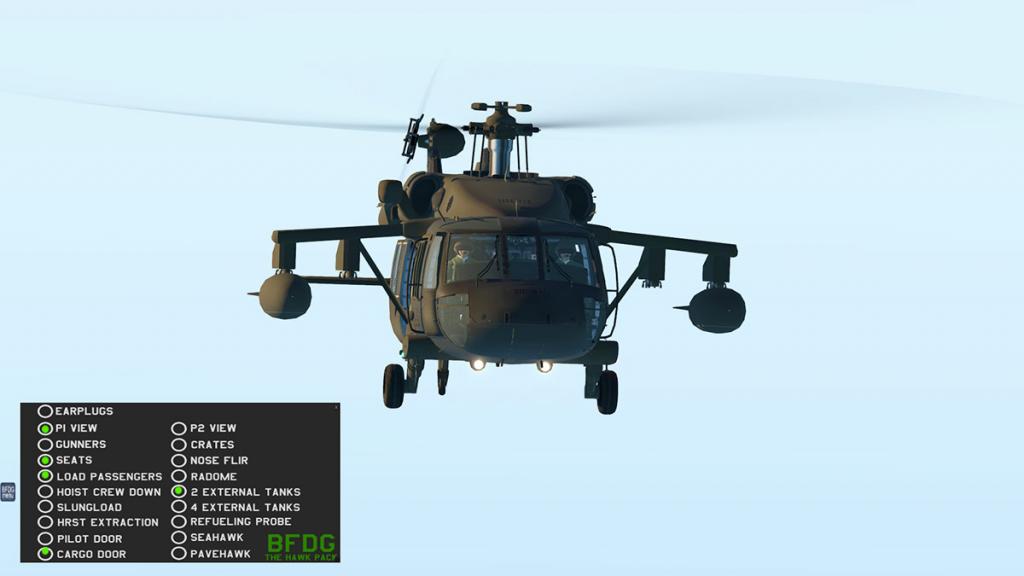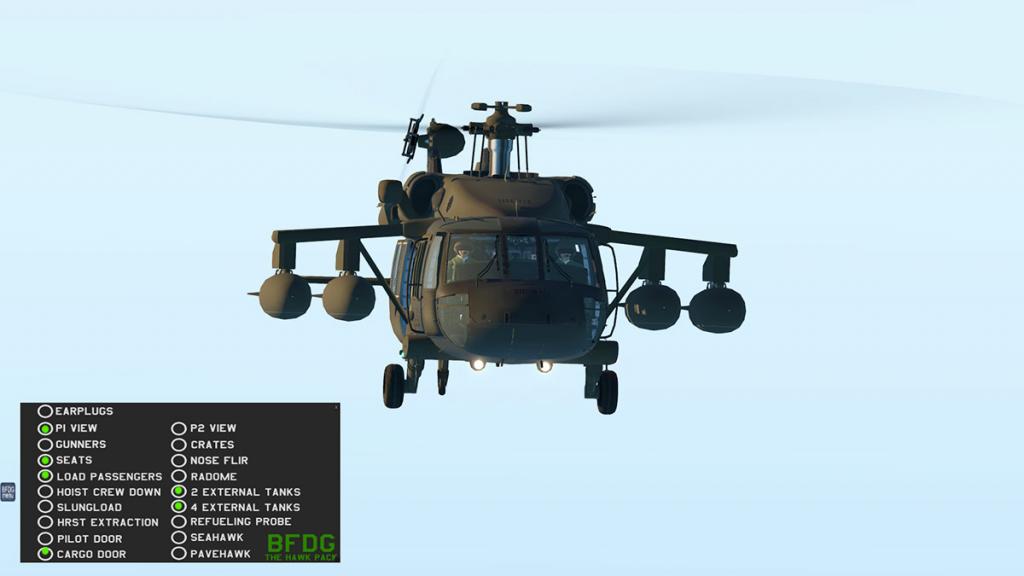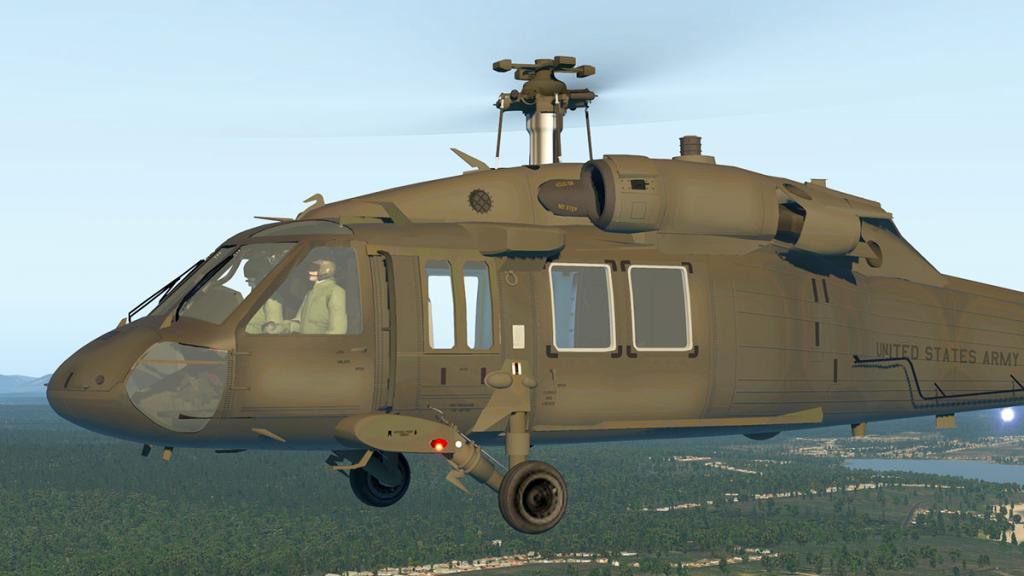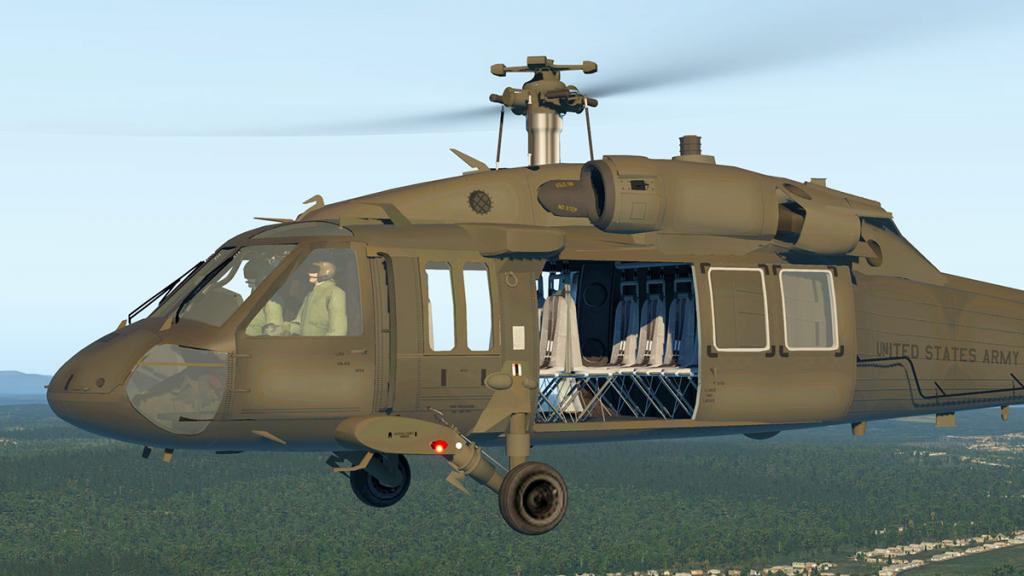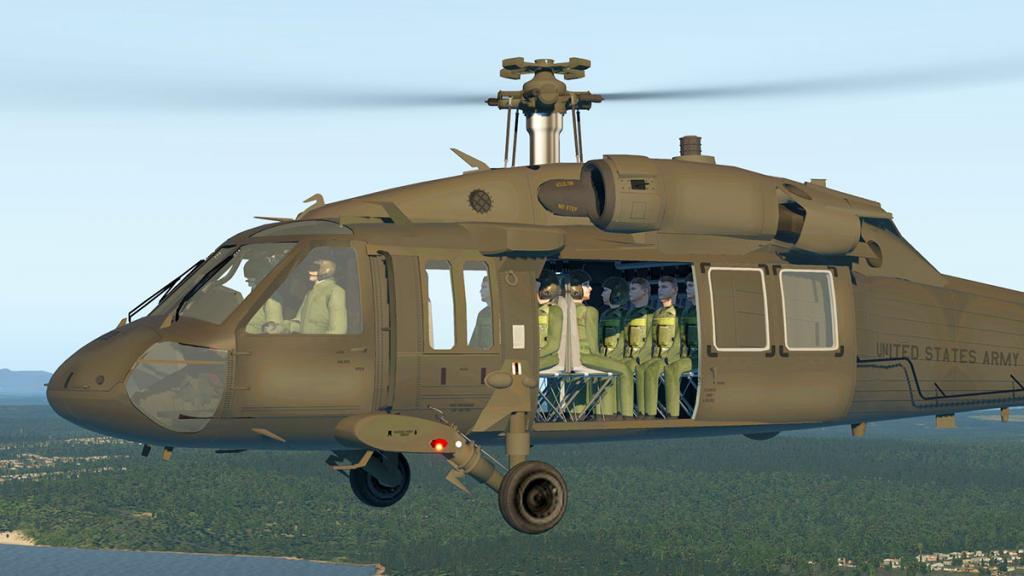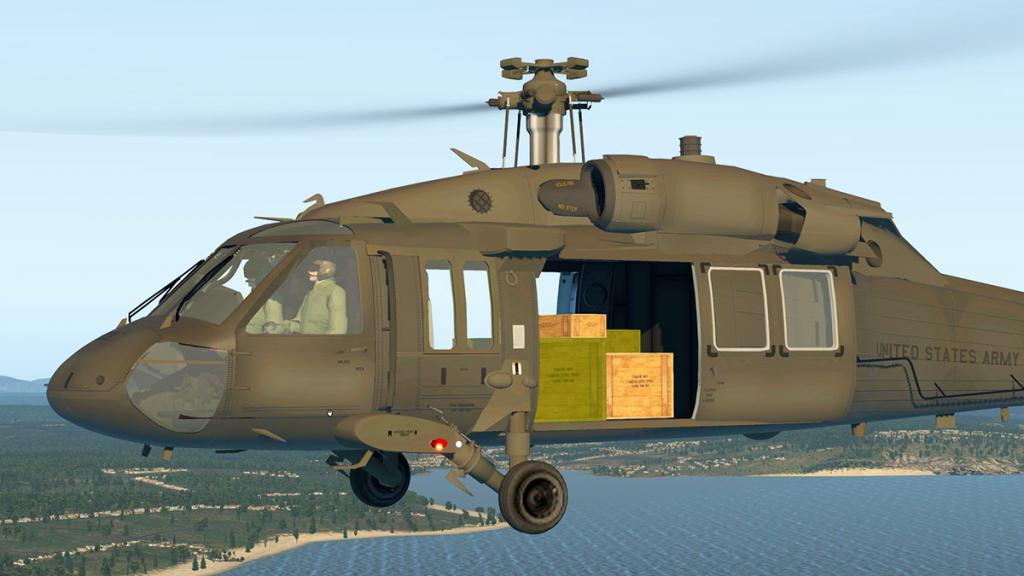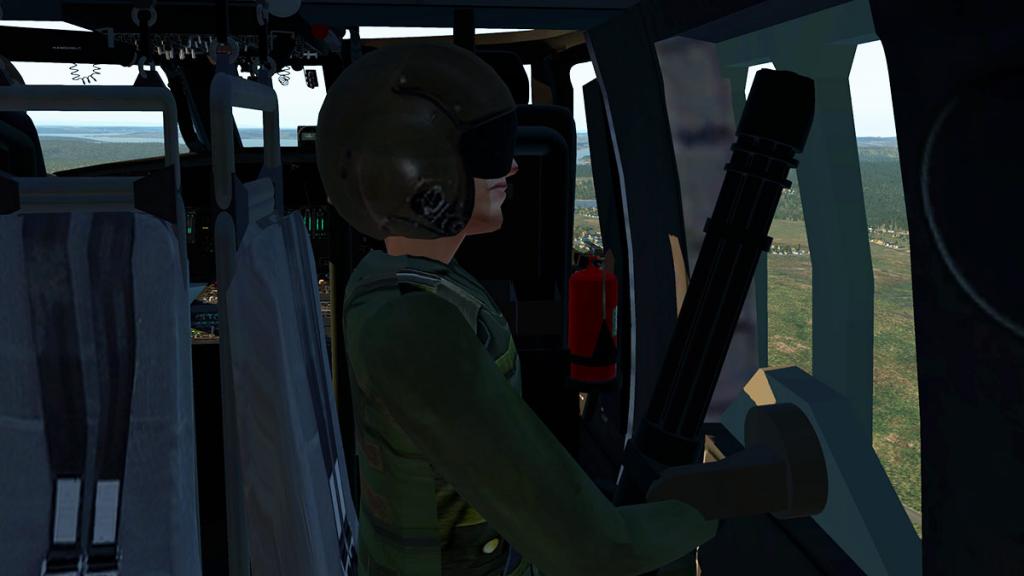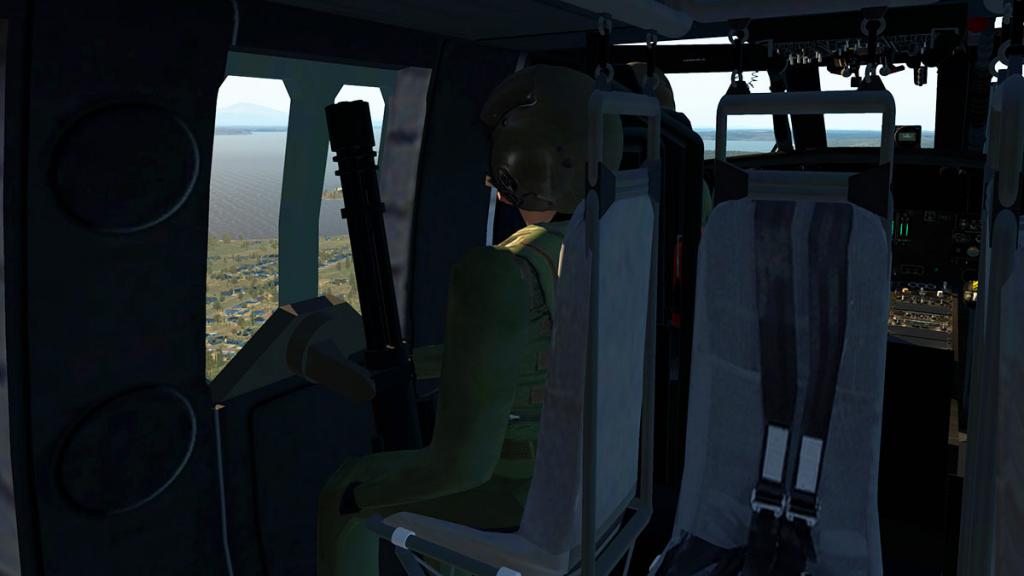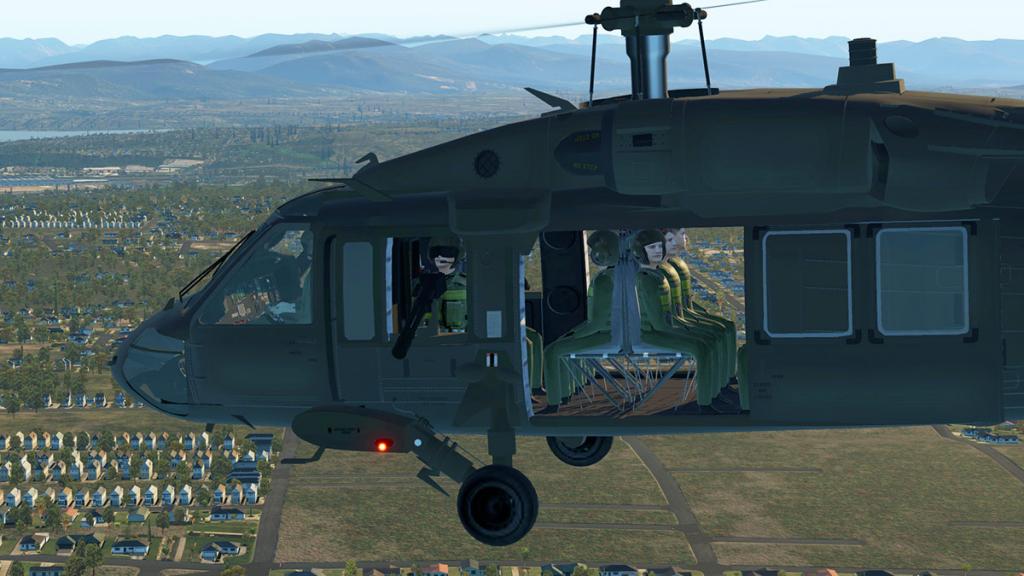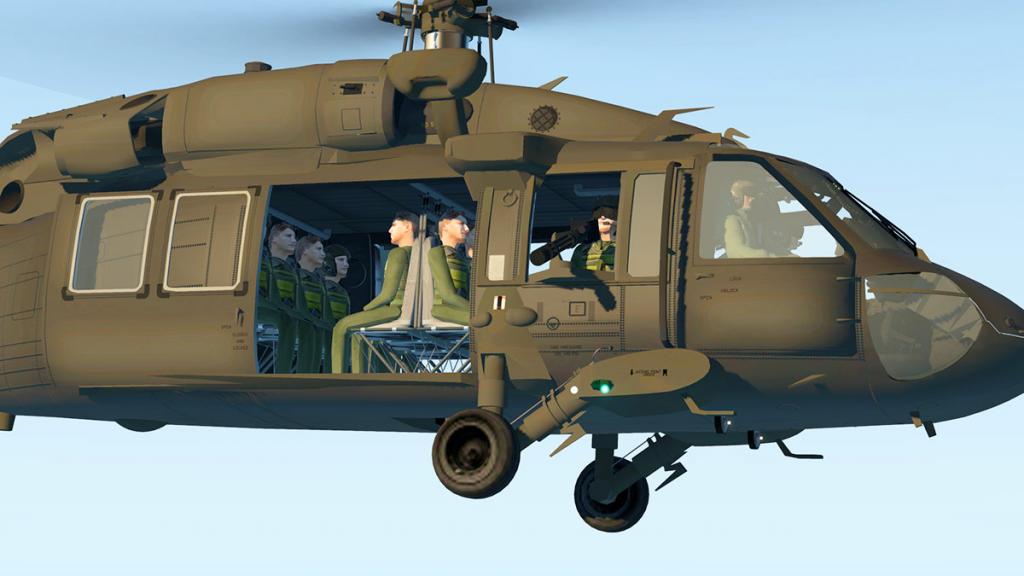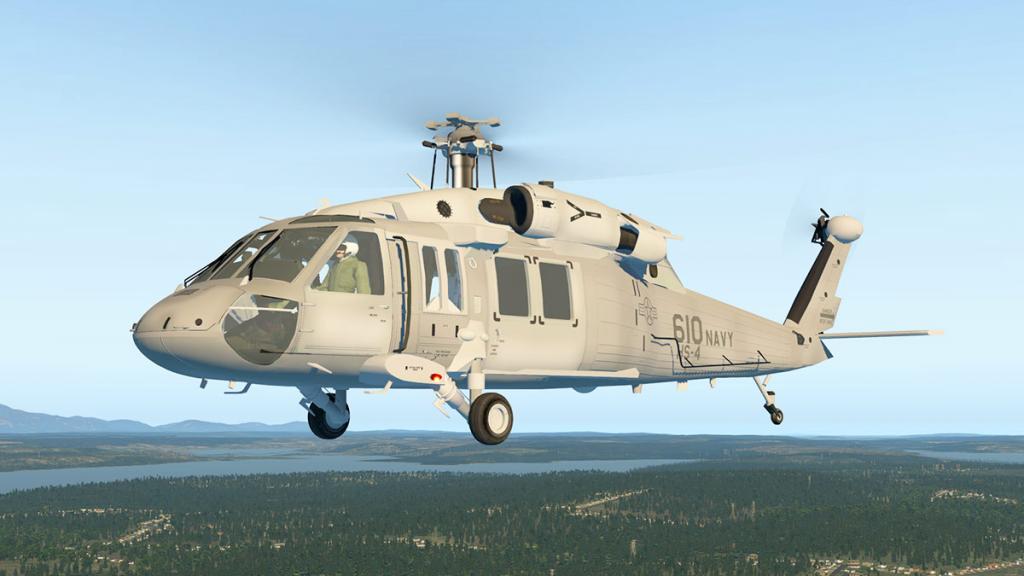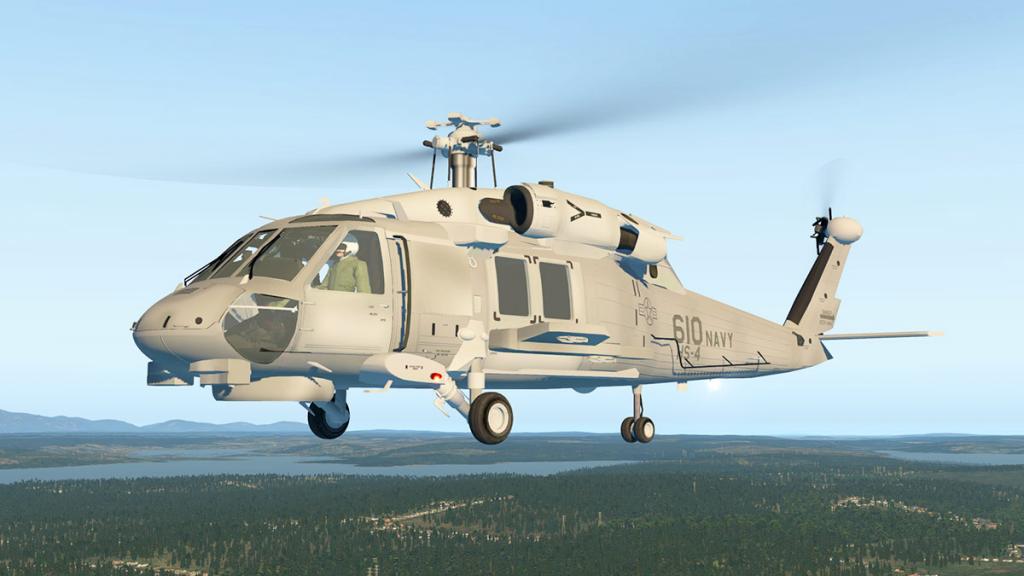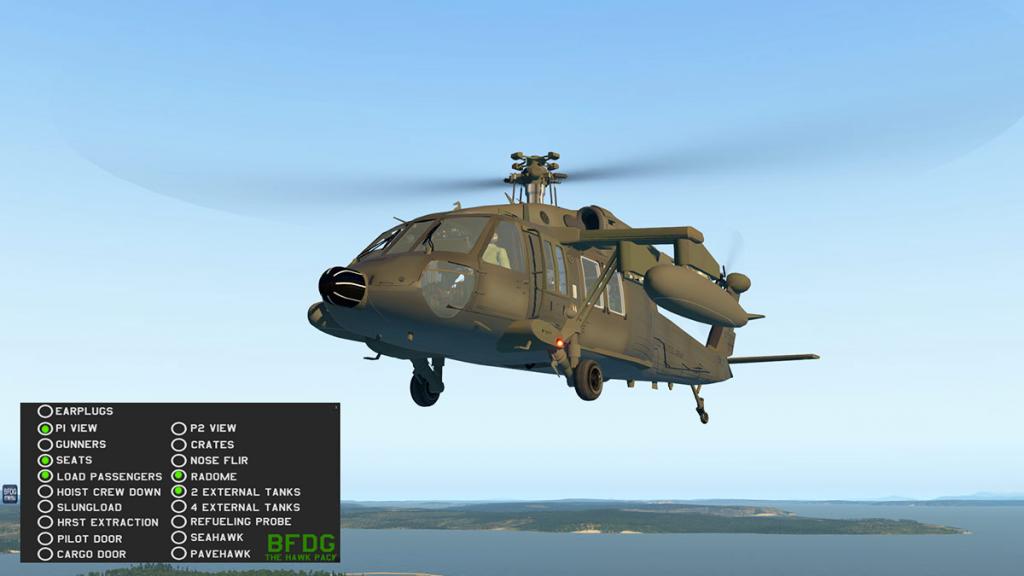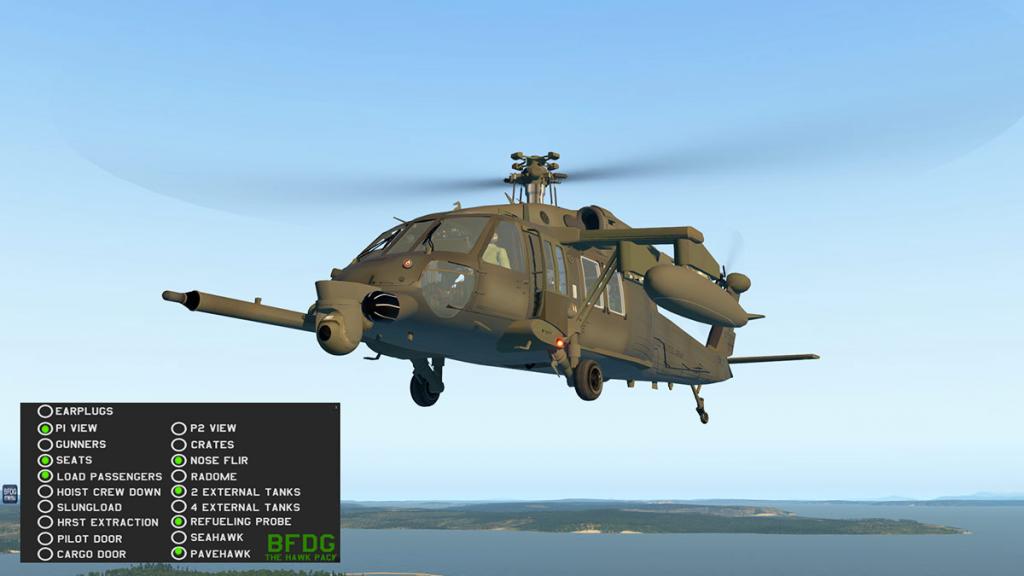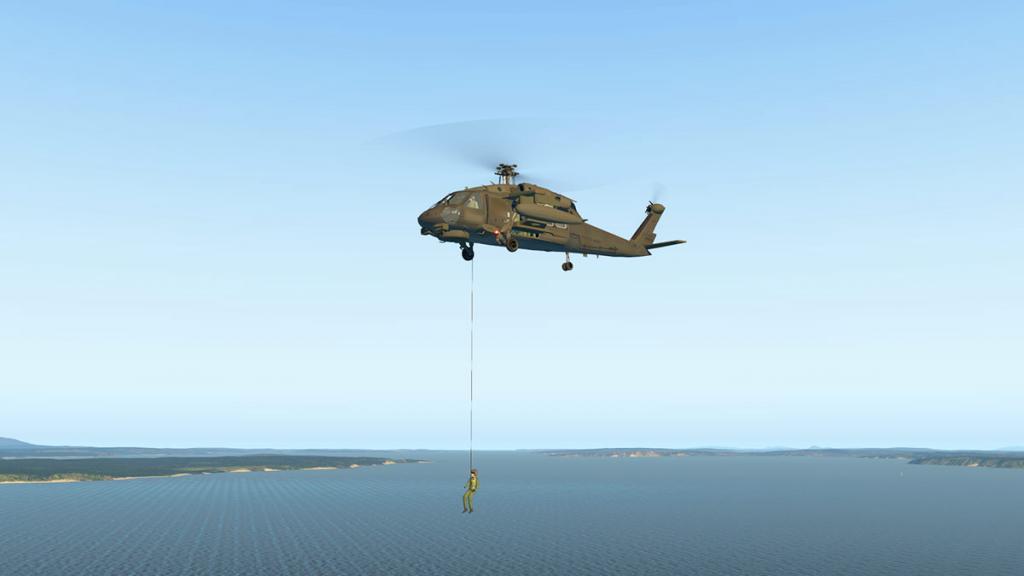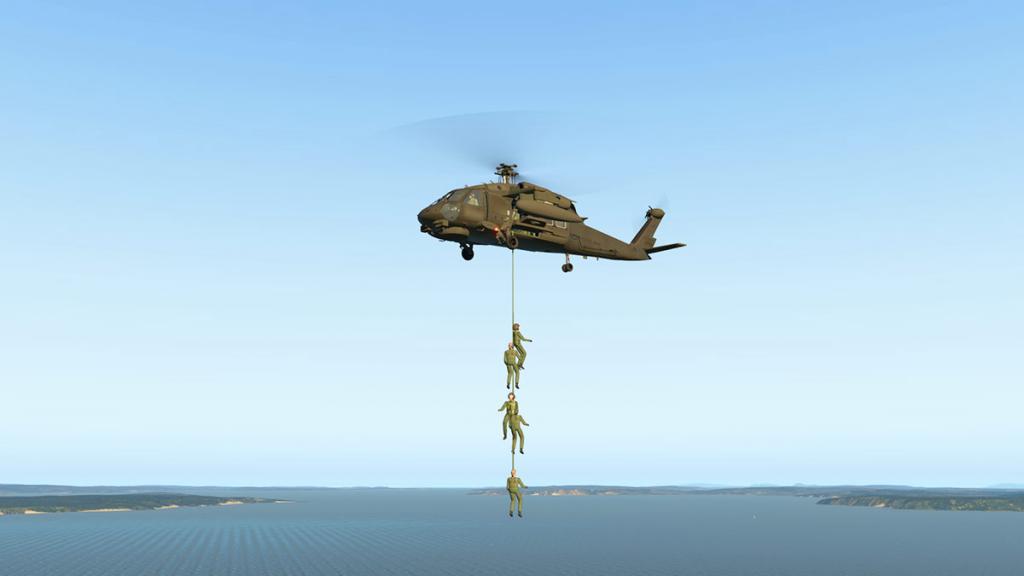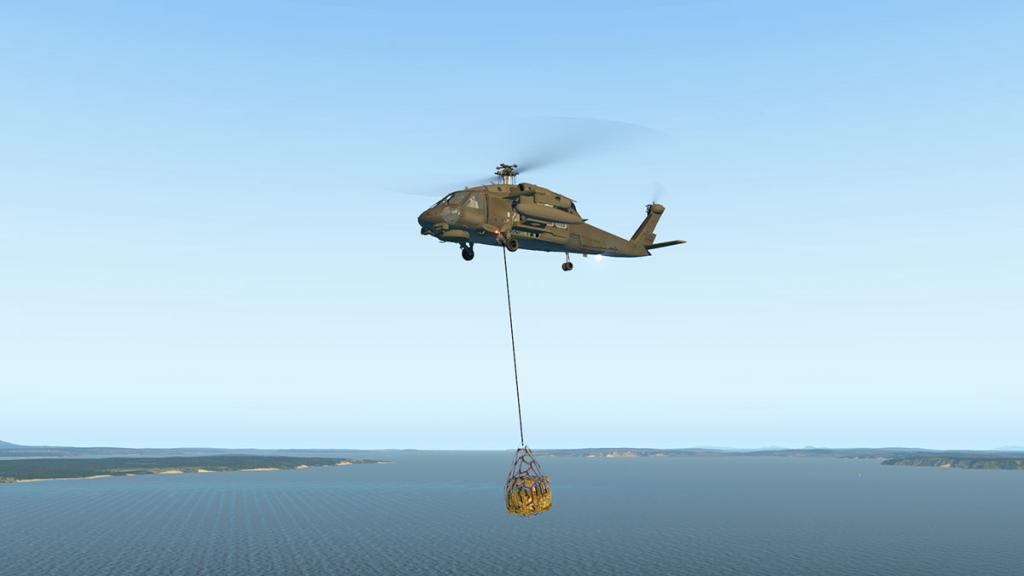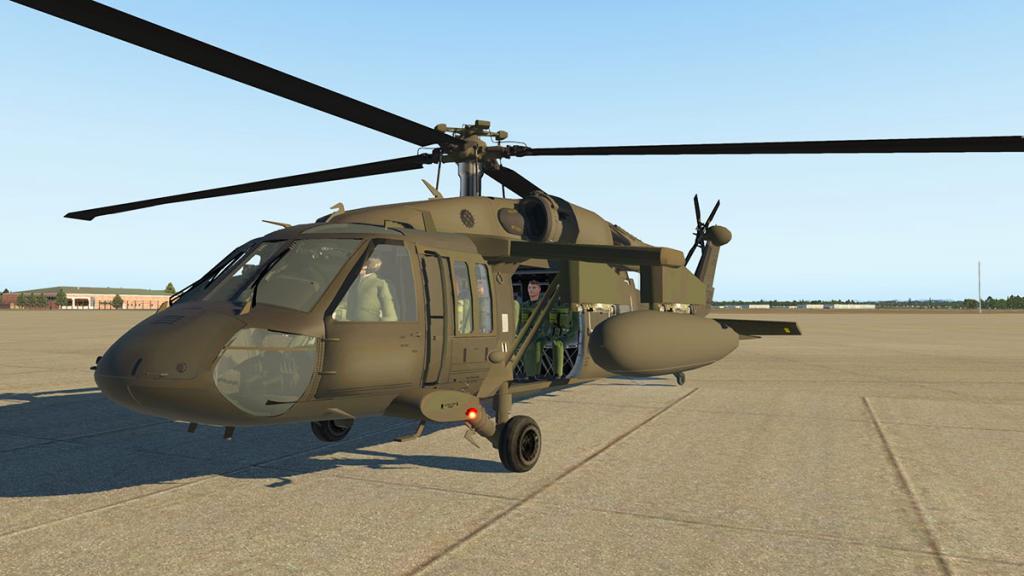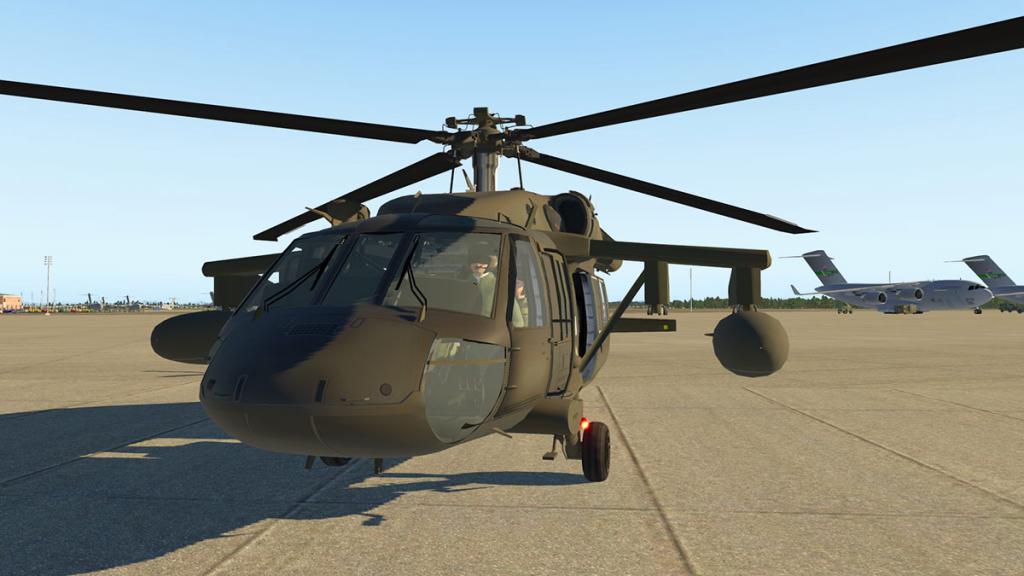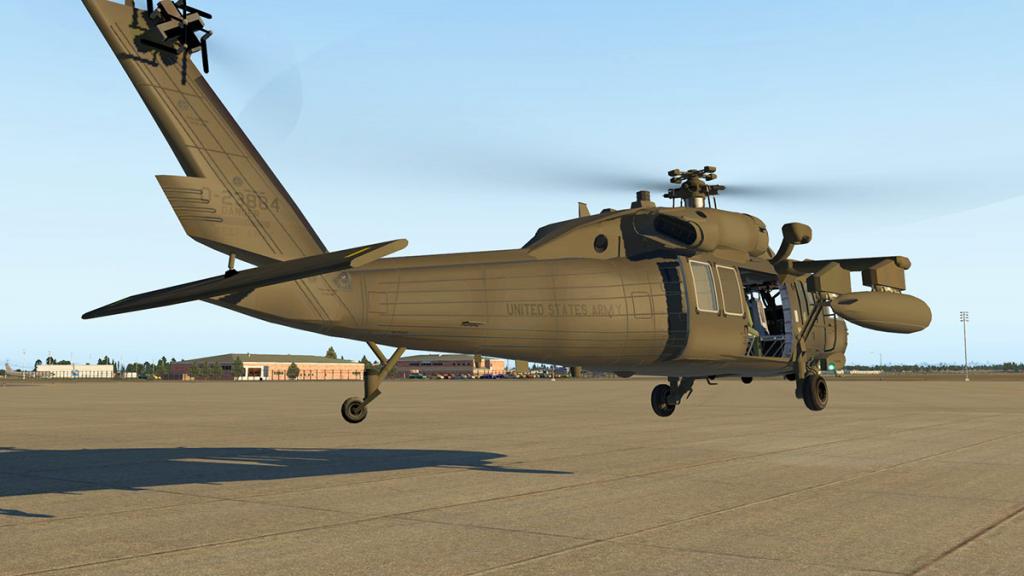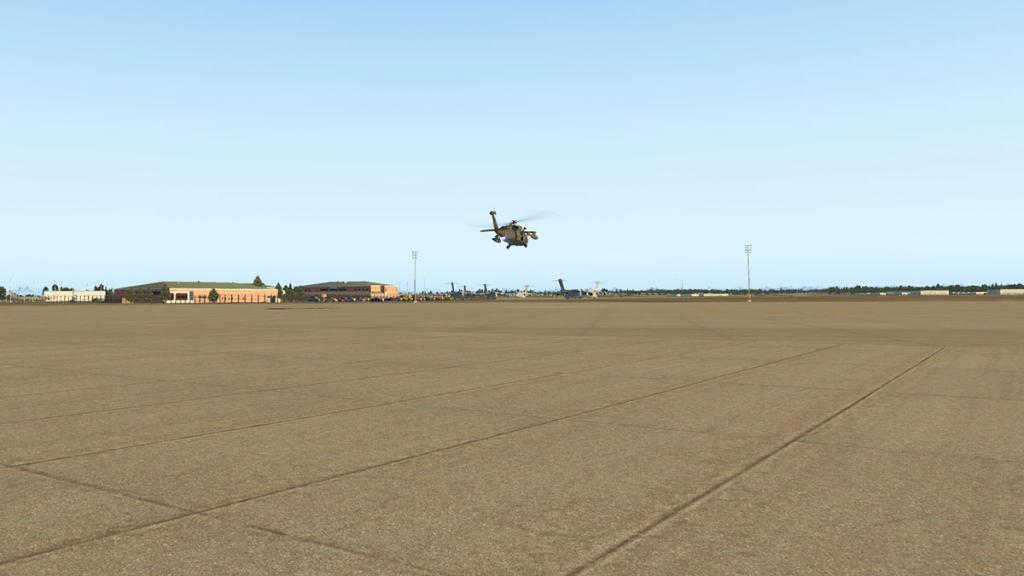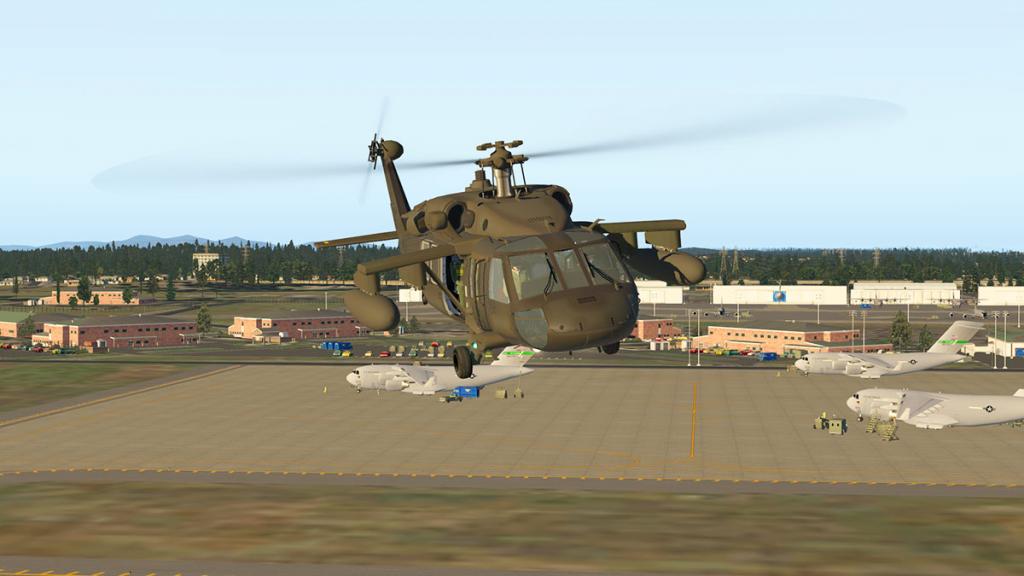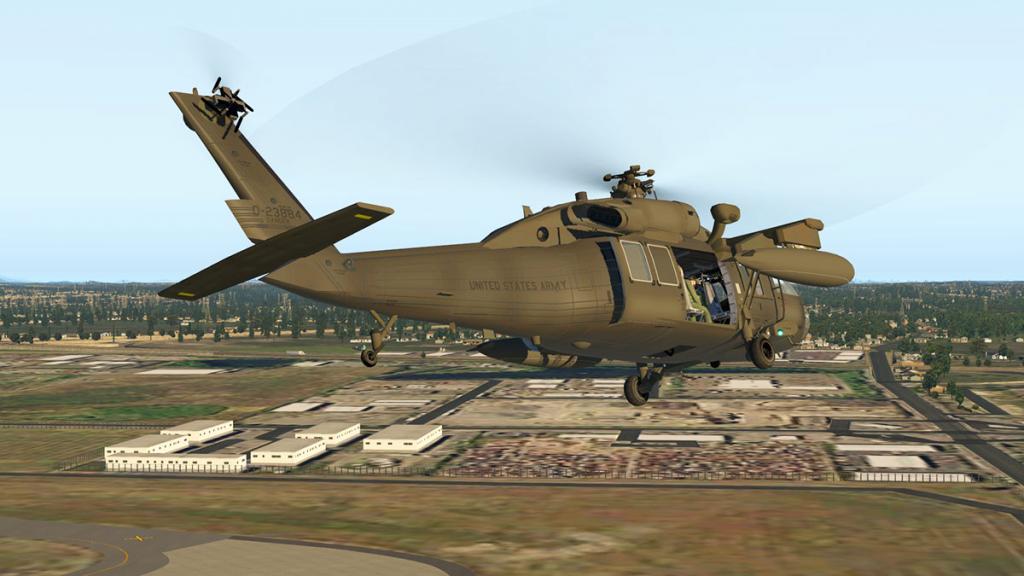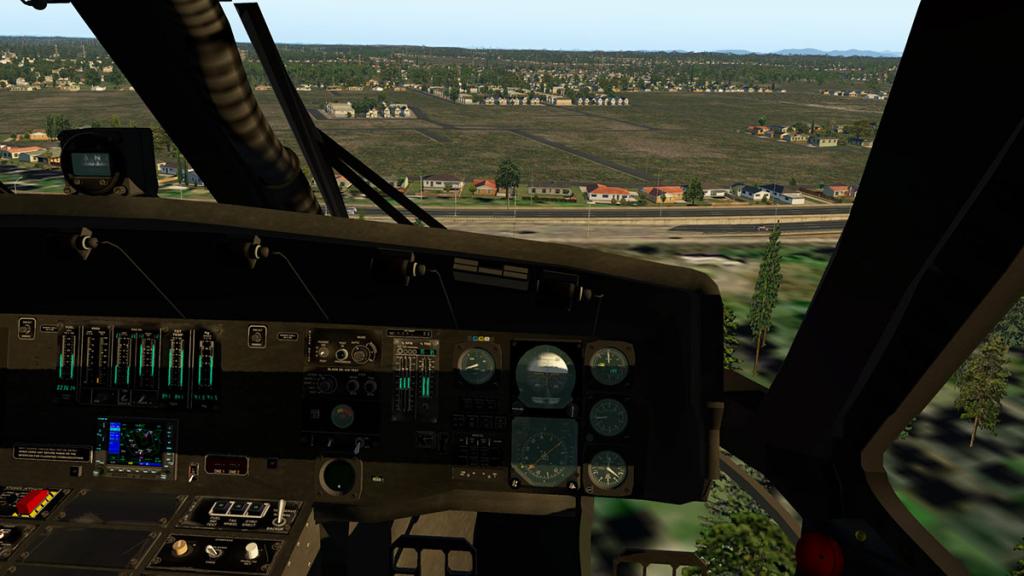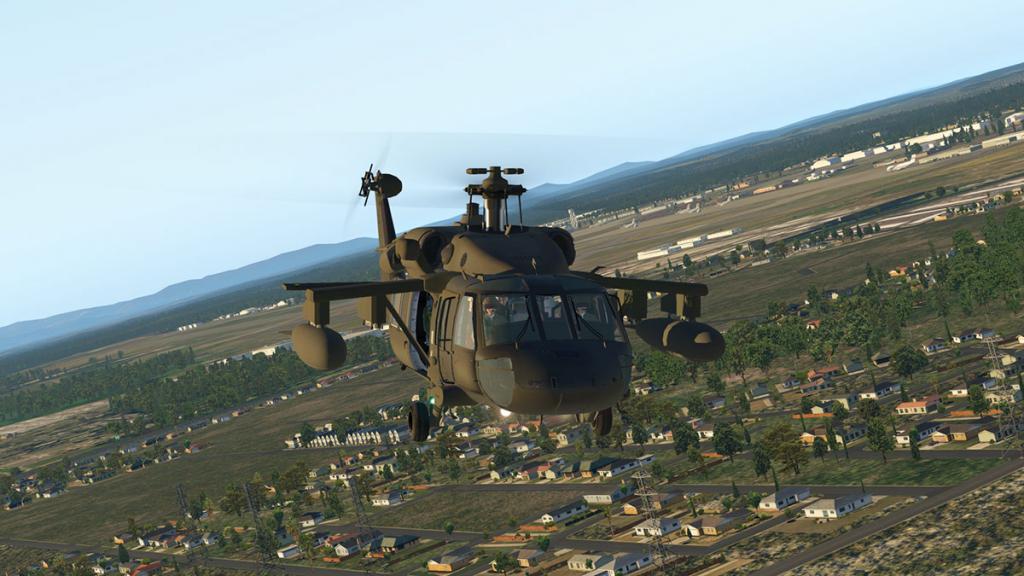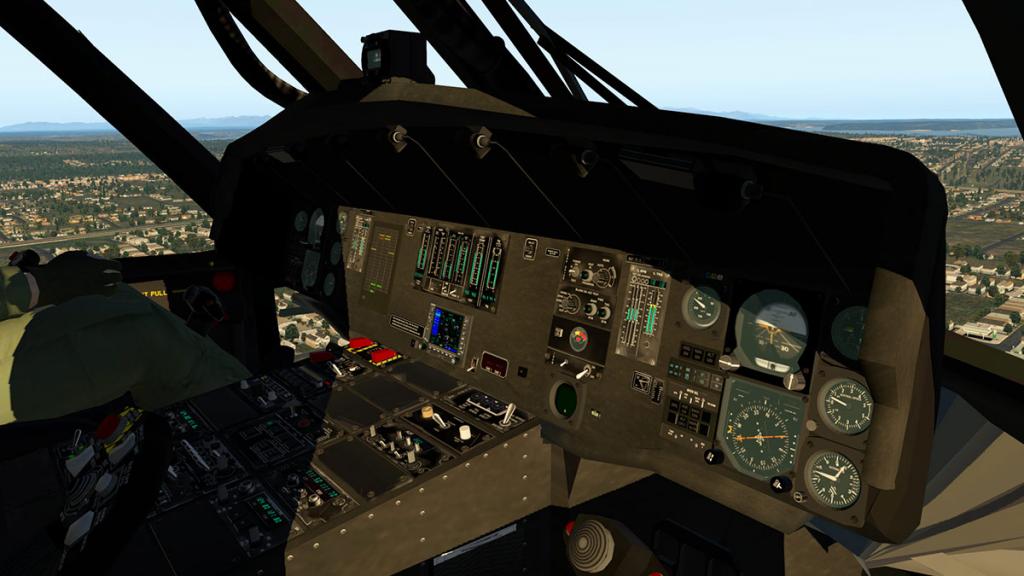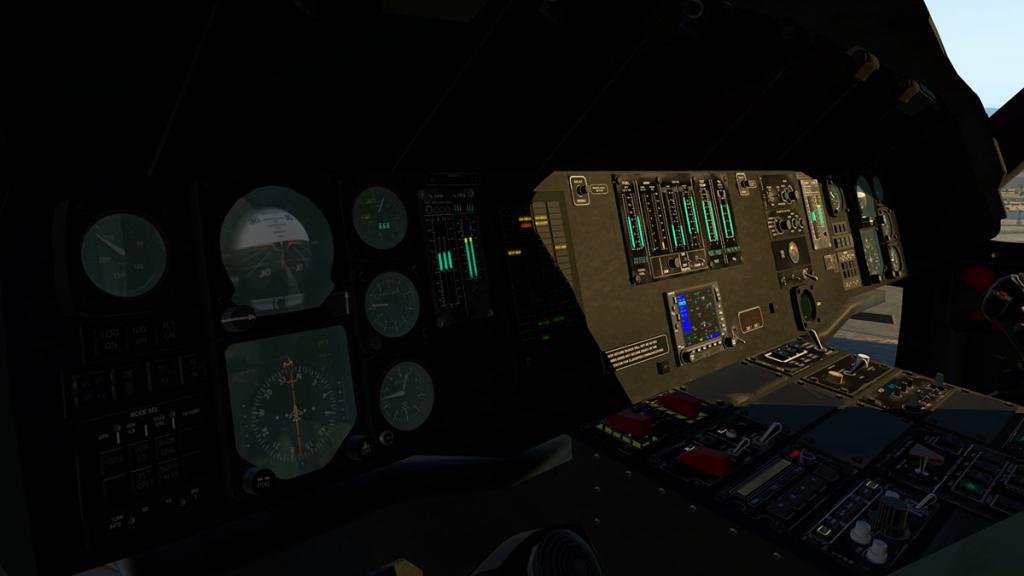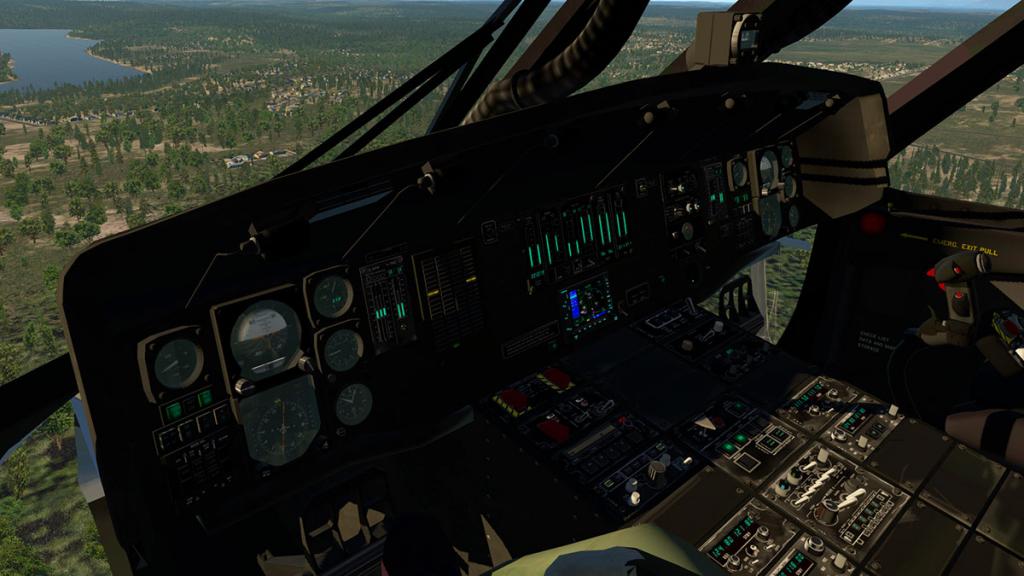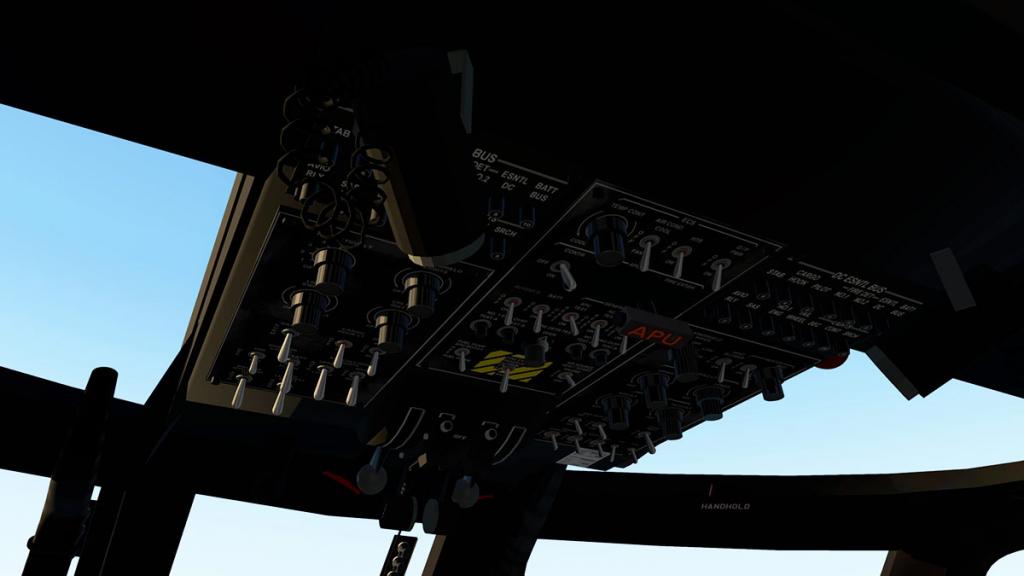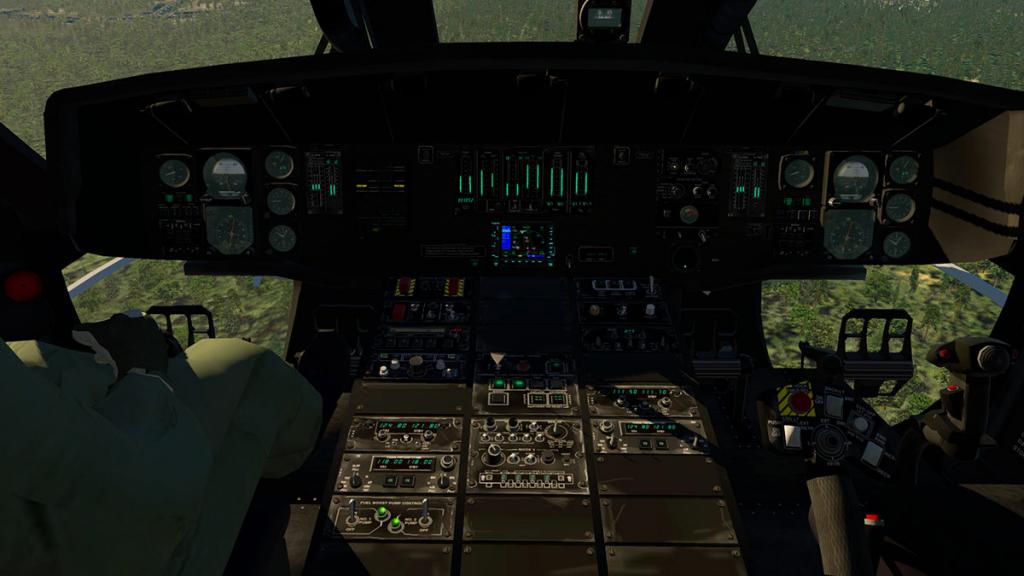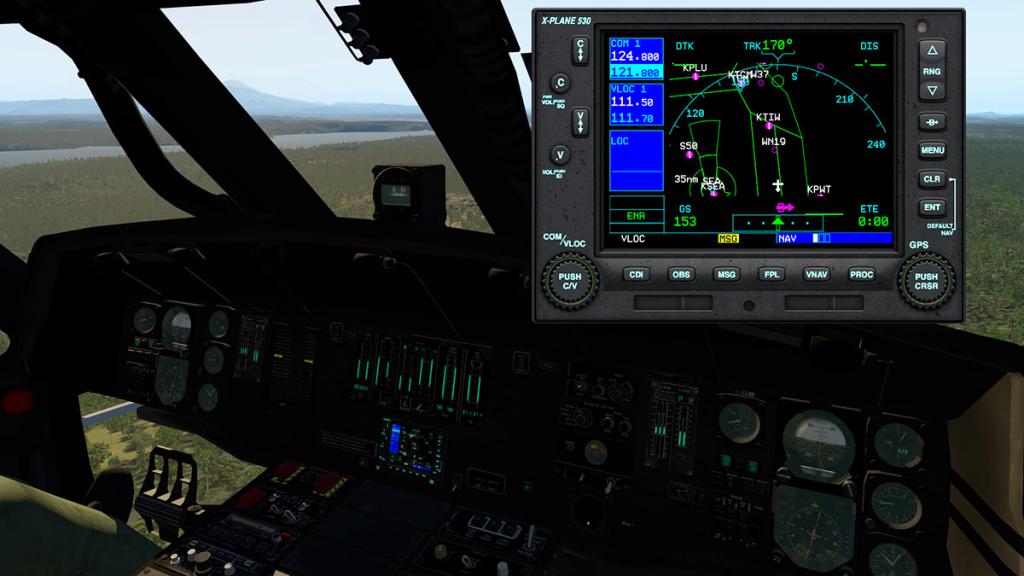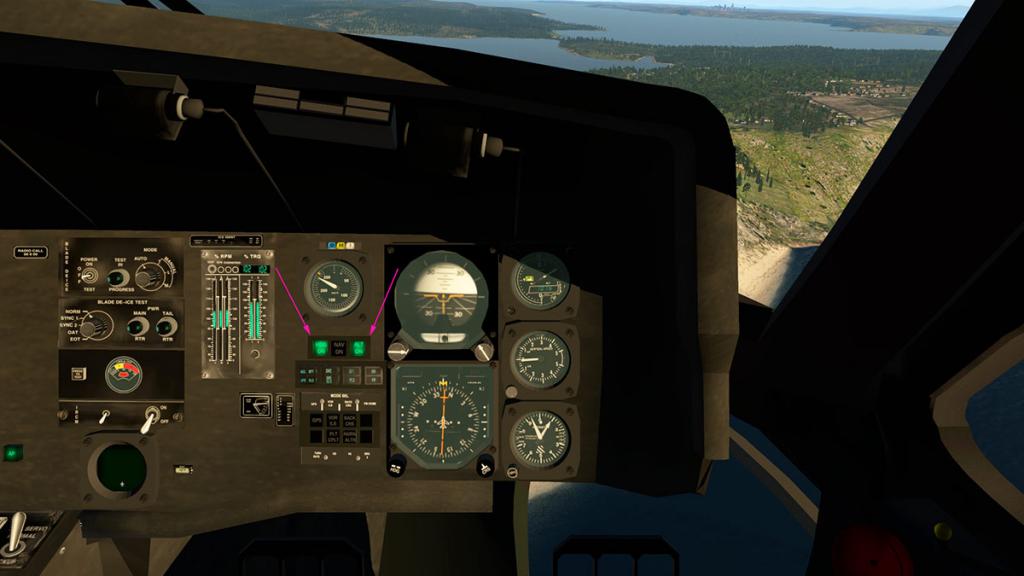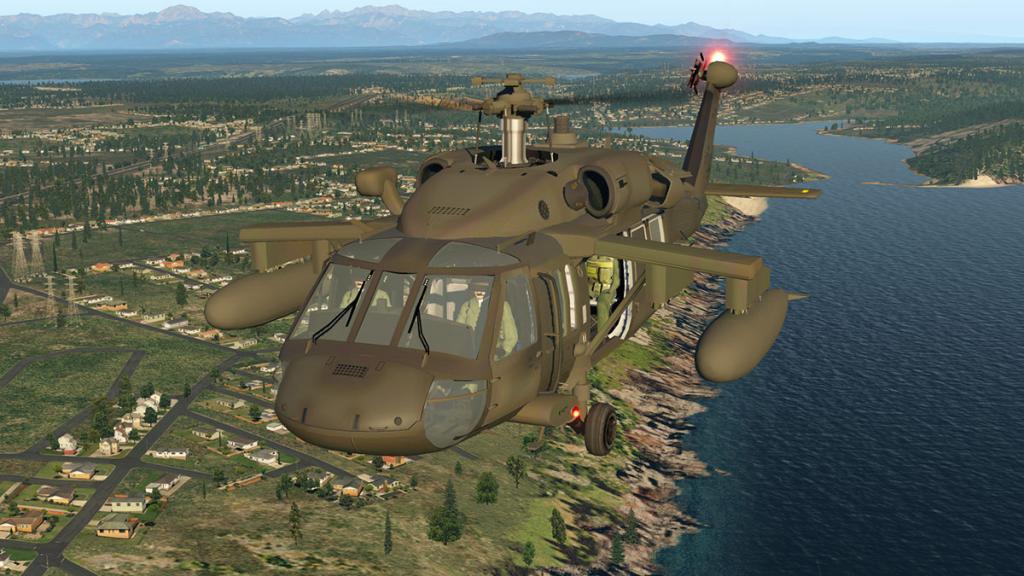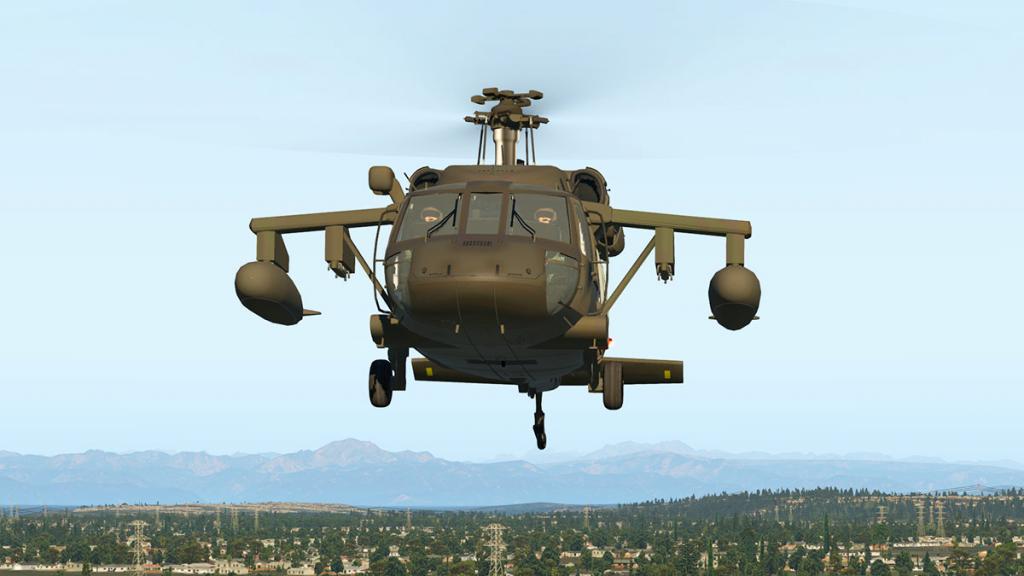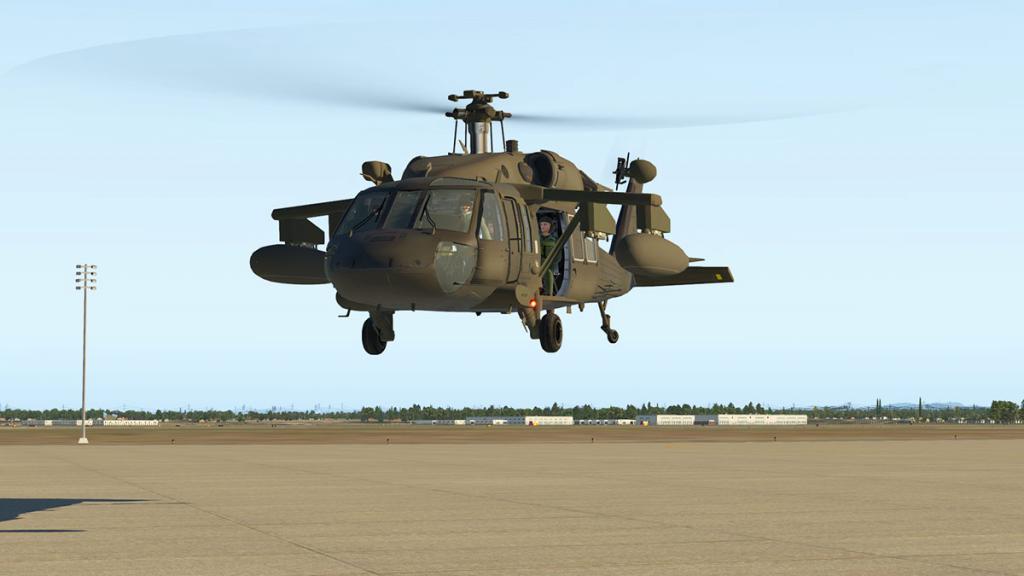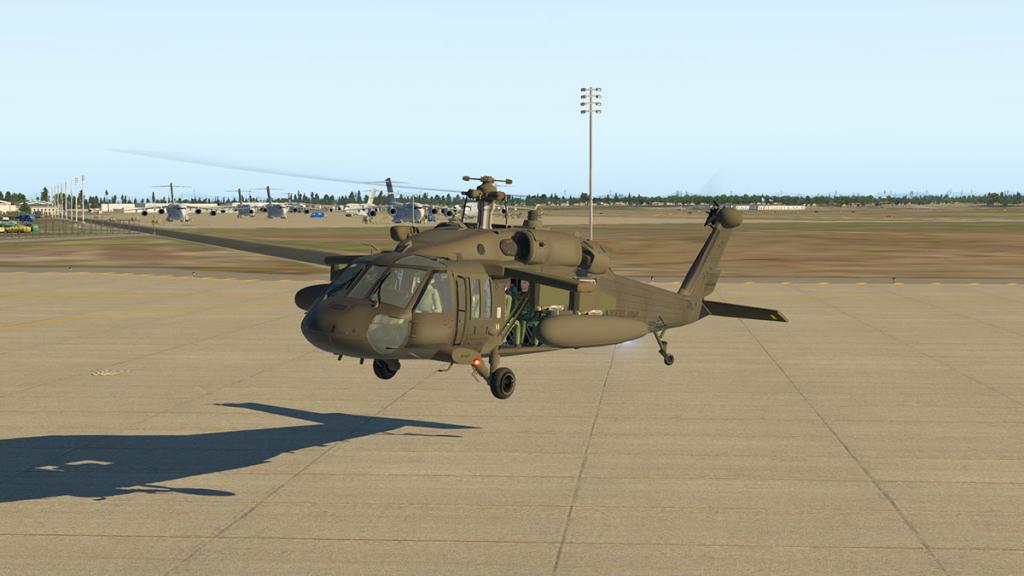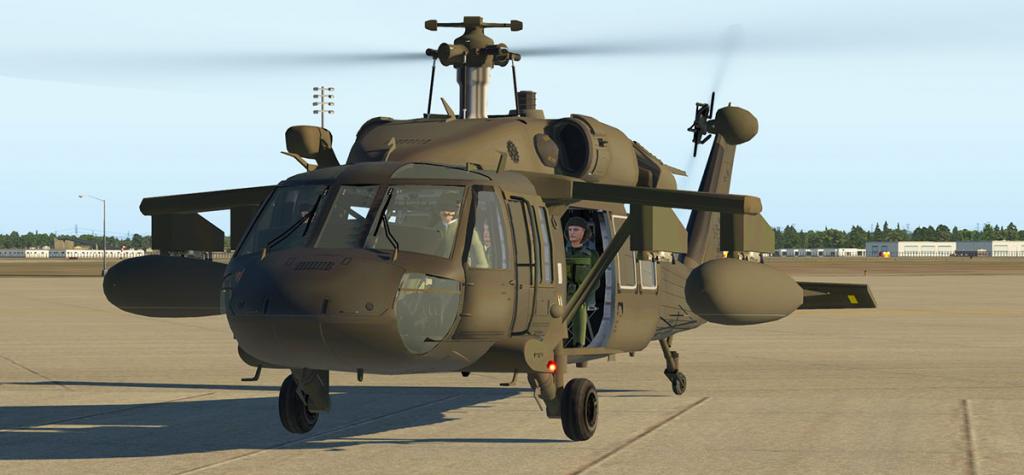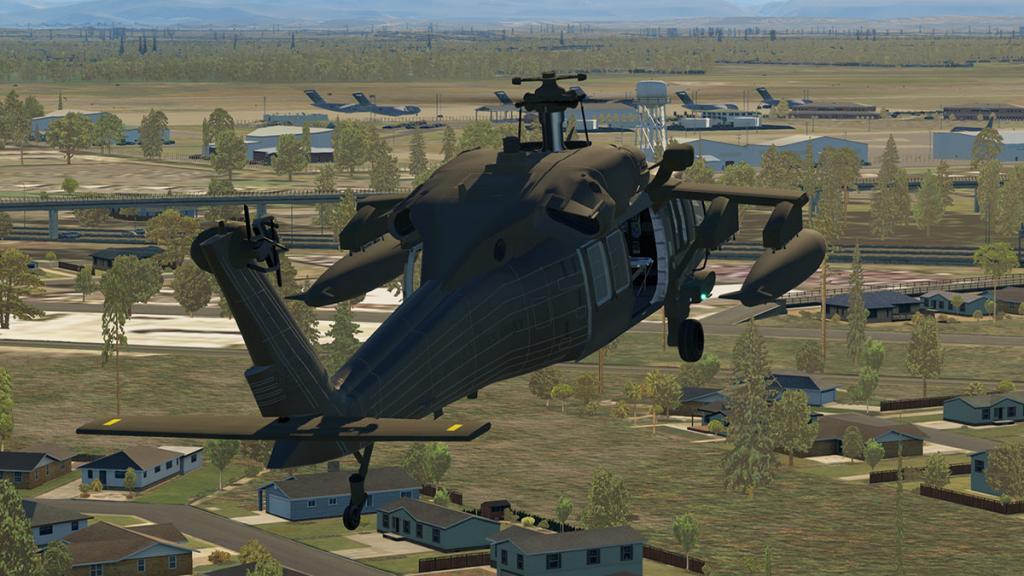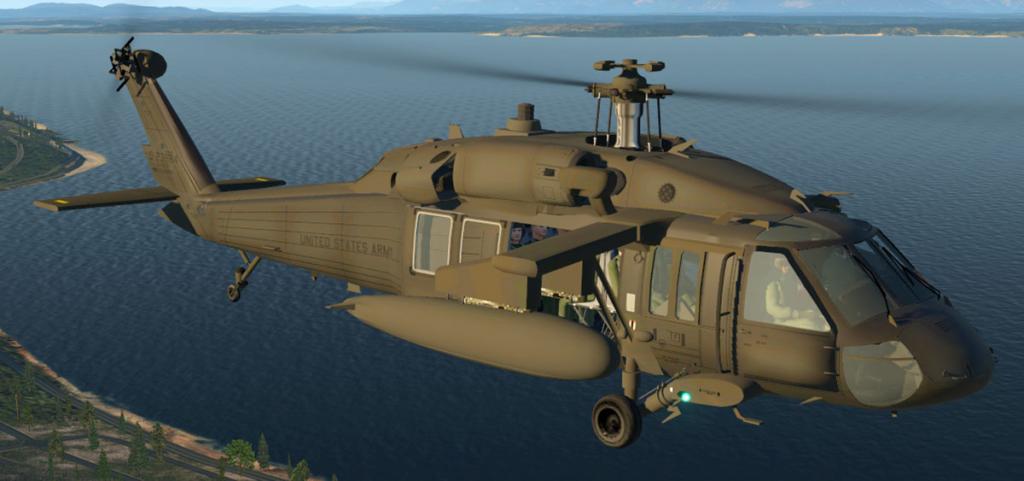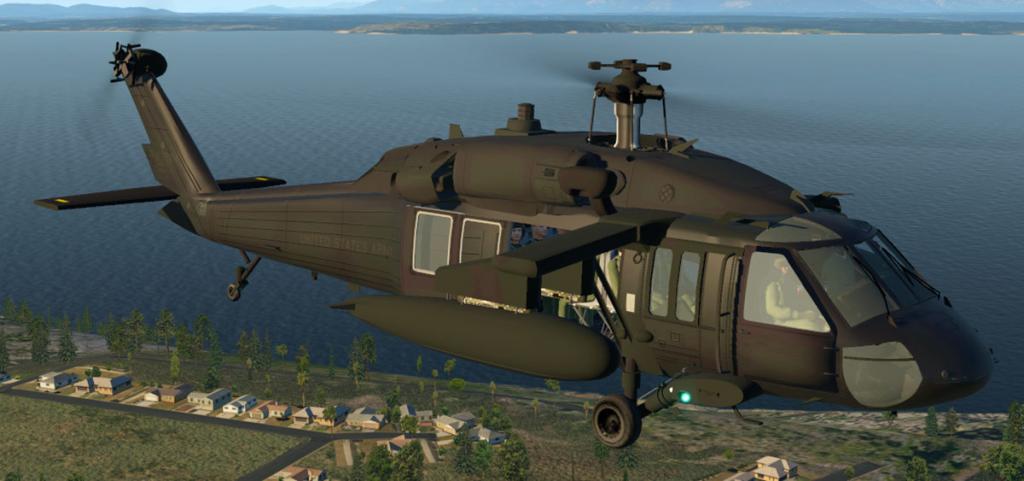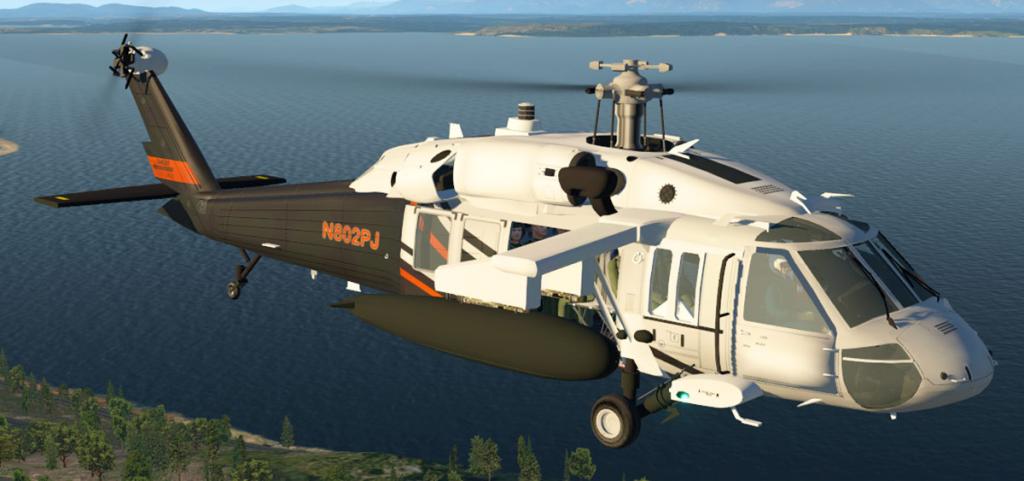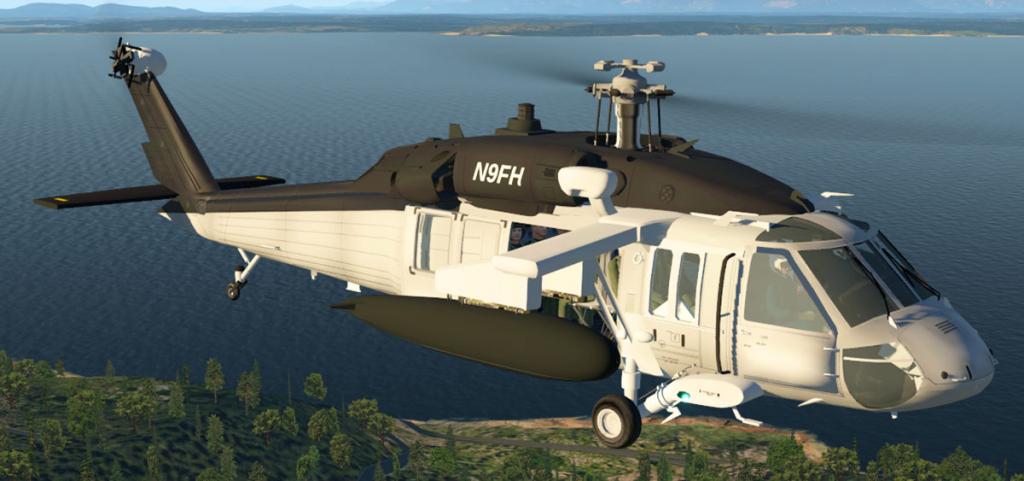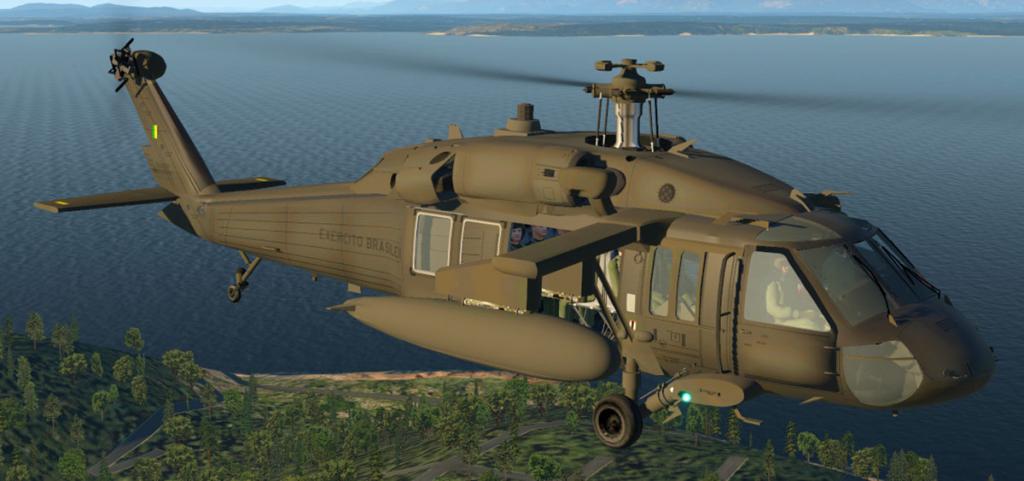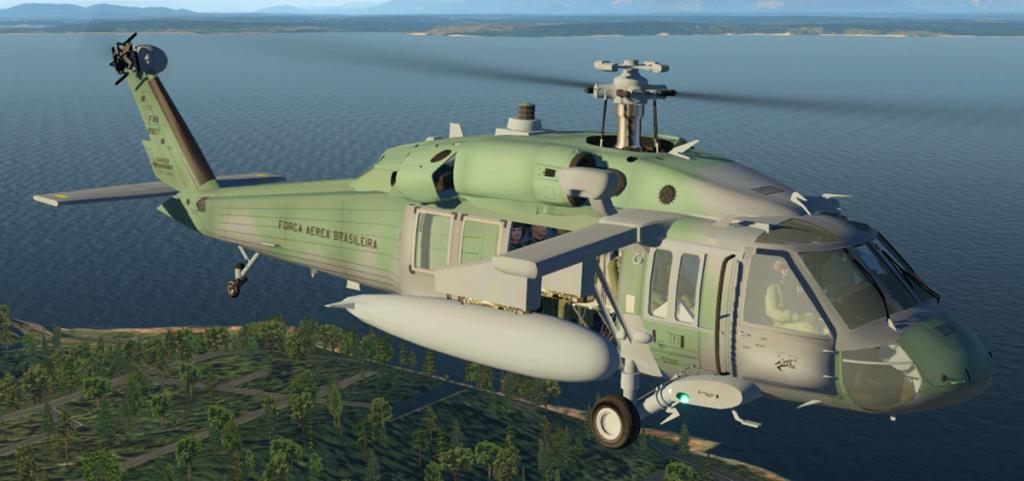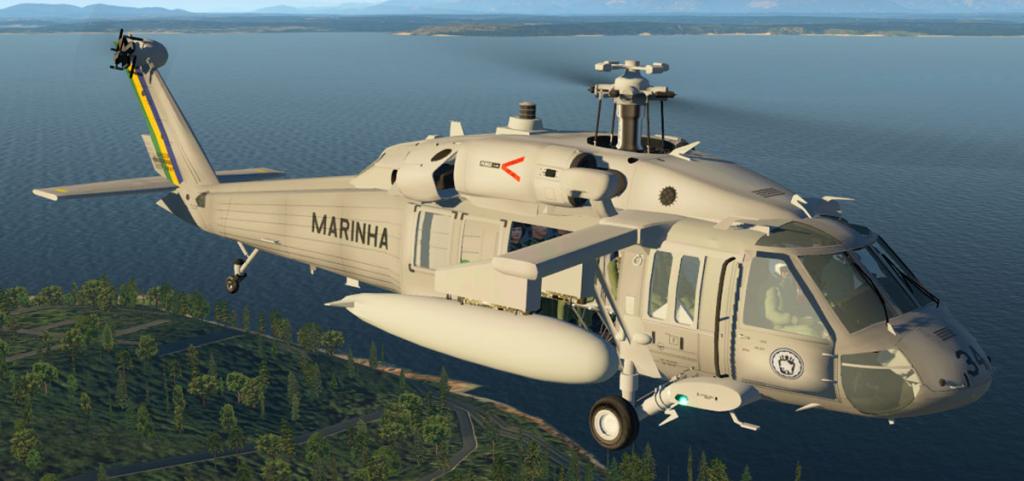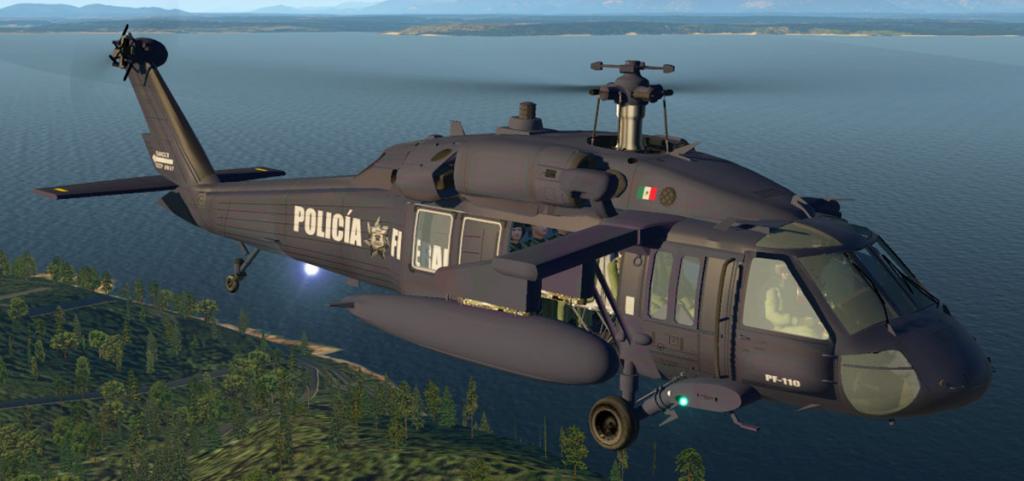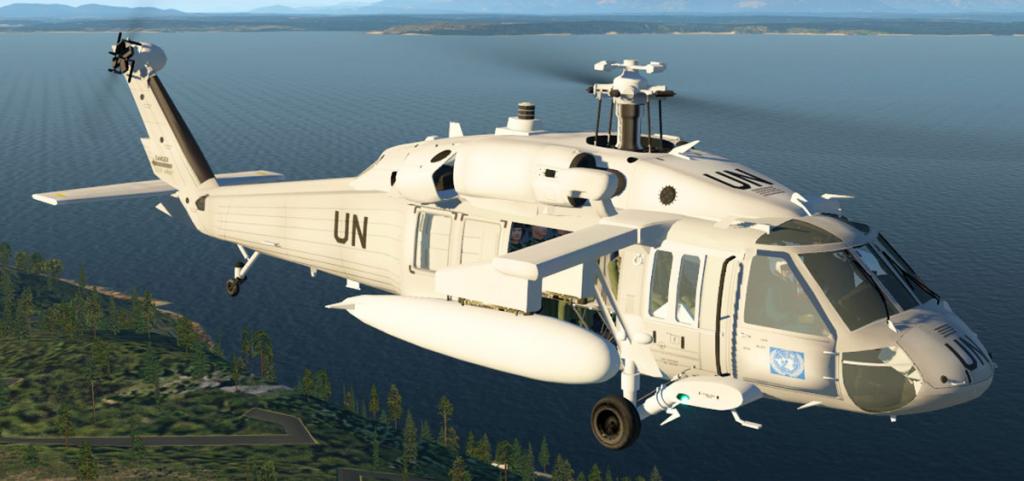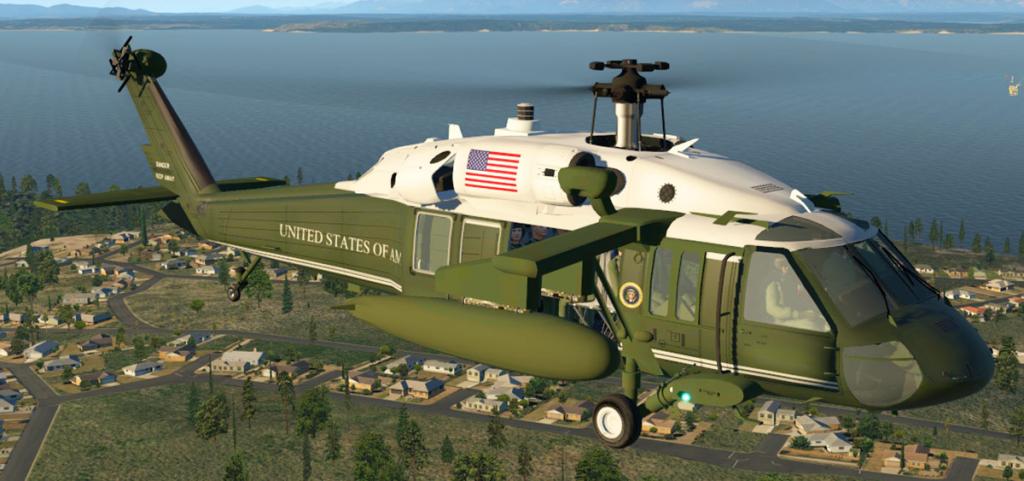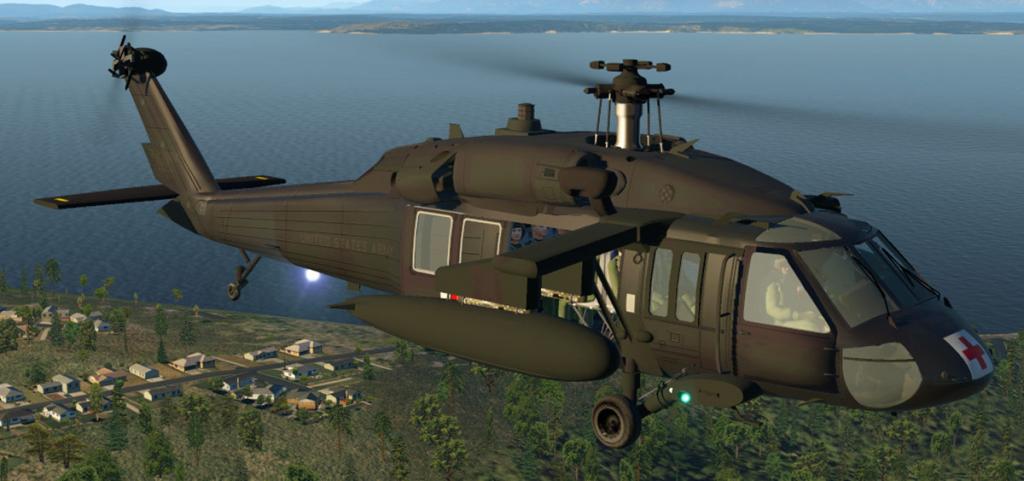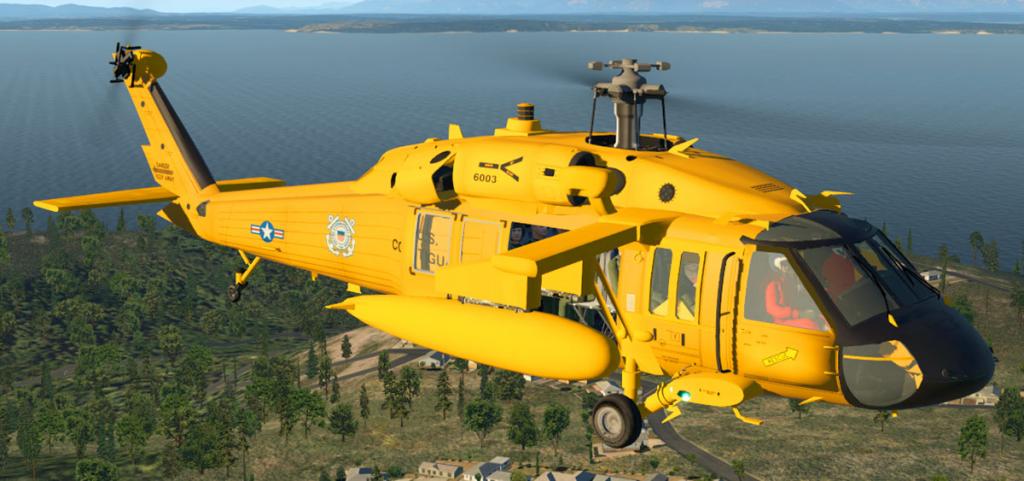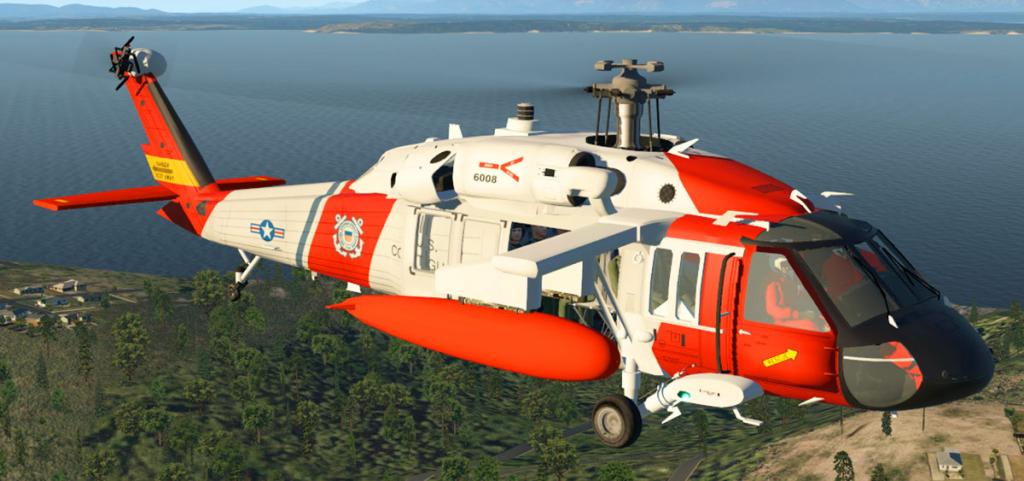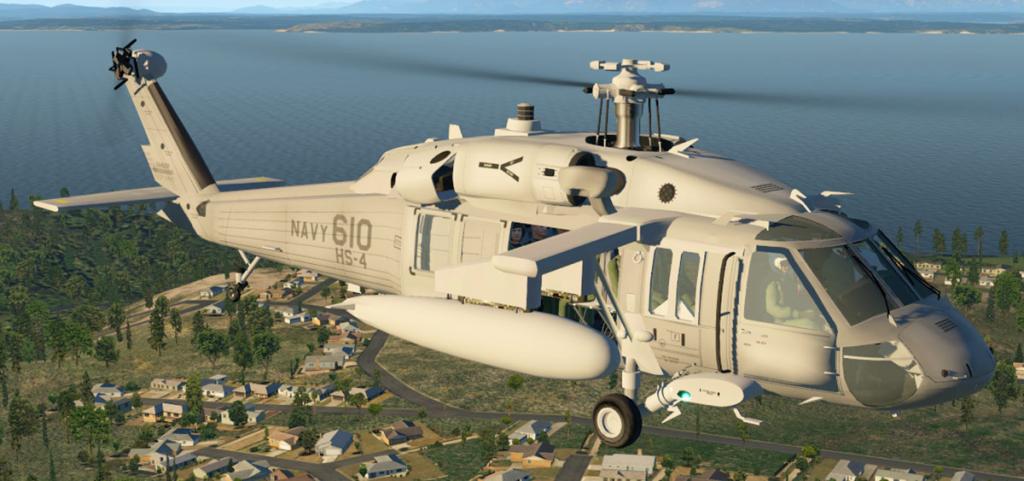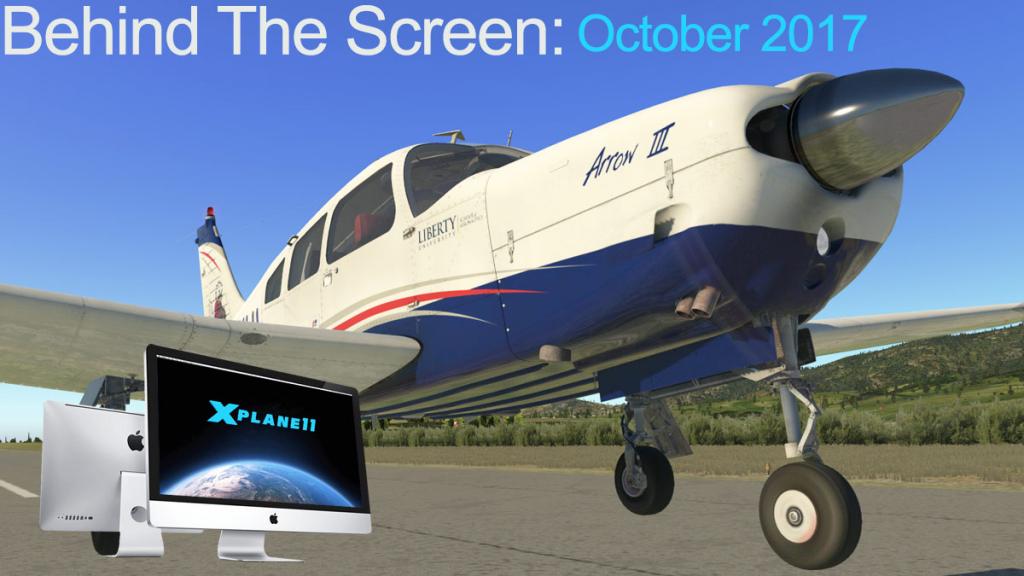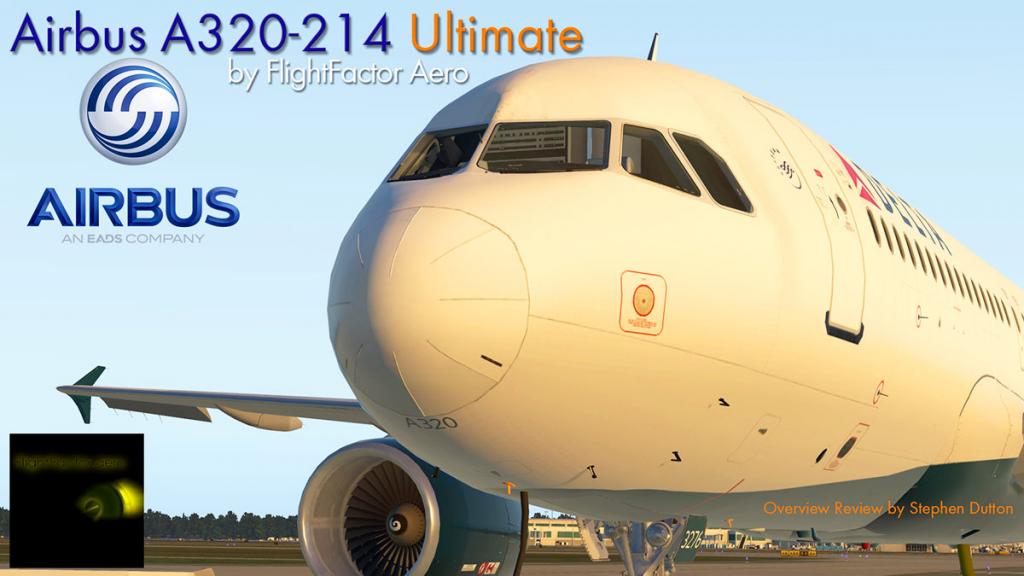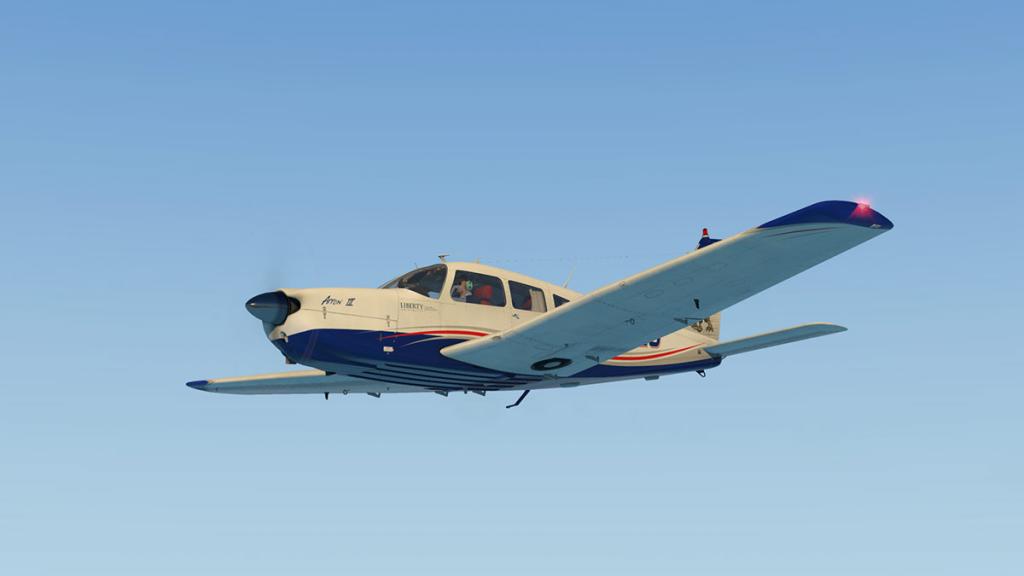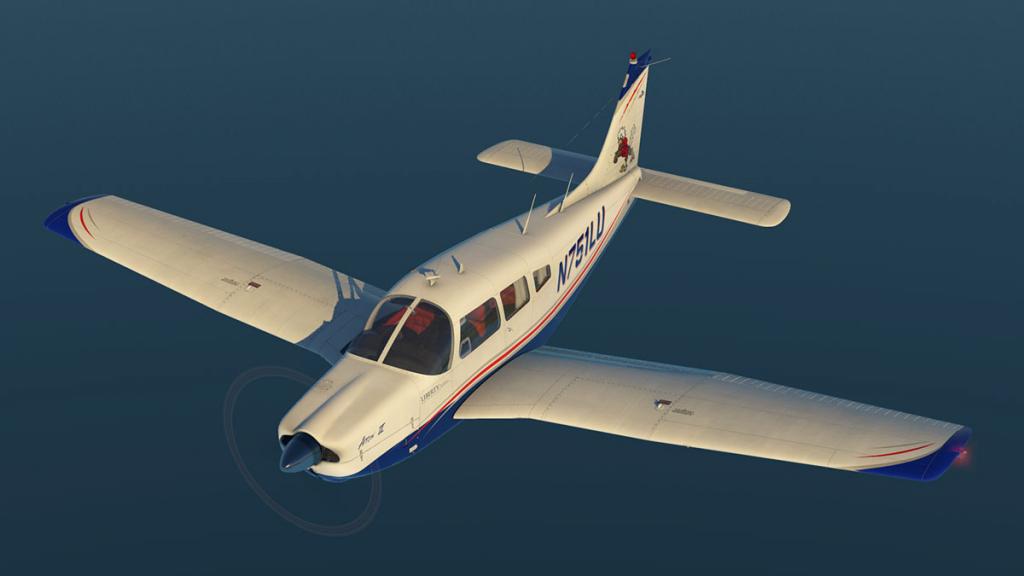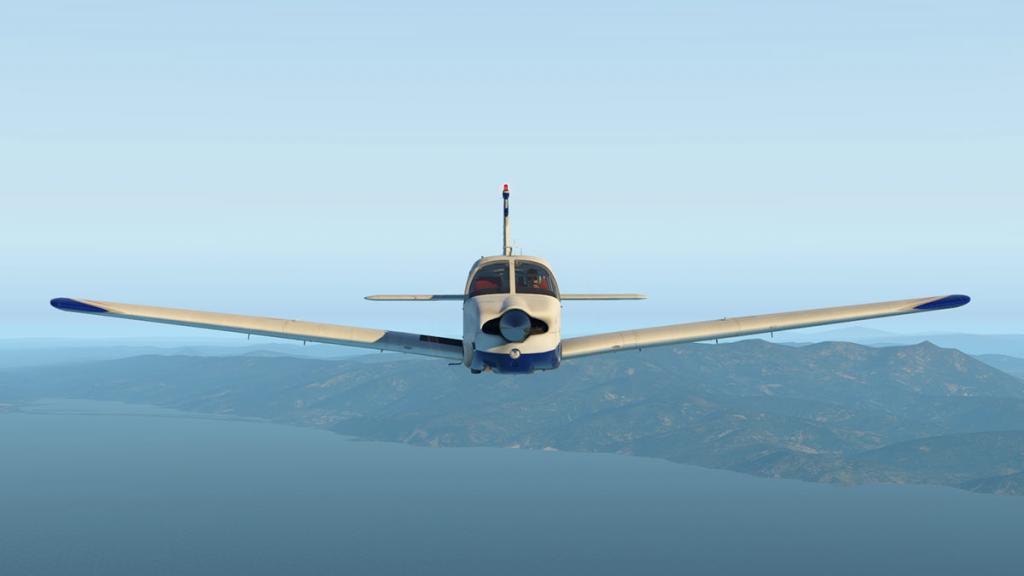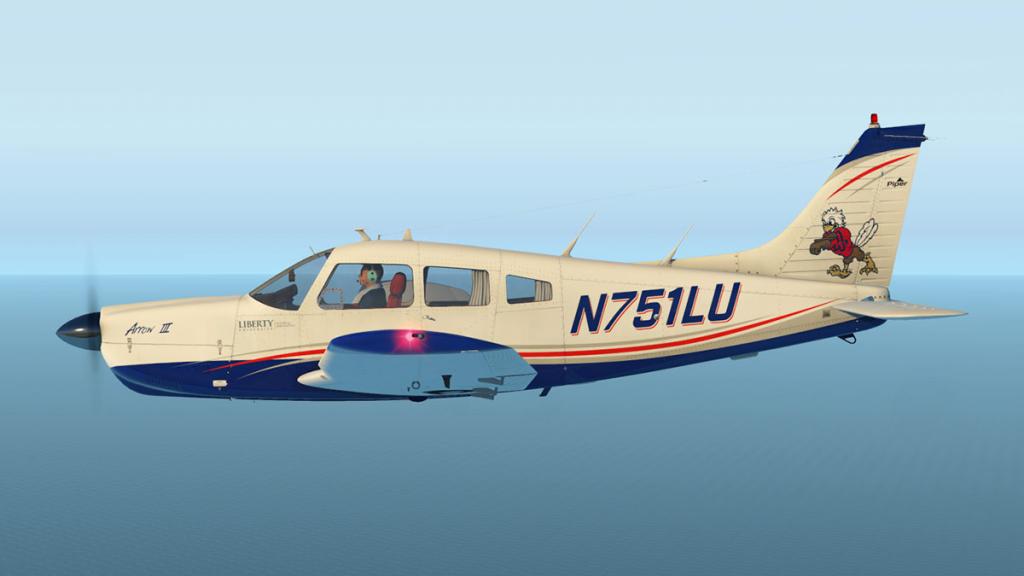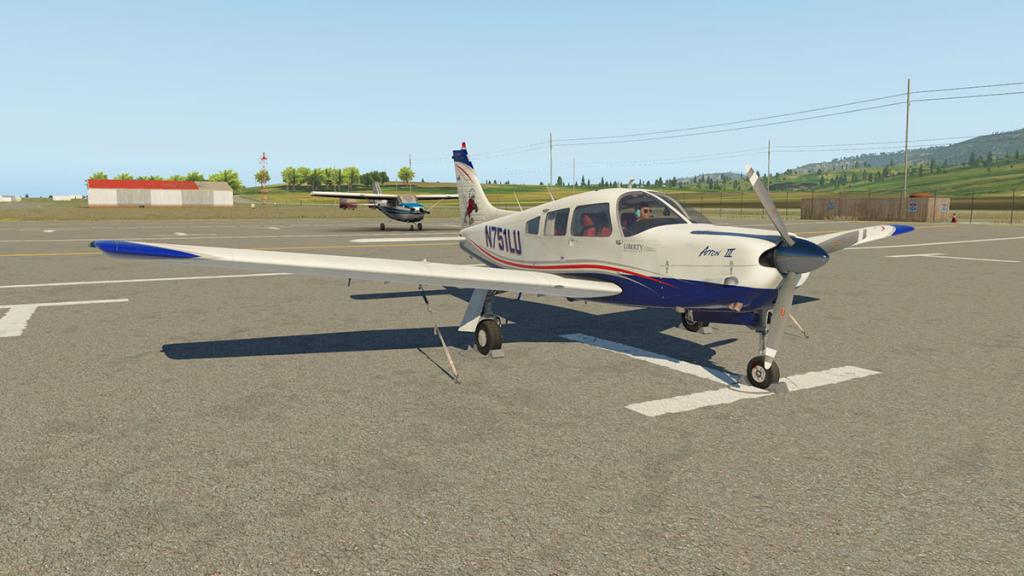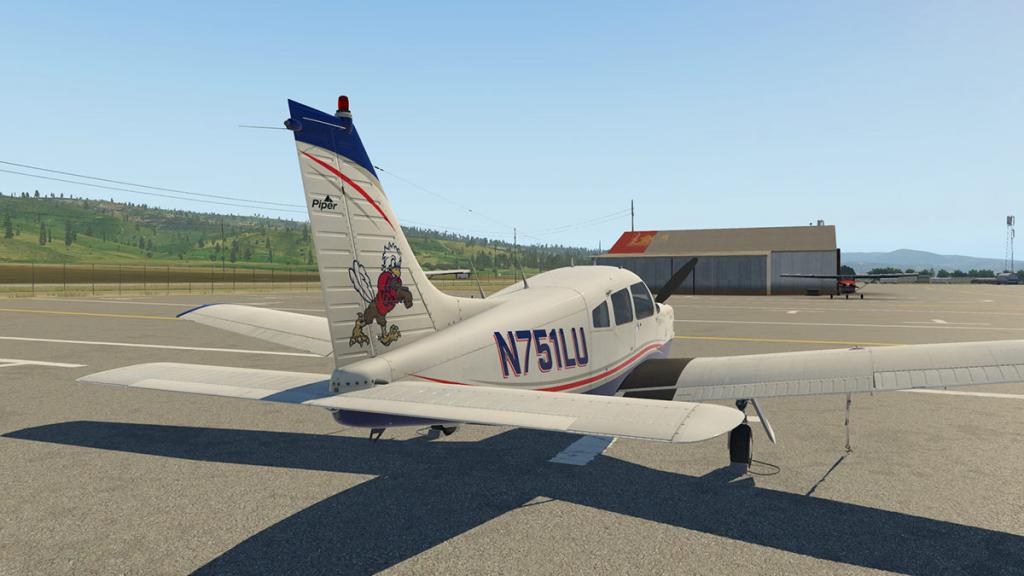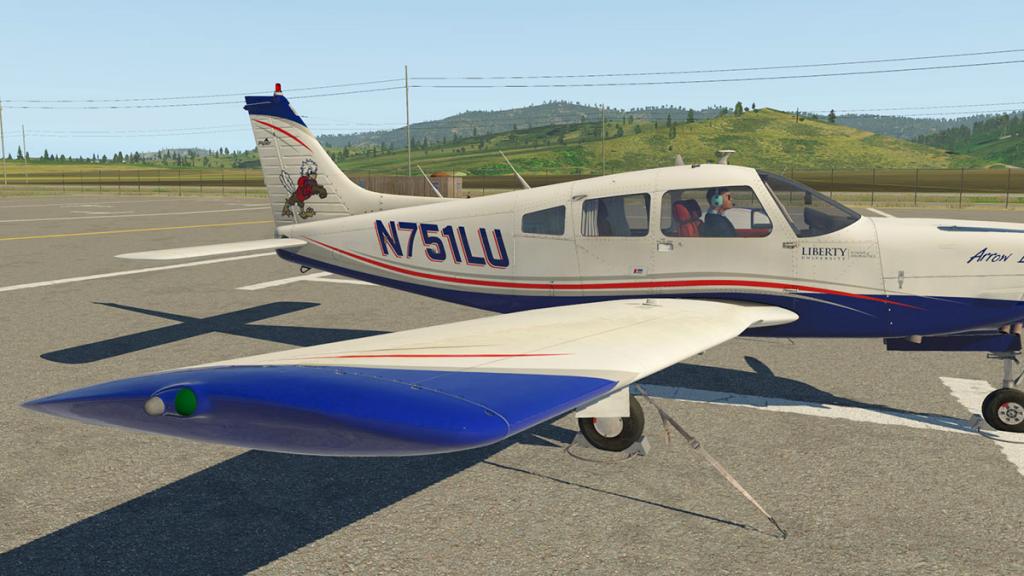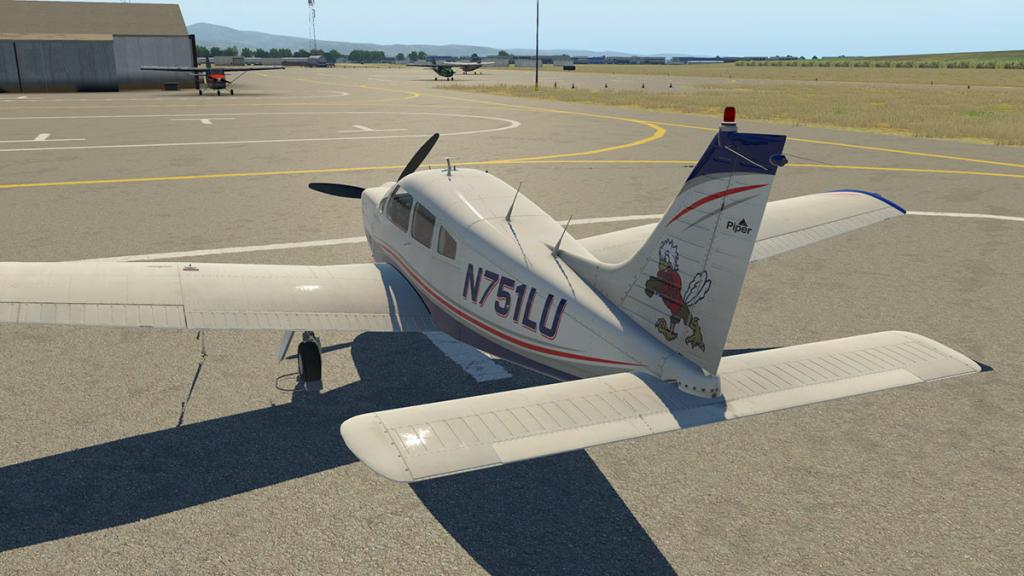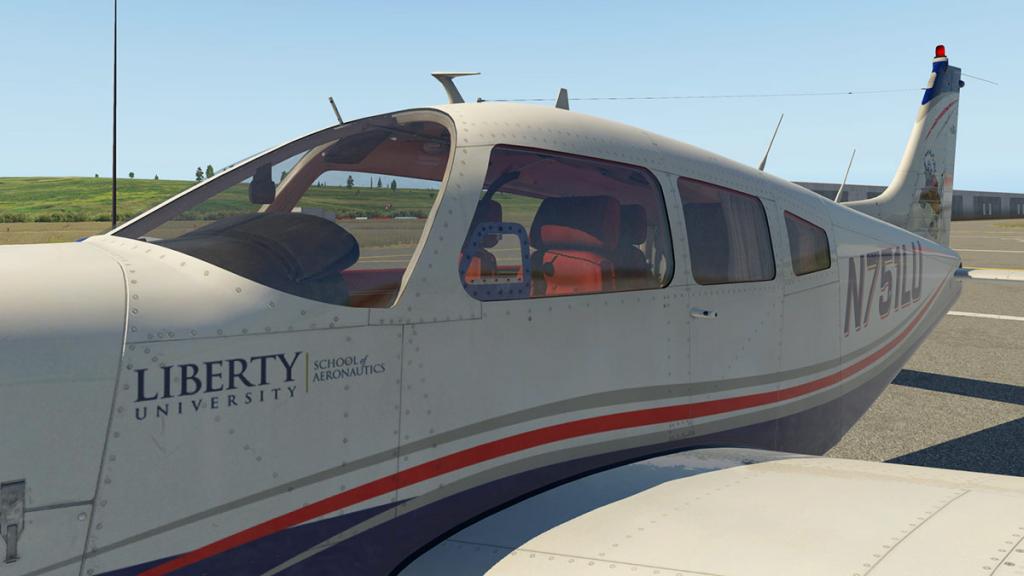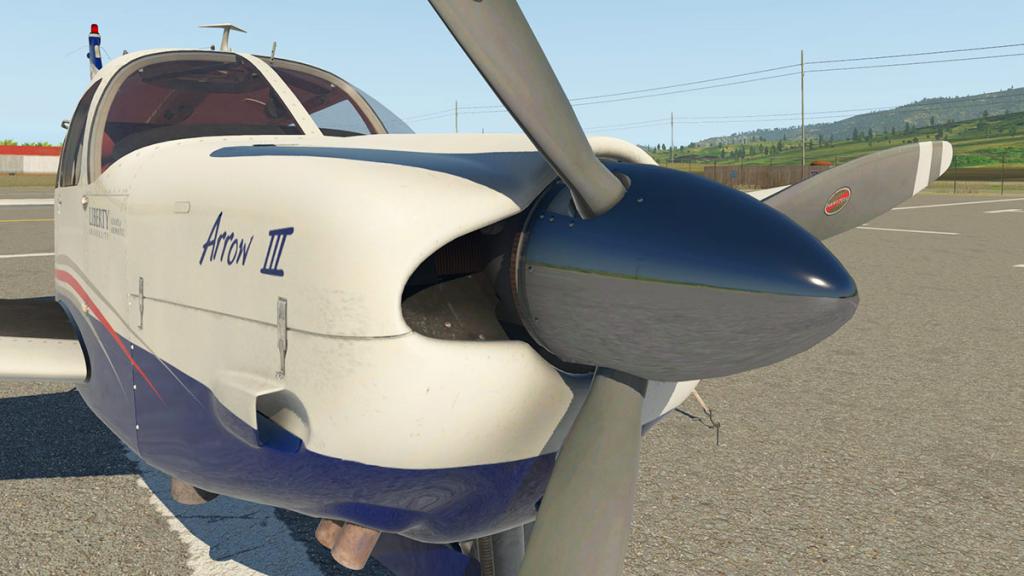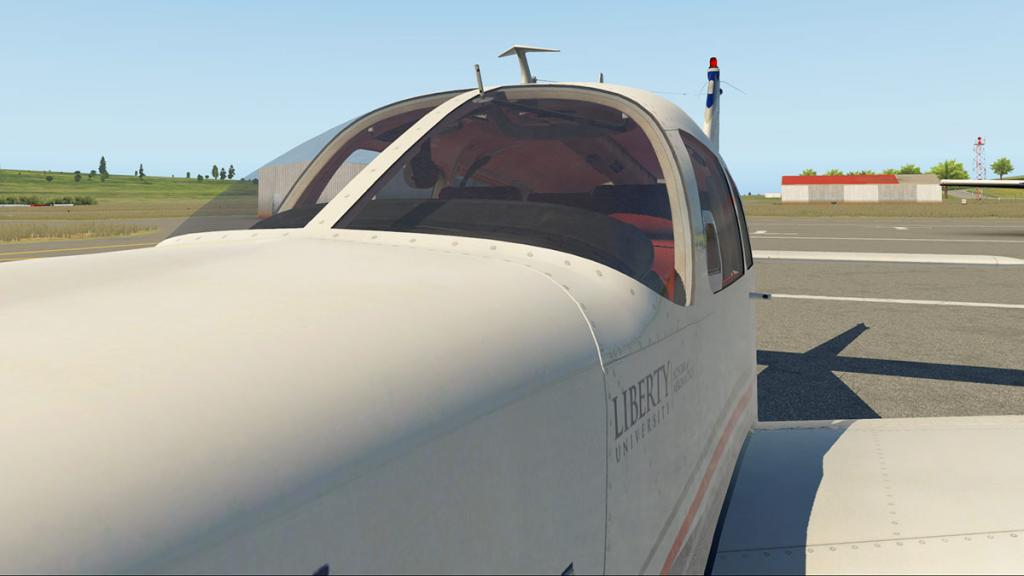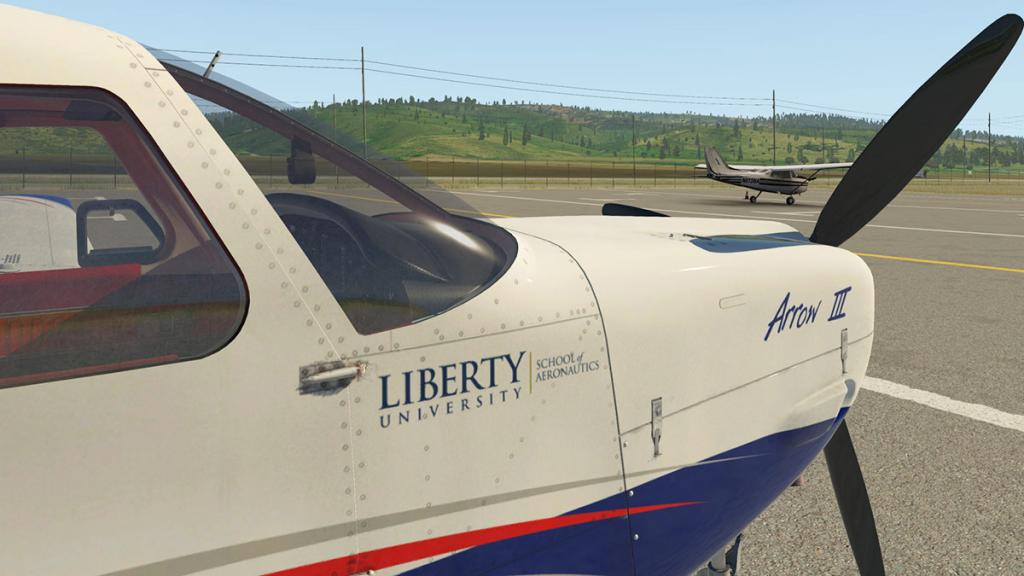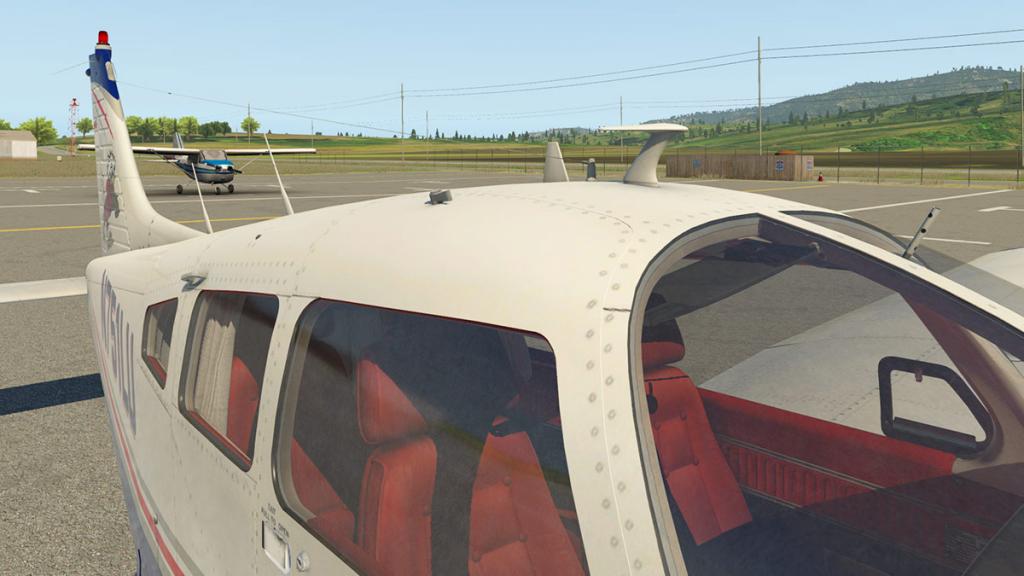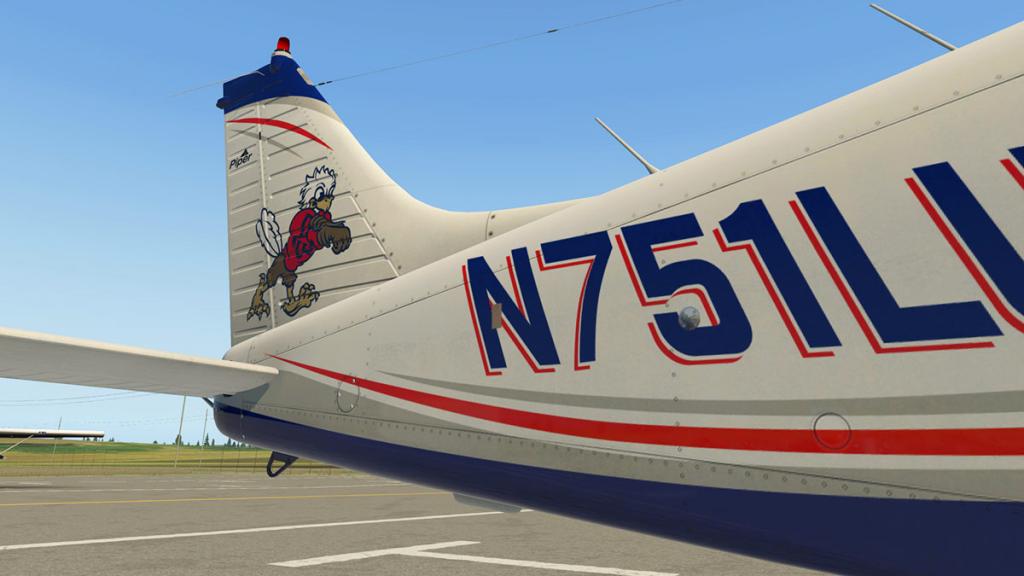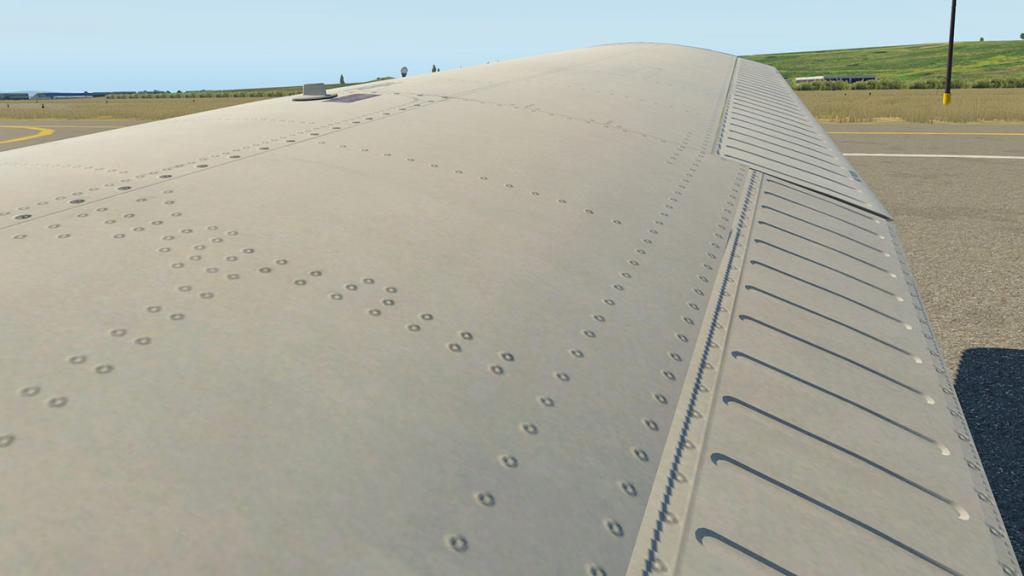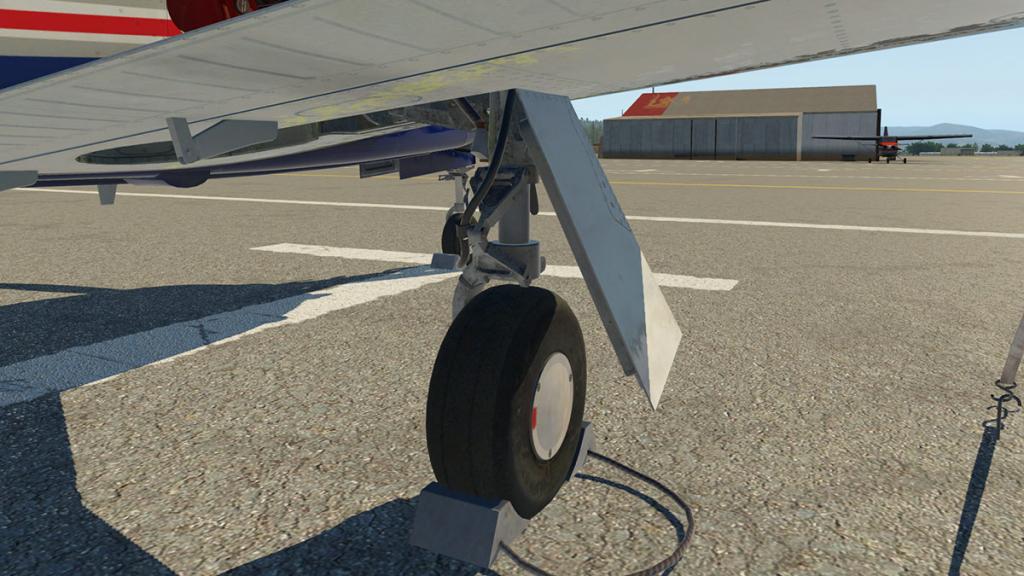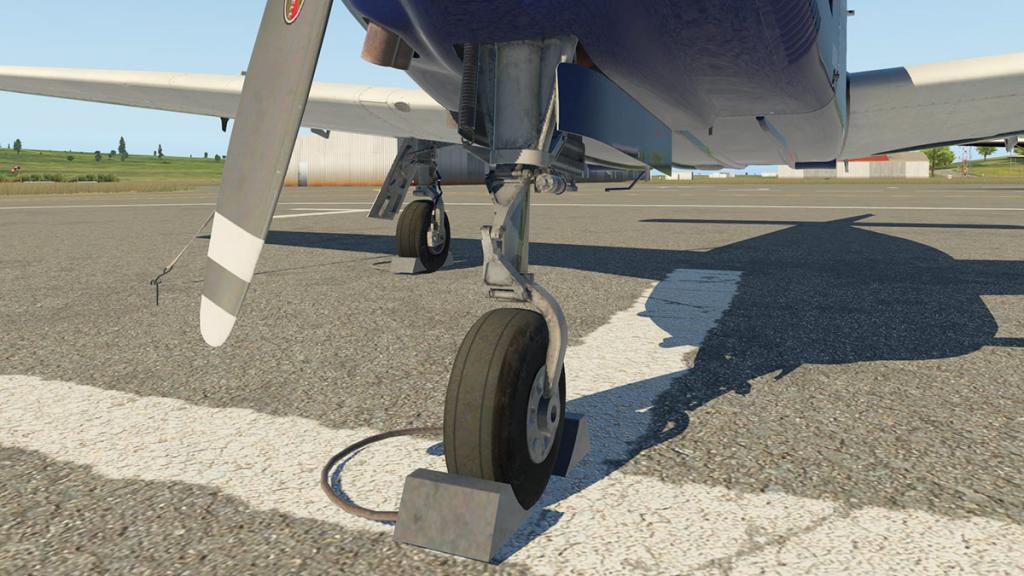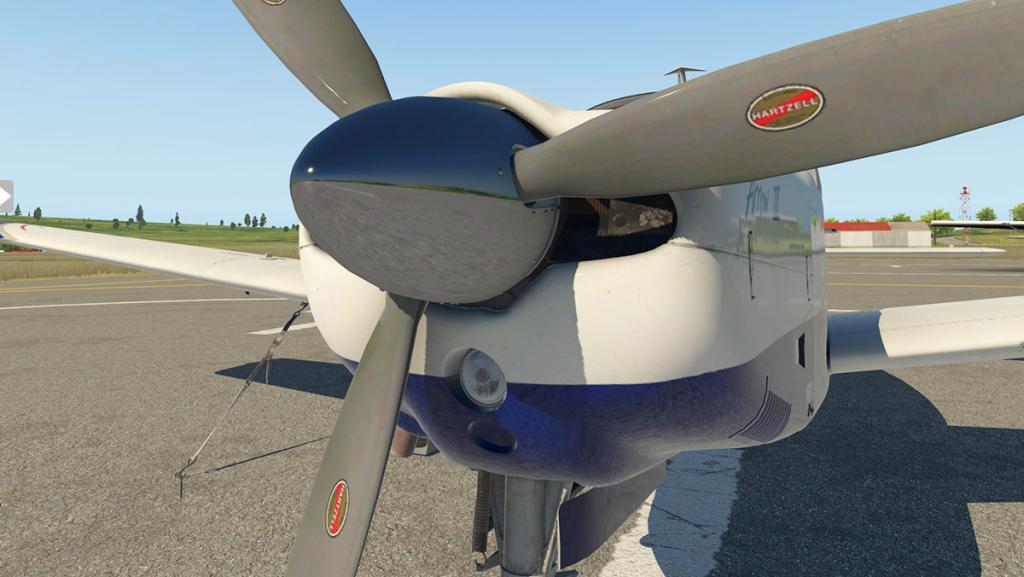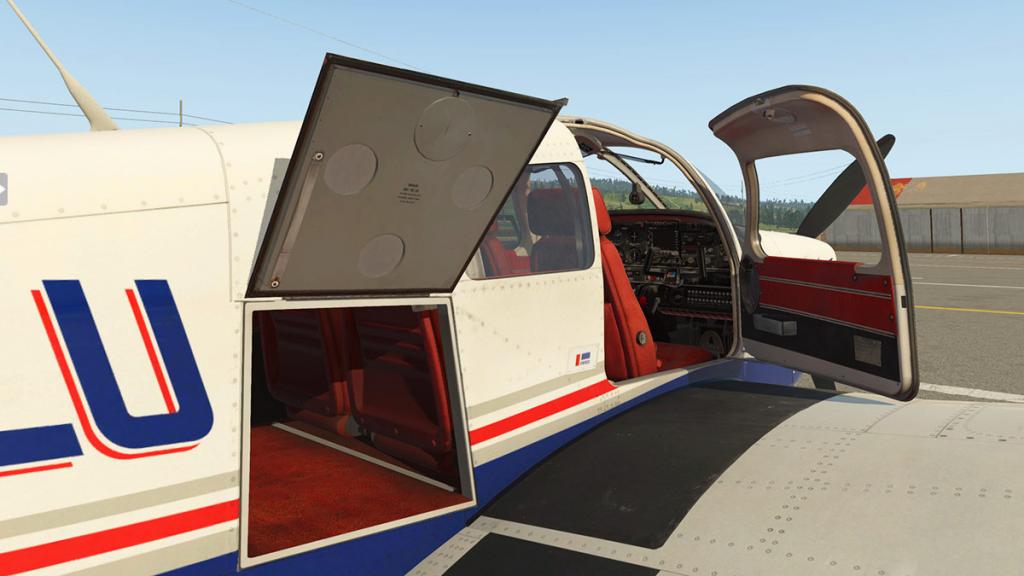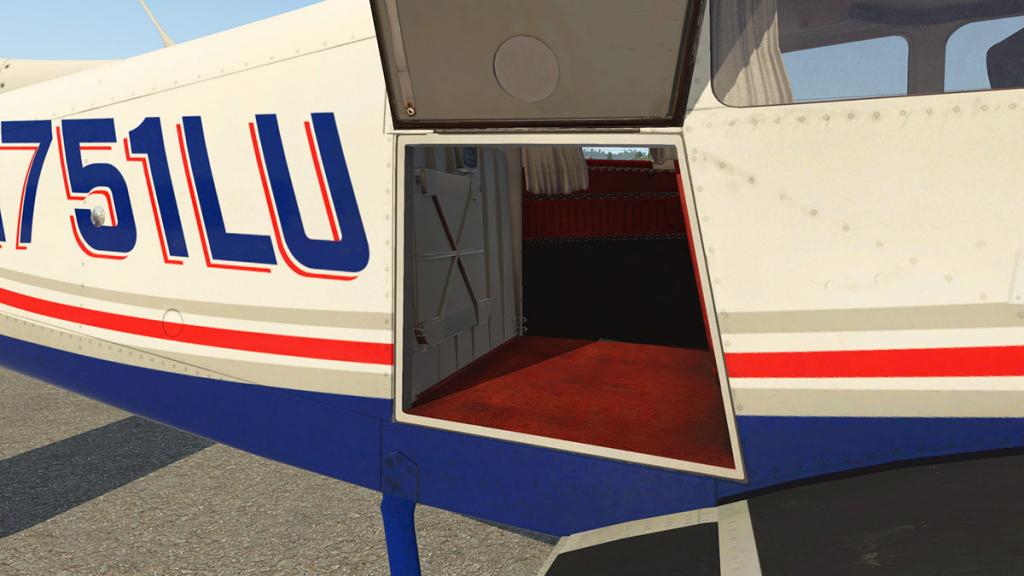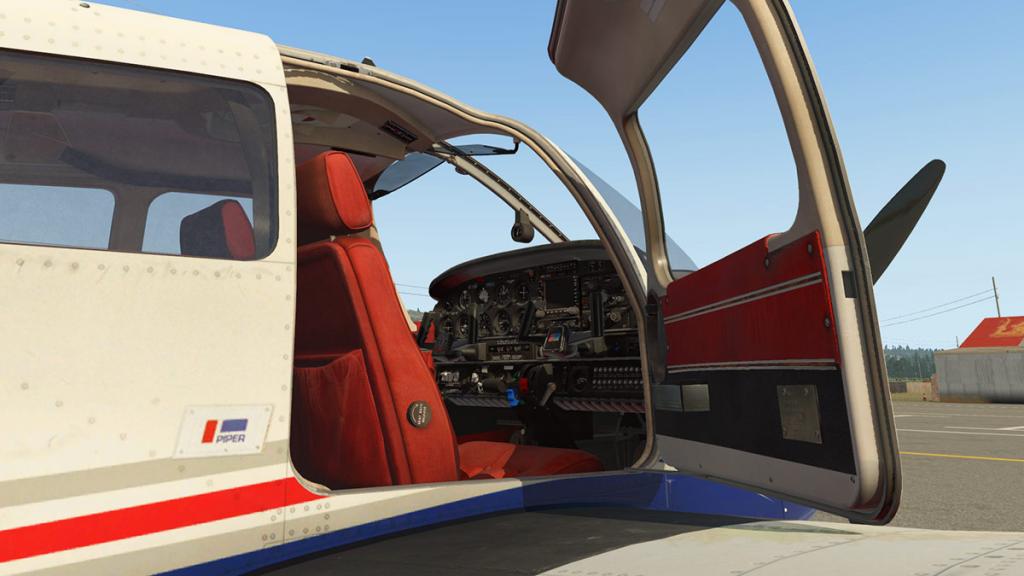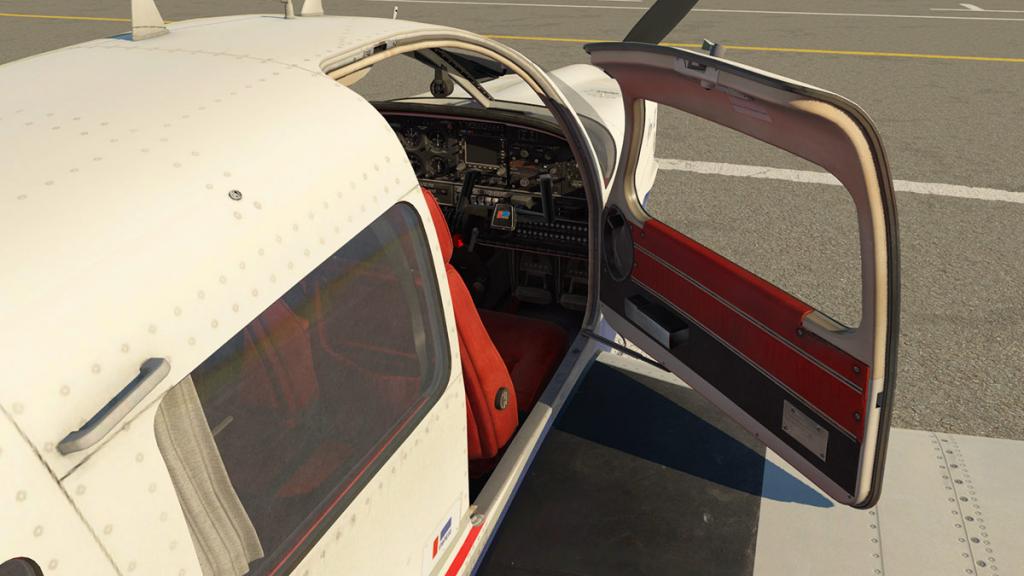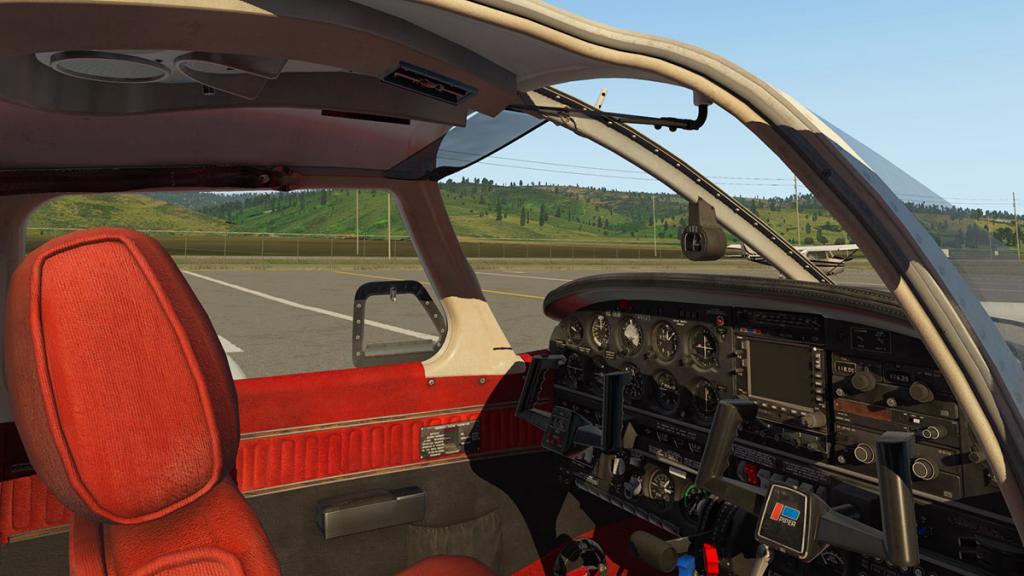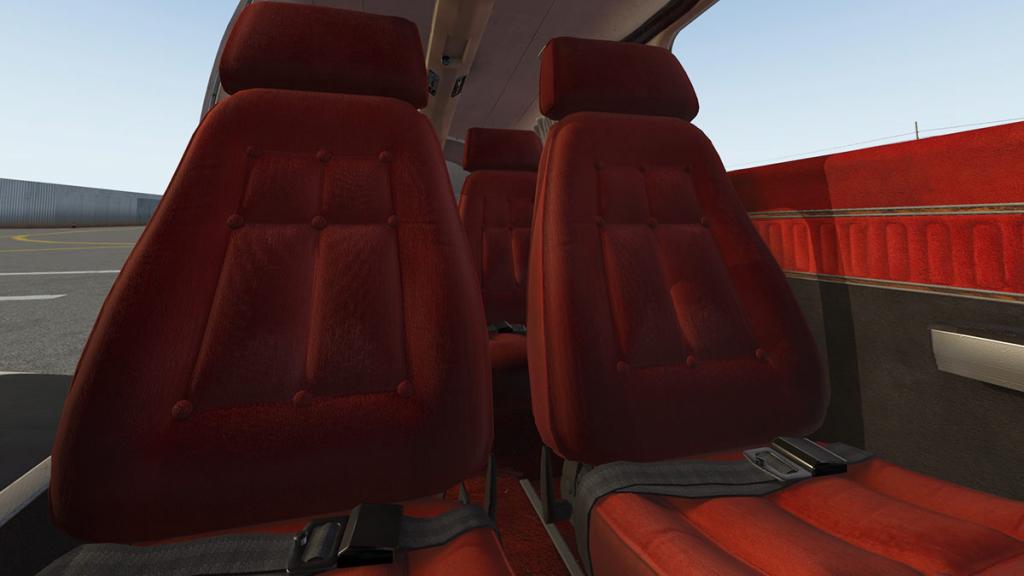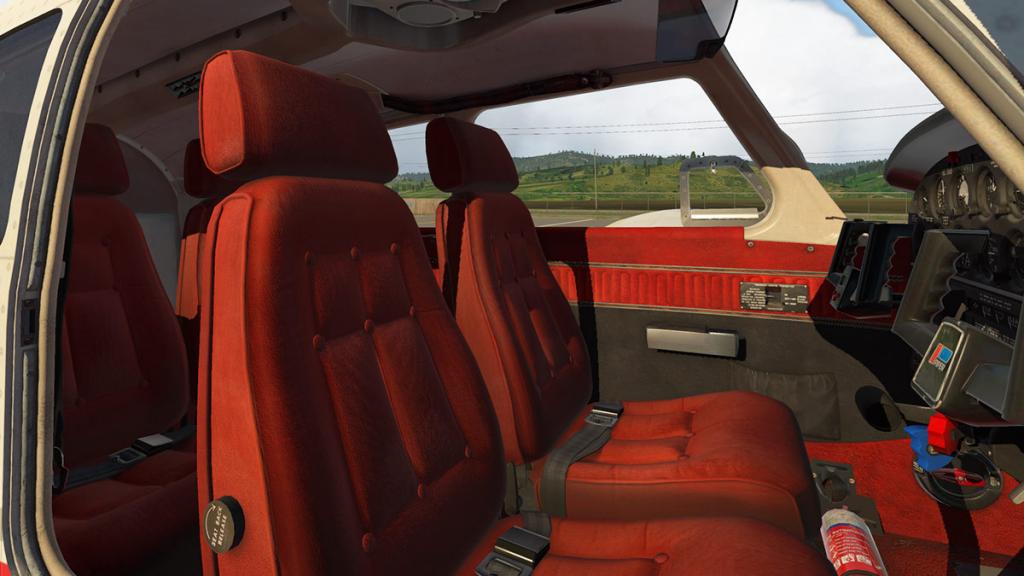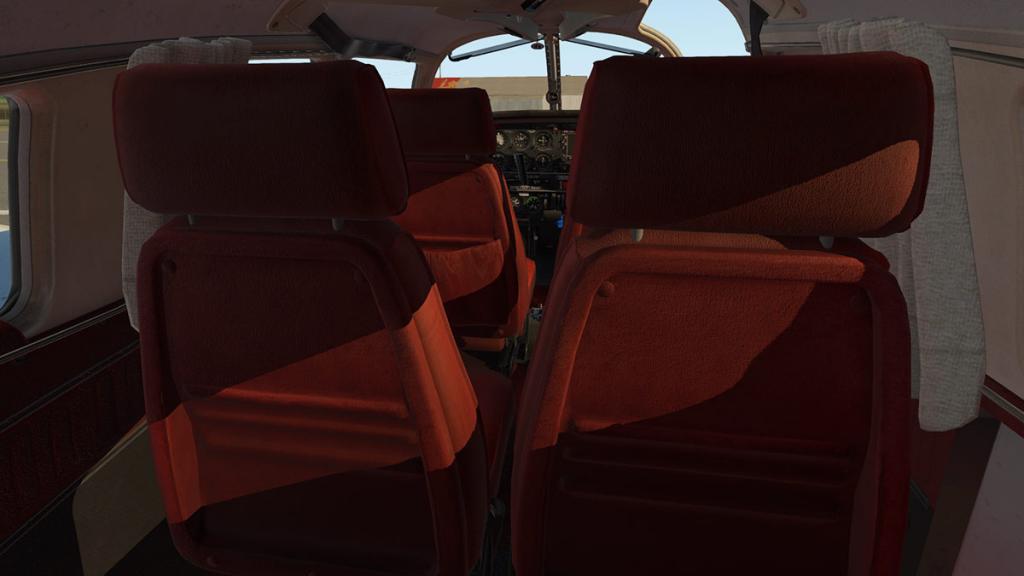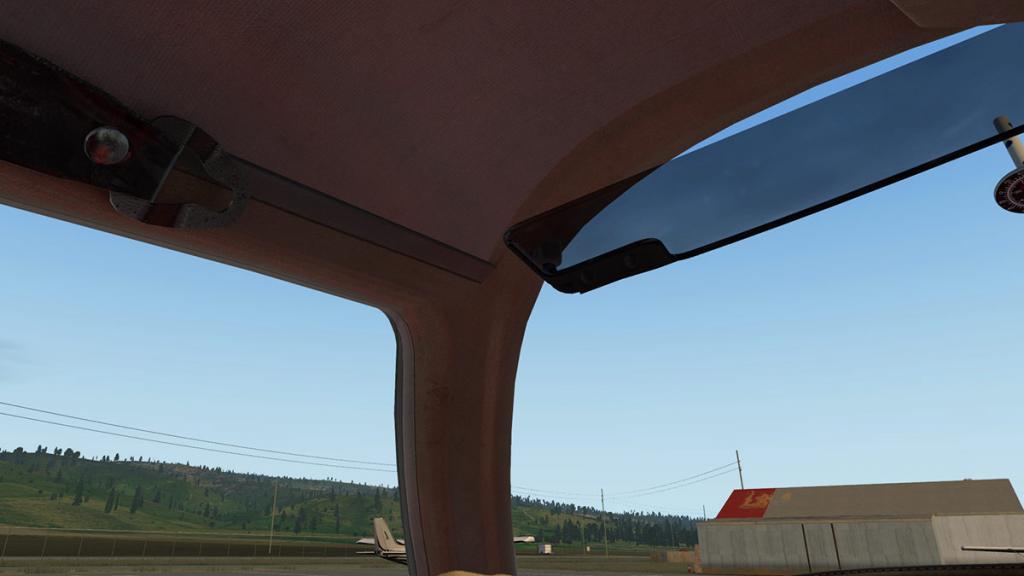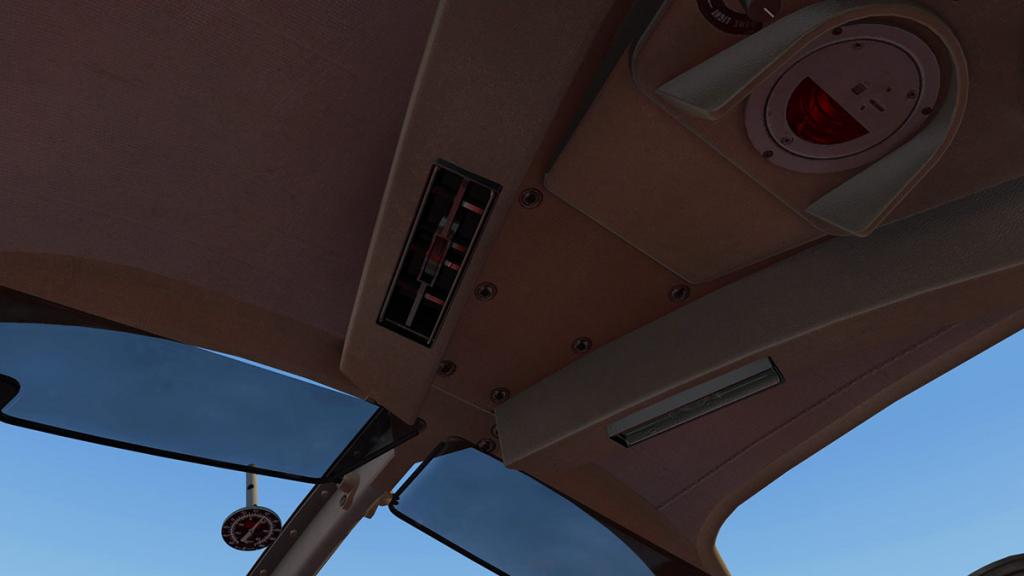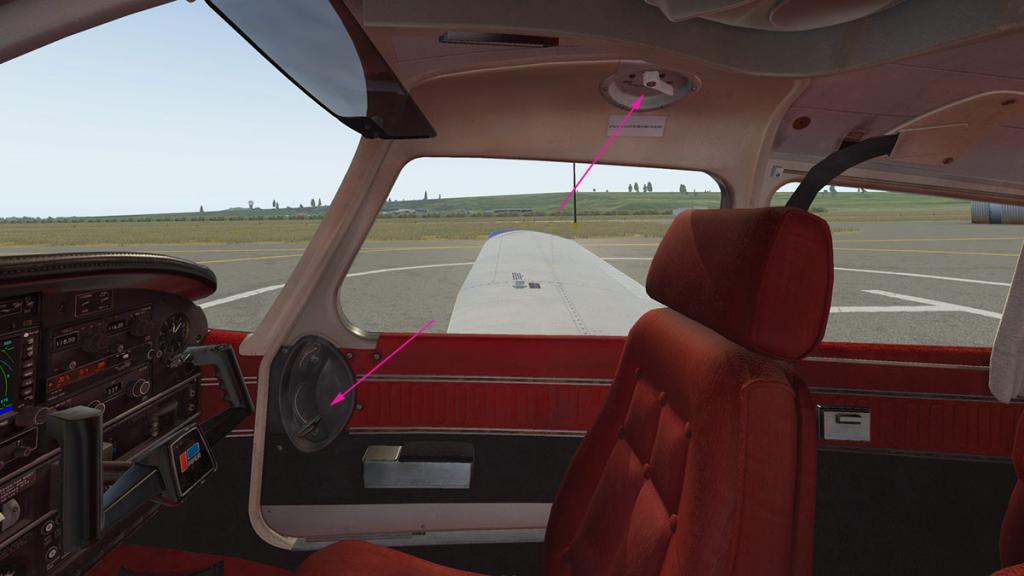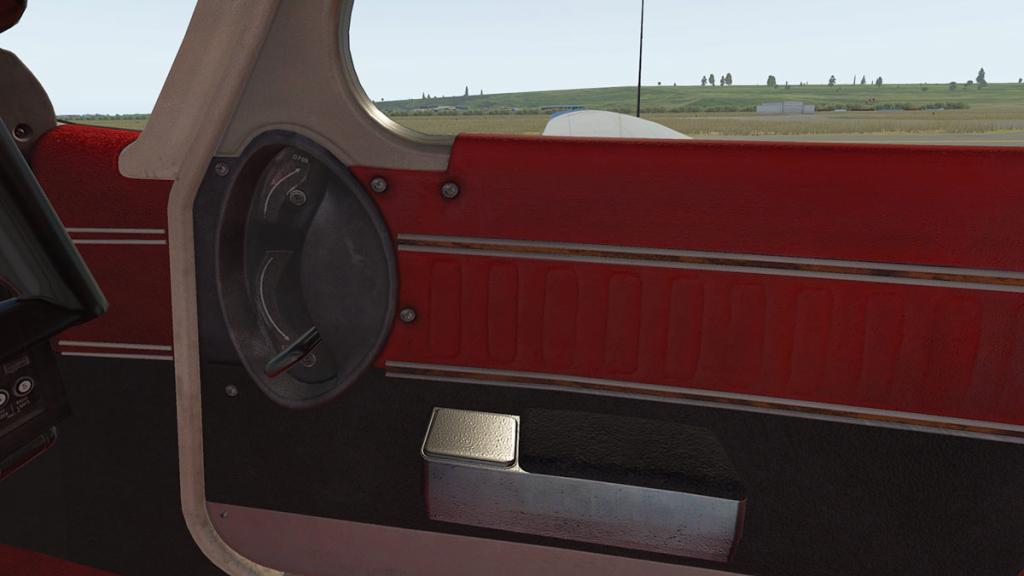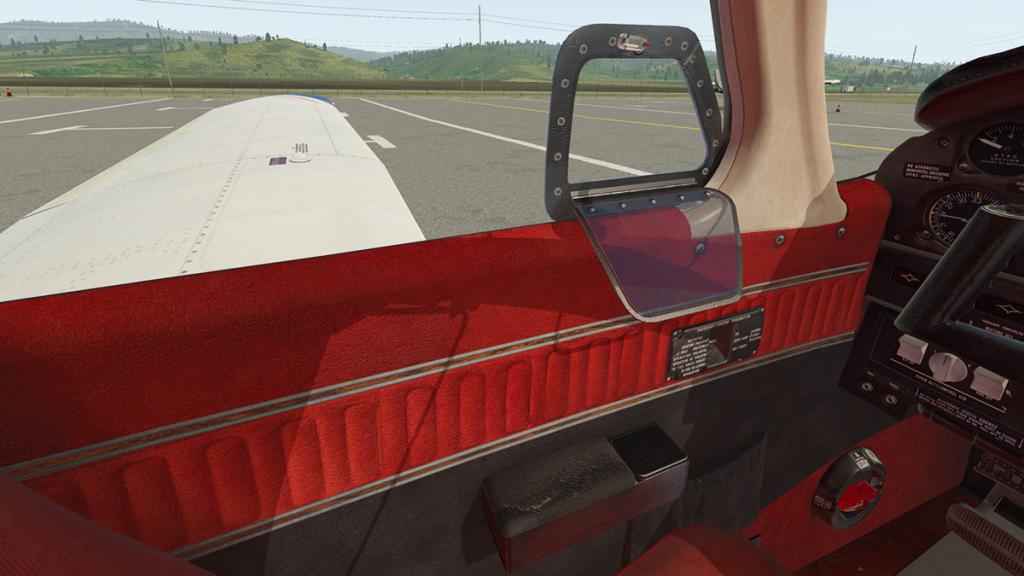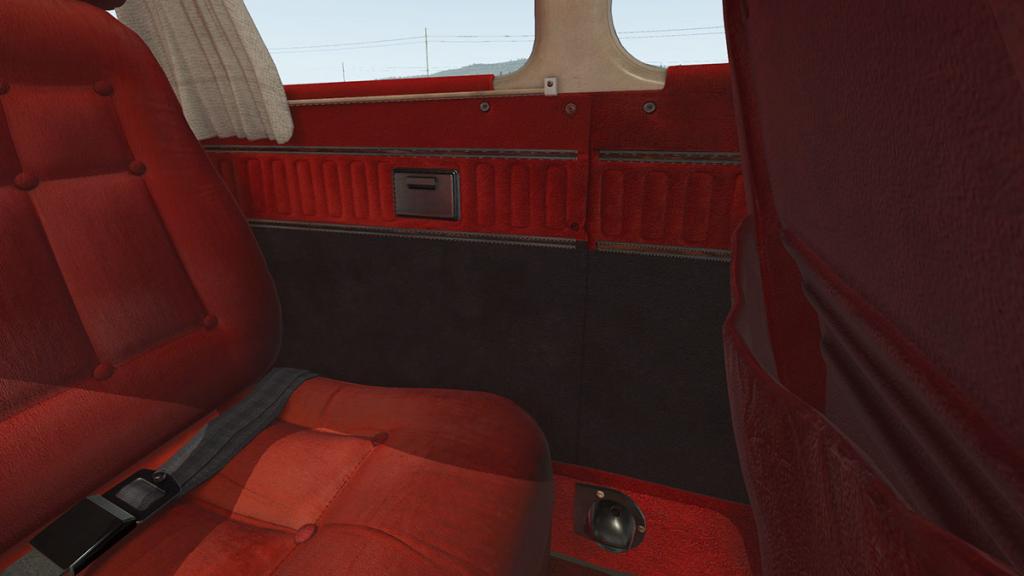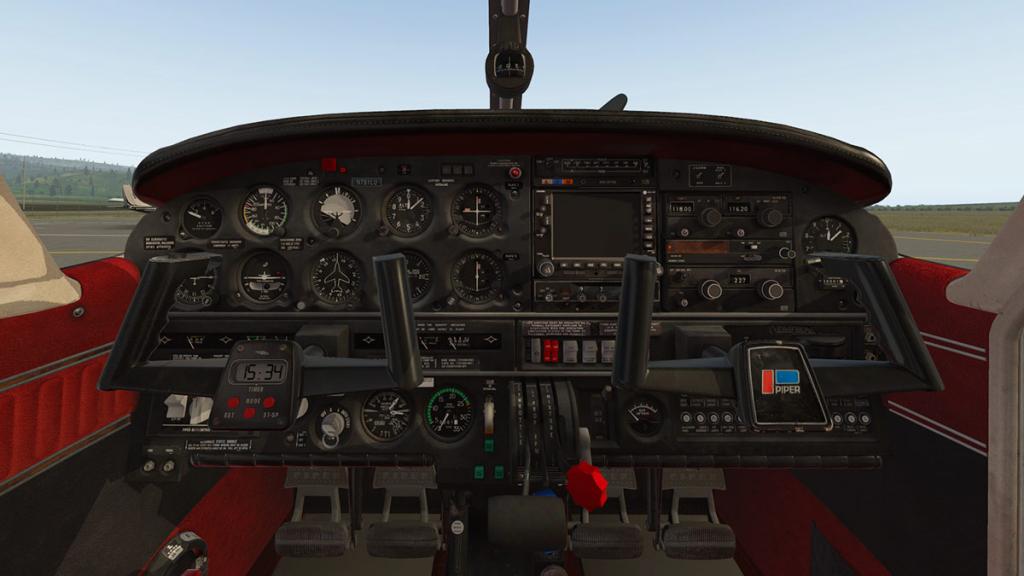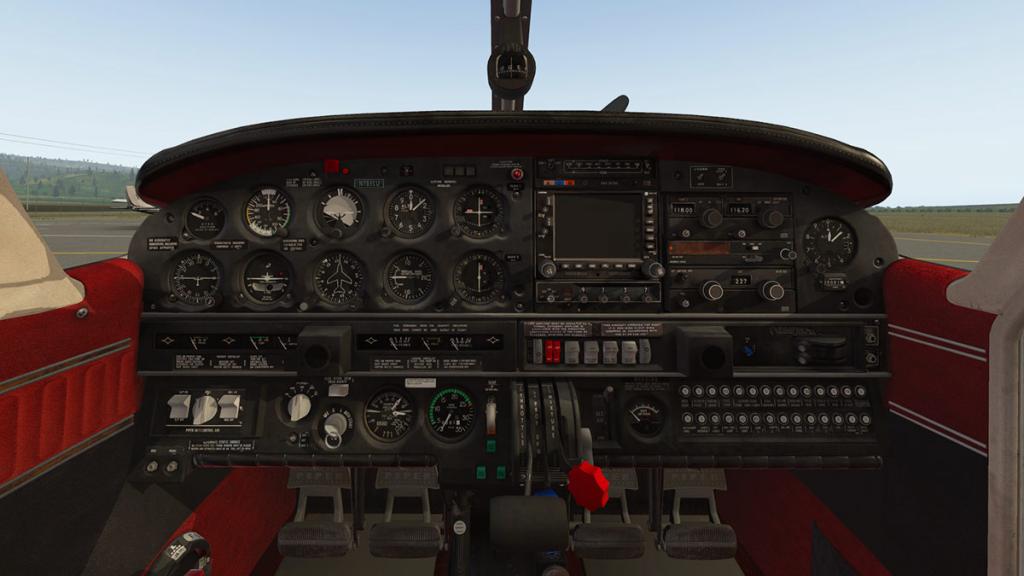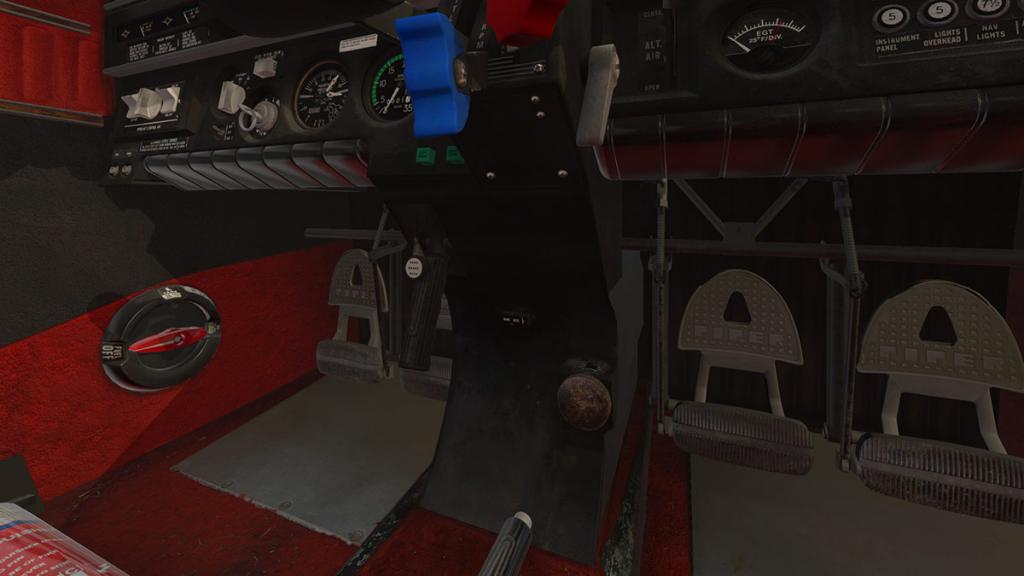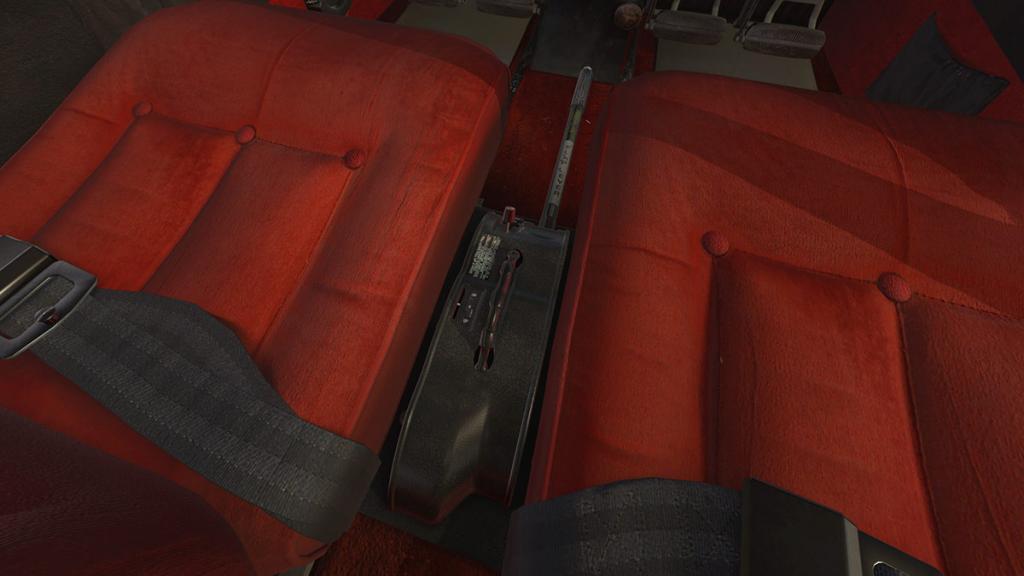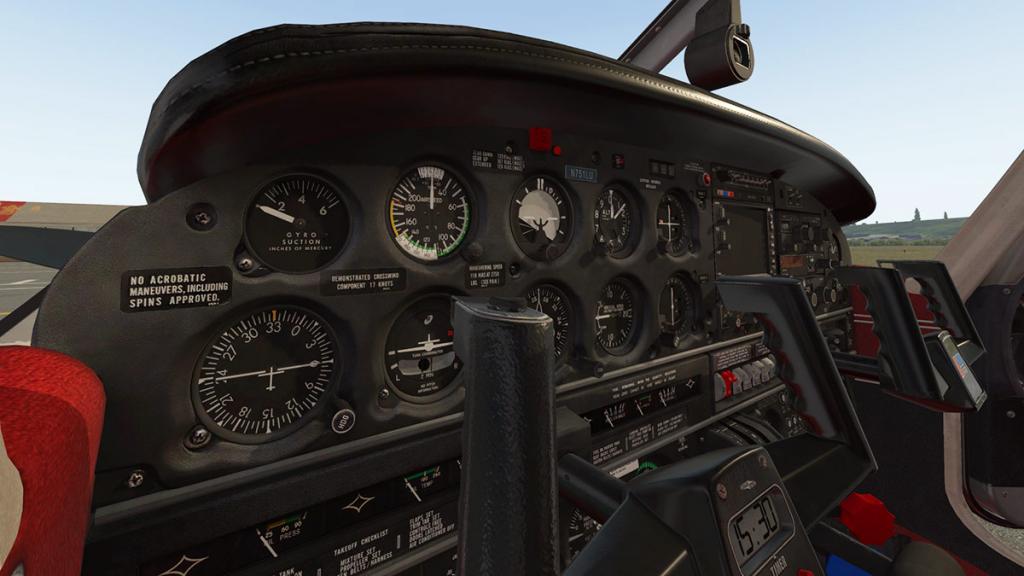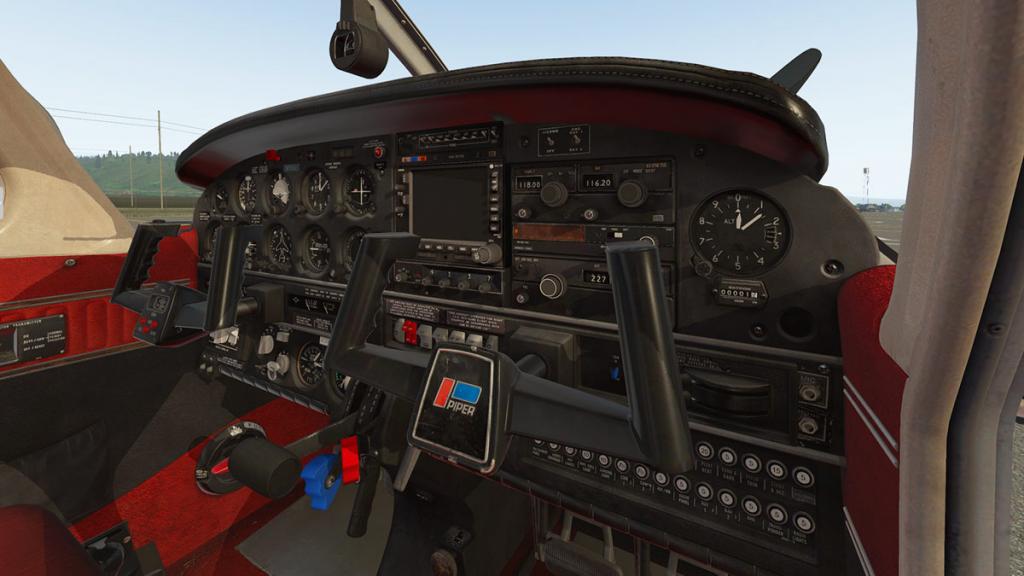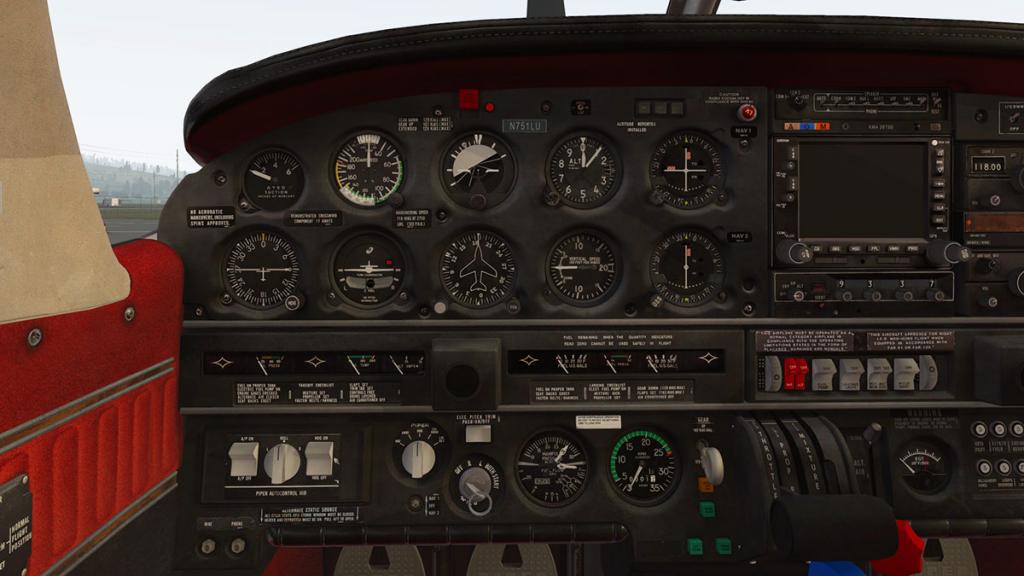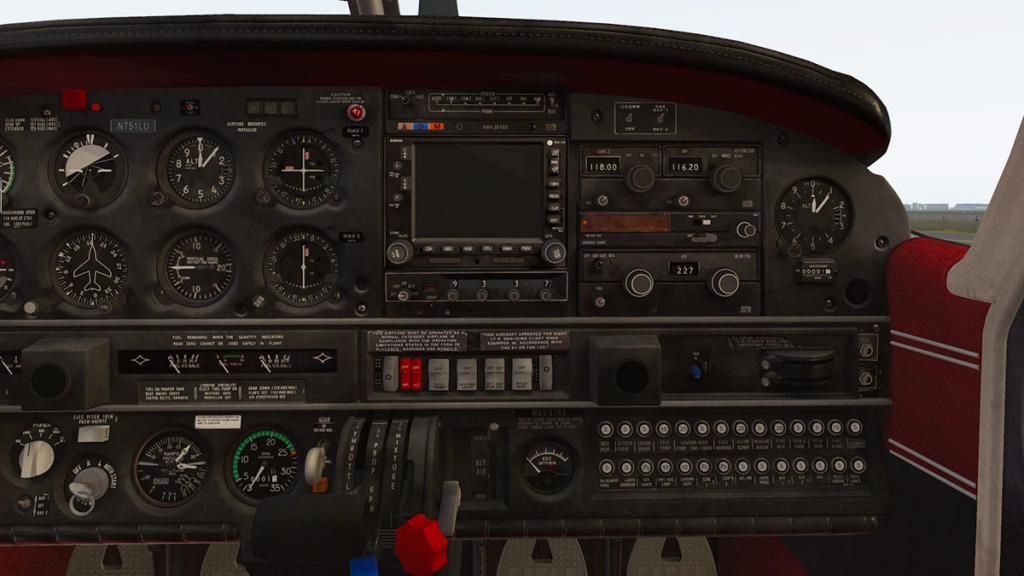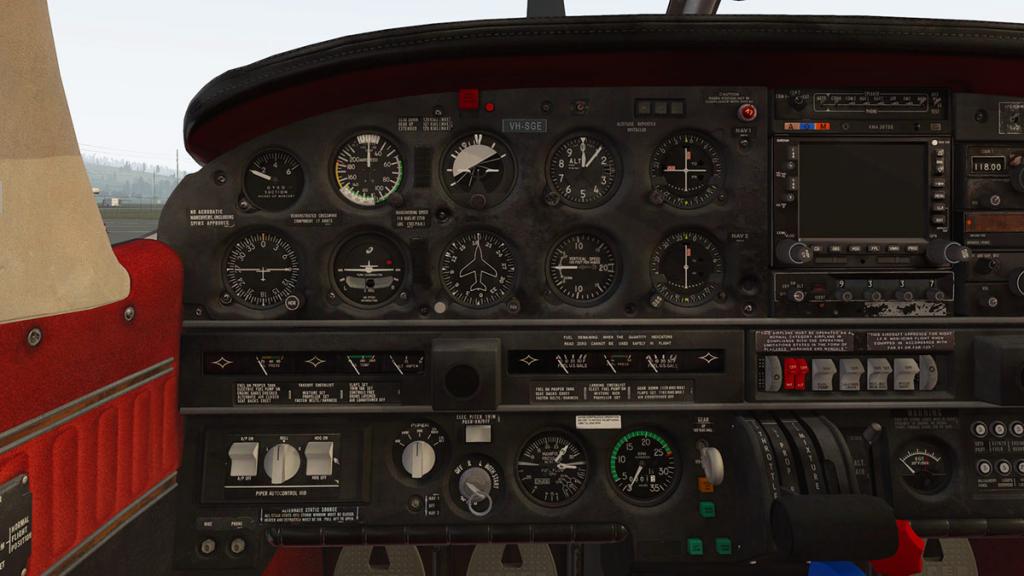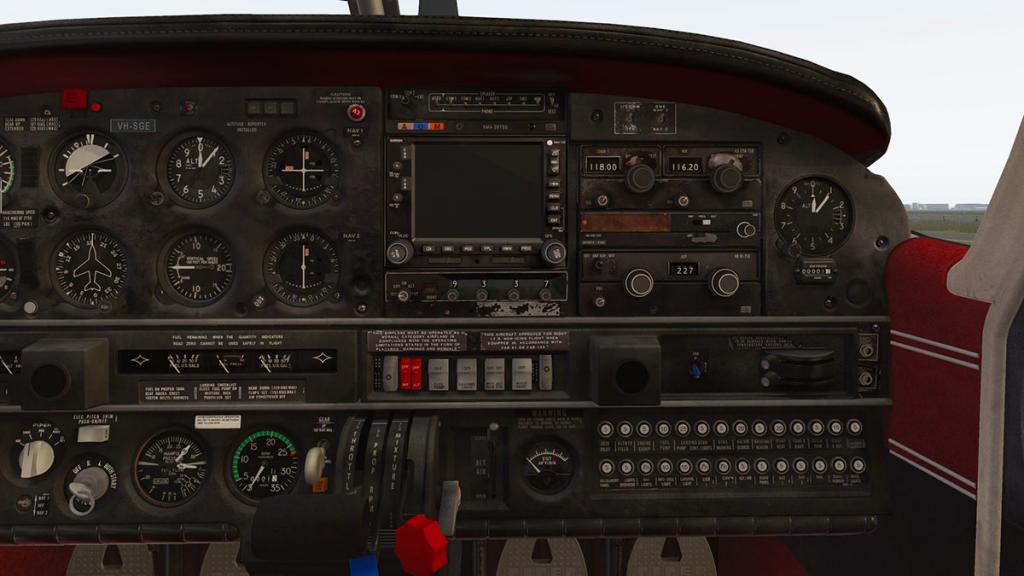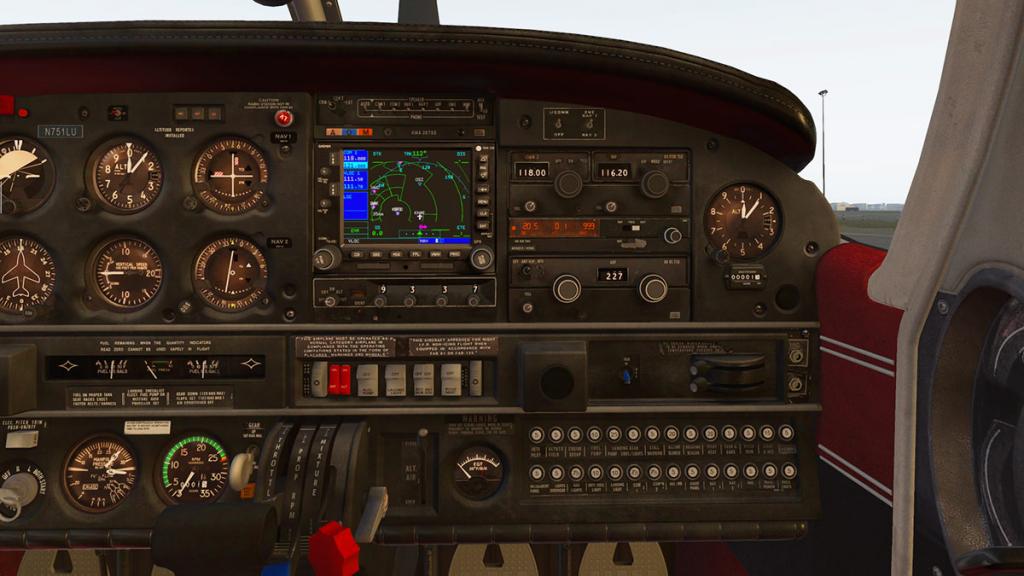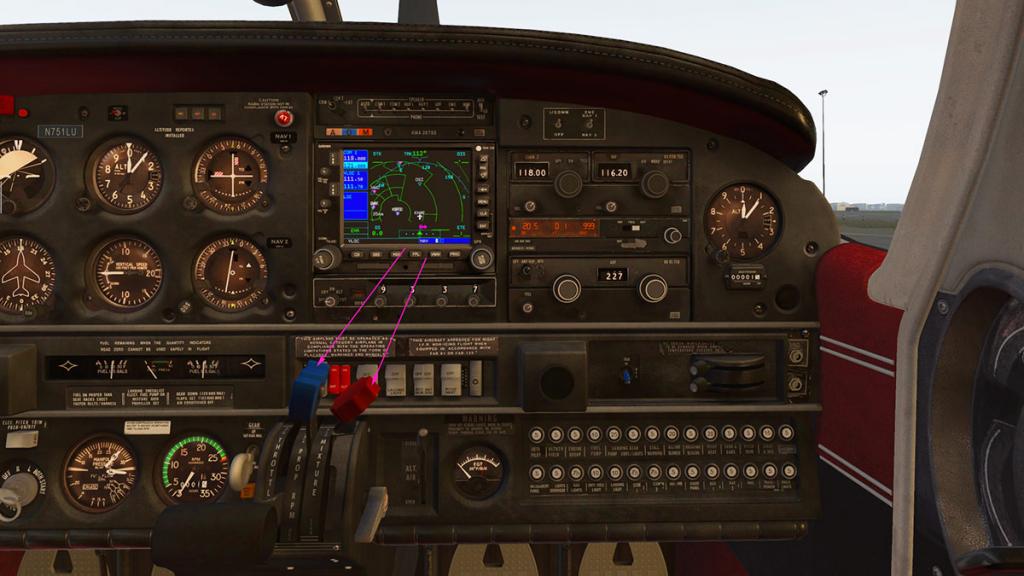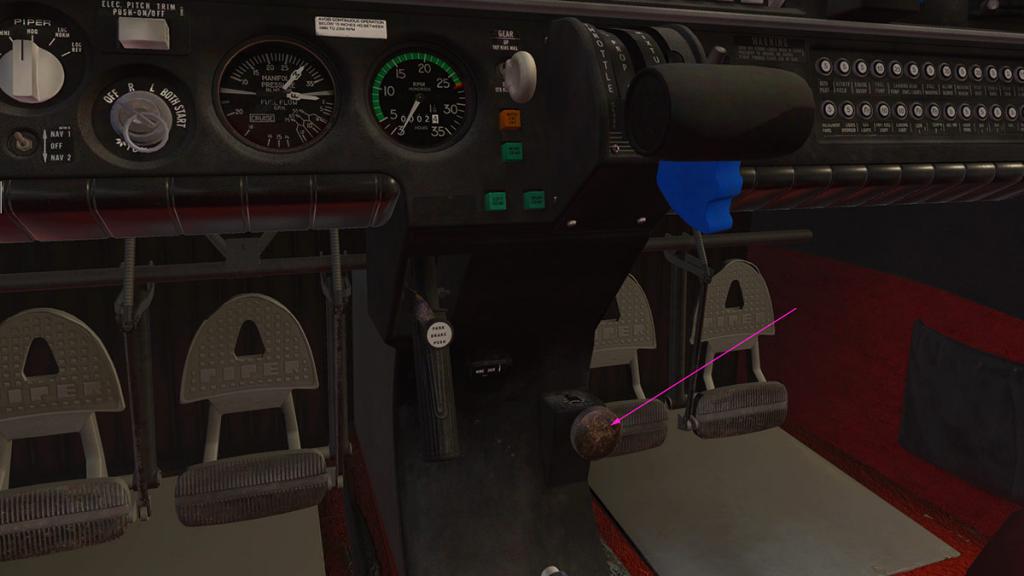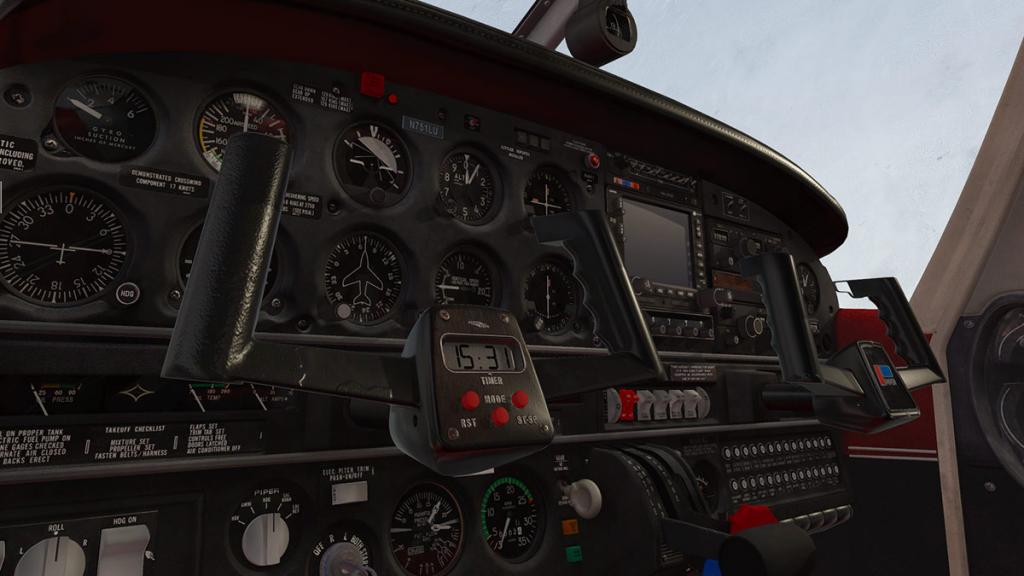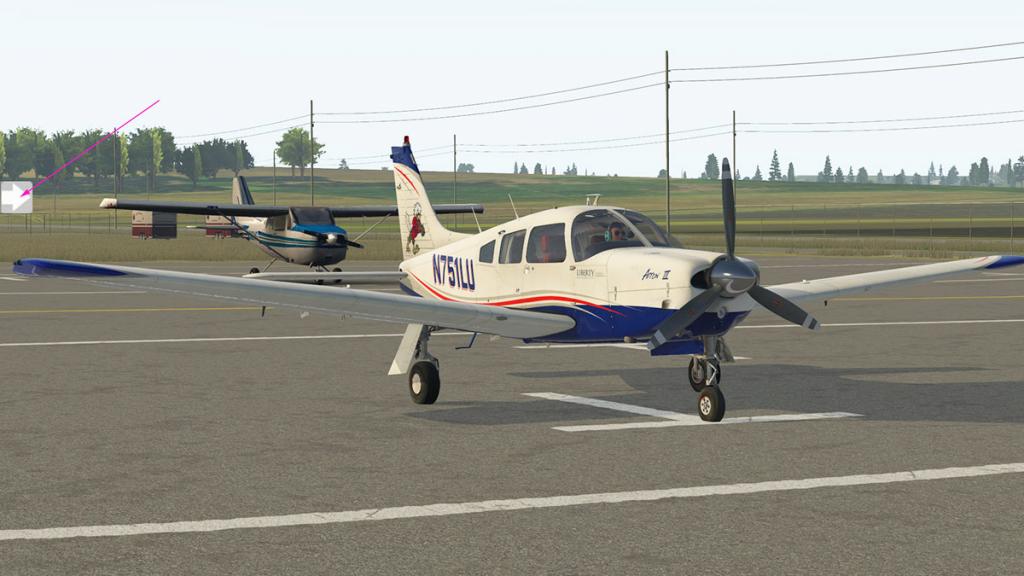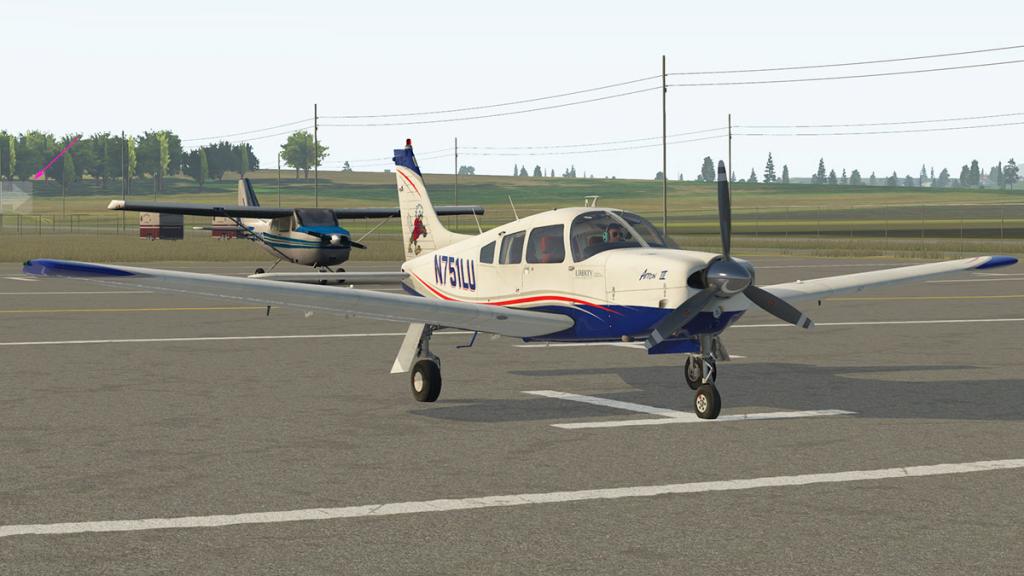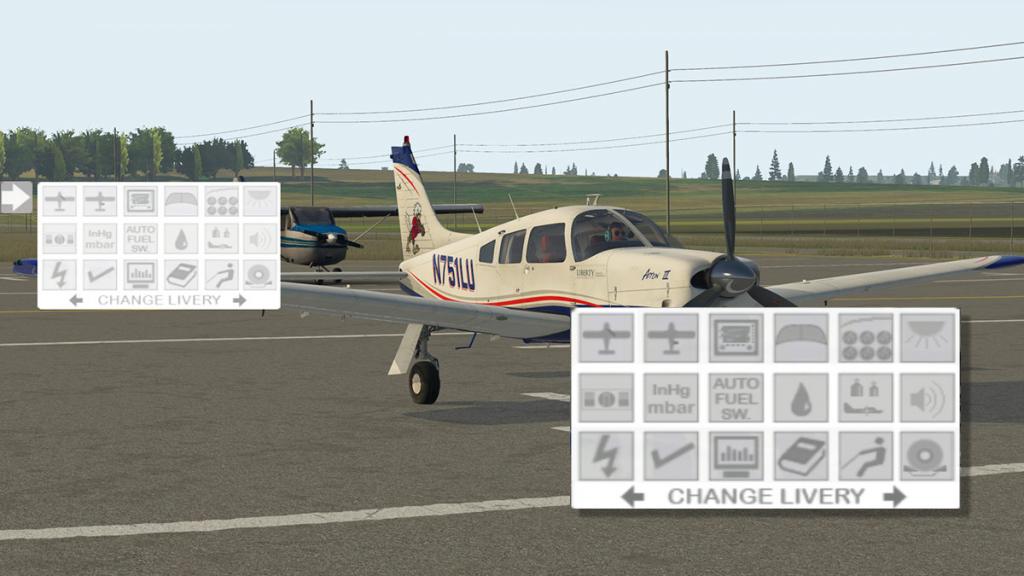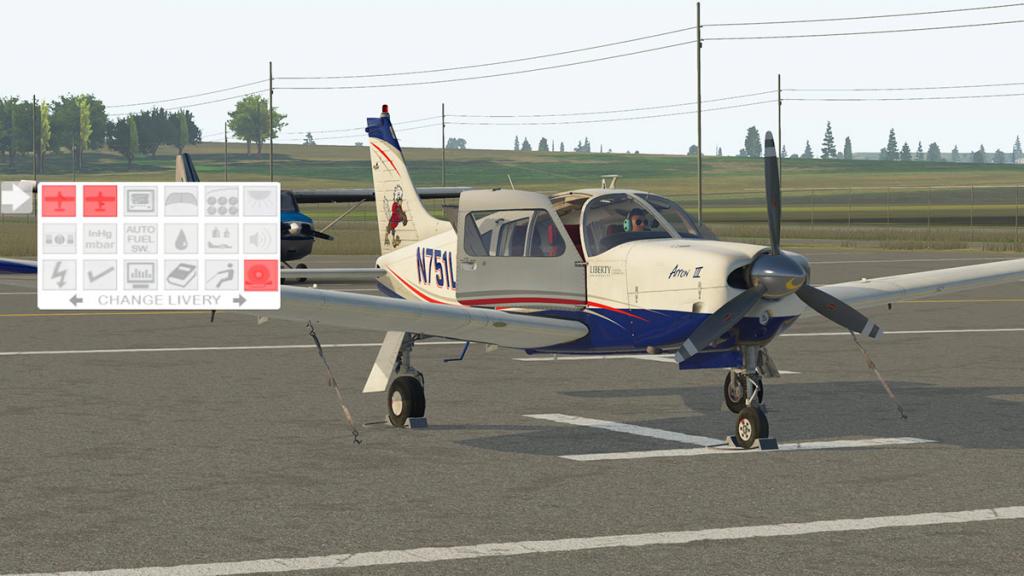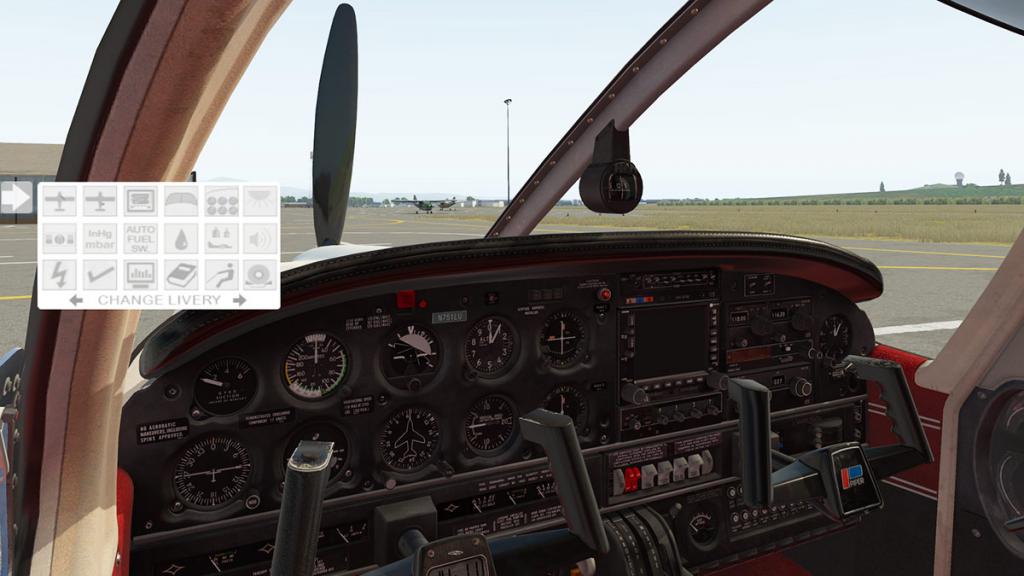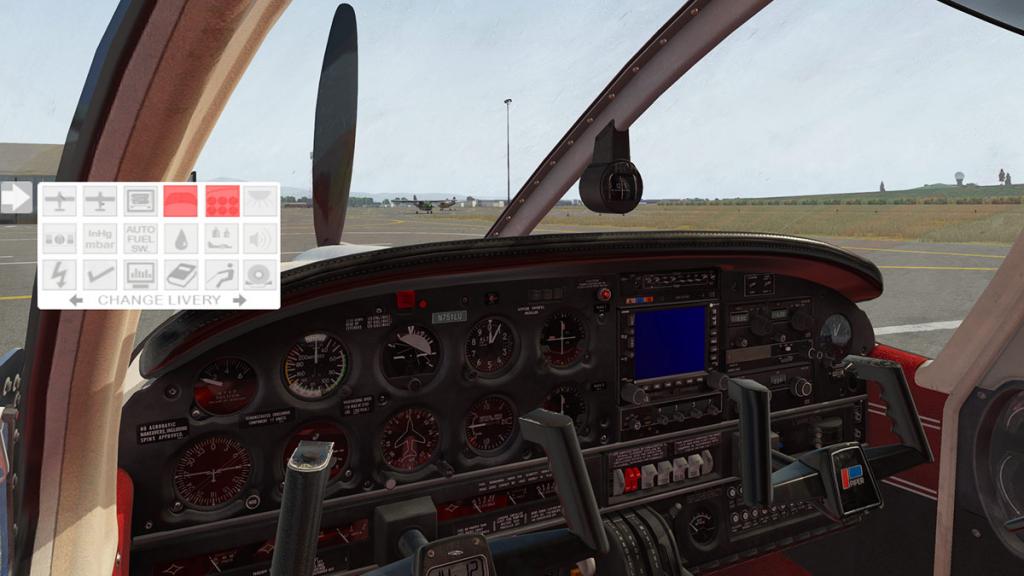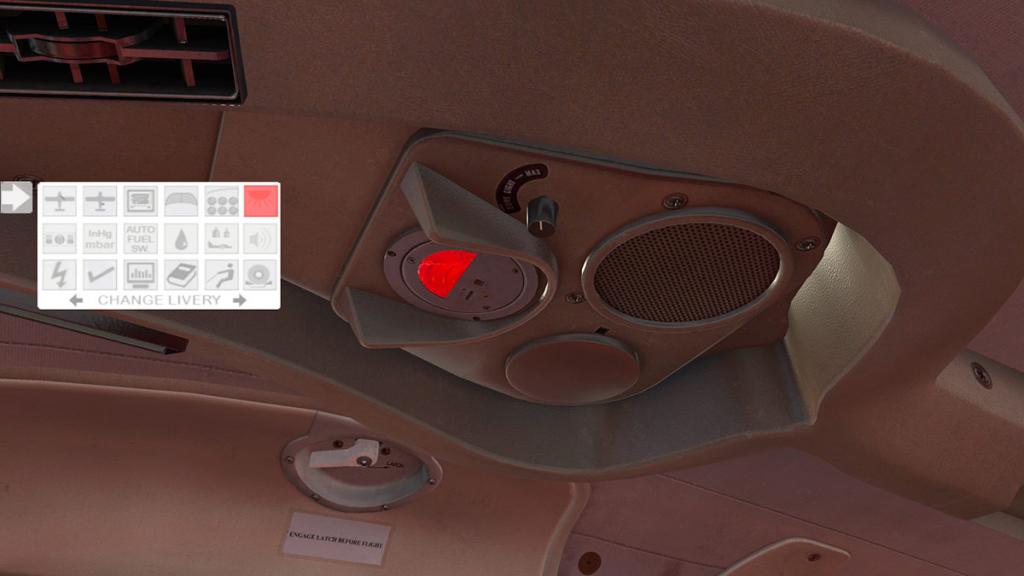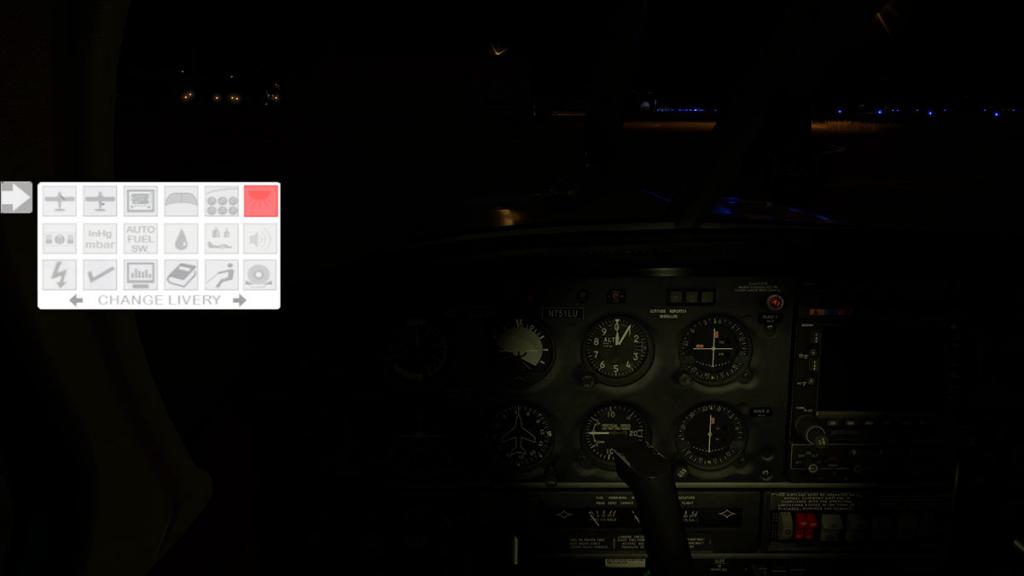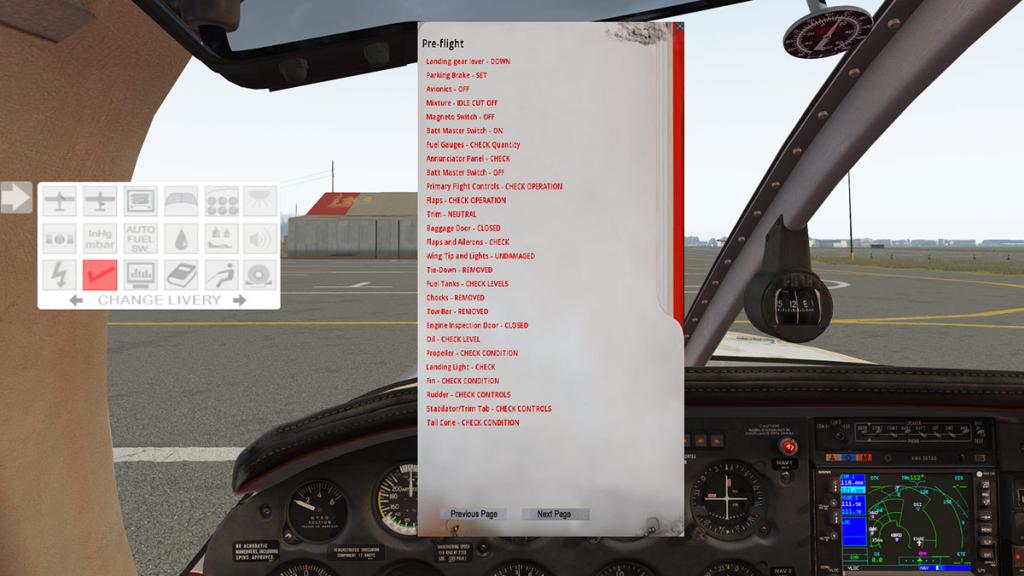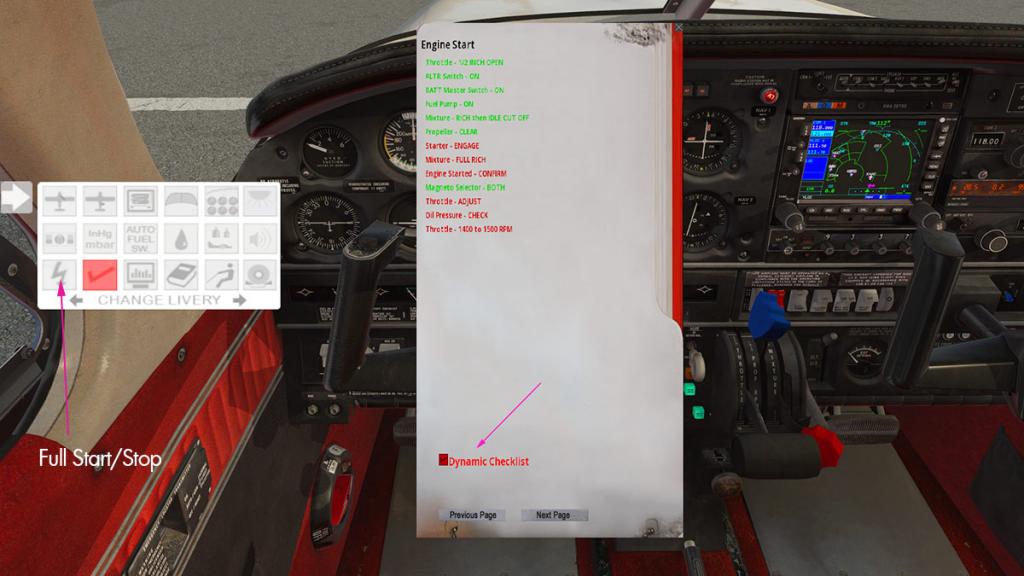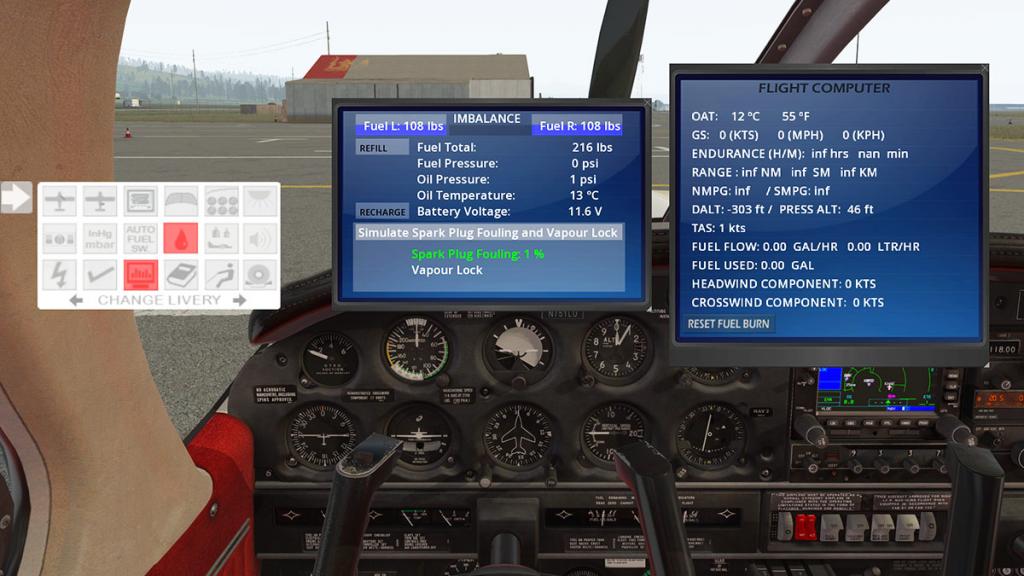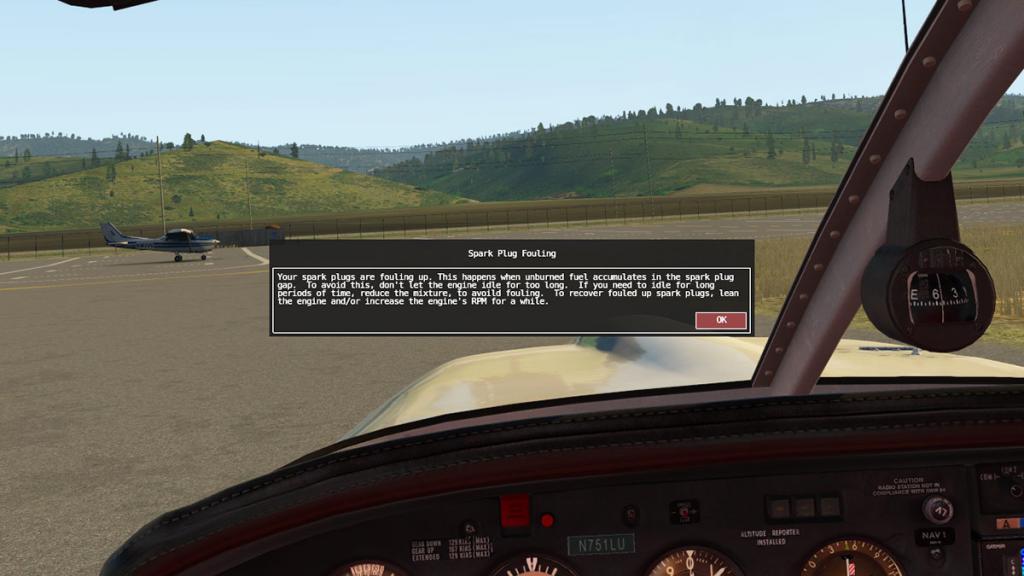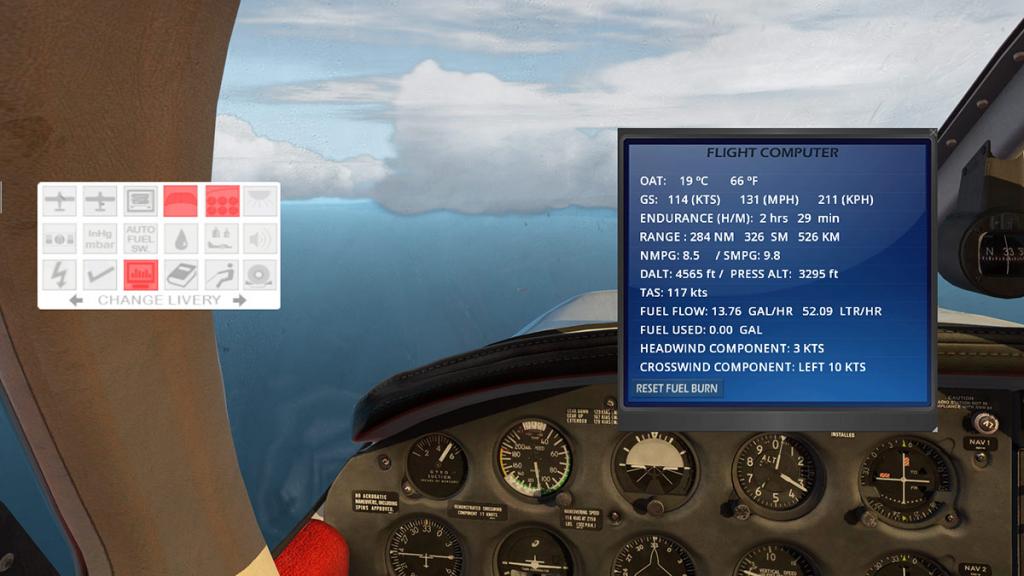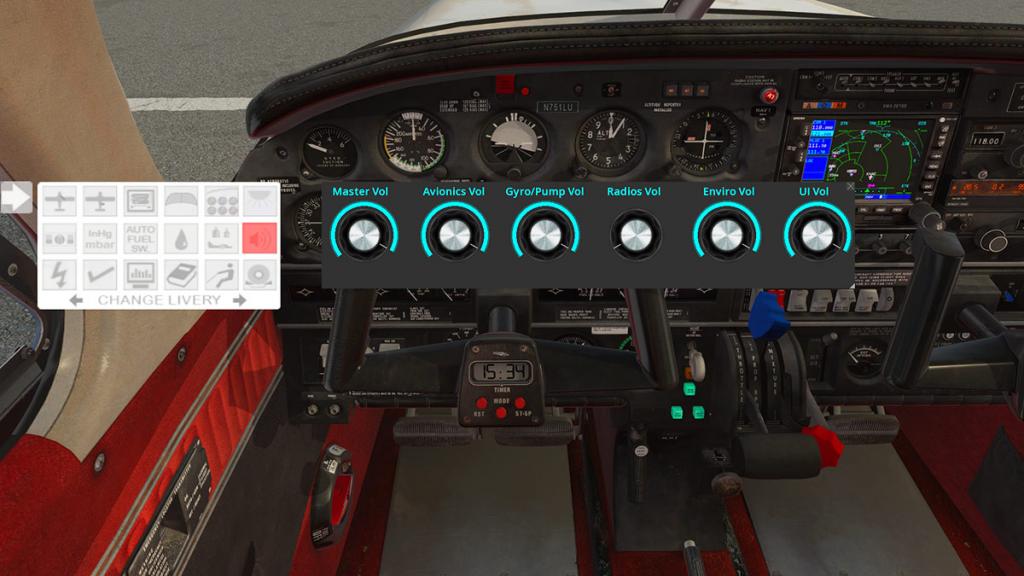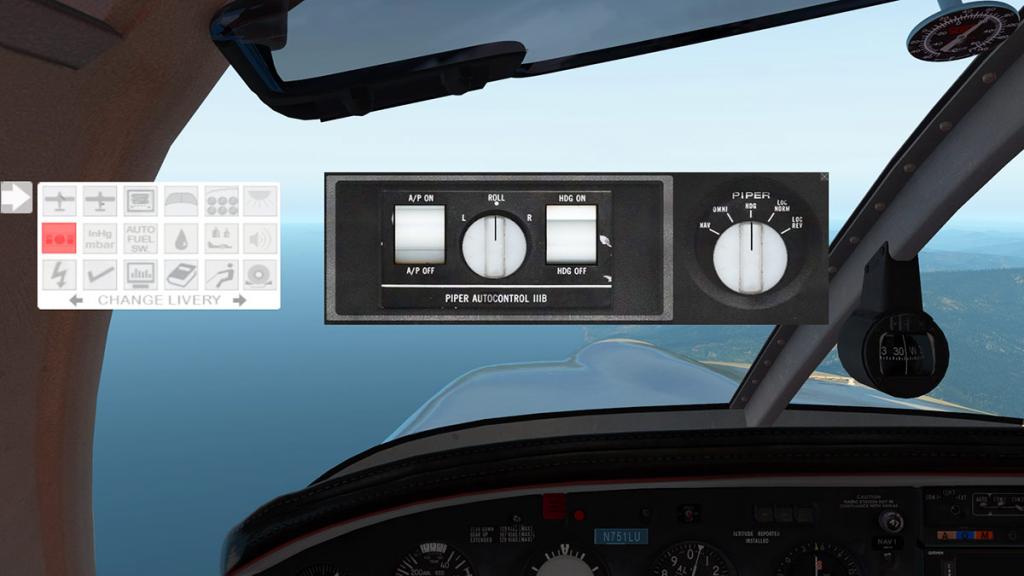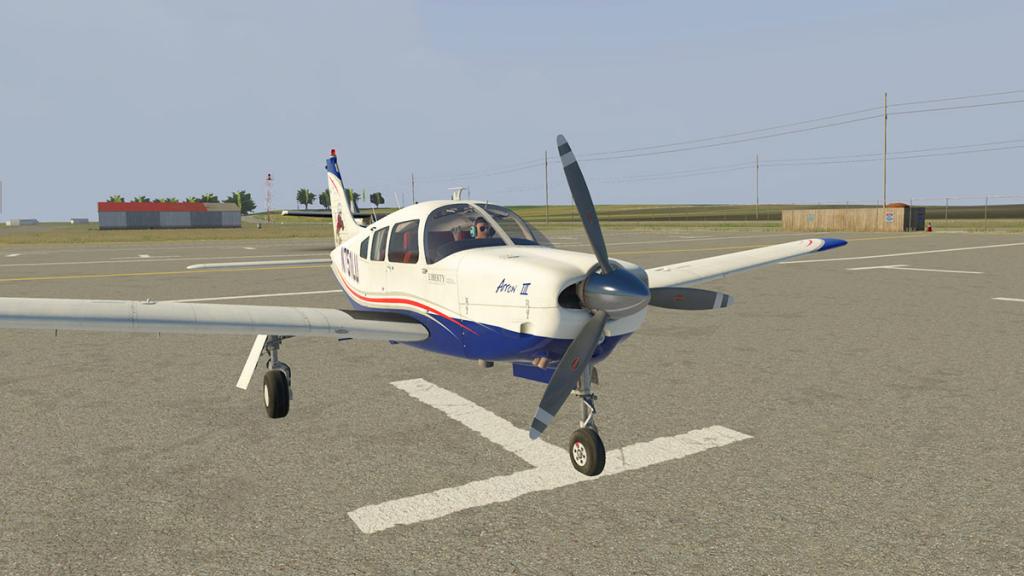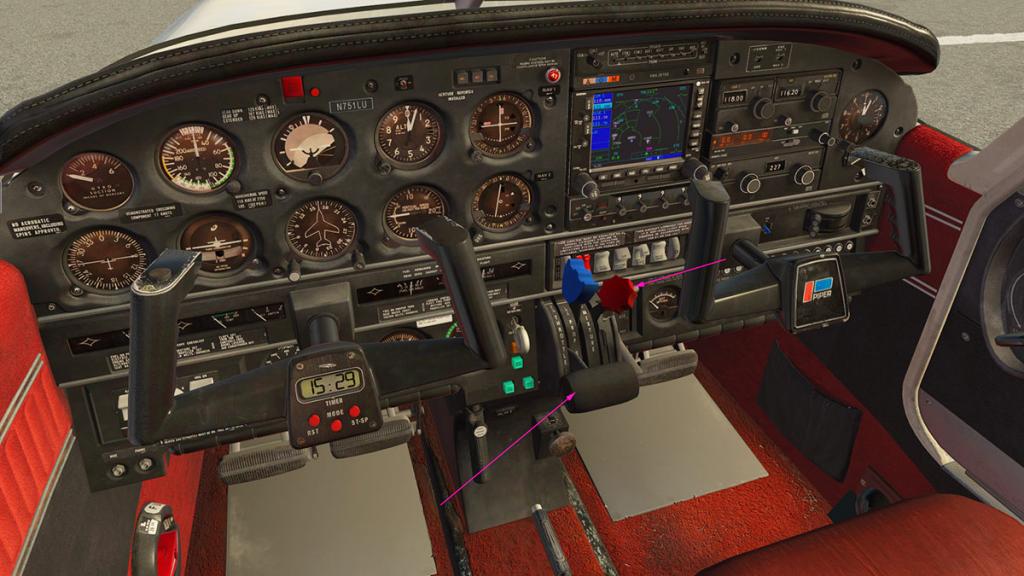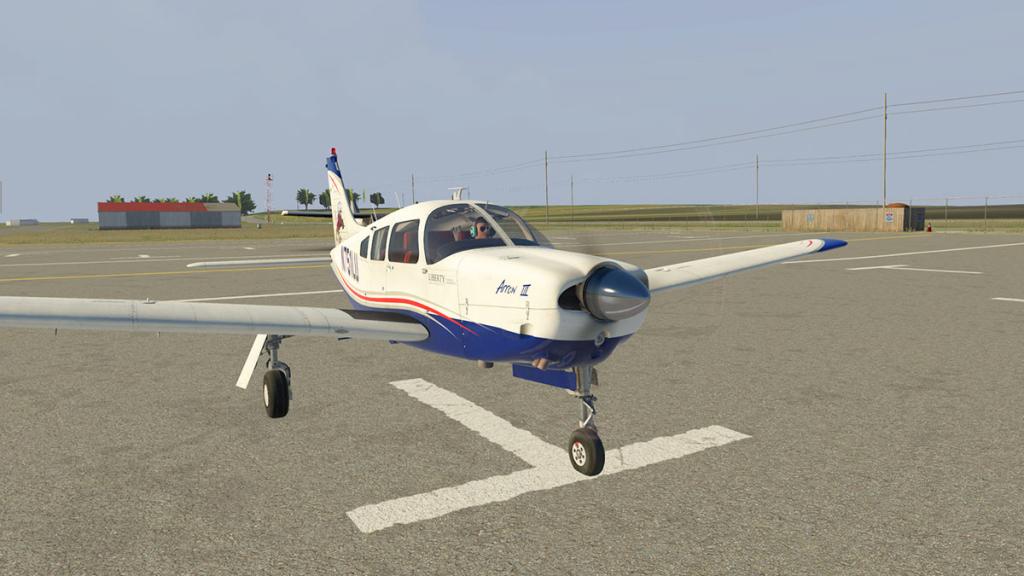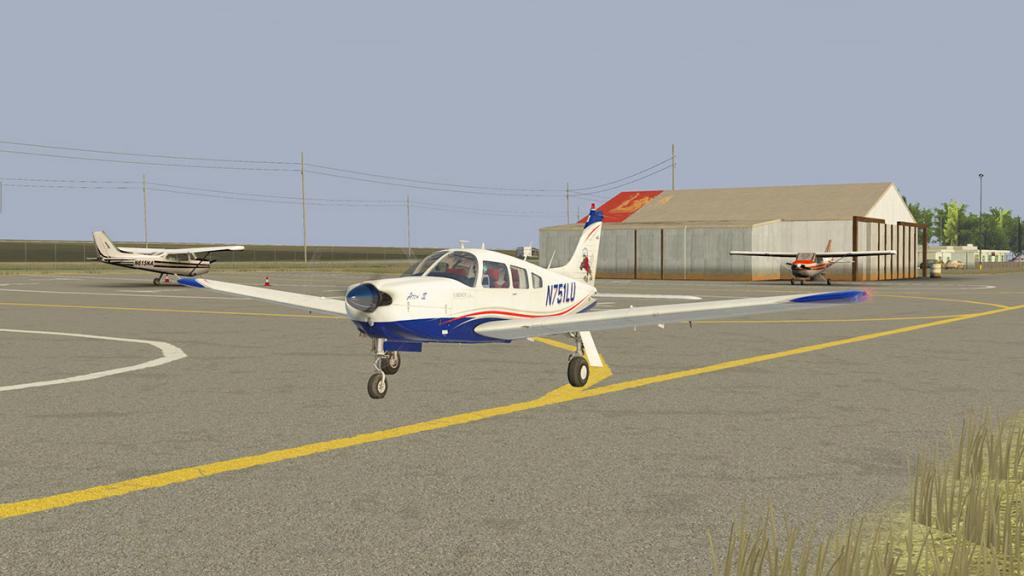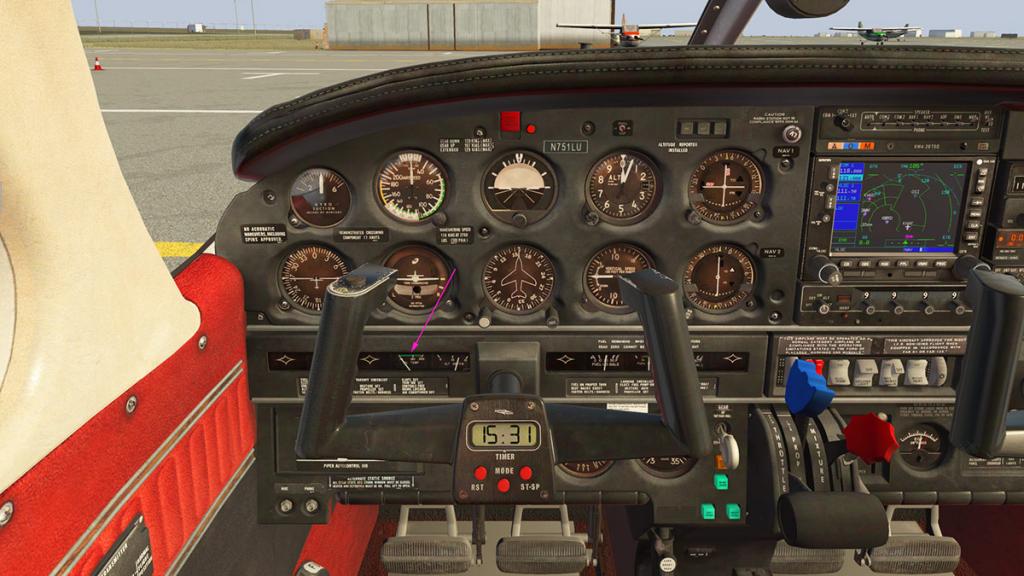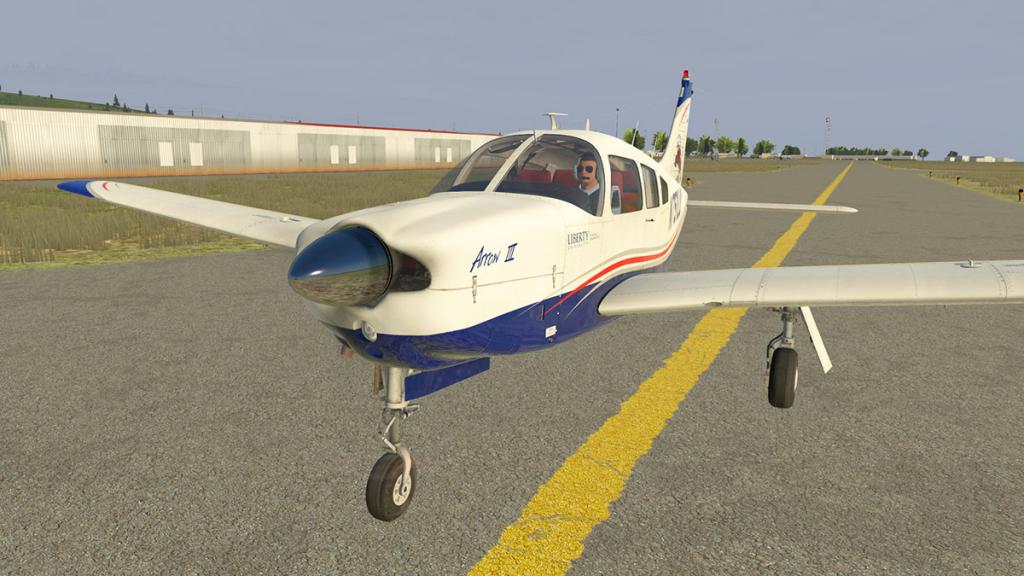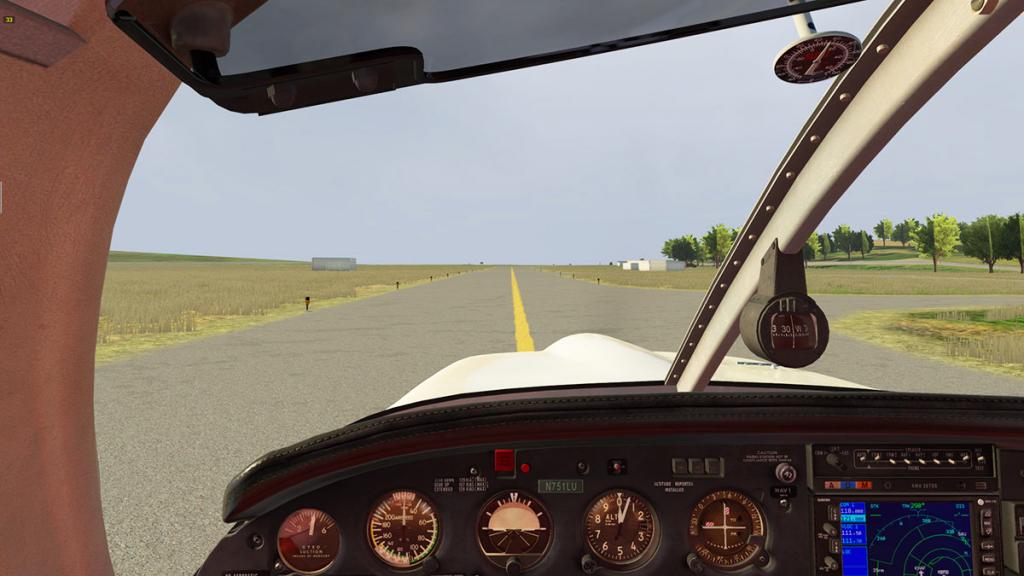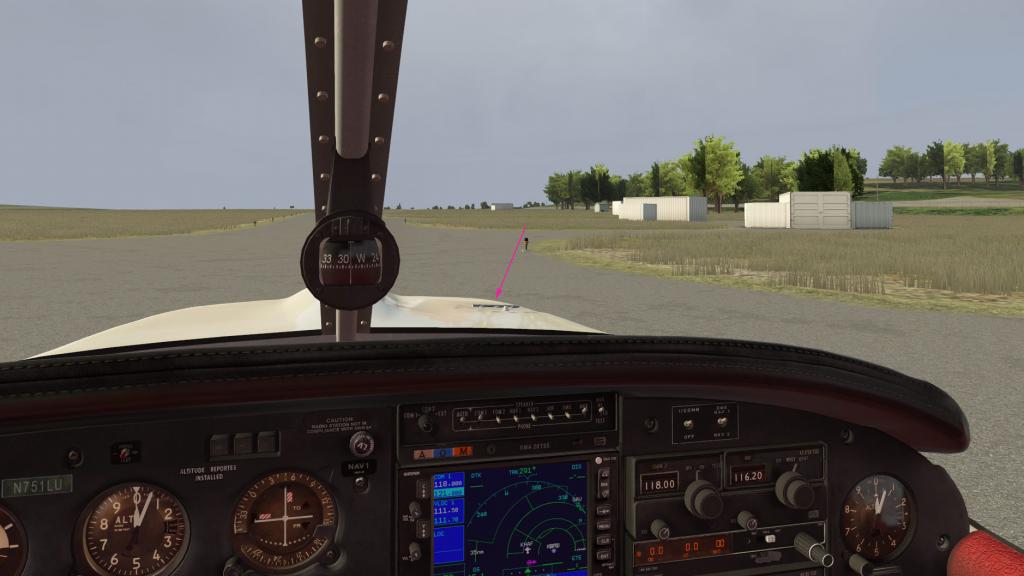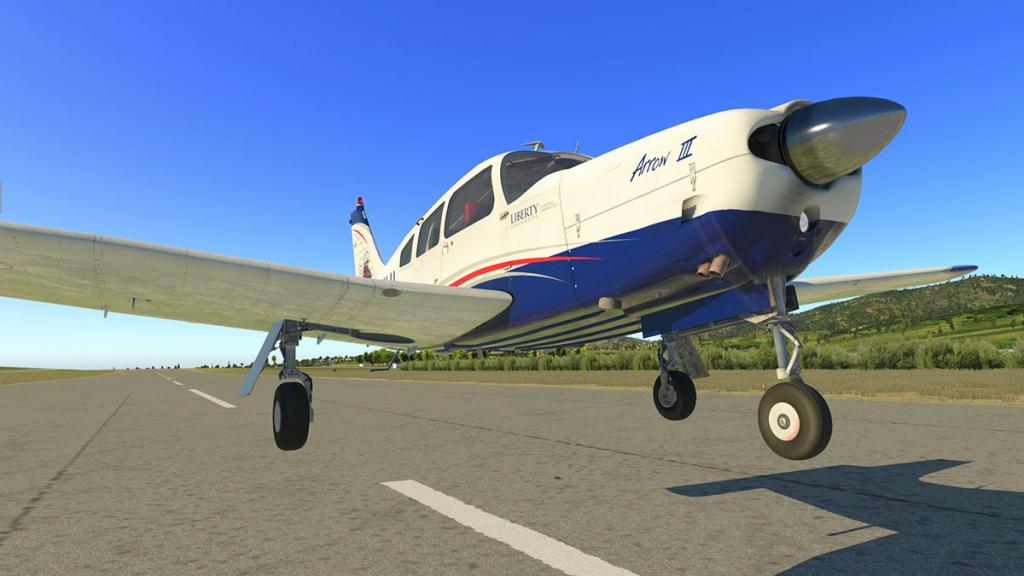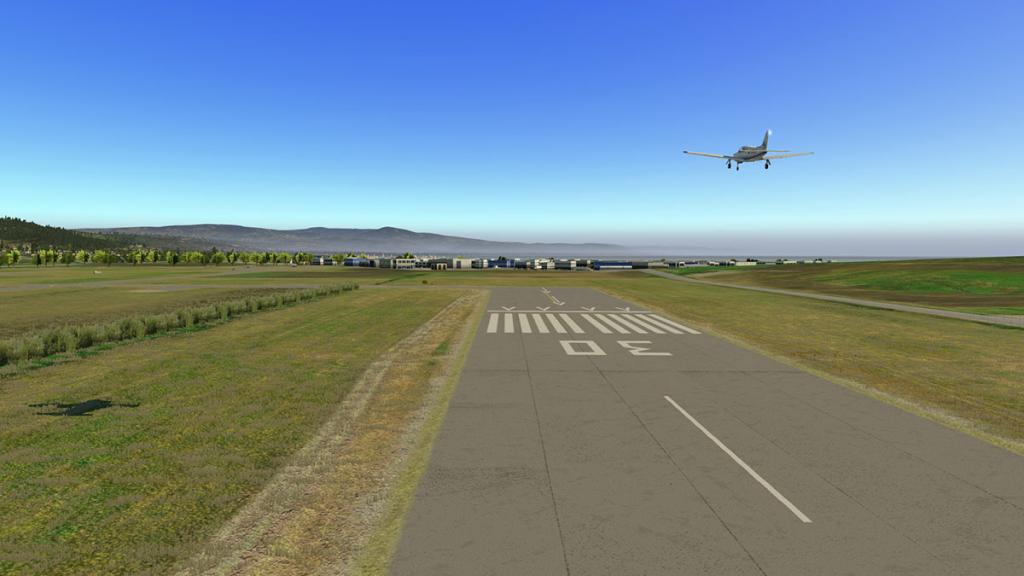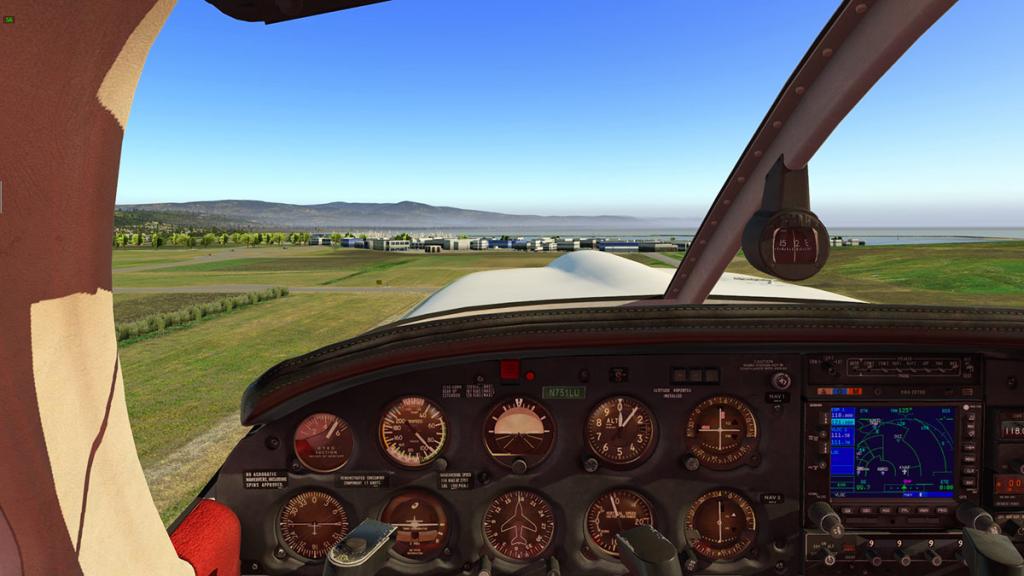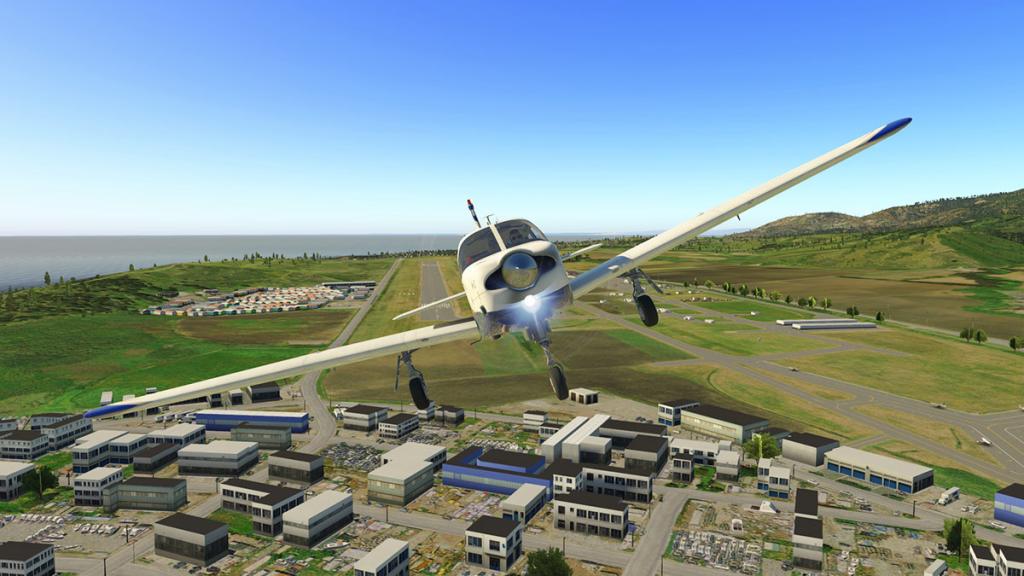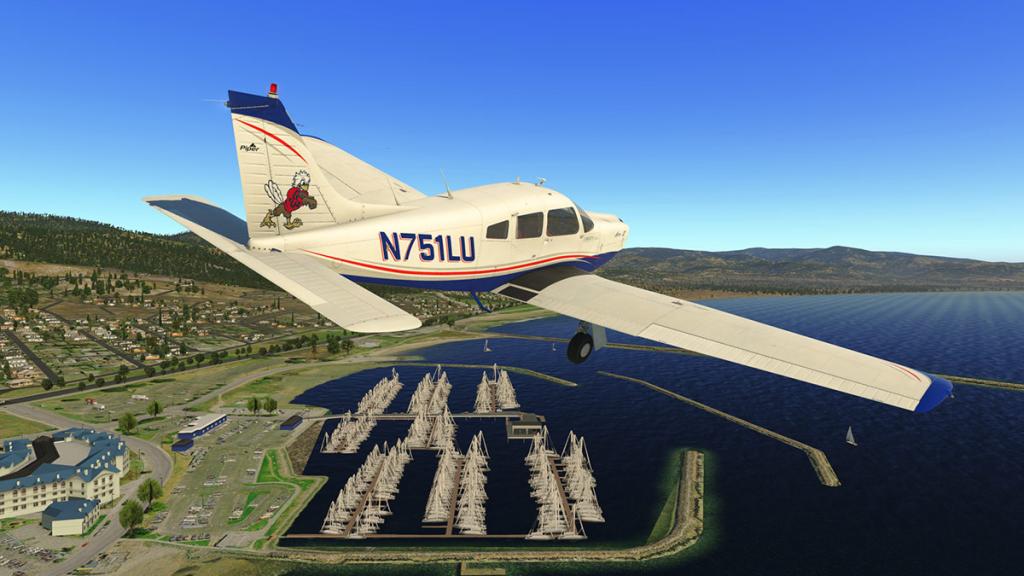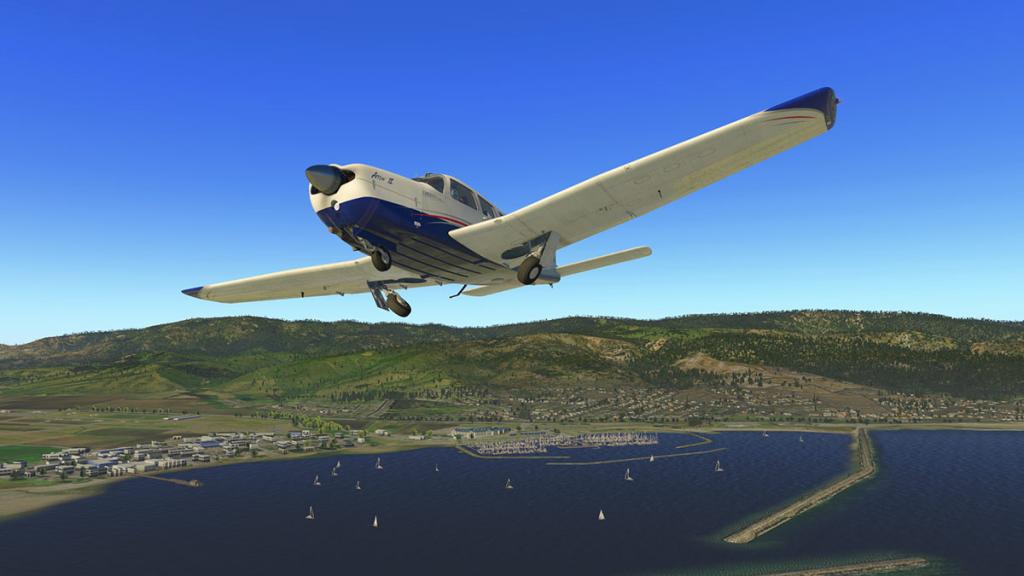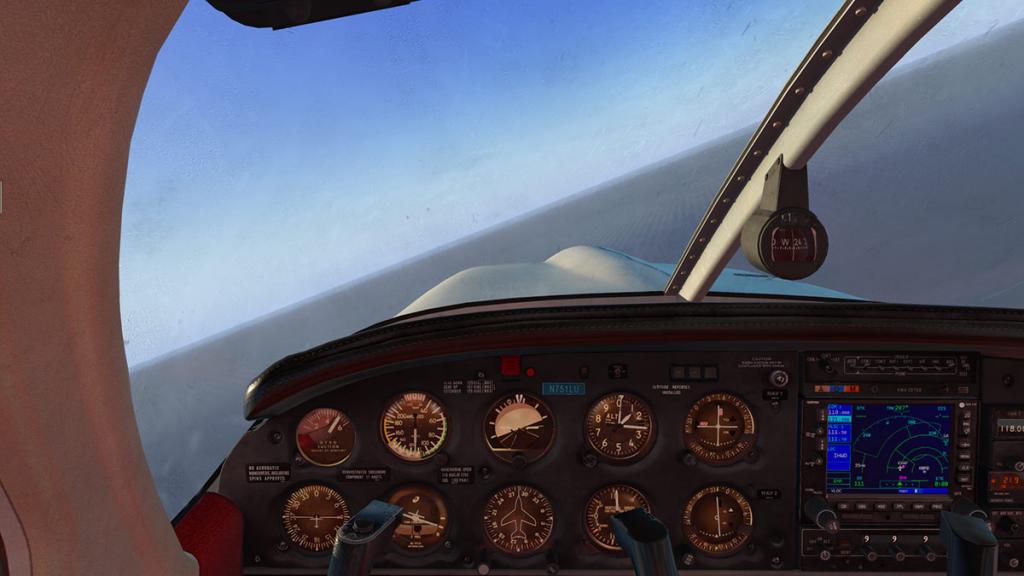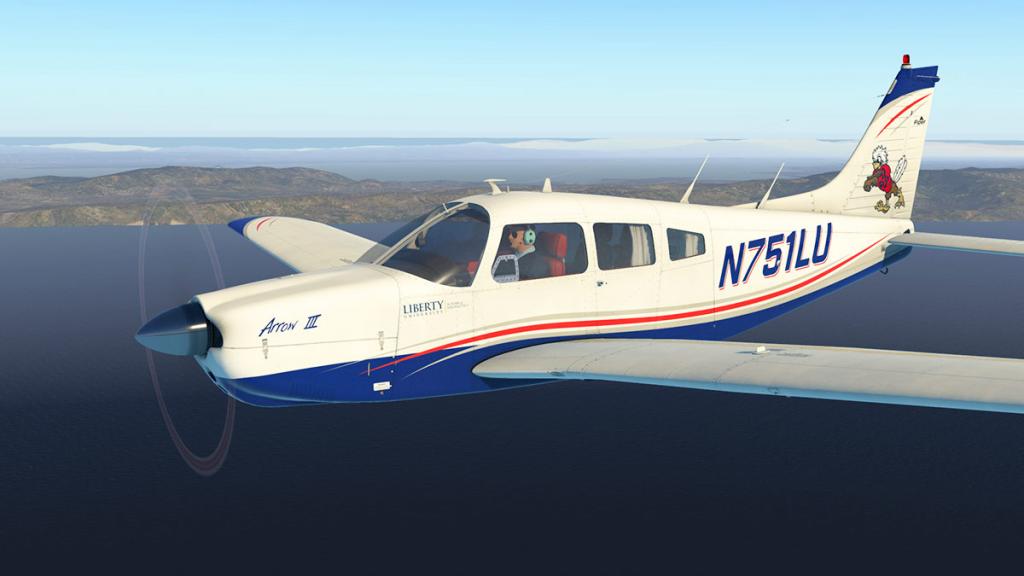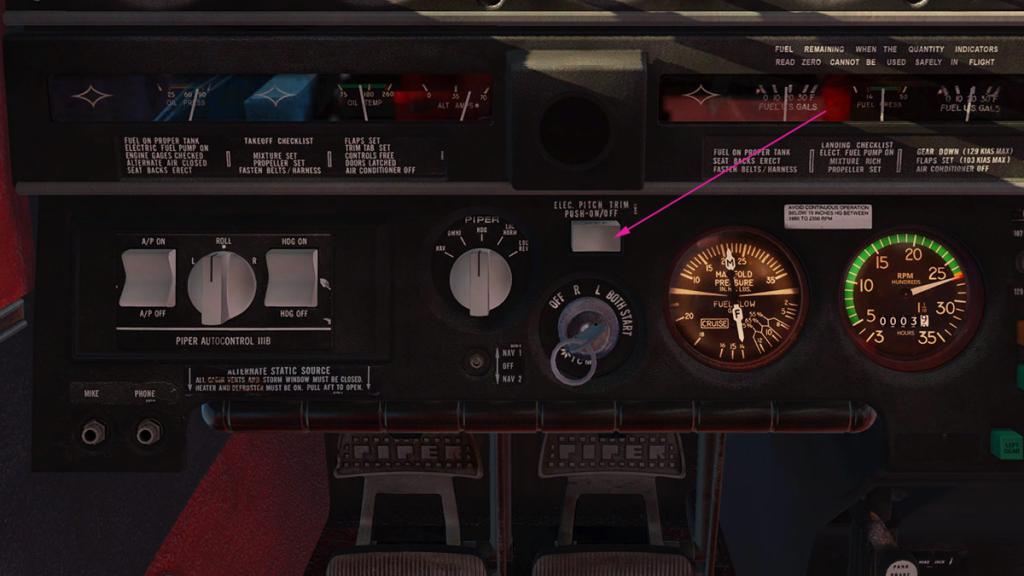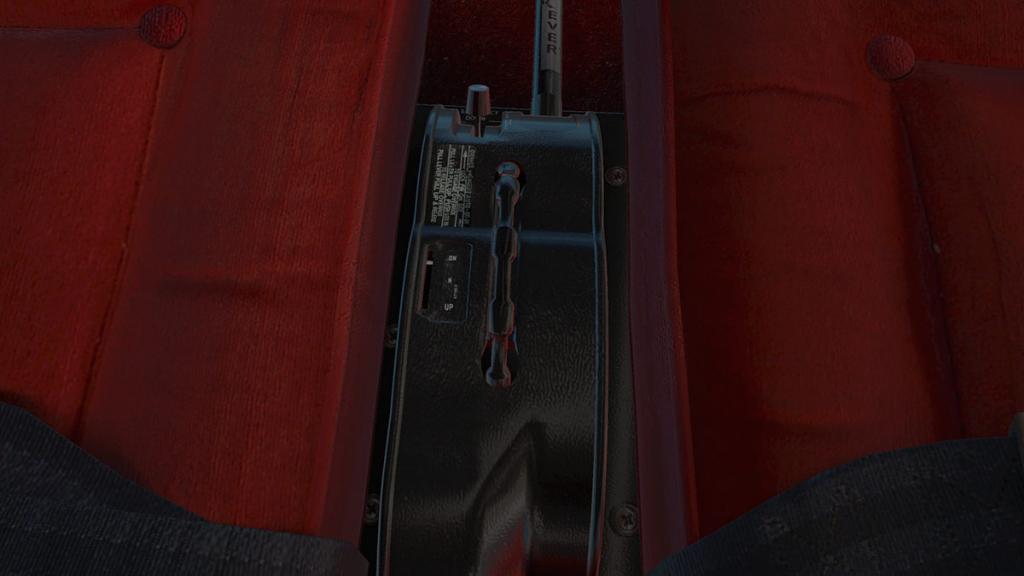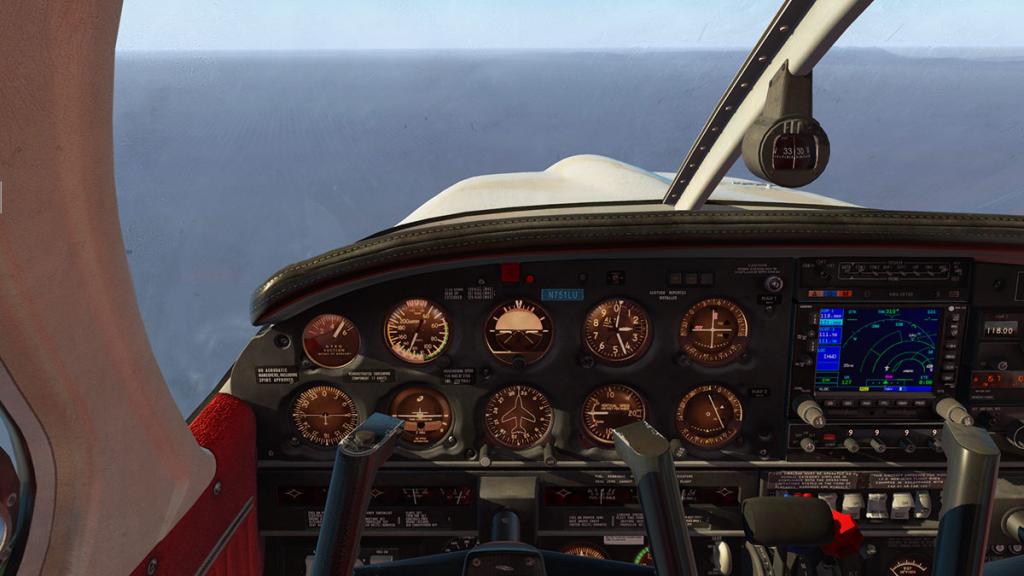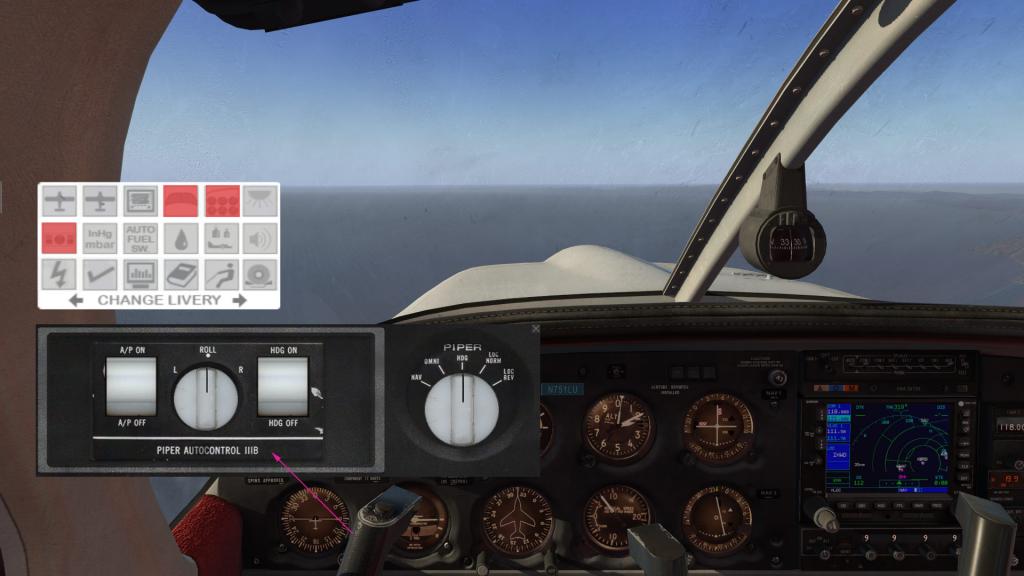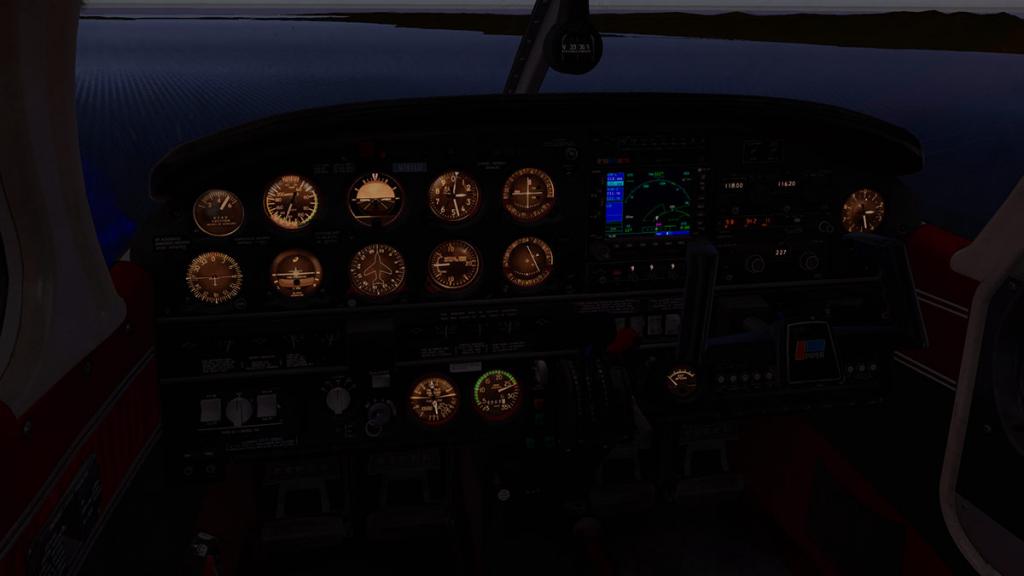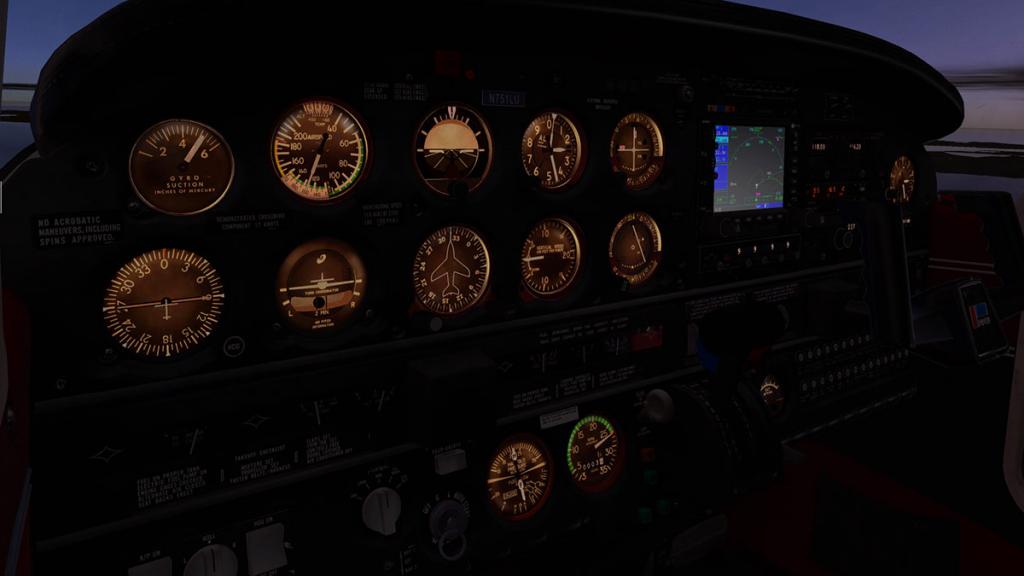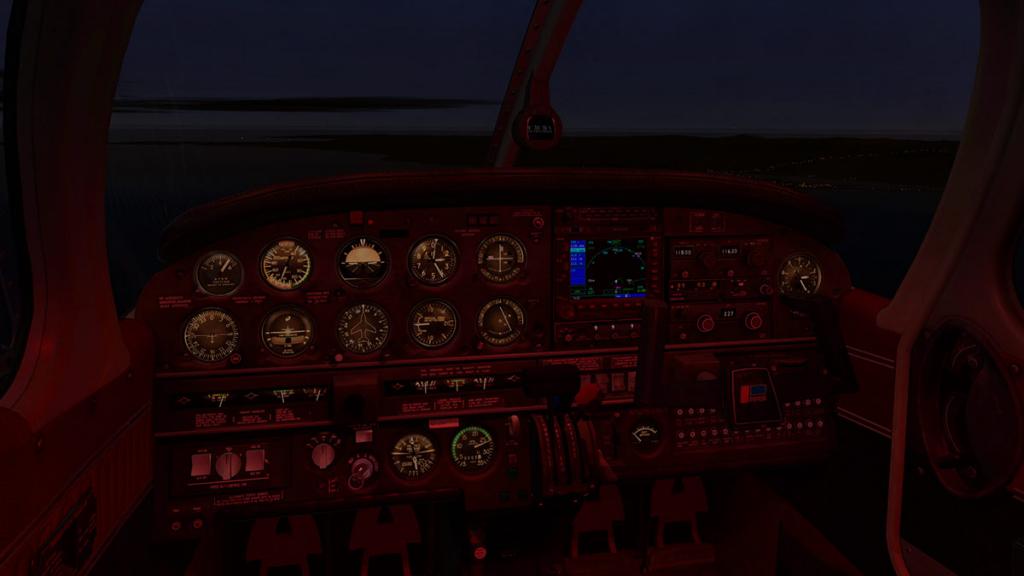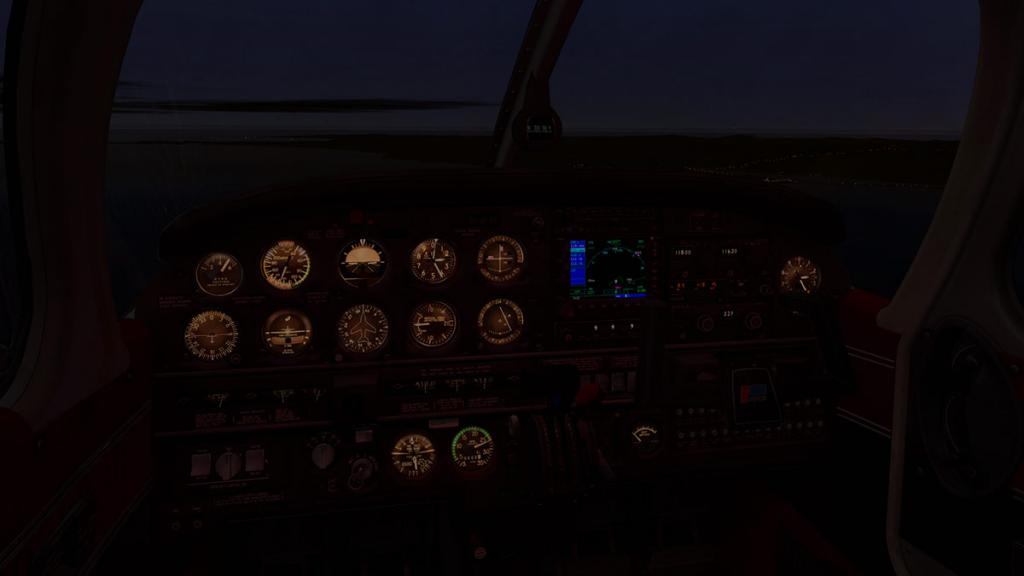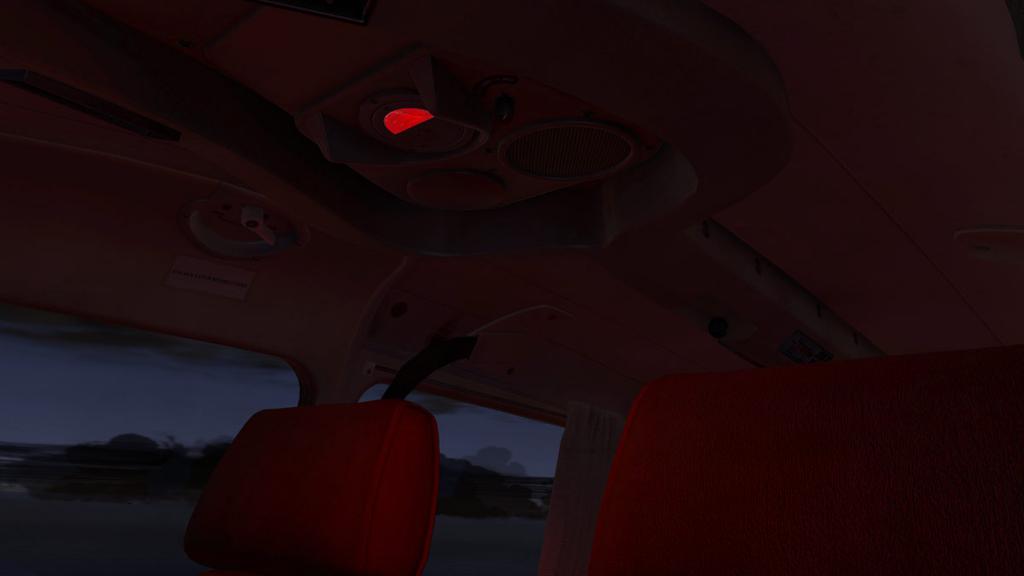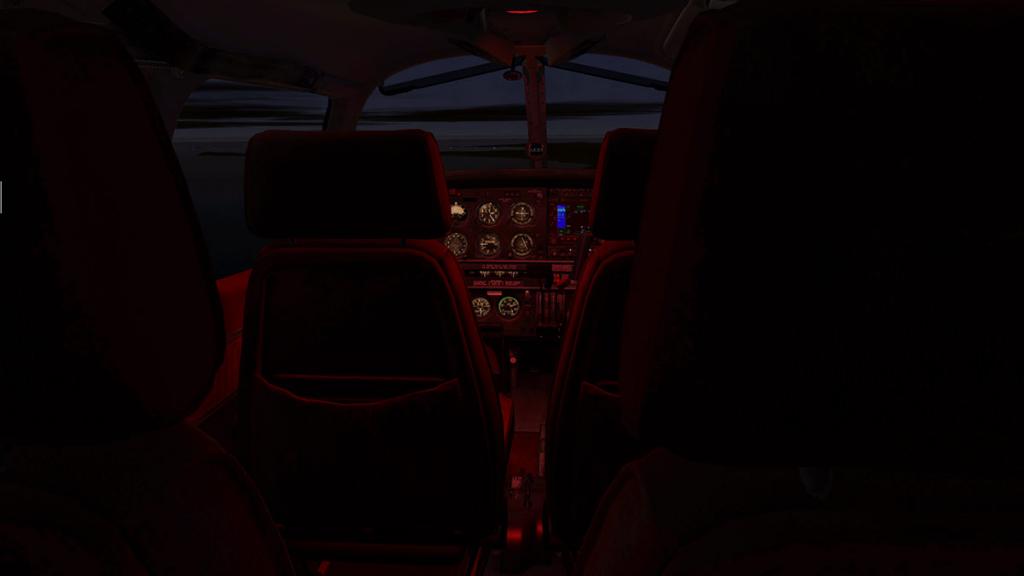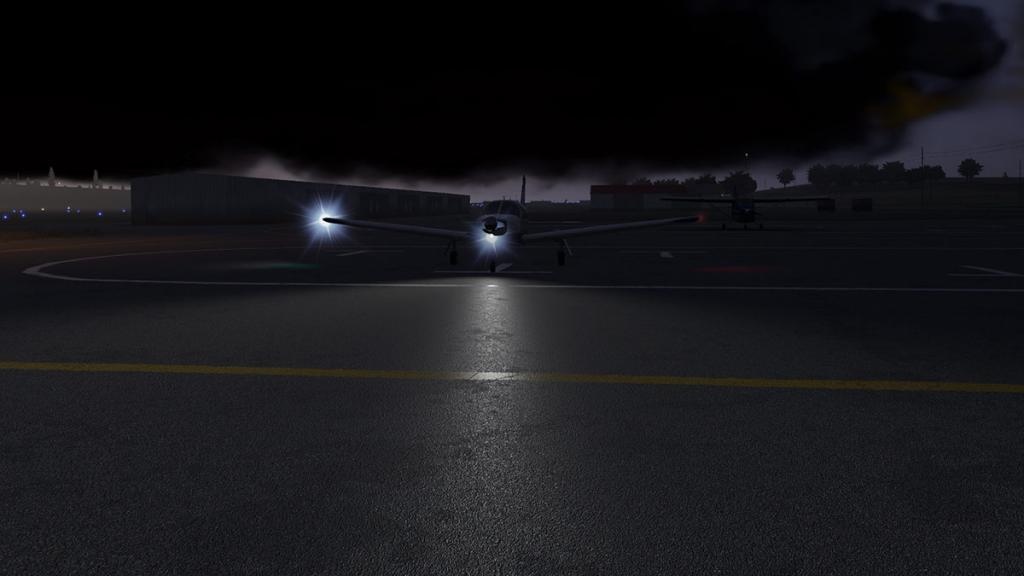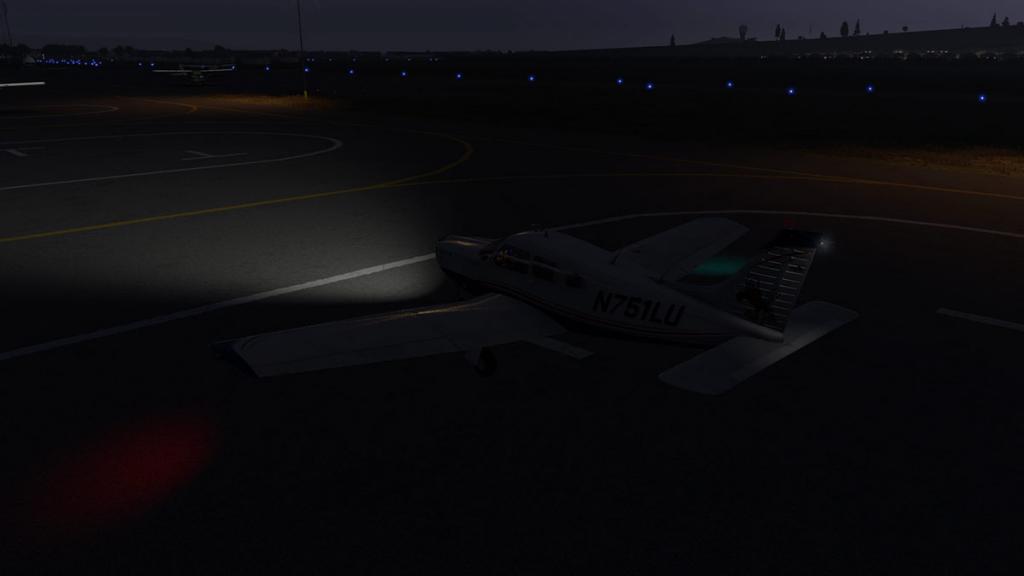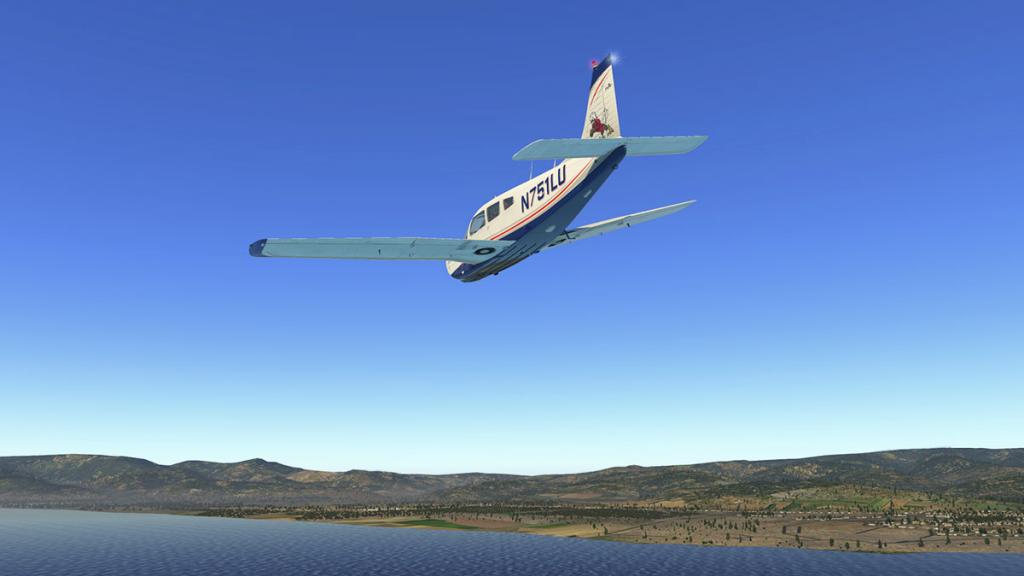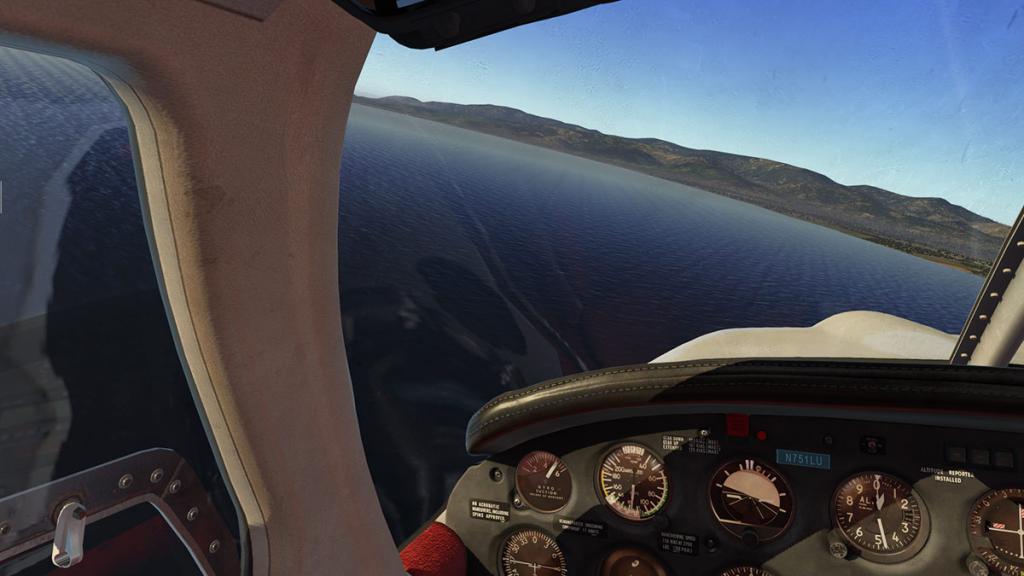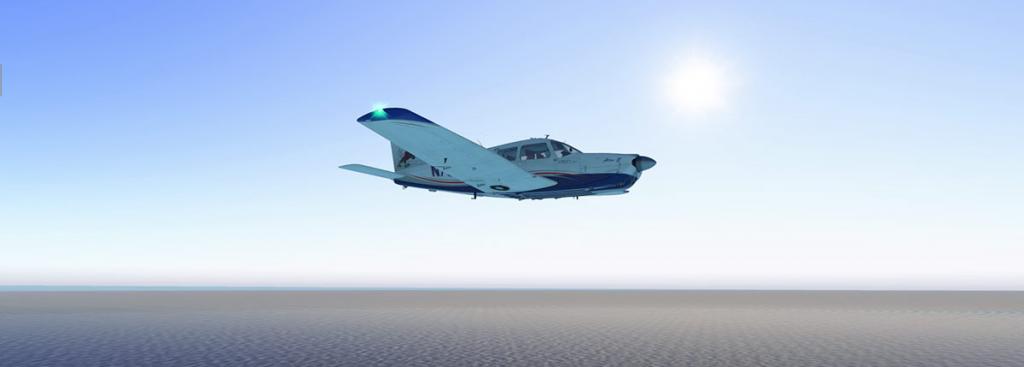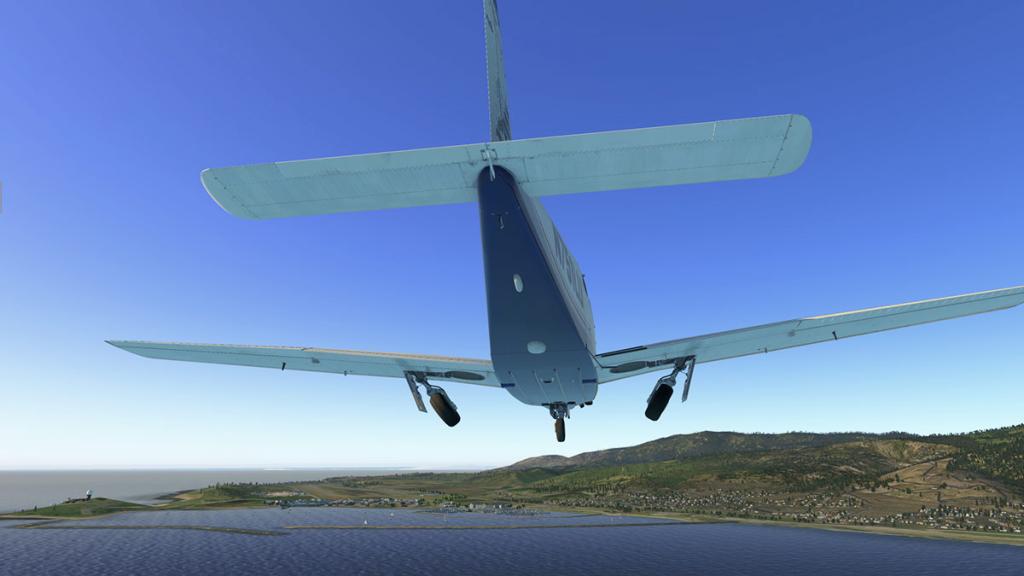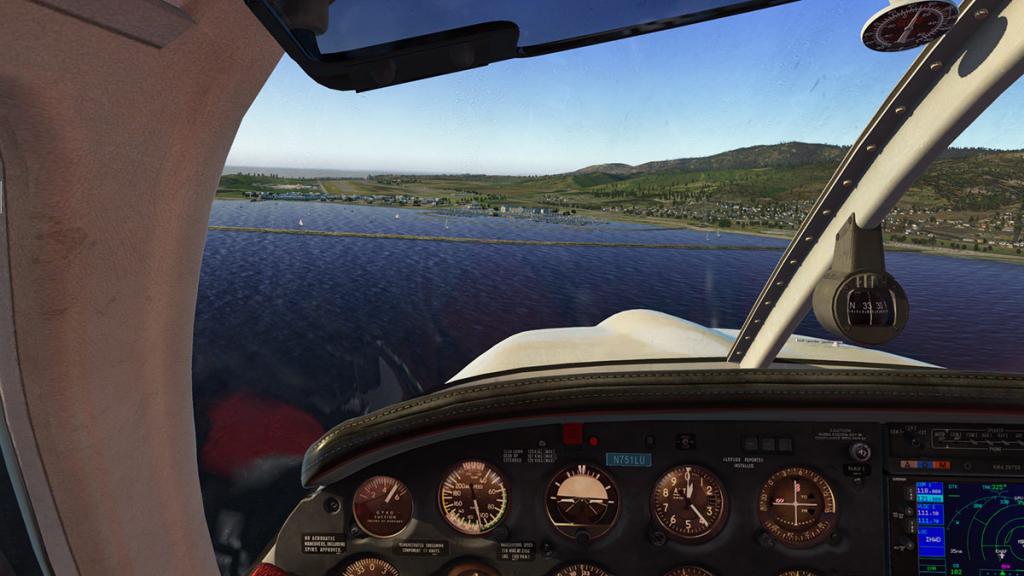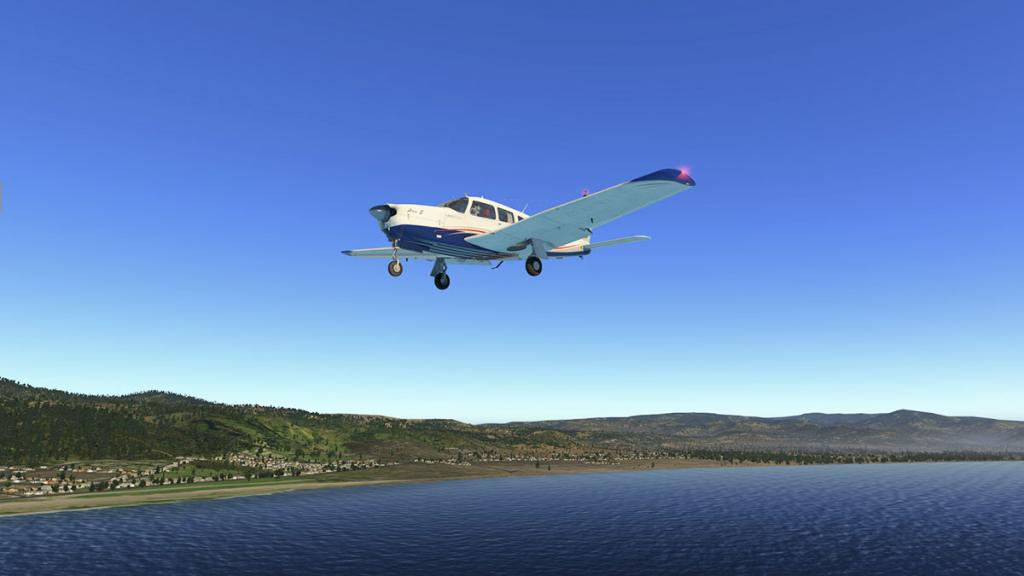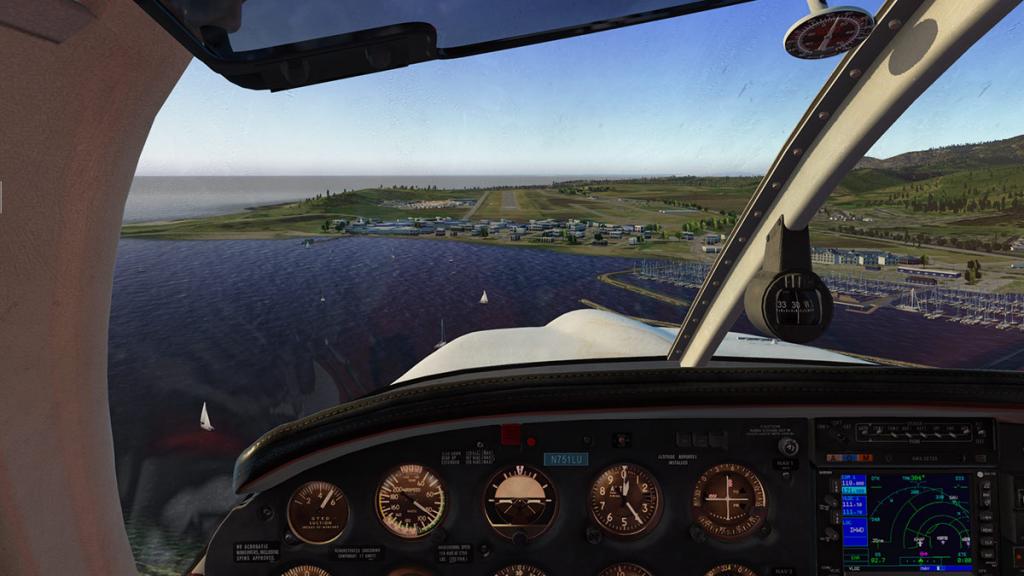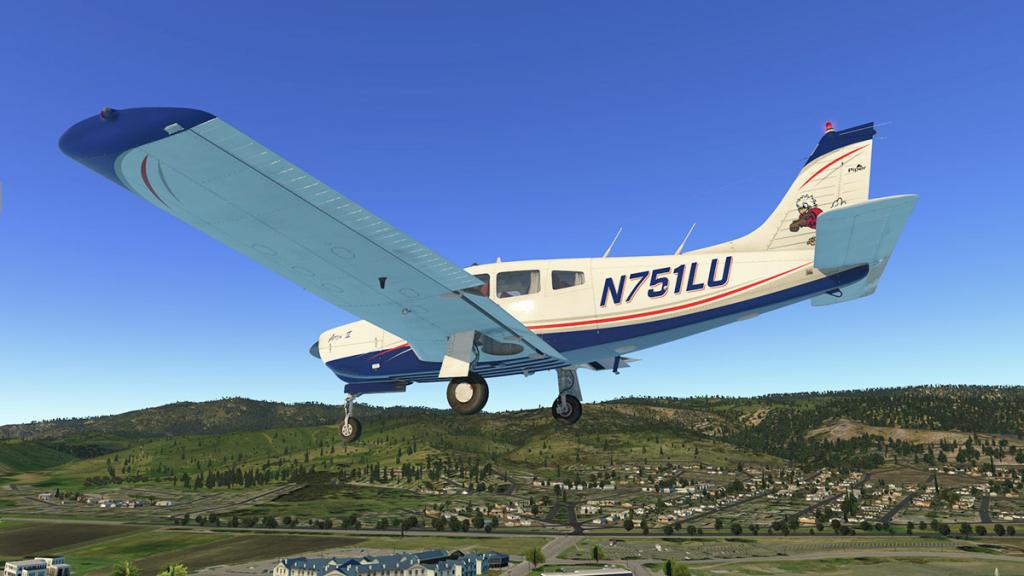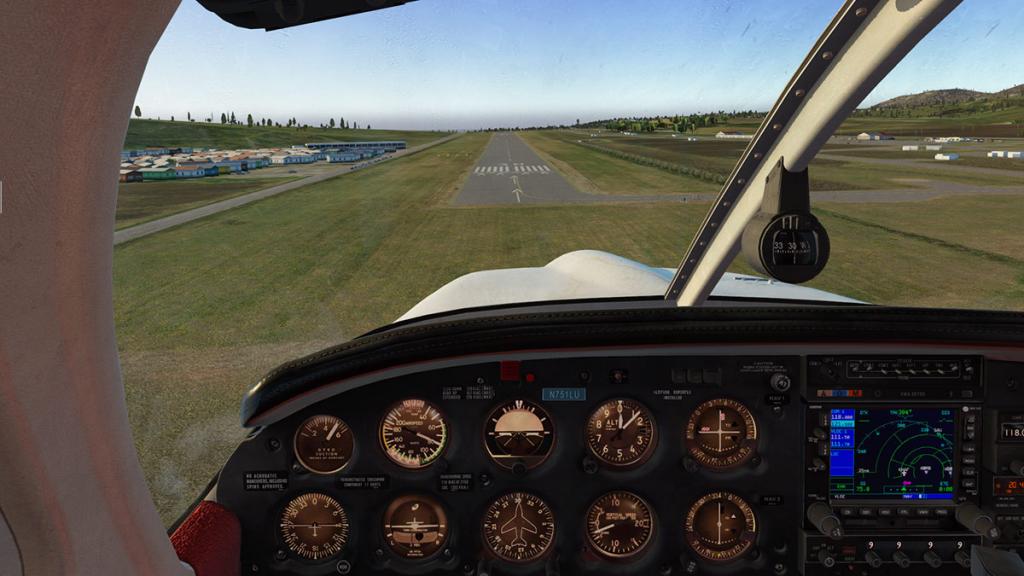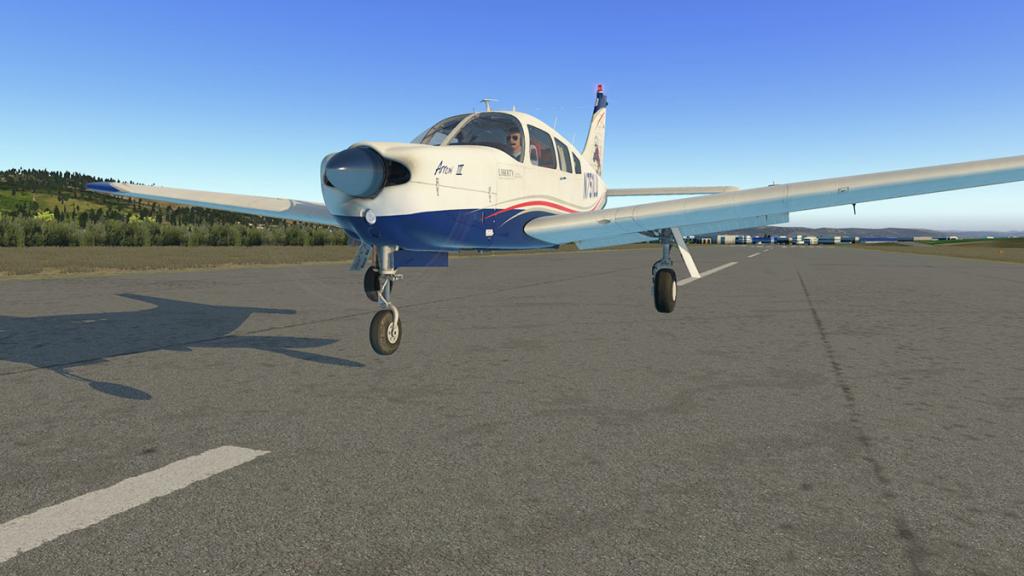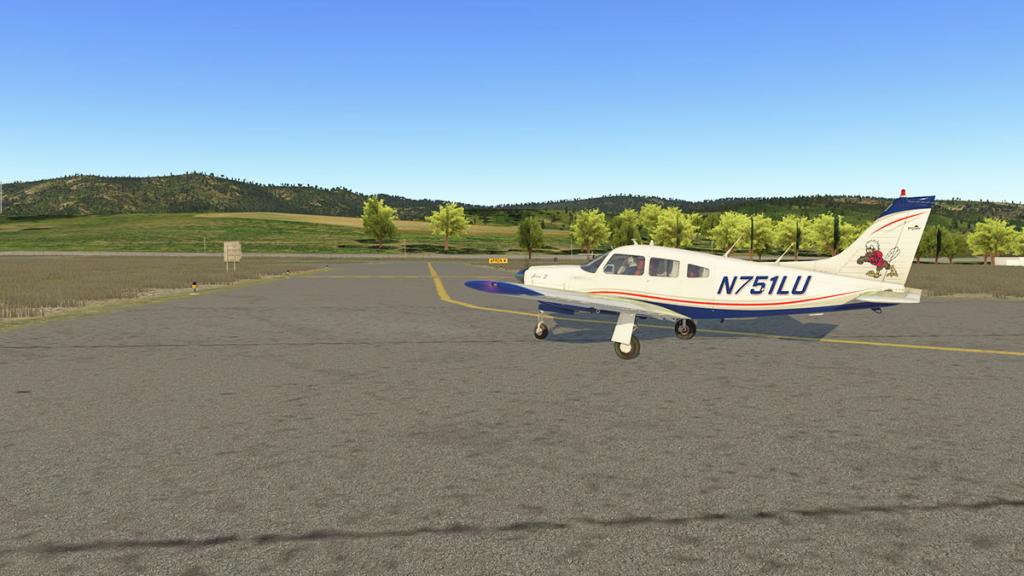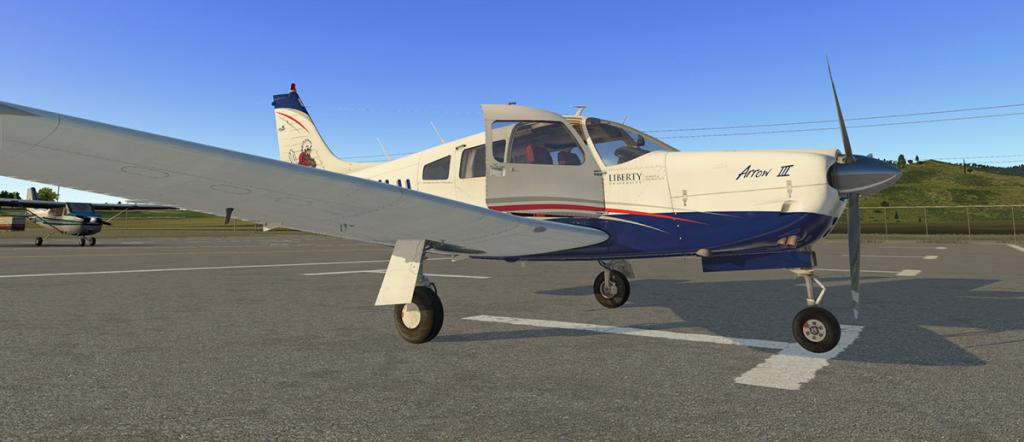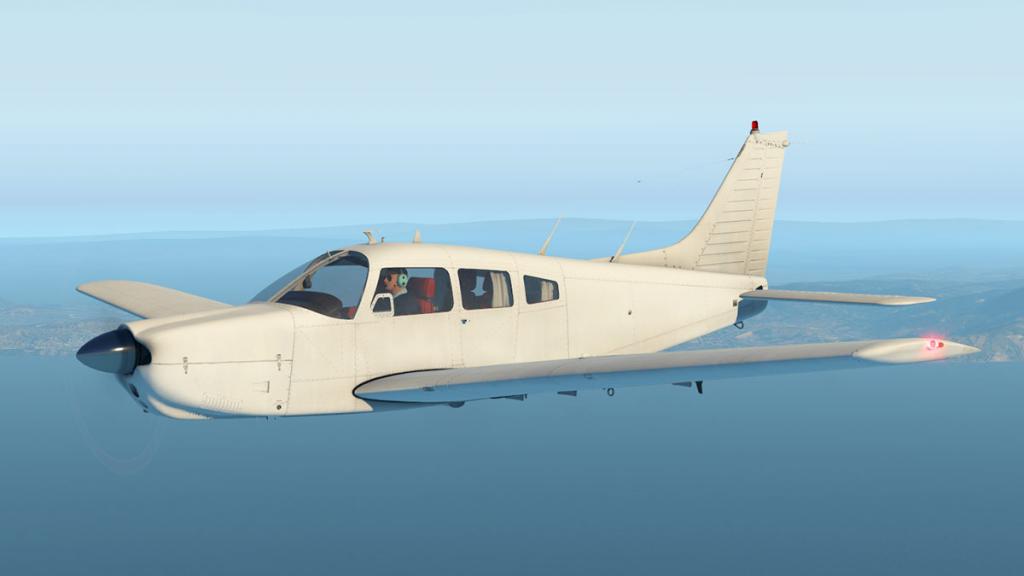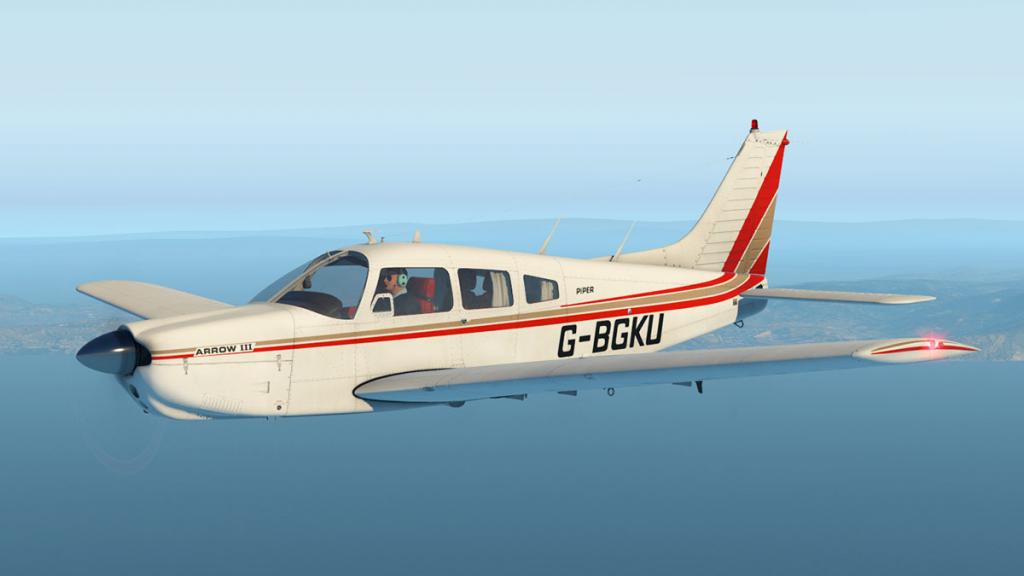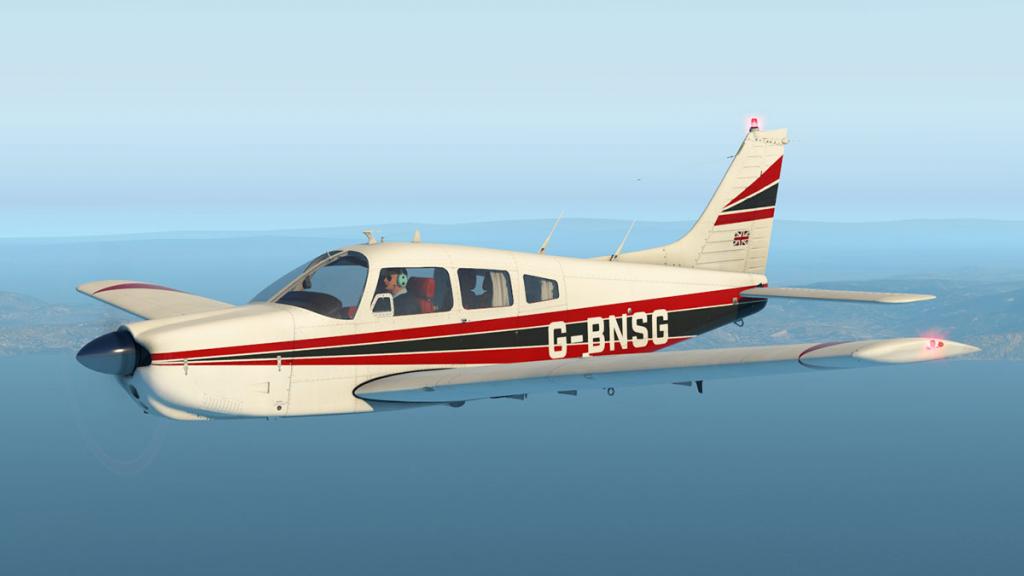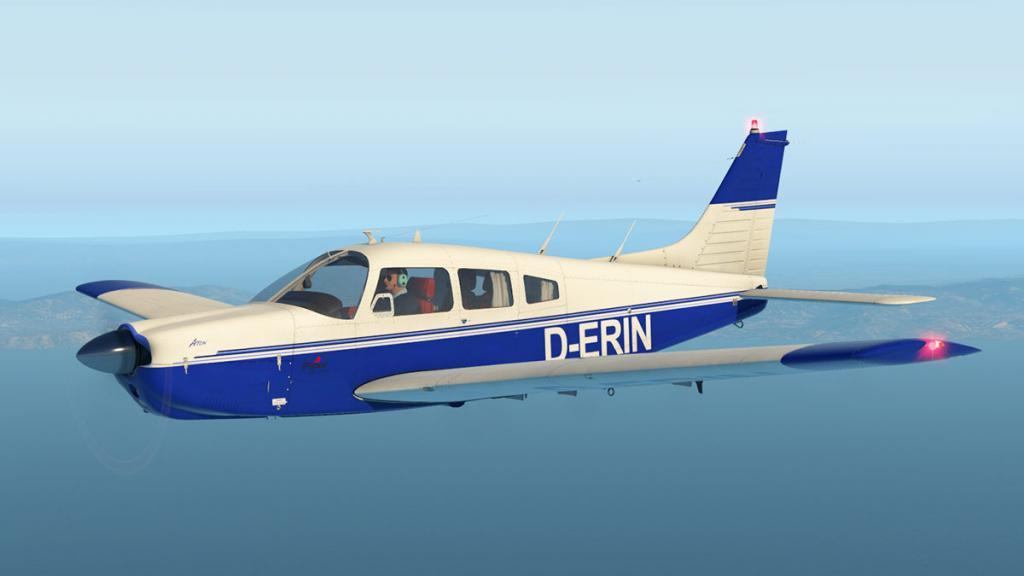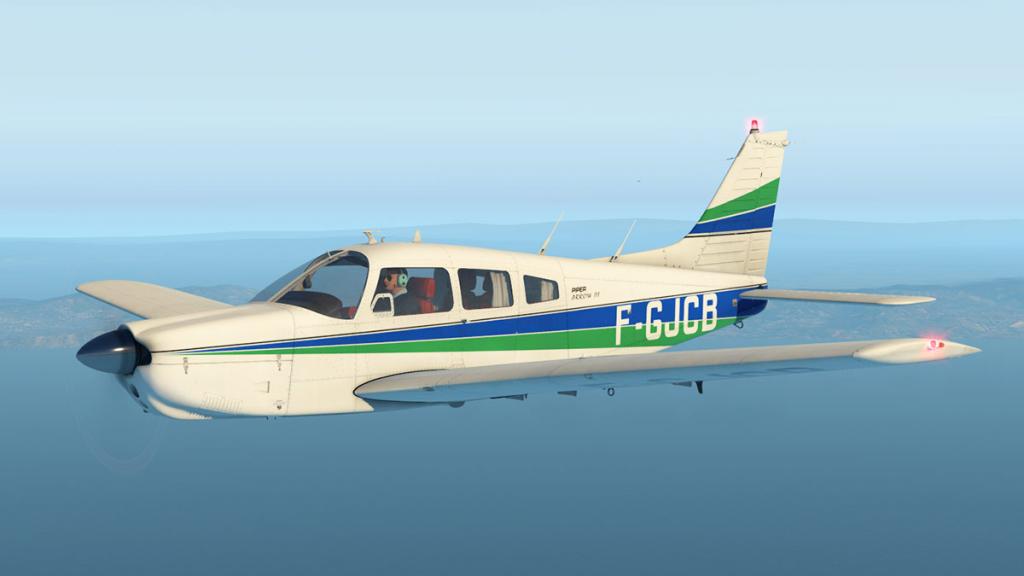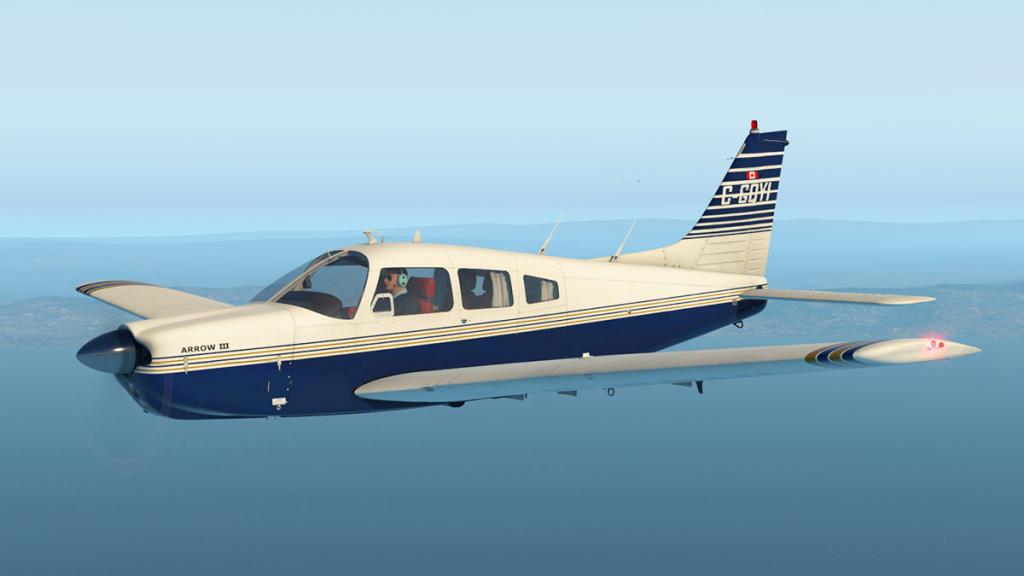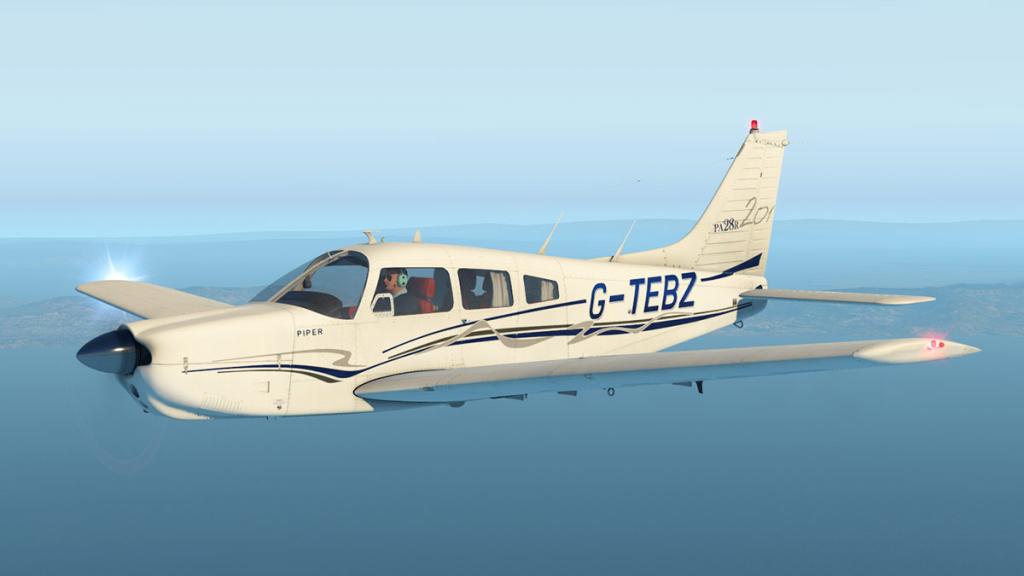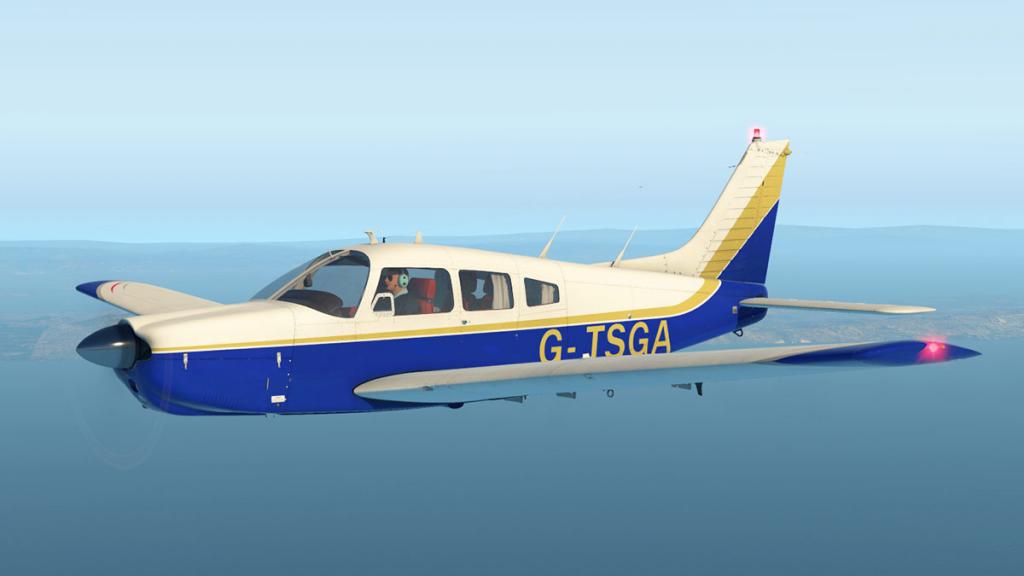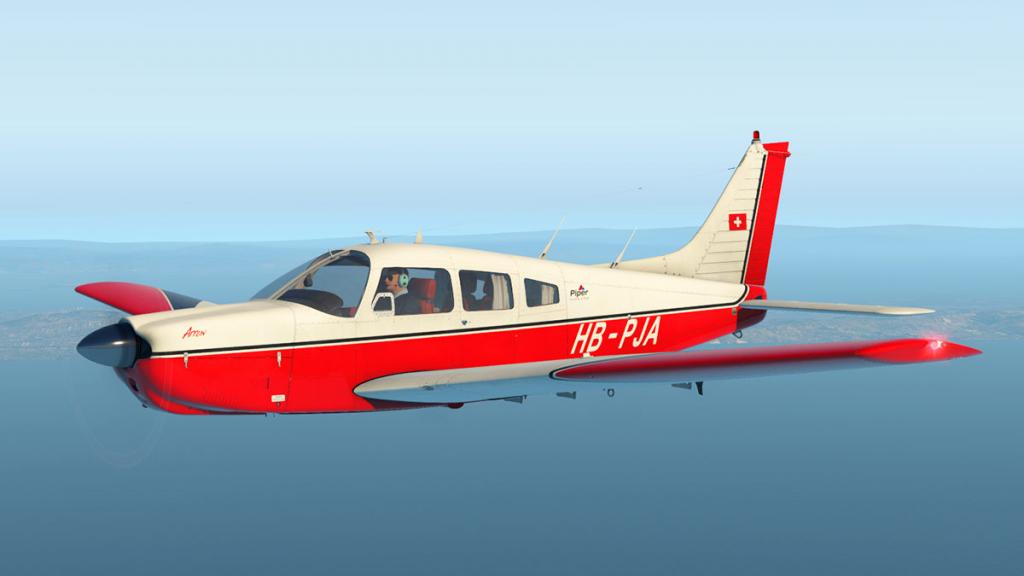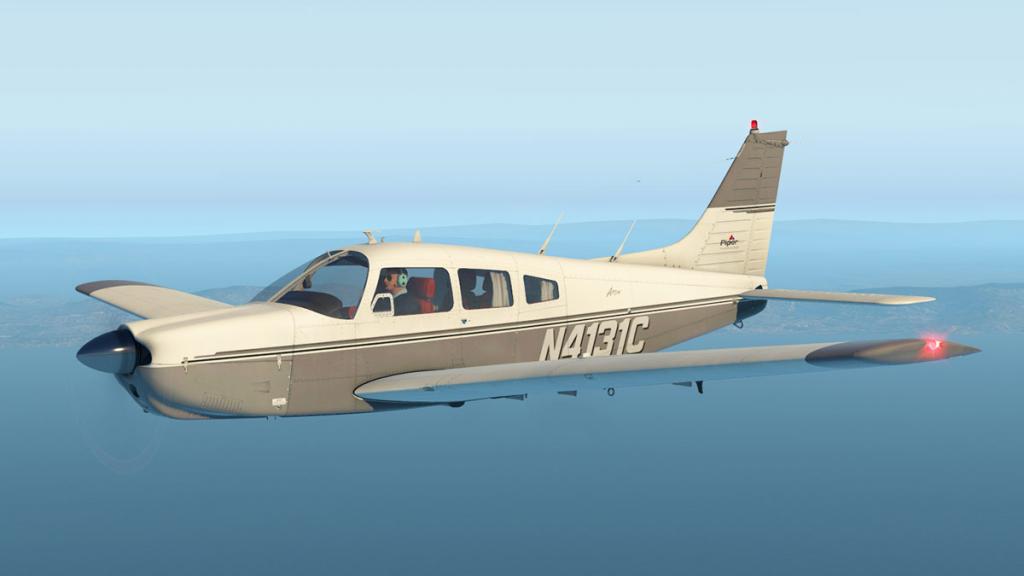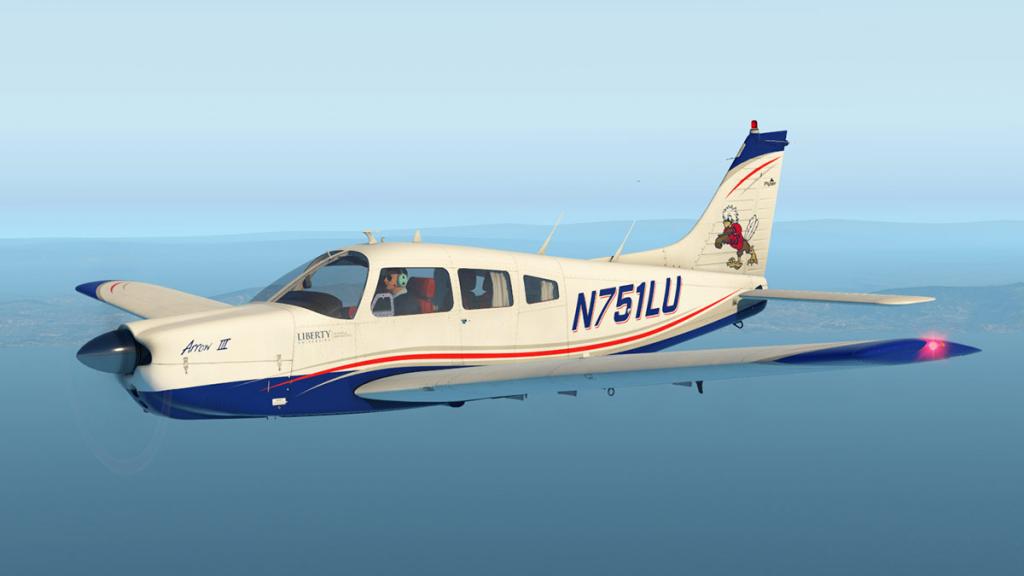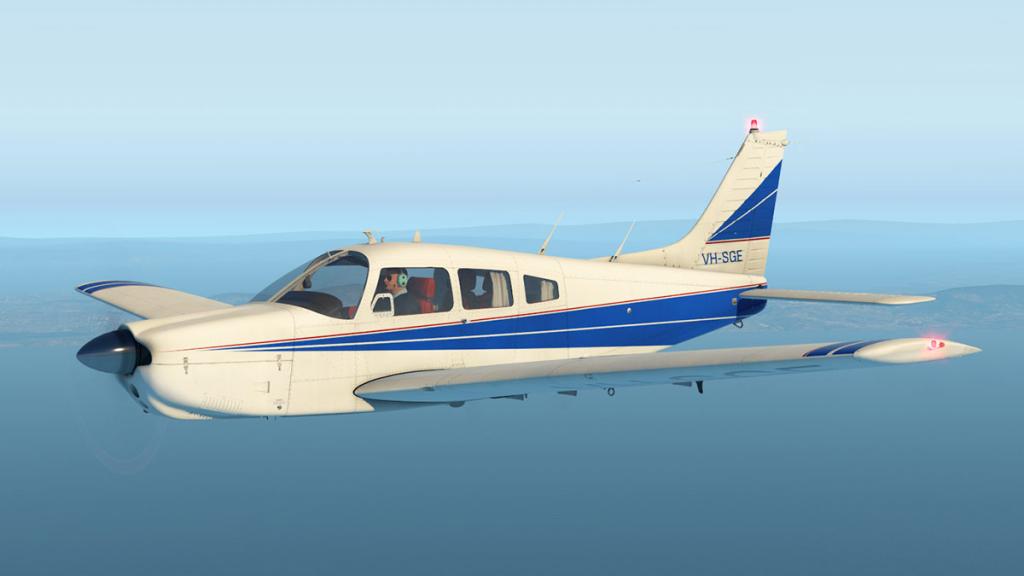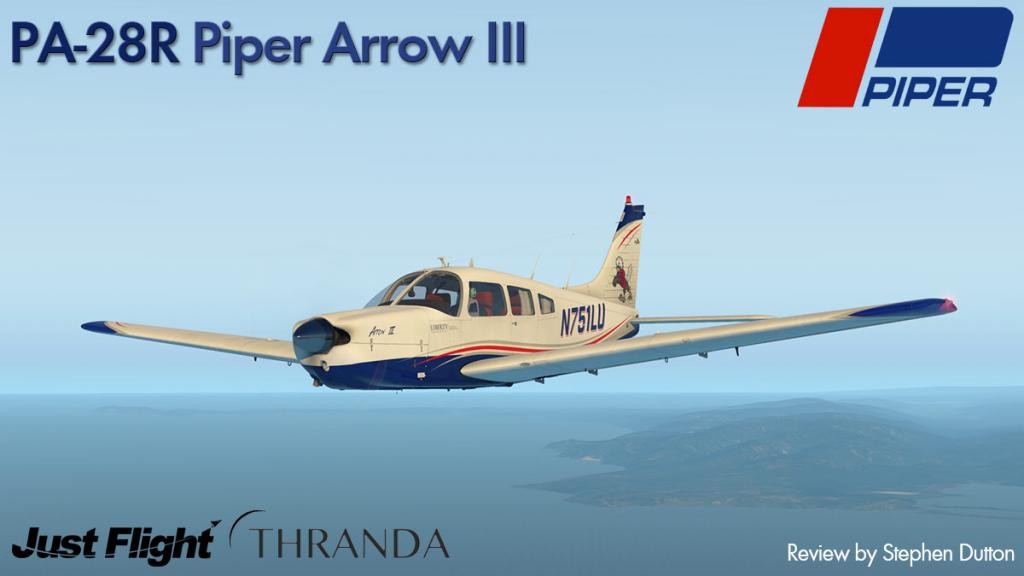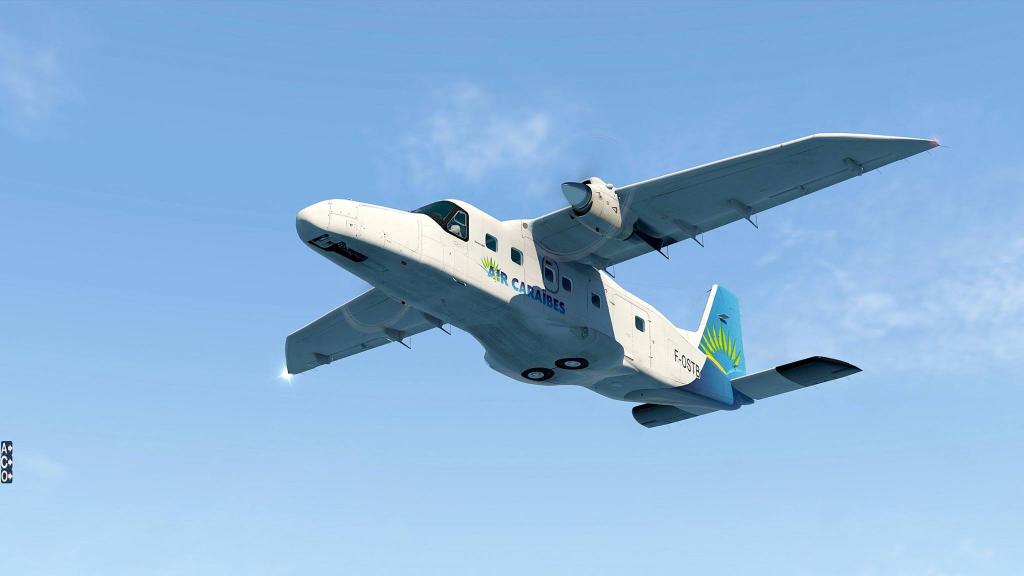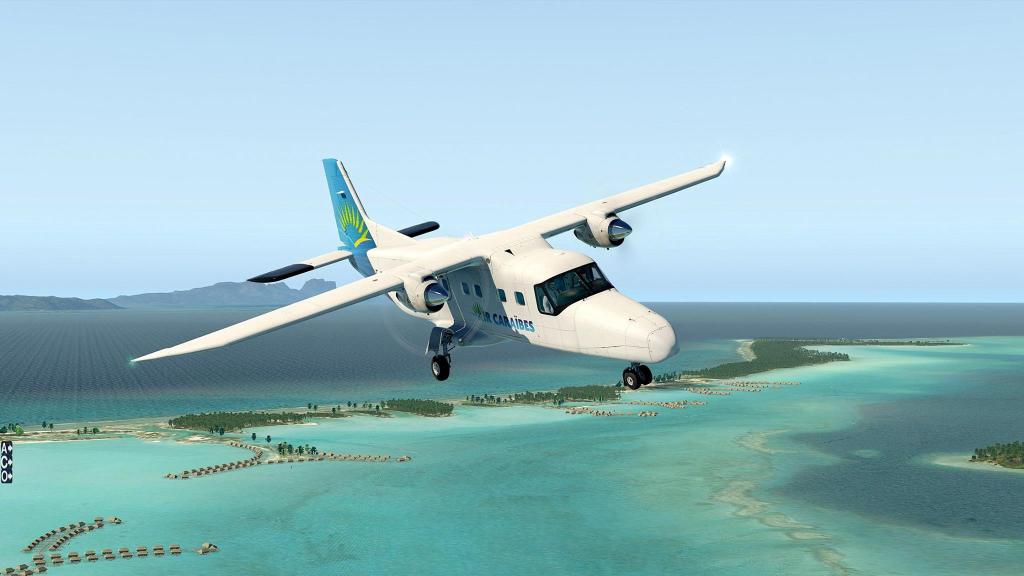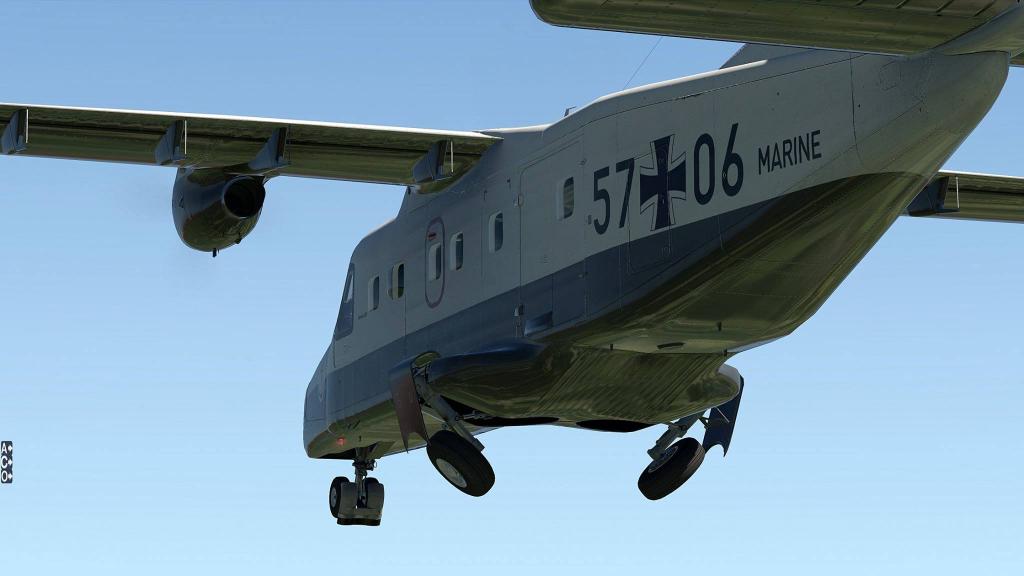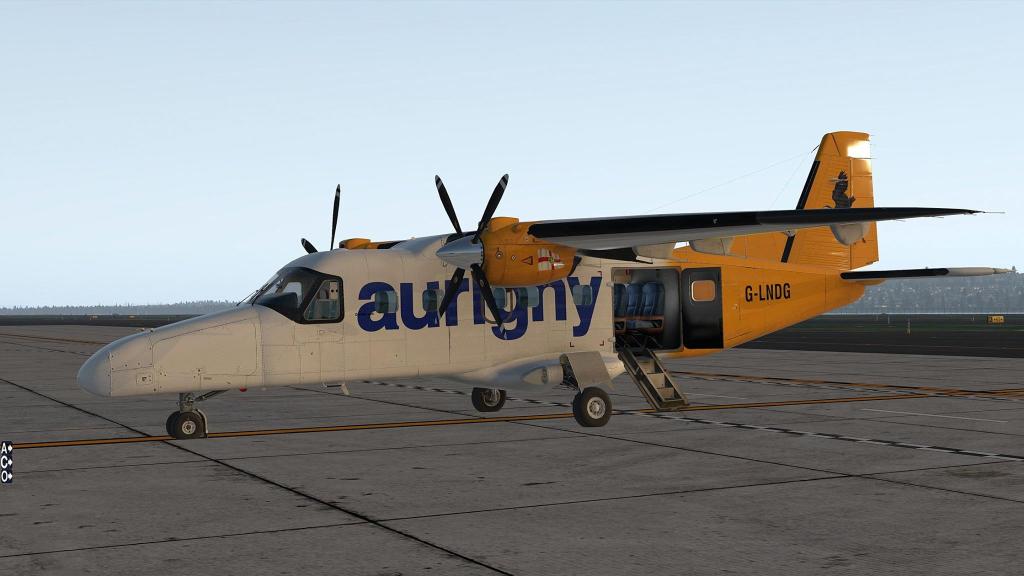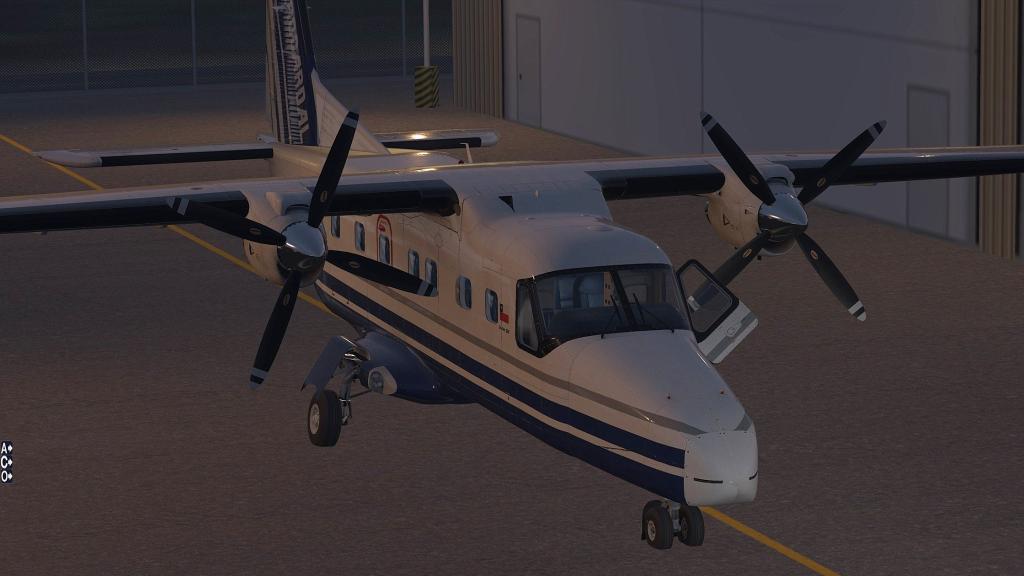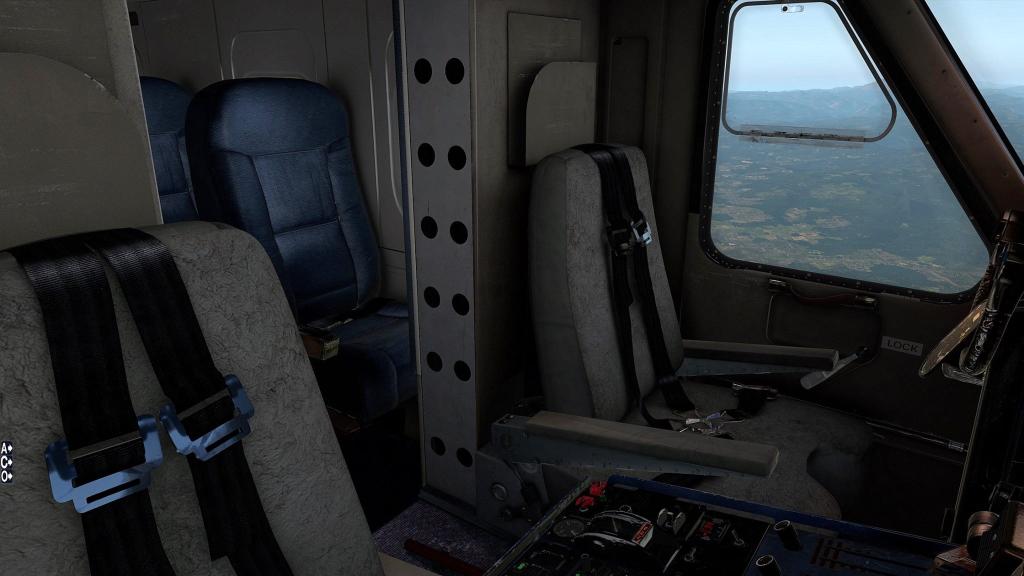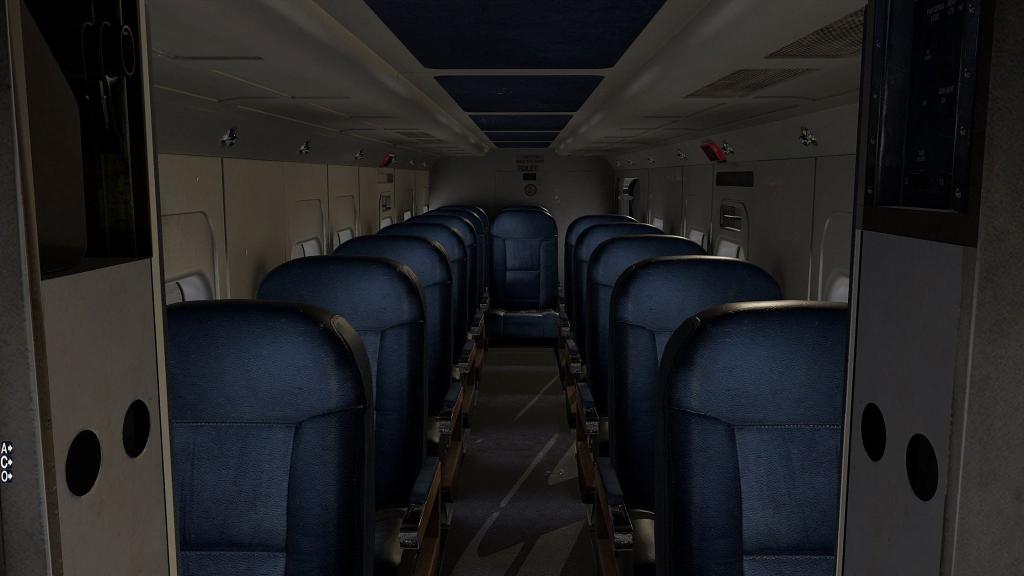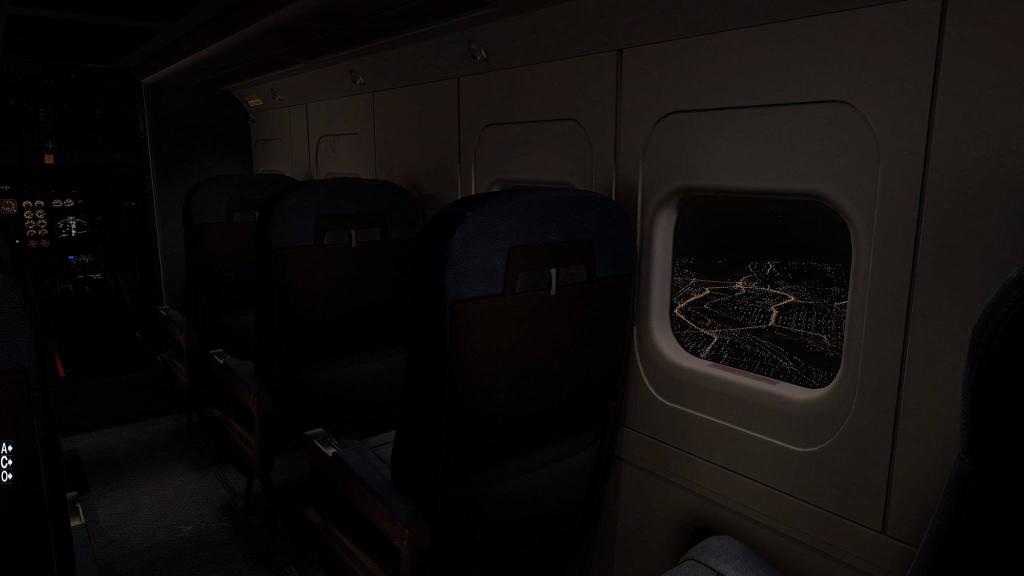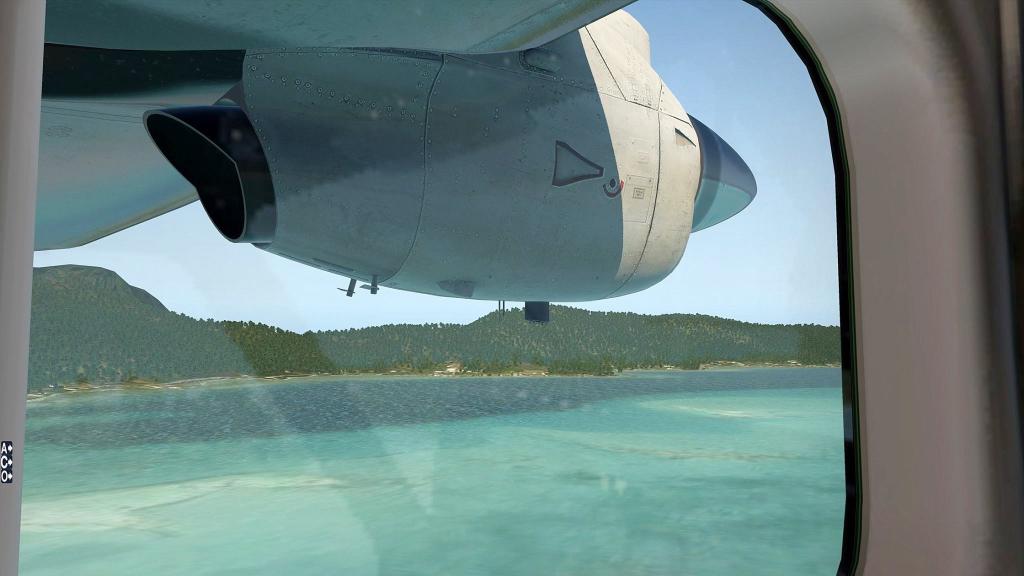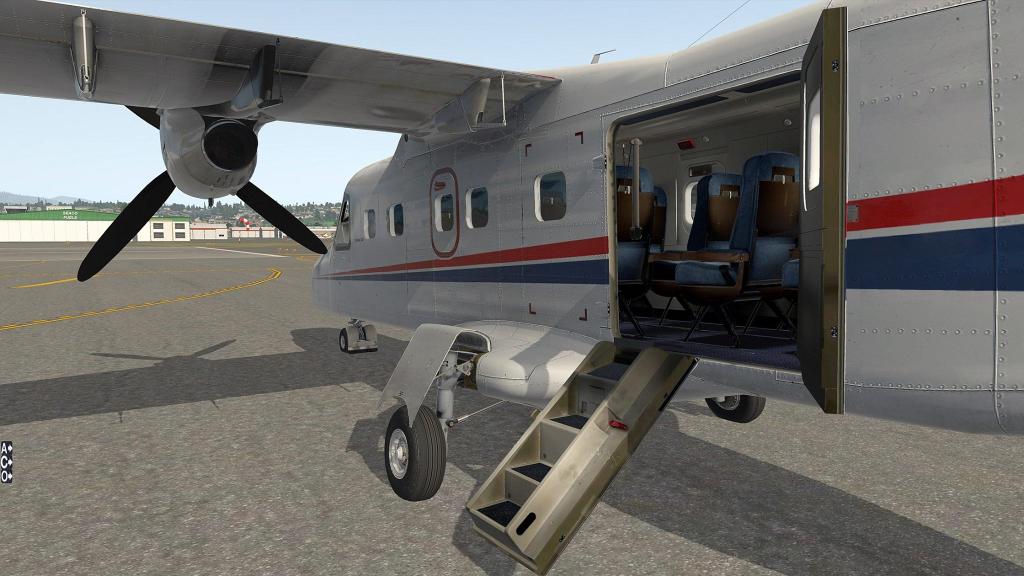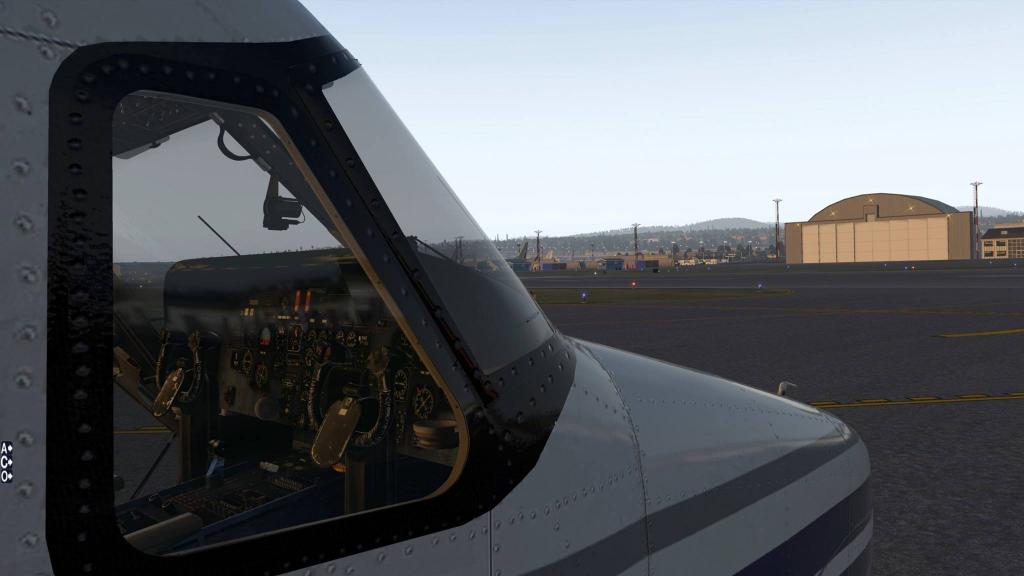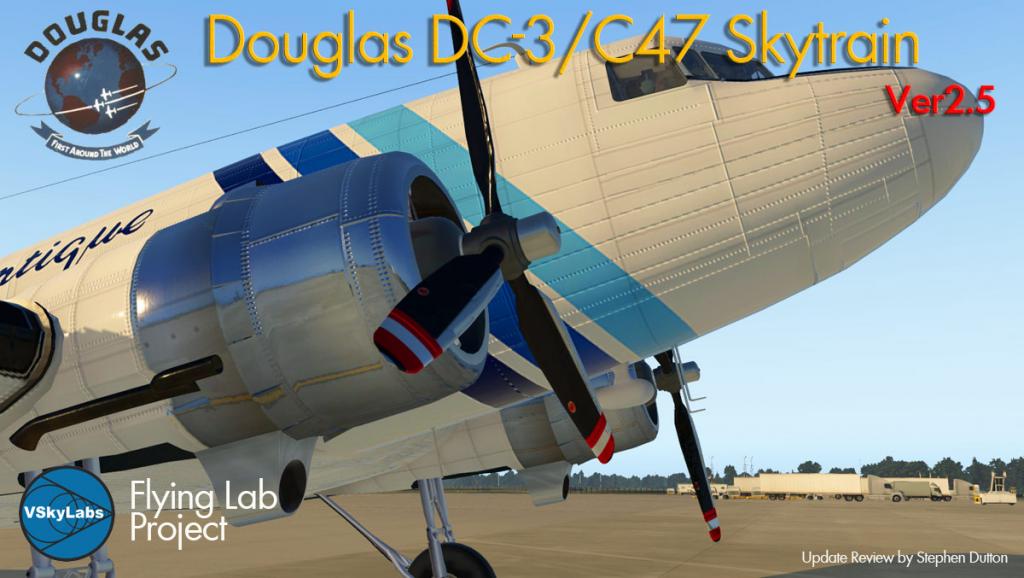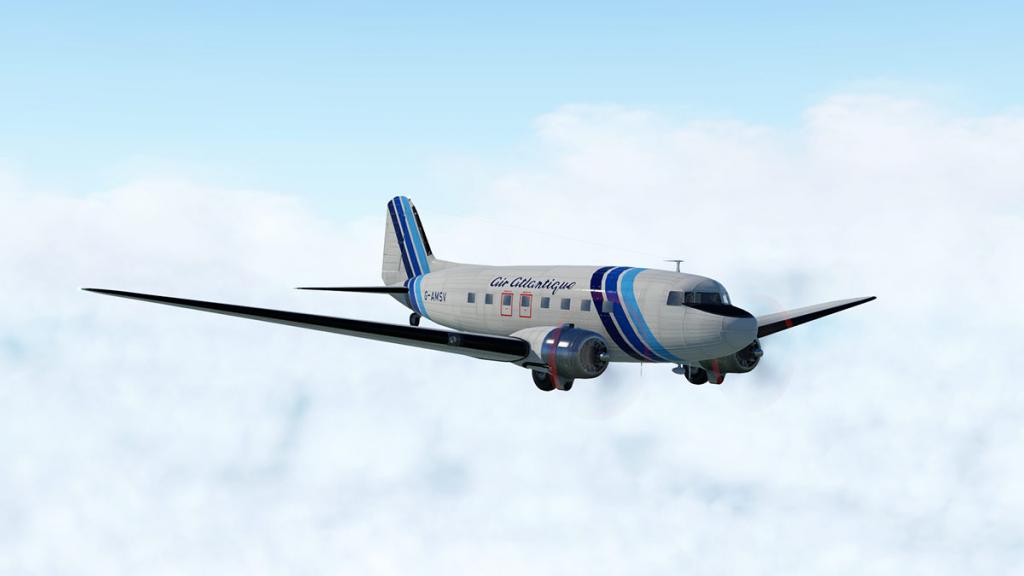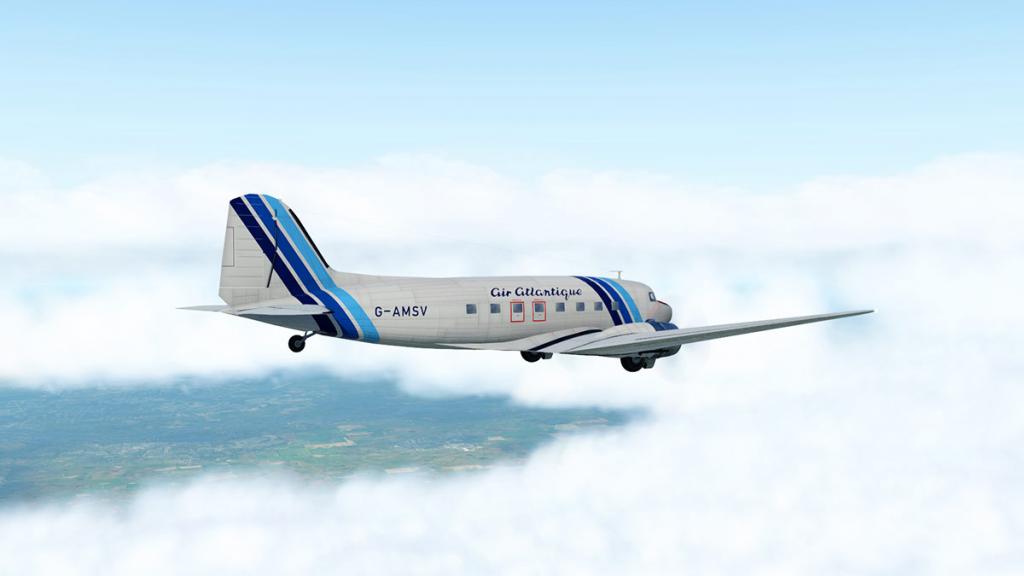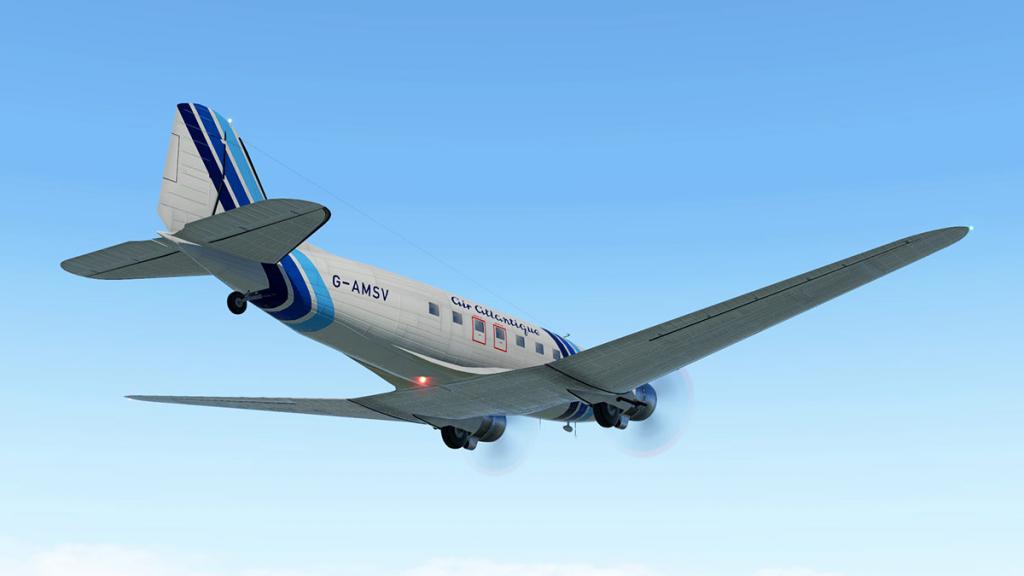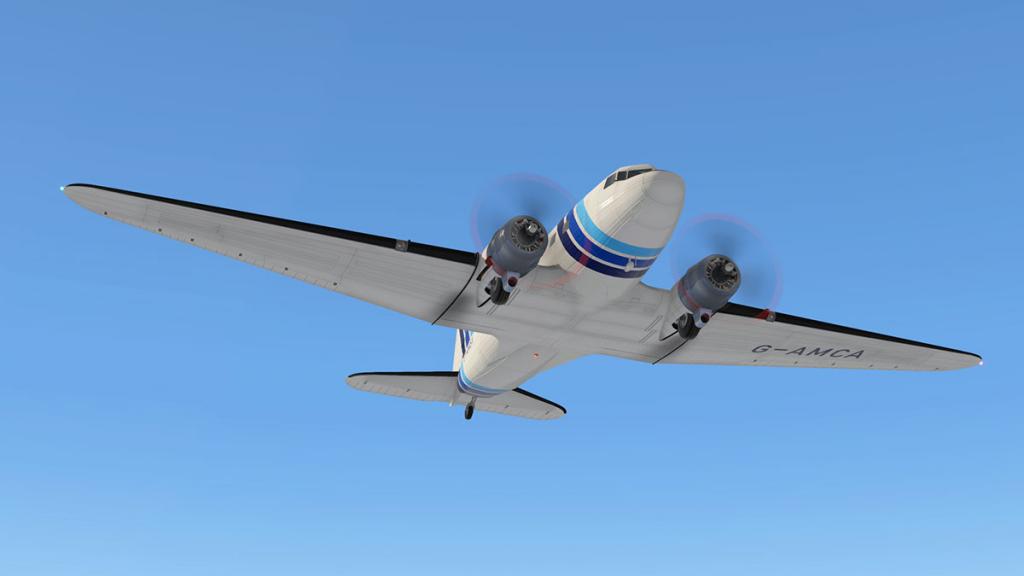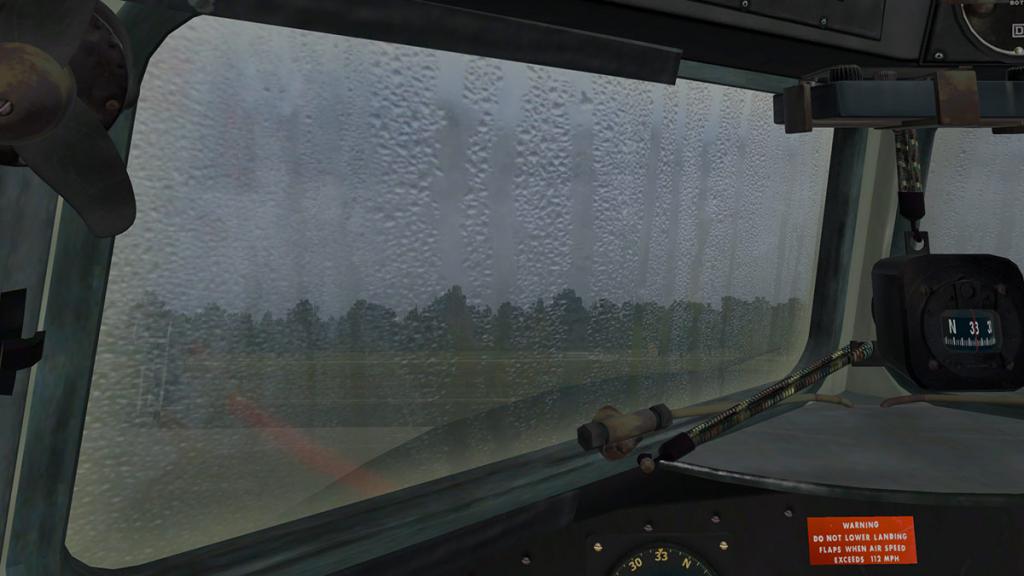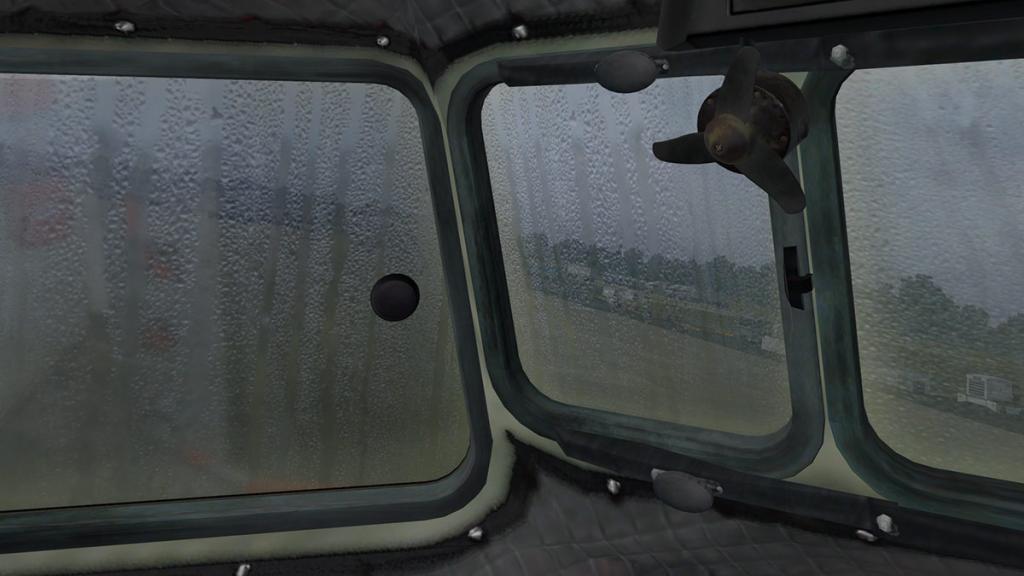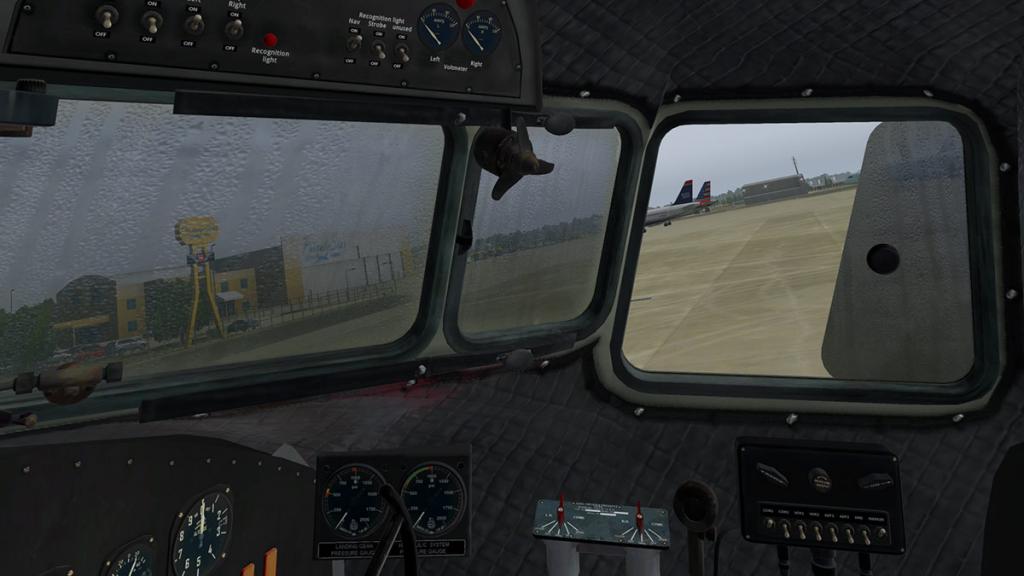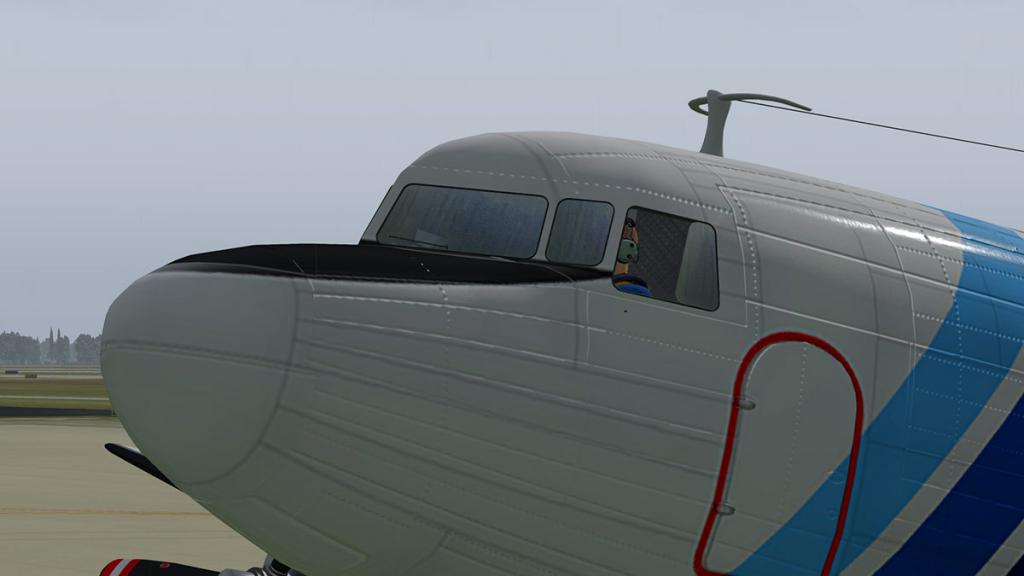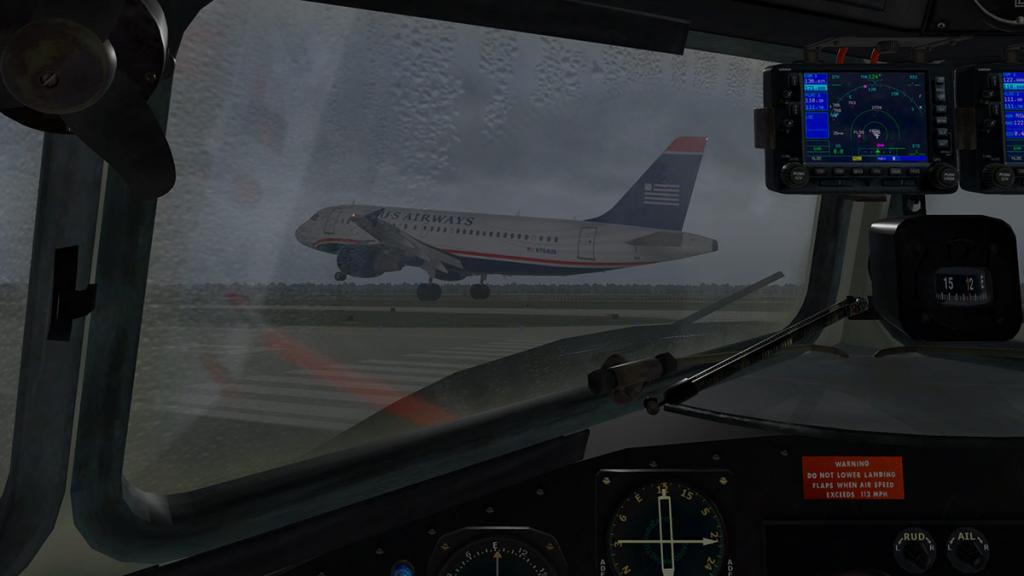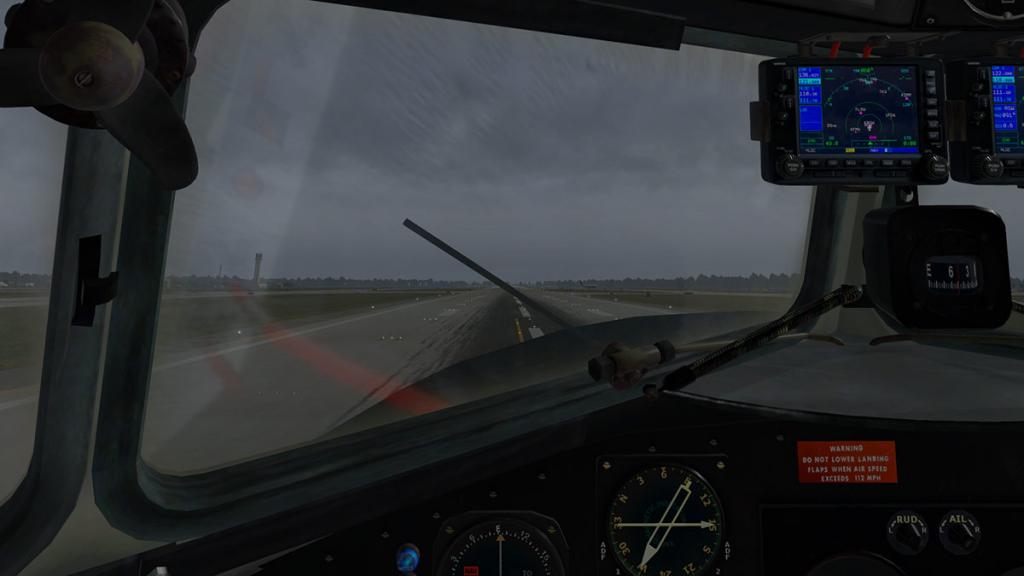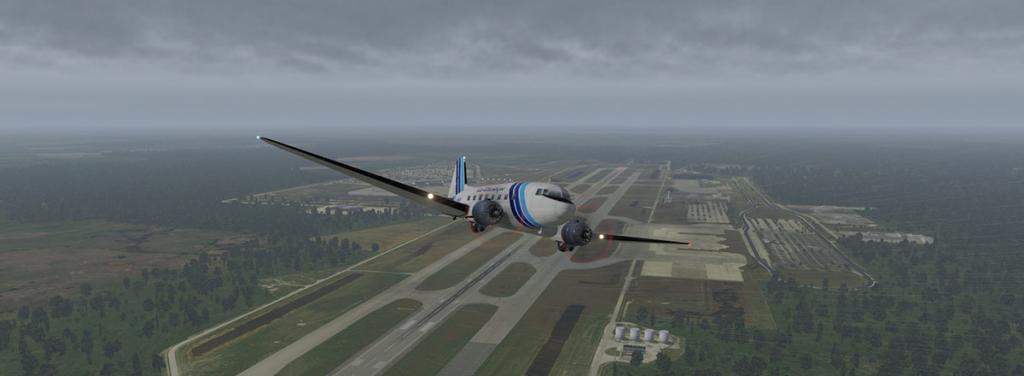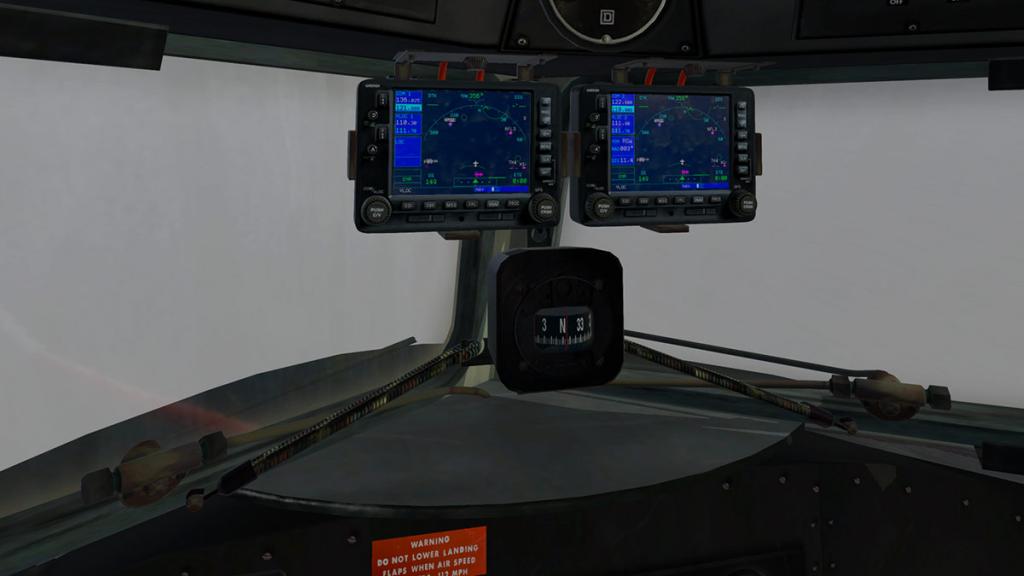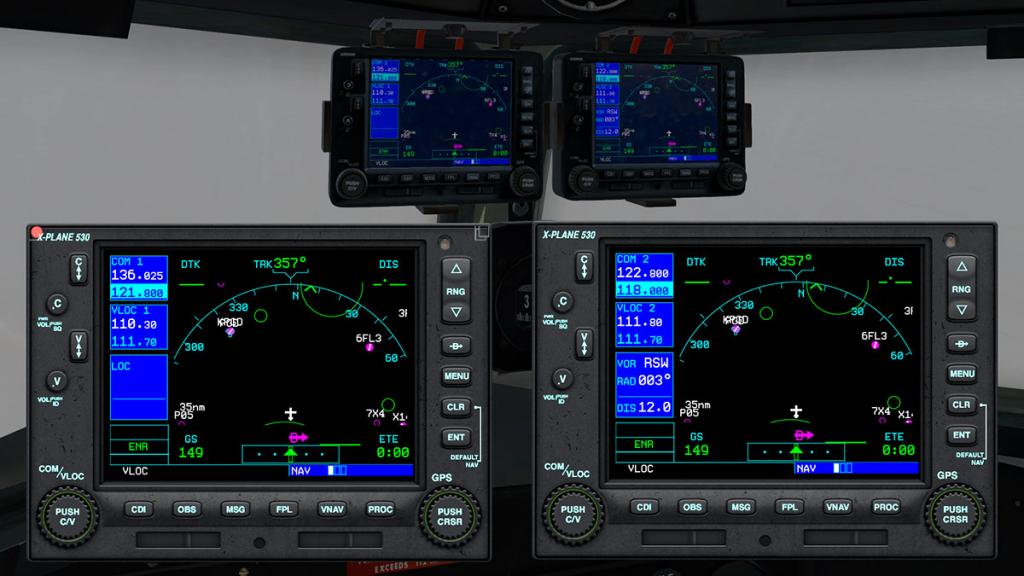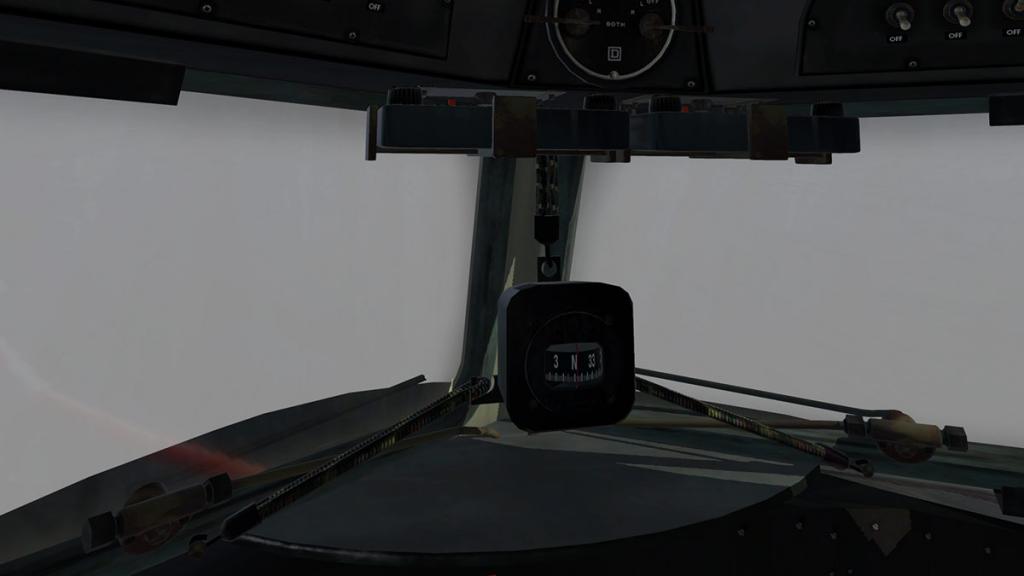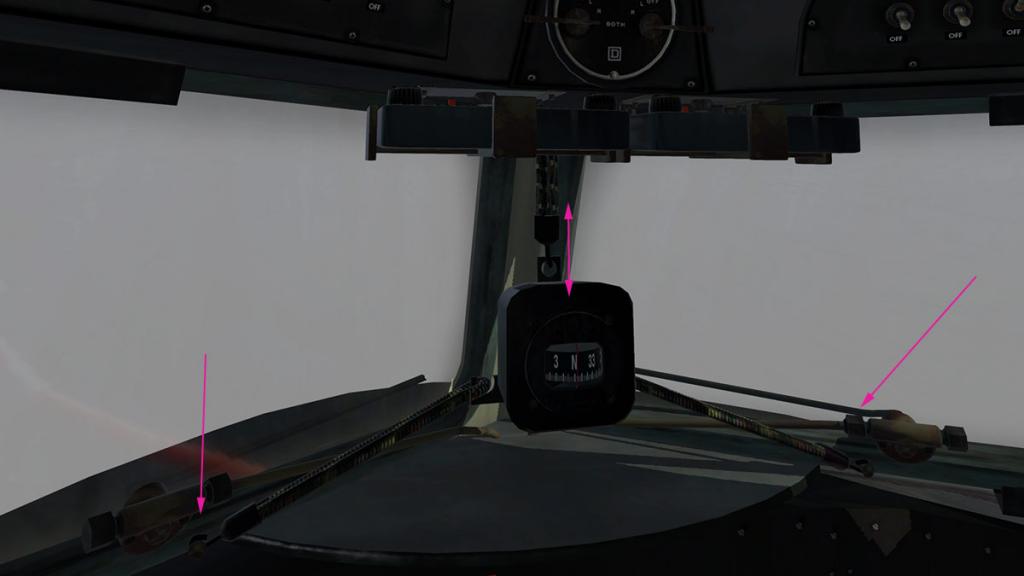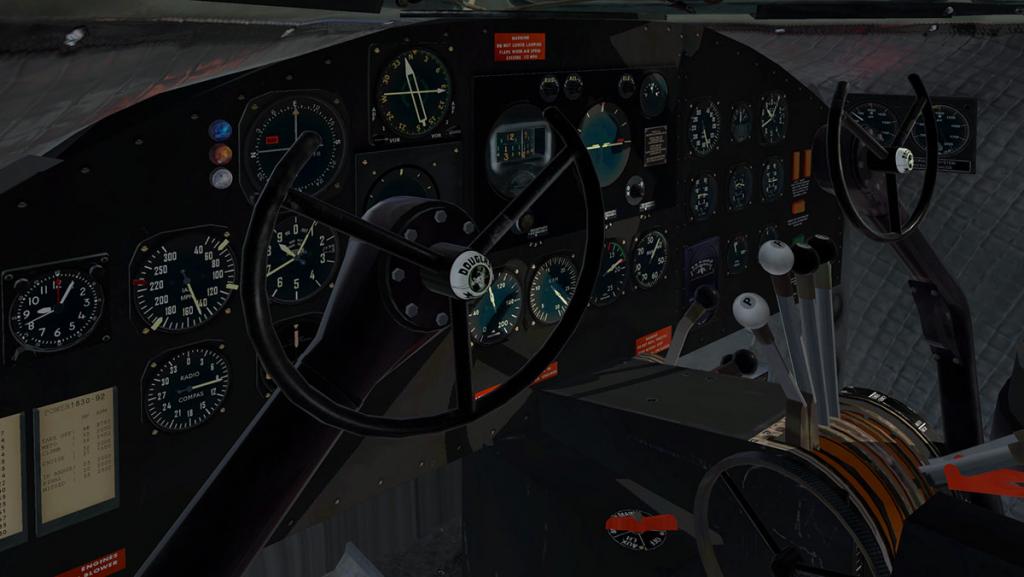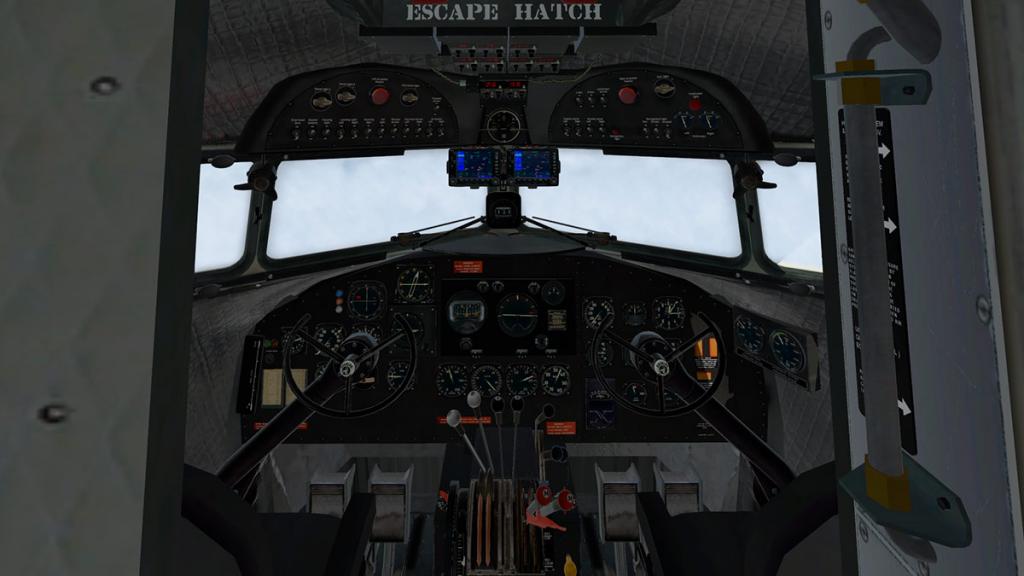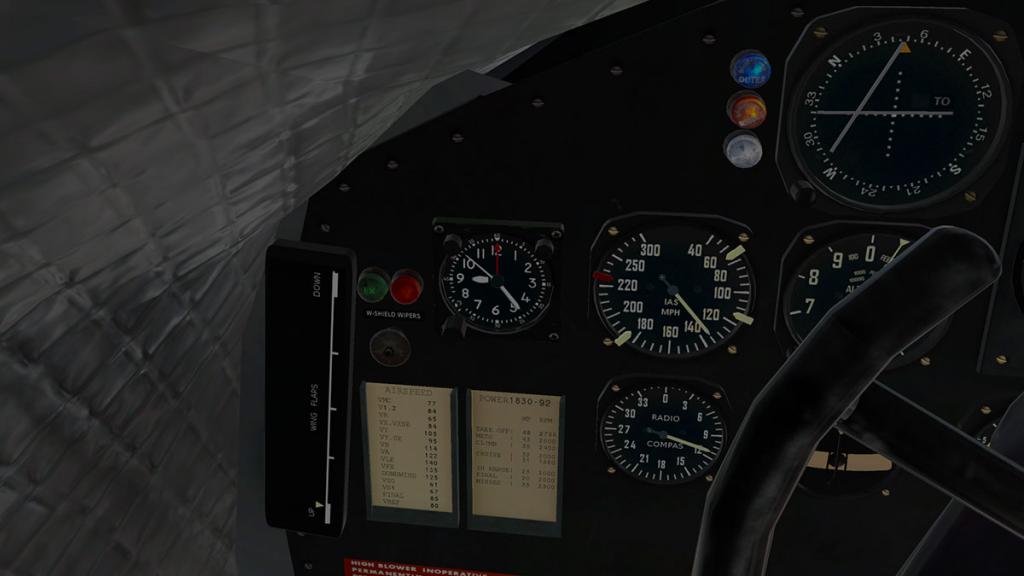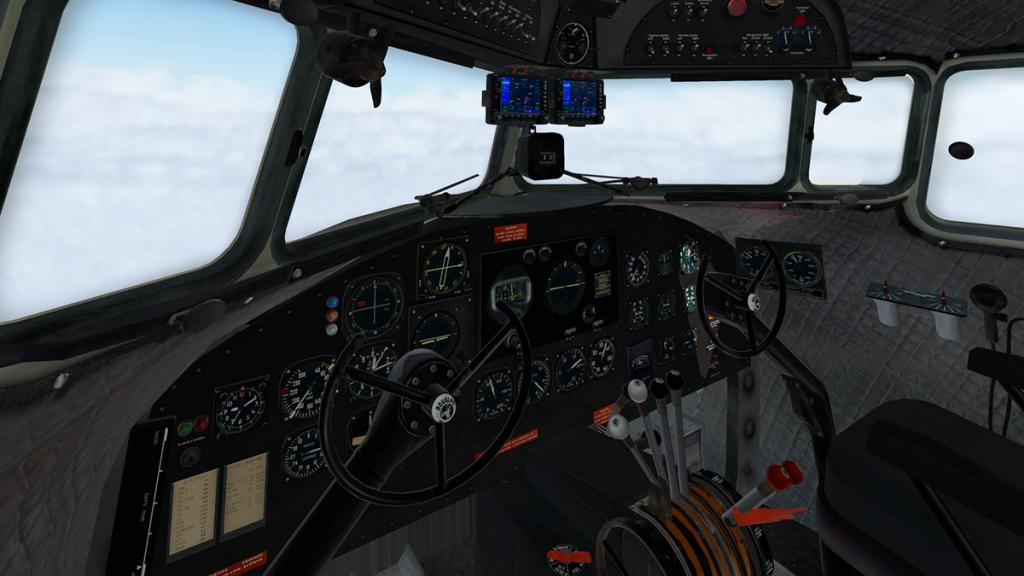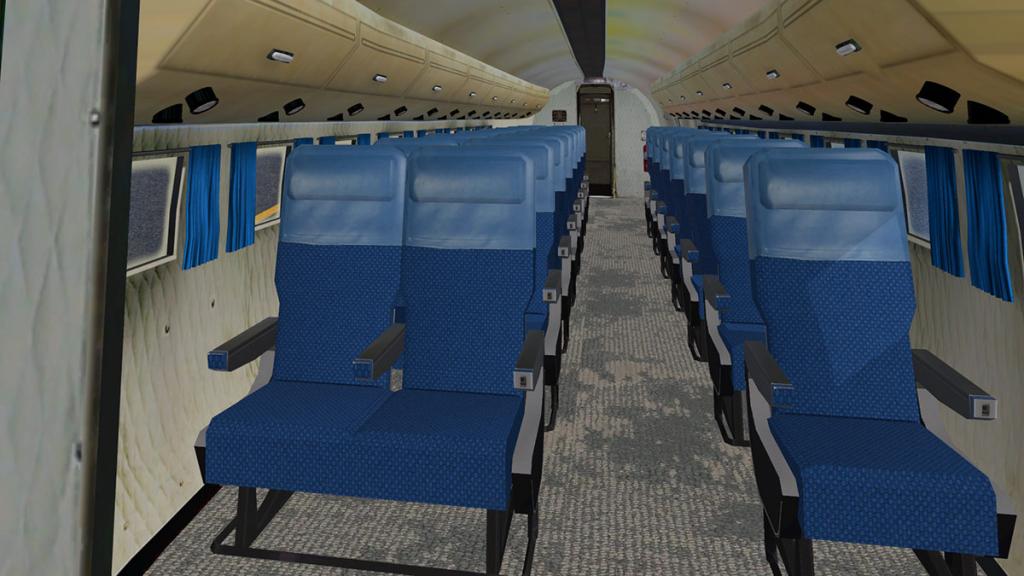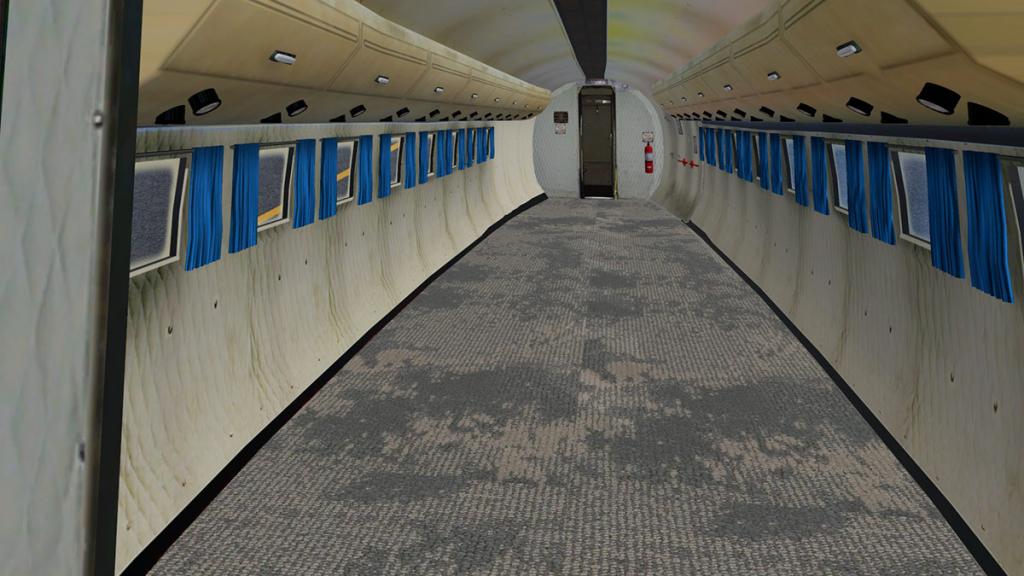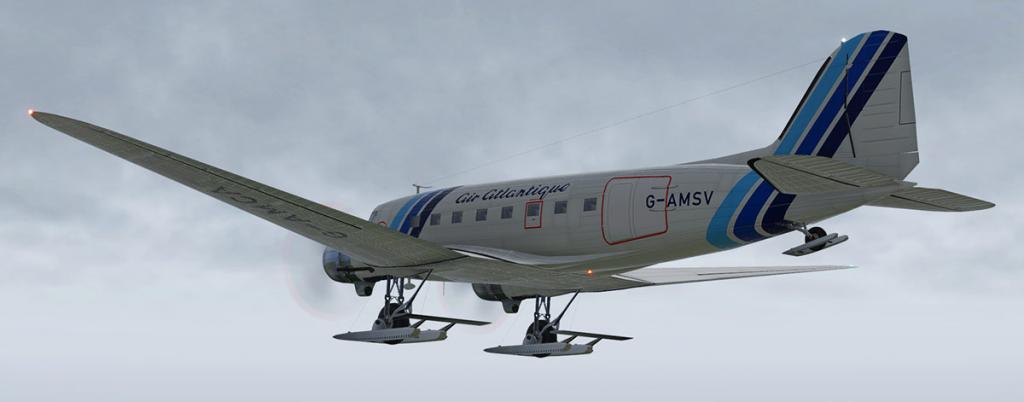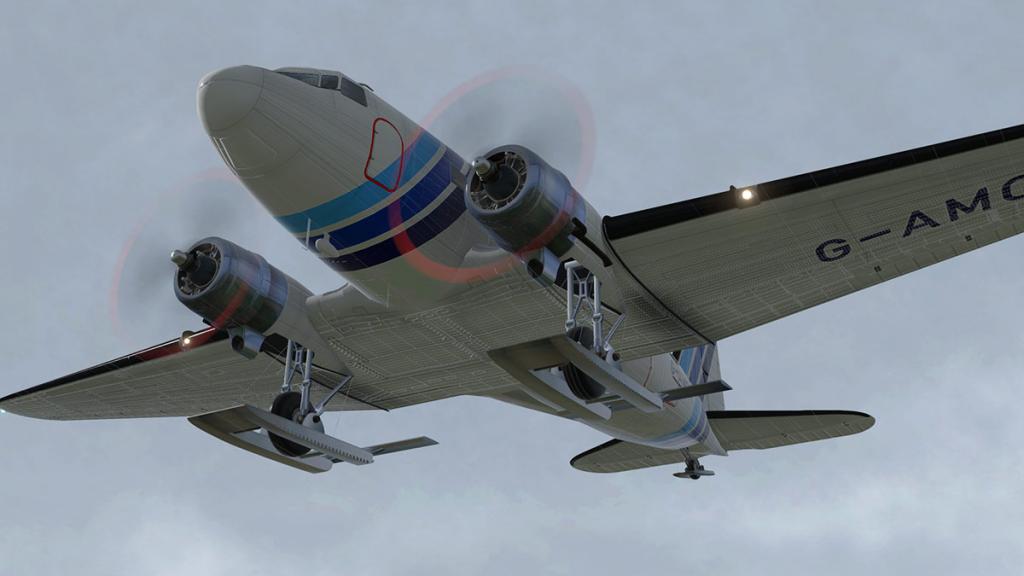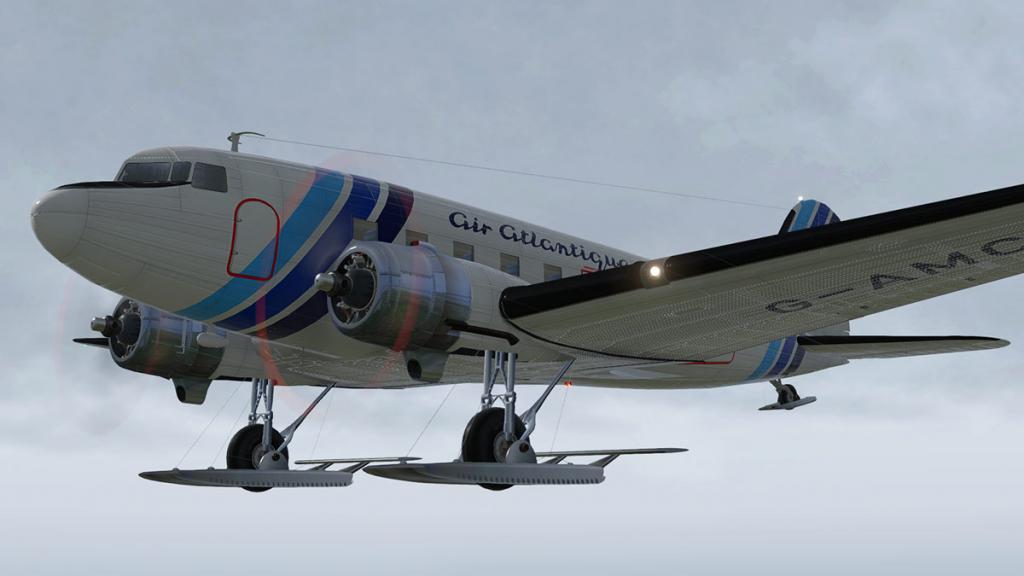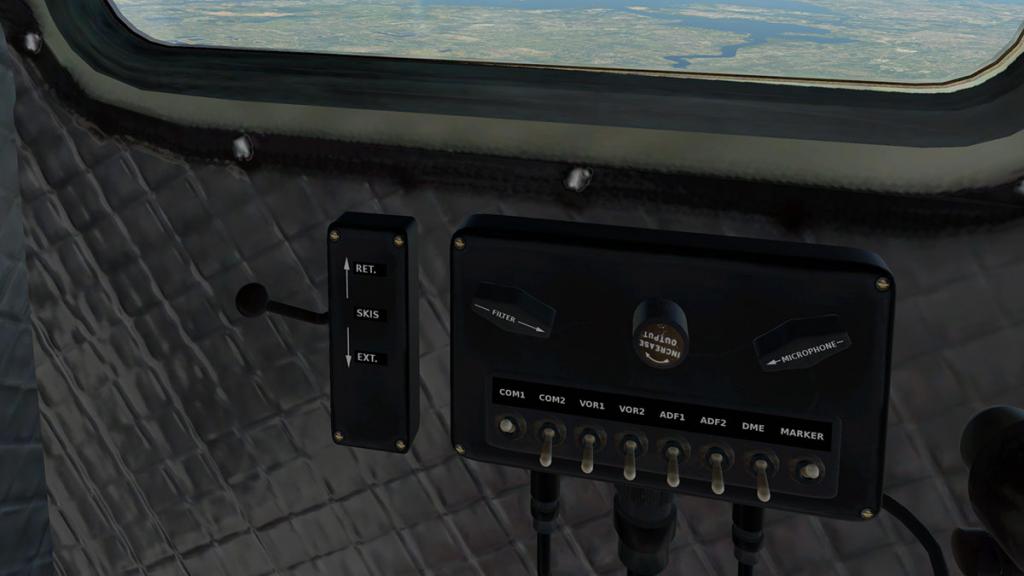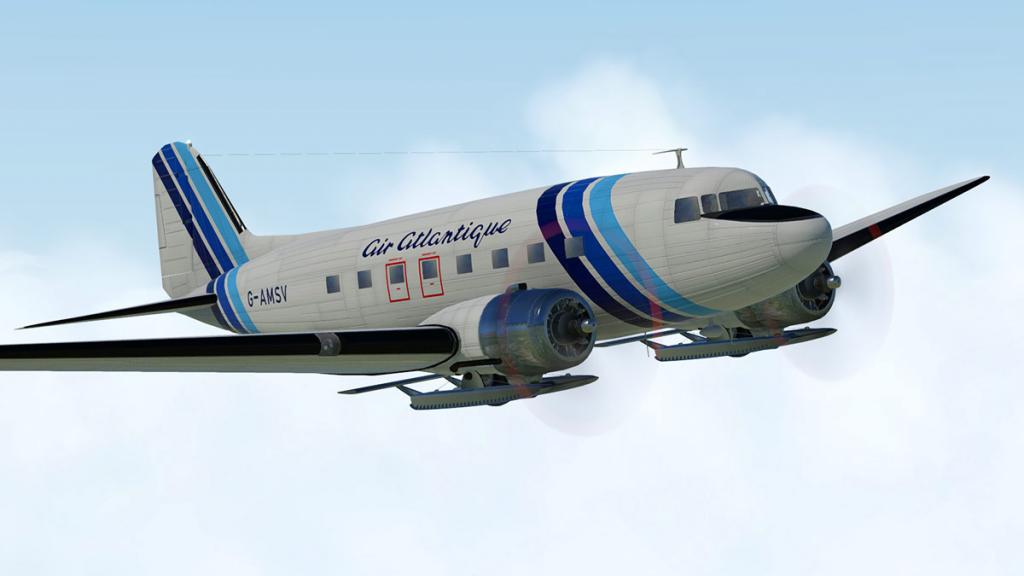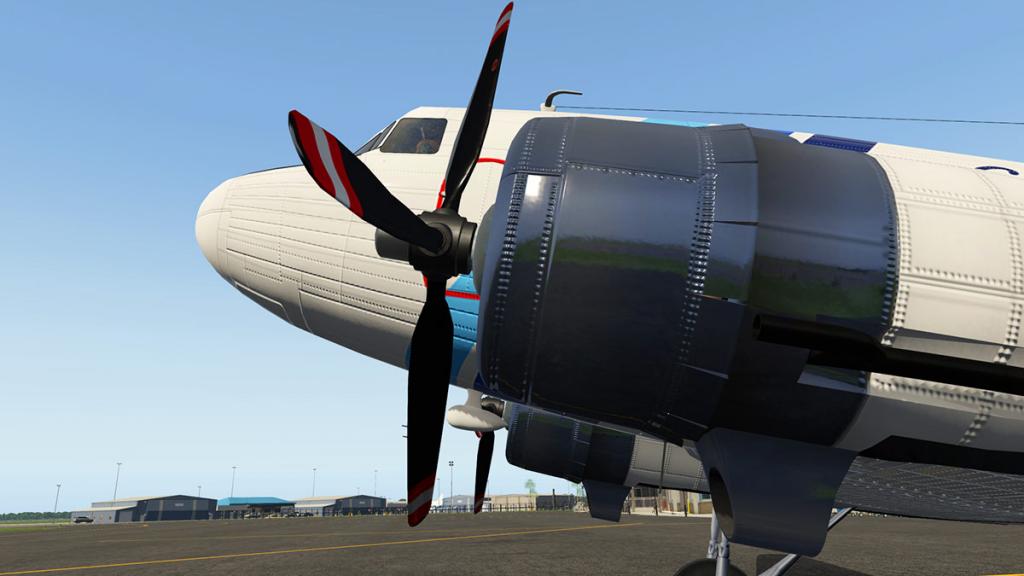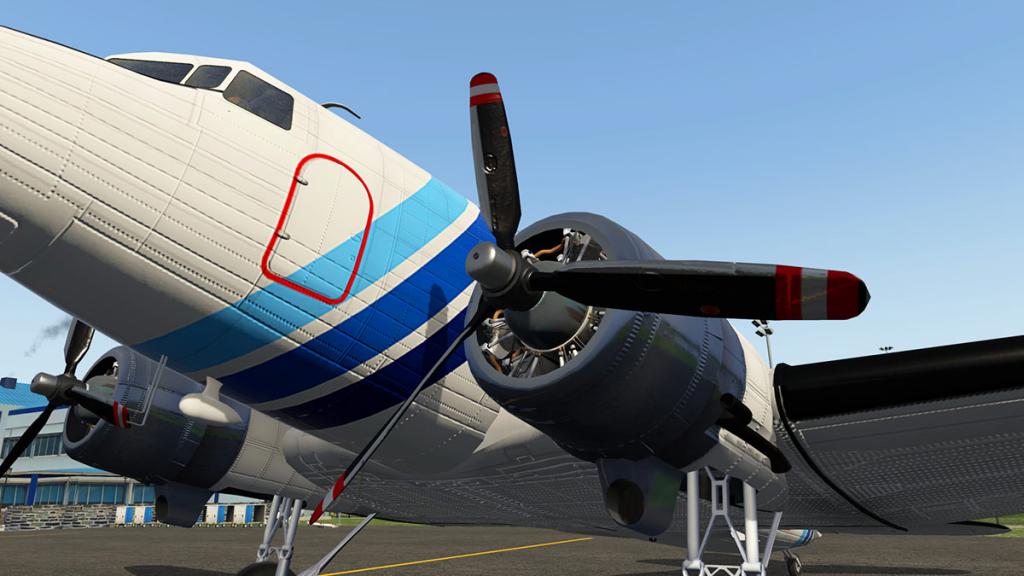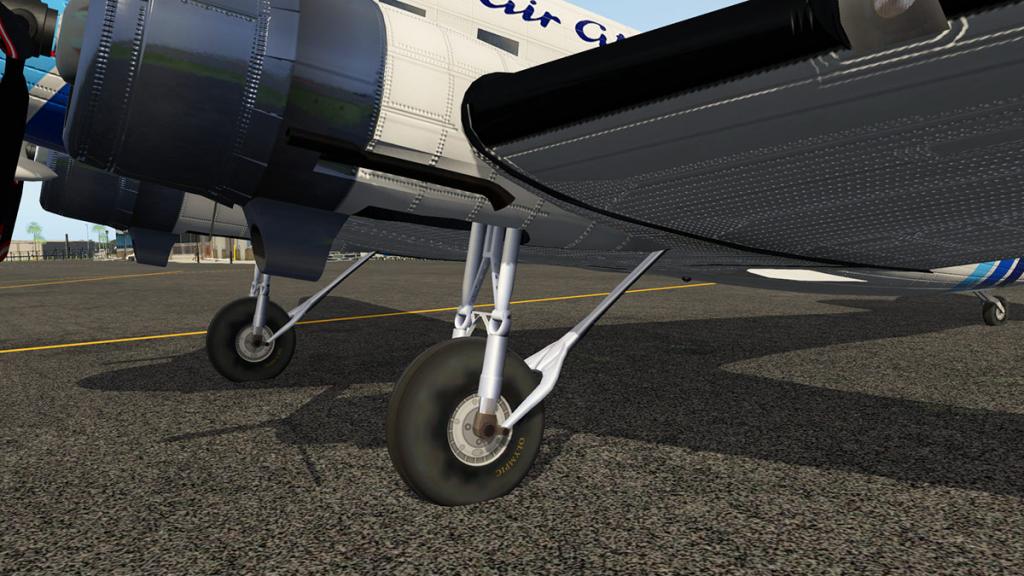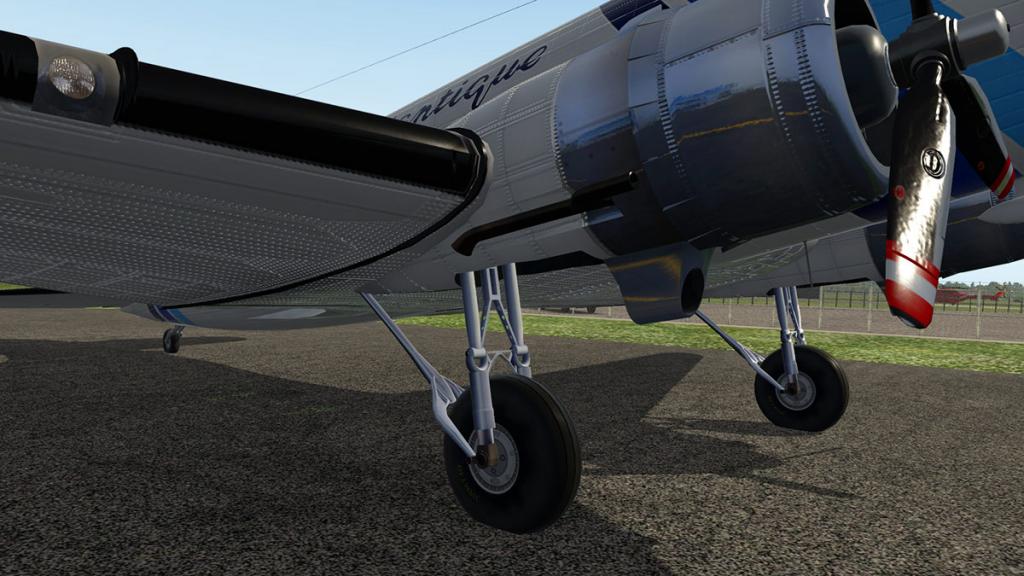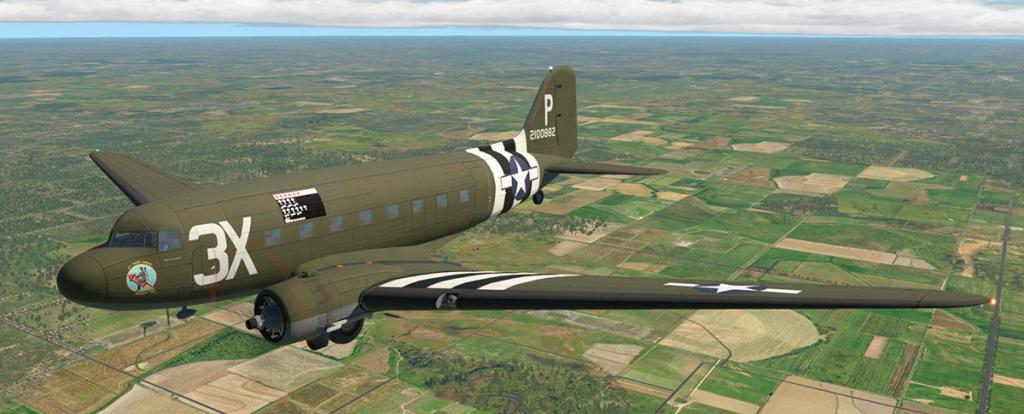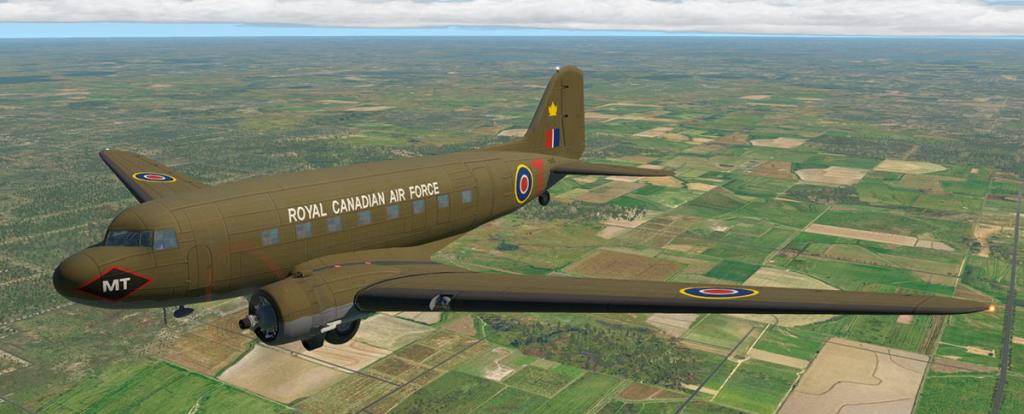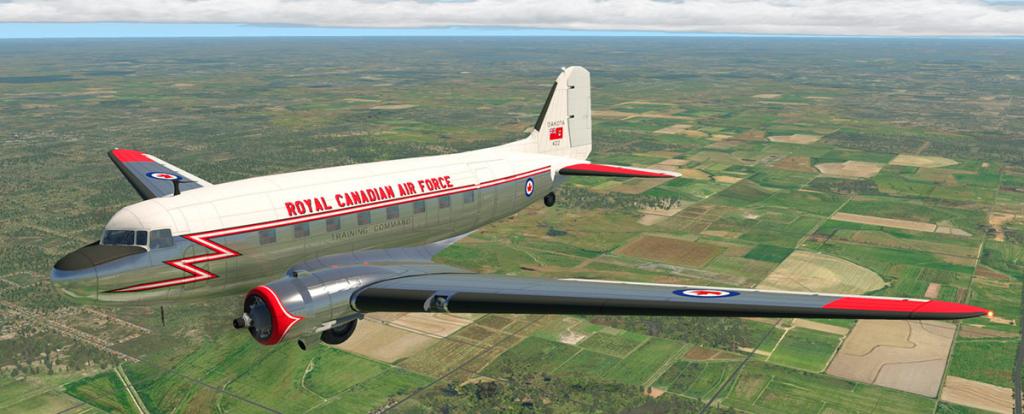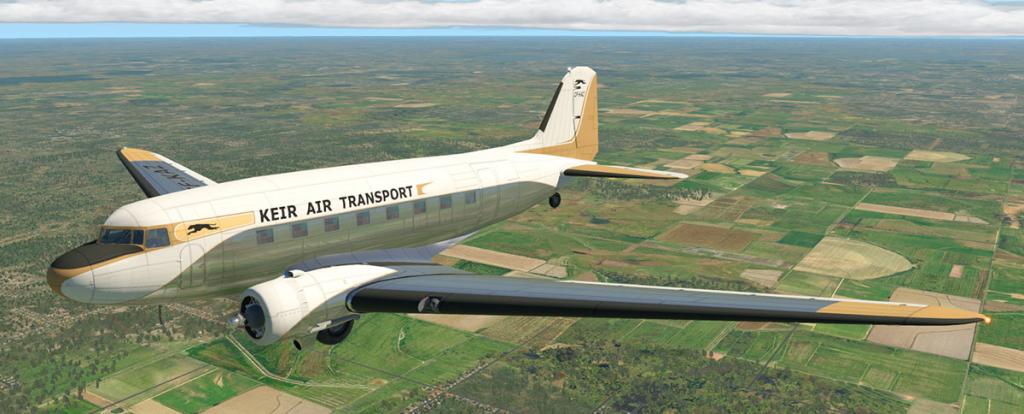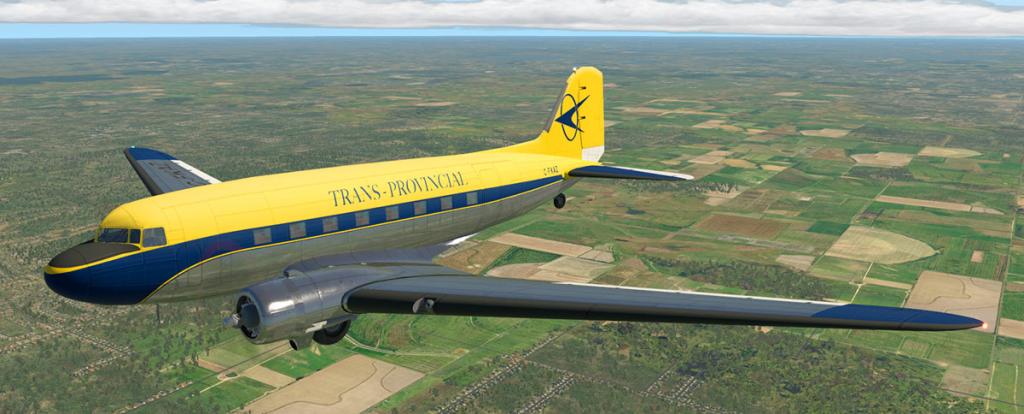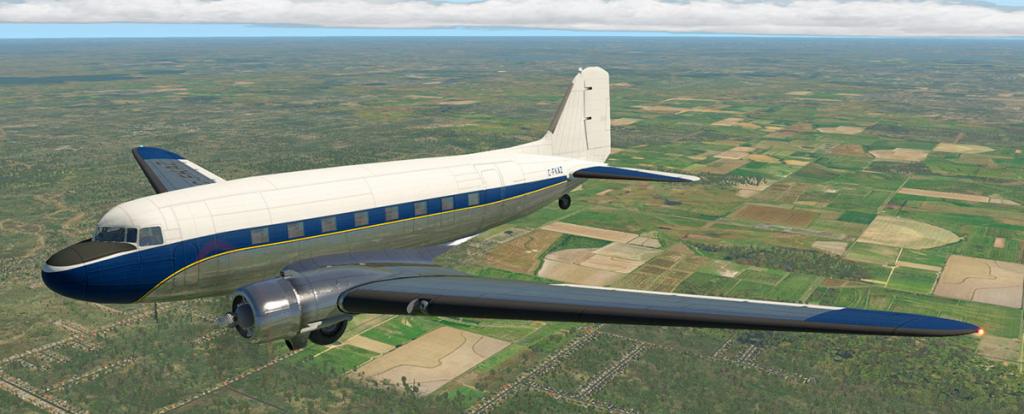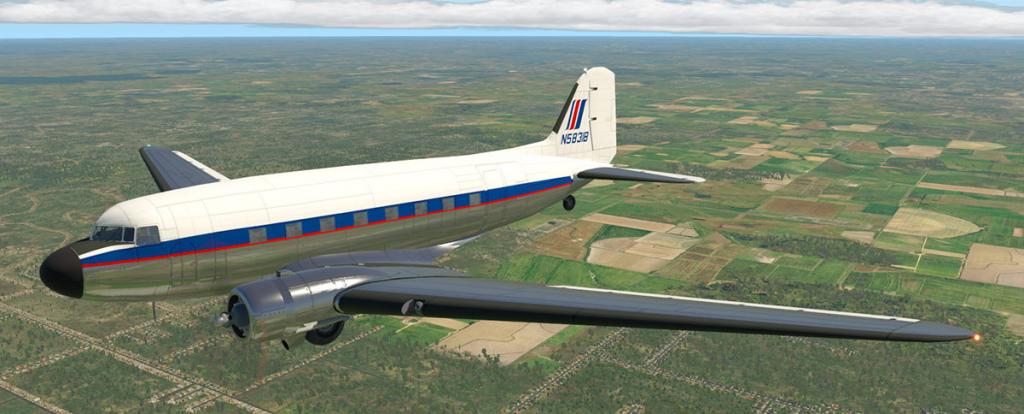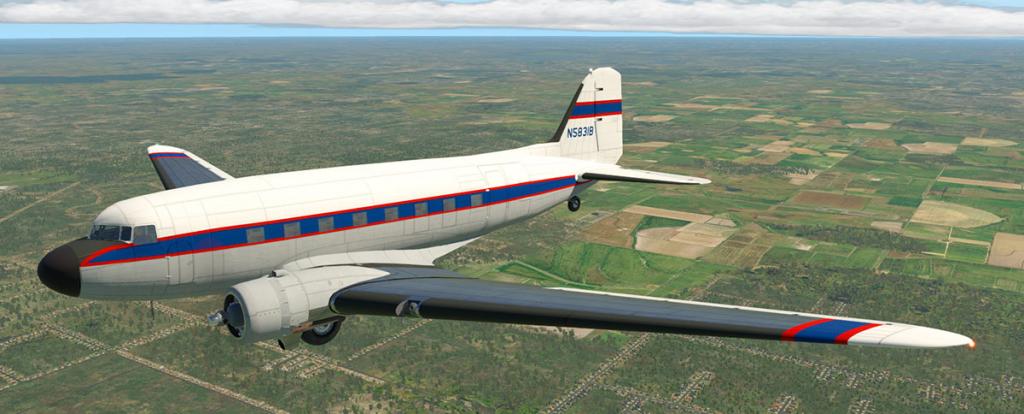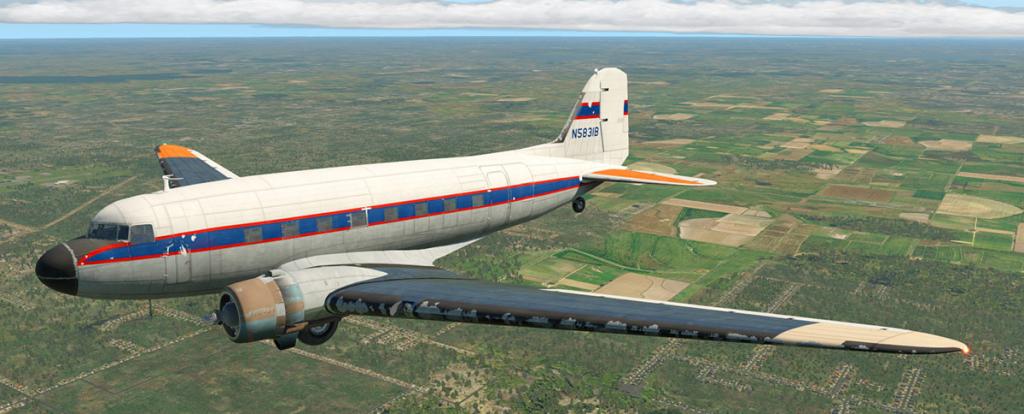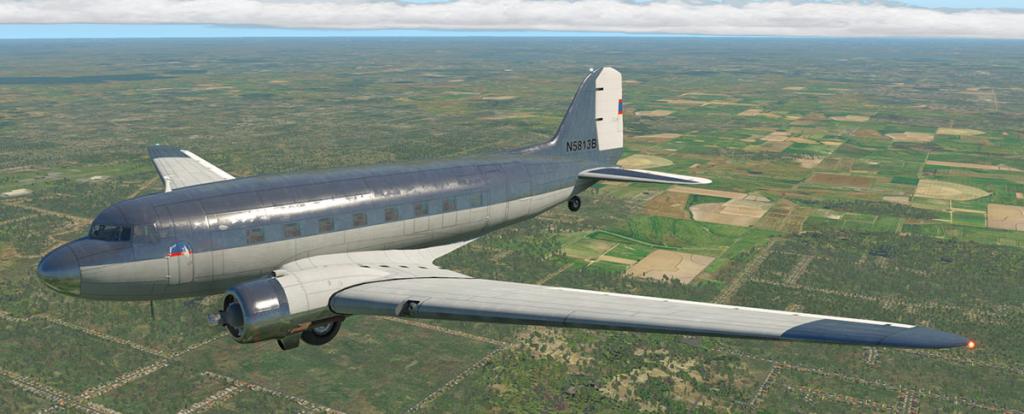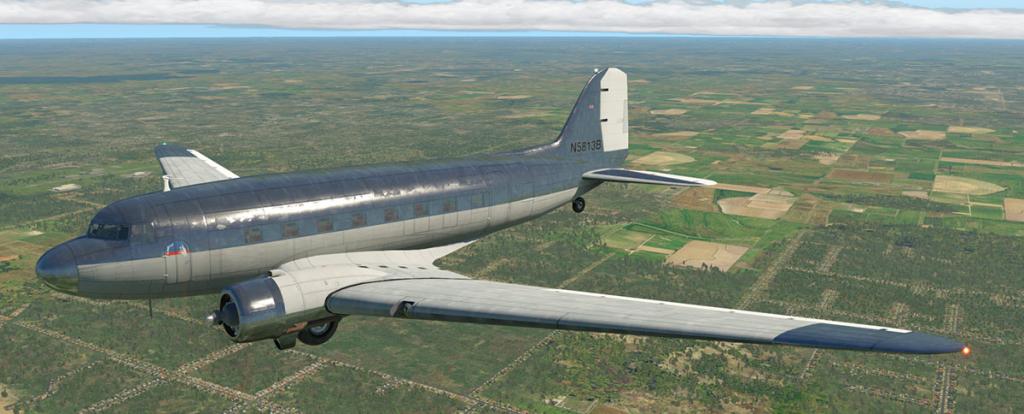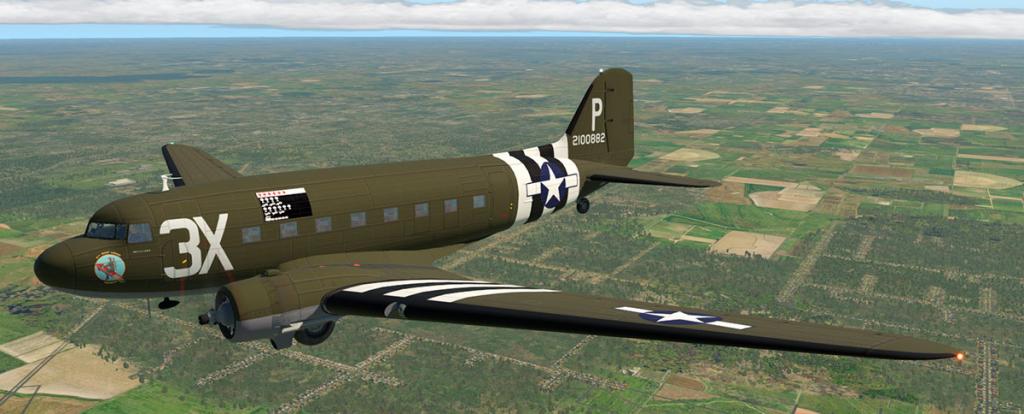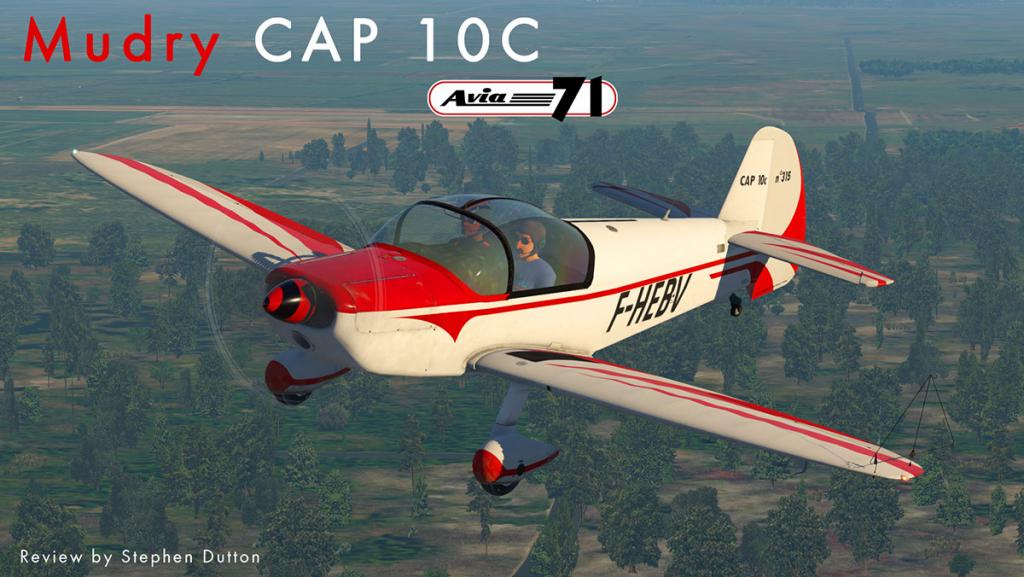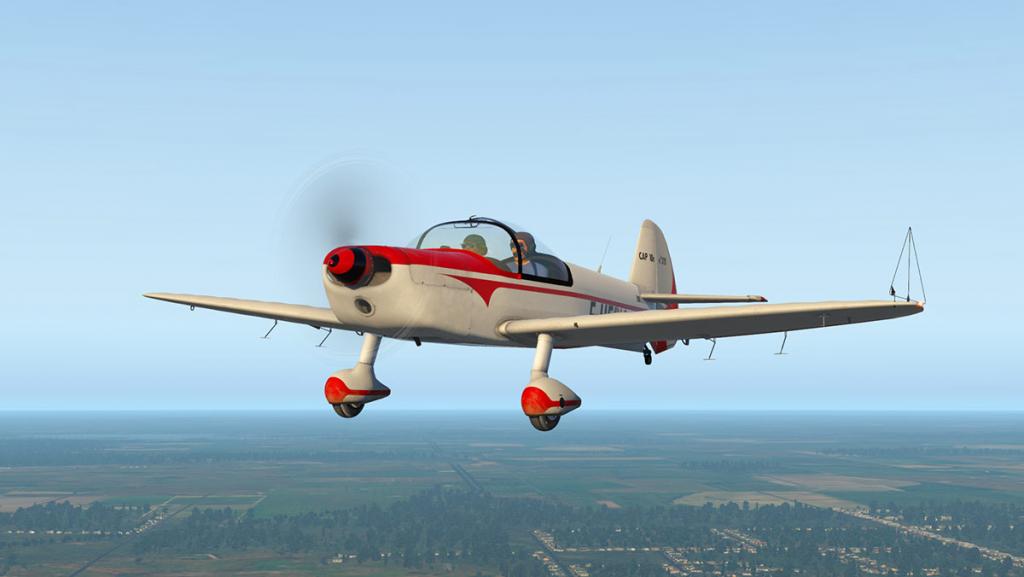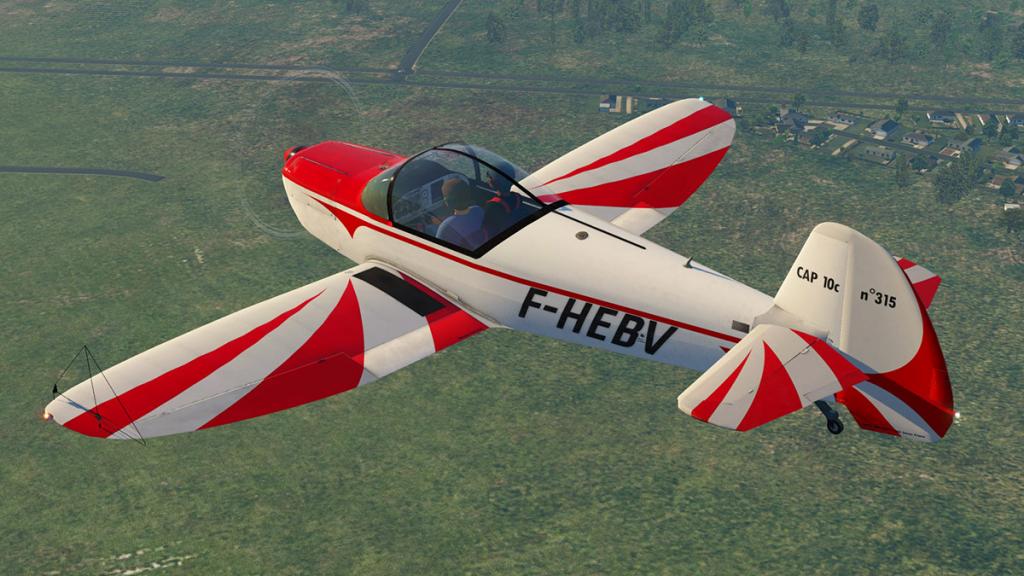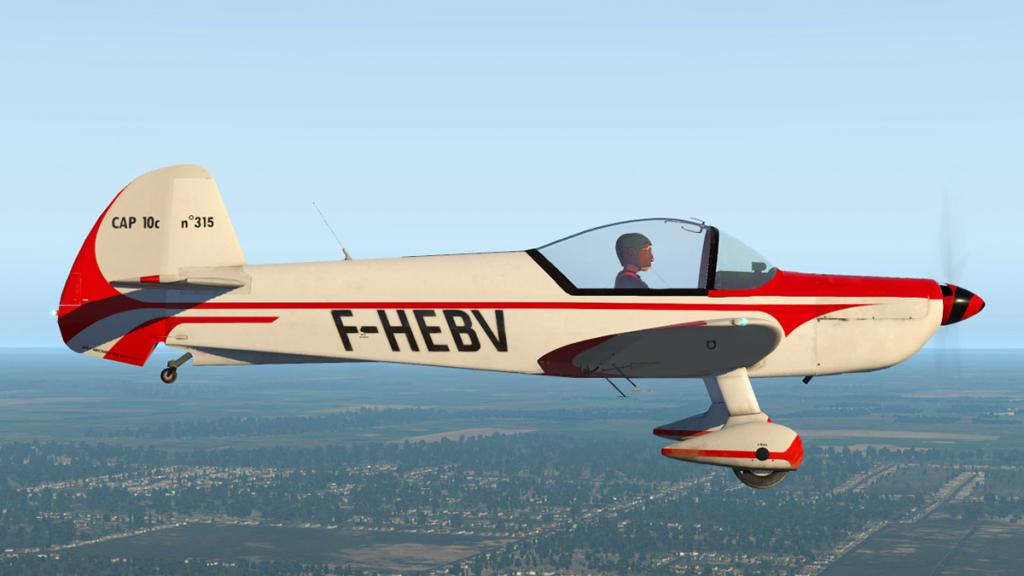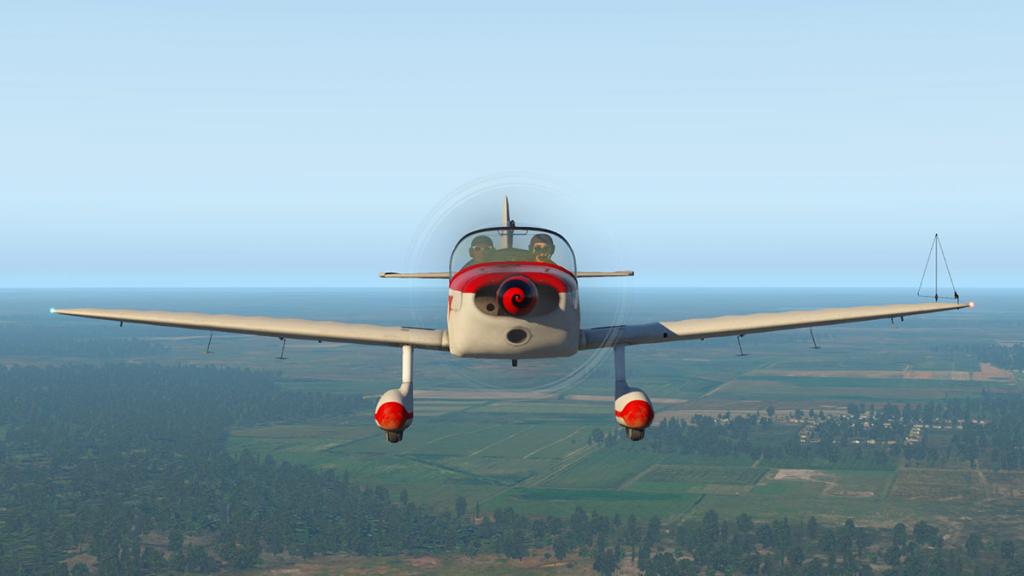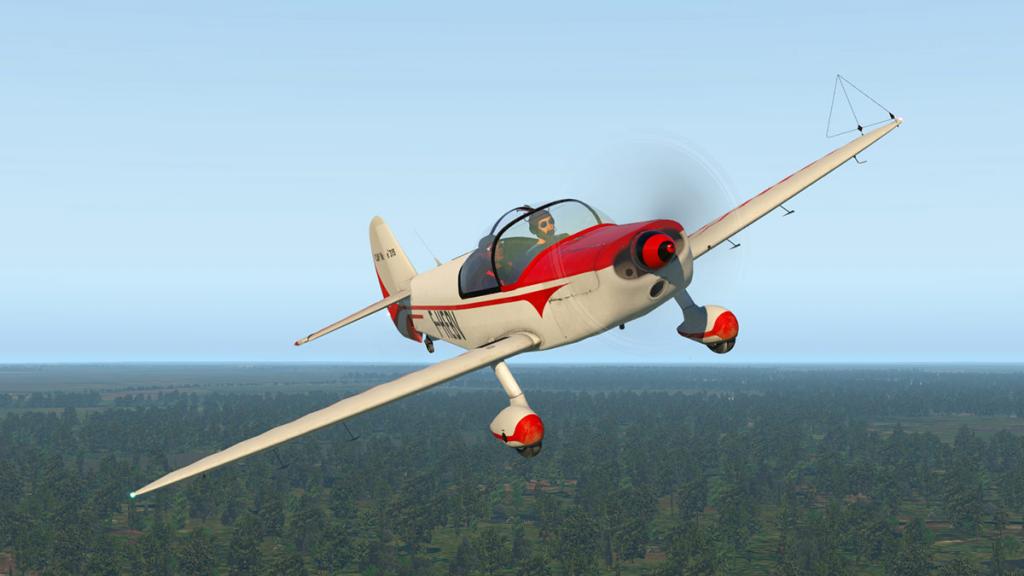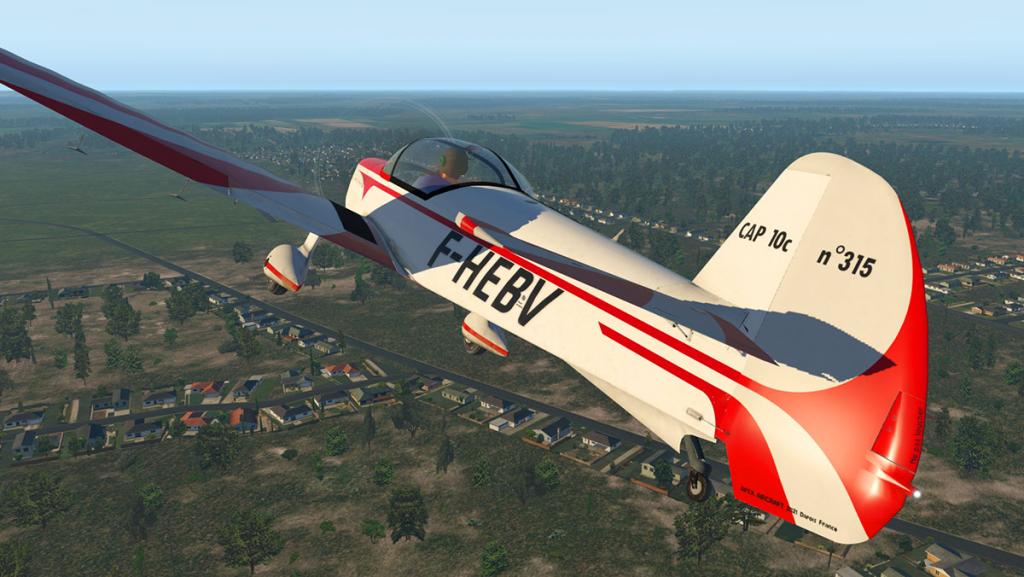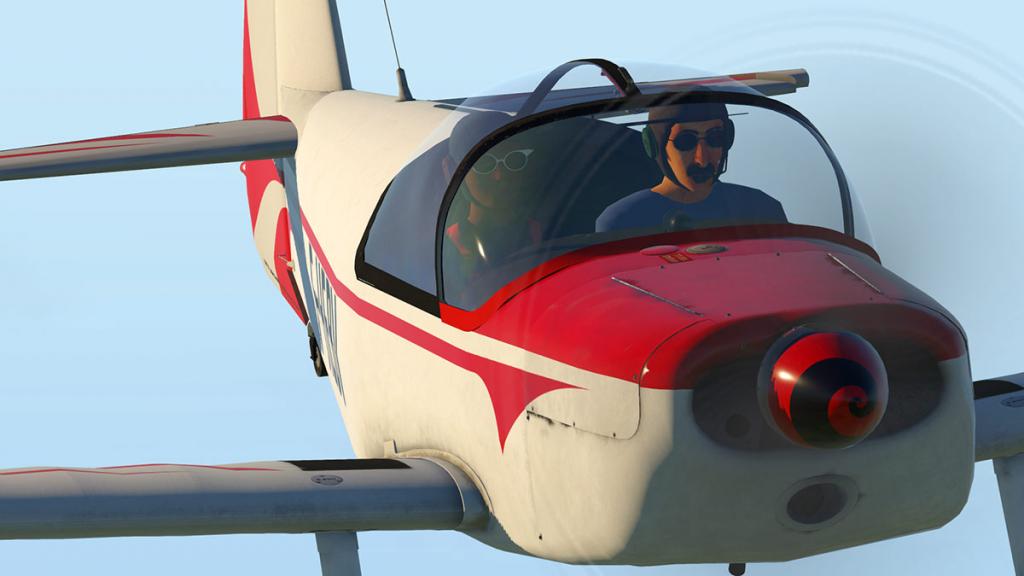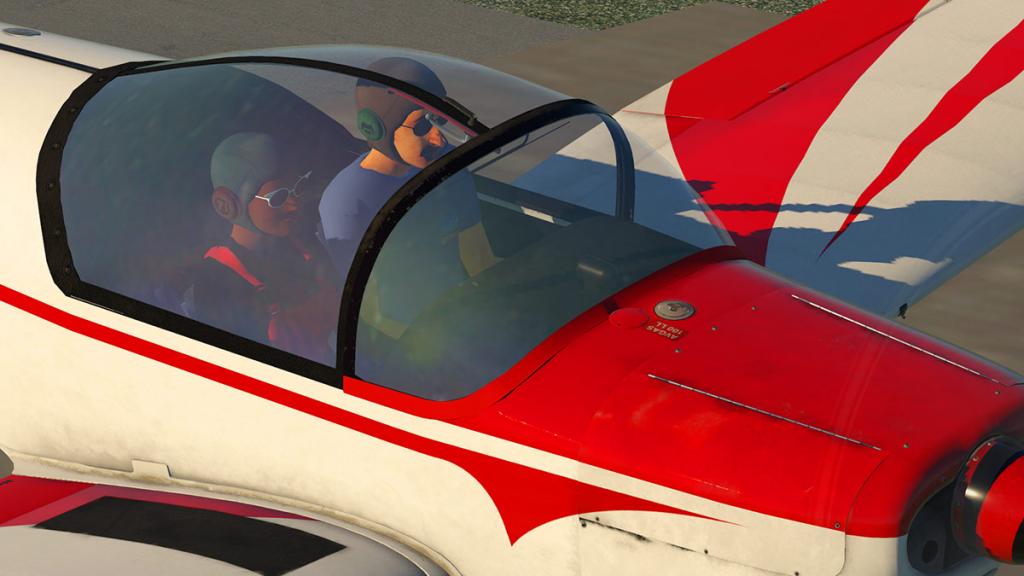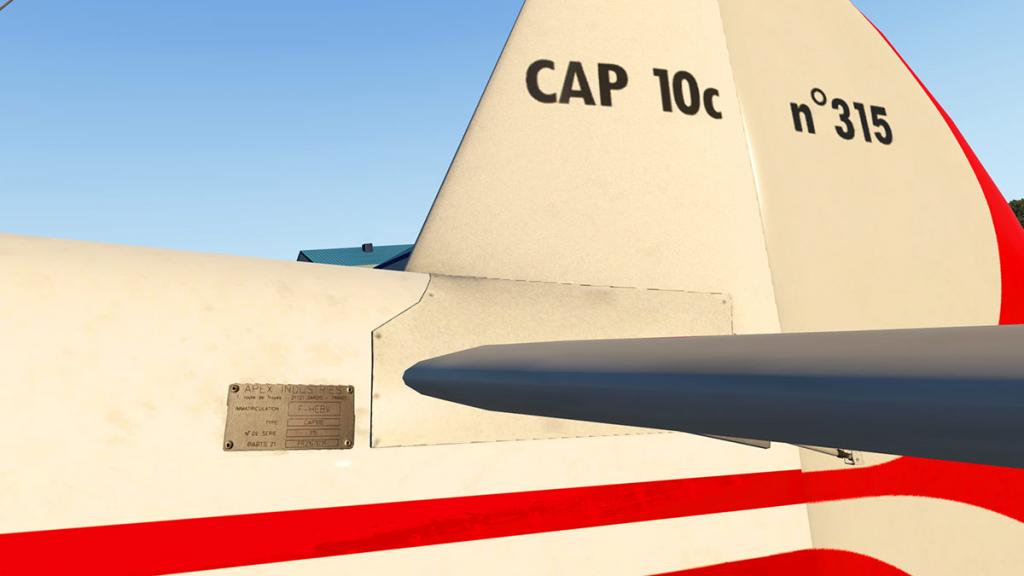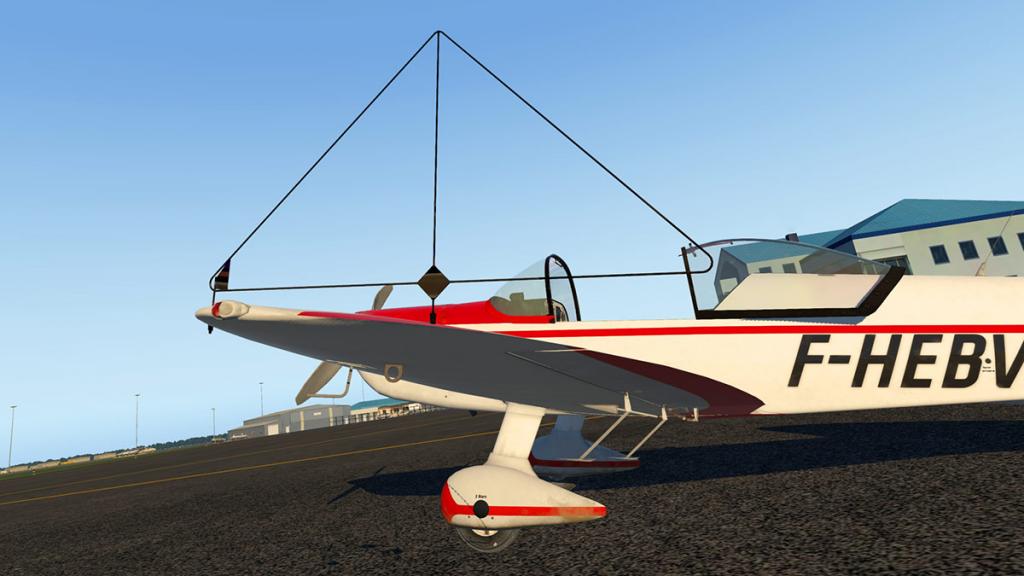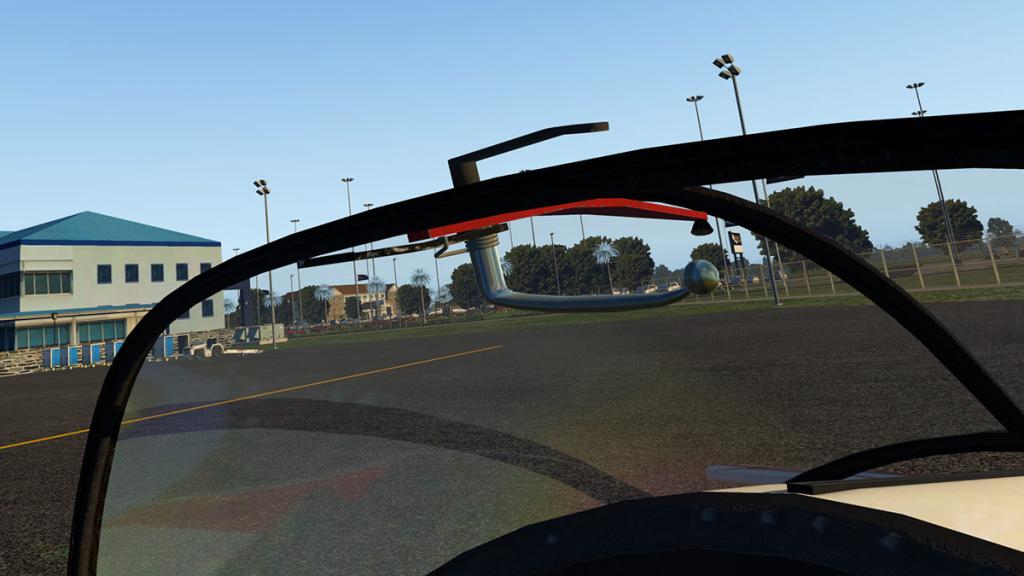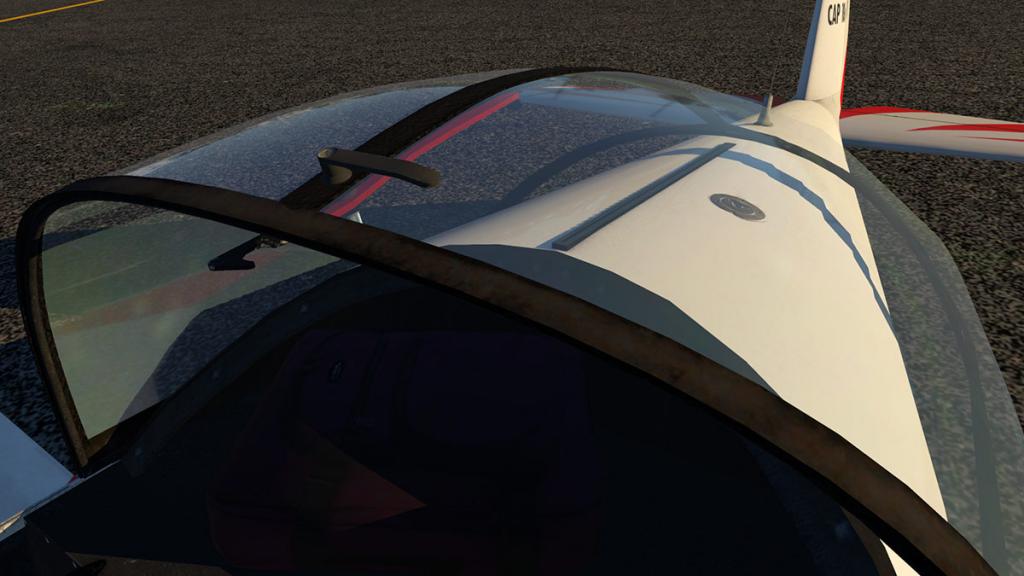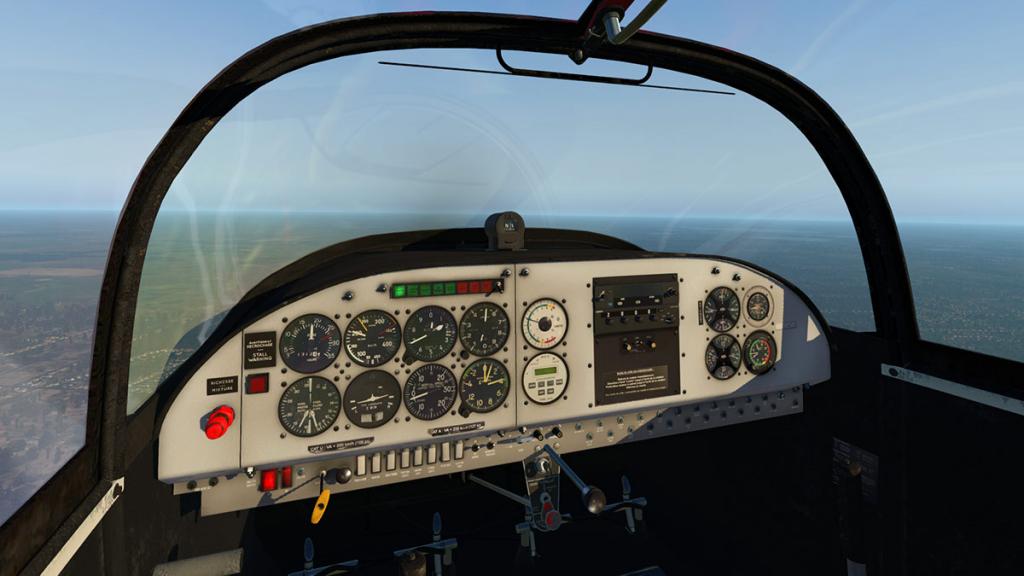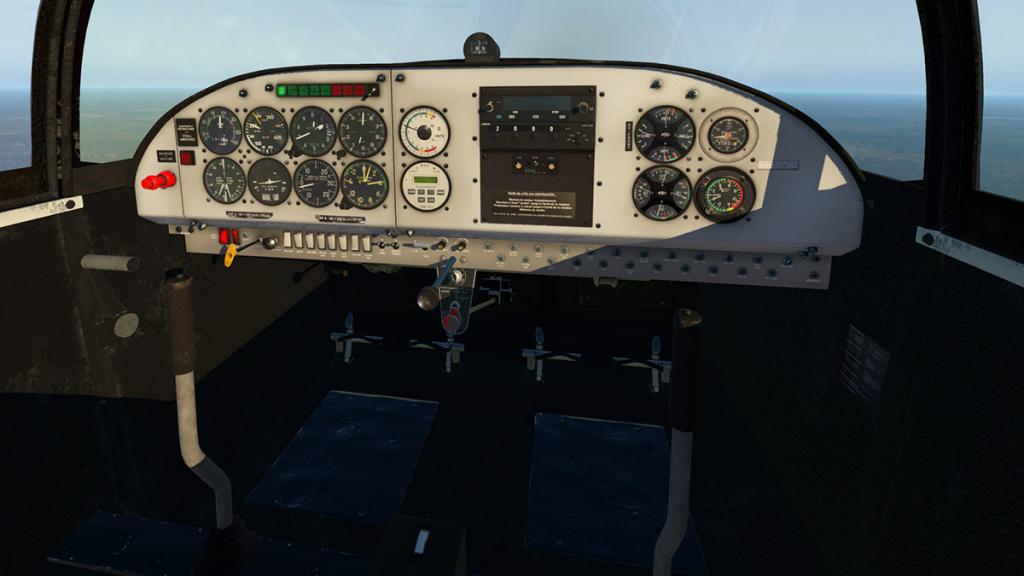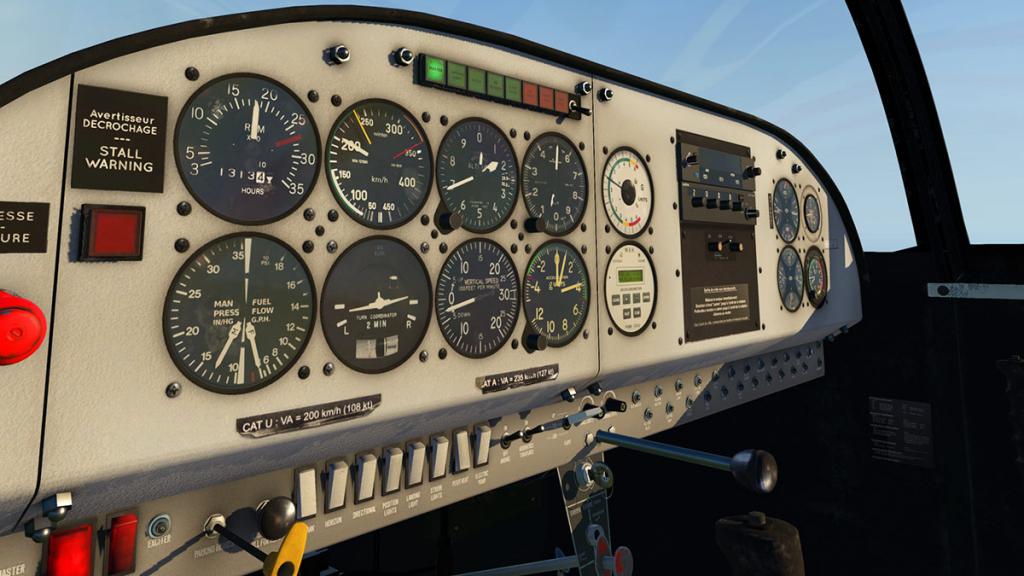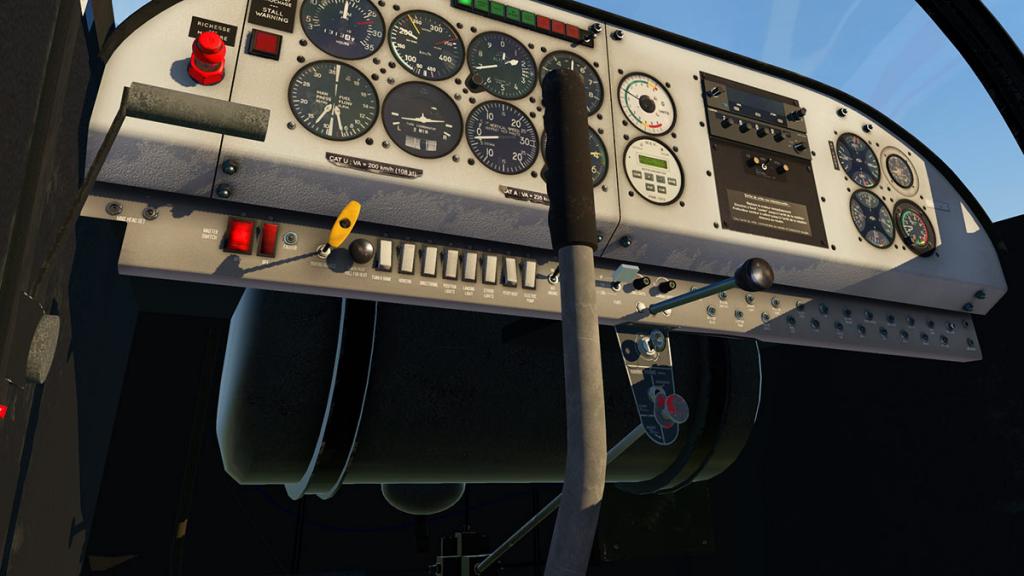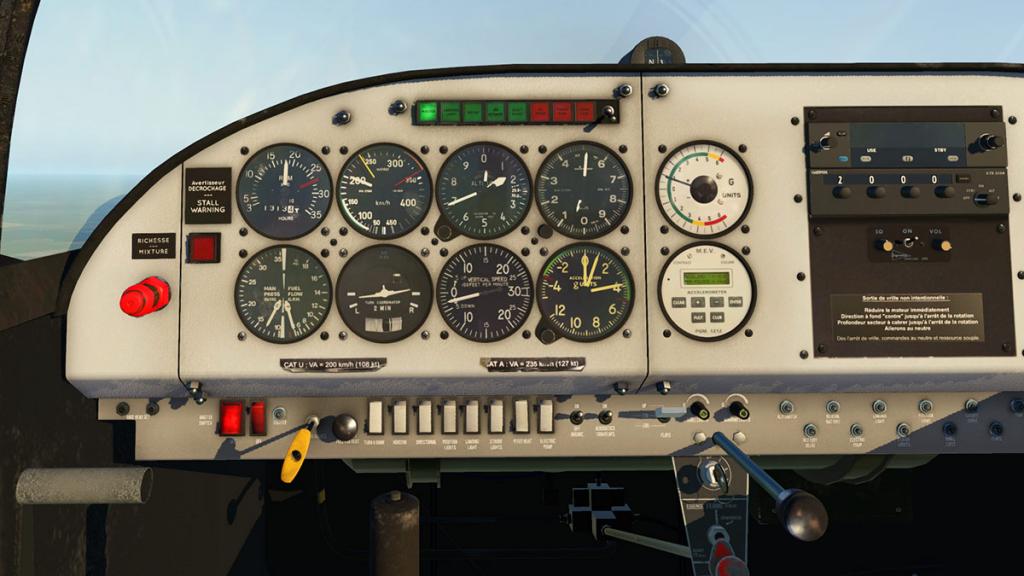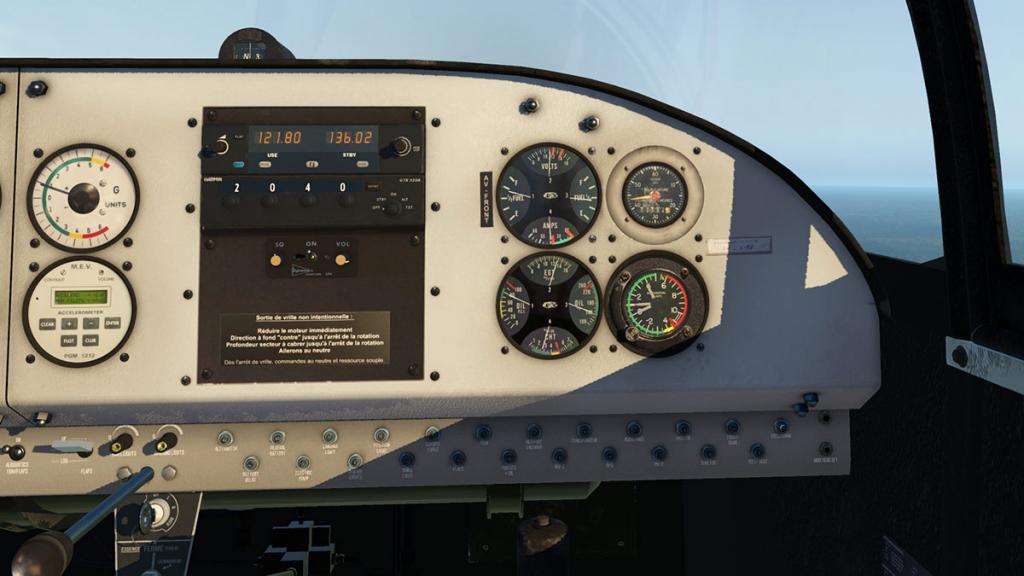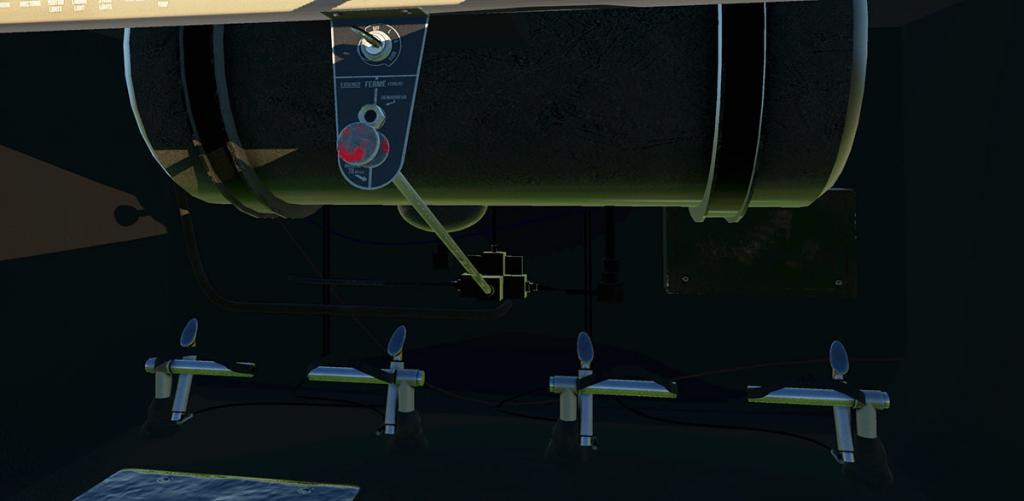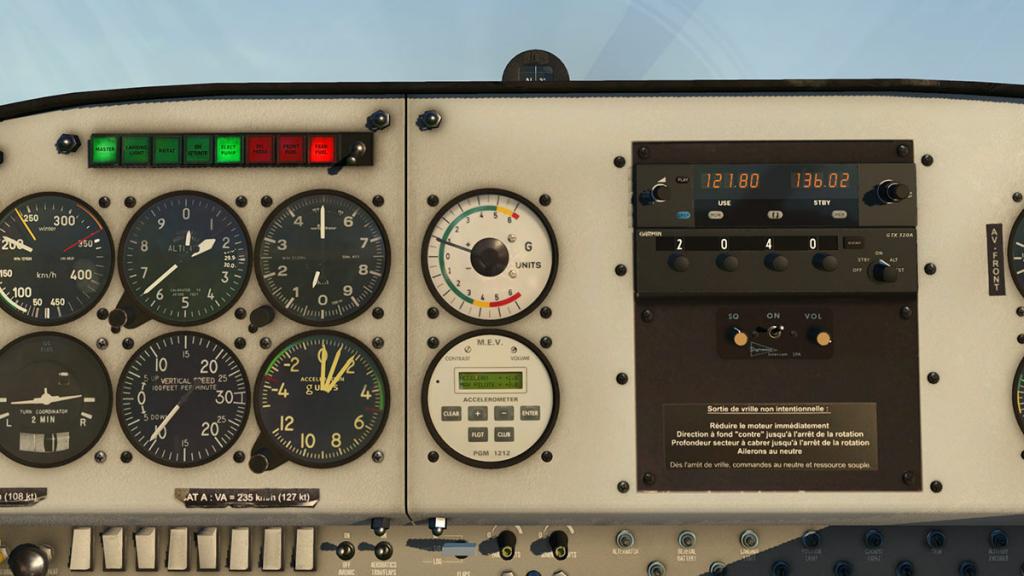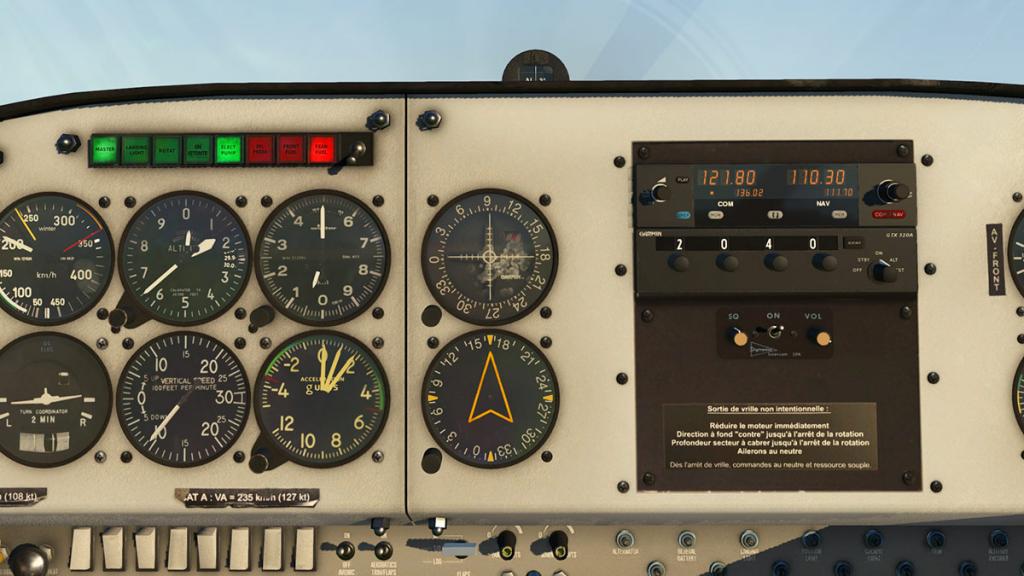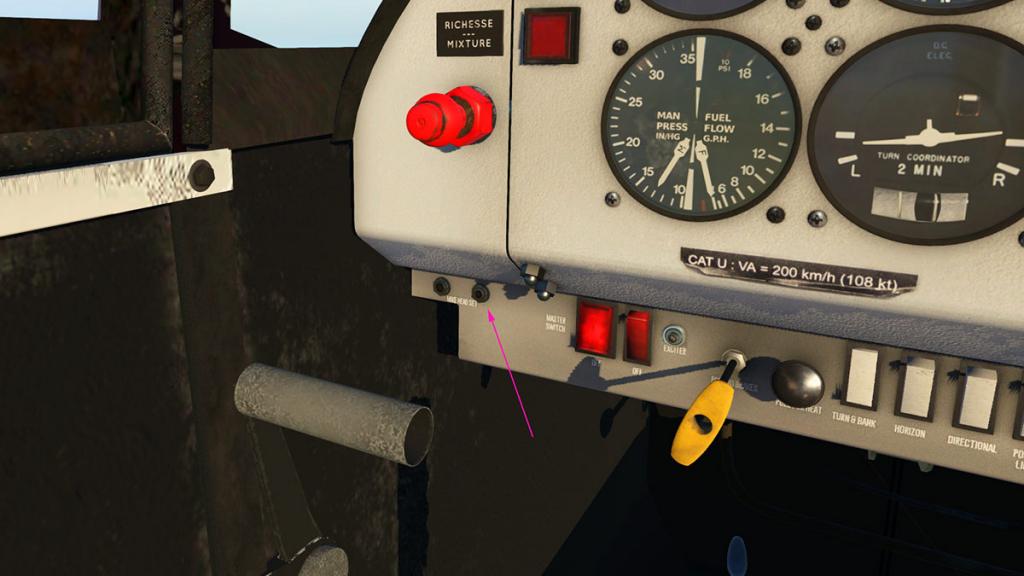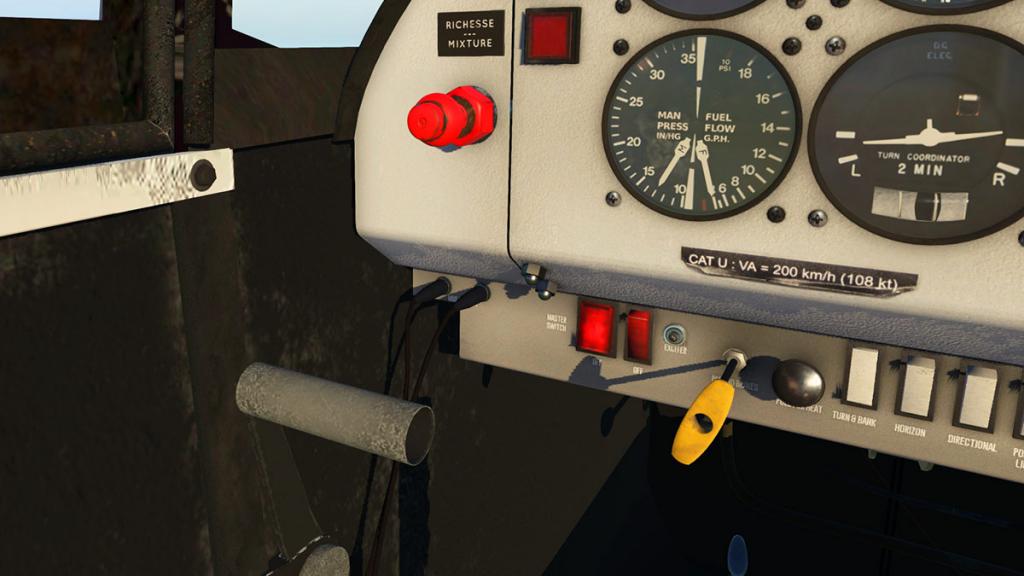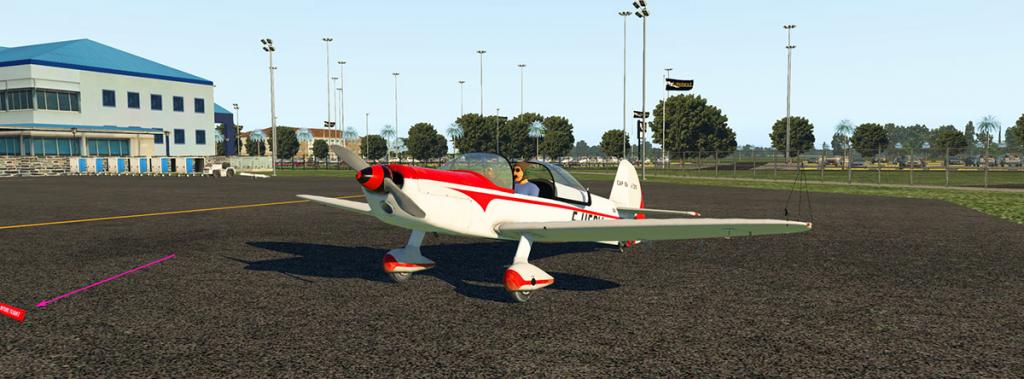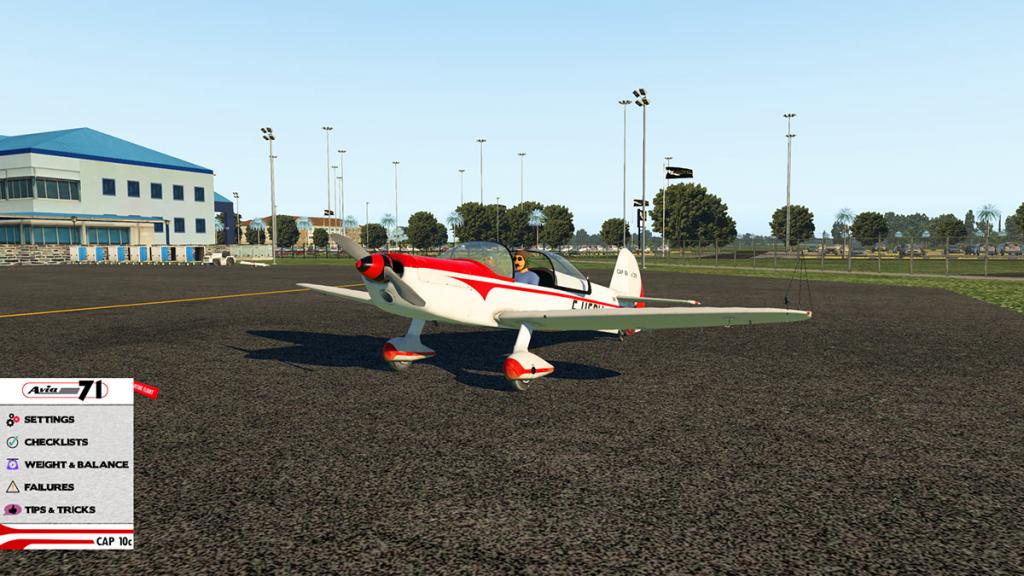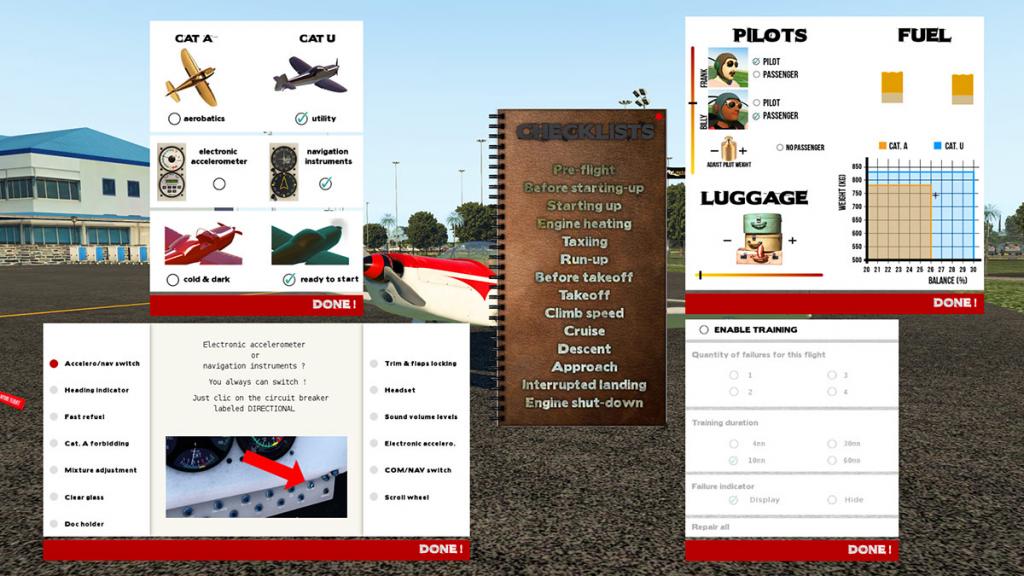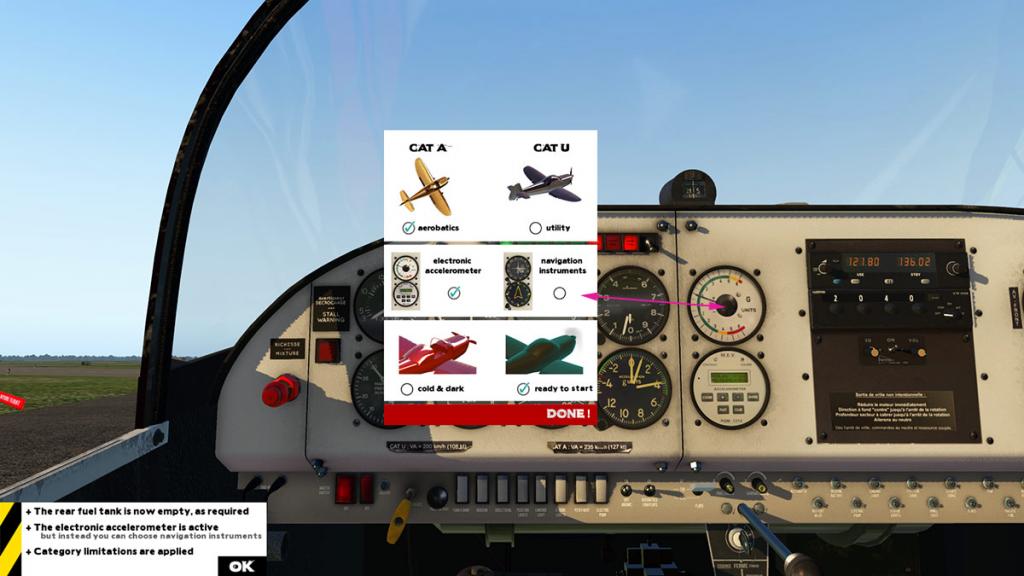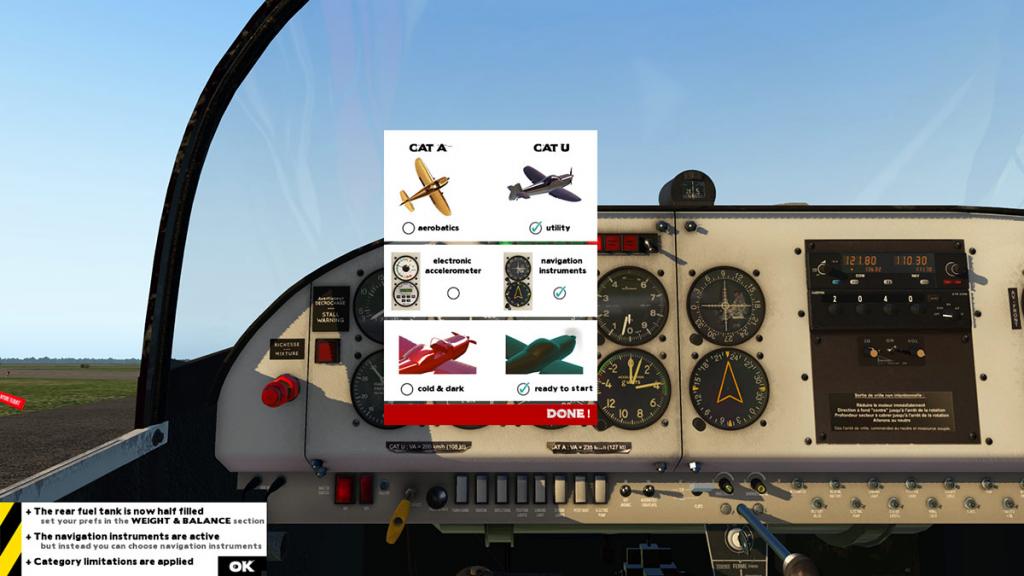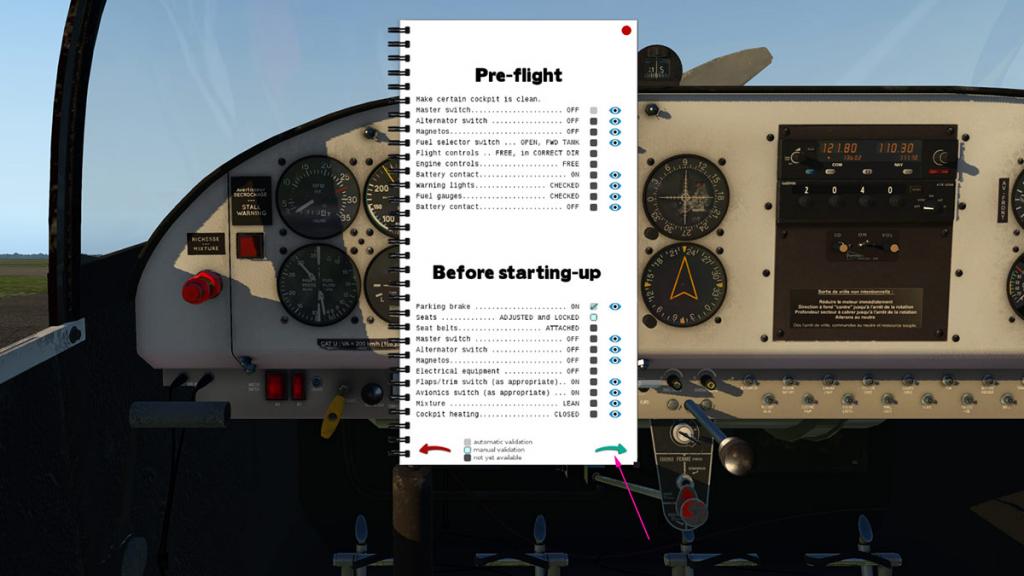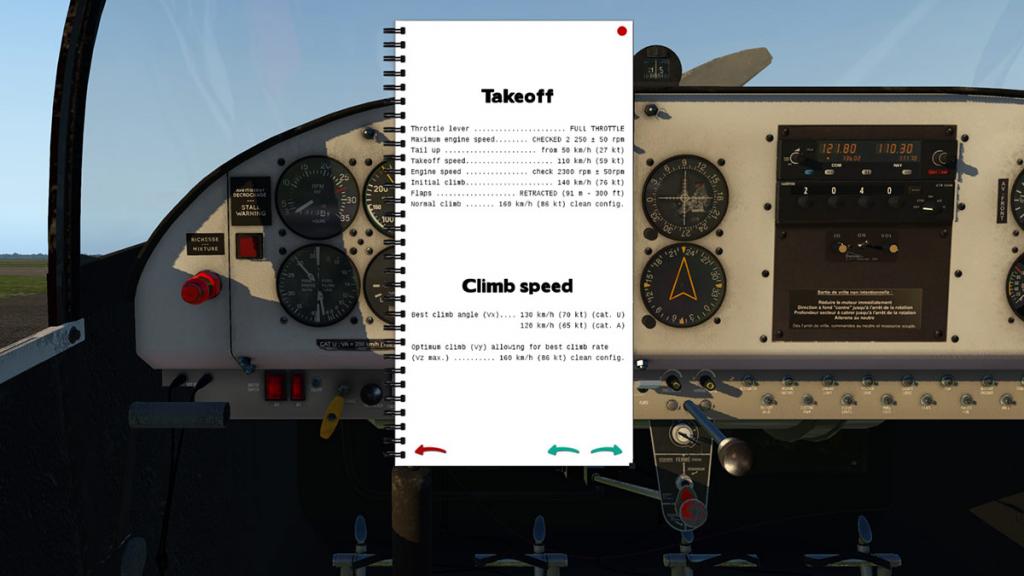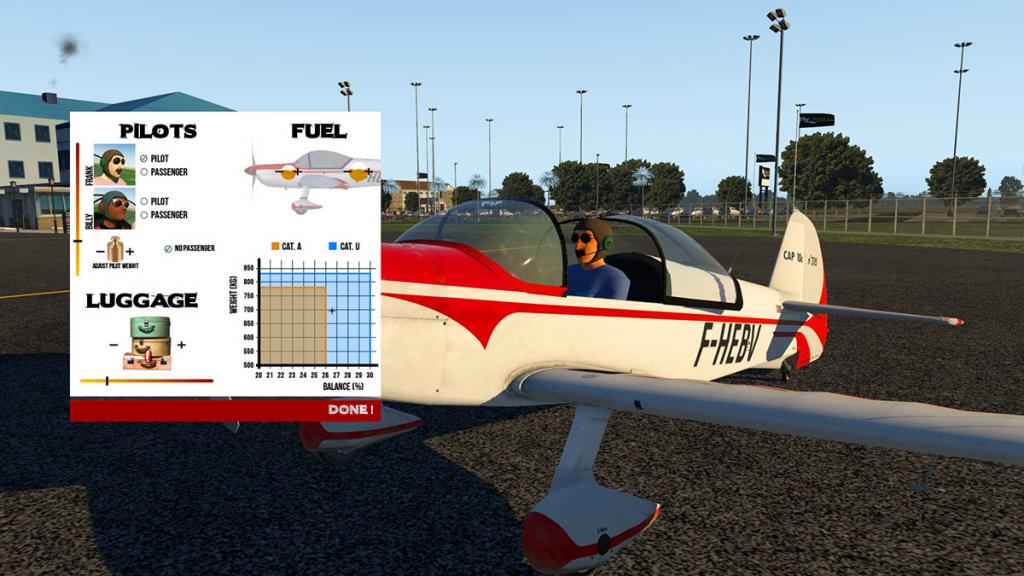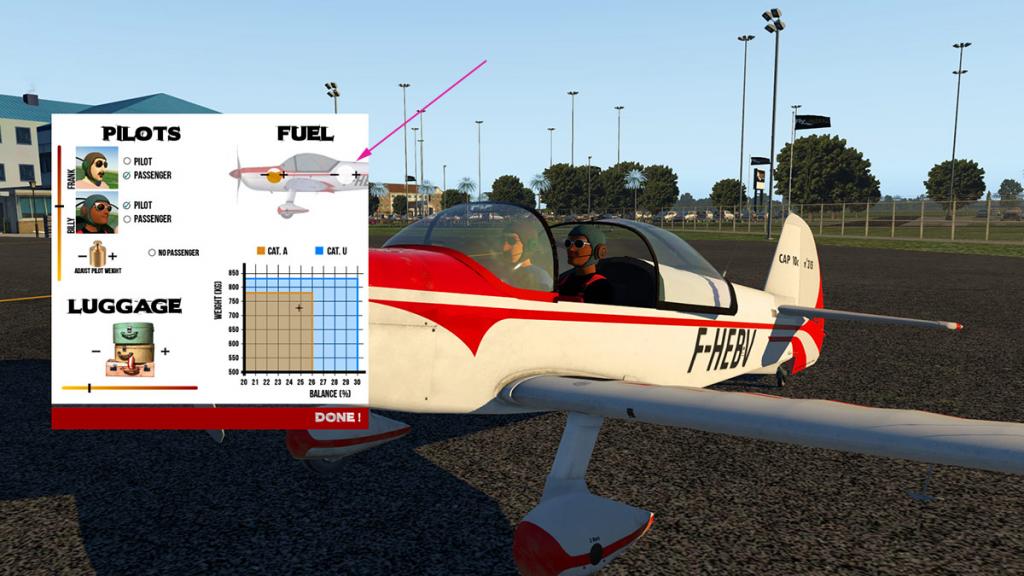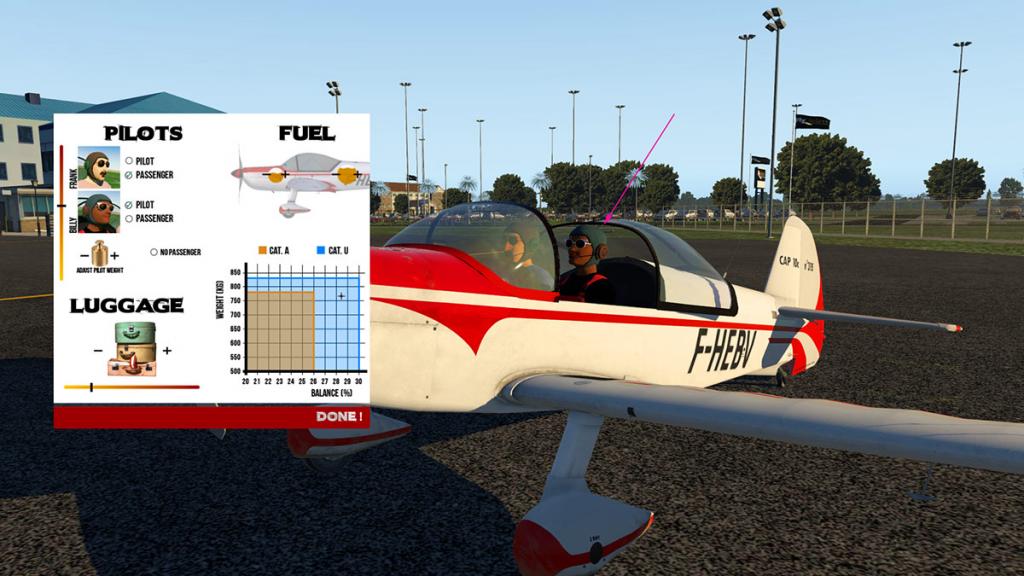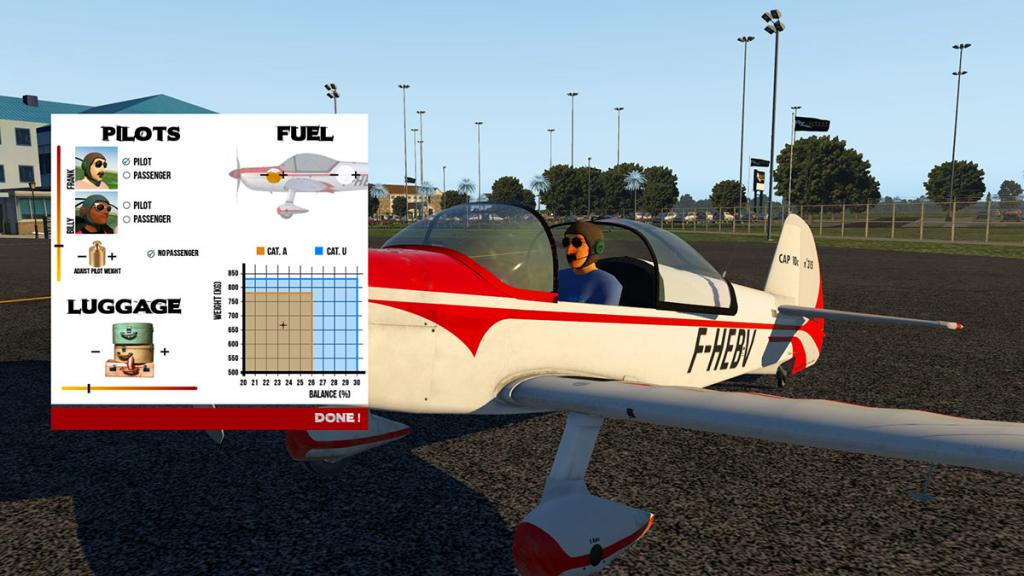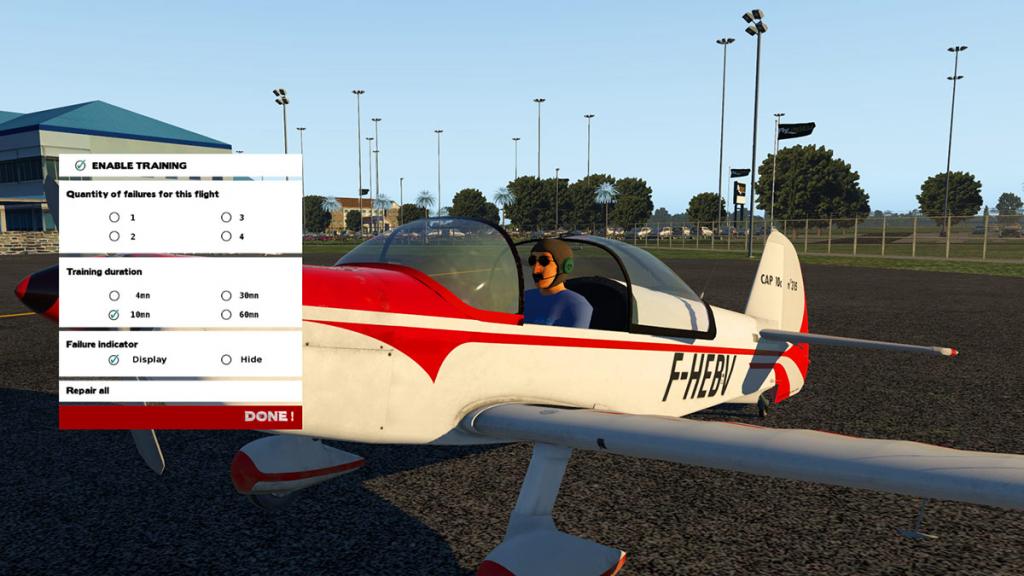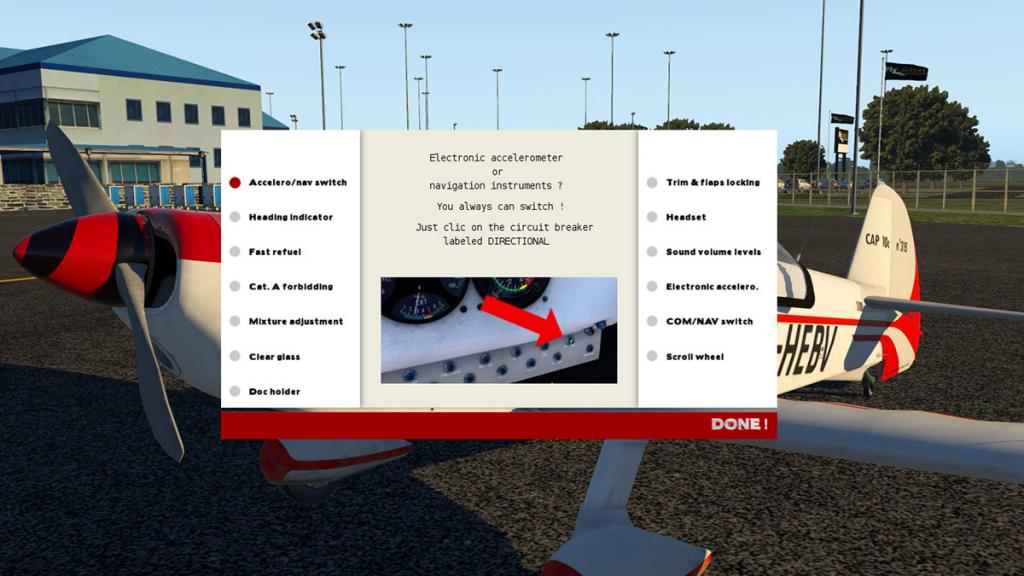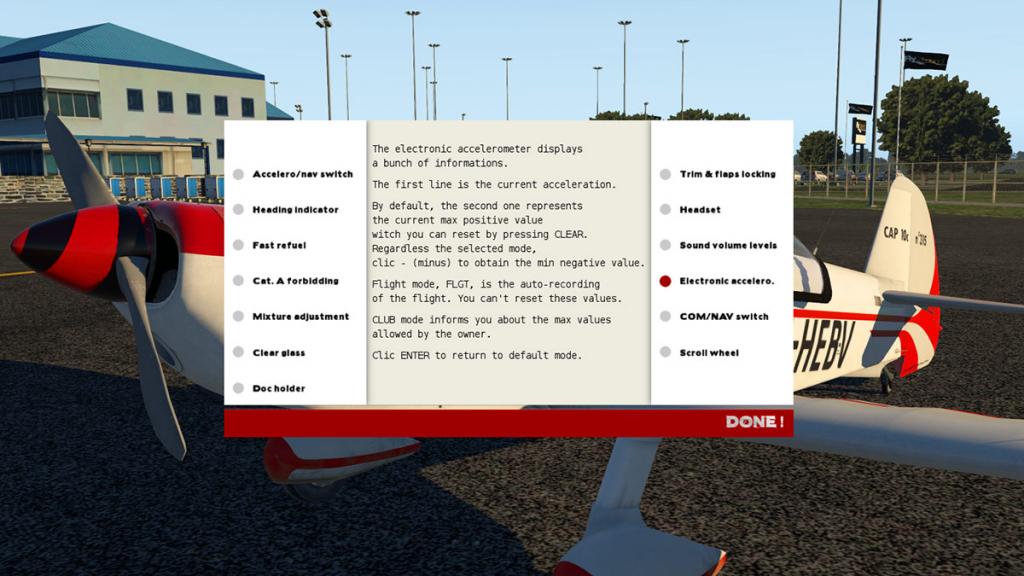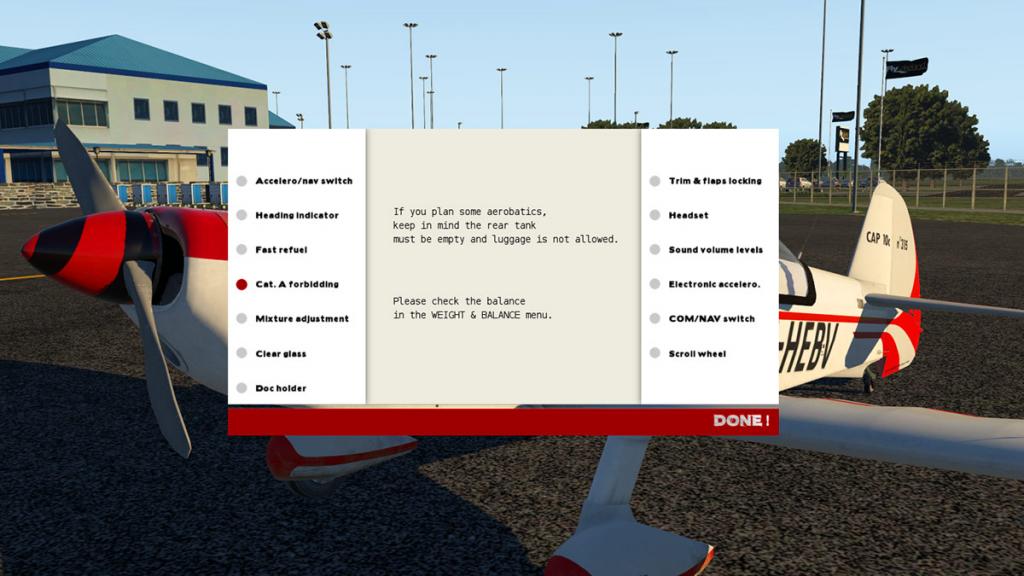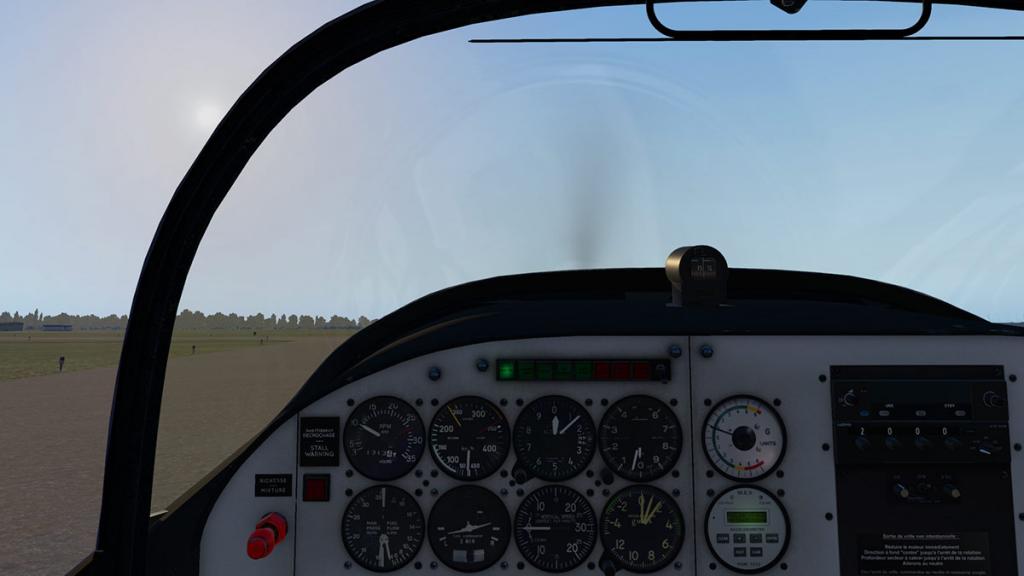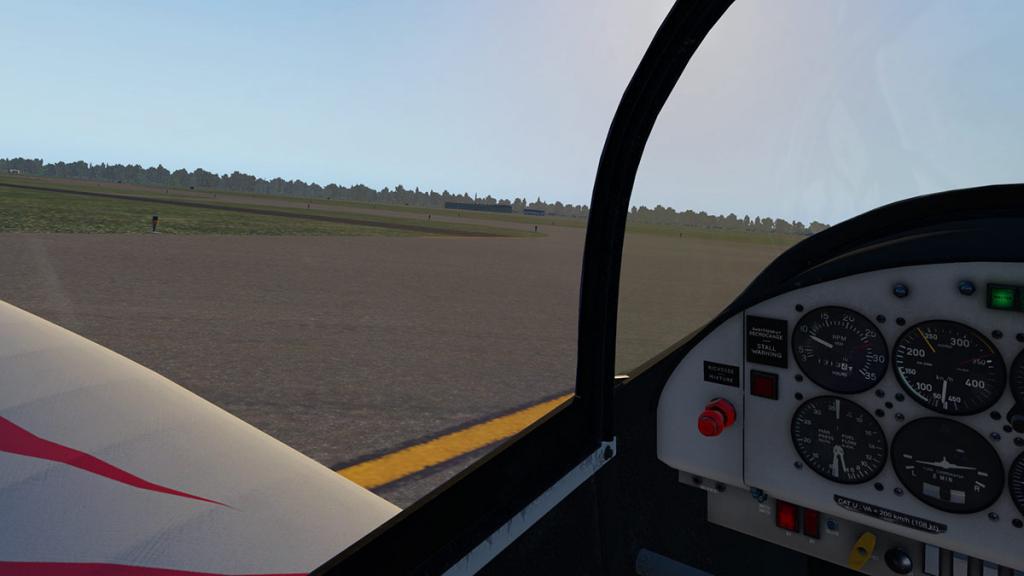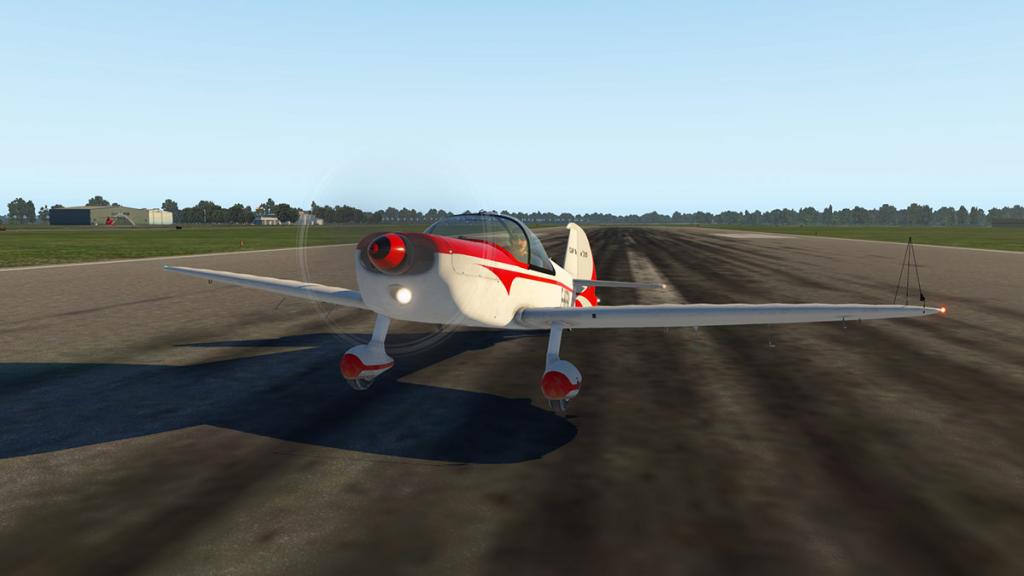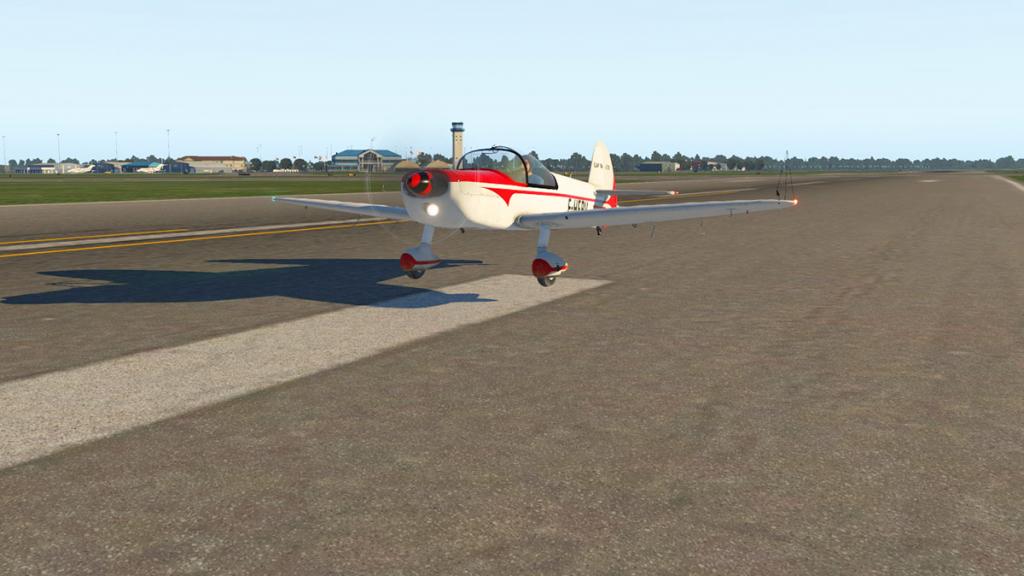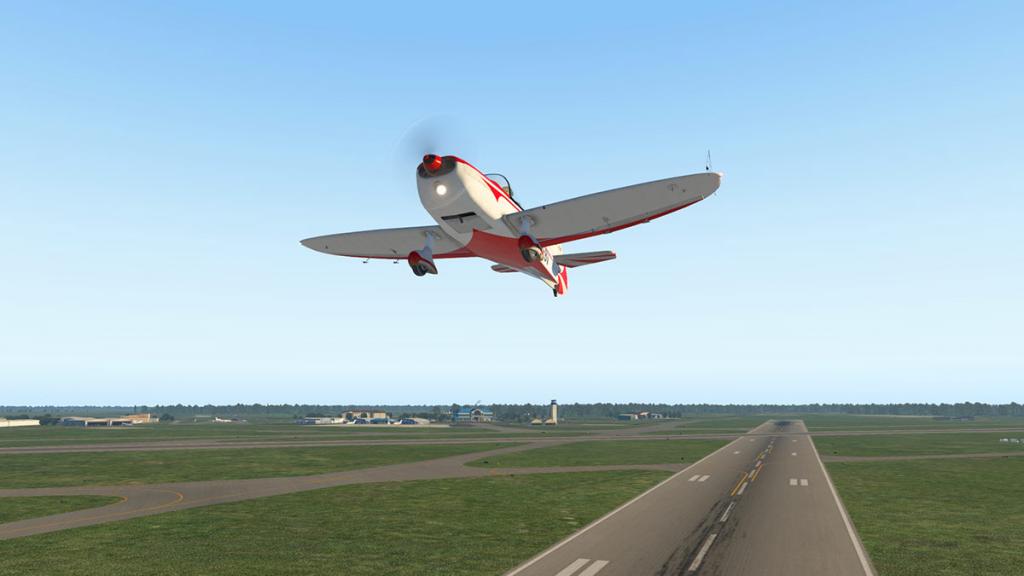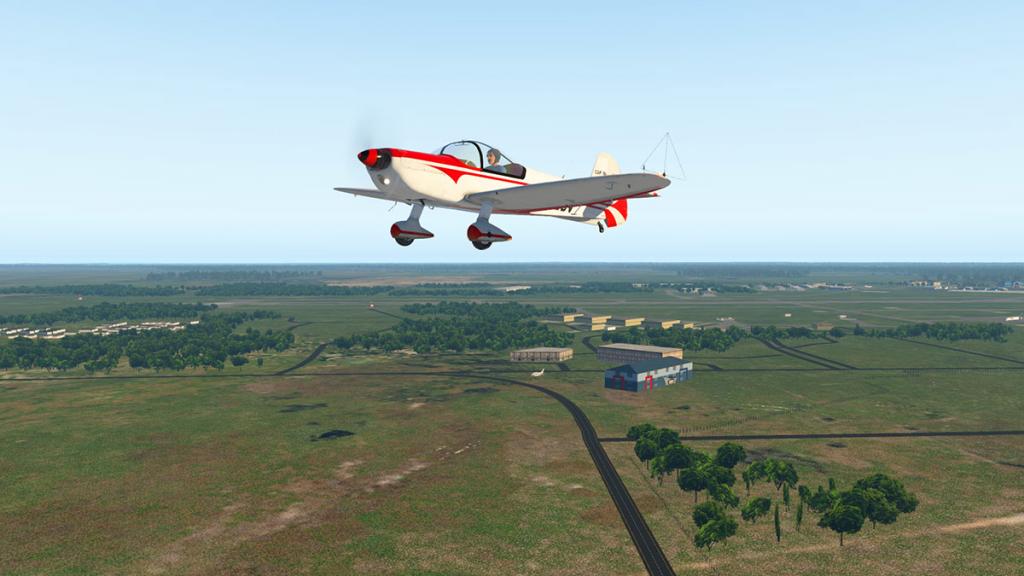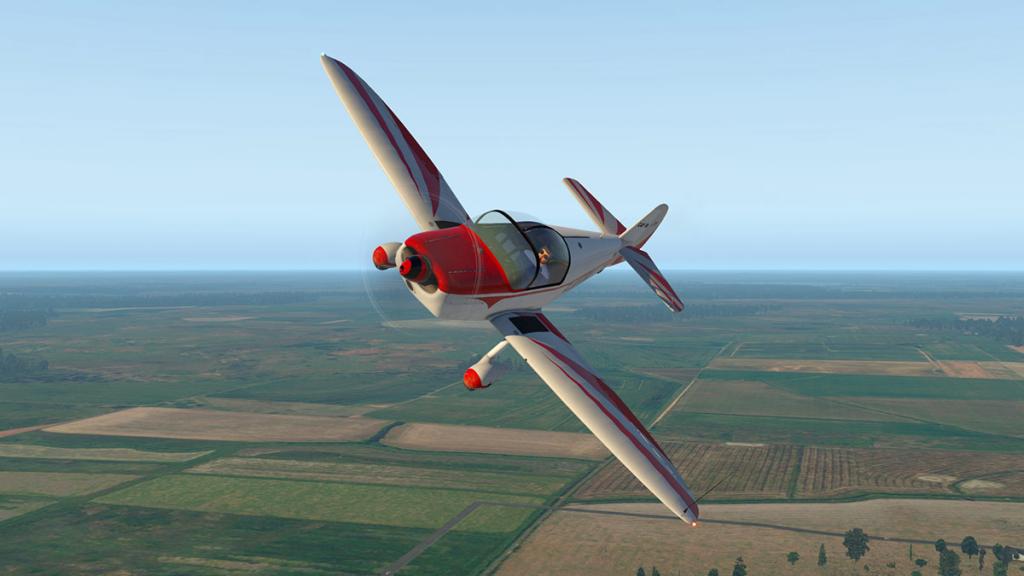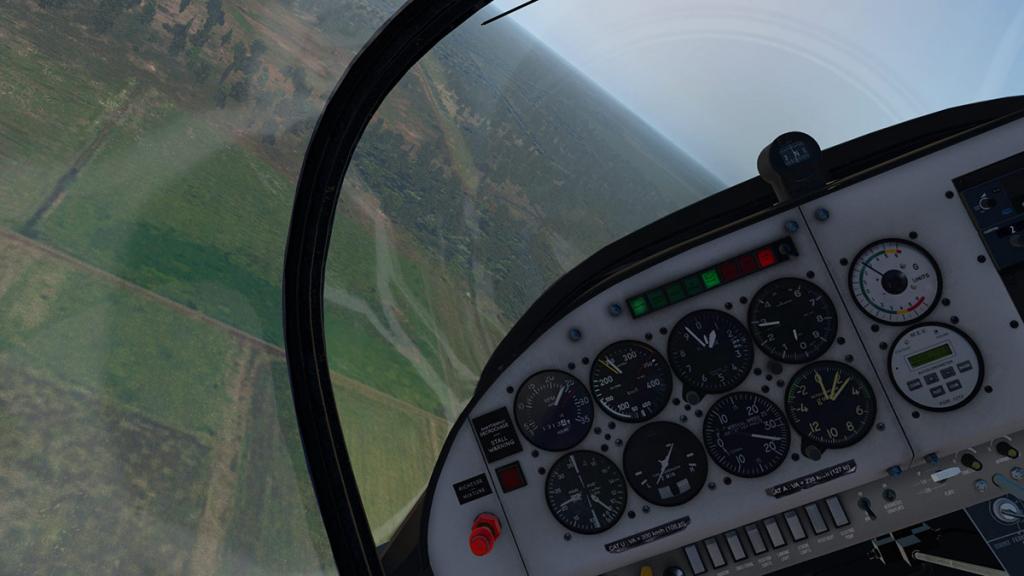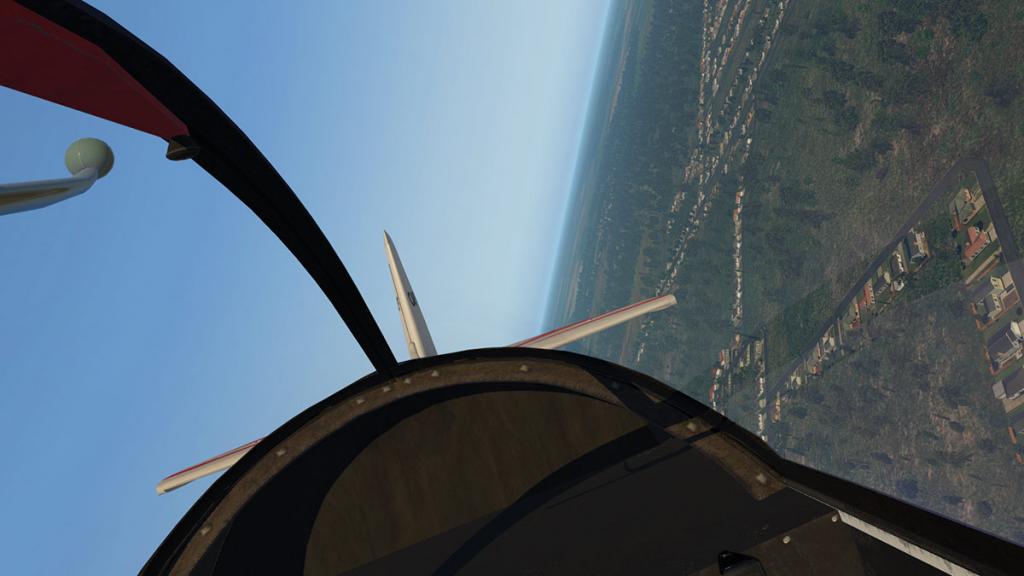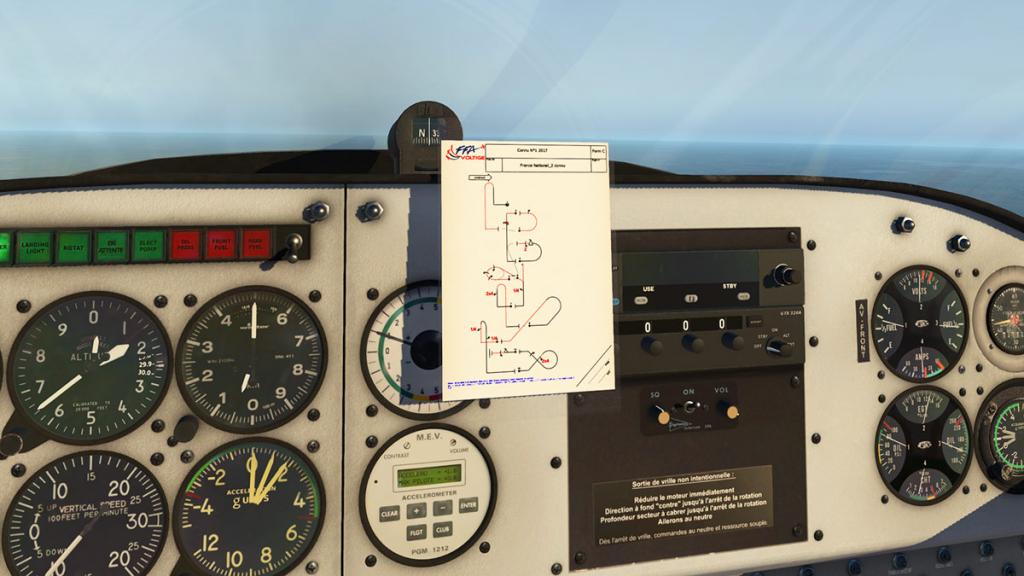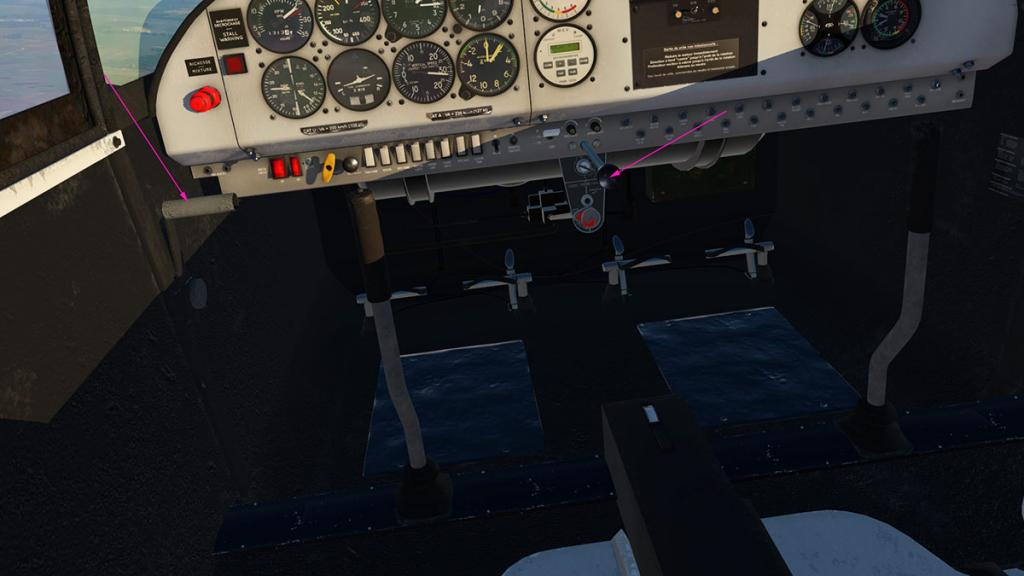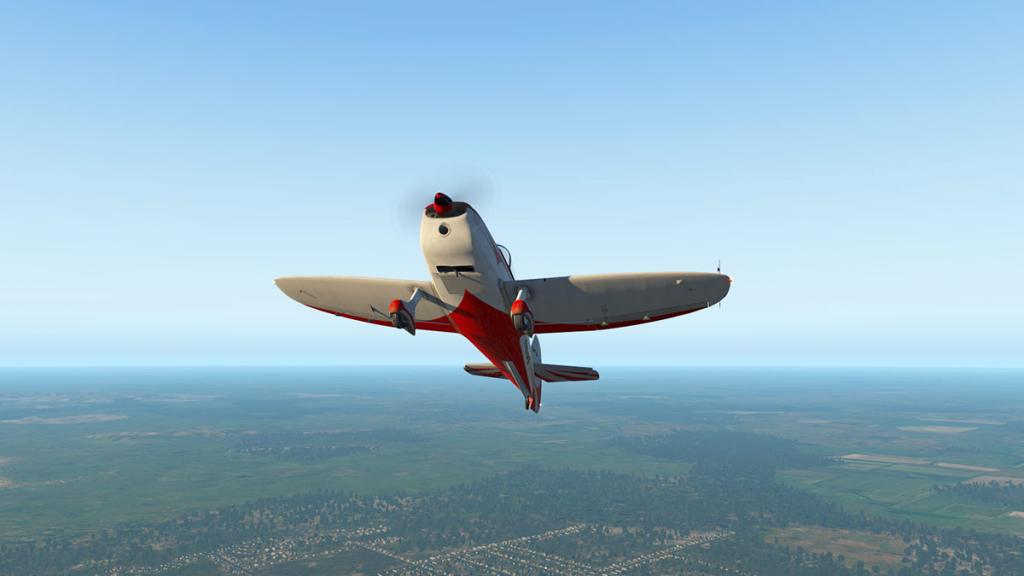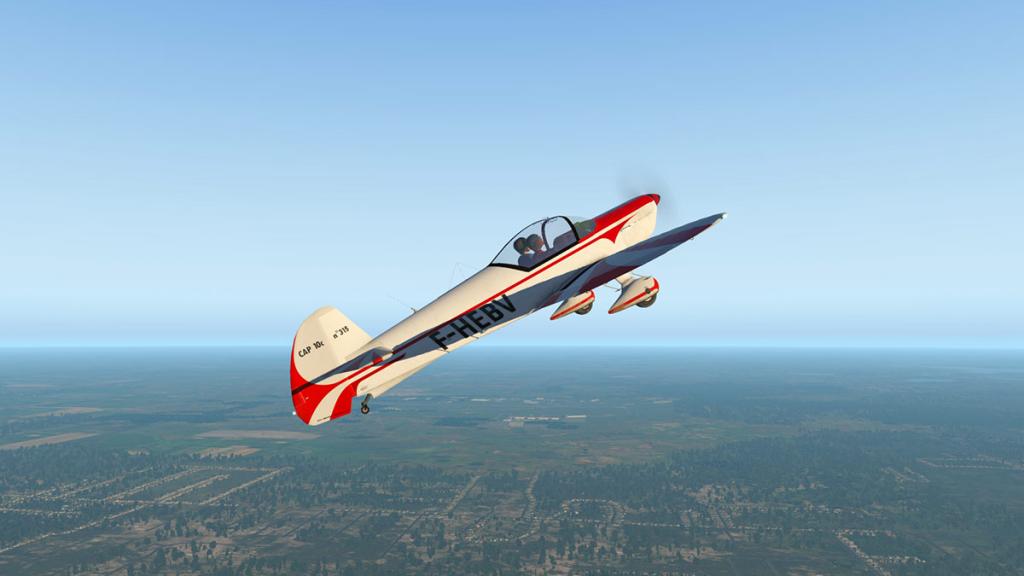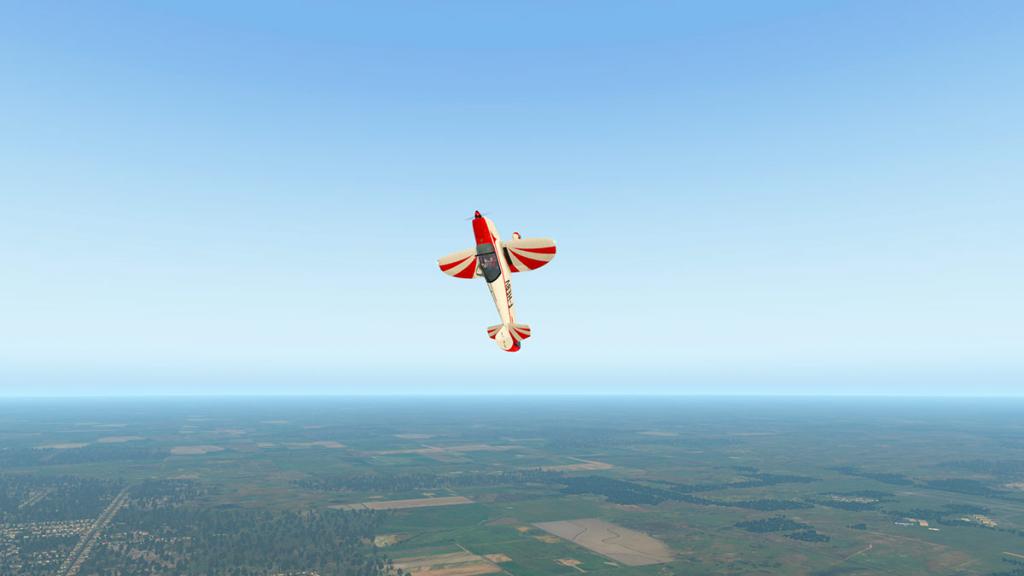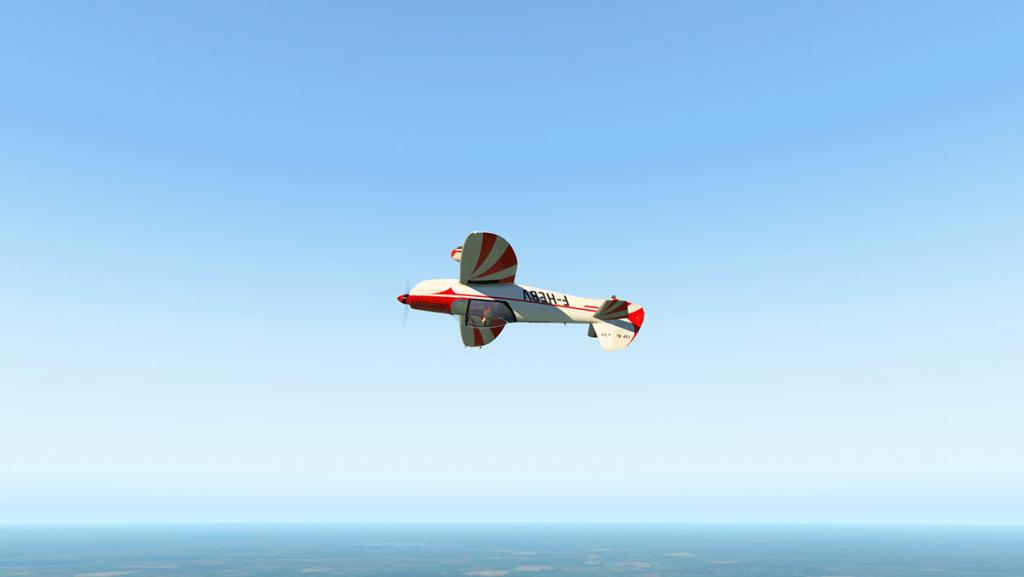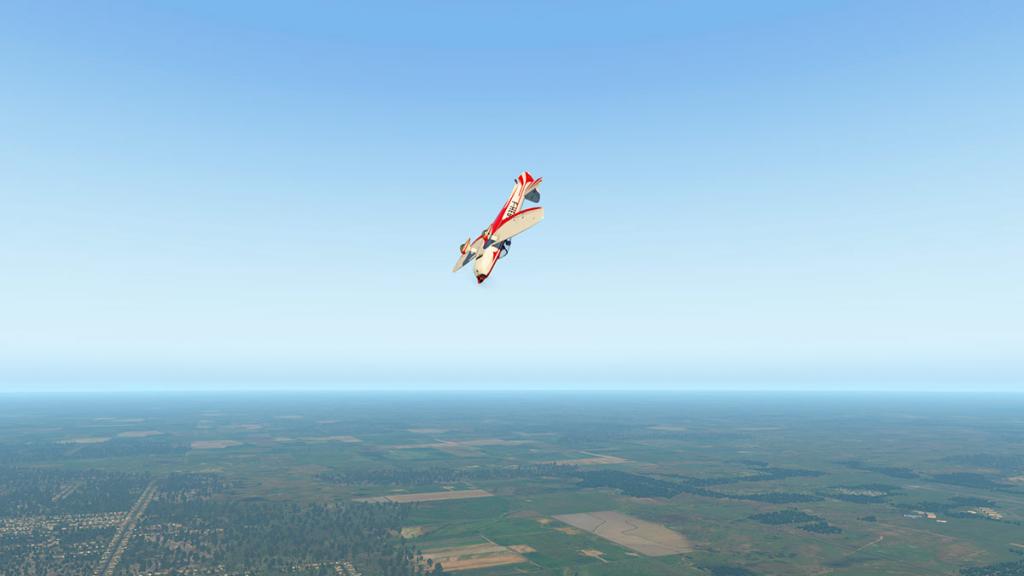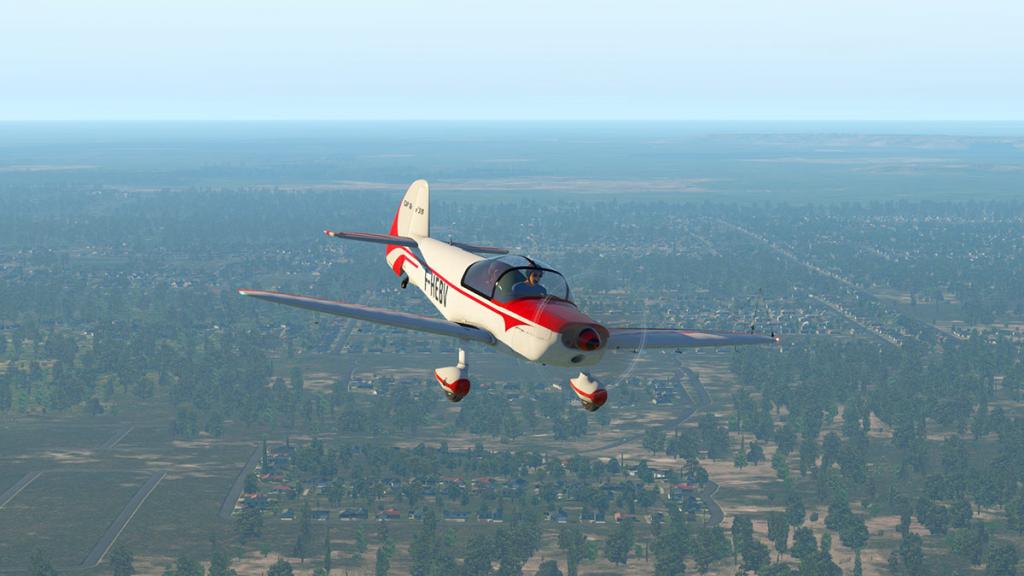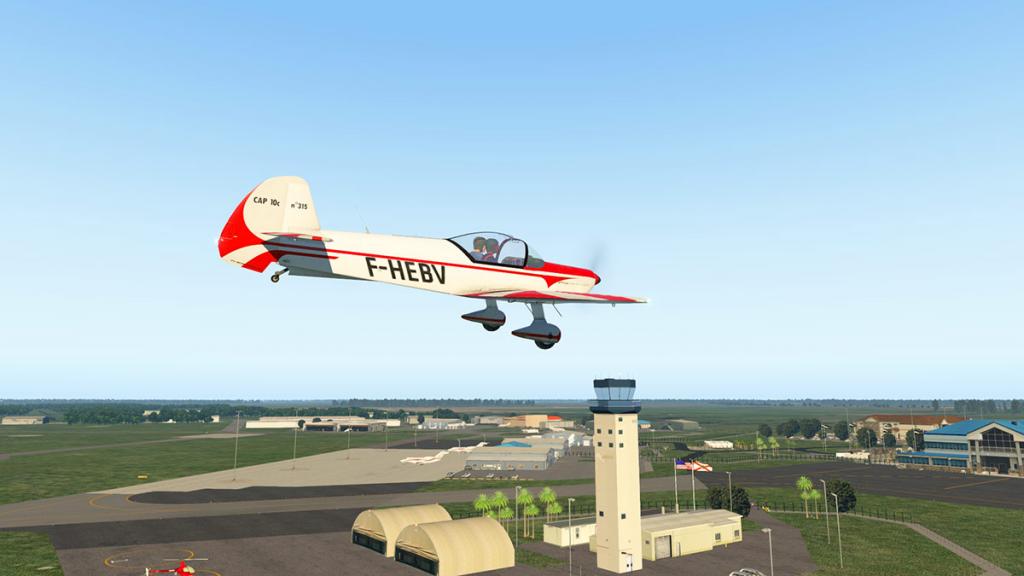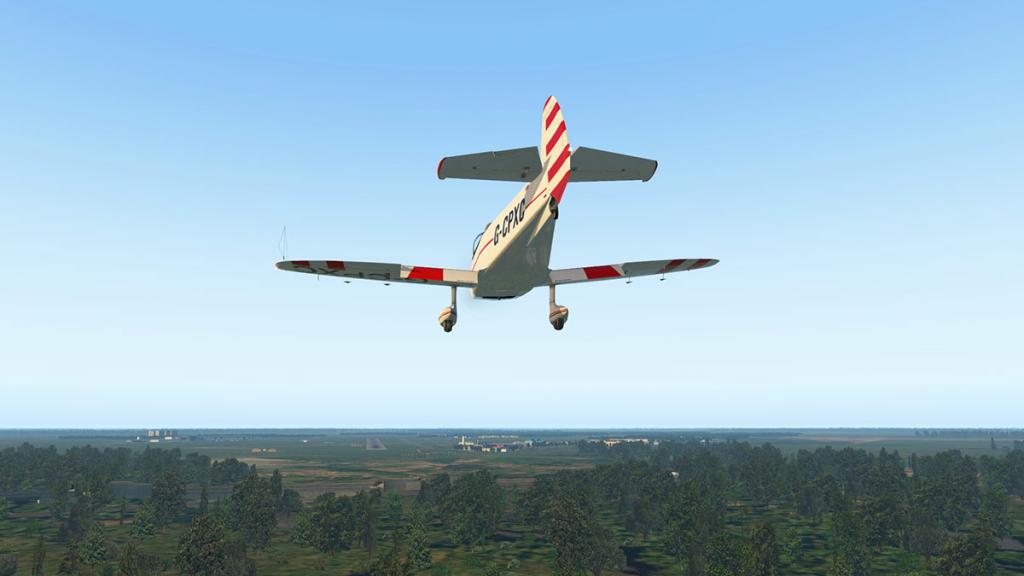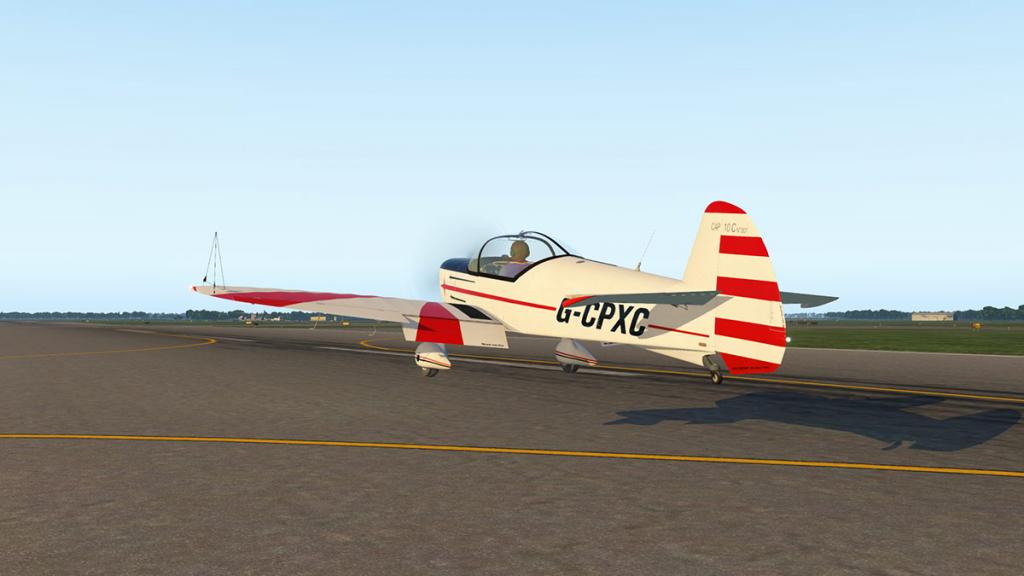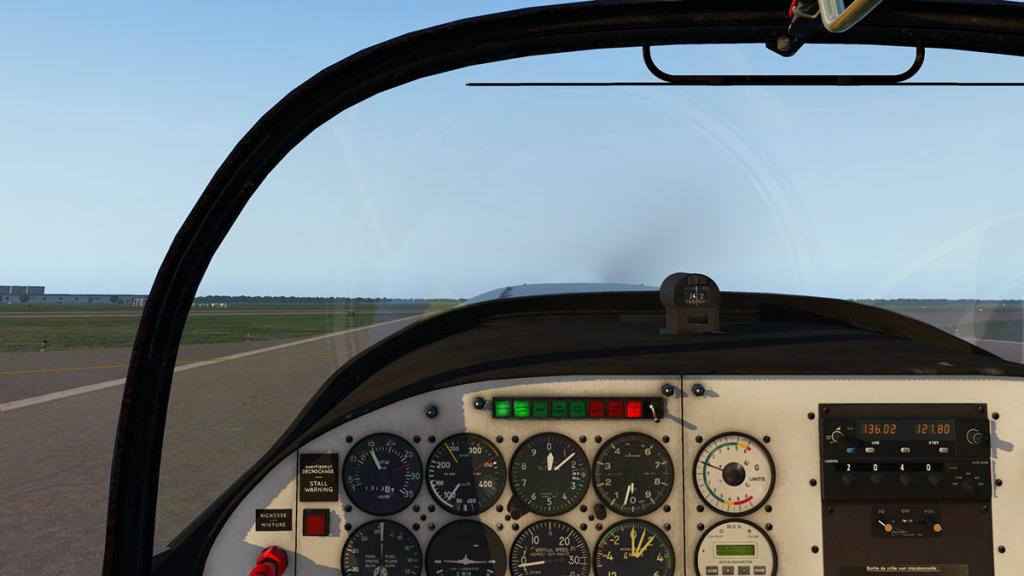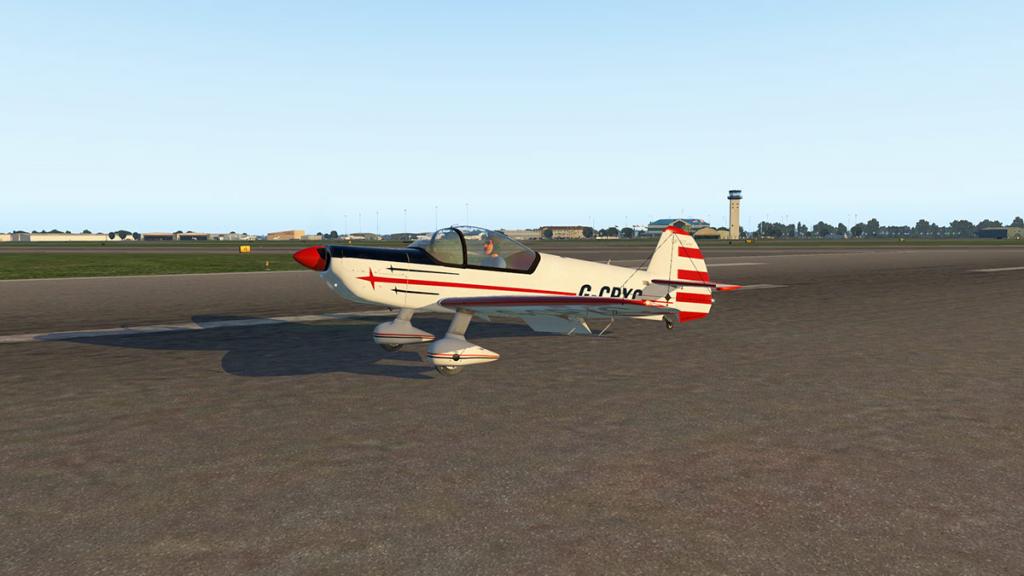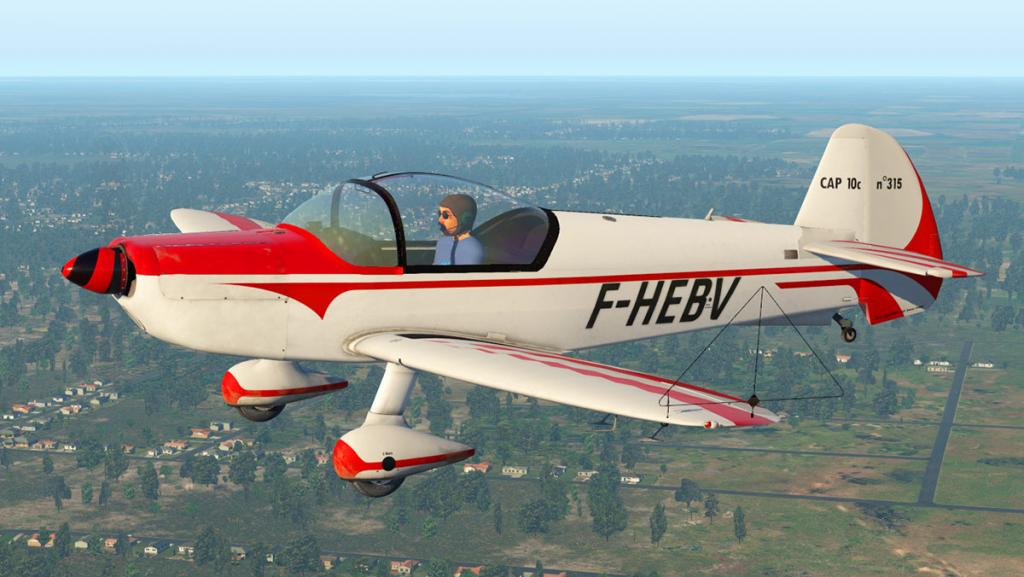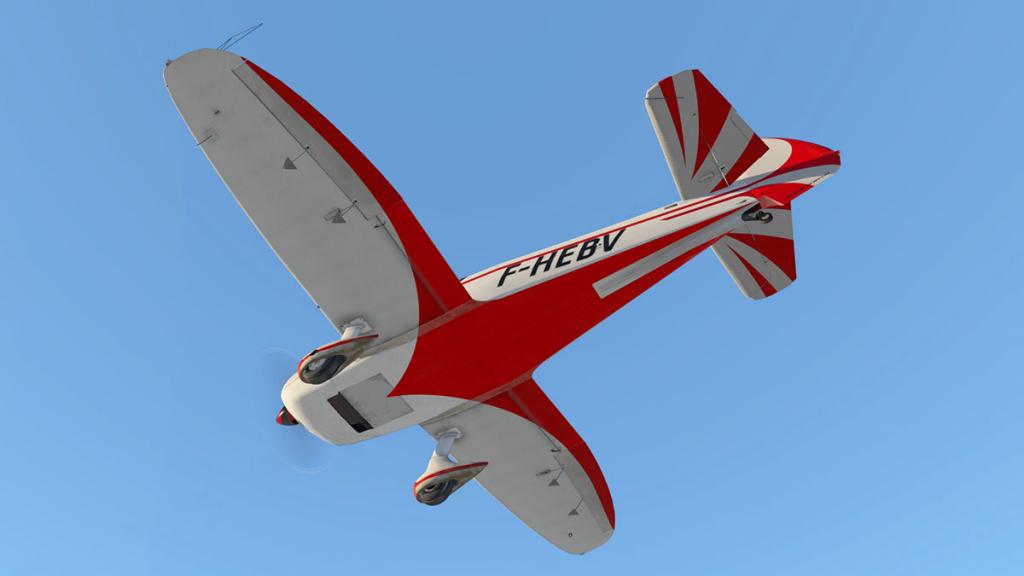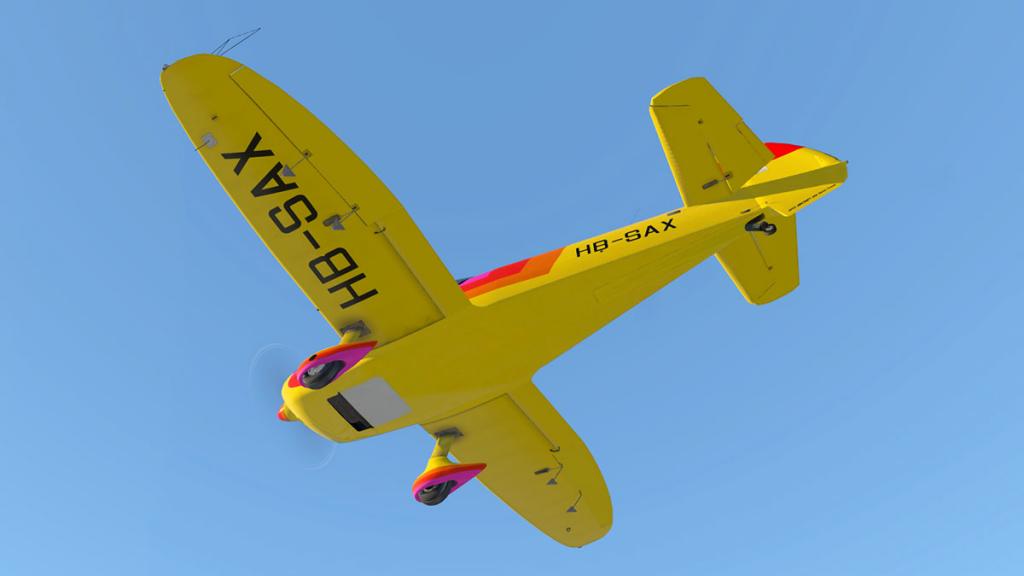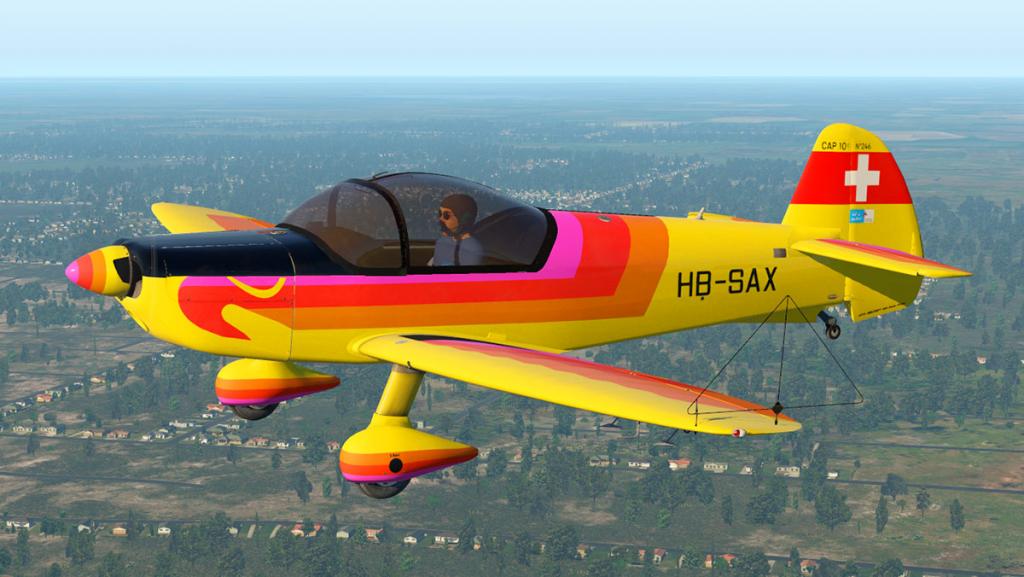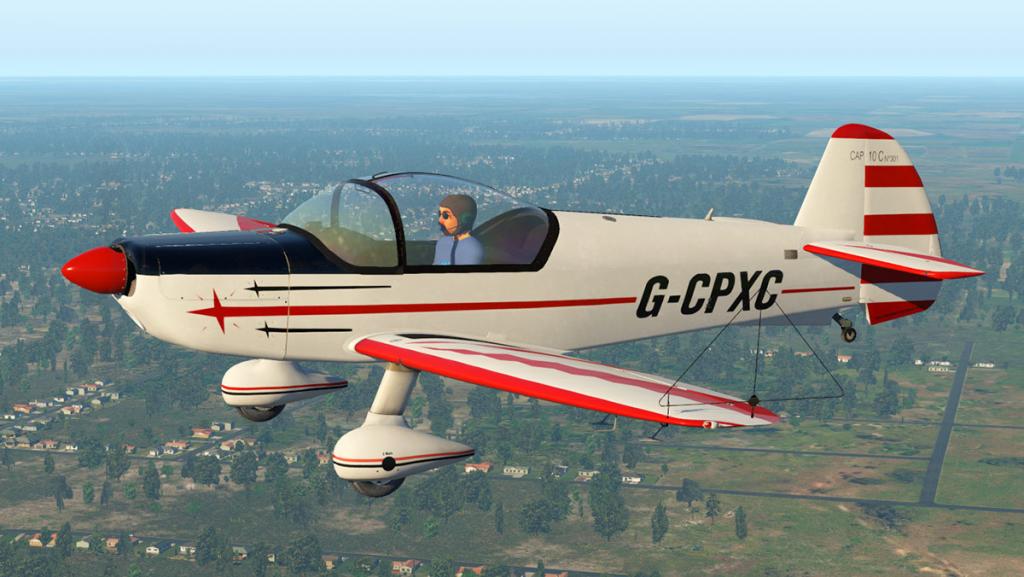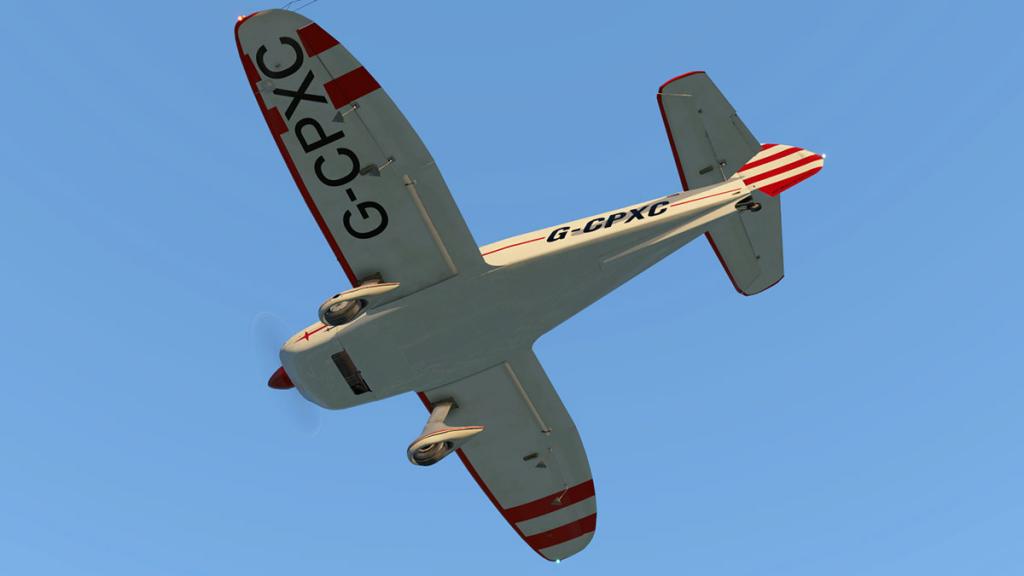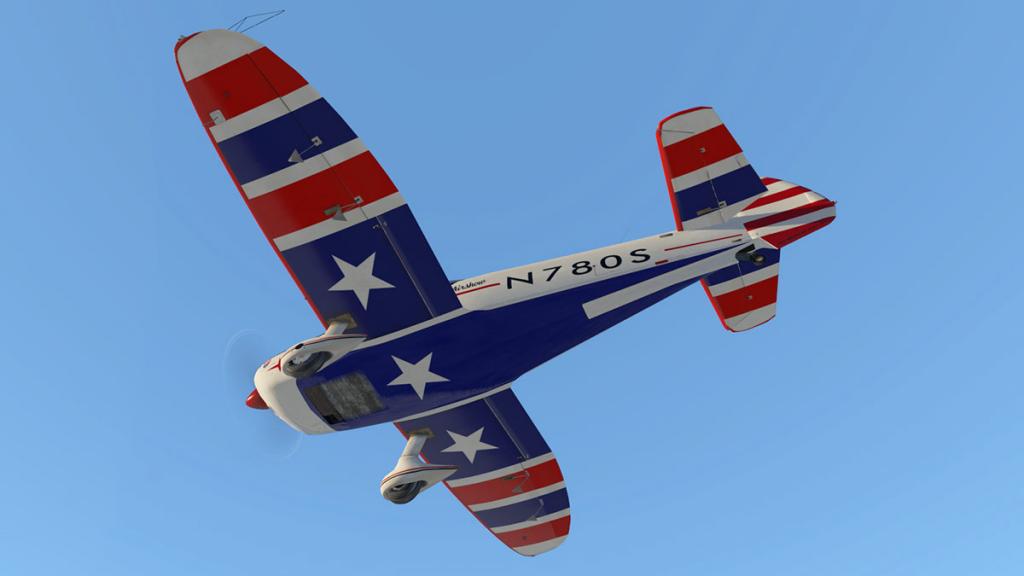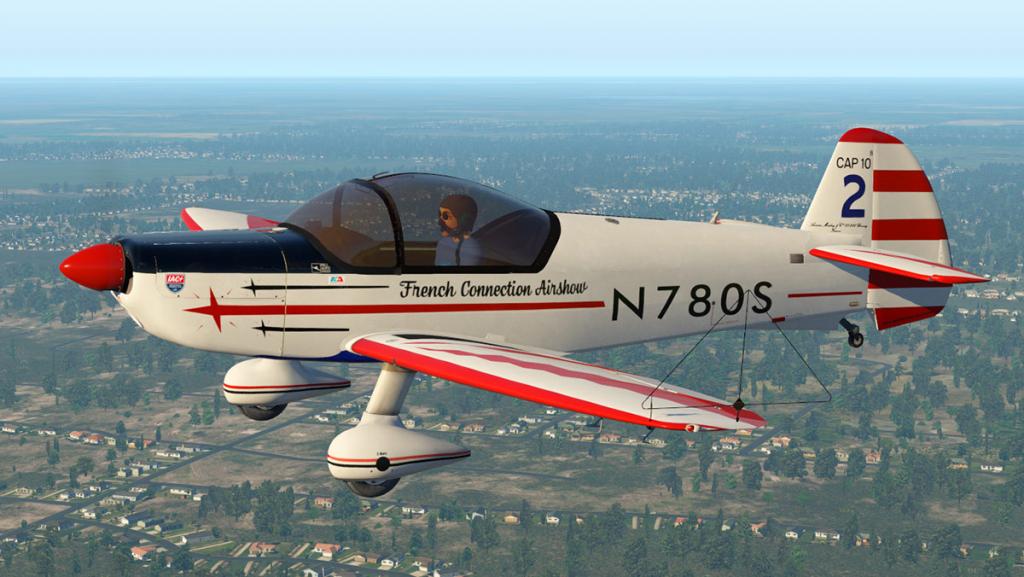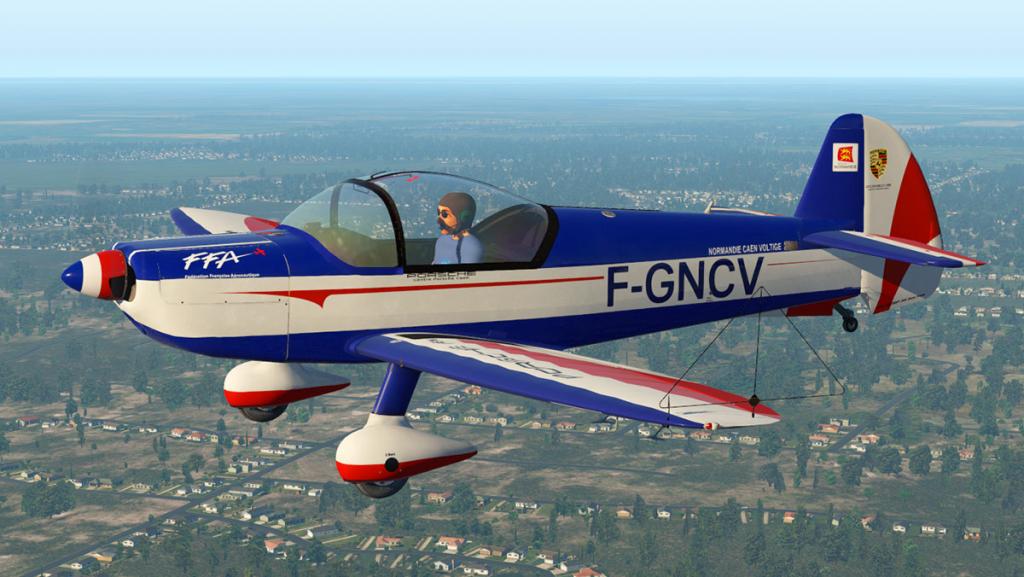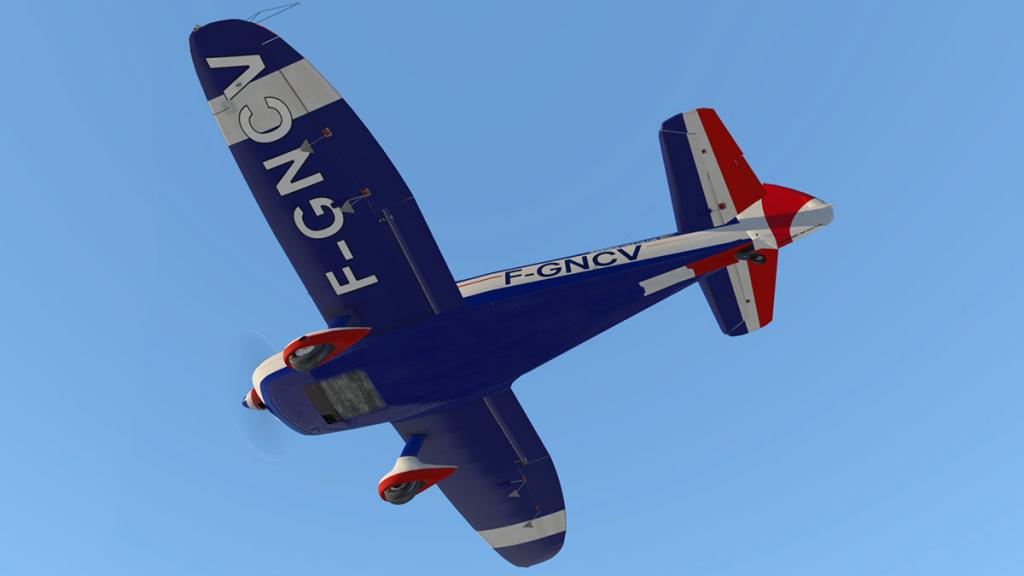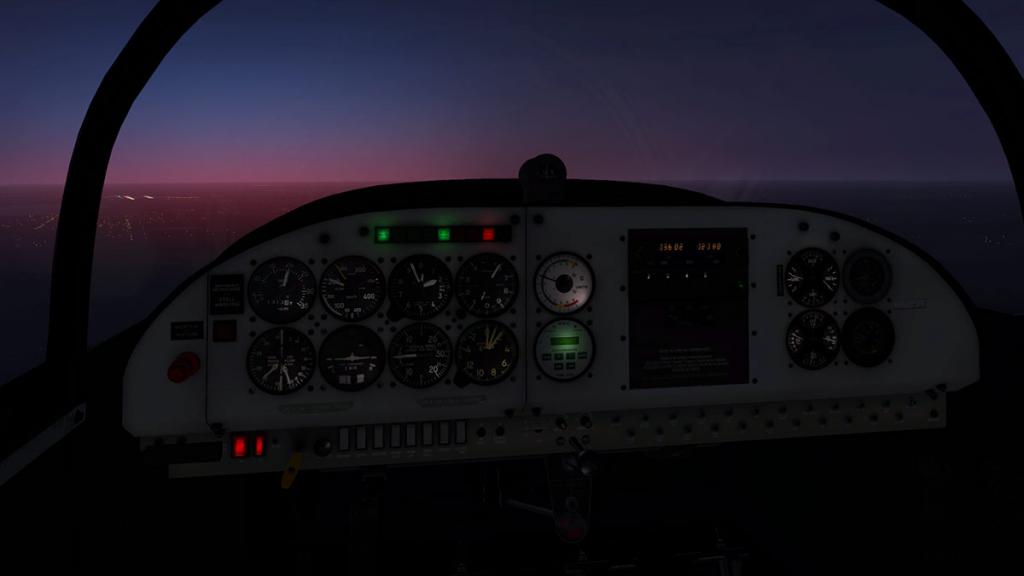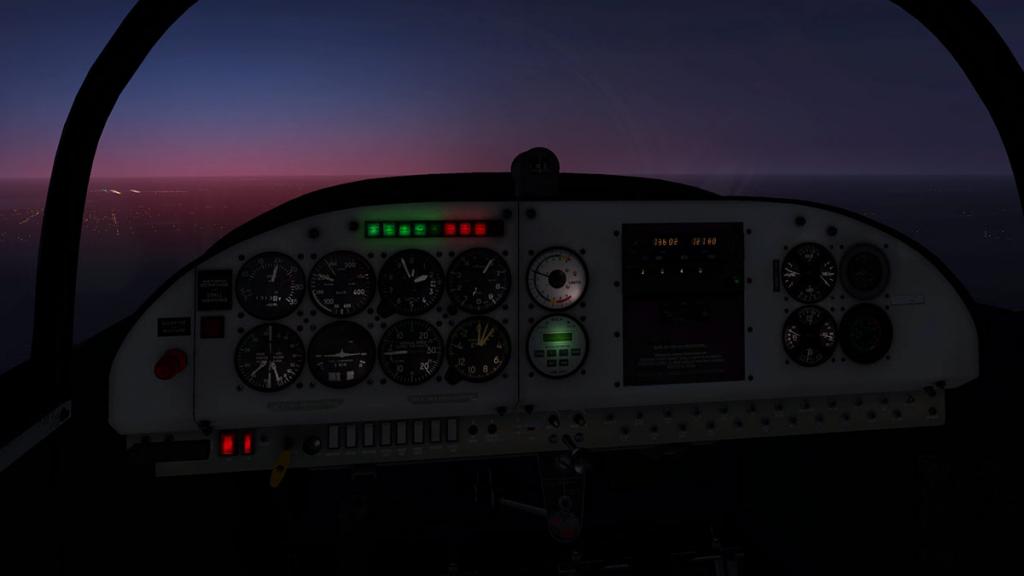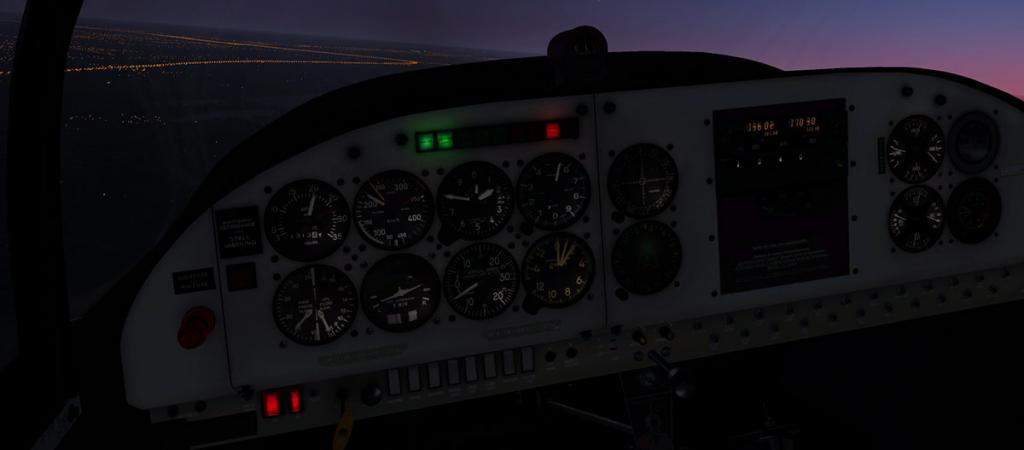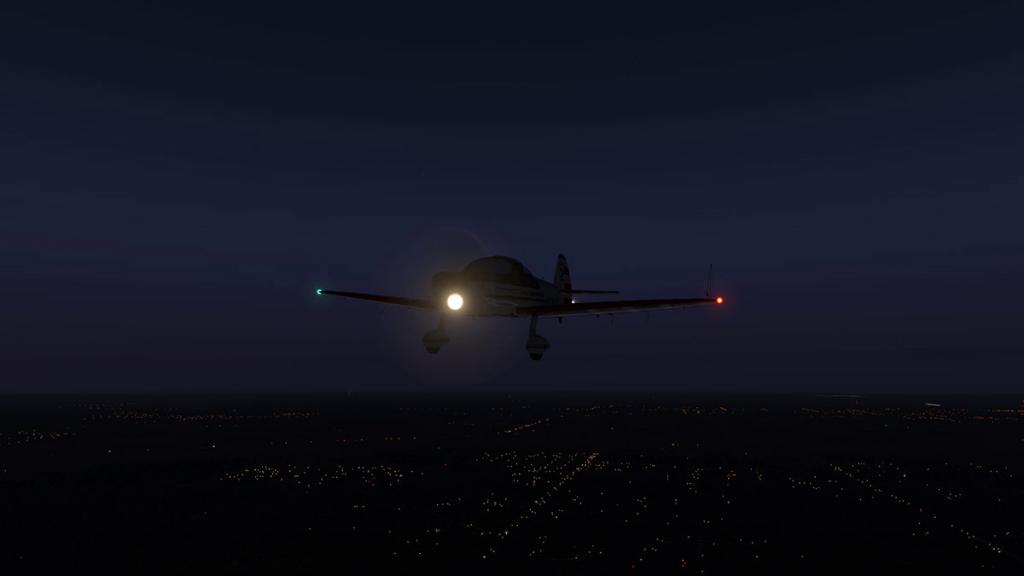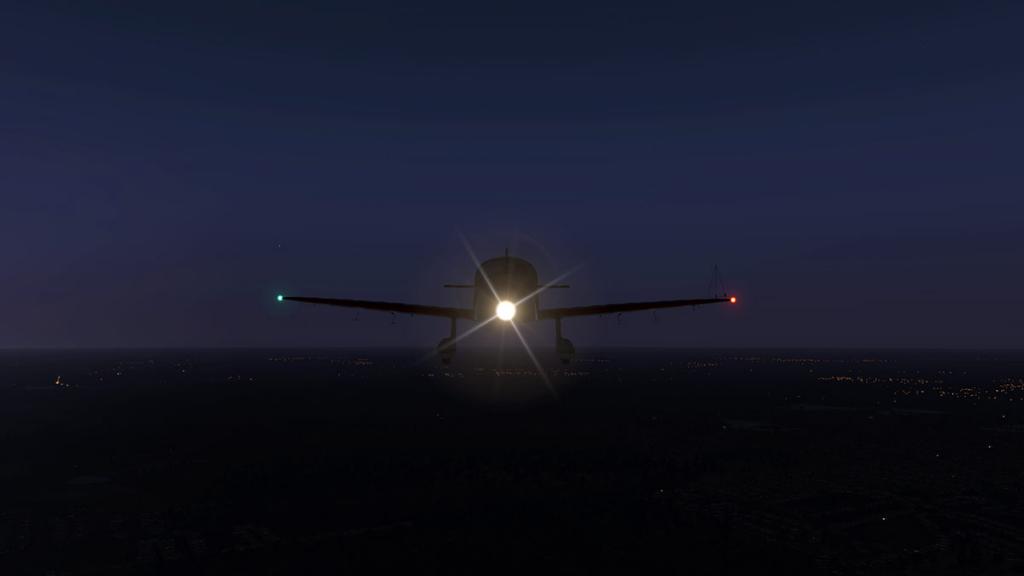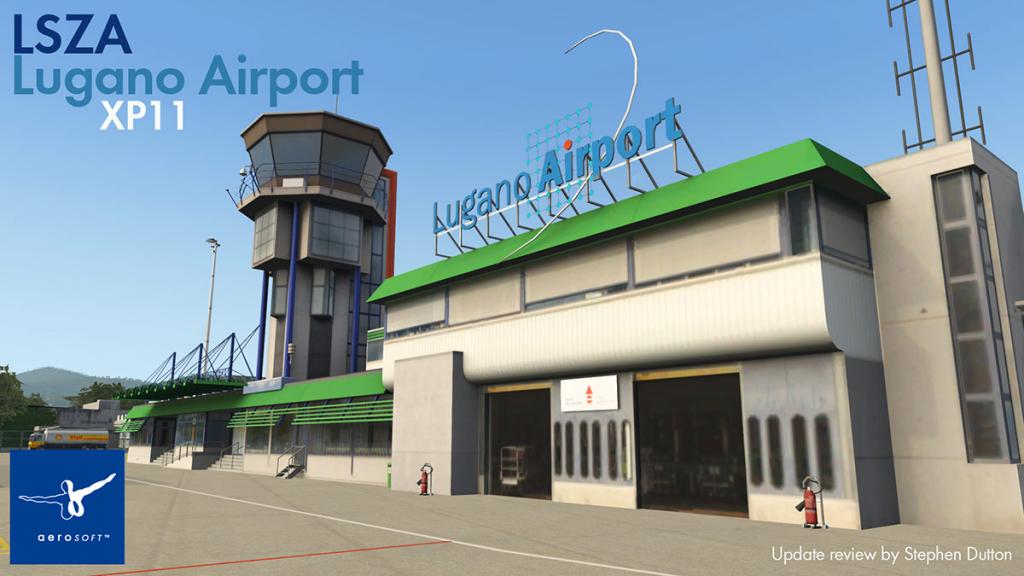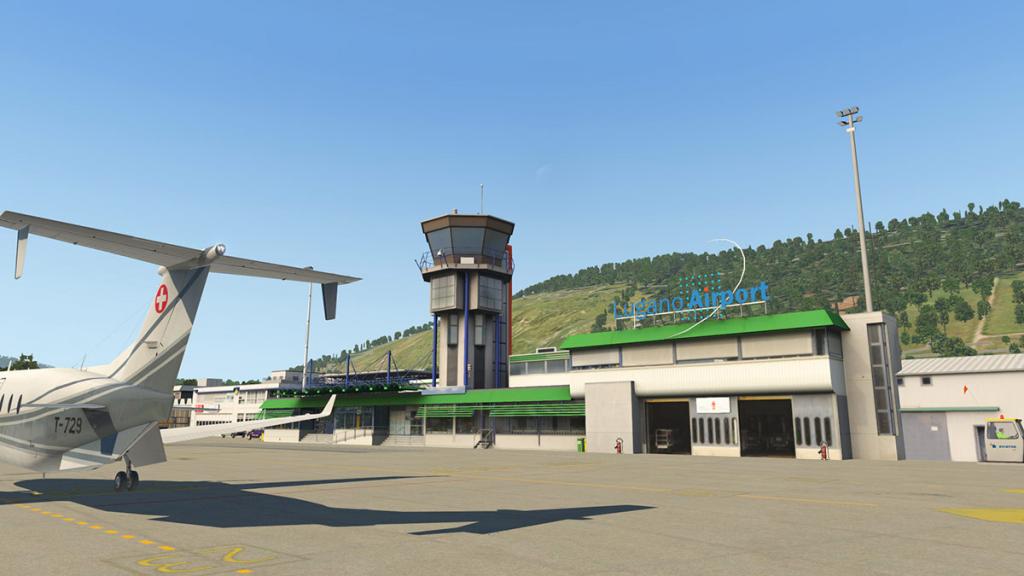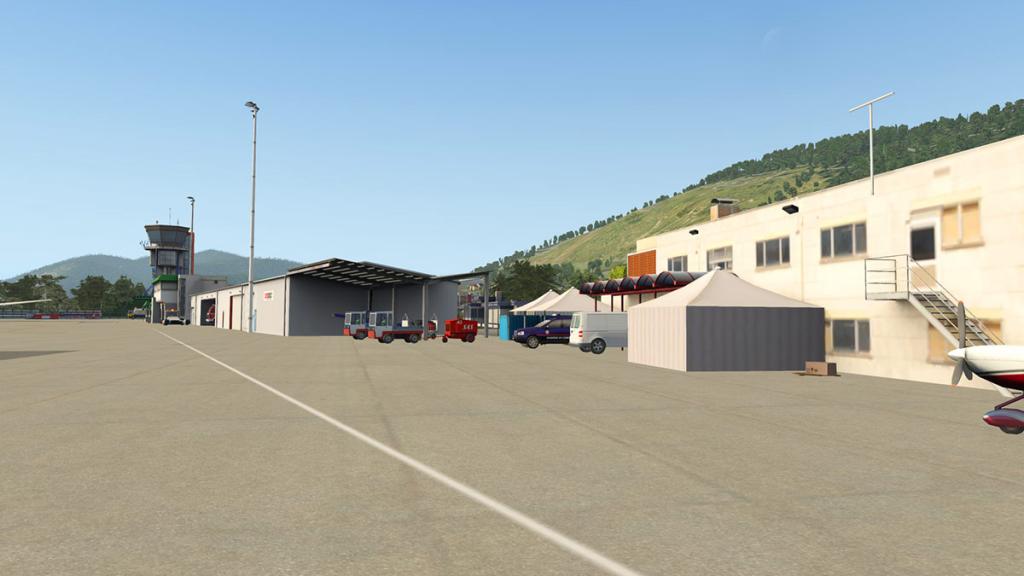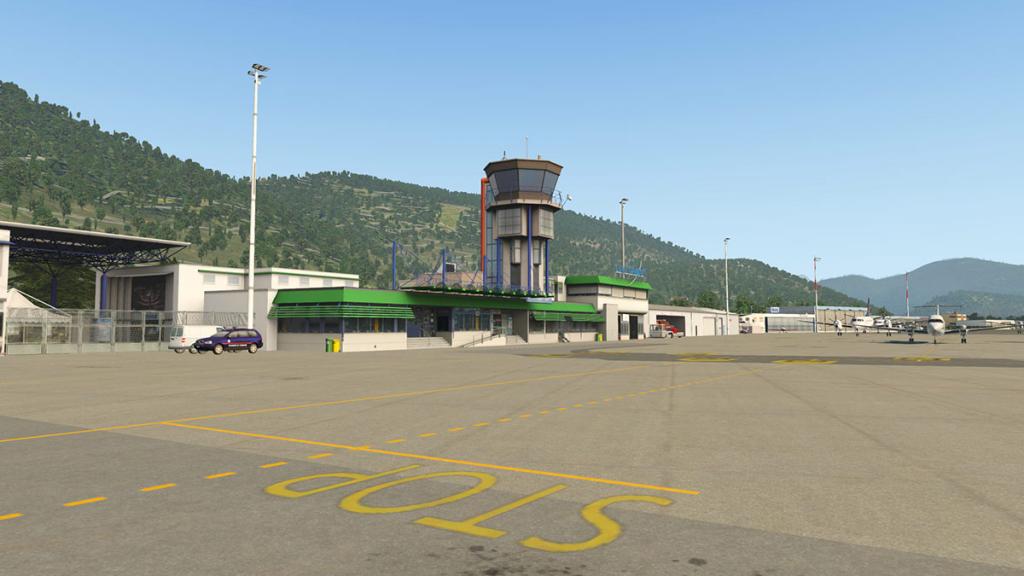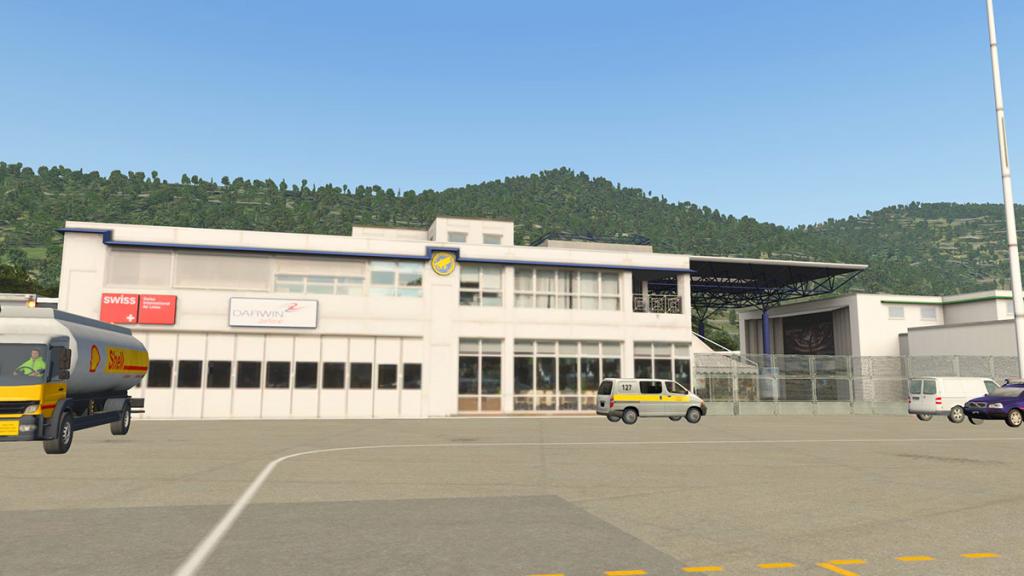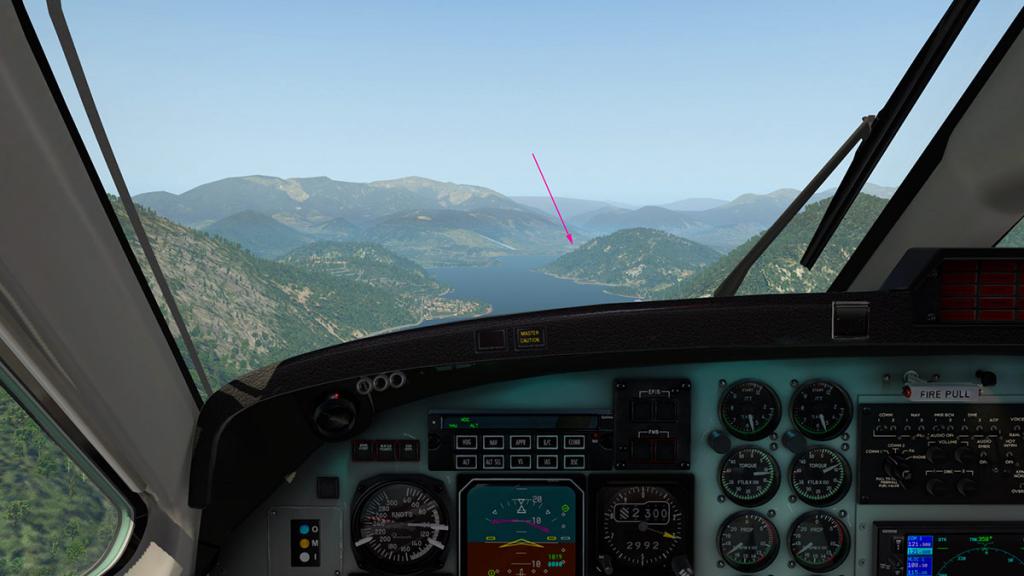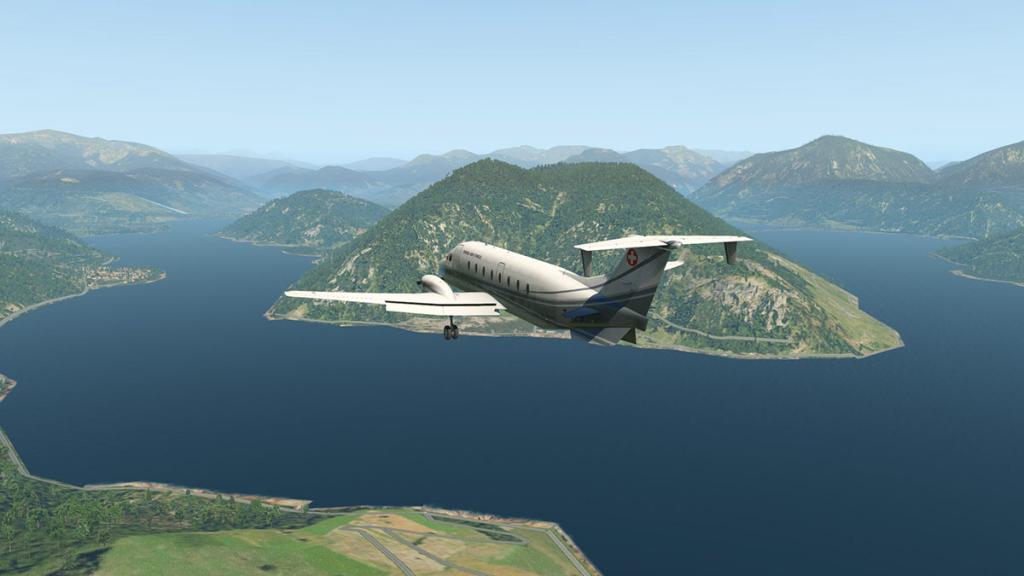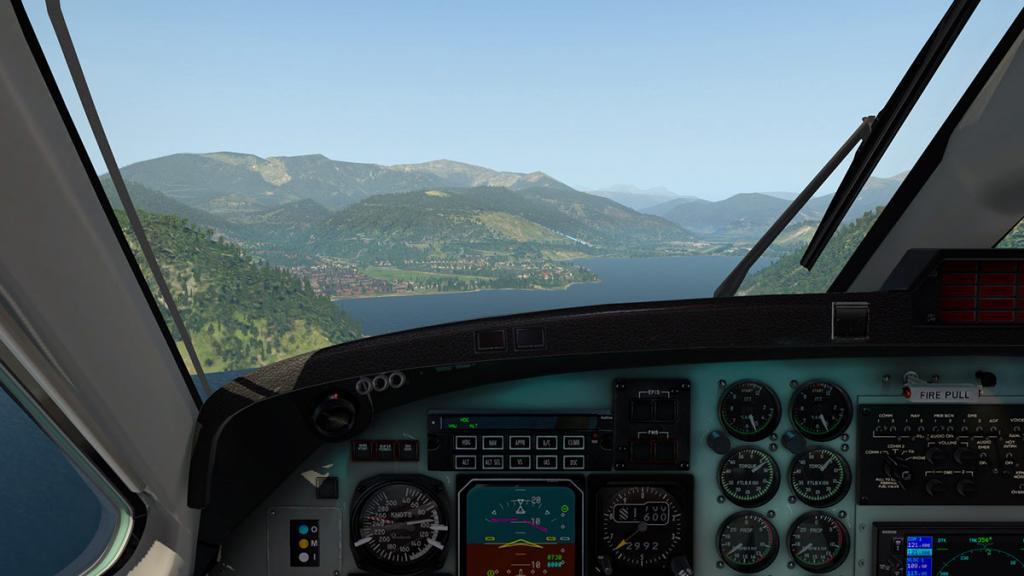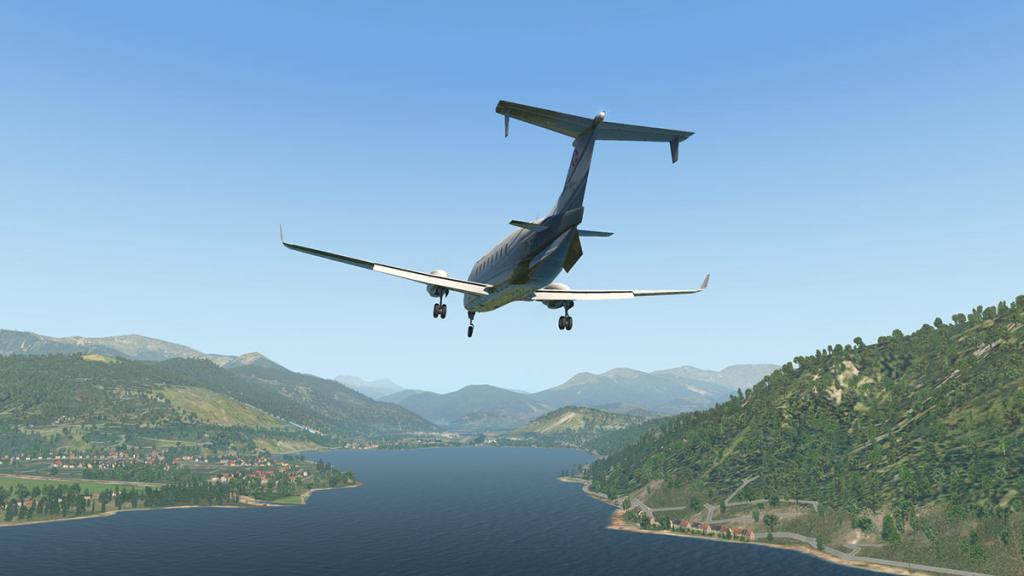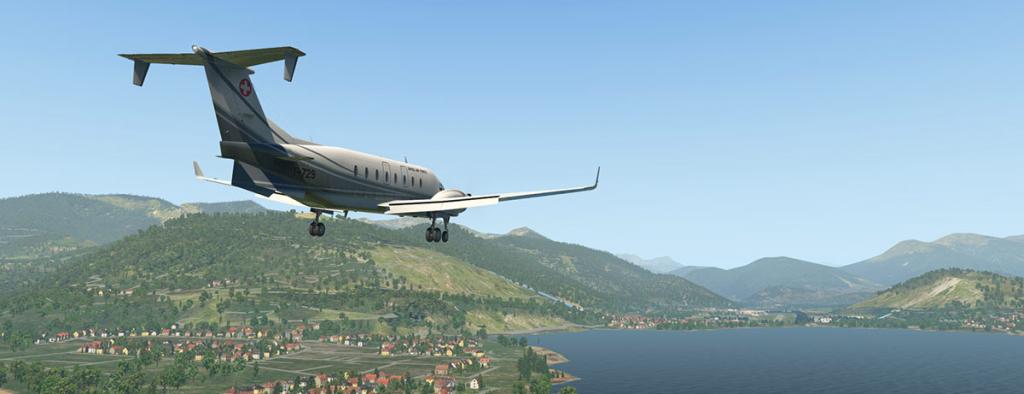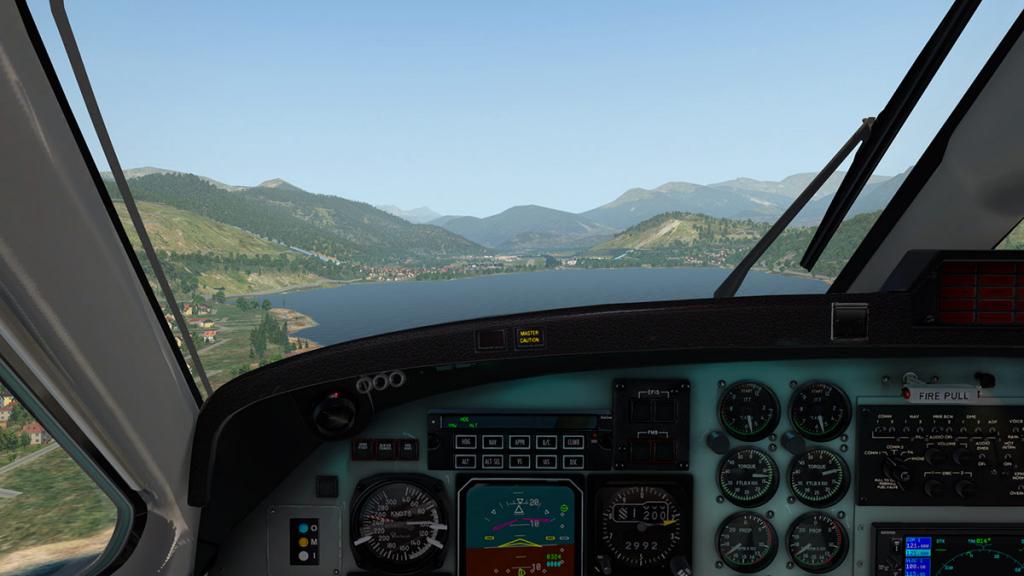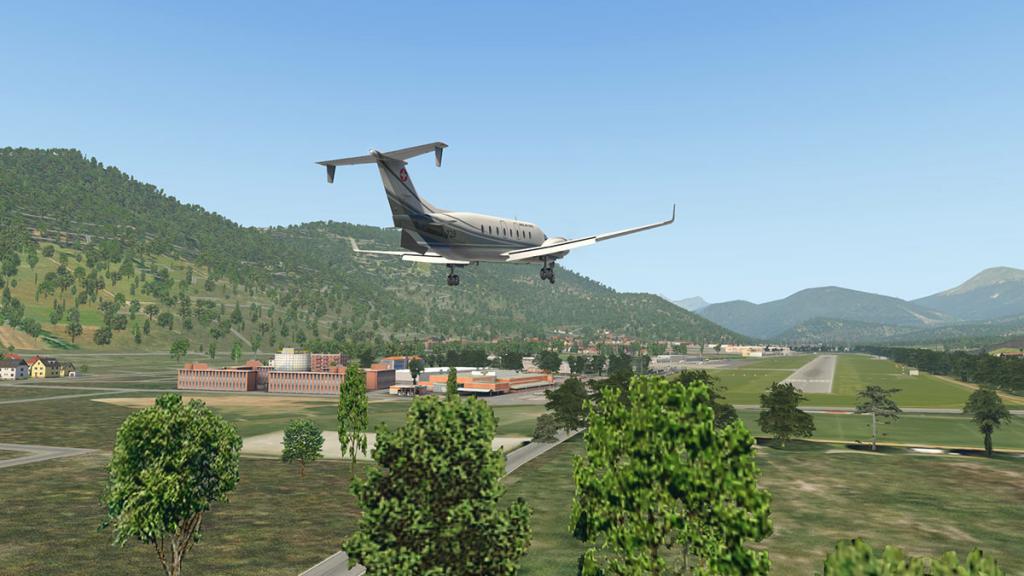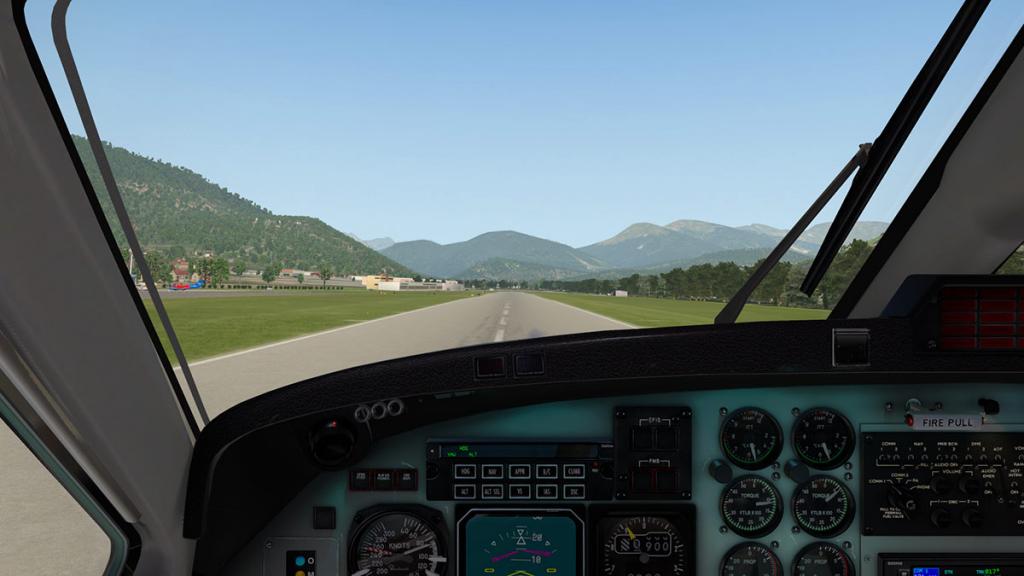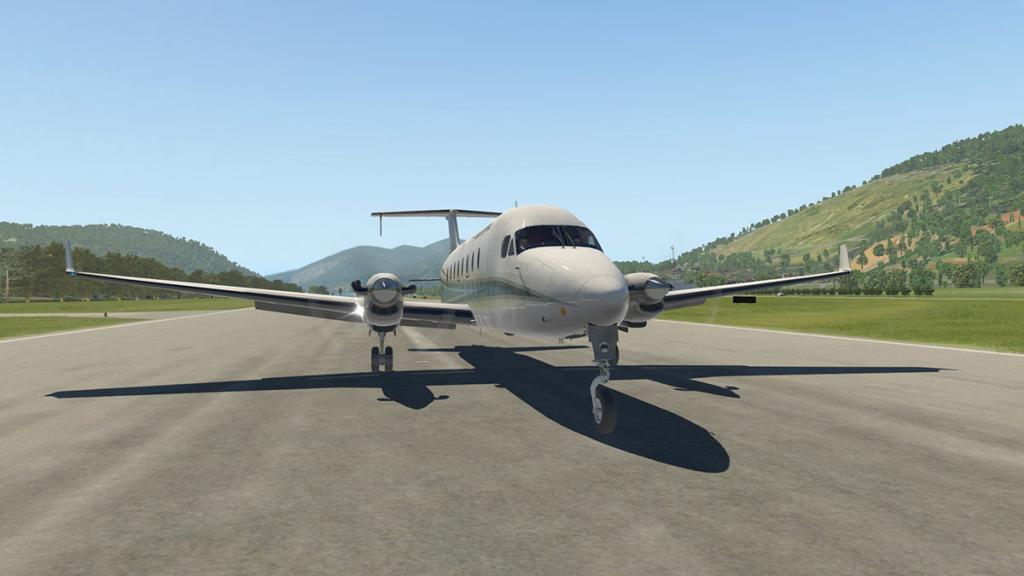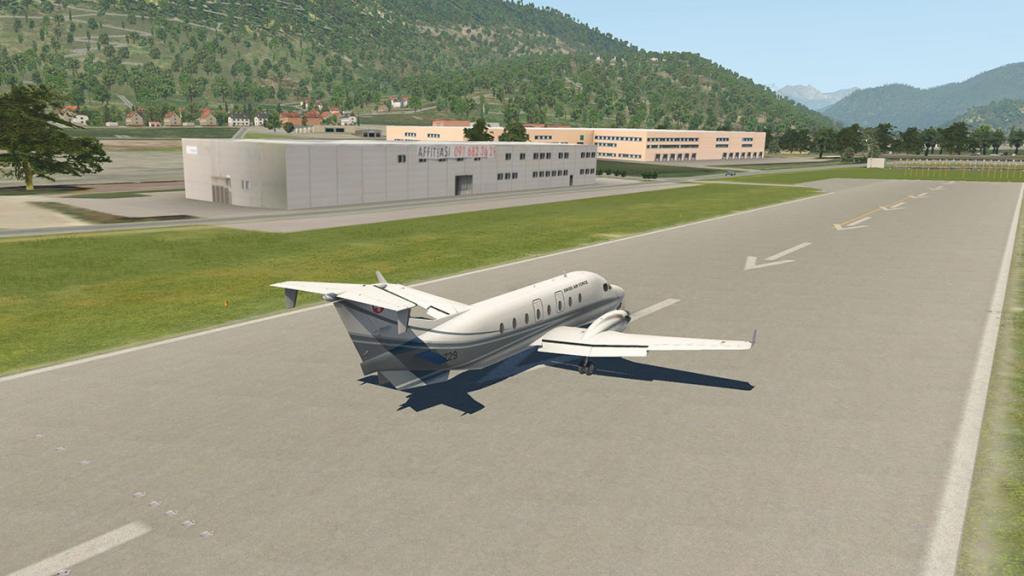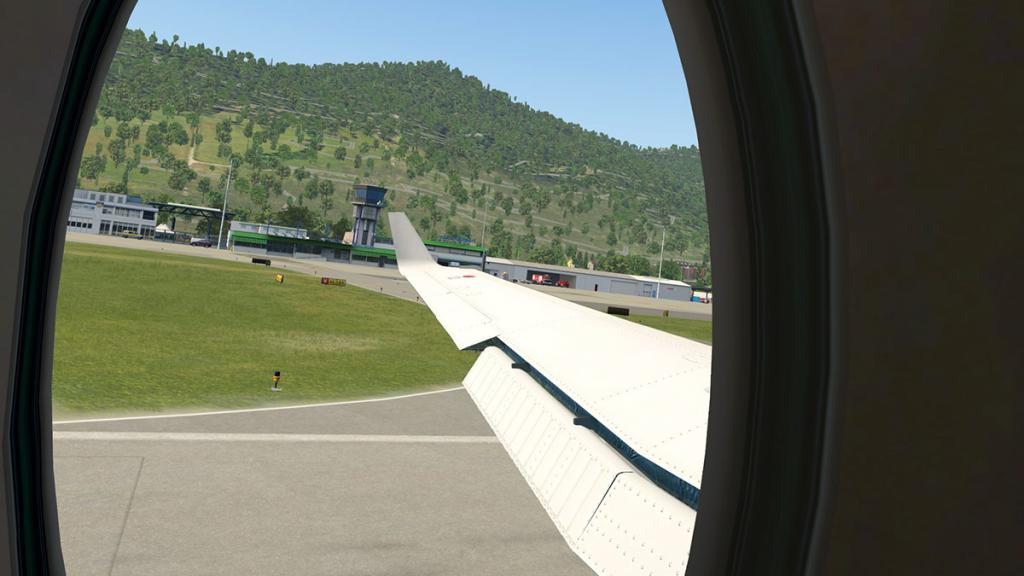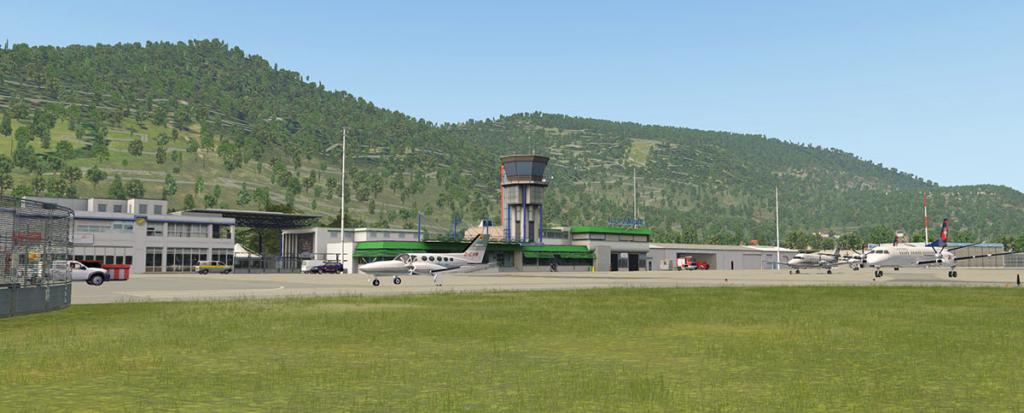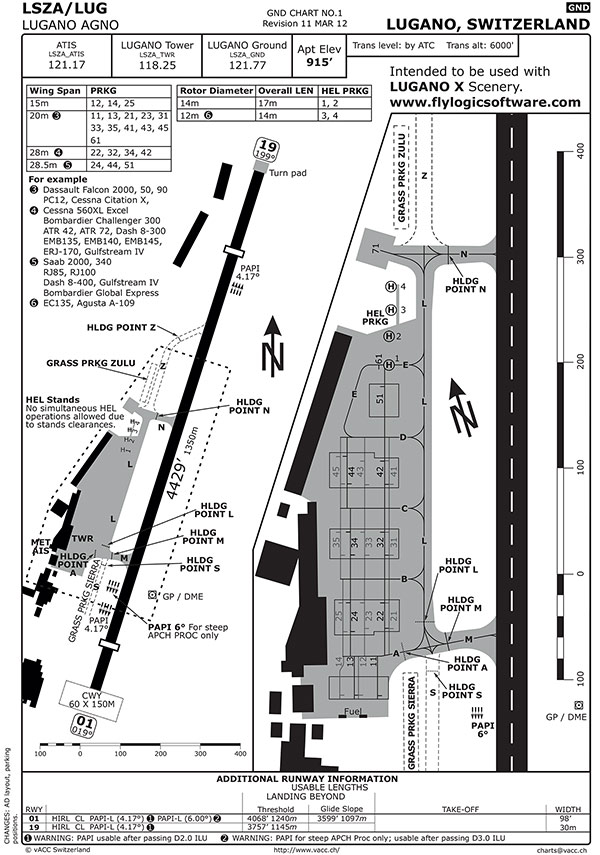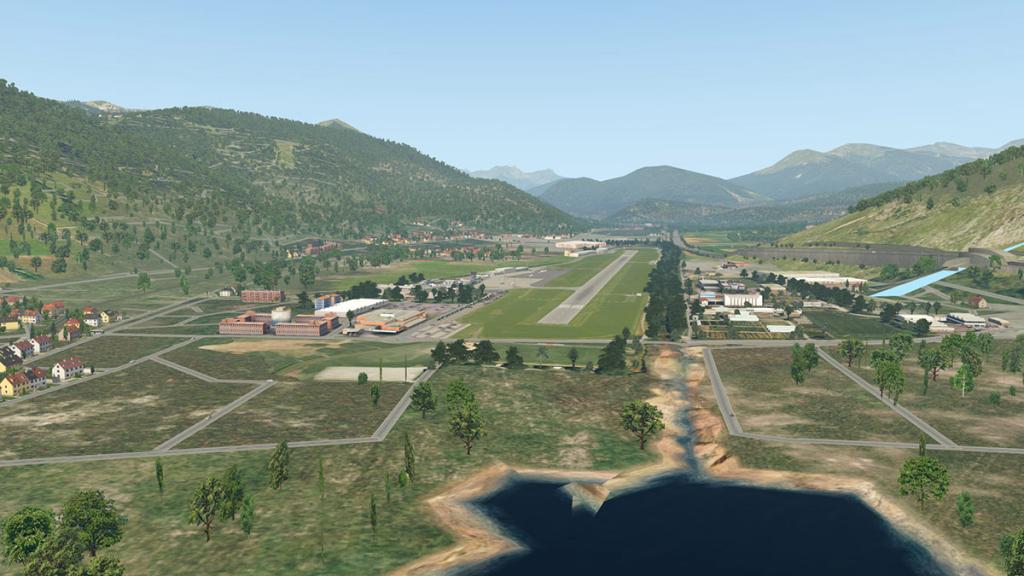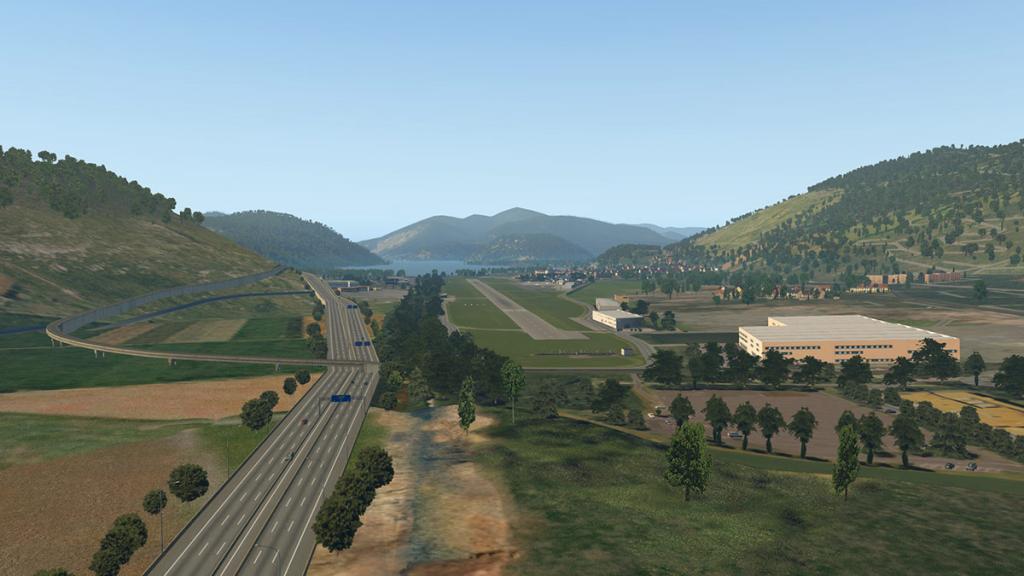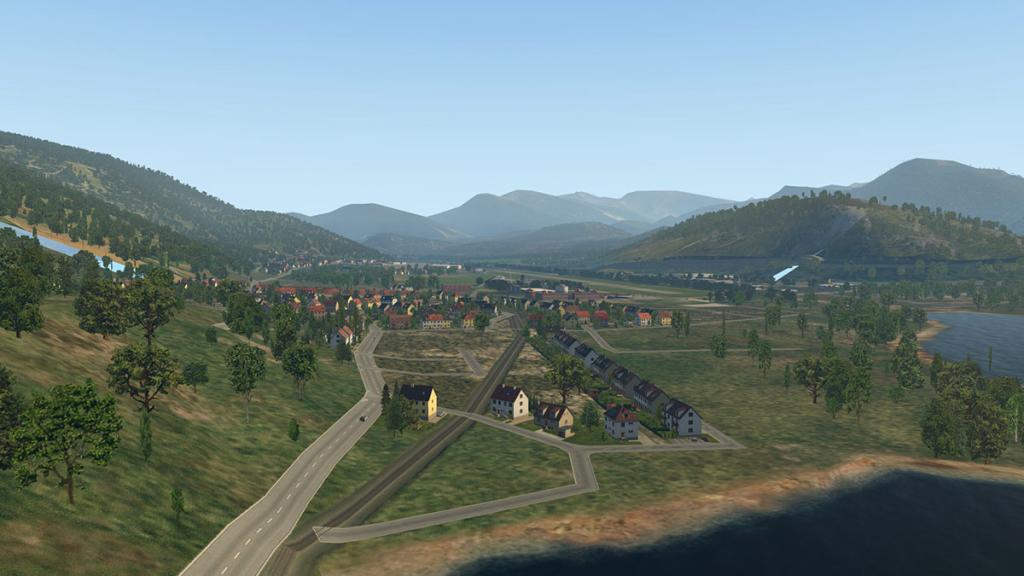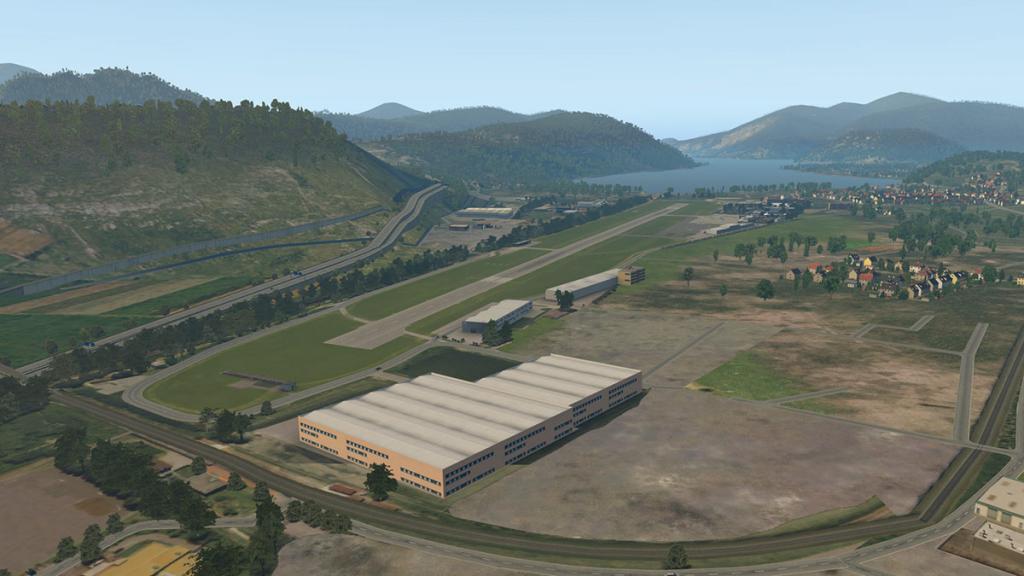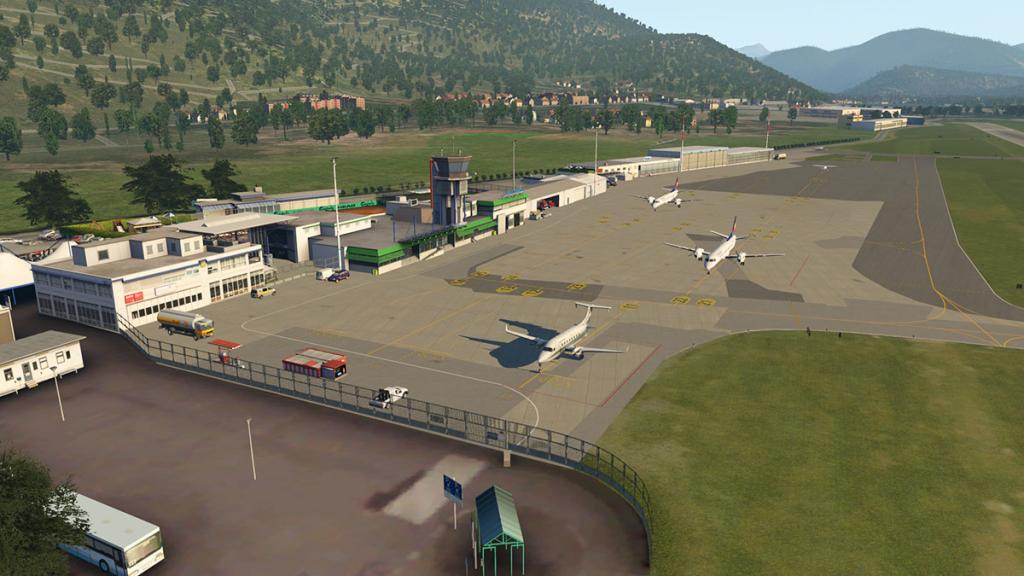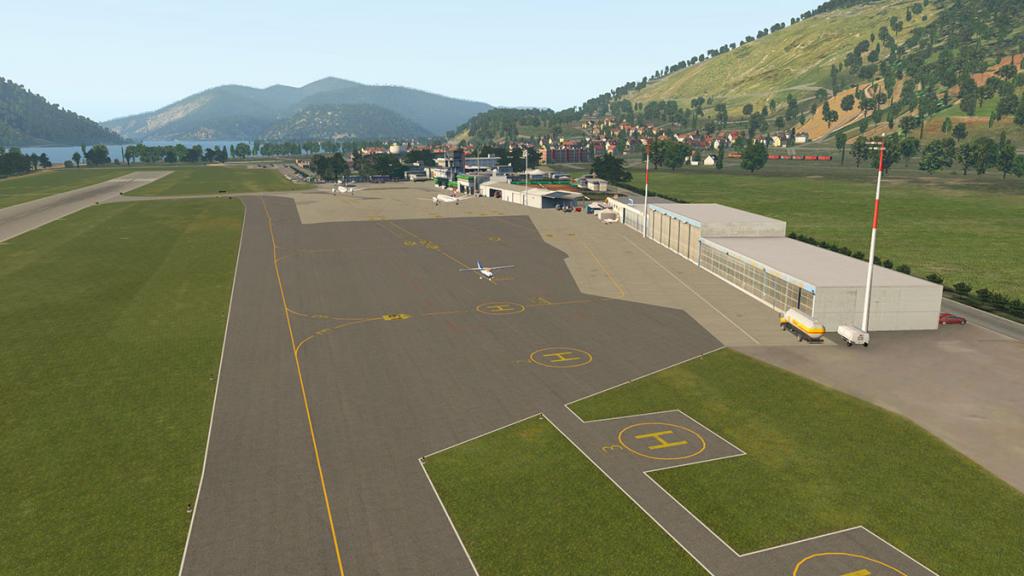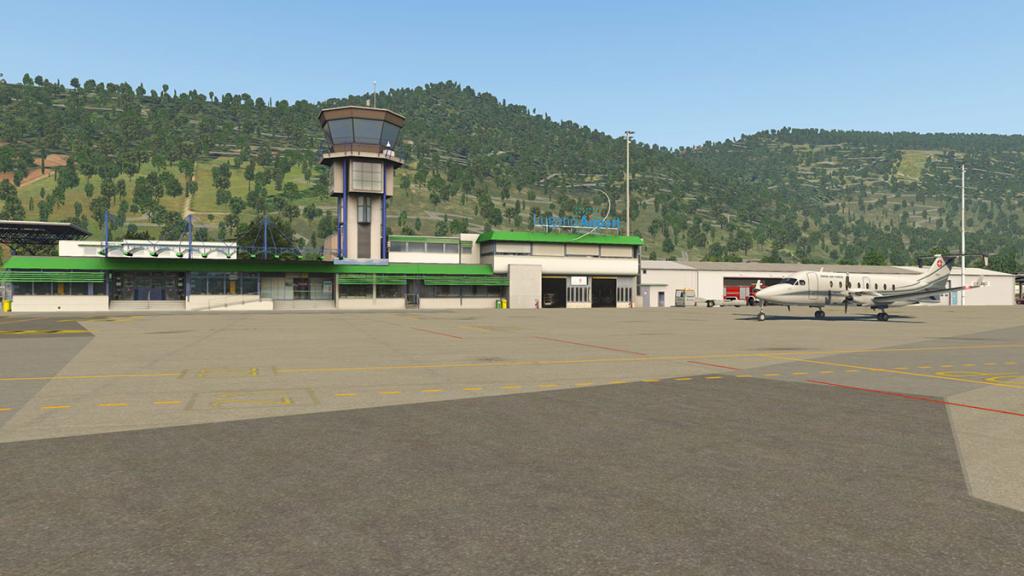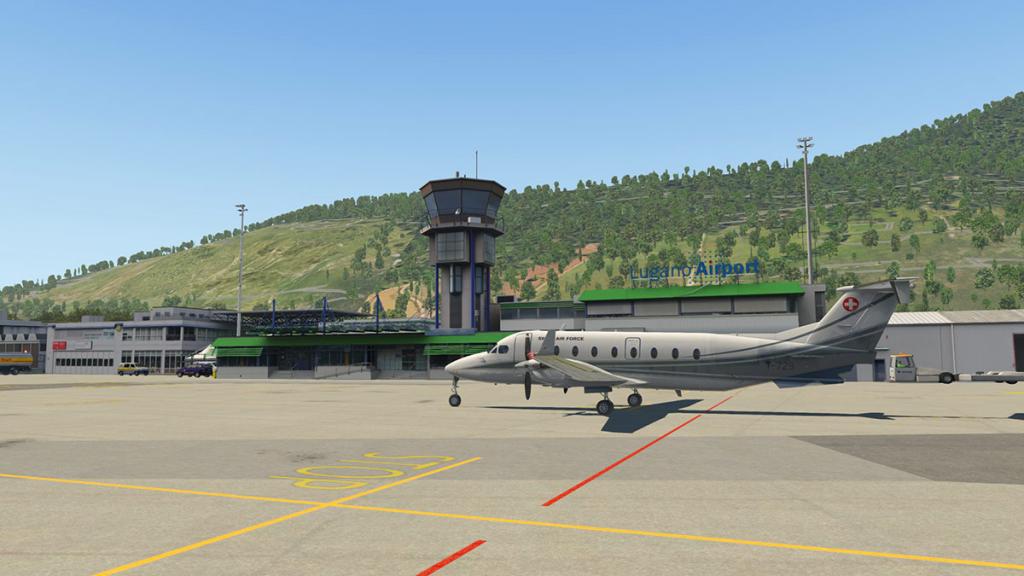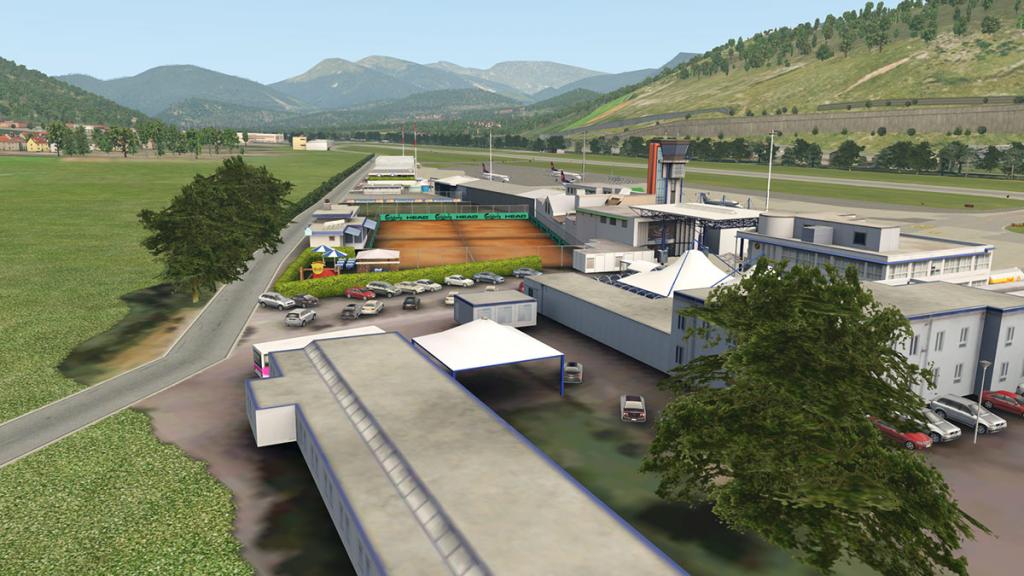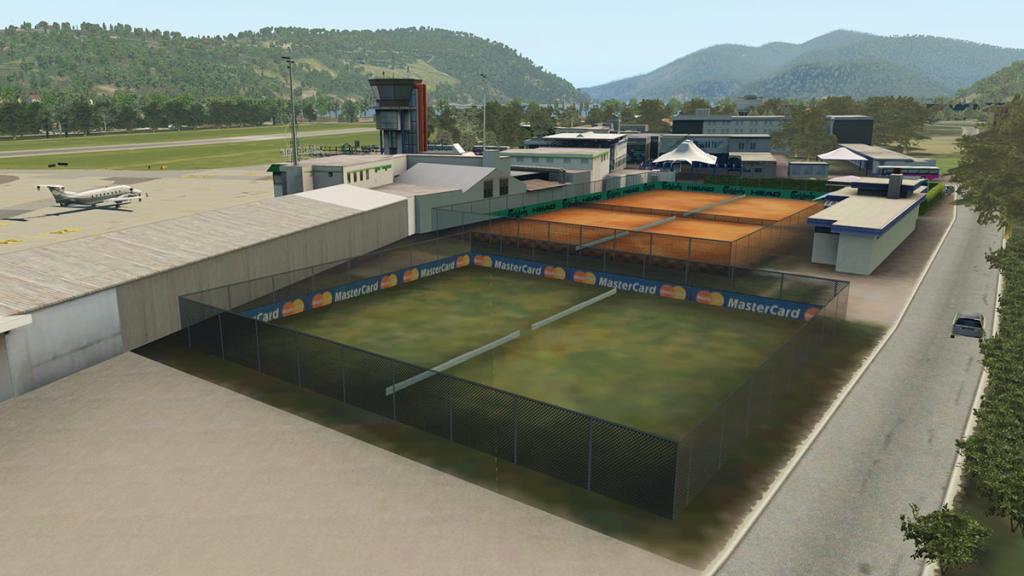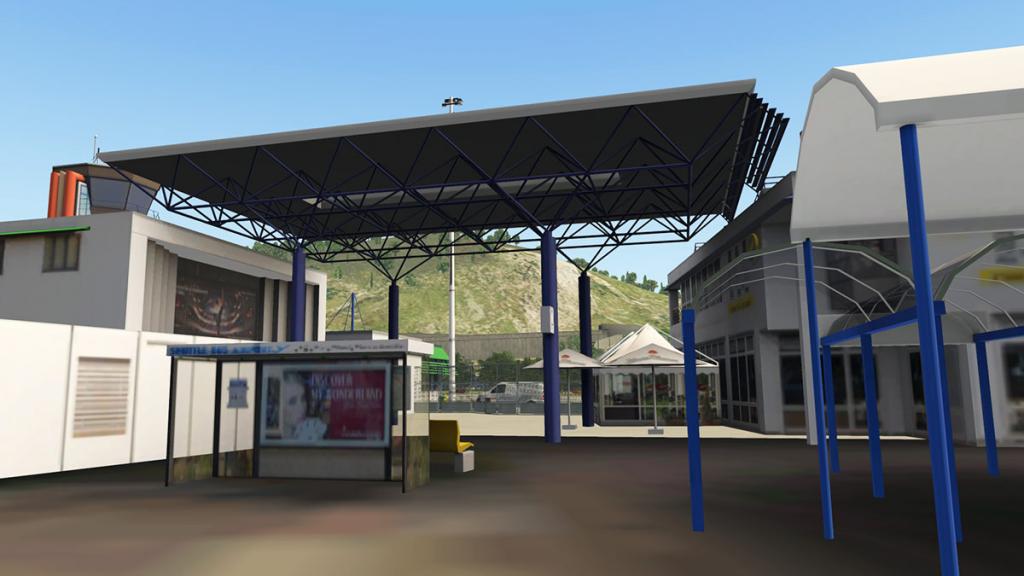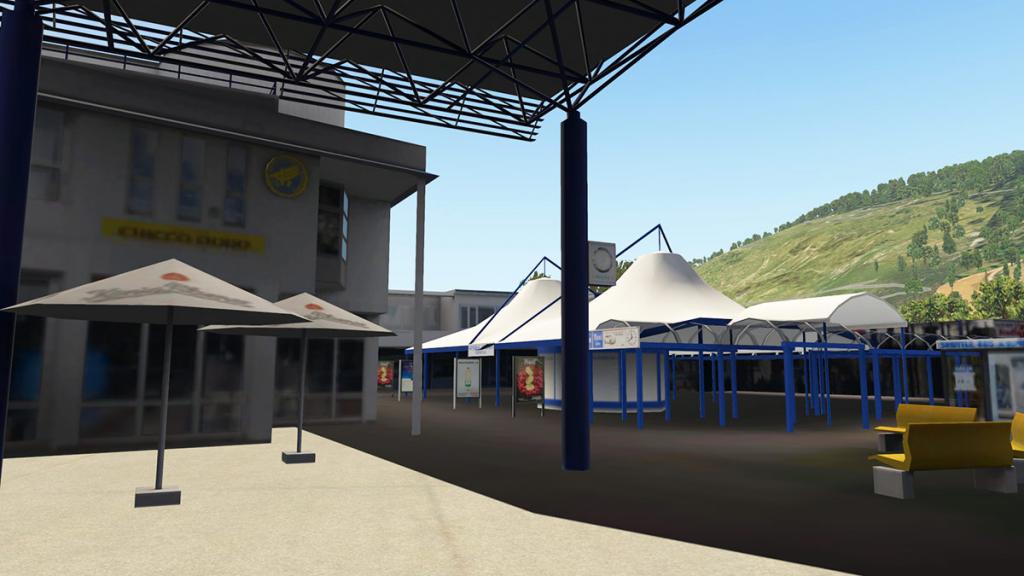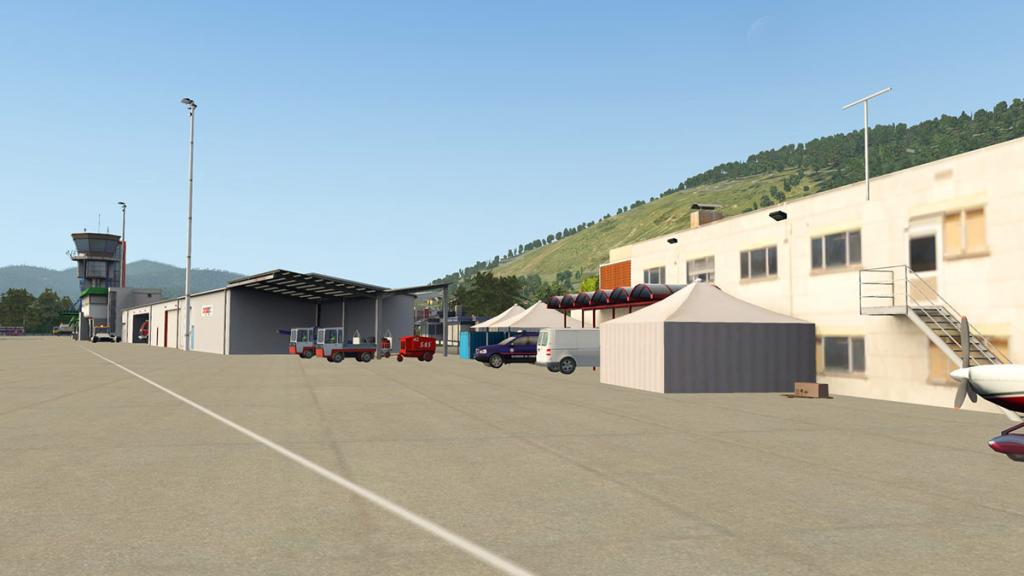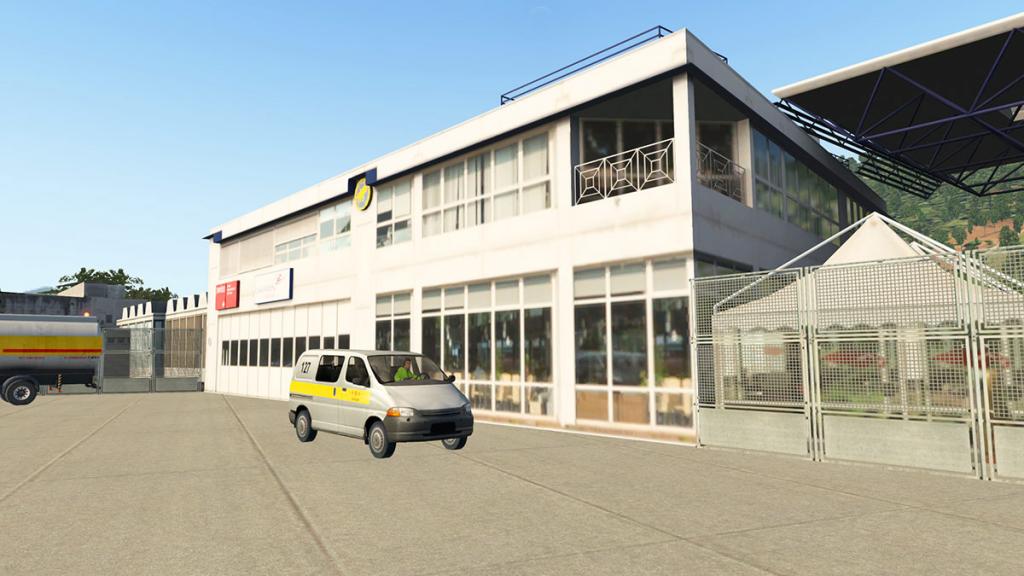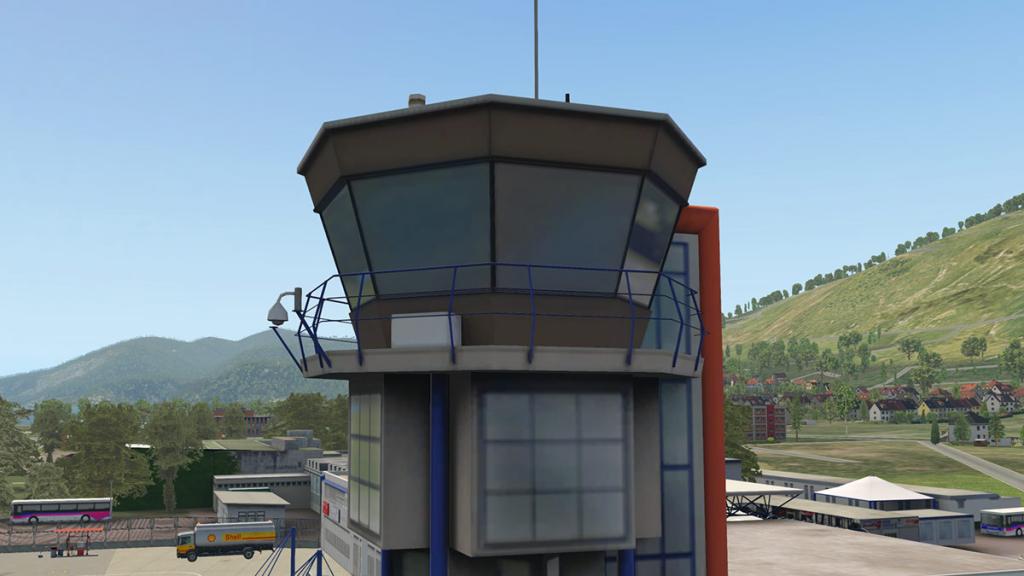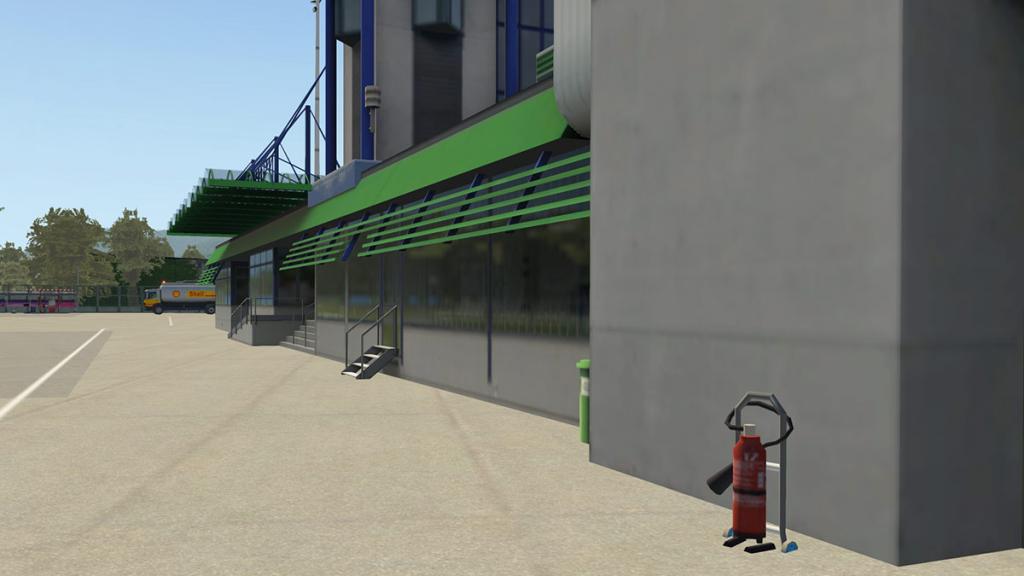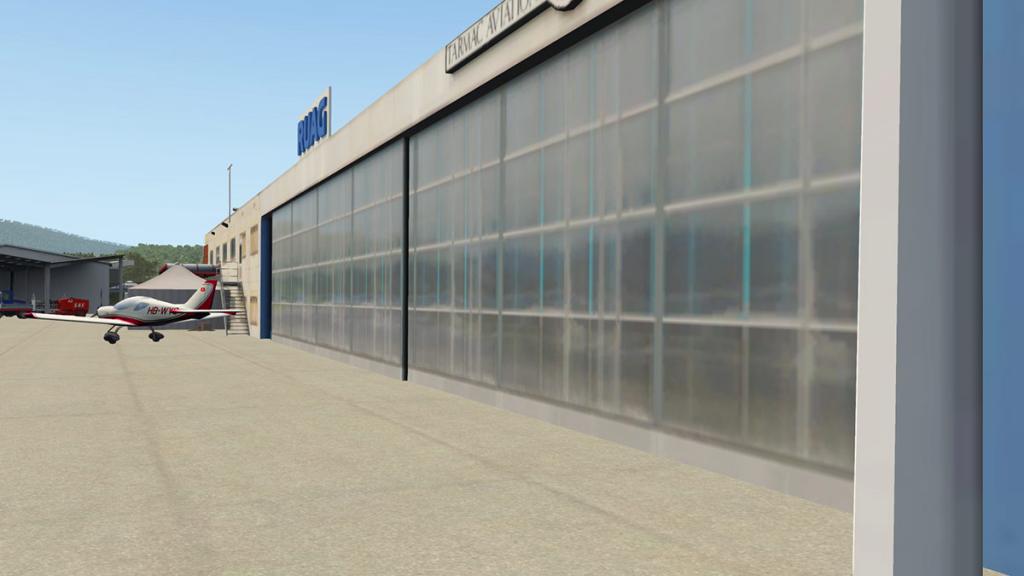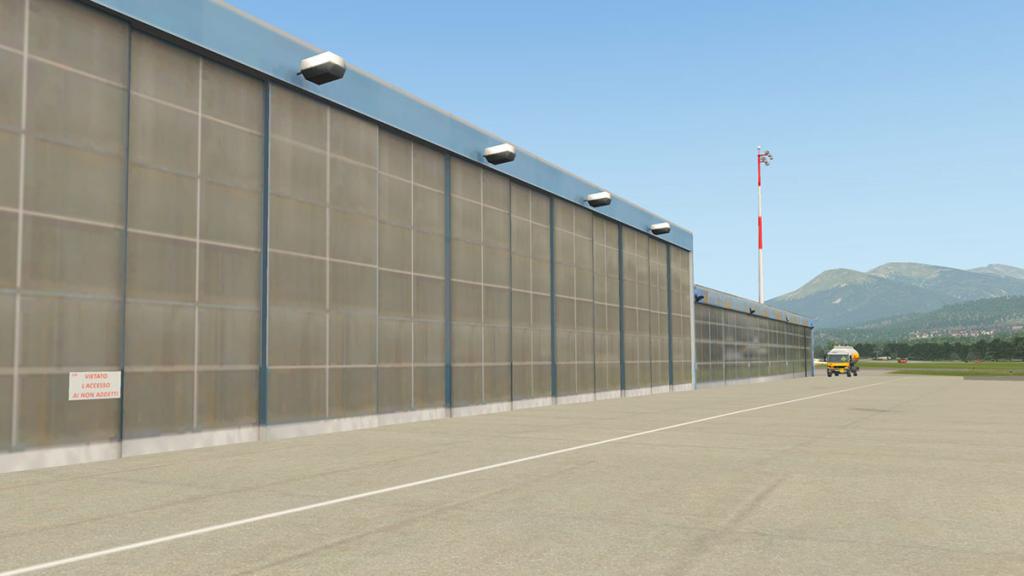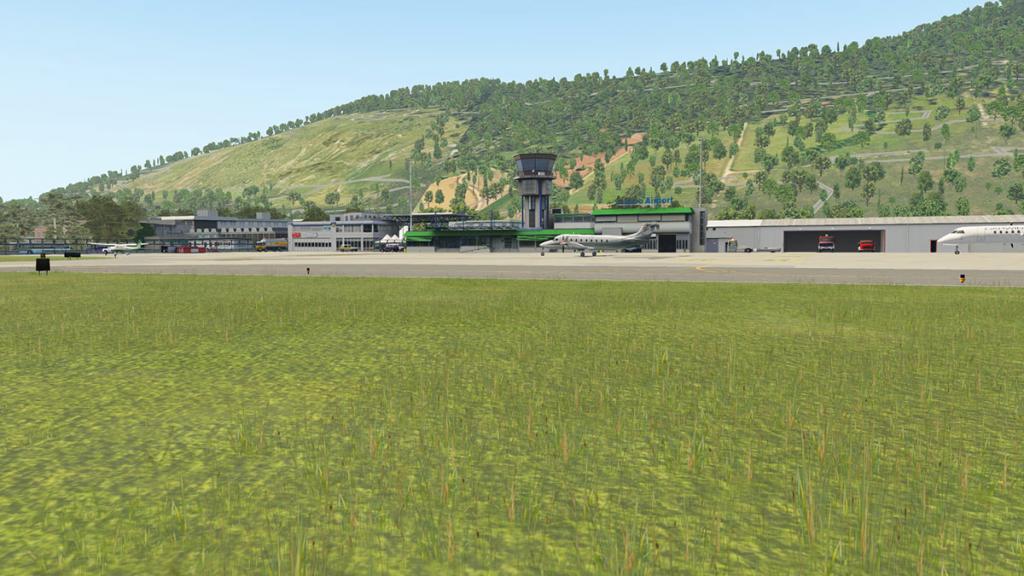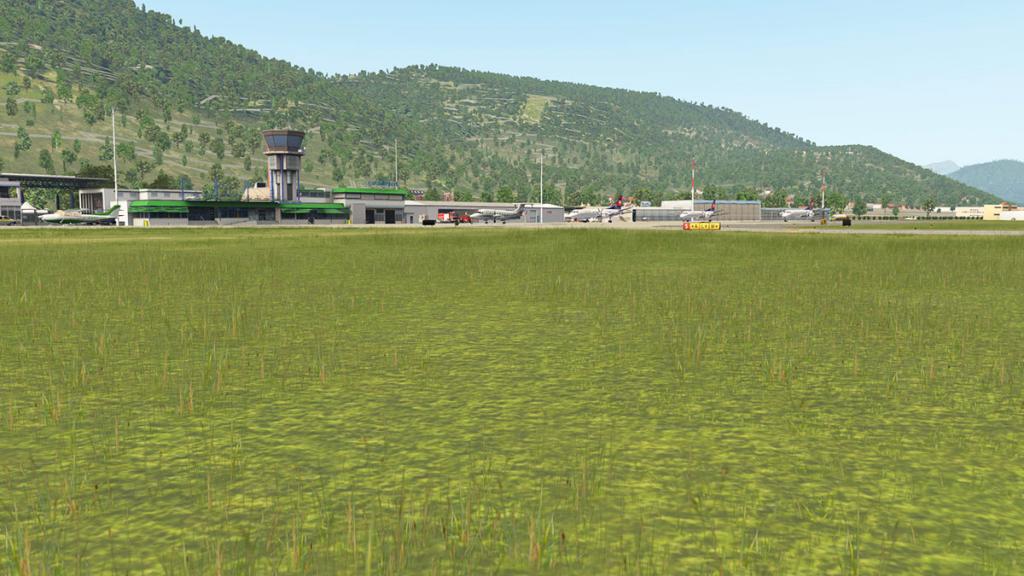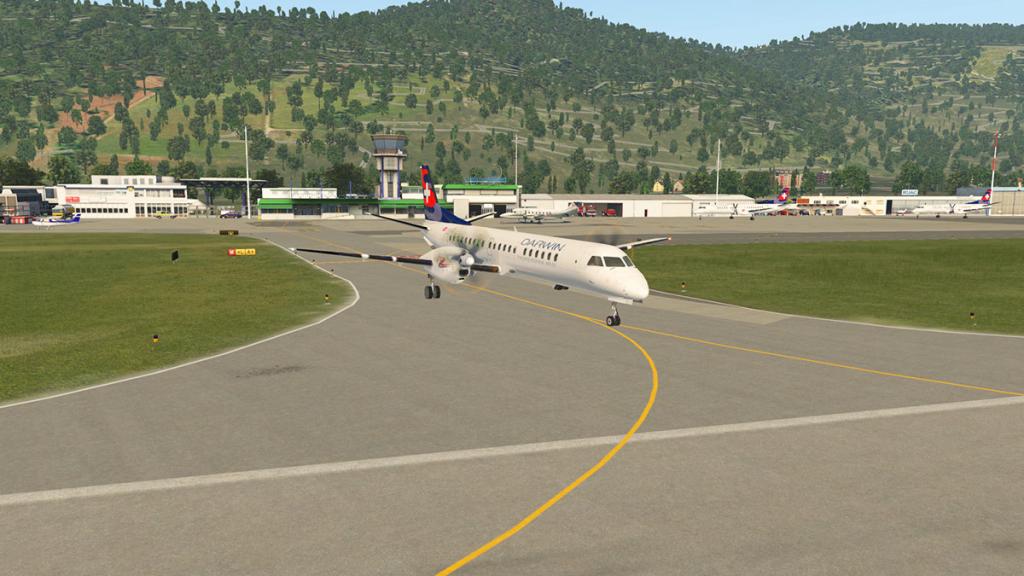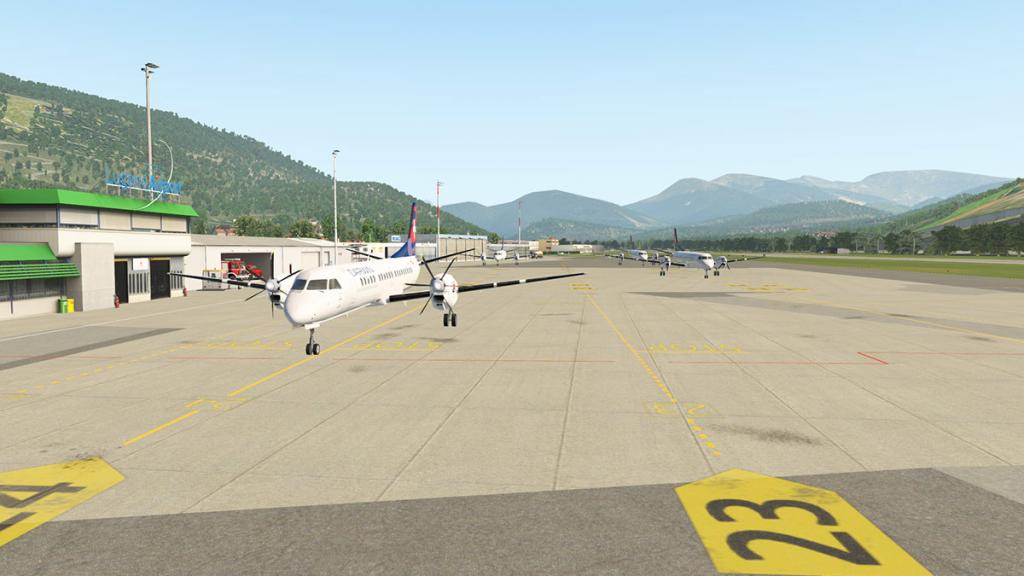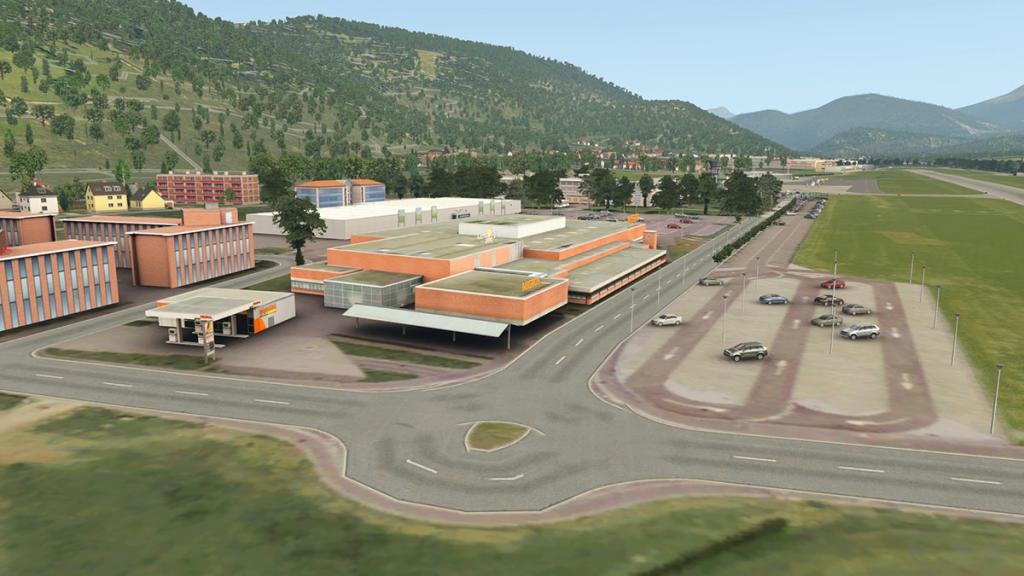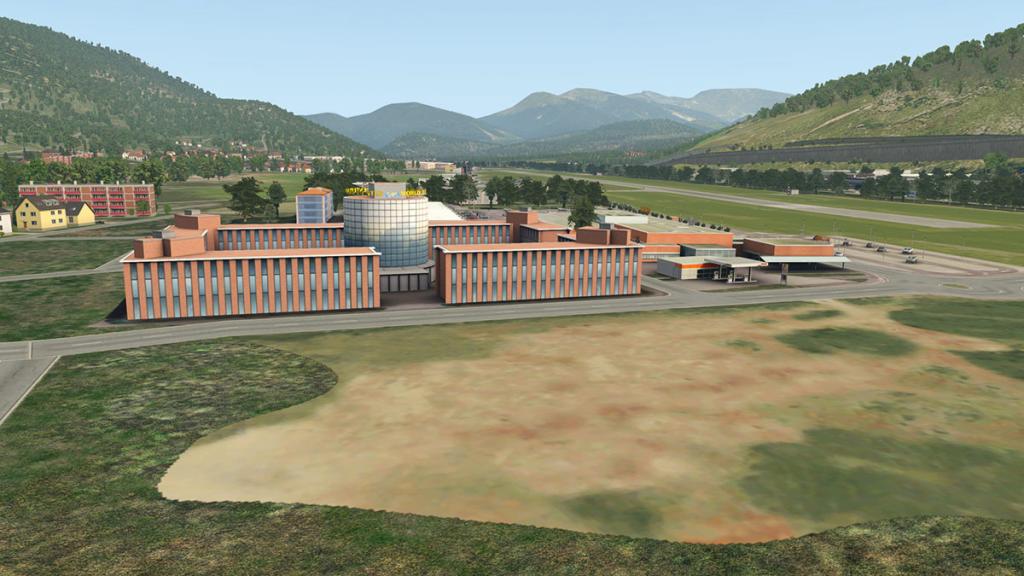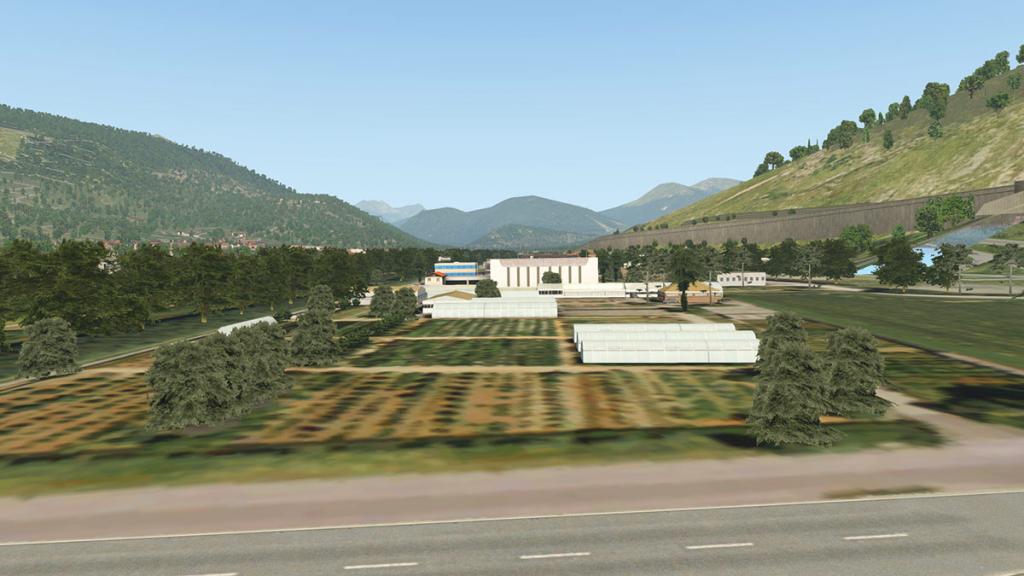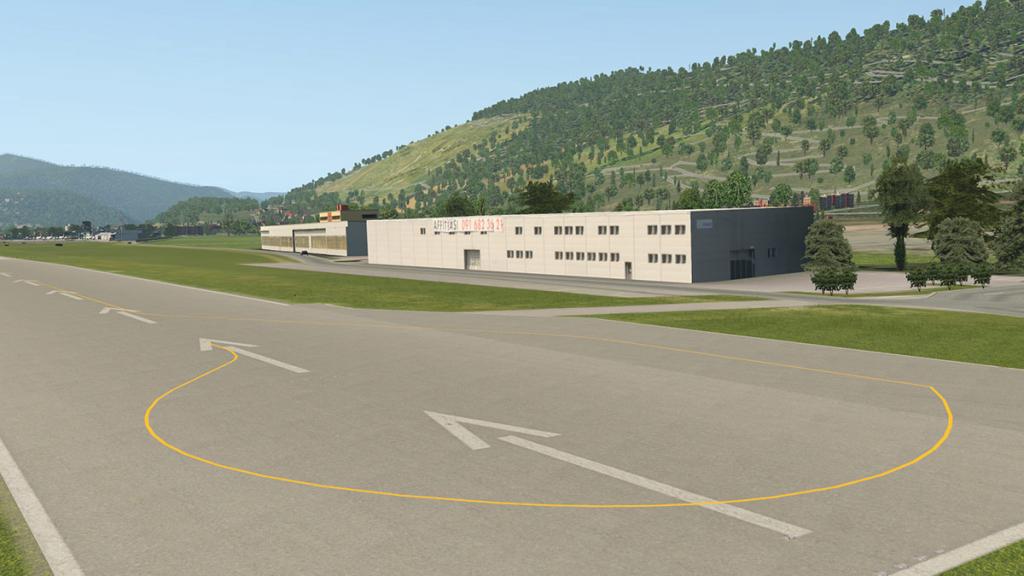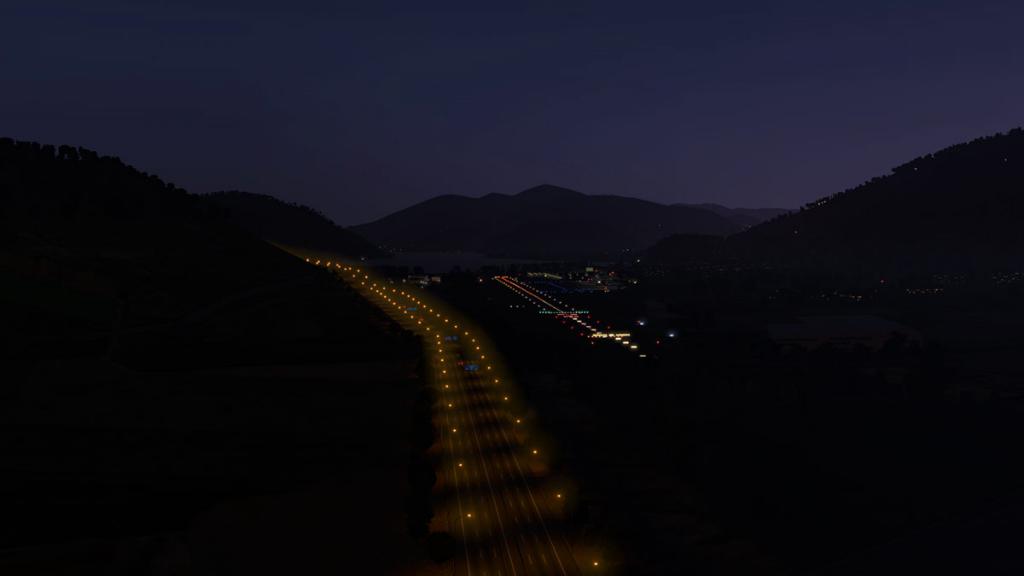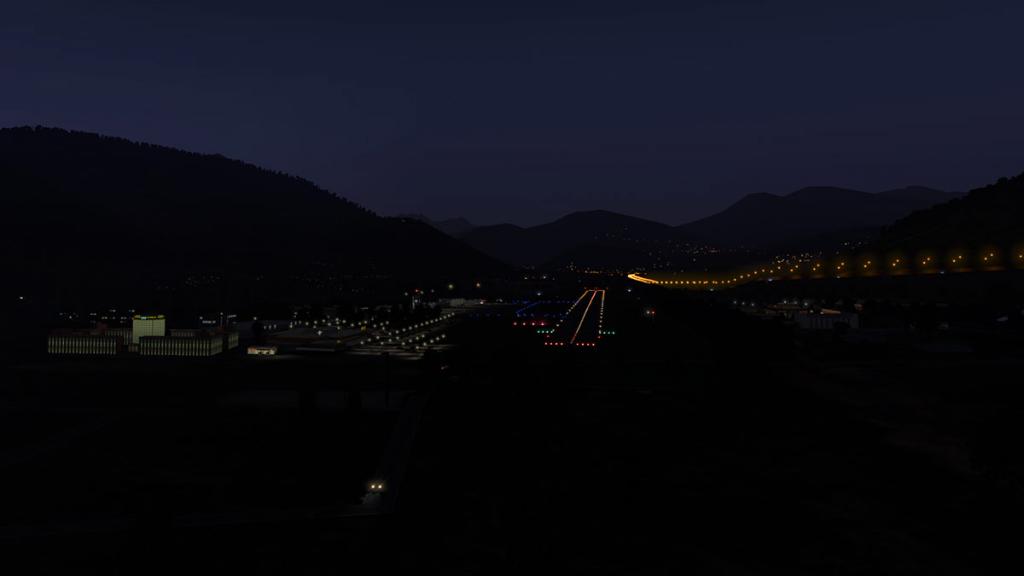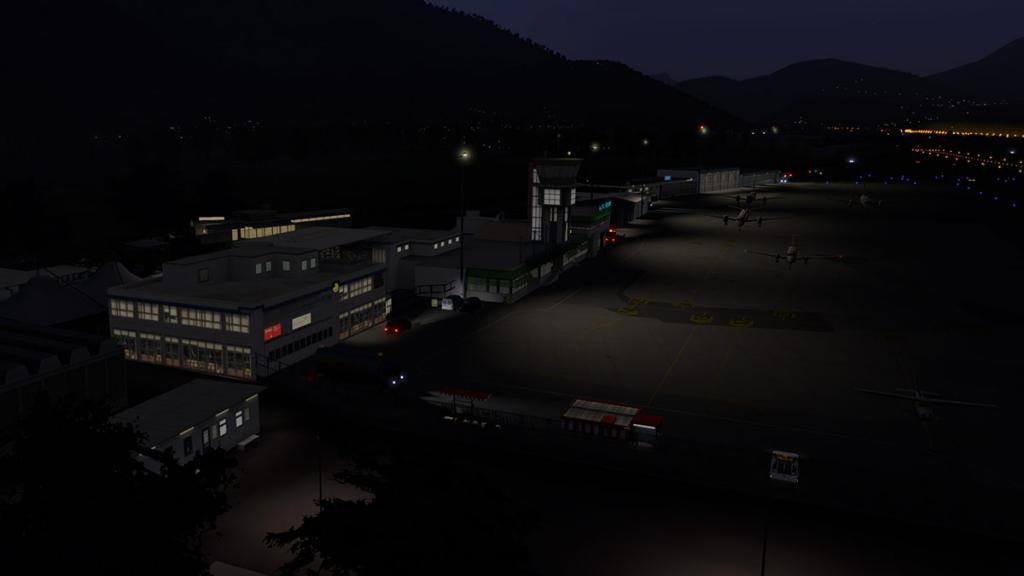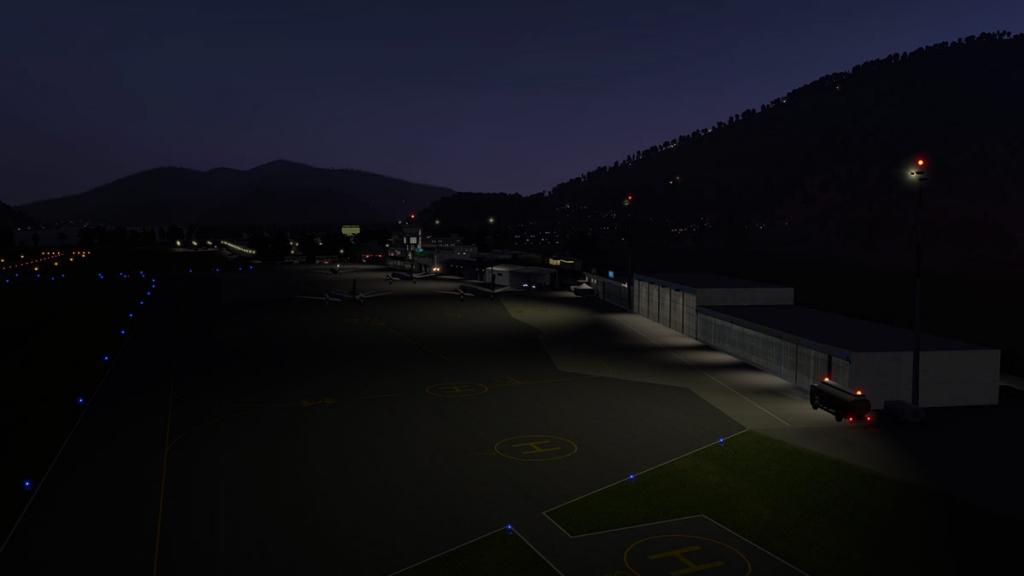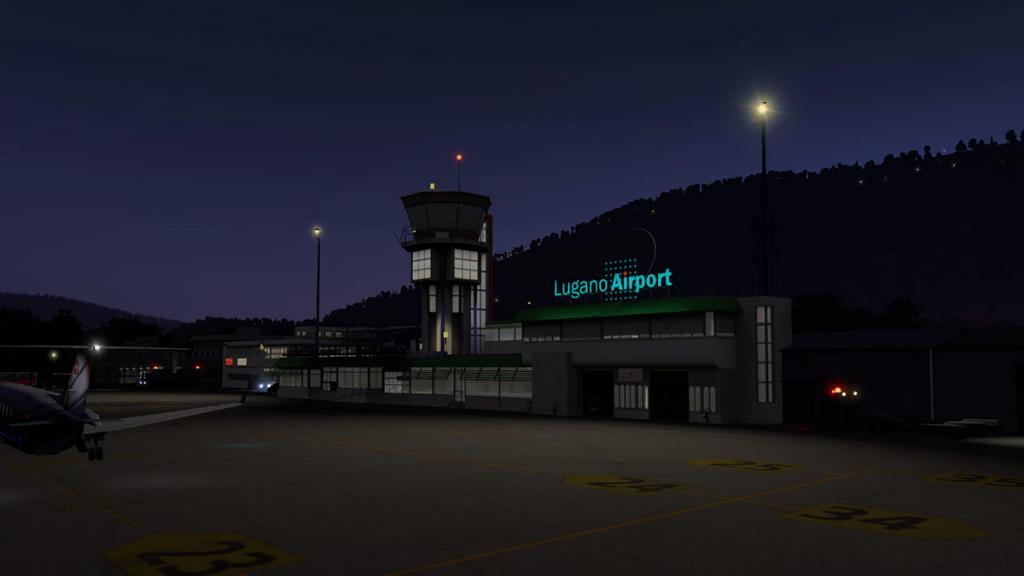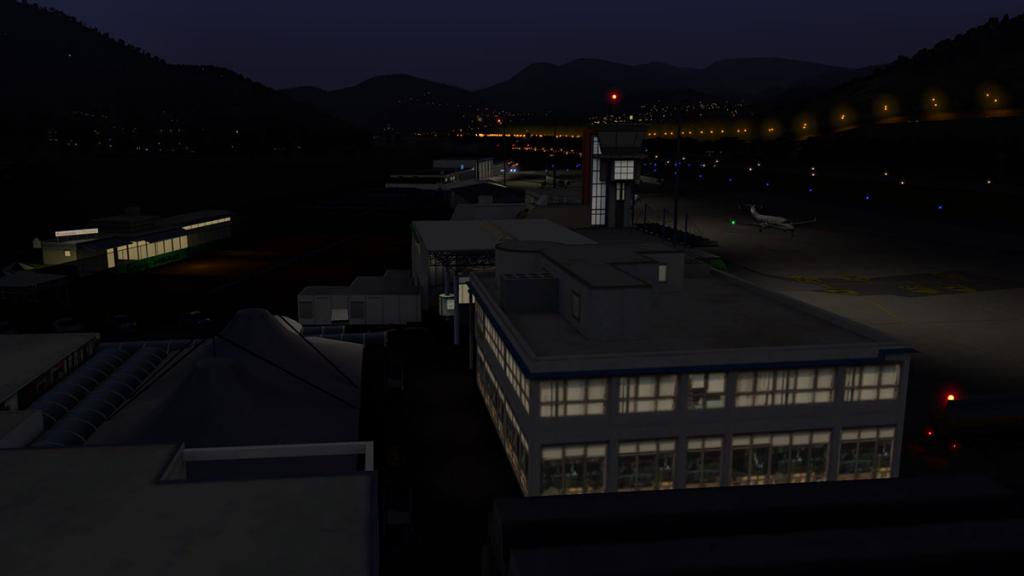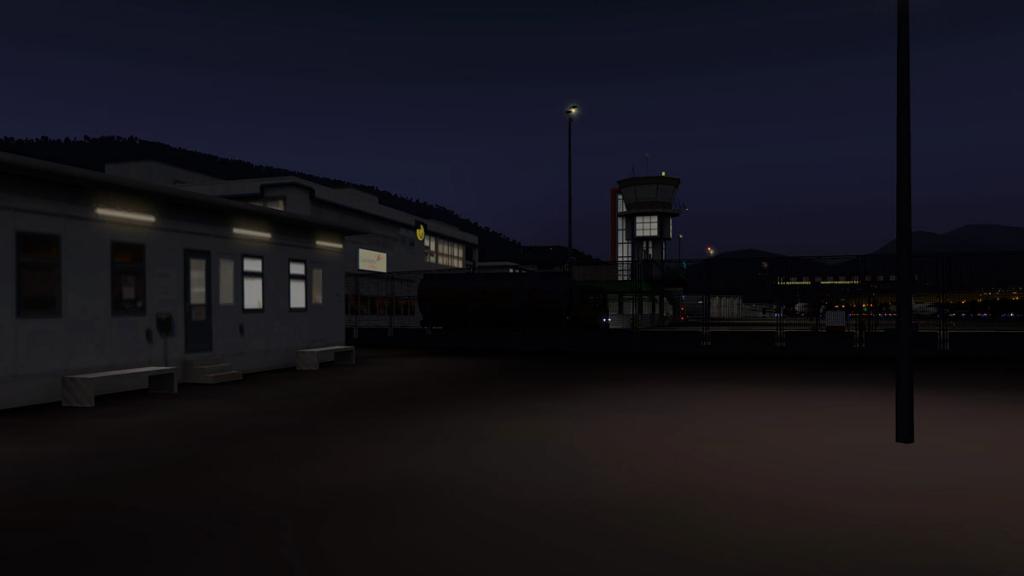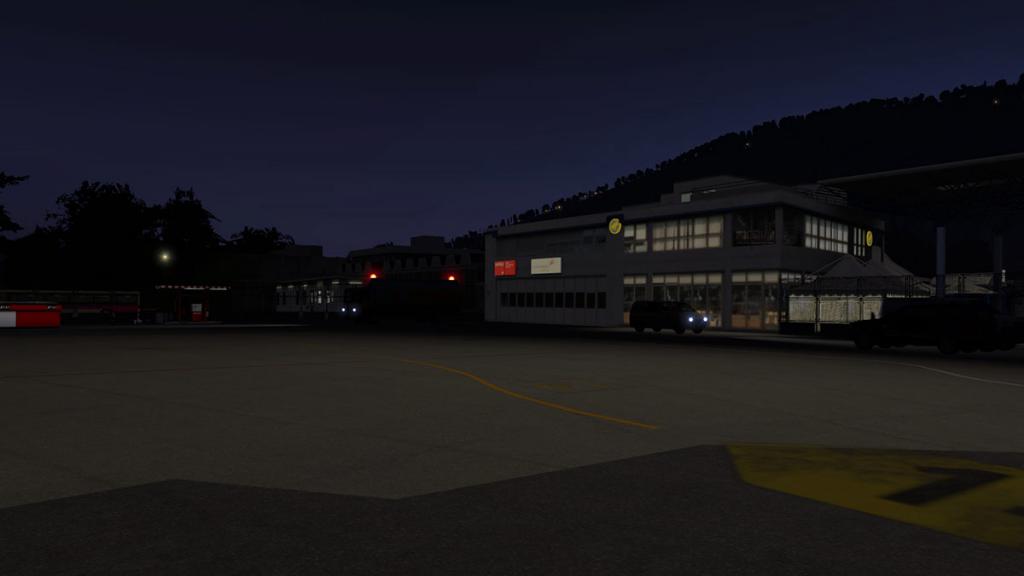-
Posts
2728 -
Joined
-
Last visited
-
Days Won
353
Content Type
Profiles
Forums
Articles
Everything posted by Stephen
-
News! - STMA... All aircraft are now X-Plane11 All Shade Tree Micro Aviation aircraft (STMA) are all now compatible with X-Plane11, the only exception is the Kaman Kmax Helicopter. The list includes the... DHC-2 Beaver Turbo Piper PA-18 Super Cub Husky A-1A Husky Sherpa K650T Turbine Bush North American Rockwell OV-10 Lockheed U-2s Dragon Lady F-86E Sabrejet The PC12 - 47G, DHC3 Otter's and the Beech D18S or Beech AT11 are already X-Plane11 compatible. All aircraft now come with STMA's AutoUpdate (AU) which is the same as X-Updater, for direct updates to all future X-Plane11 updates. And all aircraft have been tuned to the new X-Plane11 dynamics and incorporate many of the X-Plane11 features. All Shade Tree Micro Aviation aircraft aircraft are now available at the X-Plane.OrgStore here: STMA - X-Plane.OrgStore _________________________________________ STMA has also released the Diamond DA40-180 Diamond Star for X-Plane11. This Diamond DA40-180 Diamond Star was originally commissioned by Precision Flight Controls, Inc, and was developed using the airplane’s Type Certificate Data Sheet (TCDS), the DA40 Flight Manual (POH), and has gone through extensive development and flight testing by DA40-qualified pilots. Features include: Two models: The original one with analog (“steam”) gauges and a new G1000 glass panel model. STMA’s unique AutoUpdate (AU) which automatically downloads any changes to the aircraft when it’s loaded into X-Plane. Transparent windows, realistic instrument panel with accurately positioned gauges. Detailed, fully animated 3D cockpit& instrument panel! Animated canopy and window/door. Airframe,flight model, speeds, performance and super realistic handling. Realistic landing gear struts and structures. Another superior paint job by master painter Peter Fisher, another superb fully animated pilot figure by Bob Feaver. Operational tips, the actual pilot checklist in Word format, and an extract copy of the airplane'sPOH is in the documents folder. Requirements X-Plane 11+ Windows , Mac or Linux 2Gb VRAM Video Card. 4Gb+ VRAM Recommended The Diamond DA40-180 Diamond Star for X-Plane11 is NOW available from the X-Plane.Org Store here : Diamond DA40-180 Diamond Star XP11 Price is US$29.95 _____________________________________________________________________________________ News by Stephen Dutton 1st December 2017 Copyright©2017: X-PlaneReviews Images are courtesy of STMA
-
Aircraft Review : Tecnam P2006T v1.4 Analog/G1000 by Vskylabs In the six months since the May 2017 release of Vskylabs Tecnam P2006T the aircraft has been under constant development, but then almost everything under the VskyLabs banner is under constant development, because all the aircraft are in reality only ongoing projects and not release aircraft. So you go on a journey with Vskylabs projects as they are if nothing else very interesting and progressive aircraft. Certainly the Vskylabs DC-3/C47 has took all the attention this year, and as it should because it is a great aircraft and a lot of fun, but the P2006T has been progressing forward as well. This latest v1.4 version is significant as it is the first payware aircraft to use Laminar Research's new G1000 GPS system that was introduced with X-Plane v11.10, that noted is that to use this aircraft you have to use only X-Plane11 and the v11.10 (currently beta) update and upwards as well. So this review is mostly focused on that factor in the two different versions in the standard original analog aircraft and the new G1000 glass panel version of which you get both in the same package. Costruzioni Aeronautiche Tecnam is an Italian aeronautics manufacturer that was founded in 1986. The company has two primary activities in one is that it mainly makes aircraft parts for other manufacturers, and in two it makes its own range of light aircraft. It is in the first activity of making parts is in why the Italian company's name doesn't really roll off any aviation's bluffs tongue, like say Piaggio or Augsta, but it is still a manufacturer and it is in this their latest aircraft the P2006 that was certified in 2010 that is the company's push for mainstream sales. The P2006T is currently the lightest twin-engined certified aircraft available, and is a four-seat aircraft with fully retractable landing gear and has liquid-cooled Rotax engines that can run on 92 octane unleaded automotive gasoline as well as 100LL (Avgas). It is unusual in that the Rotax 912S3 horizontally opposed four-cylinder geared piston engines, 73.5 kW (98.6 hp) as each of the cylinder heads are liquid-cooled and there are cooling vanes on the cylinder barrels (a la the Volkswagen Beetle). Thus both cooling airflow through the nacelle, and so a cooling radiator is required in each cowl. Electric starters are used to start the engines on the ground, but must also be used for an inflight restart, since the highly geared engines cannot be turned by airflow alone past the stopped propeller. Thus, for FAA certification, the company was required to add in a backup battery in addition to the standard battery. Tecnam P2006T v1.4 Analog/G1000 You get two versions of the P2006T in the analog and glass cockpit G1000 version. They are actually the same aircraft, but strangely feel quite different? I think it is down to the more matt flat feel of the analog livery than anything else, but they do still also feel different internally as well. Considering the releases are only six months apart it feels more like years. P2006T Analog P2006T G1000 Modeling is good, but not in the high notch caliber, there are the slight bumps and off rounded areas and points that you can see really close up, but in most overall views the aircraft looks really good. The Tecnam looks like a composite but it is an all metal construction, Italian styling gives it that smooth clean look that only Italian designers can. The Rotax engines and their housings look and feel different than the standard usual low bulbous US styling, but they are well recreated here. Internally it is where all the action is, first the Analog ... ... the analog panel layout is very basic. Standard Six instruments that are centred in line of sight of the flying pilot with the Airspeed Indicator, Artificial Horizon and the Attitude Indicator on the top row and the bank/turn coordinator, Heading Dial and Vertical Speed Indicators set out directly below, there is right the two large VOR OBS dials for VOR1 above and VOR2 below. Deep below is a pitch indicator. Centre panel is dominated by both a GNS530 (top) and a GNS 430 (below) that both pop out... ... an S-Tec FiftyFive X Autopilot in centre top. Centre panel bottom is a Decker ADF dial and transponder. Lower radio unit is the standard Garmin GMA347. Co-Pilot's instruments are more disarranged in their layout with only the Artificial Horizon and Airspeed Indicator centre with the Attitude Indicator set far below. The rest of the instruments cover Manifold pressure, Fuel pressure PSI (both engines), Temp, Amps/Volts (engines) and both fuel tanks deep below left.. A full set of two gauges cover the engine outputs with RPM (x100), CHT, Oil Temp and pressure. Lower panels cover all switchgear with Pitot, AP, Main and RH Field left and lighting right, centre is the main Avionic and bus 1&2 switches. Flap indicator is the only function on the left lower panel. G1000 Glass panel The retro fitted Laminar Research G1000 system is excellent, but in Laminar's basic set of features way. What you don't get in high features from the LR G1000 you make up for in sheer performance. Most third party G1000's including Carenado's and vFlyteAir's and make no doubt they are both very good... except in performance, because of the sheer size of the G1000 displays they lagged performance in map animation and data input. Not so with Philipp Münzel's highly polished coding and these G1000 systems are excellent in all those areas. Fitting in the large two screen G1000 layout then moves the other dials around the panel and deletes a few items as well (mostly the radio and autopilot). The main Standard Six instruments now become the backup instruments that are now spaced centre below the panels. Airspeed Indicator, Artificial Horizon and the Attitude Indicator are all that is now required with the Fuel Pressure (both engines) left centre. Manifold pressure, RPM (x100), CHT, Oil Temp and pressure with Amps/Volts now down low are all squeezed together on the right hand panel, but it somehow all works fine. The Decker ADF dial is now far left lower panel and a few of the main power switches are now on the centre panel lower panel where they look better, standard lighting switchgear is right lower panel. The G1000 displays do pop-out and can be resized (scaled) or made into pop-out windows (computer windows). Most of the switchgear/avionics is transferred to the G1000 system in radio settings/transponder, autopilot controls, engine readouts and the main primary flight instruments (PFD). The lower mini-pedestal is nicely done with twin levers for throttle, Carburettor Heat and Propeller (feather), rudder pedals have an odd yellow wear on them, but look authentic. The biggest visual difference is created by the main metal facia of the instrument panel... ... it is very well done with the distinct crafted metal panel and the nice chrome screws, but if you run your texture settings anything lower than "max" it looks very old fashioned and poor texturing. The G1000 system hides most of these average areas and so at a lower resolution the lovely crafted G1000 display surroundings hides most of the metal paneling which looks like a different sort of metal as well, and it is in this area the G1000 then looks far, far better in the cockpit than the Analog version. Textures in both canvas, leather and metalness have shone this year in X-Plane11 and have risen to far more realistic looking heights... so anything now that was by last years standards is now needing a higher quality and finer attention, and here it shows with that critical if small difference. The interior is very good, but not of the high super quality in detailing although there is a few nice touches like the seatback pouches. Roof mounted Fuel Pump and Ignition/starter switches are required not only to start the aircraft but to shutdown the engines as well, which the props can be strangely odd in that they don't wind down but simply electric stop mid-rotation, The fuel tank switches are up here as well. There are no menus with the Tecnam, so if you open the pilot's door then the rear right passenger door opens as well... there are no static elements. Undercarriage assemblies are very good and very well animated. Wheel linkages, hydraulic pipes and brake assemblies are all covered and the tyres look realistic... Lighting The analog panel lighting is again different from the G1000 version. Three knobs set the lighting for instruments, panel and switches. The basic lower setting gives off a nice glow from the instruments and mid-dial (lower right) is nice... ... but turn the knob right up and the panel overglows and spreads even on to the windscreen. Overhead light is very nice, but doesn't work? The G1000 panel is very different and in a nicer way... the G1000 displays can be quite bright but can be adjusted, but overall a better look again. External lighting is basic with a landing and taxilight and a bit blobby. Liveries There are no liveries provided except one each of the default liveries, a paintkit is however included. A few liveries have already popped up the X-Plane.Org. Flying both the Analog and G1000 Tecnam I flew the G1000 version outbound from KLAL (Lakeland) to KRSW (Florida Southwest) and the Analog on the inbound leg back to KLAL. You have to get your head around first the fact that the P2006T is not a big aircraft, it looks it, but it is only really the size of a small -twin. But for a small-twin the performance is impressive. Maximum speed is 287 km/h; 178 mph (155 kn) with a cruise speed of 250 km/h; 155 mph (135 kn) with a range of 1,374 km (854 mi; 742 nmi). However the rate of climb is 1,260 ft/min or 250 ft/min on single engine and the service ceiling is 4,300 m (14,000 ft). So the Tecnam will go fast, but climbs slowly and to only 14,000ft. Most twins in this category can climb at 1600 - 1900 ft per min to 25,000ft. The G1000 GPS system is very nice though, modern and feels (as in touch) more realistic than the other versions. I floundered a little looking for the autopilot command button when they where right in front of me... I focused more on the left display than the right of which where they are actually situated (the AP commands are on the left display on the pop-up). But finally homed in on them and in reality it makes sense that the central position is the correct one for both pilot and co-pilot access. Sounds here are very good and are already FMOD directional dynamic. It is amazing how quickly new features mature and become part of the background in a very short time. Only issue in sound is the exterior sound is very high (almost irritating) to the low but better sound internally and I had to set the X-Plane external volume two thirds down to not get such a higher change of sound between the two. Moving from point A to point B is quite fast, so for traversing distances it is great aircraft... ... but I do think in many angles the P2006T does look like a Osprey V-22 tilt-rotor or have I been out on the town again. The Tecnam is genuinely nice to fly if you keep it well within its performance boundaries. The only area that is to be aware of is the final landing speed or zone, stall is 87 km/h; 54 mph (47 kn)... or around 50knts which quite slow. But the speed area between the full flap and 60knts it is very tight, and it is only 10knts higher. So you have very little room to adjust the speed to keep the aircraft airborne and getting too much lift, or either stalling into the runway. You adjust to the situation but you feel bottled in by it as well Then add in any wind factor and it is an interesting landing in controlling the aircraft at such low speeds. The first landing was not too bad, but by the time I had arrived back at LAL the wind was stronger and my landing was a bit of an arm wrestle with no different speeds available to use to control the aircraft. That space at between only 70knts to 60knts I feel is too tight, but that is the skill required to fly the aircraft. The return leg to LAL in the analog aircraft was the feeling of a far more older aircraft than the G1000 version and it just wasn't the change of the Avionic system either. You bite yourself and say "this is EXACTLY the same aircraft" but it doesn't feel that way when you are actually in there. Maybe it is the feeling from the panel or just the aircraft in general. A lot of users will certainly note the same thing but in the totally other way around with a much more love of the older analog version than the G1000 version... everyone to one's own. All I do know it was as noted quite a handful on landing this time... ... go just slightly under that 60knt mark and your in trouble, problem is you can't put on too much more speed either. I'm down, but in X-Plane you sometimes have to really work for it. Summary In a year or so then Laminar Research's G1000 GPS system will be fitted in countless X-Plane11 aircraft and it will be as familiar as the current GNS430/530 we have used for years. But here in the Tecnam P2006T you can seriously see the difference this new X-Plane11 GPS feature makes. It is the same aircraft as Tecnam P2006T that was released earlier this year and it is a good solid design if still in development. Modelling is great without being that pure extreme tick all the boxes look. There are no menus or special features, but Vskylab's doesn't always do those sort of addon's anyway, and what you do get is an interesting aircraft in two types with the original analog aircraft and the G1000 glass cockpit version. There are a few areas that need attention like the lighting (more tuning than working except for the none working internal roof light), and I am not crazy about the older analog panel metal textures. Some liveries would have been nice at that price and certainly would have helped out in the look of the analog version being far more bland than the G1000 version. For value you get two aircraft for the price of one and the ongoing development that comes with a Vskylab's project, and I am a big supporter of the Vskylab philosophy and the on going value and development that they deliver. Any aircraft from Vskylab is an investment, and this is a great interesting aircraft if not the usual run of the mill American design of the standard 4 seater light-twin. ______________________________________________________________________ Yes! the Tecnam P2006T v1.4 Analog/G1000 package by Vskylabs is NOW available from the X-Plane.Org Store here : VSKYLABS Tecnam P2006T G1000 Price is US$28.50 Features Very First Aircraft to feature the new G1000 by Laminar Research !!! (XP11.10 required) New Exclusive Features for v4.0 Two aircraft included for the price of one: P2006 Analog + P2006 G1000 variant Includes the brand new LR G1000 GPS - X-Plane 11.10 only Features Designed for X-Plane 11 Fully functional G1000 with integrated autopilot (usable only from X-Plane 11.10 and above, including the beta) Analog cockpit is featuring GNS G530 + G430 Highly detailed and FPS friendly Designed to utilize the “out of the box” features of X-Plane FMOD sound pack project for both variants Highly accurate flight dynamics model Checklists text files included Additional Features: Highly responsive support system/forum. The VSKYLABS Tecnam P2006T is a project under constant development. All updates are free. Requirements X-Plane 11+ only (no longer compatible with X-Plane 10) X-Plane 11.10+ required for the G1000 variant Minimum System Specifications: CPU: Intel Core i3, i5, or i7 CPU with 2 or more cores, or AMD equivalent. Memory: 8 GB RAM Video Card: a DirectX 11-capable video card from NVIDIA, AMD or Intel with at least 1 GB VRAM Recommended Hardware Requirements: CPU: Intel Core i5 6600K at 3.5 ghz or faster Memory: 16-24 GB RAM or more Video Card: a DirectX 12-capable video card from NVIDIA, AMD or Intel with at least 4 GB VRAM (GeForce GTX 1070 or better or similar from AMD). Installation Download of the VSKYLABS_Tecnam_P2006T_Project_v4.1a 386mb and it is installed in your General Aviation Folder as V11 VSL Tecnam P2006T-G1000 v4.1a (111.10mb) V11 VSL Tecnam P2006T-Analog v4.1 (110.20mb) Note the v4.1a on the G1000 install. Make sure you download the v4.1a version of the aircraft as there is a v11.10 conflict on startup. And currently the X-Plane11.10 beta to fly this aircraft. Documents For all documentation you go to the Vskylab site for all downloads and manuals: VSKYLABS Aerospace Simulations: VSKYLABS Tecnam P2006T Project A link to a real flight manual is here: P2006T - Aircraft Flight Manual 2nd Edition - 2010, November 12th Rev.2: _____________________________________________________________________________________ Review by Stephen Dutton 29th November 2017 Copyright©2017: X-PlaneReviews (Disclaimer. All images and text in this review are the work and property of X-PlaneReviews, no sharing or copy of the content is allowed without consent from the author as per copyright conditions) Review System Specifications: Computer System: Windows - Intel Core i7 6700K CPU 4.00GHz / 64bit - 16 Gb single 1067 Mhz DDR4 2133 - GeForce GTX 980/SSE2 - Samsung Evo 512gb SSD Software: - Windows 10 - X-Plane 11.10rc1 Addons: Saitek x56 Rhino Pro system Joystick and Throttle : Sound - Bose Soundlink Mini Plugins: Environment Engine by xEnviro v1.07 US$69.90 : XPRealistic Pro v1.0.9 effects US$19.95 : WorldTraffic 3.0 Plugin - US$29.95 Scenery or Aircraft - KLAL - Lakeland Linder Regional Airport 1.0 by NAPS (uploaded by Nicolas) - (X-Plane.Org) - Free- KRSW - Southwest Florida International Airport by Aerosoft (X-Plane.OrgStore) - US$24.99
-
Yes I think so. The current version is still v1.43 which is the version updated to X-Plane11 from X-Plane10 and not a completely new A350 v2.0 X-Plane11 version. It is not currently a total X-Plane11 version but as noted in this review an adjusted version to fly in X-Plane11. If FlightFactor do upgrade to V2.0 then you will have to totally repurchase the aircraft at full cost... So if you go to your X-Plane.OrgStore account, you should still be able to download the v1.43 A350. SD
-

Aircraft Review : Embraer ERJ-140 by Dan Klaue
Stephen replied to Adrian's topic in Airliners Reviews
You set the VOR1 or VHFL Freq on the radio panel and the quick way is to use the local map page and click on the actual ILS that you want to use for the Freq... SD -
Scenery Review : KABQ - Albuquerque International Sunport by ShortFinal Design Welcome to New Mexico! Here is the next ShortFinal Design scenery after their excellent KSLC - Salt Lake City Intl from back in April 2017. As we now well know is that ShortFinal Design is also the great mister_x and it is his sceneries that has created some of the very best sceneries in X-Plane, we also found that KSLC was also his first scenery to be payware after a designer period of being a quality freeware developer. And that makes KABQ - Albuquerque International Sunport a little interesting in because it is only a sniff away and 340nm east of one of mister_x's masterpieces in KPHX or Phoenix Sky Harbor International Airport that was released as freeware. So what we have here is freeware against payware, and here it is more so than with KSLC. Is that fair to again compare the two? Yes I think so because there is a differential between the two, it also shows how in a short time is that X-Plane in design is heavily moving forward and certainly as there are many similarities, but the differences are seriously noticeable here as well. KABQ - Albuquerque first impression In reality it is only a short hop East from Phoenix to Albuquerque in just over an hour's flying time (1h 5m to be exact) and my service is using the Boeing 757-200 by FlightFactor. When starting up at KPHX one thing becomes apparent in that for all of that great detail with mister_x's KPHX it does now feel quite empty, and this is even with WorldTraffic3 running at full throttle... (a note in make sure you have installed the latest ground routes for KPHX for WT3). The airbidges are also static and the ramps have a lot of objects, but not as complex as I remembered them as there is in a few areas there are some very good static setups, but overall the layout is basic. There is no qualms however about the excellent taxi, runway textures and linage as these layouts are excellent. Departure is a long taxi to RWY 28 and then East via FORPE with the flightplan set for St John's (SJNB). The Arizona skyline is desert basin and surrounded by mountains, and the New Mexico Albuquerque vista is not at all that different. One important item to note is the Albuquerque elevation... Phoenix is 1134ft AMSL, but Albuquerque is 5354ft AMSL and so you have to set your minimum approach altitude (arrowed below) at 12,000ft AMSL or you will find yourself flying into the ground. The runway layout at KABQ is to be studied as well. Most approaches are via RWY 08 or RWY 21, but if you use the RWY 26 approach and you find it is too tight to turn in (or around) with the mountainous barrier in the way... A GA or light Turbo-Prop would be fine for RWY26, but for a jet of the B752 size it is just too tight and dangerous a turn with the FMS routing, departures are fine. Even the RWY 21 approach is tight if you STAR in from the Northeast, as western approaches (and even then they can still be quite tight) are fine with usual KEKEE STAR approach but you will really need to study the RWY 21 approach pattern to get it perfect. Except for the very different KABQ runway layout, then Albuquerque does look similar to KPHX on the circuit. There are choices here in that you can install this SFD scenery directly as I have done here, and that is because I like any scenery to be well intergrated into the X-Plane default textures around the package and that works very well here. Or you can download a huge 3.3gb of NAIP imagery and 1/3 arc-second mesh to compliment the scenery and you will also need the all that computer power to run it all. The RWY 21 approach is the best of them all, no ILS though as that aid is available only on RWY 08 and RWY 03. There are plenty of objects or buildings on the approach as you are passing over the Kirtland AFB that shares a lot of the area in the North-Eastern section of the airport. Your finals on the RWY 21 approach also crosses the main east-west RWY 08/26 layout and so you have to be very aware of any landings on this busy runway (WT3) and usually they are landing in from the west. Note the excellent reedy sun-dried grass that matches the landscape, it is very good close up and realistic in all the landing views. Great filled out cargo ramps and buildings are situated at the southern end of RWY 21 and along the very long taxiway F. All ground (gravel) and runway textures are excellent. With also lots of different tarmac (asphalt) textures and all have great runway wear and tear. Lineage and markings are first rate and the same as KPHX. The runway layout can be complex from say landing on RWY 21, as you have to first taxi taxiway F, then C (not to confuse easily with G?) to then cross two runways in 12/30 and 08/26 to get the central terminal area, again 08/26 can be busy and holds can take time and a queue can easily form up behind you.. Guiding marshal's will bring you into the gate and the gates are animated to connect directly with your aircraft. As boarding bridges go, these here at KABQ are simply excellent in detailing... .... the airbridges are so supremely created, so much detail and with hard worked worn textures in they easily take your breath away, you are paying for detail, and you certainly get that here. The ramp and gate areas are excellent as well with well laid out and very numerous items of ramp equipment (many animated) and aircraft service vehicles. Running here is WT3 (xLife is fine as well) that supplies the aircraft and activity around KABQ. Ground routes are all completed and WT3 will run perfectly with the scenery in both ground route generation and the WT3 activity is excellent. First impressions, KABQ is certainly very good to excellent for realism and for the sheer detail that you get and yes even though KPHX's buildings and object count are both very good as is the excellent ground textures. But you really do certainly feel that significant difference in detailing and quality at the newer KABQ when you arrive. However KABQ STAR arrivals need study and FMS flightplans need to be set correctly except for RWY's 08 and 03 which are just straight in and clean approaches. ______________________________________ KABQ - Albuquerque International Sunport Albuquerque International Sunport Albuquerque IATA: ABQ - ICAO: KABQ - FAA LID: ABQ 03/21 - 10,000ft (3,048m) Concrete 08/26 - 13,793ft (4,204m) Concrete 12/30 - 6,000ft (1,829m) Concrete Elevation AMSL 5,355 ft /1,632 m Runway layout at KABQ is not the usual parallel runway and centre island layout that pervades most US based airports. It is dominated by the east-west 08/26 main runway with the smaller angled cross of 03/21 - 12/30 off the 06 threshold. If you look closely the older 35/17 runway is still there, but now convertedin to a taxiway in A4, B4 and E4. Most pilots noted that 35/17 was dangerous to use. No doubt is that this layout was designed around the Kirtland AFB. There was airline operations out of Albuquerque earlier than the original 1940 army airfield as it was first served by two private airports in Oxnard Field which opened in 1928, and also West Mesa Airport, also known as the TWA airport which opened in 1930. As in 1935 it was suggested that the city build a new public airport using Works Progress Administration money. Having secured US$520,500 in funding, Governor Clyde Tingley broke ground for the project on February 28, 1937. Albuquerque Municipal Airport opened in 1939 with two paved runways, a Pueblo Style terminal building designed by Ernest Blumenthal, and a massive hangar designed to accommodate the new Boeing 307 operated by TWA. TWA became Trans World Airlines in 1946. Monarch Airlines came to Albuquerque in 1947 then merged with other carriers to become Frontier Airlines in 1950. The airport was renamed Albuquerque Sunport on April 17, 1963. This older terminal of 1939 has been restored and now houses offices of the Transportation Security Administration. It was added to the National Register of Historic Places in 1988, and is situated behind a cargo facility. The Albuquerque Army Air Base, the precursor to today's Kirtland Air Force Base is still operational. The airport continues to share its runways with Kirtland AFB, which also handles rescue and firefighting operations. An Air Force Global Strike Command (AFGSC) installation, the host unit is the 377th Air Base Wing (377 ABW). Flying units at Kirtland AFB consist of the 58th Special Operations Wing (58 SOW) of the Air Education and Training Command (AETC) and the 150th Fighter Wing (150 FW), an Air Combat Command (ACC)-gained unit of the New Mexico Air National Guard and these facilities cover the North-east of the airport. The present terminal was designed by William E. Burk Jr. It s built just east of the original terminal, and opened on November 12, 1965. At first the terminal had eight gates, four at the main building and another four at a small satellite building to the south connected by an underground tunnel. None of the gates back then had jetbridges. The main terminal has since been expanded several times, first in 1971 when a west wing was added with a large gate and jetbridge able to handle new wide-body aircraft. TWA used this gate to introduce the Lockheed L-1011 to Albuquerque in 1974 with flights to Chicago. After airline deregulation was passed in 1978, a flood of new airlines came to ABQ. The west wing was expanded in 1980 with three more gates, all of which had jetbridges and were used extensively by TWA and many new carriers. Southwest Airlines started service on April 3, 1980 using the old gates 1 and 2 at the main terminal and installed three ground level jetbridges at these two gates. From 1987 through 1989 the terminal was expanded and renovated. The satellite gate building was replaced with two concourses, A and B, giving the Sunport 19 new gates, all with jetbridges. Concourse A was further expanded in 1996 with four additional gates. The new above-ground connector link to the concourses was greatly expanded in 2005 to accommodate the need for additional security screening by the TSA after the September 11 attacks in 2001. The airport gained international status and was renamed the Albuquerque International Airport on September 27, 1971. The name was changed to Albuquerque International Sunport in 1994. These terminal facilities cover all the North- West section of the airport with cargo as noted in the South-West by the threshold of RWY03. Eclipse Aerospace was an American aircraft manufacturer based here as the manufacturer of the Eclipse 500 very light jet and its buildings are still prominent here... the company merged with Kestrel Aircraft, maker of the Kestrel K-350, to form One Aviation in April 2015. It is important to note that for this review I have the "runways follow terrain contours" feature switched ON. This is not the advice of ShortFinal Design as they would like their scenery to be flat. This of course creates the visual aspect of a few buildings being slightly misshapen and off the ground and not adjusting to the elevation changes. That is my choice, but the lovely elevation changes around the airport (for me) makes the scenery more realistic and better on the eye and fit into the X-Plane environment better. There is not much visually in New Mexico as it has very desert based envions, I mean they tested nuclear bombs out here because of the open space and empty areas. But the Sandia Mountains that frame the city are very spectacular, certainly at dawn or twilight, and overall in the background it is a very visually appealing vista. Terminal The terminal complex has been added on to for decades and decades as noted above, but still retains its mesa Mexican feel. Currently it is still one terminal with 25 gates in four concourses, including a concourse for commuter airline gates. Concourse A has 13 gates: A1 – A12, A14. Concourse B has 9 gates: B1, B3-B10 (Gate B2 was removed during the security hall expansion in 2005). Concourse E has 2 gates: E1 & E2. Concourse C, originally known as the west wing, consisted of four gates (11, 12, 14, & 15). Gate 11 was closed when the terminal was expanded in 1989 and the remaining three gates were renumbered to C1, C2, & C3. TWA continued to use these gates for a few more years until gates C2 and C3 showed signs of structural failure and later had to be demolished. TWA moved to concourse B and the lobby area of gate C1 (the gate built in 1971) has mostly been converted to office space. The lower level of gate C1 houses U. S. Customs and is still used for occasional international arriving flights. The Sunport last saw regular international service in 2009 by Aeromexico Connect with flights to Chihuahua, Mexico. Concourse D was a ground-level commuter aircraft concourse that was used by Great Plains Airlines. It was closed in 2004 after Great Plains Airlines liquidated due to insolvency. From a distance and on approach there doesn't seem to be much detail in this ShortFinal Design's take on ABQ. But get down to the ground level and that aspect is suddenly all very wrong. This is a very highly detailed scenery, but not to the absolute overfill of the airport. It is quite simply perfect or as good as you are really going to get in scenery reproductions. Close up building modeling is excellent in detail and texture reproduction, and outwardly there is a lot of similarities here with basic building construction and textures with KPHX, but then the detailing and quality is certainly a couple of levels above. All areas are highly filled out with ramp objects and as noted there is a lot of animated vehicle traffic as well. All building glass is reflective and realistic. Those airbridges will always make you smile evertime you focus on them, but to highlight the detailing you always look at the small stuff and not the big picture... here we highlight the terminals air-conditioning plants... ... nice aren't they, they are animated as well as the fans are working hard in the hot desert New Mexican sun to cool the terminal, great detail. The animated trucks are working hard as well in going back and to, to the parcel facility west of the main terminal which is nicely detailed. Behind this cargo facility is the older 1939 terminal that has been well reproduced, but the Swissport tankers seemingly don't quite fit into the ABQ scene, but the Swissport services are actually correct in this global branded world with a contract as suppliers to the ABQ airport. The areas behind the terminal in the landside zones are excellent as well. The highlight is the Sheraton Hotel which is perfect and so is the large carpark with efficient solar panels on the roof (great metalness), and their are hundreds of coloured shade carparking areas to keep your car cool. Detailing is breathtaking by SFD in the sheer amount of vehicles and items needed to fill in these areas. The famous welcome entry "Sunport" sign is well done. This is were your cash goes.... in the huge amounts of detailing that takes hours and hours to create, and you more than ever get your money's worth here. It is not just the sheer amount of objects you get, but the quality of the objects that are more important to make up the perfect visual scene. There are a few Albuquerque city buildings included into the scenery, not many but they do create a nice horizon skyline in the distance. Kirtland Air Force Base The former Army Air base is well reproduced, but feels a little empty compared to other areas around the scenery. I don't know if WT3 needs tuning to its military side to fill in aircraft, but still a few static aircraft here would certainly have helped in filling in the vast ramp areas. The base is extremely well modeled and with lots of detail, but the sheer openness also works against the areas. Modern and decades old hangars work together to create the full vista. The barracks behind and airbase infrastructure buildings are also fully covered and look great as noted on the RWY 21 approach as they fill out a large area to the Northeast. Control Tower KABQ's control tower is the standard issue US airport in a tall concrete structure and is part of the Kirtland AFB. It is well modeled with excellent reflective glass for realism. Tower view is good on all runway approaches. You do get a little of the base of the tower and of the railings and aerials if you look straight up... but for the visual following of the aircraft around the field it is fine. A couple of areas to the east are worth noting. Far northeast is the Raymond G. Murphy VA Medical Center that has been created as has the Richard W. Lewis Advanced Laser Facility on the south threshold of RWY 26 east. Cargo and General Aviation The Cargo ramps are southwest along RWY 03/21. Here is a medium size cargo facility with FedEx and UPS having a large presence. Detail is overwhelmingly excellent as is the space to park on the ramps, so ABQ is a really good cargo hub for your operations, most cargo connections are of course with Memphis. In 2013 the aerial firefighting company, 10 Tanker Air Carrier, moved its headquarters to Albuquerque and currently have three DC-10 large air tankers based out of the Albuquerque International Sunport and they are well depicted here in the scenery... note the excellent FedEx containers ready for shipping. As runway RWY 03/21 is a busy runway you get a lot of activity via WT3, so this is not a boring area and animated cargo trucks help out with the action as well. There is a small zone for General Aviation here, but not a significant setup with just a few storage hangars. Private Jet service is there but again not significant but with a nice large parking ramp. The area is really Aerospace Industrial with the old Eclipse Aerospace complex being the dominant company that has been perfectly recreated and is very realistic. There is a huge amount of complex buildings and aerospace infrastructure, all very well created with loads and loads of objects that totally fills out the all the southwest quadrant of different areas. All the buildings have that been there and recreated feel, but in detailed value then this KABQ is simply off the scale. The Fire Station is way out off field to southeast as is the fire training hulk behind the station. Nightlighting Lighting as with everything else here at KABQ is very good. First is the dusk lighting that shows off the great ground textures and their excellent X-Plane11 reflections... ... Main runway and taxiway lighting is first rate. The lighting has been crafted to light or zone certain areas and that is highlighted by the carpark lighting which is perfect as is the main terminal ramp areas. Lighting on the ramps is great and highly workable.... But ramp lighting is only in selected areas... most of the Kirtland AFB is mostly in street lighting and some ramp lighting and like with the cargo areas and otherwise it is just regular the lighting around the industrial aerospace areas. Two lighting highlights is a nice Cutter General Aviation reception centre and a fully internally lit hangar which is great for late night private jet arrival and disembarking under the flood lights... Services Connections are US wide but Seattle, Chicago and Salt Lake are popular, there is a big northern port seasonal winter business as well. Southwest dominates ABQ, but all US major carriers use the port. Alaska Airlines - Seattle/Tacoma Alaska Airlines operated by Horizon Air - Orange County, Portland (OR), San Diego, San Francisco, Seattle/Tacoma Allegiant Air - Austin, Las Vegas American Airlines - Chicago–O'Hare, Dallas/Fort Worth - Seasonal: Charlotte American Eagle - Chicago–O'Hare, Dallas/Fort Worth, Los Angeles, Phoenix–Sky Harbor Boutique Air - Alamosa (CO), Carlsbad (NM), Silver City Delta Air Lines - Atlanta, Salt Lake City - Seasonal: Minneapolis/St. Paul Delta Connection - Los Angeles, Salt Lake City Frontier Airlines - Denver JetBlue Airways - New York (JFK) Southwest Airlines - Baltimore, Chicago–Midway, Dallas–Love, Denver, Houston–Hobby, Kansas City, Las Vegas, Los Angeles, Oakland, Phoenix–Sky Harbor, San Diego, San Jose (CA) (begins April 8, 2018) - Seasonal: Austin, Orlando, Portland (OR) United Airlines - Denver - Seasonal: Chicago–O'Hare, Houston–Intercontinental United Express - Chicago–O'Hare, Denver, Houston–Intercontinental, Los Angeles, San Francisco Routes Surprisingly the shortest routes to Phoenix and Dallas Texas are the most popular from ABQ, but most routes are really hub connections (LAX, Dallas, Atlanta and Denver). Phoenix–Sky Harbor, Arizona - 317,000 : American, Southwest Dallas/Fort Worth, Texas - 263,000 : American Denver, Colorado - 224,000 : Southwest, United, Frontier Los Angeles, California - 164,000 : Allegiant, American, Southwest, United Dallas–Love, Texas - 157,000 : Southwest Las Vegas, Nevada - 147,000 : Allegiant, Southwest Atlanta, Georgia - 136,000 : Delta Houston–Hobby, Texas - 110,000 : Southwest Chicago–Midway, Illinois - 94,000 : Southwest Oakland, California - 83,000 : Southwest Cargo Ameriflight from Dallas is the main cargo contractor into ABQ, the rest are the main parcel runners in FedEx and UPS Ameriflight - Alamogordo, Carlsbad, Clovis, Farmington, Gallup, Grants, Hobbs, Las Cruces, Las Vegas (NM), Phoenix–Sky Harbor, Roswell, Silver City, Tucumcari, Sierra Vista (AZ) FedEx Express - Lubbock, Memphis FedEx Feeder operated by Empire Airlines - Durango, Farmington, Gallup UPS Airlines - Dallas/Fort Worth, El Paso, Louisville, Ontario, Phoenix–Sky Harbor Summary As at the head of this review the main comparisons with this excellent KABQ are going to be with mister_x's own KPHX freeware scenery. Is that possible. Well yes it is and in reality it is not either. PHX - Phoenix is a larger scale scenery than ABQ and it is highly detailed for it's size and the buildings and textures are also very similar. But there the comparisons really end, the main difference is that KABQ is ultra detailed compared with PHX, with the more minute and the overwhelming sheer volume of detailed objects. On approach ABQ looks quite average, but once on the ground it is anything but so. Some items like the airbridges are so well crafted and animated. Background Sandia Mountains vistas also add in a lot to the feel and look of the airport (In other words it is a nice place to be or fly into). Unlike PHX then ABQ also comes loaded with features with mostly using the X-Plane11 dynamics for animation, textures and lighting, add in the well sorted ATC ground routes and WorldTraffic3 and you have a very active and dynamic airport. Is there any negatives at ABQ? not much really. The Kirtland AFB is very well done but needed a few static items to fill out the ramps as it looks quite empty otherwise, and although there is some really great branded animated trucks (Southwest) and a few are European in Swissport which is correct but looks odd and documentation could be better... all nit picking... well yes really. mister_x is one of X-Planes master scenery developers and really anything he releases is always going to go straight into the collection. ABQ is excellent for your network as well with great connections and usability, there is huge value in here as well that makes this Albuquerque International Sunport the full monty in every area... his best release yet in scale? Yes certainly in that it is a big "yes" from me. ______________________________________________________________________ Yes! the KABQ - Albuquerque International Sunport by ShortFinal Design is Available now from the X-Plane.Org Store here : KABQ - Albuquerque International Sunport Your Price is US$19.95 Features Highly detailed airport Highly accurate scenery for KABQ - Albuquerque International Sunport and Kirtland Air Force Base Accurate models for all terminals, hangars, and other buildings, with baked Ambient Occlusion Dynamic reflections on buildings (X-Plane 11 only) Custom high resolution ground textures HDR night lighting Fully Animated Airport Animated airport vehicles using the GroundTraffic plugin by Jonathan Harris (marginal) Custom animated jetways and Docking Guidance System (DGS) (when using the AutoGate plugin) Randomly placed static aircraft, can be easily toggled off in the X-Plane settings High Resolution Mesh Textures surrounding the Airport High resolution orthoimagery for the airport (15cm/px) Stunning photoscenery covering the Albuquerque area with NAIP imagery and 1/3 arc-second mesh, made by forkboy2 Overlays based on HD Mesh V3 by alpilotx (used with permission) Installation : Download scenery file size is 640.50mb. With the full installation at 1.04gb in your custom scenery folder. Scenery options include: downloadable 3.3gb of NAIP imagery and 1/3 arc-second mesh, and options for both X-Plane10 and X-Plane11 versions, Ortho4XP Patch X-Plane 10 Flat X-Plane 10 Mesh X-Plane 11 Flat X-Plane 11 Mesh There is a "readme" txt with the above options, but in reality more documentation is required on the what the options actually do and what the optional NAIP scenery installation is required. Documentation None, except for the above "readme" No charts are supplied for KABQ WT3 : WorldTraffic3 ground route conversion is excellent and activity is perfect... a must have for this scenery! ______________________________________________________________________ Review by Stephen Dutton 23rd November 2017 Copyright©2017: X-Plane Reviews (Disclaimer. All images and text in this review are the work and property of X-PlaneReviews, no sharing or copy of the content is allowed without consent from the author as per copyright conditions) Review System Specifications: Computer System: Windows - Intel Core i7 6700K CPU 4.00GHz / 64bit - 16 Gb single 1067 Mhz DDR4 2133 - GeForce GTX 980/SSE2 - Samsung Evo 512gb SSD Software: - Windows 10 - X-Plane 11.05 Addons: Saitek x52 Pro system Joystick and Throttle : Sound - Bose Soundlink Mini Plugins: Environment Engine by xEnviro US$69.90 : XPRealistic Pro v1.0.9 effects US$19.95 : WorldTraffic 3.0 Plugin - US$29.95 Scenery or Aircraft - KPHX - Phoenix Sky Harbor International Airport 1.1 by mister_x (X-Plane.org) - Free - Boeing 757-200 Professional v3 by FlightFactor/Steptosky (X-Plane.OrgStore) - US$64.95
-

Aircraft Review : Pipistrel Panthera v3 by Aerobask
Stephen replied to Stephen's topic in General Aviation Aircraft Reviews
Yep, just a little too tight... 4gb is now really the norm, god not long ago I used to only have 512mb -
Aircraft Update Overview : Pipistel Panthera v3.1.2 by Aerobask The version three series of Aerobask's Pipistel Panthera was a real shock to the system when it was released earlier this year in March 2017. Not withstanding with also the excellent "Dynon SkyView" (G1000 based) and the newer complimentary GTN750 and GTN650 systems. No it was the visible potential the aircraft gave of X-Plane11's future, as this aircraft was the very first one released that took the huge advantage of X-Plane11's extraordinary Physically Based Rendering (PBR) materials, textures and lighting effects. Looking again at this updated v3.1.2 you can still see why it was such a revelation or revolution in the way your simulation ideals had changed into another new era. Outwardly the Panthera doesn't look like a really exciting or highly detailed aircraft either, and that is mostly because of its modern composite skin. But look deeper and the detailing starts to come alive... and in a very big way. Textures and materials are just out of this world, even with the now eight month distance from release, you can still see the dynamics of the XP11 lighting that brings the interior alive. It will be even with my guess the benchmark in textures in a modern form for still quite awhile yet. Chrome and metallic surfaces were also in a new realm, and again the Panthera was the front-runner to what we now take for granted. Interior detail is also of the highest quality, great fabrics and leather is supremely recreated as just look at those seats... Update v3.1.2 You must be saying "well, well that is all very nice, but wasn't this update overview about the new version?". Well it is, but first impressions are still important as well to understand the benchmark that is already set, and in reality it isn't a very large update, but there are a few nice things in the release. The update log is quite short with: Fmod support for XP11 added engine volume control in cockpit objects cleanup changed some slider duration Fixed oxy_sound dataref fixed issue when dialing freqs on GTN750/650 First is the new sounds and FMOD support. The sounds on the original were very good anyway, so the absolute differences are not that big a gap. But it is certainly a big step forward in v3.1.2 the directional sound patterns and the dynamics of the sounds which are different and they are also better in the split levels of the sounds, the mix for different sonic directions with Doppler and Flanger effects, in other words it is like the older mono to the newer stereo in context. All the switchgear is now also more highly audible with their clicks, clacks, thumps and other 3d sounds. You can also now adjust the volume of the engines sounds internally via the earphone jacks on the left and right sides of the panel. More sound adjustments are with the oxygen sounds. Move the slider now and the rush of oxygen is more pronounced, but to note the engine sounds will usually hide any small low freqeuncy sounds like the rush of air. A few of the cabin objects have had attention, as is the small issue with setting the frequencies on the GTN750/650, which I missed because I mostly use the X-Plane local map fill to load in my radio frequencies, but it has been fixed anyway. ________________________________ A quick flight and circuit found the aircraft feeling a little different from what I remember... it is a slightly more niggly, or sharper feel under the stick and rudders. Maybe more windy? but my real guess is that is the different X-Plane11 dynamics that have had in the mean time a lot of adjustments, because I sometimes feel the same differences in other aircraft as well, but it is anyway still that slightly more pronounced movement here than what I remember. That is not to say the Panthera is not now nice to fly because it is, in fact when you adjust to it, it is with a finer more feeling aircraft than before... ... the excellent systems are also great, the pop-out "Dynon SkyView" and GTN750 and GTN650 systems are so good and certainly in this category one of the best glass cockpits in X-Plane. Summary So a very nice tidy up and better sounds for the Pipstrel Panthera with v3.1.2 and just before Christmas, and if you like these composite style modern aircraft then you won't go far wrong here, it was a class leader earlier in the year and this quick reintroduction only confirmed why, the Panthera is overwhelming in the quality stakes and in its Dynon SkyView and GTN750/GTN650 instrument systems, This aircraft is for only X-Plane11 users to take advantage of the latest simulation dynamic features... and it is the best of the composite class aircraft. A full and deeper review of the systems of the Pipistrel Panthera v3 is here: Aircraft Review : Pipistrel Panthera v3 by Aerobask _____________________________________________________________________________________ The Pipistrel Panthera v3.1.2 by Aerobask is available! from the X-Plane.Org Store here : Pipistral Panthera v3 Your Price: $34.95 This update is free if you have already purchased the Pipistrel Panthera v3, just go to your X-Plane.Org account and download the v3.1.2 upgrade. Exclusive features In-house coded GTN 750 and GTN 650 with touchscreen and scrollwheel support: Exclusive multi-threaded and fps-friendly map and terrain display Map topography display based on actual X-Plane mesh data Terrain awareness display based on actual data Configurable map rendering TCAS with online flying support Airways, SID and STAR support (waypoint-based) Flight plan import/export compatible with stock XP10 fms format Built-in chart viewer - easily import yours COM support for PilotEdge (Connect/disconnect, TX/RX, COM1&2 volume control) COM awareness for IVAO and VATSIM (connection status) COM, NAV and XPNDR dialing pad Interactive checklists Resizable pop-ups Latest revision of Dynon Skyview with added scrollwheel support NEW! Scrollwheel support on lists, map, HDG, CRS, MDA, ALT, VVI, etc... Airways, SID and STAR support (waypoint-based) Weather map display on multiple screens and orientations TCAS with Traffic Advisory and Resolution Advisory Resizable pop-ups Dual compatibility XP10 and XP11, with PBR support Volumetric propeller (XP11) Compatible with GoodWay 5 Features High quality 3D model reauthored with: UHD 4K textures Ambient occlusion Specular map PBR normal mapping (XP11) New FMOD Sounds environment Realistic full 3D sound environment. Realistic sound engine, designed from a real Lycoming. Doppler and Flanger effects. Variety interior sounds for all switches, buttons, key, doors, etc... Requirements X-Plane 11+ (not compatible with X-Plane 10) Windows, Mac or Linux - Running in 64bit Mode 2Gb VRAM Minimum. 4GB+ VRAM Recommended Current version: 3.1.2 (Last updated Nov 14th 2017) _____________________________________________________________________________________ Update Overview by Stephen Dutton 20th November 2017 Copyright©2017: X-PlaneReviews (Disclaimer. All images and text in this review are the work and property of X-PlaneReviews, no sharing or copy of the content is allowed without consent from the author as per copyright conditions)
-

Aircraft Review : Pipistrel Panthera v3 by Aerobask
Stephen replied to Stephen's topic in General Aviation Aircraft Reviews
Thanks, framerate performance is again becoming a tit for tat situation. Laminar are doing a great job in getting great performance out of X-Plane (11), but developers are gulping it up and mostly in those big 4K textures and heavy features. The SP172 (low Res) delivers 1826mb of textures where as the Pipstral Panthera loads in at 2270mb with the same graphic settings and scenery, so that pretty well shows the Aerobask is a heavier and a more featured design, I think however you should get away away with it, because it is a far efficient design than the AFL but it will still be compromised. I am now even starting to struggle with a 4gb Graphic card, never mind a 2gb... such is progress. SD -
News! - Now Released! : Boeing 757 v2.0 Pro Extended by FlightFactor Aero FlightFactor/Vmax/SteptoSky have released the Professional Extended version of the Boeing 757. An already highly configured aircraft with a study grade systems, here is another step up with more X-Plane11 compatibility (X-Plane11 is highly recommended as this aircraft does use all of X-Plane11 features). The Professional Extended version now comes with three versions of the B757... The original -200 version (above). And the new -300 and the -200SF Cargo versions. (below) And each version is available with two different engine configurations (P&W and RR). Almost everything has been upgraded including the menu system to the iPad touch (yes it was there before on v2, but it is interactive). Including this full list of features with the FMS/EFIS... Fully Functional Professional FMS and EFIS System Custom designed Flight Management Computer, integrated with other plane systems. Terminal procedures from updatable database. Two independent analogue instrument sets for captain and first officer. Two independently simulated EFIS (EADI/EHSI configuration) for captain and first officer. Dual-FMS with two independently working CDUs. Working instrument comparators. Triple IRS and triple symbol generator systems with realistic instrument source switching. Dual air-data computers with custom failure modes and source switching. Independent 2 nav and an ils receivers. Realistic inertial and radio position updating, you can see the individual inaccuracies of those systems. Triple-channel autopilot with realistic dependencies. Fail operational and fail passive autoland with mode degradations based on system failures. Load company routes generated by Professional Flight Planner X (or other compatible programs) directly into the FMC. FMC can be used on external touchscreen or tablet, optimized for the Retina iPad. The -200 and -300 cabin has been upgraded as well, with a completely new interior.. The Professional Extended version is $20 more than the standard $64.95 Boeing -200 version for the new -300 and the -200SF. But if you already own the current -200 standard version you can upgrade for the $20 by going to your original 757 v2 invoice to get your discount code or email [email protected] to get the $20 upgrade price. ______________________________________________________________________ Yes! the Boeing 757-200ER Professional & Extended versions by VMAX and FlightFactor Aero is NOW! Available from the X-Plane.Org Store here : Boeing 757-200ER v2 Professional Price is US$64.95 Boeing 757-200ER v2 Professional Extended Price is US$84.95 Boeing 757-200ER v2 Professional Extended Upgrade Price is US$64.95 + US$20 You must already have purchased and own the current Boeing 757-200 v2 version and the aircraft is required to get the upgrade deal! Images are courtesy of FlightFactor Aero _____________________________________________________________________________________ News by Stephen Dutton 15th November 2017 Copyright©2017: X-PlaneReviews
-
Aircraft Review : Dornier Do 228 100 HD Series by Carenado There is one aircraft that easily holds the record of the most hours flown by myself in X-Plane and that is the Carenado Beechcraft 1900D, and it is not hard to see why... The B1900D is a very versatile machine in that it is hub and spoke master, a short range regional buster, Island hopping guru and simply a great aircraft in the capacity of flying 19 passengers virtually anywhere within a 500nm range... and so yes both me and the B1900D have had a very long and intimate relationship. So when Carenado announced the Do 228 for FS/P3D my interest picked up as the aircraft has very similar performance and the aircraft is the same size as the B1900D. Obviously we had to wait for the X-Plane version and now here it is, and very nice aircraft it is as well. First of all let us clear one thing up. I noted the Do 228 has the same performance as the B1900D and it does comply with that. It has the same 19 passengers + 2 crew loading, the Beechcraft is however slightly faster at 280kts to 223kts, but the real difference is in the range. The Beechcraft can run at 500nm as to the noted 213nm for the Do 228, but you can run the same range per weight in the Do 228 at 1500kg for the same 500nm range as the B1900D or load up 14 passengers at a 1325kg payload weight to achieve a longer 700nm range, so the same routes are achievable as the B1900D if you get the weights right, and a long ferry range is set at 1,276 nmi (2,363 km) with a 547 kg payload. So that point is worth noting if you want to use the aircraft for certain longer routes. In the late 1970s, Dornier GmbH developed a new kind of wing, called the TNT (Tragflügel neuer Technologie – Aerofoil new technology), subsidized by the German Government. Dornier then tested it on a modified Do 28D-2 Skyservant and with Pratt & Whitney Canada PT6A-110 turboprop engines. Finally, Dornier changed the engine and tested the new aircraft, which was named Do 128 with two Garrett AiResearch TPE-331-5 engines. The company developed a new fuselage for the TNT and TPE 331–5 in two variants (15- and 19-passenger) and named both project-aircraft E-1 (later Do 228-100) and E-2 (later Do 228-200). At the ILA Berlin Air Show in 1980, Dornier presented the new aircraft to the public. Both of the prototypes were flown on 28 March 1981 and 9 May 1981 for the first time. After German certification was granted on 18 December 1981, the first Do 228-100 entered service in the fleet of Norving in July 1982. The first operator of the larger Do 228-200 entered service with Jet Charters in late 1982. Certification from both British and American aviation authorities followed on 17 April and 11 May 1984 respectively and by 1983, the production rate of the Do 228 had risen to three aircraft per month; at this point, Dornier had targeted that 300 Do 228s would be produced by the end of the 1980s. In November 1983, a major license-production and phased technology-transfer agreement was signed between Dornier and Hindustan Aeronautics Limited (HAL) was signed; a separate production line was established and produced its first aircraft in 1985. RUAG, who had acquired the type certificate for the Do 228 in 2003 from a cash strapped Dornier, and then announced their intention to launch a modernized version of the aircraft, designated as the Do 228 Next Generation, or Do 228 NG. On 18 August 2010, the Do 228NG received its airworthiness certification from the European Aviation Safety Agency (EASA). The majority of manufacturing activity for the type is located in Germany; however, most airframe subassemblies, such as the wings, tail and fuselage, are produced by HAL in India. The main changes from the previous Dornier 228-212 model were a new five-blade propeller made of composite material, more powerful engines and an advanced glass cockpit featuring electronic instrument displays and other avionics improvements, to date Dornier/RUAG have produced 245 aircraft and 125 Do 228s has been produced by HAL in India. (wikipedia) Carenado Dornier 228 100 As a pretty aircraft in looks go then the Do 228 is well a bit... unusual, or with a dodo bird sorta look about it. But I will admit it looks quite nice in the flesh. Certainly the great Carenado design helps here enormously and the sheer detailing gives the aircraft a serious presence and it looks quite brilliant in the right lighting conditions. The severe angled wingtips add in to an odd wing shape as is the long bulbous toucan nose, but there is something quite complete about the aircraft and it is a actually a noted STOL utility machine and not a sporty speedy design in the first place anyway. The exterior looks clean and quite modern, but the cockpit gives away the aircraft's real age with the help of Carenado's worn out and torn feel. It is exceptionally well done with the sheer craftmanship at making the aircraft look highly used and very realistic. The design is the old clockwork dials and gauges style, so the moving over from the B1900D cockpit style is quite easy. Note the really worn out and used yokes... lovely with active trim buttons, and they can be hidden away from view. The cabin is very similar in a boxy sort of way to the B1900D as well... ... it is highly detailed with beautiful seating and panel work, as for perfection... it is pretty close. Instrument Panel The blue worn scratchy instrument panel facia does not help out here in making the panel look more complex than what it actually is... ... if the panel had say a cream or white background like on the Caravan you would see a more modern style and a more clearer simpler design, but it does give you a real feel for the 70's and 80's period that has been worn and run down by the the intervening years, and oh yes... I totally love it. The Standard Six instruments that are centred in line of sights of both the flying pilot and co-pilot with the Airspeed Indicator, Artificial Horizon and the Attitude Indicator on the top row and the VOR/ADF pointer, Heading Dial and Vertical Speed Indicators set out directly below, the bank/turn coordinator is built into the artificial horizon and also a pointer version to the far left (far right on the co side). The are two clocks each side top, with a rate fast/slow gauge on the left and an outside temperature dial on the right. Chunky gear lever is bottom panel. The pilot get a few extra instruments in a radio altitude meter and the autopilot display. there is a KDI 572 Distance Measuring Equipment (DME) below the rad alt dial (arrowed below). There is a very nice annunciator panel that you can test and this will also test the autopilot display text as well (far left arrow). Co-Pilot has the altitude setting panel and the air conditioning/bleed panel that actually works with great fan noise that goes up in volume the more you set the fan speed higher. Centre panel is the main engine gauges that is almost exactly the same layout as the B1900D with the standard twin sets of gauges set down the centre left of the main panel and they cover the twin engines.. Torque (%), ITT (*Cx100) - (Interstage Turbine Temperature), Fuel Flow lbs/hr, Turbine % RPM, and Oil temps. Two fire handles are top of the engine gauges for each engine. Usually centre panel right is the avionics stack, but here in the Do 228 this layout is different. Top are the twin main fuel gauges (x100lbs) and a resettable used fuel counter in lbs. Then are the switchable tank switches for each aircraft side tank group which contains a total usable fuel capacity of 2,078 pounds. The fuel setup is an Inboard Tank - Outboard Tank and Feeder Tank for a total combined usable fuel load of 4,155 lbs. Below the fuel tank setting switches is a Universal MFD-640 display that shows the default X-Plane map display. Centre Console The centre console is quite complex with most of the avionics, autopilot and radio units that are laid out on here. Top left is the aileron, rudder and stabiliser positions with the flap settings to the right. Then some very nice looking BF Goodrich prop de-icer gauges in amps, they work when you switch on the electric de-icers on the OHP. Right console is your avionics stack, with the GNS530 built in top, then a KMA 24 radio selector. Then two radio sets in the Bendix/King KX 165 COMM 2/VOR-NAV2 set (COMM1 and VOR-NAV1 is set on the GNS530) and the Bendix/King KR 87 ADF radio tuner below. The transponder is a Bendix/King KT 76A, basic but it works. Lower right console is interesting because there is also the default X-Plane FMS panel installed. In reality it allows you to use both GPS systems for setting up your flightplan... one with the GNS530 unit for a simple flight plan (which I did here), or use the more complex FMS unit to add in SID/STAR and Runway allocation points to your flightplan. You can also invert the flightplan (on the GNS530) as well and both units will accept the rerouting changes. Autopilot is bottom right panel with the pop-up scalable version available from the left lower menu tab (A). The autopilot has two feature settings in "Bank Limit" and "Soft Ride". Bank Limit is obvious but is only used during cruise flight, Soft Ride is used during turbulence to prevent the autopilot from over-correcting. The only odd item is the FD Off button in that when on it is blank and shows "Off" only when switched off, so you tend to push it as you think it is already switched off and not on? The aircraft's hydraulic system is powered by an electric motor. System pressure is indicated on the pressure gauge located on the hydraulic panel at the aft end of the center console. The hydraulic system affects these systems in Landing Gear extension and retraction - Wheel brakes and Nosewheel Steering (NWS). The switches are covered by red "Do not Touch" flaps and so you "Don't touch" them unless if you want to fly everywhere with the gear down, as they deactivate the gear mechanism and nosewheel steering. Throttle and Engine Speed (mixture) levers are excellent with nice chrome handles for the stubby throttle levers. The Do 228 has a "Start Lock" system where as the propellers are flat when starting up the turbines... So to engage the start locks, the power levers are then briefly pulled back into reverse while the engine is between 60% and 30% RPM, then to disengage the start locks, the power levers are briefly pulled into reverse while the engine is above 60% RPM. However start locks must be disengaged before attempting to taxi or takeoff. The Avionics power switch is quite hard to find... It is labeled "Radio Master" and not "Avionics" and it is situated behind the throttle levers (I lost a lot of time looking around with that one), another switch here is for the optional to install the Reality XP's GTN 750 unit, but this is an addon extra and costs you another $49.95, and that replaces the GNS530. Overhead Panel Like everything else in this Do 228 cockpit the excellent Overhead Panel (OHP) is worn and very realistic. The Dornier has two engine-driven starter-generators of 28 V and 200 amps each that is controlled by the two GEN switches for two nickel cadmium batteries at 24V, 25 amp-hour and both are normally connected to Bus 1, this then supplies power when either BATT is on and MASTER switch is ON. AC current is two static inverters to provide 26/115 VAC 400 Hz current busses as the 115V Bus - 26V Bus. And the systems are very realistic in operation and tree settings. Ground power is switchable on Batt 1 and Batt 2 in the lower position, but there is no external GPU provided which would have been a nice feature. The main electrical panel is on the right. Internal light switches are top left and the External switches are top right, lighting for the pilot and co-pilot (Instr) are both ends with the main panel lighting right. De-Ice is left centre and fuel pumps are left centre lower. Bottom left panel is the ignition and starter panel, which is a little tricky until you work it out... The window blinds in their stored position does cover parts of the ignition and starter panel, they are odd things too and not very effective but they are well done. Top of the OHP are the fuses and the (active) rudder trim handle. Internal fittings are excellent and note the great chrome touches and even a cup holder. There is so much detail in simulation today and it can be overwhelming. The armrests do slip up (animated) and that is required to access the centre console in certain areas. External Details The external detailing is just as high quality as the internal fittings. Carenado have always been the leaders in the sheer detailing and perfect design work that others till struggle to match (that gap is however getting more closer) but this Do 228 proves certainly how high the standard is today. Panel and rivet work is just sensational, perfect panels and the joints that are holding the whole aircraft together. Even a year ago chrome was not an exceptional X-Plane feature, but boy that is not the case today... the spinner chrome work here is simply awe-inspiring as is the engine and wing construction. Glass is also now highly evolved and very realistic and note the excellent spotters window. Undercarriage detailing is exceptional as well. All struts are highly animated with force effects to recreate perfect gear movements when either on the ground or extended in the flowing air. The aircraft's ground stance widens and changes to the aircraft's weight as well. Note the excellent main rear gear struts and highly realistic textures of wear and tear with the perfect tyre rubber and great hubs, there are nice lighting housings as well with both the taxi and landing lights perfectly recreated. The aircraft's flap animation is well worth highlighting. There are four flap positions in: Up - 1 -2 - DN. The movement between Up and 1 is very slight but crucial, then the larger movements to 2, the 3 and finally the full DN (Down) position. Detailing of the flap rod - track system is excellent. Menu The menu system is standard Carenado with three tabs, lower left screen in (A) Autopilot, (C) Cameras (Views & Sound) and (0) Options. (0) Options has switchable (on/off) Glass and Instrument reflections. And four animated door options for nose Baggage Door, Pilot Door, Passenger Door left (1) and Passenger Door right (2) and another Baggage Door in the tail. You can change the livery here also. Static elements have gone a little basic with Carenado. And here you only get the options of chocks and cones, but now when you do deploy the static elements the pilots disappear! No more leaving them sitting there in the cockpit in the dark all night... now they go home to their families. If you want the crew visible with the static elements then you can have that as well, via the "Pax" logo on the (C) - Views menu. Flying the Dornier Do 228 Engine start is making sure all the right switches are correctly placed... ... you have to "Enrich" or prime the engine after switching on the fuel pumps, then set the IGN switch to start, this is not the actual starter switch, that is the one under the protective cover. "Start" is set to ground or air depending on the engine start. and your Engine Speed (mixture) levers are set to minimum and the "Start Lock" is set. If you got the procedure right then the engines should whine and start. Once running with a little more engine speed then turn the IGN off and reset the start switch cover to protect... Sounds are excellent, if brilliant. All sounds are of course FMOD and 360º directional, start up, taxi and in flight and you really feel the aircraft through its aural background, and there is no boring droning sounds here either to drive your nerves up the wall... no you can spend a lot of time in the Do 228 and enjoy every last minute of it. Like most Carenado's the Do 228 is sensitive to taxiing speed. Here you need the Engine Speed levers (red arrow below) to be as low as you can get them, or you will find the aircraft running away from you. And then there is a trick... two throttle levers even slightly up is too much power, but one lever (green arrow below) is fine and the aircraft will still track straight quite easily Getting out of tight gates is always a pain with light props, as you can't turn out without hitting something and the pushback truck overwhelms the aircraft. I found the Do 228 was great with using the reverse pitch to do the job... If this is a real world action I am not sure of (I did check) but I used it anyway. The Do 228 has the beta gate behind the throttles, but the beta system does not work that well in X-Plane and is confusing in different aircraft. But I did find the X-Plane setting "Toggle thrust reversers" did switch the pitch from forward to reverse, so I use that. You do need to use both throttles in this case, but it works fine, you use the same setting for pitch reverse on landing and it works fine there as well... There is setting for "beta" prop in the X-Plane settings but I found it didn't actually work and you have to keep switching it over every time you change the aircraft, toggle thrust reversers does the same job anyway with both prop and jets. The forward windows are huge and the view is almost helicopter like. the wipers only cover the lower half, so you have to look out low if the weather is heavy. Taxiing is a joy, nice speed (on one throttle feel) and great tracking. Runway lineup on EGJJ (Jersey) RWY26 and don't forget to put the Engine Speed levers to "high" or full power and flaps only to the "Flap 1" setting. The Do 228 is a STOL utility aircraft, so if you flap setting is too high it will lift up quite quickly and suddenly. The yokes don't really infringe that much on the instruments, so you can leave them visible, they do cover a little of the lower Vertical Speed instrument, but not the upper positive pitch area which you are only now using. I am relatively light at 4177kg, so the Do 228 leaps off the line and powers it's way down the runway, rotation is around 138kts or the yellow marker (green arrow) on the airspeed indicator... .... rate of climb is 1,570 ft/min, so just under that at 1400 ft/min is fine. Gear retraction and animation is excellent, and well worth observing. The Do 228 handles really nicely (when trimmed, but you don't need much of that), this is a really lovely aircraft that responds to your every whim, you really feel the Do 228 as that unique wing has very special qualities. With the Autopilot (AP) activated you can use the VS to hold your pitch, this is different in the case that in most times with using the VS (vertical Speed) in that you press the VS then you set your climb angle. In the Do 228 it is a different system in that the VS only holds the pitch, to adjust the pitch manually you have to switch the VS button OFF and then use the "pitch" wheel to descend or climb. Another note is that to lock in the flightplan you have to press three buttons in the "HDG", "NAV" and NAV/HSI to connect. The NAV/HSI does the same operation as the GPS/VLOC on the GNS530. A couple of quirks... the window reflections are very strong, too much so. You can hide them of course, but I love great window reflections. An odd one as well is the reflections in the cabin windows are the cockpit view? very strange. The drop down front window blinds are not really effective and as noted cover some of the switchgear on the OHP, but they are however realistic. Yes you can fly around up here all day, nice sounds and with a great X-Plane view... A lot of flyer users struggled to get the Do 228 down to a slow speed of the blue marked 100kts. You won't unless you tune back the Engine Speed levers to "LOW". There is still plenty of power to keep the Dornier happy, and unless you need a lot of power or are in a go-around situation the low mode setting is fine. In fact that 100kt zone is a nice place to be, but only full flap at the last minute because it has that bit more heavier drag... In low light and restricted visibility the heavy window reflections became quite strong, yes I could still turn them off, but why should I have to do that. Basically if you follow the yellow 138kts, Blue 110kts and Red stall 70kt markers and you can't can't go wrong and then work and get your approach speed down to a comfortable 85knts. Flare should be a smidge over or even on the Red 70knt marker. Control in the final moments is very good with lots of feedback and feel. Hitting the reverse pitch is like walking into a wall, it is very effective and I easily found I could use the first exit off EGHI's RWY 20. It is a STOL remember, and you don't have to give out full throttle power either to slow the aircraft from an already slow landing speed... reverse prop sounds are excellent. Reducing the engine speed earlier allows you to easy transition back to your taxi speed, but remember only to use one throttle lever, any side can be used and also helps while doing the turning at the tight end of runway in turnaround situations. Last but not least is the way you shutdown the aircraft's Honeywell TPE-331-10 turboprop, 776 shp (579 kW) engines. If you pull the engine speed levers to the full reverse the engines will still rotate... You will need to go back up to that actual starter switch, that is the one under the protective cover and switch it over to "STOP", and only then will the Honeywell's finally slow down a stop. Do 228 Lighting Lighting is excellent and very versatile. There is both taxi and landing lights, but you can only use one or the other as they are both on the same switch... ... there is very good tail lighting and a wing (Inspection/Ice) light, but again both are on the same switch so it is again one or the other. Cockpit lighting is very, very good. There is both separate instrument lighting for both pilots, under glareshield strip lighting and overhead dome lighting and all are adjustable and you are able to find the right lighting conditions that you require. OHP is separately controlled as is the strip lighting. The cabin is actually even better! There is three cabin settings in: Off - Dim - Full Seatbelt & No Smoking signs are separate as well and even the Fire exit signs can be switched on or off. External has good navigation, beacon and the new double strobe flash. However the window reflections are quite bad at night and need to be turned off. Liveries There are eight liveries with the default white called "Substance". All liveries are 4K and very high quality textures, and they do take a fair bit of power and framerate to run if you have your Texture Resolution set high, your best option is to down the texture resolution a notch to pull it under the 4gb graphic limit. Other liveries include: 57-06 (German), Aerocardal (Chile), Air Caraibes (French Guadeloupe), G-EMEK and Aurigny (UK), MM-69231 (Mexico) and Kustwacht (Netherlands). Summary You marvel at the changes, now more than ever as the quality goes higher, aircraft go more complex and you have even more extreme detailing, last years brilliance is this years middle shelf life and on it goes. But how good is this Dornier Do 228-100. In every area it exceeds, and you get so much now for your flying dollar. The only blight on the copybook are the reflections, just too strong and become even intrusive in certain lighting conditions and have to be turned off, the cabin window reflections are the wrong ones as well. But that is a smidgen of the smallest of the smallest of things compared to what you have here. The Do 228 does have some quirks that you need to adjust too, but again that is part of the familiarization of flying different aircraft. And to note the aircraft is VR compatible as well and ready for your Virtual Reality headset. The quality is just outstanding as is the detailing with outstanding full PBR (Superb material shines and reflections) that are working overtime here, features are excellent and it flies extremely well once you are accustomed to its design and observe its weight restrictions. Two types of FMS systems are also available and its your choice on which one you use. Lighting internally is excellent as are the FMOD sounds... it is just a great aircraft. Is it then better than the B1900D its main competitor? Overall the Do 228 is a more modern construction from Carenado than the far older B1900D, so it has a more deeper feel and very expansive and a higher quality feel. But the B1900D is still extremely good when you take it in its latest XP11 form, so both aircraft are really line ball the same in many ways. Certainly for me I will be putting more hours in the Do 228 as it is so good and nice to fly, so overall the choice for those short regional/hub&spoke routes are now simply down to a coin toss? B1900D or the Do 228, either way you are a certain winner which ever aircraft you choose. The Do 228 is however highly addictive to fly in X-Plane11... the best yet from Carenado, and maybe yes... it is overall excellent. ______________________________________________________________________ Yes! the Dornier Do 228 100 HD Series by Carenado is NOW available from the new X-Plane.Org Store here : DO228 100 HD Series Price is US$37.95 Features Specially designed engine dynamics for XP11. Flight physics optimized for XP11 standards. Ground handling adapted for XP11 ground physics. Physically Based Rendering materials and textures throughout. PBR materials authored with industry-standard software used by the film and gaming industries. X-Plane GNS530 (FPS friendly) Support for RealityXP's GTN750 (integrated into 3D cockpit, when available). VR compatible click spots. Goodway Compatible. Realistic behavior compared to the real airplane. Realistic weight and balance. Tested by several pilots for maximum accuracy. Requirements: X-Plane 11 Windows, Mac or Linux 2GB VRAM Minimum. 4GB+ VRAM Recommended Note the 4GB VRAM is highly recommended, to use the 2GB minimum your texture settings will have to be set quite low. Installation Download of the Arrow Dornier 228 is 668mb and it is installed in your General Aviation Folder as a 898.00mb folder. As noted liveries are 4K and very high quality textures, and they do take a fair bit of power and framerate to run if you have your Texture Resolution set high, a notch below is recommended. The Reality XP's GTN 750 unit can be installed, but this is an addon extra and costs you another $49.95, and that replaces the GNS530 on the centre console. Documents Documentation is very good, but no real POH (Pilots Operation Handbook). Quickstart manual is good to find all the great features, but it is no flying guide. X-Plane FMS Manual.pdf Copyrights.pdf Credits.pdf DO228 Emergency Procedures.pdf DO228 Normal Procedures.pdf DO228 Performance Tables.pdf Do228 Quickstart Reference Guide.pdf DO228 Reference.pdf Recommended settings XP11 .pdf _____________________________________________________________________________________ Review by Stephen Dutton 17th November 2017 Copyright©2017: X-PlaneReviews (Disclaimer. All images and text in this review are the work and property of X-PlaneReviews, no sharing or copy of the content is allowed without consent from the author as per copyright conditions) Review System Specifications: Computer System: Windows - Intel Core i7 6700K CPU 4.00GHz / 64bit - 16 Gb single 1067 Mhz DDR4 2133 - GeForce GTX 980/SSE2 - Samsung Evo 512gb SSD Software: - Windows 10 - X-Plane 11.05 Addons: Saitek x56 Rhino Pro system Joystick and Throttle : Sound - Bose Soundlink Mini Plugins: Environment Engine by xEnviro v1.07 US$69.90 : XPRealistic Pro v1.0.9 effects US$19.95 : WorldTraffic 3.0 Plugin - US$29.95 Scenery or Aircraft - EGJJ - Jersey by tdg (X-Plane.org) - Free - EGHI - Southampton Airport by Pilot+Plus (X-Plane.OrgStore) - US$19.95
-

Overview Review : Airbus A320-214 Ultimate by FlightFactor Aero
Stephen replied to Stephen's topic in Airliners Reviews
This is a particular version of the A320-214 and the performance is referenced to that model. The winglet and latest Pratt & Whitney PW1100G engines will come later as the performance is very different. Another point is that the -214 version is the most common and there is years of data of performance as the newer neo versions have only a few years of data, and that data is very important here in this study sim. The current main aim is to get the base line, then work on the different performance models later. SD -
Update Review : Sikorski UH-60 Blackhawk v2.0 by BFDG (Brazilian Flightsim Development Group) In July 2014 I reviewed the Sikorski UH-60 Blackhawk by Brazilian Flightsim Development Group and the final verdict was not good, in fact it was not great at all. It felt under developed and the flight model was very poor, if unflyable. To many users it was a Blackhawk to fly in X-Plane, but as a serious helio it was not and the Blackhawk and X-Plane deserved better. It did have a few updates but nothing than a complete rework of the performance was going to fix the embedded issues, and so here is that update to v2.0 and this new version also includes X-Plane11 compatibility as well. The original release was to be honest awful. The 3d modeling was average in a very competitive arena and the textures were of a very average resolution and even by the standards of that time. In v2 both of those areas have had serious attention and this Blackhawk does have a far better modeled design. A lot of the pointed 3d work has been smoothed out and the details have been given a far more finesse look. Some areas are still clunky, but overall this new UH-60 is light-years away from the original. The textures have also had a huge improvement in quality and resolution, that terrible blurriness is gone and that has been replaced by sharp detailing and fine lines. Menu Now you have a menu as well of which the original release did not. The original release system was clumsy without a menu of which it was hard to open doors or whatever and worse you had completely different aircraft files for each version (eight in all) and that made it a huge download and a complex arrangement in loading up the version you required (plus the setting up of the countless view versions). The new menu tab is positioned lower left of your screen, and you now have only one aircraft file to load. The menu is called the "The Hawk Pack', but I am just glad of the easy access. "The Hawk Pack' does however make aircraft changes now far more easier... in just pushing a radio button. Want either an external two tank or four tank setup then just select the radio button, easy. Doors can be opened and closed including the pilot and cargo door, but then they still only bang straight open and have no smooth animation between open and closed positions. Seating can be optional as can the passengers, or now you can also select a cargo option for crates. The crew are a bit Thunderbird/ Gerry Anderson in that their faces are bigger than their bodies, but overall they are not too bad. There are still the two optional gunners... They can be set internal or with the windows removed with the protrude out (gunship mode) via a flick switch called "Master ARM" on the centre pedestal. Of course the external fuel tanks have to be removed for this layout. Seahawk There is the Seahawk version that changes the rear wheel position to under the cabin from the tail, and adds in a few different packages for carrier operations. Pave Hawk You also have the option of the Pave Hawk or the HH-60 Pave Hawk. Pave Hawk's primary mission is insertion and recovery of special operations personnel, while the HH-60G Pave Hawk's core mission is recovery of personnel under hostile conditions, including combat search and rescue. Both versions conduct day or night operations into hostile environments. Because of its versatility, the HH-60G may also perform peacetime operations such as civil search and rescue, emergency aeromedical evacuation (MEDEVAC), disaster relief, international aid and counter-drug activities. Pave Hawk combat enhancements include a radar warning receiver, infrared jammer and a flare/chaff countermeasure dispensing system. Other options include Nose FLIR (Forward looking infrared), refueling probe and a different radar dome position (larger). You can winch up and down a crew member via the red button on your cyclic and can also perform a Helicopter Rope Suspension Training (HRST) or SPIE which is Special Patrol Insertion/Extraction. Slung Loads are also available of which you can carry up to 368lbs. It uses the built in X-Plane system to select the weight and a button on the cyclic (black) to attach the crates. Final menu options include in that you can have the sounds as "earplugs" in that you have a headphones on and opening the pilot's door will give you the same effect. And P1 and P2 views for Pilot view and Co-Pilot view. Flying the v2.0 Blackhawk To put it bluntly the original Blackhawk in handing was simply awful and required more than just a quick adjustment. To be fair BFDG has not tried to do a quick fix, but to redo the complete set up and find that balance and make the aircraft airworthy, it still has a few foibles in that if you go too aggressive and outside the envelope the aircraft will behave in a way you will not recover control (I did once but lost it a second time). That said if you keep to the parameters then the Blackhawk will fly quite well, not perfect but very flyable. A bonus here is that users that don't have high helio skills will and can fly the aircraft, but for absolute helio pro's there is still a bit of more tuning required. First thing to note is that if you use a dual-throttle system (I use x56 Rhino) then the collective is set on the 2 Throttle and not the usual 1 throttle setting which is quite odd? (I kept wanging the 1 throttle up and down for ages with no lift?), and the throttle levers require both the main (button out) and the XFD to be both set forward for full power. The collective need a lot of travel to bite, almost past halve way is required and the yaw is very strong (tail-rotor push power) in that the you are almost full left rudder to control the aircraft forward. These actions are to highlight the weight of the aircraft, the Blackhawk fully loaded is no lite-weight machine unlike say a niggly Robinson R22, but you are holding that heavy left yaw very high in flight in that for long periods in that it would certainly tire out your wrist. But control is not that bad once you get the right feel for it... ... the UH-60 is quite nice to manoeuvre and you can easily get a nice flow ofwhich you require with flying choppers. It is still very dark on the panel. Unless there is direct sunlight it is very hard to read or see instruments and the text is close to 5 point small and in areas buzzy. Certainly the X-Plane11 lighting dynamics do help in brightening up areas of the panel and it looks quite sensational in the right lighting conditions, but overall it is still quite a dark place to be. To a point in times I had to use the built in X-Plane flashlight to find things... in the daytime? and the main instruments have a sort of frosted look (not reflections) and do not great resolution or a blurriness that makes these important instruments hard to read, so you sometimes have to guess your speed and and height and the Artificial Horizon was very hard to read in feeling the attack angle of the aircraft for forward flight. Instrument lighting is average as well. Really only one knob on the overhead panel works, and a lot of the switchgear on here is also still only for show. Centre console is quite good with radio units and flight controls with SAS - Autoflight controls, but again it is quite low-res if you don't have your texture quality set at all the maximum settings. A GNS 530 GPS (default) is now installed centre panel and is a great addition for longer flights and precision navigation, it pops-up as usual for easier access. The SAS - Autoflight is also new to v2 and it does take away a lot of flying work for flying over distances. There are three buttons to control the Autopilot on the panel for HDG (Heading) NAV (Navigation with the GNS530) and ALT (Altitude) with SAS 1 and SAS 2 available. You do have to get the correct height and speed and heading correct to lock it in, and get it wrong and it then takes awhile to settle down, mostly in the pitch and it requires a little touch here and there from the stick to settle it down, but once centred it is fine. Likewise coming back to manual control requires you to find the transition point cleanly so it doesn't jump the aircraft (again mostly in the yaw position). Both panel and console switchgear activation works. Sounds are very good, but not at the FMOD level yet, so you don't get that 360º sound directional feel, but I overall enjoyed them. That dramatic Blackhawk tail down look is now very evident to wash off the speed... ... but even with the collective to the floor the aircraft doesn't want to descend. The best way to lose height is by pushing the nose down early before you wash off the speed, if not you will find yourself too high or floating at the landing area. Autorotation is not to bad and control in the landing phase was not the fine jiggly art you require with a lot of helio's, the UH-60's size and weight works into your favour here and is easier for the more novice vertical flight pilot's out there. Another fix in v2.0 is that the aircraft will now sit on the ground correctly and not above it, and with the correct shadow position. And the wipers also sit flat on the actual glass, and that one was really visually annoying. Liveries The original release had only four liveries and they were all of very poor resolution... this v2 release fixes that in a big way with twelve liveries and all of them in a very Hi-Res and quality textures, to say they are night and day different is that they are. Included is the US Army default, US Army Black, Civil 1 & 2, a few Brazilian liveries in Exercito, Forca Aerea, Marinha and Federal Policia. A United Nations and US Navy with Airforce VIP (Trump mover) and another US Airforce Black in a Medivac role. Final two are US Coastguards in standard orange/white and yellow. Summary Thankfully in a way the Brazilian Flightsim Development Group didn't try to patch up the Blackhawk original release as it needed a more serious and deeper redevelopment. And that is what you get here in v2.0. Most of the offending areas have been redeveloped and that included the modeling, livery and texture quality and the inclusion of a menu system to reduce the aircraft files to one from eight as before. Also added in has been various combat enhancements like FLIR, HRST, Slingload and Cargo (yes slingload and HRST was on the original, but here they actually work). Most importantly the flight dynamics have had a lot of attention with those completely rebuilt flight dynamics and the aircraft is now actually flyable and even a very nice aircraft to fly if you get the correct feel for it. Don't get me wrong in that a Pro chopper pilot would not agree with that in context, it is certainly not at that level of performance, but it is a nice machine to fly if you want to use it at a certain skill level and that includes any entry fliers to helicopters, the newly added in Autopilot (autoflight) helps in this case as well. Not all areas have had however the focus put on them. The cockpit is still very dark, but the actual poor instrument resolution and small unclear text doesn't help here either (although it is noted as upgraded?). Poor reflection detailing can make the instruments really hard to read and instrument lighting is quite average and they are all very important when flying helicopters as you do rely on your instruments for stable flight and certainly that altitude instrument. Overall though this is a nice and though upgrade to the UH-60 Blackhawk from BFDG, certainly more work is needed in areas but you can now enjoy and fly the Blackhawk on a mission capability scenario and that was not at least possible before, the more I flew the Blackhawk then the more I liked it, but to note that this v2 is now X-Plane11 compatible only as the X-Plane10 version is now on the shelf. Certainly the aircraft is head and shoulders better than before, so now this aircraft is well worth a purchase and deserves a lot of flying time to get the most out of it... overall this is a very good and deep upgrade. _________________________________________________________________ Yes! the UH60 / S70A Black Hawk v2.0 by BFDG is now available from the X-Plane.Org Store here : Sikorsky UH60 Black Hawk v2 Price is US$24.95 Requirements: X-Plane 11 (not compatible with X-Plane 10) Windows, Mac or Linux 2Gb VRAM Minimum Support Thread : BFDG Sikorski UH60L/S70A Black Hawk Features: UH60 BlackHawk with several 3D models variants Nice real UH60 Blackhawk sounds High-res custom textures, gauges and systems Animated flight controls, rotor axis and blades Detailed virtual cockpit and cabin with animated switches, knobs and levers Realistic Flight Characteristics Animated gunner windows with retractable M134’s Animated pilot and cargo doors Stability augmentation system Passengers in or out just in a click Hoist down with a rescueman just in a click HRST rope extraction to 5 men just in a click A slung load with some crates in a cargo net just in a click GPS – Autopilot – NOE Flight mode Nice flight model tested by real helo pilots English manual – user friendly – checklists Installation: Download is now a lighter 440.50meg to an expanded 566mb folder that is positioned in your X-Plane "helicopter" aircraft folder. Note the collective is set on "Throttle 2" and not on the throttle one setting in X-Plane settings. Documentation: Pilot Operational Handbook - Manual is 29 pages. X-Plane G530 Manual _____________________________________________________________________________________ Review by Stephen Dutton 14th November 2017 Copyright©2017: X-PlaneReviews (Disclaimer. All images and text in this review are the work and property of X-PlaneReviews, no sharing or copy of the content is allowed without consent from the author as per copyright conditions) Review System Specifications: Computer System: Windows - Intel Core i7 6700K CPU 4.00GHz / 64bit - 16 Gb single 1067 Mhz DDR4 2133 - GeForce GTX 980/SSE2 - Samsung Evo 512gb SSD Software: - Windows 10 - X-Plane 11.05 Addons: Saitek x56 Rhino Pro system Joystick and Throttle : Sound - Bose Soundlink Mini Plugins: Environment Engine by WorldTraffic 3.0 Plugin - US$29.95 : XPRealistic Pro v1.0.9 effects US$19.95 Scenery or Aircraft - Seattle, WA - Gateway to Boeing Country by Tom Curtis (X-Plane.OrgStore) - US$29.95
-

Aircraft Release : Aqulia A210 & A211G by Picus X
Stephen replied to Stephen's topic in General Aviation Aircraft Reviews
It has been awhile since the Aqulia has been updated in June 28 2016, but it is noted as X-Plane11 compatible. -
Behind the Screen : October 2017 I rounded off September's "Behind the Screen" entry with a bit of frustration with plugin issues. A loss of a mouse input on the main screen and only a working menu bar is going to drive you mental if there is no becoming fix. These plugin issues are very annoying and can be really and sometimes impossible to fix... Your thoughts are to just pull out all your plugins and find the offending traitor. Well that was the very first thing I did with no change and that was when it went from maddening to down right just frustrating and after three weeks of pain I was getting a bit bothered about the whole thing and not to say of all the lost time in doing reviews and testing. But I knew and it pointed to that it was still an plugin issue. First point is that it only affected me? As if it was a global issue it would have been all over the forums. Secondly it was the thought that it could be the new X-Enviro v1.07 as it was released at that point in time, thirdly I had run close to 30 betas of WorldTraffic3 and all those plugins were just not talking to each other? You could run one but not both together as they simply hated each other? Then there was the X-PlaneRealistic plugin that became corrupted as it it ran through the FlyWithLua plugin and so the imposter simply ruined that with a "Nil value". And so there is a big thank you to both the developers of FlyWithLua and Roy from X-PlaneRealistic who both put in a lot time trying to find the cause and fix the issue... so how the damn do you fix it? The Nuclear Approach... The Nuclear approach involves a complete X-Plane rebuild by downloading a second X-Plane version (or demo version) and rebuilding the simulator up from scratch. The X-Plane basics stay the same in that you move over only your larger folders including your Global Scenery, Custom Scenery and Aircraft folders. The rest is all new and clean, It is like a huge moving house clean out and this cannot be unstated as a bad thing. As you go along adding in hundreds of downloads this and beta that, then a lot of junk can and does build up in all the various folders and worse in different preferences spread away from the main preferences stored in your output folder, It is in the really small stuff that really clogs up the simulator. So a three hour download of Gb's of X-Plane, one hour to reset everything and add in all my settings again and I restarted my ultra clean X-Plane11 and guess what?... the damn issue was still there?... So it was time to get creative? I knew the X-Plane download was clean? and I tested it next with the original demo scenery, default aircraft folder and demo custom scenery folders installed... and the issue finally and thankfully went away? So it was now the Sherlock Holmes approach to elimination in trying each default folder separately then concluded that the issue was in my custom scenery folder... more elimination concluded that any scenery installed in September had to come out and do a retest after retest until I narrowed the villain down to a scenery that I had been given to review, It was a nasty piece of bad problems right from the start, but it also contained a folder with a SASL plugin installed... and there was my master villain... a rogue SASL plugin that consistently conflicted with all the other plugins.... pulled out the offending scenery and my life suddenly went back to normality and my X-Plane simulator suddenly began worked like clockwork again and has done ever since. So if your X-Plane application starts crashing and behaving oddly you can guarantee it will mostly always be a plugin, but the motto of the above story is that it is not always the ones in the actual plugin folder that is causing the issues. I totally recommend to "Nuclear" your X-Plane application at least twice a year and even every quarter if possible and that is even if X-Plane is running perfectly. This house clean is in just that, it is a clean out of all the hidden stuff you can't see. Then to save this current newly downloaded copy of the initial download (before you add in the Global Scenery/Custom/scenery/ Aircraft folders) on an external hard drive for a quicker download of a clean edition in the future, you can then easily run the updater to bring it up to the current X-Plane version. Another bonus is that if X-Plane goes batty or isn't running correctly then that clean version is always there to put everything back running and correctly very quickly. vSkylabs DC-3/C47 Another version to v2.5 for vSkylabs DC-3 dropped in also in October. This is only after weeks since the last revision of the last release and you were really expecting only a few nips and tucks but not the excellent load of new features on the aircraft... It is absolutely a work in progress, but the aircraft has become one of my go too's if I want to just fly to particularly nowhere at all but end up flying for hours and hours to well particularly nowhere. It is that sort of aircraft in the sheer delight in just rumbling along at a 200mph speed and 6000ft and loving every minute of the experience. You see the aircraft grow before your own eyes and become just better and better, and so its journey becomes your own, it has been one of the aircraft of the year to date. X-Plane11-10Beta X-Plane11 v11.10 beta hit the download and it was an excellent update. I do admire the way Laminar are getting that efficiency into X-Plane and my framerate did improve around 15-20 frames on average. Laminar are aiming for a 60 frame average and if you had told me that number last year, I would have thought it was some sort of a Halloween prank, but no, now I think it is possible and achievable. Of course disregard the nutters that say that the framerate is worse than ever as they are the ones not checking the defaults in settings or worse not using the same scenery or aircraft to find a cosmic balance... It is good and even great and believe me on that. The G1000 was excellent as it was expected to be. Laminar do create basic versions of these GPS systems without any frills, but they are very solid as well, very impressed.The new Version 3.0 of the X-Plane SDK (XPLM) was very interesting as well. These sort of new additions don't really change anything at their time of release, but certainly the effects will be very quickly realised and then the changes will be huge and have a significant impact on the way we use the simulator. The clever points with tools like these are the ideas that come out of nowhere but then change everything with a new direction of an old way of doing something, so you should be very excited about a simple thing as a new SDK, it can change your world... no pun intended. October is always the big month for big new product or final beta testing of aircraft and this year was no different, mostly it is aimed at the coming Thanksgiving/Christmas seasons. This year is slightly different in that there won't be a Laminar Research release... X-Plane11 is now last years highlight, and it will be quiet on that front this year after v11-10 goes final. Arrow III and Airbus A320 Ultimate So the usual late October releases were both very significant aircraft for X-Plane in the Arrow III by JustFlight/Thranda and Airbus A320 Ultimate from FlightFactor. For being very different types of aircraft they both had some remarkable similarities. They both lift simulation another notch up in quality and expand out the sheer breadth and scope of their designs. Outwardly they look very X-Plane familiar, but both aircraft require another level of skill and learning to get down their real depth of the expanded experience that they can deliver. Ask me the same in six months and I will say maybe "oh that, yeah easy" but in reality there is a bit more going on here than that. We do take are simulation flying very seriously (maybe too seriously sometimes) but simulation is getting extremely complex, not in the broad sense but certainly in the details. The Arrow demands a lot of practise and the far more higher skills to fly it. It makes it hard in a review sense in that you want a review up there quickly but also in a very complete form in its analysis and interpretation. But in a few days with aircraft like the Arrow it is very hard to do that because with every flight there is far more to learn and far more absorb, even with a hard flying five flights to understand it, I then get the overall shape, but is certain it will take a far longer period to really be a full master of the machine, that is with a lot of practise and lots of hours flying the aircraft. Ask me again in six months what I think of the Arrow and in some areas I will counterclaim my own review. But that I think is normal as well as you go through the learning process, it is a totally brilliant aircraft is the Arrow III but it also lifts the game a few notches higher as well and with that we have to adjust upwards as well with our newer required skill levels and knowledge on how good aircraft like these are now represented on a computer screen. The A320 Ultimate is exactly the same as the Arrow III. Another huge download file, another huge learning curve and a depth of a simulation that goes deeper than the grand canyon. There is no doubt the A320 Ultimate will be a landmark aircraft for X-Plane, but don't expect that straight away. With this huge step forward there is also a learning path not only for the developers but for us the users as well. Another point on these two aircraft is they are pushing computer power and X-Plane limits as well. A 4gb VRAM graphic card is a requirement for both aircraft, but in reality they both require an 8gb VRAM graphic card to give you the expanded graphic head room to work with, and how quickly did we get to that line and limitation. Yes computer power is still staying close to Moore's Law and still we need more. Thankfully the foundries of Intel and current new kids back on the block with AMD's Vega and Ryzen Threadripper's multi everything will help out the cause, but they are not cheap and you have throw in a new motherboard as well to add in to the next step cost changes. It will cost you as much now as it did with purchasing the whole computer in the first place, and so it better be worth the step cost. And sadly as always many will be left behind or be restricted to certain aspects of online flying. 2017 is become fast a significant year for X-Plane with X-Plane11 showing its muscle and with huge new addons that push the boundaries further than the Starship Enterprise and its five year mission, it is exciting, I just hope we can keep up with it all... The site will be quiet for about ten days as I head off on a cruise around the South Pacific, "oh lucky you" you will say, but there is sort of madness in the equation. I decided that only a complete disconnection from the internet will relax me, and once 5 miles out into the Tasman Sea and my iPhone connection will then be severed until I come back 8 days later... will I cope, not on your life but I need a break, a rest... so total boredom beckons and a few games of Bingo, I am sure I will have any aviation questions covered... lucky legs 66! See you all again after I get disembarked. Stephen Dutton 1st November 2017 Copyright©2017: X-Plane Reviews
-
News! : WorldTraffic3 Now for Mac and Linux Worldtraffic3 is now available for Mac and Linux users... Yes all of us can now fly with the excellent WT3 plugin, but a note for Mac users... If it crashes on the Mac, then simply rename the folder "X-Plane/ClassicJetSimUtils/WorldTraffic/Sounds" to "X-Plane/ClassicJetSimUtils/WorldTraffic/Sounds2" and it will then work and there is a few sound issues. For a full review of WT3 and tutorial then go to our comprehensive review here: Plugin Review : World Traffic 3 by Classic Jet Simulations _____________________________________________________________________________________ The World Traffic 3 by Classic Jet Simulations is NOW available! from the X-Plane.Org Store here : World Traffic 3.0 Your Price: $29.95 For past users before 1st March 2017 there is an upgrade fee of US$10.00, go to your X-PlaneStore account to get the discount. If purchased since 1st March 2017 this version upgrade is free. Version 3 new features: Automated Installers Flight Setup Window Auto Ground Route Generation Auto Flight Plan Generation Airport Operations File has expanded functionality Parking Assignments Window Flight Information Window Updated Aircraft Definition Improved Traffic Separation SID/STAR/Approach improved see the full list of all new features here _____________________________________________________________________________________ News by Stephen Dutton 31st October 2017 Copyright©2017: X-PlaneReviews
-
Overview Review : Airbus A320-214 Ultimate by FlightFactor Aero This Airbus aircraft from FlightFactor Aero is pretty unique. It's whole purpose is too deliver a completely new and extremely high quality simulation to flying Airbus aircraft in a simulator. It is unusual in another area as well, in the fact it is designed and built to be not part of any actual simulator platform. It is released in X-Plane and flies in X-Plane but it's basic underlying systems can also allow it to fly in any computer based system and no doubt in the future it's main purpose is for it to be a standalone simulator for Airbus A320 certified aircraft training. To acquire such a certification for real world based training then this aircraft would have to replicate almost every system and instrument that is found in a real A320 aircraft or simulator, and that is a more complex thing to do than you think it is. So it goes without saying that this aircraft in X-Plane is complex... not only in it's systems but also the aircraft's very complicated flying characteristics as this aircraft's nickname is the original "Electric Jet". When you really think about that aspect you can see how big a challenge it really is to bring such complex modeling and aircraft behaviour to a deskbound style simulator. Your first instincts are to understand that this aircraft is not really an X-Plane aircraft and in using the X-Plane based theory and dynamics, in fact the only area that this aircraft interacts with X-Plane is with the default XP ground physics and in time that will phased out as well. So this does create a very different environment in that any of the usual X-Plane interaction tools will not work with this aircraft, including manipulators and even X-Planes unique aerodynamic modeling in "blade element theory" of element forces at work on the aircraft. The FF A320U uses its own aerodynamic modeling that is quite close to Laminar's structures and theories, but is more much more controllable and flexible and has more options and parameters, and is engineered for a broader aerodynamic model and to make system logic consistent and more integral. The A320 series aircraft was very unique in its definition of control laws, protections, reconfigurations, and functions. Aircraft with fly-by-wire flight controls require computer-controlled flight control modes that are capable of determining the operational mode (computational law) of the aircraft. The fly by wire aircraft is controlled by three primary control computers (captain's, first officer's, and standby) and two secondary control computers (captain's and first officer's). In addition there are two flight control data computers (FCDC) that read information from the sensors, such as air data (airspeed, altitude). This is fed along with GPS data, into three redundant processing units known as air data inertial reference units (ADIRUs) that act both as an air data reference and inertial reference. ADIRUs are part of the air data inertial reference system, which, on the Airbus is linked to eight air data modules: three are linked to pitot tubes and five are linked to static sources. Information from the ADIRU is fed into one of several flight control computers (primary and secondary flight control). The computers also receive information from the control surfaces of the aircraft and from the pilots aircraft control devices and autopilot. Information from these computers is sent both to the pilot's primary flight display and also to the control surfaces. These modes are called Normal law (the aircraft will fly with normal human input), Alternate law, Direct law and Mechanical law. I could write a manual on how all these modes work, but it brought into aviation a whole new perspective and to a point a very automated flying environment, the so called "seat of the pants" and "stick and rudder" styles of flying was replaced by a more office or procedure based input style of aviation that the smart machine did most of the work and even protected you from putting the aircraft into a situation beyond the aircraft's built in capabilities and flying envelopes. Aircraft systems were also very highly more automated in four base systems which are implemented as an independent physical simulations: electrical, hydraulics, fuel, and pneumatic + conditioning. All the systems are built up from hundreds of elementary objects, like wires, relays, circuit brakes, pipes, valves, pumps, etc, and then whole systems states are resolved each frame using physical laws. For the electrical system, for example, this is the full Ohm's law. For other systems, these are its equivalents. Systems interact with each other, generating signals from sensors and switches, control signals, and reacting to them. Computers continuously acquire, monitor and generate these control signals as well. If you are following all this you can see how very complex the A320 as an aircraft is, and to replicate that into a simulation is a very big task. And your position is to understand all this as well and operate (or fly) the aircraft to it's full potential. So this A320 Ultimate is not for the one with a newly acquired simulation pilot's licence. This is a pro aircraft or the "Ultimate" in simulation flying to replicate the real world style of modern jet aircraft flying. In X-Plane it is JARDesign's A320neo that is the current standard for the Airbus aircraft. The A320neo is very good, certainly with it's added in extensive sound pack form. But it does have a not so perfect flight model (mostly in the takeoff and performance areas) but you can't really compare that A320 with this one from FlighFactor, to a point if you want a good A320 the JAR's A320 is the better purchase, as this A320 from FF is a much more comprehensive aircraft and in that factor a lot more is required in real time study and practise to understand all the flying profiles and systems. There is not doubt that any pilot that has used the JAR A320 extensively (and there is a lot of you out there) then the transition to this Ultimate version is far easier to do, but don't expect the same experience or to transition easily, but the basics will come in handy if you know your way around the JAR A320 cockpit and setting up the MCDU. This review is noted as an "Overview". The FlightFactor A320 Ultimate is just too complex and far to detailed in systems and procedures to cover every aspect of the aircraft, so here in the overview it gives you a perspective of what is included with this aircraft and what it is basically about. Airbus A320-214 Ultimate by FlightFactor Aero The design aspect is in reality a secondary area to the aircraft's systems and and procedures. But the overall design is part of the package and the excellent detail is what you look for as well. Richard Culver and Artem Gality are the main modellers of the A320. Mr FlightFactor himself in Roman Berezin is still a major contributor to the production and we know by the earlier FlightFactor aircraft designs in the B757/767 aircraft that the work is of the highest standard. And so it is here as well. The 3d work and modelling is excellent, but an very extensive detailed design is not like a smaller general aviation aircraft but a far more bigger canvas to fill and larger sizes can bring with them issues of too heavy an aircraft in framerate size to make it efficient in your simulator. Close inspection does reveal a very high attention to detail, the modeling is perfect. Close detail is that not what you can just outwardly see but the hidden details as well as you get with the forward wing leading edge slats, look behind and the inner construction is just as good as the outer curves. The rear main flaps are also beyond good, with highly detailed flap jacks and links all installed and animated. End of flap track runners are also highly detailed and look like they have just come off the factory floor. Undercarriage is always the first place you look for aircraft detailing. The A320U does not disappoint in this area of design and the gear sections are as detailed and good as you could get, bit clean though with not a lot of wear and tear... ... but every nut and component is visible as is the hydraulics and this is a long, long way from those days of stick undercarriages with wheels attached. ... and note the cast wheel hubs and great rubber feel on the tyres, the huge detail on the front landing gear is excellent. Engines are perfectly modeled as well with the CFM International CFM56-5B4 installed and maybe the coming later option of the IAE V2500 in the future. Internal cowling detail is factory fresh and those beautiful rotating large fan blades are excellent, the CFM sounds nice as well. Internal Detailing Every year we get another level of detail in the internal areas of aircraft, here the cockpit is astounding in it's sheer detail that is simply eye popping. Everywhere you want to focus on you are totally breathless in what is now available in the quality of the aircraft. Yes you are paying for this extensive detail at this level, but you are certainly getting your return's worth as well... So how to do absorb it all, to understand the finite detail in the cockpit... as usual you focus on the small things. The pilot's chair in it's base is perfect, I mean totally perfect and the armrests move with fluid animation. Note the detailed fire extinguisher set into the wall. The pedestal is supremely crafted with every switch you require (strange though the door switch doesn't work?) but you get the idea. A highlight is the side forward windows open! Pull the catch and the heavyweighted full mechanism pulls back, again beautifully crafted and very realistic... sheer detail in motion. Cabin You can deliver more than one cabin livery if a third party wants to. I found two in the default Lufthansa, but a there is great a Delta available as well... More liveries are expected to come and detailed interiors only deliver more to the all round cause. The windows are small (A320 windows are) but they not as nicely detailed as JAR's lovely two glass reflective filled perfect ones... ... Roman Berezin has this thing of heavy boundries, so you can't move around much inside the aircraft, the cockpit feels cramped and smaller areas like galleys are hard to get into... ditto moving outside the aircraft with the internal view, as an invisible force field stops you going through any door. Menus The menus are built in and are displayed on the iPad on both sides for both the pilot and first officer. Lower right button turns it on. There are six page menu selections in : Service - Perf Data - Checklists - Browser - Settings - Map. The screen layout works very well and looks professional. Like a lot of areas on the A320U, when you use the iPad it disconnects from the aircraft for keyboard inputs, so you can't move the screen or anything aircraft related until you press the background to reconnect with the X-Plane environment. Service The service menu covers setting up the aircraft and static elements. There are four tabs (pages) to chose from : Supply - Fuel - PAX - Cargo Supply: is the ground element and power with main selections of a GPU (Ground Power Unit), An AirStarter (Ground starting) and Wheel Chocks. Fuel: This menu will allow you to fuel the aircraft and all tanks are available unlike the X-Plane default version and they include inner and outer tanks and the centre tank. The Fuel truck has to be attached before you can do the refueling and a big ugly thing it is as well? You can attach the JAR Ground Services fuel truck but it won't work in actually refueling the aircraft. PAX : The passenger load factors are under the PAX tab. Here you can easily adjust the aircraft loads and by classes in Business, Economy B (Premium Economy), Economy C (tight seats in the rear) and the number of passengers you want on the aircraft. There is the quick loading options of empty - 1/3 - 2/3 - Full and I usually use 2/3. You have to have the doors open to load or unload the aircraft, and there is (thankfully) a choice on each door on of "Gate" or "Stairs". Gate just opens the doors and Stairs will put a set of stairs at that door for you. Cargo : loading in cargo is very similar to passengers, but you don't get the quick loading options. Again you have cargo loaders to load on the freight from zones cargo 1 to 5. Note in that Cargo loader forward only loads cargo into the front hold, and the rear cargo loader the rest of the holds in the rear and the required loader has to be activated to load the cargo. Many users will say they would miss the JAR ground services including myself with this A320. Well fear not as it does work quite well with the FlightFactor A320U version... Ben/Air has done one here: Flight Factor A320 Ground Handling Deluxe Set and it works very well. As noted the fuel truck doesn't work (in connecting to the menu), and the cargo doors won't open without the provided cargo loaders, but everything else works fine including those lovely catering trucks. PERF Data (Performance Data) Once you have loaded the aircraft with passengers and cargo, this tab allows you to see the current set up of the aircraft including all weights and CoG (Centre of Gravity) balance. And you will need this information to feed into the aircraft's FMS (Flight Management System). Checklists Checklists is very and you move left or right through the lists via the blue triangles on each side. Helpful is the "Orange" titles show you what area you need to do the action, the white in what the check is. The checklist won't however do the action for you or start up the aircraft to taxi roll, in this case it is a little basic from other FF aircraft, but it is very good and very clear to use. Browser This one is interesting and very handy... If your computer is connected to the internet you can access the internet via this browser! However it will load pdf's but it is basic and I found some pdf''s worked fine but others struggled in loading or zoom. Settings You can set items like the Panel Quality, Reflections on/off, and Rain Effects, IRS Alignment speed from 1x 2x 5x and 10x, And you can also save the aircraft and its systems to reload a situation in the future, again it is like the X-Plane situations feature. But one item is really interesting... and it is under your server settings. You can apply for a Google API key and insert it here, this is now ready for the next tab... Map If the API key is activated you then get the "Google Map" tool directly into the iPad, excellent it is, but you can't declutter the screen so it is a one layout for all. But for checking out high terrain and the aircraft's position it is invaluable. Flying the FlightFactor A320 Ultimate You can't just drop into the pilot's seat of a real A320 and fly it straight to another destination, it quite doesn't work like that and you have to keep with in the same strategy when flying this FF A320U, certainly as expected from a cold start, but also from a hot engine running start as well. The standard native X-Plane manipulators don't work here, so you have mostly hands and pointers, but the main interaction is via a - & + and arrow up and an arrow down arrangement, and the arrows also represent the Airbus push in (up) and pull up (down) actions. Turning the knobs via the - + actions is one click at a time, so with speed and heading changes the movements are very slooow. If you do have a scroll wheel then that is a great big advantage in moving the knobs far more quickly and it is highly recommended. The manipulators otherwise can be a bit clunky, but you get used to it. Powering up from cold is a procedure process, but you know immediately that this is a very different machine than other Airbuses in X-Plane. Switch the batteries on and you don't get actions but tests... ... then faults... lots of them. And you are already feeling the depth of the systems here and the professional way you have to interact with the aircraft. This is just not the case of the ECAM (Electronic Centralised Aircraft Monitor ) in E/WD upper screen and SD lower screen on screen data and they are not their just for the visual show. So this is a more deeper system than that in the systems you are usually interacting with as they are simulated as real and so acts as real in this very alive aircraft. FMS (Flight Management System) The heart of the A320 is the FMS or Flight Management system. This is accessed through the MCDU (Flight Management & Guidance System) and I am not going to sugar coat it in that as this is based on a real system to the very letter, it is complicated and requires a bit of homework to understand the full procedures and inputs required, in other words you will have to put your pilot's hat on and do the deal. The reward is that this is about the most perfect FMS system in X-Plane, it would take a very long review to cover all the aspects and the best way to sum it up, is that if the system is in the Airbus POH then it is replicated here in full. The FMS pops out for ease of use and like the side iPad it works in two levels in that it allows direct keyboard input when you see the blue band around the FMS or press the background to get back your normal view and aircraft control. The system uses the Thales FM rev1 and not the rev2 which is the most popular and the current system on the A320 series. But there is plans to update to the rev2 version later. Some buttons on the MCDU are quite faded and hard to see as you can't zoom up larger the popup to make it easier to read, so there is a lot of squinting and even guessing the keys and each side MCDU for either pilot is a separate unit for inputs like on the FlightFactor's Boeing 767. Input however in the (blue band) active position is simply excellent, I have never been a big fan of disconnecting popup panels but this one works extremely well and all inputs are clean and sharp, and with no input lag which can bug a lot of FMS planning. Better still is that you can get yourself sorted out if you make a mistake, the system is very forgiving and allows changes which again in that many FMS's usually just freeze or get lost in their own coding and only a total restart will then fix the issue. There is a lot of data required. Were as the JAR helped you with some of the calculations, here you are on your own. There is a lot of information to help you, but the tricky one is the Fuel Predictions and the Centre of Gravity trim. There are a few pointers on the as mentioned iPad performance data but you will need to do some numbers once the fuel is in and the aircraft is loaded. Funny enough these numbers come from the ground dispatcher for the pilots to input, but we as users don't have that luxury then you are going to have to calculate the loading yourself. No doubt there will be a lot of discussion and help on the forums. Once the data is all in and correct the rest then just falls into place and then the aircraft takes over its own mission from the data. The ECAM (Electronic Centralised Aircraft Monitor) in the E/WD upper screen and SD lower screen details are standard airbus and every page required is covered, but there is that "wait and here it comes" when changing from one page to the other, and any electrical changes on the aircraft will slightly show on the displays as well for realism, as noted they are not only for just show but for real interpretation of your aircraft's systems. Again you will need to study the manual to understand how the systems interact and work... this A320 is not only the ultimate in aircraft, but in study and homework as well. The Airbus A320-214 feel factor It is a strange and slightly different feeling when operating this A320 than with your usual feedback from the X-Plane experience. It is far smoother, in actions and movement... you don't feel disconnected but the best way to describe it is in the the way the A320 feels more professional. Sounds are extremely good and maybe the same sets from Blue Sky Star Simulations as they used with the Boeing 767, but they don't have that sheer minute directions and spot sounds like you hear on the JAR, so this package maybe a slight watered down version, but overall they are still excellent. Time on the aircraft may give us more aural input here. taxiing and turning is very much like with QPAC's A320 if you flew that A320 version. The nosewheel is very smooth but turns in a smooth slower arc as well... you get use to it quickly, but again that smoothness come through the controls. Flying this A320-214 is the same. You feel the weight better, and inputs are heavier and it doesn't take long before you are getting the feedback that this aircraft is quite different in its actions... no sudden changes, no sudden movements, it is all molasses and not light liquids and that is a great thing in that there is a lot of the real world feel to the aircraft than a simulation experience... you make up you mind very quickly that this aircraft is going to be a very big part of your flying career over many years, once you master it's complexity.... because it is as real as it gets. All your earlier work pays off as the aircraft flies itself on the data, it is not called the "Electric Jet" for nothing. The routing is excellent and diversions with the "DIR" direct function is fast and efficient, again that smoothness of changes to the FMS is again a real world feeling. Note the great "Terrain" coverage on the Navigation and map display, in the airbus block way of course... .... so checklists and notes will become a part of your flying, just like the real A320 office. I have watched a lot of real cockpit aviation video's and you are getting more of that view than a simulated view, and the difference here is that it is you that is interacting with the aircraft and not a pilot on a video. I have found lower speeds and the approach feel in X-Plane sometimes quite average, in that speed to flap setting always feels a little out or wrong in that the aircraft pitches up too high when the speed and flaps are correct, here you don't have that. I found the aircraft is excellent in that zone in reducing speed and being a more stable platform with more control when lining up your approach. Certainly there is a lot more approaches and even a huge amount of flying yet to flown in this A320 Ultimate to be in the situation of mastering the performance and procedures that is the requirement of the professional aviator. Summary You are not going to get even close to the huge expanse of detail in this aircraft, so this small overview is hopefully a great introduction on what the FlightFactor A320 Ultimate is about and to note a few of its features. The potential of this aircraft is staggering, it is certainly a huge jump in almost every area of simulation, but currently that huge step comes with a bit of a dilemma in that there is a lot of fine tuning and bug testing to get this heavily complex simulation as perfect as it is going to be in the future. Currently the beta testing is on going, and even on its release you are having to be expected to find that fine tuning still ongoing as FlightFactor constantly hone their creation into some perfection.... even real world aircraft are extensively tested before being delivered to airlines and that same process applies here as well. There is nothing wrong with this A320, but it is complex in its creation. This aircraft is only for the experienced, and even then they will have to learn the machines intricate details. But the rewards are staggering in that what you will receive is an almost real world simulation of this excellent aircraft. The Airbus A320 turns 30 years old this year, hard to believe that the "Electric Bus" has been around us that long. I have had many, many flights on A320's as so have most of you, so in a way this A320-214 from FlightFactor is a celebration of that aircraft and what it represents for aviation, it with the Boeing 737 is one of the most successful aircraft ever built and still the order books are full and the production is stretched far into the future. For us we can now explore and enjoy this very significant aircraft for ourselves with this Ultimate version of the A320 ______________________________________________________________________ Yes! the Airbus A320-214 Ultimate by FlightFactor Aero is currently in BETA, but will be available soon from the X-Plane.Org Store here : Airbus A320-214 Ultimate Price is US$$89.95 Features Custom Flight model Flight developed by professional to mimic the real aircraft Precise aerodynamic model with unique features like transonic effects, hi speed stall etc Specific engine model with realistic performance and dynamics More than 10,000 simulated objects like computers, sensors, units, data buses, busbars, relays, etc. with its own logic and behavior Simulation of data exchange in ARINC data protocol between aircraft computers with precision loss and delays High-Definition Model Hi-quality and realistic interior and exterior visual model Hi-quality and realistic sound pack with hundreds of sounds from the real aircraft Hi-quality display graphics (4K panel) Unique rain effects Fast access popup panel system Precise aerodynamical model with unique features like transonic effects, hi speed stall etc Specific engine model with realistic performance and dynamics Realistic simulation of transition effects, self-tests and other real aircraft undocumented features Physically based implementation of electric, hydraulic, fuel and pneumatic systems with realistic responses and state transitions Precise flight management system with full profile predictions and modes of operation Autopilot, indistinguishable from real aircraft, with all modes, transition effects and undocumented features Requirements X-Plane 11 Windows only at this time - Mac and Linux version will come later 4GB VRAM Minimum 770Mb Download size That 4gb VRAM is required and nothing under, you may have even reduce some render settings even with the 4gb loading. Anything less in VRAM will not run in any normal speed. Installation Download of the Airbus A320 Ultimate is a huge 743.50mb and it is installed in your Heavy Aircraft Folder as a 1.47gb folder. A X-Updater is provided for direct future aircraft updates. Authorisation key is required and a complete desktop restart is highly recommended. Internent connection is required for some features as is a Google API key for the built in Google map feature. Documents Documentation is currently one manual. You are required to use Airbus certified manuals with this aircraft, but this one is very good and recommended by FlightFactor: A320/321 Flight Crew Training Manual - 737NG.co.uk _____________________________________________________________________________________ Review by Stephen Dutton 1st November 2017 Copyright©2017: X-PlaneReviews (Disclaimer. All images and text in this review are the work and property of X-PlaneReviews, no sharing or copy of the content is allowed without consent from the author as per copyright conditions) Review System Specifications: Computer System: Windows - Intel Core i7 6700K CPU 4.00GHz / 64bit - 16 Gb single 1067 Mhz DDR4 2133 - GeForce GTX 980/SSE2 - Samsung Evo 512gb SSD Software: - Windows 10 - X-Plane 11.05 Addons: Saitek x56 Rhino Pro system Joystick and Throttle : Sound - Bose Soundlink Mini Plugins: Environment Engine by xEnviro v1.07 US$69.90 : WorldTraffic 3.0 Plugin - US$29.95 Scenery or Aircraft - KRSW - Southwest Florida International Airport by Aerosoft (X-Plane.OrgStore) - US$24.95
-
Aircraft Review : PA28R Piper Arrow III by Just Flight - Thranda The forward march to the Holy Grail of simulation is ever on going. The constant steps in to recreate the almost exact feel and replication of an aircraft for casual fliers but more importantly for trainee pilots in the wanting to get experience on the aircraft before tackling the real thing. In many ways the General Aviation segments in simulation are then always the most competitive in this field and as to get that right if perfect characteristics relayed through the controls and the general operations of the aircraft can easily deliver a mother lode of financial returns. Carenado have dominated this area for years and rightly so as their aircraft are extremely good in their quality and really deliver in the areas of flying characteristics. But in the last few years it is now getting even more highly competitive in this category. Players including Airfoillabs, Aerosphere but mostly with vFlyteair in their quality and the shear design of their aircraft are now starting to crowd out a field that to a point Carenado had to themselves in X-Plane. So here is a new player in Just Flight with a collaboration with Thranda or by another name one of the greatest of all developers in X-Plane in Dan Klaue. Just Flight are new to X-Plane as developers but they already have an extensive record for aircraft in Flight Simulator/P3D and so this is in the first significant crossover aircraft for Just Flight for the X-Plane platform and that their first foray is set the above US$40 price of this aircraft at US$41.99... and in any point of view that is a lot of money for a GA aircraft (In X-Plane) and only Carenado with their larger aircraft have been nudging in the around the US$40 market, and even then in the sub US$40 pricing and not above. So which ever way you slice this aircraft here in this review it always going to come down to that price and value as the main marking points, it also notes is that at that price you can nit pick here as well... as you will be expecting it to be extremely good on just for that very pricey reason. PA28R Piper Arrow III by Just Flight - Thranda Your very first impressions of the Archer III are thankfully in the "wow" category, as the aircraft is very good in the flesh. Certainly well within the high quality detail that you get with any Carenado, but with even slightly more in the detailing quality.... The aircraft does look quite brilliant in X-Plane11's lovely lighting. So that is an excellent start as this is a very nice looking but more importantly in the feeling of a very nice aircraft in X-Plane. The Piper Arrow III is also the first aircraft in X-Plane to use the latest in plugin's with the SASL v3.0. This is a totally rescripted engine and thankfully doesn't require those multiple Microsoft Visual C++ Redistributables packs. It is a far more efficient script as well and far more framerate friendly. This is a very complex and heavy aircraft (in download size), but it ran very efficiently for me here. But this latest SASL v3.0 is also very new, and a few users have had installation issues (mostly in the authorisation setup). Overall I had no issues with SASL v3.0 but a few users may pick up a few early bugs, this new plugin is certainly the way of the future and with that it will bring a lot of new benefits to X-Plane and a few of those early v3 features are on this aircraft. The quality of the detailing is shown by the wingtip and the perfect aerodynamic wing chord, the great reflections here above note the shape perfectly. External Detailing The chrome spinner is "see your own face" perfect with excellent shinyness. 3d modeling work is overwhelmingly very good, with perfect panel fit and no outstanding straight line points anywhere but perfect curves. Glass is perfectly curved and with depth and excellent reflections. Panel riveting either painted or exposed is excellent. All appendages in latches, door hinges, fuel caps, access panels are all created as perfectly real. There is dirt, but the general view is that this is much loved machine with a regular wipe down after every flight. This aircraft is based on a real-life Arrow III in G-BGKU, that is based at Conington Airfield in the UK. Roof antennas and radio aerials are perfectly cast and every aspect on the Arrow has been covered, you are wanting for nothing more here. Note the really well done rudder corrugation work... and the same excellent work is also extends out on to the flaps and ailerons (below left). Undercarriage is also top notch with all the struts, uprights and links perfectly recreated as is the brake hydraulic fittings. If you want to get millimeter close there are a very few slight small gaps, but nothing here to wipe the smile from your face. Front strut has the same detail and worn metal quality as well, and all tyres, rubber and wheel components are excellent. Internal Lycoming IO-360-C1C6 engine of 200 hp (149 kW) is roasted worn and it is a real shame the engine cover doesn't come off to see the same detailing inside the cowling. The Arrow is a part of the PA28 Cherokee family, but in this latest more modern reincarnation as it is a four-seater that includes a five inch fuselage extension, wing span increase, a larger horizontal tail, gross weight increase and other minor changes over the earlier Cherokee and the Series III here also has the retractable landing gear arrangement. There is only one entrance door on the right, and a substantial baggage area behind the rear seats. It is beautifully kitted out and detailed inside, but no luggage... The right side door is an amazing piece of work by itself... construction and fittings are amazing in detail and quality, and yes we are talking just about a door here on an aircraft. The 3d modeling is exceptional, latches, paneling, aircraft plate, door locking mechanism and that lovely red cloth door covering that is worn on the edges.... and we haven't finshed there yet as it is animated, not just open the door animated, but you actually open the door by yourself animated by sliding your pointer across the lower panel and then when the door is actually open, you have to be careful as it moves around in any wind! Internal Detail As you would have gathered by now is that the aircraft's upholstery is a bright red woven cloth and it is simply sensational in the sheer detail, form and fittings. I have seen some great and well created internal upholstery, but this cabin is probably one of the very best, but the really significant aspect of the interior is that you can feel that overwhelming redness surrounding you in the cabin as it reflected off the seating and out and on to the harder surfaces... ... and that creates another level of awareness in realism. Close the door (or opening) and there is first your own movements to do the action and then there are two latches to fasten it tight, it is clever in that when you tighten or release the latches then the door moves in that much more tighter shut (or the open) position and the latch sounds and movements are incredibly good, small but very clever details that makes the aircraft come alive with realism. Detailing freaks will need oxygen while looking around this cabin, there is so much to take in and so much to love. Instrument Panel The design of the instrument panel is early 1967 Arrow clockwork and not the later glass-panel Aspen Avionics EFD1000 PFD fit-out that comes with the latest Arrows, mostly in the Turbo's. Here it is straight classic dial, all the way. You get that moulded imprinted 70's look and feel and it is all not that bad for that... it is a very classical feel. The thin style yokes can be hidden just by clicking on them a' la Carenado, but overall it is a busy instrument panel. Under the panel the detail is very good as well, but get right under and it does stop in detail once out of normal seating eyesight. Note the three-way fuel tank switch left. Between the front seats is your elevator trim and flap handle, there is an emergency gravity assist gear drop lever here as well that works. Panel design is absolutely first rate, beautiful detail and with all the sheer realism you can get in simulation today, a highlight is the lovely glareshield with realistic stitching... you just feel and touch it, or is that a caress for the sheer ownership of it all. Panel actually comes with two conditions in "loved and cared for" and "worn" or unloved and scruffy. This panel condition changes with the change of the liveries, the difference is set via the default "worn" or the insertion of the "clean" version files in the appropriate livery folder in I1, I2, I1_LIT and I2_LIT... it it would be very easy to cut&paste the files if you wanted a clean version on a certain aircraft's registration. Worn is the top row and the clean version is the bottom row, for the review I am using the clean version. As you change the livery then the aircraft's registration also changes on the panel which is a nice touch. Instrument panel is set out with the Standard Six instruments that are centred in line of sight of the flying pilot with the Airspeed Indicator, Artificial Horizon and the Attitude Indicator on the top row and the Turn Coordinator, Heading Dial and Vertical Speed Indicators set out directly below. Left of the six pack top is the Gyro Suction dial with the Bendix/King ADF indicator set below. On the right top is a Garmin OBS VOR indicator (VOR1) and the same OBS VOR indicator (VOR2) below. I prefer the pointer VOR needle than this version as it is better for circuits and runway lineup (that is if the VOR is placed close to the runway). All the main dials are older black/white in design and not with the coloured Artificial Horizon you can also have in this aircraft. Mid-left panel gauges are standard Cherokee with Oil Press, Oil Temp and Alt Amp on the left side and Left Fuel tank, Cyl Head Temp and Right Fuel tank on the right of the yoke. Lower-left panel has a basic Piper "AutoControl IIIB" Autopilot, which we will cover more in detail later, the start key and a Manifold Pressure (inHG) and Fuel Flow gauge (Gallons per hour). Another gauge here is a Tachometer/RPM dial with built in Hobb's meter. Avionics The basics of the avionics in the Arrow are old, the only modern gadget is the centre stack mounted X-Plane default Garmin GNS530, and yes of course it pops out. There is also the provision to install Reality XP's GTN 750 unit, but this is an addon extra and costs you another $49.95. The audio panel is a very early model Bendix/King KMA T20 TSO which is above the GNS530, below bottom is the Benedix/King 76A transponder. The right side stack has a Bendix/King KX 175B radio for VOR in COM2 and VOR2 (COM1 and VOR1 is set via the GNS530). Then below is a Bendix/King KN 62A DME (Distance Measuring Equipment) set, the Benedix/King KR 85 ADF radio is set out below the KN 62A. I would certainly be interested in a glass panel Aspen Avionics EFD1000 PFD system in an aircraft like this, there is Arrow aircraft out there suitably equipped and that system would be great for the more later and modern style training. Lower right panel is an Exhaust gas temperature (EGT) indicator and you can rotate the screw to control the position of the red (maximum value) needle and left of the EGT is a comprehensive set of active circuit breakers. There is a fan switch and heating controls as well. The only instrument on the right side is a standby Altimeter and spare hobbs meter. There is a set of rocker switches mid lower panel for (L to R) Power (Battery & Alternator), Fuel pump, Landing Light, Anti-Collision Lights in rotating and navigation and Pitot Heat. Either end of the switch panel are two scroll wheels for Avionic brightness and instrument brightness. The centre mini-pedestal has the familiar Throttle, Propeller and Mixture levers, but also a mixture lever lock on the side that restricts the mixture lever from moving below a 40% setting. The levers are a bit odd in that you have to move your movement upwards to move the levers down and vise-versa and in busy traffic conditions it can be annoying in the actions being the wrong way around. Also you have to use your switch gear before moving the Propeller and Mixture levers to the full forward position as they cover the avionics lighting scroll wheel, main power switches and fuel pump switch. Below the mini-pedestal is your aileron trim wheel and park brake lever. The yoke is fitted with a digital chronometer. The mode button allows you to toggle between either the clock mode or the timer mode. On top of the yoke but very hard to see is a black electric trim button with down (forward) and up (rearwards) adjustments. Menus The menu is situated on the left-centre of your screen and is activated by pressing the large ugly arrow tab... ... thankfully you can adjust the transparency if you have a scroll wheel on your mouse and in hiding it (tab still works hidden). The menu block is quite old fashioned and activated tiles show up in a red tint way that went out of style in the mid- 2000's There are seventeen menu tiles to use including: Top row : Open/close cabin door - Open/close baggage door - Toggle GNS 530 GPS pop-up window (or the GTN750 payware add-on by RealityXP) - Toggle window reflections and interior glass dynamic reflections - Toggle dome light if the engine is running, or flashlight when starting cold and dark. Middle Row : Toggle autopilot pop-up window - Toggle altimeter barometric pressure scale between InHg and mb - Toggle automatic fuel selector (switches fuel tanks automatically) - Toggle refill menu window - Open weight and balance window - Toggle volumes window Bottom row : Select ‘ready for takeoff’ or ‘cold and dark’ state - Toggle checklist pop-up window - Toggle flight computer pop-up window - Toggle logbook pop-up window - Toggle ground handling pop-up window - Toggle chocks and tie-downs. The arrows at the very bottom of the menu panel allows you to select the livery you require and far more quickly than the X-Plane menu. Doors (above right) include the side door and baggage door and the static elements include chocks and tie-downs, but no engine covers or pitot "remove before flight" tags. The window and instrument reflections are significant in the changes they make between in being switched off than on... instrument reflections are simply excellent with the setting switched on in that lovely red glow again being reflected back at you, off and everything is just bland and boring. There is a nice red (more redness!) overhead light which is adjustable on the roof with the light option on. Power off and you have the torch light to find your way around in the darkness, this is a nice if only the basic built in X-Plane tool used well. The checklist is good, but average to look at, but there is a reason for that... in parts to start the aircraft you are given a helping hand by having a "Dynamic Checklist" that if you press the checklist line it will do the action for you.... there is also the over-riding option of using the Full Start/Full stop menu tile. There are two menu options that give out data. One is the "Refill menu" but it is more of an aircraft situation panel that allows you to reset the fuel and battery voltage, there is sort of Centre of Gravity marker for fuel balance but not for the entire aircraft. Common now are great Weights&Balances setup pages and vFlyteAir have one of the best in this class... but not here on the Arrow III which is very surprising and sadly missing? Second data page is the "Flight Computer" that shows you a lot of relevant information for your flight, certainly very handy for longer distance flying as it shows you your fuel flow and estimated endurance and range and used fuel. There isn't a full failure menu per se. But there are active elements that cause spark plug fouling, vapour lock and battery drain of which all are very realistic and can be reset... Following the onscreen instructions can allow you to also learn what the cause is and how to fix them, like when I left the mixture too high and started to foul up the spark plugs (in my defence I was warming up the engine). It is very realistic though in that your actions (in this case adjusting the mixture) that the engine takes time to recover and runs rough and then slowly clears as it burns off the fuel and the details of the action in progress is shown on the "refill" panel. There is really good sound adjustment panel that covers Master, Avionics, Gyro/Pump, Radios, Enviro and UI sound volumes and the look of the panel and use is excellent. The Piper "AutoControl IIIB" Autopilot has a popup menu panel, but it is quite basic and strangely the only one without a scale adjustment? And this is the one that needs a scale adjustment more than any other popup panel... very odd. More on this later. The last few menu tabs are a bit odd as well... because they all just activate the X-Plane default menus. They include the X-Plane logbook, weight, balance and fuel, Ground handling??? and even odder the GNS530 popup ????.... Flying the PA28 Arrow III Your senses are far more heightened flying this Arrow III. I consider myself a pretty good flyer in X-Plane (for god's sake I have had enough practise) but the Arrow III does take your skill level again still a notch higher. Which is really hard today as flying quality is already high in so many excellent aircraft, but yes it is even better here... and will note the fact that I do require far more time yet to get the very best out of this aircraft, it is that challenging and has such a depth of feel and movement. Both power switches on... fuel pump and strobe light. The setting (from cold) of the mixture lever and throttle is important, too much fuel and you will flood it (or foul the plugs) so a half way position between low and high mixture is about right and then an inch of throttle. Get it right and the PA28 will start easily, but check the park brake is on before you churn the engine as it seems to load the aircraft with it set off? so when the engine starts you suddenly start going forward as well. If you do foul the plugs then it will take awhile to clear them and to get going again, but overall I found the PA28 far far better in starting than some aircraft that makes churning over the engine a career option... This Piper from cold is not really a start up and fly aircraft (use the menu quick start for that). Time is needed to get some heat into the engine and so a little time on warming it up is really needed. Again the mixture and throttle position has to be in the right place to keep it ticking over until it feels more loosened up and will idle with out stuttering or killing off (stuttering) the engine power altogether. First sense on startup is that excellent engine sound, the churn and start is formidable and highly, highly realistic, certainly the best sounds yet on a GA aircraft and that is said with no boast. Taxiing is excellent with the right mixture settings, slow enough not to conk out but not too fast in that you are on the brakes all the time, you know already that this Arrow III is something very special just by the feedback it is giving you, and you haven't even left the ground yet! I love the shiny curve of the front engine cover and the oil check flap detail on the right side of the engine cover, small but significant details. The oil flap is supposed to open, but I couldn't work it out? Mixture set to high and power up.... rotation is around 90knts, and you are flying. Your concertration is high and you are so focused on the feedback the aircraft is giving back to you... and those sounds are just amazingly great and realistic, it is time to bring out that wide grin on to your face... Handling is very realistic, it is so realistic and so engrossing in fact that I forgot to stow up the undercarriage... twice? God knows how because the gear creates such drag in the air and a lot of wind noise... but I did.... and again twice. Your focus is so high on the flying, with the roar of the 200hp Lycoming heavy in your ears.... you are working hard in this pilot's seat. You do have a autopilot in the guise of Piper's version called "AutoControl IIIB" which is about as basic as they come. It is situated on the left lower section of the instrument panel, but as noted there is also a popup in the menu. The popup is plainly annoying in that you can't scale it? It is huge and covers a large segment of your instruments, so there is absolutely nowhere to put it to keep it handy, so you have to keep opening both the menu and the autopilot popups to do any changes, so after a while you just don't bother to use it. The "AutoControl IIIB" has only two functions in holding the heading and roll L&R. You can adjust the heading (thankfully) via the Heading instrument knob, or switch off the heading on the AP and roll the aircraft to your new heading. There is a hidden function to hold your altitude (not on the real system) by pressing the "Piper" text above the coupler knob on the left part of the panel, It is hard to find and almost half-hidden but you do get a manipulator hand or finger to say it is actually there and but not when activated? It does work very well but the aircraft has to be perfectly trimmed before pressing it on... it deactivates with a kick as well when you adjust the trim wheel, so be ready for that. There is also a third item which is a button hidden behind the yoke that activates the electric pitch trim (on the yoke), but it seems to have no effect when pressed in when moving the pitch trim? So how do you adjust the pitch? I used my elevator trim and that works well, but it is very sensitive and it is not easy to use either as it is positioned down low between the front seats. My fix was to use a knob on my Saitek 56 Rhino (RTY 3) throttle system to adjust it... I'm not saying the electric trim will not do the same adjustment, which I suppose it would do.... but the RTY 3 knob I found was the best solution all round for trim changes with the RTY 4 knob is also set for the aileron/roll adjustment trim, but I rarely used that. Once in level flight, you have the heading selected and then come back off the yoke slowly while adjusting up the elevator trim to match until they are even. But that trim is highly sensitive and any rolls or changes in the throttle position will annoy the trim, so you have to control the aircraft via the yoke until it settles down or is then re-trimed adjusted into the new heading. So if there is a lot of manoeuvres (up or down, or a lot of heading changes) then it is easier to do all the changes and then just reset the elevator trim to hold position, as constant manoeuvres or changes is very work load heavy. You are very aware of the systems working behind the scenes. Fuel Flow, engine and oil heat and any changes in the electrical systems are noted on the dials and you have to make adjustments to cover the items like heating in cabin heating. Circuit breaker logic is linked to X-Plane's internal failure logic, so if the plane is set to fail a certain electrical component after a certain number of hours, then the circuit breaker for that element will pop out. There is also the simulated fan and vent system with realistic blower sounds ( also linked to circuit breaker logic and electrical system for realism)... The Arrow III is a very alive machine. The Arrow III's lighting is basic but it is very good in what it does. The panel is really very sepia and black/white in its design, but it does make for a very readable panel in the dark or in low lighting conditions. Note the nice glow off the GNS530. There is only one internal light and that is guess what? Red... This large light is set up on the roof with a big knob for adjustment, and very effective it is. It does give you a nice comforting feeling and surprisingly it is very effective. It does illuminate the whole panel well to find what you want... ... but you can tone it down enough to give you just the panel's outline when you require that better vision outside, like for takeoff or landing, so it is quite perfect. The external lighting is the same in just basic lighting with a strobe on the tail and navigation lights (or noted here as "anti-collision") There is a very strong nose landing light and the bright flashes of strobe lighting that don't strobe together which is interesting, in that you get the left wing and then the right wing in multiple flashes on each side. All external lights are very different in colour and in the more modern LED halogen bright than X-Plane dull, you get a brilliant star feel effect as well. You can lower the nose just by pulling the throttle back (slowly) then readjusting the trim to keep the lower speed and level out the flight... Your focus has to be 100% and be aware of what the aircraft is doing, any throttle reduce requires adjustment in pitch. Lowering the gear gives you a huge amount of drag, if you are trying to rub off speed then use the gear to do so, but be aware they can act like flaps in killing your speed badly, it is skill set you need to learn in first lowering the gear and then later the flaps and all the time controlling your height and speed correctly, It is not as easy as it sounds but practise does help, but your really have too work through your flying abilities, this Arrow III is certainly not an aircraft set on rails or a predictable flying machine, but the experts will revel in its realism. The aircraft is also extremely sensitive to winds, so even a slight 7knt wind is making you sweat to hold the on to centreline correctly on approach. Is flying this aircraft fun? Most certainly yes but in a tension physical way. 80knts and throttle control only required to lower the aircraft in speed to 60knts-65knts and your height down to the runway, no yoke input is actually required unless you want to rub off some last minute speed.... in this area then the PA28 is a very, very throttle sensitive machine. The aircraft will track true, but as noted it is very sensitive to wind and if that is factor then you will work for it. Back at the ramp you shut the aircraft down and hop out... ... you will crouch down and look over at the aircraft... hard. You know from now on there is going to be a serious relationship that is going to be long and ongoing here with this excellent Arrow III, but who will master who? Liveries There is one blank and eleven liveries provided : G-BGKU (UK) - G-BNSG (UK) - D-ERIN (Germany) - F-GJCB (France) - C-GQYI (Canada) - G-TEBZ (UK) -- G-TSGA (UK) - HB-PJA (Switzerland) - N4131C (USA) - N751LU (USA) - VH-SGE (Australia) and all are of exceptional 4K (4096 x 4096) texture quality. ___________________________ Summary The biggest impact here with JustFlight's and Thranda's Arrow III is in the... "Quality detail - Sounds - Flying&handling" triangle. In all corners in these areas then this PA28 is just exceptional, even a step forward in simulation awareness and feel. And for most purchasers these are the main requirements that will bring them to the table and do the deal. And that price here is high as noted in being above that US$40 marker for a GA light aircraft. But there are still a few notes to consider. In that there are a few quirks but not with the aircraft actually but with the extra features. The menu system is quite average in keeping with today's standards, in its layout and to a point its functionality. It is basic to a point, but it is however easy to use and thank god you can hide the awful menu arrow. No dedicated Weights&Balance menu is a major loss with this aircraft, there is a sort of basic version, but in today's market even sub$20 GA's have a decent Weights&Balance menu, the loss here is highlighted as the aircraft is sensitive to set up, and a weights vs Centre of Gravity graph is a high requirement. A menu that highlights fuel, baggage and passenger weights (yes all four) is a certain requirement and the items should be shown in either passengers and baggage in the aircraft (yes in 3d) and no in that the X-Plane native weight&balance menu is not a decent replacement. There is a nice pilot, but he isn't animated? and he still sits in there even if the aircraft is shut down and you are heading home with the keys. The non-adjustable for scale popup autopilot panel is really useless in this form, and I question if a few of the functions in altitude hold and trim adjustment are working. And what is in the idea that native X-Plane menu items are noted features, only the flashlight is really handy, but that is still only a keystroke away. But we are then only just noting the slight negatives... the rest is simply superlative. The detailing and quality is just overwhelmingly great, there is nothing you are left wanting for, and with that exceptional lovely red interior that is well... very red. But you can admire in the evolution in that the quality of materials used is still going upwards. Sounds are again simply exceptional that feature accurate location placement of sounds in the stereo spectrum, 3D audio effects, atmospheric effects, and adaptive Doppler effects, but overall it is the realism of the sounds that give you that real feel of the Piper aircraft Flying characteristics are superbly excellent as well. Your awareness is heightened and your skills do require another level again (unless you are an actual pilot). Only for the experts? It is a good question as I like all aircraft to be accessible to everyone, but experience is certainly an advantage here especially in the hand to eye to throttle control input. A decent throttle system is also then an advantage here. So do I actually like the Arrow III? Ohhhh yes, totally absolutely, is it worth the high dollar cost? Oh yes absolutely again, but there are a few areas that need attention as noted above, and if they had been covered then it would have been simply an absolute total clean sweep. Is this the best General Aviation Aircraft in X-Plane? then that question is always going to be a subjective question to any simulator pilot, but I think it is certainly one of the very best right now, and a well worthy future investment for your flying career. ______________________________________________________________________ Yes! the PA28R Piper Arrow III by Just Flight - Thranda is NOW available from the new X-Plane.Org Store here : PA-28R Arrow III Price is US$41.99 Features Accurately modelled PA-28R-201 Arrow III, built using real-world aircraft plans Numerous animations including multi-animation passenger door that, when open, responds to G-forces and air resistance, baggage door, cockpit window, sun visors and oil cover Ground equipment including chocks and tie-downs 4096 x 4096 textures are used to produce the highest possible texture clarity PBR (Physically Based Rendering) materials with real-time environment reflections for superb quality and realism Detailed normal mapping for down-to-the-rivet precision of aircraft features. Cockpit A truly 3D virtual cockpit right down to accurately modelled seat belts and screw heads - every instrument is constructed fully in 3D with smooth animations Cockpit textures feature wear and tear based on reference photos taken in the real aircraft to produce an authentic environment Heavy and reduced levels of wear and tear in the virtual cockpit (changes according to selected livery) Interactive engine start checklist that responds to user inputs and sim variables Interactive checklists for every stage of flight Aircraft configuration system that will allow you to choose between 'cold & dark' or 'ready for take-off' (if aircraft is stationary on the ground) Fully functional and comprehensive IFR capable avionics fit including: - KMA 20 audio selector unit - Fully featured X-Plane-native GNS530 (supports procedures out of the box, and supports Navigraph and Aerosoft custom nav databases) - KX 175B COM 2 / NAV 2 radio - KN 62 DME unit which can display information from NAV 1 or NAV 2 - Piper Autocontrol IIIB autopilot unit with navigation, heading and roll hold (hidden autopilot altitude hold system included for convenience) - KT 76A transponder unit - KR 85 ADF unit - Support for RealityXP GTN750 (sold separately, Windows only) Interactive logbook panel for logging your flight details (X-Plane native) Flight computer panel with useful information such as fuel burn, endurance, speed and wind speed/direction Yoke-mounted flight timer/clock Independently operated left and right (standby) altimeter GoodWay compatible Ability to change barometric units from InHG to MB in altimeter adjustment Option to activate flashlight from within pop-up window, to aid in those pitch-black cold and dark starts at night Pop-up autopilot window Option to remove window and instrument reflection effects Animated toe brakes Functional throttle quadrant tensioning system Radio knob animations routed through plugin logic, for optimum movement fidelity and sound synchronisation Aircraft Systems Custom-coded fuel system, including the option of automatic fuel tank switching for use on those long distance cross-country flights (this option is remembered for future flights) Custom-coded electrical system with functional circuit breakers. Circuit breaker logic is linked to X-Plane's internal failure logic, so if the plane is set to fail a certain electrical component after a certain number of hours, the circuit breaker for that element will pop out. Realistic landing gear system with intricate retraction animation, slow/fast tyre rotation animation (blurry when rotating fast), precise shock absorber animation with multiple linkages animated accurately, and wheel chocks and tie-downs Functioning alternate air and static source controls Fully implemented back-up landing gear system Dedicated interactive engine pop-up window displaying values such as fuel tank weights and imbalance, fuel pressure, oil pressure, oil temperature, battery charge (with quick charge option), and information about spark plug fouling and vapor lock condition Simulated vapor lock condition, with warning pop-up and suggested actions Simulated spark plug fouling condition, with indication of percentage of fouling Lighting system includes separate lighting control for gauges (via rheostat) and realistic implementation of navigation light / radio light rheostat Functional electric trim control on yoke (requires electric trim button to be pushed) Functional ELT which is automatically triggered above 4.6 G Simulated fan and vent system with realistic blower sounds (linked to circuit breaker logic and electrical system for realism) Custom external light logic with custom strobe light pattern and custom light halos for added realism Other Realistic and accurate flight dynamics based on real-world performance and handling data, and input from Arrow pilots Authentic sound set, generated using X-Plane's state-of-the-art FMOD sound system Custom sounds for switches, doors, gear warnings and more, featuring accurate location placement of sounds in the stereo spectrum, 3D audio effects, atmospheric effects, adaptive Doppler, exterior sounds spill in when window or door(s) are opened, different sound characteristics depending on viewing angle etc. Comprehensive manual with panel guide and performance data, adapted to X-Plane 11 usage PSD Paint Kit included so you can create your own paint schemes Dedicated pop-up window for sound mixing, allowing for individual adjustment of the volume of exterior sounds, in-cockpit sounds and various effects Option to launch X-Plane's weight and balance manager window from the custom pop-up panel Requirements: X-Plane 11 CPU: Intel Core i5 6600K at 3.5GHz or faster Video card: 4GB VRAM (GeForce GTX 1070 or better or similar from AMD) Windows 10 / 7 / Vista / XP, MAC OS 10.10 (or higher) or Linux 2GB hard drive space Installation Download of the Arrow III is a huge 1,12gb and it is installed in your General Aviation Folder as a 1.38gb folder. It is a fair size in gb's is this aircraft package and the question will be what of the framerates? Overall I found it very good, but it does take a fair time to load up in X-Plane depending on the size of scenery you are loading up with it. A fairly good graphics card is highly recommended and not less than a 4gb is required. Documents Documentation is excellent with two manuals included: PA-28R Arrow III manual X-Plane PA-28R Arrow III ODM (Operating Data Manual) manual X-Plane The main aircraft manual covers everything including aircraft install, data with a fully detailed instrument locations and feature points and aircraft procedures (80 pages) ODM covers aircraft performance and associated graphs (32 Pages) _____________________________________________________________________________________ Review by Stephen Dutton 28th October 2017 Copyright©2017: X-PlaneReviews (Disclaimer. All images and text in this review are the work and property of X-PlaneReviews, no sharing or copy of the content is allowed without consent from the author as per copyright conditions) Review System Specifications: Computer System: Windows - Intel Core i7 6700K CPU 4.00GHz / 64bit - 16 Gb single 1067 Mhz DDR4 2133 - GeForce GTX 980/SSE2 - Samsung Evo 512gb SSD Software: - Windows 10 - X-Plane 11.05 Addons: Saitek x56 Rhino Pro system Joystick and Throttle : Sound - Bose Soundlink Mini Plugins: Environment Engine by xEnviro v1.07 US$69.90 : XPRealistic Pro v1.0.9 effects US$19.95 Scenery or Aircraft - KHAF - Half Moon Bay by Rising Dawn Studios (X-Plane.OrgStore) - US$19.00
-
News! - First Images : Dornier Do 228 for X-Plane by Carenado Carenado have released the first images of their next release for X-Plane... Dornier Do 228 twin-turboprop STOL utility aircraft. The aircraft is very similar in size and uses routes like the already very versatile Beech 1900D, so users that love that aircraft will are also going to love this German built design. There are no details as yet on features, but the FS/P3D version has the GNS350 GPS system installed and so I would expect the same for X-Plane. Price... I would expect in the mid to very high US$36-$39 range as per usual with Carenado aircraft of this size. Release? soon in early November... but that didn't come from from me or Carenado. ______________________________________________________________________ Images are courtesy of Carenado© Developer site : Carenado.com ______________________________________________________________________ Stephen Dutton 25th October 2017 Copyright©2017 X-Plane Reviews: X-PlaneReviews
-
Aircraft Update Review - DC-3/C47 v2.5a by VSkyLabs Flying Lab Project This aircraft from VSkyLabs is being updated so fast it is almost requiring a separate monthly column in X-PlaneReviews. Here is the latest in v2.5a (note the 5a) and usually only a few weeks after the last release you wouldn't give an update like this a second glance, but boy there is a lot of really nice goodies in this update and so it is certainly well worth noting. Images and conditions will be a little murky in this update, but that is for a reason... Yes I also promise I will put the DC-3 into a another livery next time around, but I am still totally in love with the G-AMSY Air Atlantique white and blue colours on the aircraft, so modern on an old airframe. Rain effects I am a big lover of really good rain effects. There is nothing more challenging than a stormy night landing with the wipers going and poor visibility, it brings the hairs up high on your neck and not to mention the rising heartbeat... This effect is heightened even more if the aircraft is old, like with PMDG's DC-6. And rain drops were on the early feature list for the DC-3. So here they are and how good is this. Sitting on the ramp you can barely see outside and you can now feel the sweat and moisture running down your back in tropical South Florida. It is really well done. The side windows now open as well, but both together, but VSkylabs have noted they will be animated separately in another update. When set open they do certainly highlight the thickness and density of the old aircraft's glass. Externally it is well done as well, with the same effect visible from the external viewpoint and not just from the usual internal view, which too few developers actually do. With the windows open... the external sounds are higher as well to create that full on engine and wind roar effect in your ears. With the wipers in operation it is very realistic and the wind effect on the rain as you gather speed is really well done as well. The effects do change from the dark to brighter wet window a little bit too sharpish and it is noticeable, so the effects are still in the need a little bit more of some fine tuning but overall the rain effects are excellent. Garmin GNS530 If you look hard at the above images you will see something else that has been added in to the cockpit of the DC-3... a GNS530. There was a GNS530 before but it was only a popup that was activated by pressing the centre of the VOR pointer dial. Now there are not one but two GNS530 units mounted high centre... ... but seriously how good is this installation. It looks very realistic even on this classic airliner. Left GNS350 is Comm1/VOR1 and the right side is the Comm/2/VOR2 settings and of course they both pop-out as well. They both fold up neatly as well if you are not using them by pressing the fastening knob on the holding bracket. The compass (top right) in the earlier version v2.1 did jiggle around, but it was a last minute addition and the ends of the mounting bungee cords were not fastened down as the whole apparatus moved around. This has been refined here and is now perfect, with the compass now moving nicely but the rubber cord ends are now securely fastened down to the panel. 3d Yokes The Yokes have had some attention as well... the centre Douglas logo caps are now in 3d and are nicely rounded and are more authentic in detail. Systems updates There has been few changes to the systems and avionics in v2.5a. The CHT and Oil Temp operation/temperatures have had attention and are more correct and so has the Carburetor Air Temp Gauge. The constant Carburetor heating alerts (X-Plane11) were annoying, so this has also had attention, with the Left handle for "locking" (non operational), while the other two are for left/right engines. Full aft position will now be for heating. (this feature is locked off in X-Plane10). The on board time watch has had a hour needle fix, and a stop watch needle added (red needle) and the OBS knob control has had the manipulators changed. I (finally) worked out the "EX" side switch (top right) above the wiper switch in that it is "expert mode", this is used in taxiing with the tail-wheel in it being either easy (normal) or hard/realistic in (EX). Cabin Internally in the cabin you can now hide the seating... ... this is of course to provide the provision for the coming Cargo version. The doors still don't open which hopefully will come with the cargo version? External The biggest new feature externally is the addition of Ski's... ... these Ski's are huge massive heavy duty contraptions, and they are again extremely well done. The design is well in keeping of the size and weight of the DC-3 aircraft and are really well modeled and fitted well on to the undercarriage of the aircraft. Lowering and raising of the ski's is done via a box and lever on the pilot's left rear side, it is tricky to use, but just move it and don't force it and it does the rest. You can fly with the skis on, but with the gear retracted they fit very nicely and snuggly under the engines. There is a drag penalty as well with the skis attached and more wind noise and as these are huge skis then the drag penalty is quite high on your fuel consumption. Propellers and Gear Both the propeller hubs in the spinner and the hub are now separated in textures to allow more realistic metallic textures for the bolt and and for the hub itself in separate conditions to heighten realism. The hubs certainly do look far more realistic andmore polished in their design, a nice touch... ... the undercarriage has had similar attention on the inner wheel textures to photo and realism, and they too look excellent. The animation of the undercarriage geometry has been revised as well, it does feel a little slower in retracting or extending but it is and feels more authentic, and the whole gear setup is more correct in the extended or retracted positions. That pretty well covers this excellent v2.5a update and note the 5a version as that is the one to download, with a few last minute fixes completed. Summary How quick these updates come along, but boy do you get some great new features and ideas and this new v2.5a certainly doesn't disappoint there. It doesn't seem like it was only a few months ago the Vskylabs DC-3/C47 was initially released but the development changes are exhausting but exciting in turning this great classic airliner in to what will be a certain X-Plane classic as well. Great new features include those atmospheric rain effects, great heavy duty skis, installed GNS530, opening side windows and a lot of refinement and system fine tuning. As noted this Vskylabs DC-3 is always an ongoing project and it is purchased as such, but there is no doubt you get a lot of features and aircraft for your money. The rain effects still need a little more refinement, and I am missing opening doors which I hope will come sooner than later, but otherwise this aircraft is one of my absolute favorites at the moment... I am flying in it everywhere and anytime, you should as well... This DC-3 is just simpy brilliant and already an X-Plane classic. ______________________________________________ Legacy of Liveries Upon MSN 19345 This is related to VskyLab's DC3/C47 aircraft and so the package is well worth noting in this update. The DC3/C47 only comes with one livery, their own in "VskyLabs". There is however already a great livery selection and paintkit on the X-Plane.Org in a now a dedicated download section : VSKYLABS DC3 But there is nothing like an expert painter in doing justice to the aircraft and more welcome is that it also includes a few currently lacking military (C47) liveries as well. This is a payware livery package of mostly original artwork for one Canadian aircraft in MSN 19345, but all are of very high quality by Robert W. Heyen or SimSmith. It includes twelve liveries in the package and they are ... 42-100882 USAAF TS422 RAF RCAF 422 RCAF Training Command CF-KAZ Keir Air Transport C-FKAZ Trans Provincial C-FKAZ Soundair N5831B IFL Group N5831B McNeely Air Charter N5831B John Johnson 2002 N5831B John Johnson 2003 N5831B Dakota Heritage 2004 N473DC Dakota Heritage 2006 Which is a clever history in liveries of one aircraft MSN 19345 throughout its long career.... totally recommended. And they are well worth adding into your collection for the VSKYLABS DC3/C47. Note. These liveries are NOT part of the VSKYLABS package as they are a 3rd party addon. ______________________________________________ The DC-3/C47 v2.5a by VSkyLabs Flying Lab Project is NOW available! from the X-Plane.Org Store here : VSKYLABS DC-3/C-47 Flying Lab Project Your Price: $24.95 Features: Two packages included: X-Plane 11 + X-Plane 10.51 Highly Realistic Flight Performance DC-3/C-47 Simulation: Highly accurate performance and handling simulation of the DC-3/C-47. Aircraft performance and handling qualities were designed and tested in a "Research level" approach and went through a validation process of more than 200 hours of flight testing and evaluation, made by real world C-47 pilot and aircraft performance expert. This model is stretching X-Plane to its limits in terms of delivering the authentic flying characteristics of the DC-3/C-47 Fully equipped with Radio and Navigation aids: along with a full set of traditional/old school navigation and autopilot systems, it is also equipped with a pop-up G430 Workhorse for practicing DC-3/C-47 pilot skills: Experience authentic flight performance and handling practices (takeoff, landing, single engine operations, flight planning, long range flights and old school navigation). It is a perfect platform to recreate and fly historic routes using authentic performance simulation Unique look and feel: The VSKYLABS DC-3/C-47 is a mixture of a simplified yet very engaging design and “feel” of the DC-3/C-47 Systems - easy to operate by beginners: All relevant systems are simulated but with the focus on getting the “Flying Lab” airborne without the need to go through a long “ground school” FPS friendly Designed to utilize the “out of the box” features of X-Plane Additional Features: Highly responsive support system/forum. The VSKYLABS DC-3/C-47 Flying Lab is a project under constant development. All updates are free. If you have already purchased the DC3/C47 from Vskylabs then just login to your X-Plane.OrgStore and go to your account and download the current v2.5a (note - that you download the 5a revised version!) Requirements Minimum System Specifications: CPU: Intel Core i3, i5, or i7 CPU with 2 or more cores, or AMD equivalent. Memory: 8 GB RAM Video Card: a DirectX 11-capable video card from NVIDIA, AMD or Intel with at least 1 GB VRAM Recommended Hardware Requirements: CPU: Intel Core i5 6600K at 3.5 ghz or faster Memory: 16-24 GB RAM or more Video Card: a DirectX 12-capable video card from NVIDIA, AMD or Intel with at least 4 GB VRAM (GeForce GTX 1070 or better or similar from AMD). Current version: v001.1 (Last updated July 24th 2017) Installation and documents: Download for the DC-3/C47 by VSkyLabs Flying Lab Project is 353.90mg and the unzipped file is deposited in the "Heavy Metal" X-Plane folder with two version for both X-Plane10 and X-Plane11 V10.51 VSL DC-3 C-47 Flying Lab v002.1 (253.40mb) V11 VSL DC-3 C-47 Flying Lab v002.1 (253.40mb) _____________________________________________________________________________________ Legacy of Liveries Upon MSN 19345 Set of twelve liveries of the career of Aircraft build MSN 19345 SimSmith liveries Your Price: $12.00 X-Plane.OrgStore _____________________________________________________________________________________ Update Review by Stephen Dutton 25th October 2017 Copyright©2017: X-PlaneReviews (Disclaimer. All images and text in this review are the work and property of X-PlaneReviews, no sharing or copy of the content is allowed without consent from the author as per copyright conditions) Review System Specifications: Computer System: Windows - Intel Core i7 6700K CPU 4.00GHz / 64bit - 16 Gb single 1067 Mhz DDR4 2133 - GeForce GTX 980/SSE2 - Samsung Evo 512gb SSD Software: - Windows 10 - X-Plane 11.05 Addons: Saitek x56 Rhino Pro system Joystick and Throttle : Sound - Bose Soundlink Mini Plugins: Environment Engine by xEnviro v1.07 US$69.90 : WorldTraffic 3.0 Plugin - US$29.95 : XPRealistic Pro v1.0.9 effects US$19.95 (recommended with the DC-3)
-
I haven't seen any updates on the Pitts? But they are done along side of the Carenado updates and my guess the focus is on them for XP11, however these early releases are not very complicated or deep, so expect a few done together.. SD
-
Aircraft Review : Mudry CAP 10C by Avia71 The Mudry CAP (Constructions Aéronautiques Parisiennes) 10C is a two-seater training aerobatic aircraft that was first built in 1970 and was still in production as late as 2007 under the Apex banner. It is a very renowned aerobatic aircraft that has had many numerous and well known European champions that have started aerobatic careers on a Cap 10. This 10C version had the updated and improved structure with a carbon-fibre wing spar within its wooden construction to give the aircraft less weight but with more strength to the airframe. Avia71 (Laurent) has already delighted us with his lovely Fournier RF 5B Glider and the Extra 300, both in the same genre of small glider or aerobatic aircraft and continues his same pattern here with this CAP 10C. The same is said that with the CAP 10C it is like his last developed aircraft in that he has a personal connection to the actual aircraft that is reproduced here with the French registered F-HEBV owned by the aero club of Bernay France, but his two collaborators also have had close associations with CAP 10c's in the several championship winner Thomas with the F-GNVC registered aircraft and Joshua with an G-CPXC example of the two hundred current CAP 10c's built. Most aerobatic aircraft are mostly single-seaters, but the CAP here is a trainer or two-seater stick and rudder aircraft to learn the basic skills of aerobatic manoeuvres in a safe environment, but with two pilots on board that also adds in weight and changes of aircraft's balance. As with any reproduction of a real aircraft this 10C is very good. A lot of effort has gone into the minute detail as you would expect. It is not the complete extreme detail you get sometimes now but it is overall very good, and remember wooden construction is very hard to replicate compared to metal or composites. The 10C is a tail-dragger and so you will need all of those tail-dragger skills To highlight details there is a lot of great worn wear looking areas in panel fit and joins to add in to the authenticity. The aircraft build plate is very well done and adds in that personal aircraft feel. There is a very good aerobatic sight on the left wing and they are there to allow you to watch the angle of the horizon while watching this outside reference point. The glass canopy shows you how far X-Plane's glass and reflections have come in the last few years. Beautifully done and highly realistic, more on these reflections later. Instrument Panel The instrument panel is very 70's basic, but modern as well. It is set up for aerobatic flight and all mostly focused on the flying pilot. Detailing is excellent as the Instruments are all large and easy to read and all have lovely reflections. This is a serious stick and rudder aircraft and that aspect is highlighted here, and note the detail is not restricted on what you can see, as behind the panel there is some excellent work as well... good work is all in the detail. Instrument layout is slightly different from the normal standard six arrangement, it is a mixture of flying instruments and engine output dials. Top row from L to R gives you a RPM dial and then next right is the Speed dial in Km/h, then the Altitude dial and finally another Altitude/Air pressure dial. Lower row L to R is the Manifold Pressure/Fuel Flow gauges, Turn coordinator, Vertical Speed and acceleration dial in G's... note the missing Artificial Horizon instrument as it is part of the turn coordinator instrument. Centre panel is another G metre in units and a MEV Acceleometer. Left centre panel is in a basic Communications radio top with a Garmin GTX 320A transponder below... lower is the intercom (headset) controls which also controls your external and internal sound volumes. Far right are four dials that includes top left, Volts, Amps and both fuel tank gauges - Top right, Hour(Hobbs) meter - Bottom left, Engine EGT, CHT and Oil Pressure and temperature - Bottom right, co-pilot G-acceleration dial. Lower panel is switch gear left and fuses right. The panel can be set up two ways with the aerobatic G-Meters (left) or two navigation instruments in a VOR finder top and heading bottom (right). Another neat trick is you can have "headset" mode which gives you the roar of sound or the muted headset sounds, This is done by pressing (or plugging in the headset) on the bottom left and right sides of the instrument panel. Menus The menu tab is the "Remove before flight" red tag on the centre left of your screen... This opens up the menu dialog box with five tabs. These include: Settings - Checklists - Weights &Balances - Failures - Tips & Tricks Overall there isn't a huge amount of options, but for what there is it is all set out very well. Settings There are two major settings with doing aerobatics with "Cat A" (Aerobatics) and "Cat U" (Utility). These selections allow you to quickly set up the aircraft for either their Aerobatic or Utility roles in one selection. There is a very comprehensive set of documents including a "Aerobatic Basic's" manual that teaches you how to fly the aircraft well in the aerobatics mode. The manual is very good as well in this area with aircraft data and procedures, but I would have liked more information on the instruments as they are quite different from the standard panel fittings and many of the instruments installed here are related to aerobatic flying? Selecting the different configuration for either the aerobatic or utility roles then changes also the fuel selection or Centre of Gravity (CoG) in the aircraft by closing off the rear tank, changing the centre instruments and setting category limitations. You can either start the aircraft in cold&dark mode or ready to start. Checklist The checklist menu is very good and comprehensive, it covers all aspects of the routines from cold to shutdown. You navigate via the arrows on the bottom of the page or via the main front menu on the cover. Weights&Balances The Weights&Balances menu is also very good but a little basic . The important note here is the two centre of gravity zones that cover the different settings for Aerobatics Cat A (brown) and Utility Cat U (blue). You have to set the aircraft up withing the brown zone for aerobatics and that includes empyting out the rear fuel tank and the careful selections of pilot(s) and luggage weights. You can have one pilot, or two pilots (trainee) and even swap them around in the various seats and adjust all their weights, I do recommend only one pilot for serious aerobatics as the weights are too high with both bodies in there and you feel the differences of weights when throwing the aircraft around the sky. Failures and Tips&Tricks The "Failure" menu has to be switched on by being in the Cat A setup. This is for trainee purposes in that the aircraft will introduce failures in how many (quantity), Training duration (in distance not time) and to note on screen of any of the failures. Finally there is a "Tips&Tricks" menu that shows you various tricks and where certain things are situated on the aircraft, and it is quite good in finding those extra switches hidden behind such things like fuses. Flying the CAP 10C The CAP 10C is a tail-dragger, so that means it can be quite a handful on the ground... visibility is very restricted in this aircraft when taxiing as well. You can't lock off the tail-wheel, so taxiing is very authentic, but quite hard to get right in that you need speed or air over the rudder to turn, so a run forward to turn is constantly required and even then your turns are quite wide. The look left and down does work, but it is still hard to follow a hidden yellow centre line, so even lining up on the runway is a bit of a guessing game. The 10C is damn tricky to get airborne. There is a single flap setting to help lift (three settings in UP - T/O - LDG), but the tail refuses to lift until you hit 60Km/h, even a slight push forward of the stick to help it and it still refuses to budge. Tracking is hard as well and you need to counter a lot of different forces in the lightness of aircraft, airstream over the rudder, asymmetrical power and that poor view forwards... ... and I will put the view forward that there has been a lot of changes to the X-Plane performance in this area in X-Plane11 (more so in the latest 11.10 beta) on runway ground effects and the "wobbles" and I think there is some cause of effect with this aircraft in this role as it is soooo light and nervy. So it is tricky to get right the first time, even the second... and the third. Once in the air and trimmed (electric between the seats) everything resumes to complete normality as the controls are quite sweet and active under your hands and feet.. The only small annoyance is the wheels keep on rotating unless you hit the brakes to stop them. As you would expect this is a throw around in the air aircraft, the 10C sorts of grows smaller around you as you focus more on the flying and it just feels tighter and tighter with the stick and rudder movements with your ongoing flying. I have been trying out a few VR (Virtual Reality) headsets lately, and make no doubt that one aircraft that is just built for VR flying is this CAP 10C, it would be just brilliant and the VR would be highlighted more by the excellent reflections of the canopy around you. Your aircraft setup balance is of course very important and it totally absolutely affects the way you fly the aircraft... There is a great popup in the middle of the panel to show you the best aerobatic manoeuvres or a set of official manoeuvres for you to follow... ... the throttle is clever as well with the normal centre push/pull knob style, but also a left pilot's grab handle style throttle as well. The sticks are very high (or long) for full minute control. Sounds are all FMOD and all taken from the real aircraft on the ground and in flight for full authenticity, and they do sound pretty perfect and close to as real as you are going to get. Get the settings wrong and you can look a bit like a dork in that the aircraft won't respond to your aerobatic whim's... ... but study a bit and get the settings right and the CAP10C comes alive and you can then start to get the precision and manoeuvres you are aiming for. Down the nose a bit to gather a bit of speed and then up and and into the loop... you feel the freefall at the top and then down the other side and recover... do that a few times and your head swells a bit to the fact that buzzing the tower on KLAL field feels like a good idea. The headiness will go away quickly once you decide to land... as it is the same as taking off in keeping your speed low in the low 70's Km/h range... ... you tend to keep the nose high and almost at stall point, which doesn't help in the vision ahead on placing the aircraft correctly down on the runway. You can place the 10C down and almost on the three wheels at the same time, but then it is hard to run off the speed and then slow down even from the low 60Km/h tochdown speed. Get it wrong and you with lose the aircraft as it starts to weave badly and even dig in a wingtip into the tarmac, and it took a few practise landings to get it all right and taxi back to the stand area in one piece... it is really tricky to do and not for the faint-hearted as it is all too very easy to get it all too very wrong. Liveries There are five aerobatic themed liveries and all are well done, two are very similar side on but with different layouts on the underside. Lighting This CAP is not really a night flying machine and so the lighting is quite basic. The instrument panel however is really nice at night with some really nice effects and feel, the lovely annunciator panel is testable and looks great in the daytime or darkness. Only difficulty though is the lighting manipulators centre panel. They are created for scrolling of the knobs and that works fine, but try to manipulate them manually and they are very hard to turn, and with a different manipulator for each knob... tricky. External lighting is very basic with one really large landing light that seems to be not adjusted. Summary For a great aerobatic aircraft you can't go past this gem of a CAP 10C. It comes with a lot of information from real aerobatic pilots to allow you to get the very best out of the aircraft in it's aerobatic roles, but it has a simple cross country role as well if you just want to fly point to point and not wanting to get yourself twisting around all over the sky. Setting the aircraft up correctly for aerobatics is important, but you get a lot of help from everyone involved and the set up can be versatile as well, with one or two (a trainee?) pilots set in the aircraft. It is a very tricky aircraft to takeoff or land at slow speeds and in this area you will need a lot of skill, it is focused on and for a very capable pilot anyway. If you do have high aerobatic skills then you will get the very best out of the aircraft as it is focused on that aspect and tuned out for that area as well. Modeling overall is very good and that lovely canopy is totally worthy of a VR headset alone, a few quirks are noticeable in still turning wheels, tricky manipulators and that oversized landing light are not really negatives. Avia71 is a focused designer on these sort of aerobatic aircraft and again delivers a gem of a machine for that particular genre. There is a lot of professional input and testing to know you are getting the very best in that aerobatic delivery as well in realism, and that is what you are paying for in the end... in the end only one thing sits mostly in my mind after reviewing this CAP 10C, and that is in god that you really want that Virtual Reality aspect for aircraft like this... it would be absolutely mind blowing. ______________________________________________________________________ Yes! the Mudry CAP 10C by Avia71 is NOW available from the new X-Plane.Org Store here : Mudry CAP 10C Price is US$24.95 Features Switch between aerobatics and utility mode (no reload needed) Exclusive electronic G meter/recorder/audio warning Choose at any time your favorite instrumentation (no reload needed) Retractable document holder on panel Load your own aerobatics diagram Sounds volume adjustments on panel Switch windshield and instruments reflection on panel Interactive checklist Weight and balance interface with calculator Internal failure system Complete circuit breakers management Flaps & trim locker for aerobatics Mixture fine adjustment Aerobatics manual by Thomas in English and French and a bunch of tips and tricks Other features Hgh-fidelity flight model Accurate 3D modeling Extremely detailed 4K textures Physical Based Rendering Ambient occlusion FMOD sounds recorded on the real model 5 liveries fps friendly Requirements: X-Plane 11 (not compatible with XP10) Windows, Linux or Mac 2Gb VRAM Video Card Minimum - 4GB+ VRAM Recommended Installation Download of the Mudry CAP 10C is 236.40mb and it is installed in your General Aviation Folder as a 247mb folder. Support forum for the Avia71 CAP10 Documents Provided documentation relating to aerobatics is excellent with not only aircraft General, limitations and procedures provided. But also Aerobatic Basics in English and French. There is no instrument descriptions and panel layout information, and on this aircraft it would have been or should have been indispensable to have the information available considering the unique instruments fitted. _____________________________________________________________________________________ Review by Stephen Dutton 24th October 2017 Copyright©2017: X-PlaneReviews (Disclaimer. All images and text in this review are the work and property of X-PlaneReviews, no sharing or copy of the content is allowed without consent from the author as per copyright conditions) Review System Specifications: Computer System: Windows - Intel Core i7 6700K CPU 4.00GHz / 64bit - 16 Gb single 1067 Mhz DDR4 2133 - GeForce GTX 980/SSE2 - Samsung Evo 512gb SSD Software: - Windows 10 - X-Plane 11.05 Addons: Saitek x56 Rhino Pro system Joystick and Throttle : Sound - Bose Soundlink Mini Plugins: Environment Engine by xEnviro v1.07 US$69.90 : WorldTraffic 3.0 Plugin - US$29.95 : XPRealistic Pro v1.0.9 effects US$19.95 Scenery or Aircraft - KLAL - Lakeland Linder Regional Airport 1.0 by NAPS (uploaded by Nicolas) (X-Plane.org) - Free
-
Scenery Update : LSZA Lugano XP11 by Aerosoft It was one of those weird moments. I have wanted to checkout LSZA - Lugano scenery by Aerosoft for simply ages and it was just to see how it looked now in X-Plane11. Lugano is special in a way to me, because it was the very first payware scenery I had professionally reviewed. That then is noted on how long ago LSZA Lugano has been actually released (2011) and it was also one of the first (actually the second released) scenery that Aerosoft did release for X-Plane as well. It felt like a very long time ago and in X-Plane years I suppose it is. So flying into the original Lugano Airport (from Zurich LSZH) I found it was actually showing it's age in X-Plane11, it felt old and and also a little tired, but the great features and the details that I remembered are all still there, it was then as it is now still a great scenery. LSZA Lugano XP11 by Aerosoft And so just a few weeks after my catchup encounter with LSZA - Lugano, Aerosoft then released the updated version for X-Plane11. Aerosoft has been extremely busy lately with updating a lot of their original sceneries and converting them for X-Plane11. Although and as we will see with this Lugano scenery, is that most of the basic scenery is still original. These newer converted sceneries are however very much more X-Plane friendly and use all of X-Plane's features to a better degree than any of the earlier releases which are really just straight out converted sceneries from the Flight Simulator versions. To a point that was the issue with most earlier Aerosoft sceneries in that they had no idea on how X-Plane actually works and they all had very limited X-Plane involvement and interaction, it still happens as with their recent release for Bali. But with most of these newer conversions they are now done by a gifted X-Plane developer called Omar Masroor, and that makes a significant difference and why they are now far better to use as X-Plane dedicated scenery and have far better active features. Lugano Approach Flying into LSZA is challenging. The airport is situated at the head of Lake Lugano and deep into the foothills of the European Alps. So the approach is not anything but straight on directly to the airport, but there is a sort of S curve course into RWY01. RWY19 is even harder as the descent is very steep so most approaches are usually over water into RWY01. There is a ILS approach (111.50 ILU) for RWY01 but this is a difficult steep 6oooft at a 6.65º glideslope and as required the slow approach speed here is critical because of the short 4429ft (1350m) 01/19 runway at the end of the slope, and with a steep approach like that you are really hard pressed to hold on to a 60knt speed. So you sorta "peek-a-boo" your way in around the headland to the hidden LSZA airport (arrowed). This is not the official way in but the easiest. Speed and height are critical and 80knts down to you dare 60knts stall zone with 1000ft required right on the money as you line up with 01. The small outcrop on your left gives you a perfect lineup to the centreline if you hit correctly the boundary on where the land bump hits the lake you will align up nicely to RWY01. From then on it is all nerves and a steady focused hands on the controls to watch out for sudden wind shifts from around the mountains to keep your path straight. As with most approaches like these in real life you need a special rated certificate to land at Lugano and I can see why. Throttle control is vital to get the landing point just right over the end of the runway trees, and you have to hit that runway start line on the money or it is a "go-around and try again" situation. I know the approach very well but it still worked me hard to hit that line.... but I did. Once down on the hard stuff it was then fingers crossed to rub off the speed. You are restricted on what you can land at LSZA, Jets are usually out, but small to medium prop regional's are usually okay. The B1900D is perfect. There is a turn point at the end of RWY01, but none at the end of RWY19 and even then the turning area is tight. But that is the attraction of LSZA, it is a great challenge to get it totally right and fly into the airport. LSZA Lugano Overview Lugano Airport Aeroporto di Lugano IATA: LUG - ICAO: LSZA 01/19 4,658ft (1,420m) Asphalt Elevation AMSL 915 ft / 279 m There is a major mesh issue at Lugano. This is created at a join of two tiles in the X-Plane mesh that don't quite join up with the same elevation data. So what you get are holes in the mesh. It is to be noted it is not the Aerosoft scenery that is the issue here, the scenery is correct and tested. There is no doubt on the origin of this LSZA scenery as it is crossed over from Flight Simulator scenery. That is a good thing and an adverse thing for the scenery in X-Plane. As noted LSZA is old by X-Plane standards but older still again by it's FS design. In areas it looks it's age, but in most areas it is still a very high quality scenery... in fact its design is actually quite endearing but you will need a fairly high setting of your texture quality to bring out detail, anything less will give give you a slight blur on all your buildings and objects. Lugano Airport was one of my first walk around airports. This is in the fact that the scenery is so detailed you look around the airport from real eye level and explore the airport from that viewpoint. At the time in 2011 it was and had the total "wow" factor, it still does give you that realistic feeling, but scenery has also come a very long way in the intervening years, as this was then early X-Plane10 and you didn't then have a lot of extremely high quality scenery to compare scenery against scenery with. It was this older texture aspect that made it feel old when checking out the original scenery out a few weeks ago. There no doubt about the great 3d modeling, but the textures are still old as well even if they are very good. Not much has changed there in the XP11 version as the textures have had no attention, but it is X-Plane11's features have added in another aspect that saves the buildings from that original outdated feel. The X-Plane11 reflection feature brings the glass areas to life, and helps a lot in the overall feel of the buildings. The expansive glass hangar doors on the RUAG maintenance hangars benefit the most from the reflections as the areas covered in reflections are large. Another bonus is that you now also have the 3d grass feature. All the grass areas now have great grass and if you wish you can disable it for framerate savings, but I found out that to switch is very negligible and the effect of the grass on is excellent. The ATC ground routes and ramp starts have all been completely revised up to current standards for X-Plane's A.I., X-Life and World Traffic3. Originally Lugano Airport came with a separate static aircraft package, but with the new ATC ground route layouts you don't need it any more, but to remind yourself to pull it out of your custom folder if you are updating from the older version. But Lugano creates major difficulties for these traffic systems even if the ground networks are perfect of which they are here. Problem number one is that LSZA is situated in a deep valley and all the approaches require very significant descents or climbs from a high position to allow a landing. Secondly is the fact that Lugano as an airport in frequency is not an overwhelmingly a busy place. So put the two together and LSZA is not going to generate a lot of action. Running World Traffic3 creates a lot of aircraft flying overhead as they couldn't master the complex approach. Occasionally one does actually work it out and lands, but not very often. So you do get this gradual departure loss as aircraft depart and don't return to fill in ramp spaces. Settings for the ramp is to be worked out as well, because above the 50% percentage of the parked aircraft ratio, it fills LSZA out full to the brink of aircraft? A great bonus of WT3 is that it does select the correct aircraft and operator (Darwin) with Saab 2000's for Lugano and so it does look authentic. The "Migros" supermarket, petrol station and "UBS World Trade Centre" buildings are still untouched, but the areas around them have been cleaned up and all the cars updated to the current X-Plane default 3d versions and look significantly better. All buildings are quite basic and are still the older FS designs, but they still do the job of filling in the scenery very well. The small industrial area/farm to the east and the hangar with the still for lease factory at the end of RWY19 are still also all the same original quality. The ground textures (orthphotos) are noted as being refined, but they look exactly the same as the earlier versions to me. Lighting The lighting has been upgraded to X-Plane as well, with all the areas now using the X-Plane effects for better light coverage on the ramps and building areas. Approach lighting is really good, but who wants to fly around Lugano in the dark? The building texture lits are a mixed bag. From the good terminal building photo textures to the really average older FS style flat colour textures on certain buildings. The scenery gets away with it, but only just, with no X-Plane ramp lighting it would have been now a quite average scenery at night overall. Again you have to have your fairly high settings of your texture quality set to the maximum to get it anywhere near passable... and then just. Summary LSZA - Lugano will always have a place in my heart as scenery. It is where it is positioned with that challenging arrival and also the feeling of being here. It was a complete revelation on its release, but remember even then it was an adapted Flight Simulator scenery and still in areas like buildings and lighting it still shows. The biggest change here in the XP11 version is mostly from the the X-Plane Simulator itself and its great active features. Lighting, reflective glass, ground routes, 3d vehicles and parking areas with better vegetation in grass and foliage are all added, but most of the work by a designated official X-Plane developer who has used his skills and has cleaned the whole scenery up of its foibles and odd items that were present in the original release, in other words it has been cleaned up and refined to X-Plane's current standards, and that is not overall a bad thing. If you already have he original version of Aerosoft's LSZA - Lugano Airport then there is a still lot that is similar including the buzzy textures, but the changes with this update does do the scenery a great service and make it a more modern and current scenery and even far better version than the release version and at a cheaper price as well... So this XP11 version gives Lugano Airport a new life and a better place in our current simulator for it's uses and now it has more in its better activity and dynamic features and that can't be a bad thing... ____________________________________________________ Yes! the Scenery Update for LSZA Lugano XP11 by Aerosoft Is now Available from the X-Plane.OrgStore! : Airport Lugano XP11 Price is US$19.95 This is a new initial upgrade product for XP11, so there are no deals or upgrade vouchers from the earlier version. It is only a new full purchase. Features: Highly detailed airport scenery of Lugano High resolution photo textures for the 3-D models Glass reflections of glass surfaces on buildings XPlane 11 ground vehicles with appropriate lanes added X-Life compatibility Revised taxi routes for better compatibility with X-Live and X-Plane's own AI traffic Revised ramp starts for a correct placement of the aircraft. The ramp starts now support the "Show parking aircraft" feature Stratification of roads added for X-Plane road traffic Old cars in the parking lots replaced by the better X-Plane-own vehicles Some parking vehicles and floodlights are added Duplicate X-Plane's own Navaid objects removed Unnecessary files were removed Revised objects for 3D grass Possibility of switching off the 3D grass for optimum performance All airport buildings as they are in real life New vegetation details with approx 20.000 grass polygons Night lighting in real time Sloped runway Manual and charts Requirements: X-Plane 11 Windows, Mac or Linux 2GB VRAM Minimum - 4GB+ VRAM Recommended Download Size: 45Mb (yes only 45mb!) WT3 : Traffic layouts are fine and the app will generate the correct WT3 ground routes. The airport however is difficult for its bottom of a valley position and irregular traffic patterns, so you don't get a lot of activity. ______________________________________________________________________ Upgrade Review by Stephen Dutton 17th October 2017 Copyright©2017: X-Plane Reviews (Disclaimer. All images and text in this review are the work and property of X-PlaneReviews, no sharing or copy of the content is allowed without consent from the author as per copyright conditions) Review System Specifications: Computer System: Windows - Intel Core i7 6700K CPU 4.00GHz / 64bit - 16 Gb single 1067 Mhz DDR4 2133 - GeForce GTX 980/SSE2 - Samsung Evo 512gb SSD Software: - Windows 10 - X-Plane 11.05 Addons: Saitek x52 Pro system Joystick and Throttle : Sound - Bose Soundlink Mini Plugins: Environment Engine by xEnviro v1.7 US$69.90 : JARDesign Ground Handling Deluxe plugin - US$14.95 : WorldTraffic 3.0 Plugin - US$29.95 Scenery or Aircraft - Beechcraft B1900D HD Series XP11 by Carenado (X-Plane.OrgStore) - US$34.95


